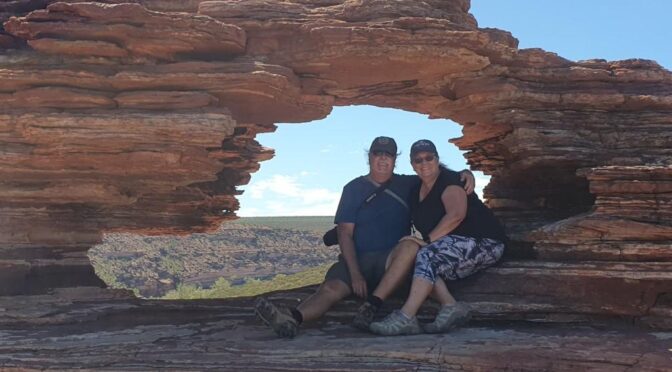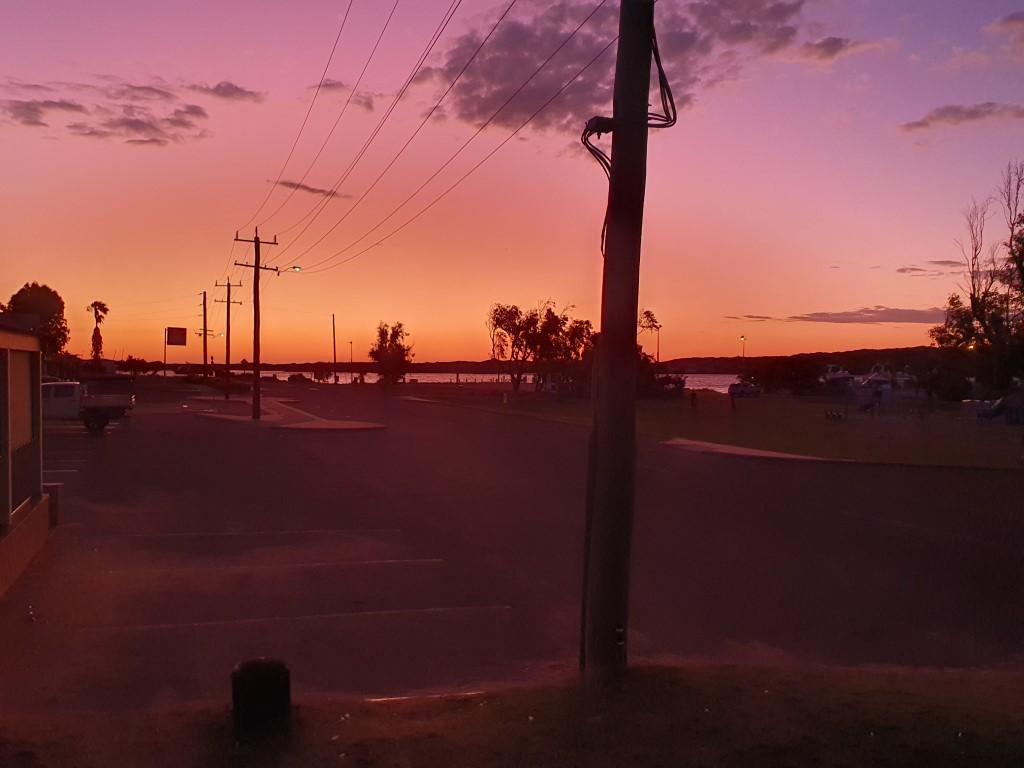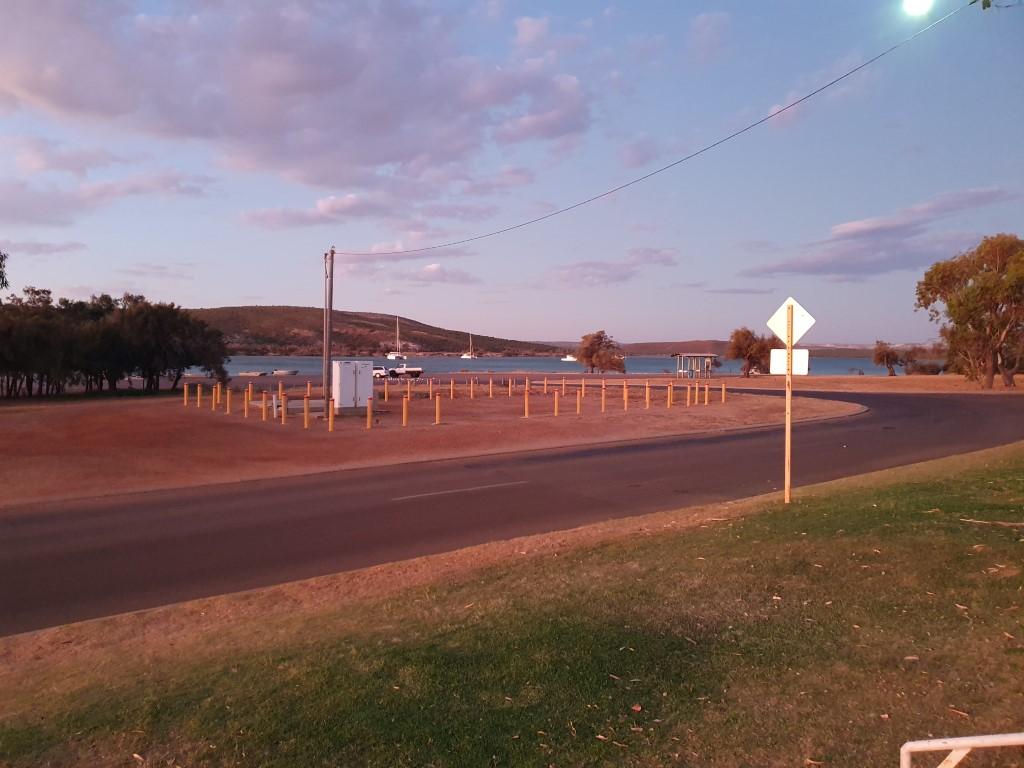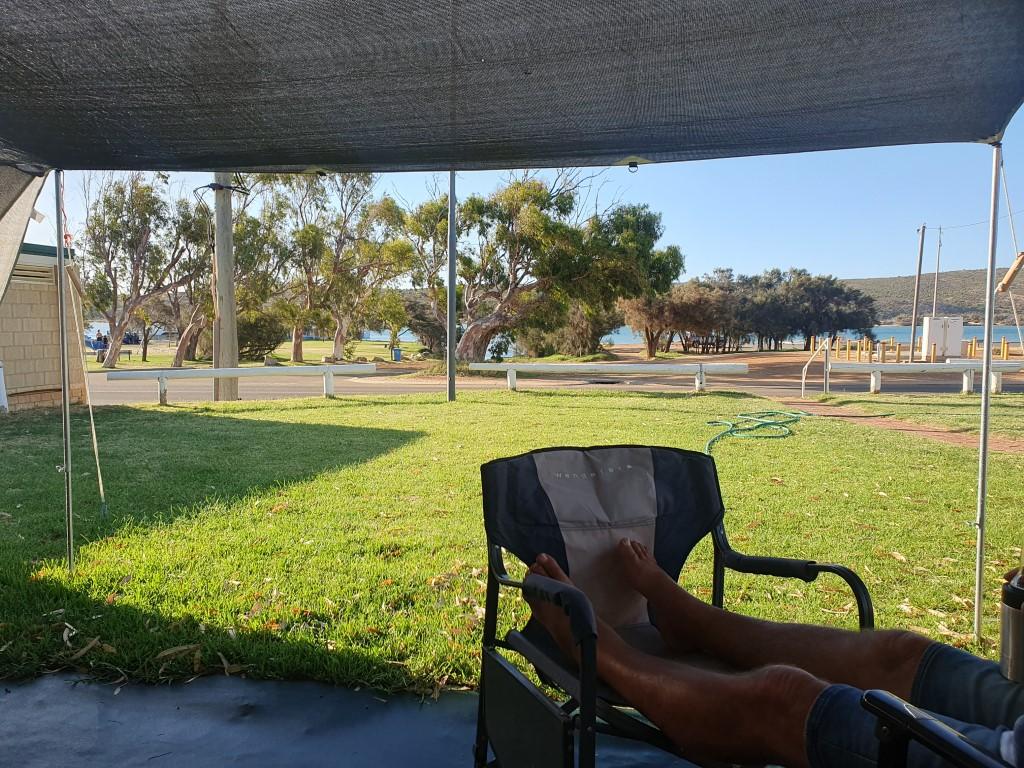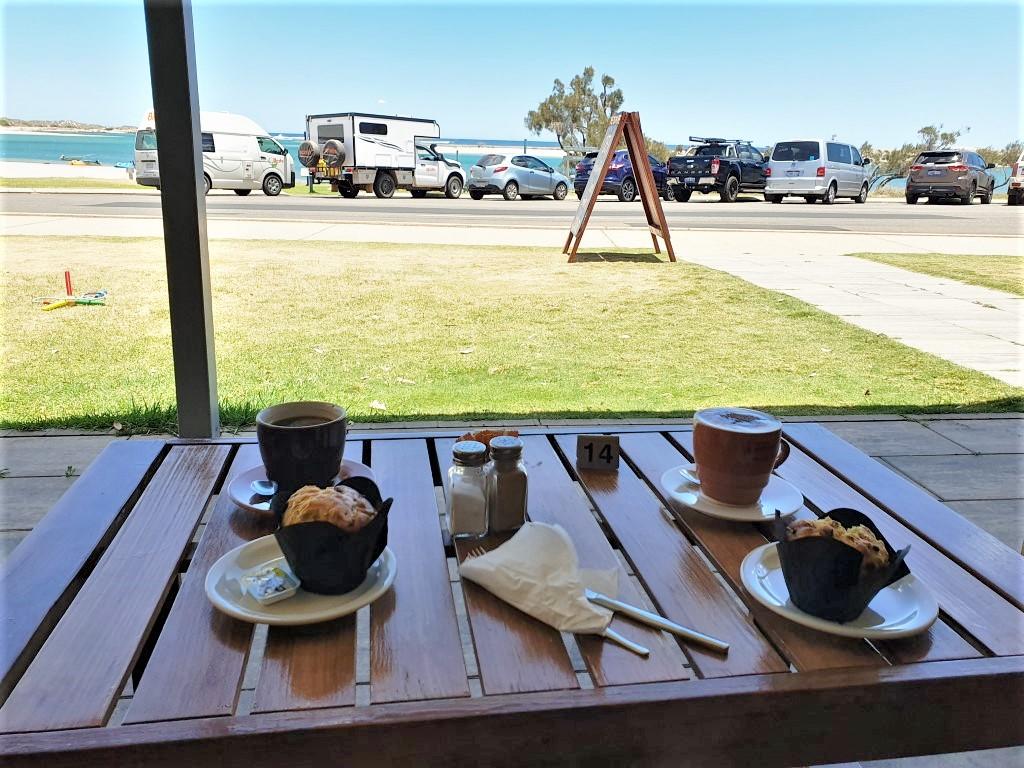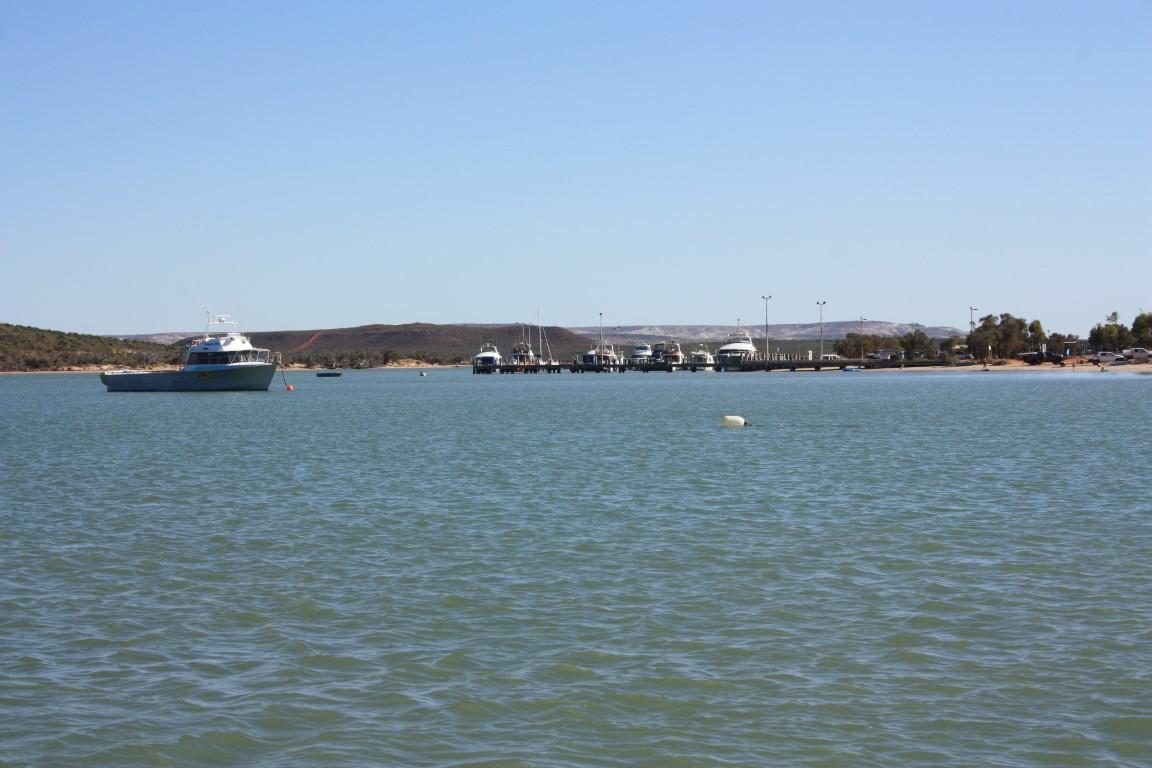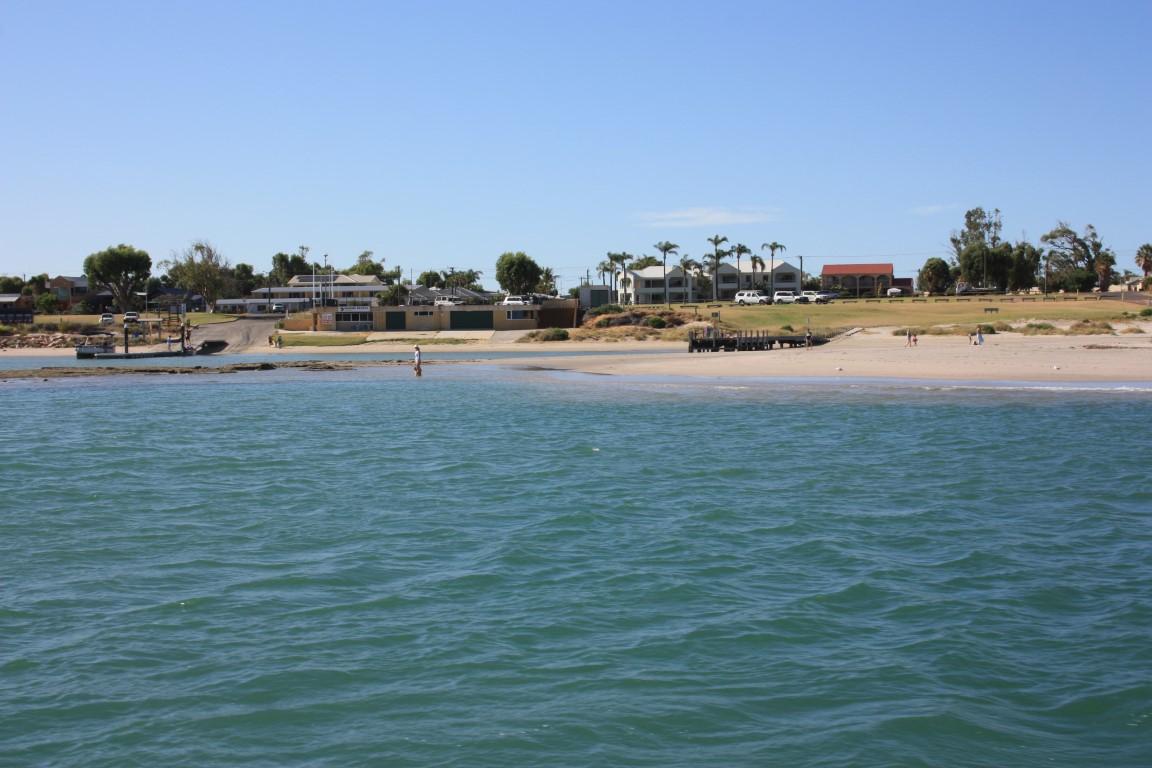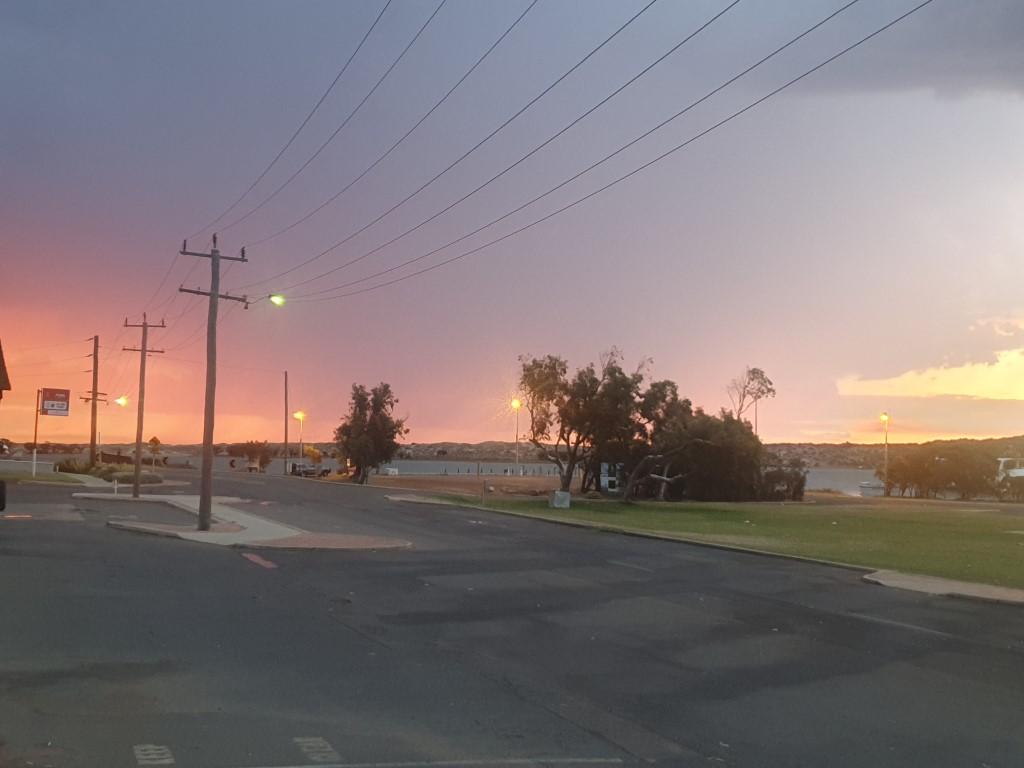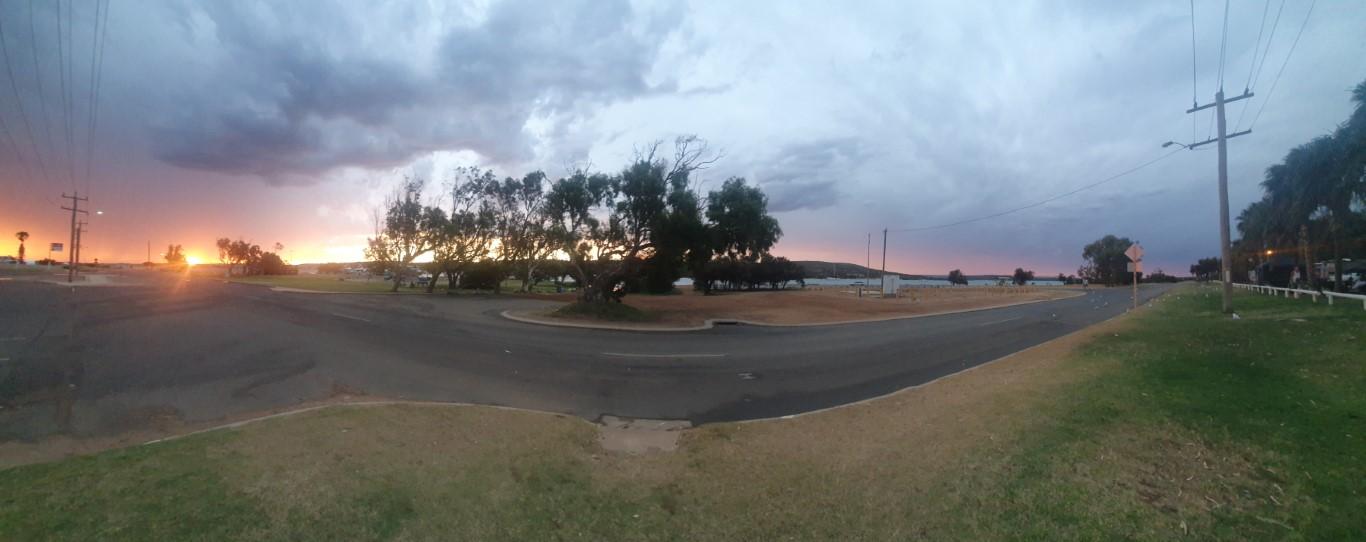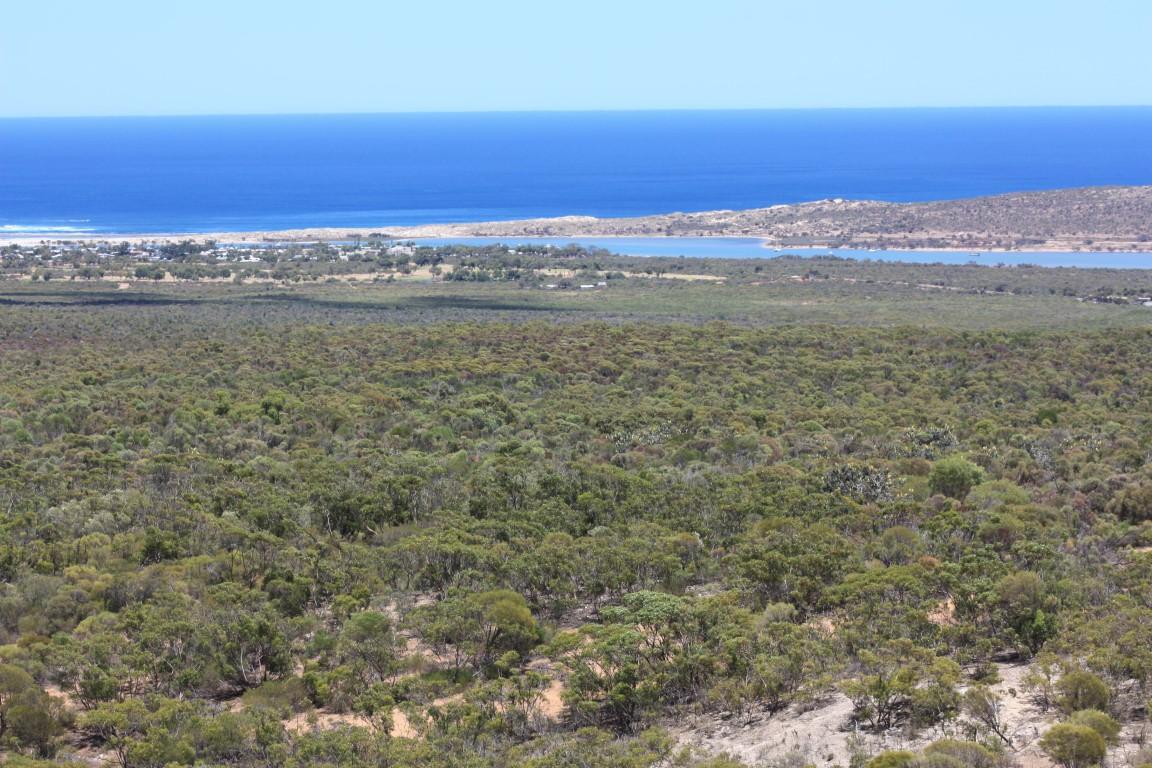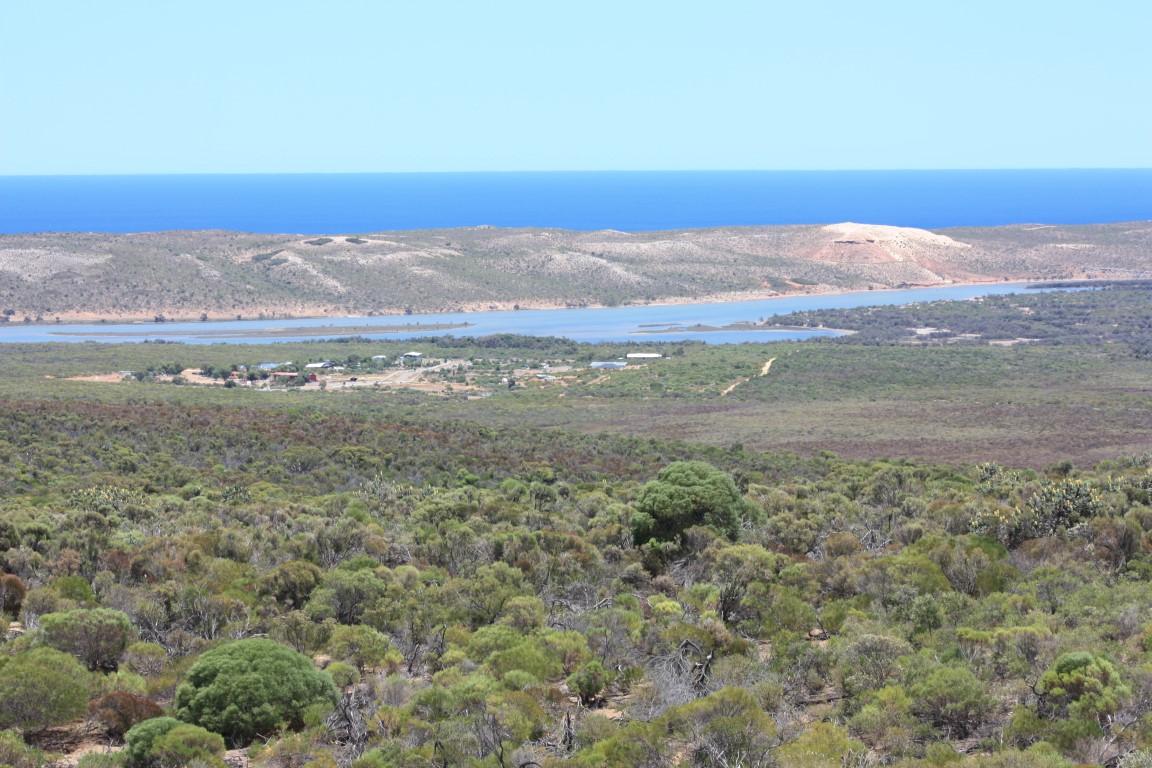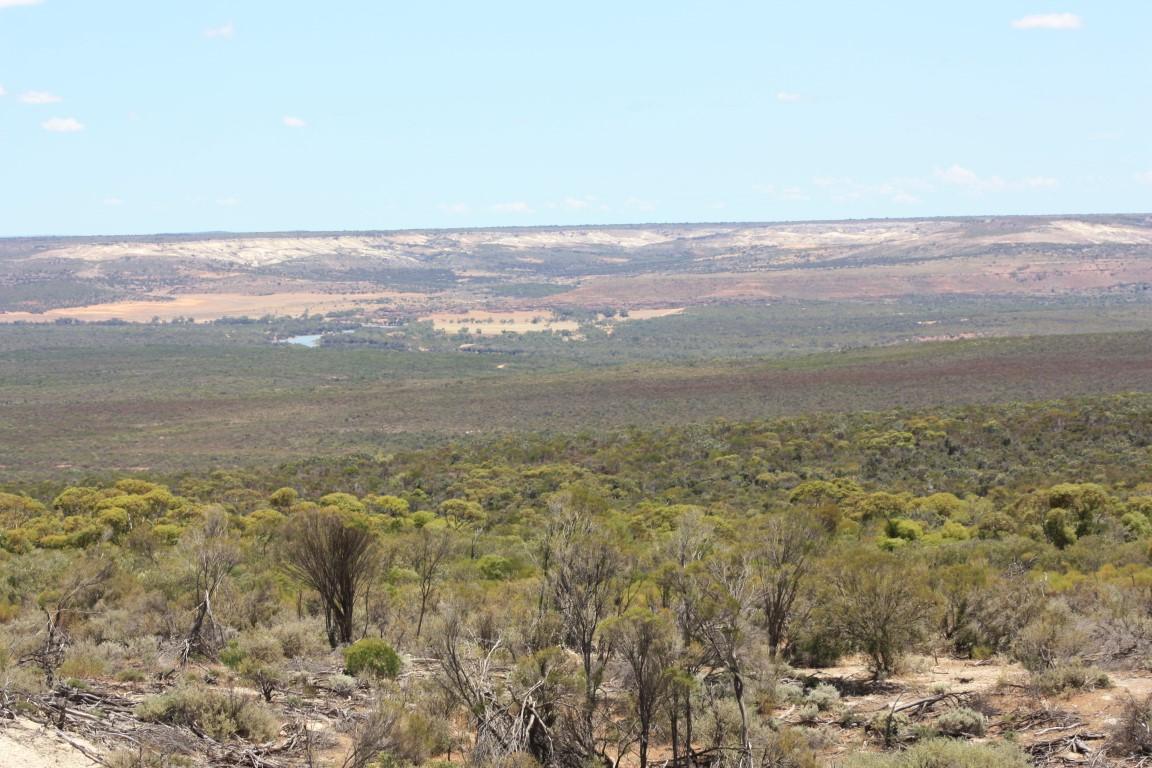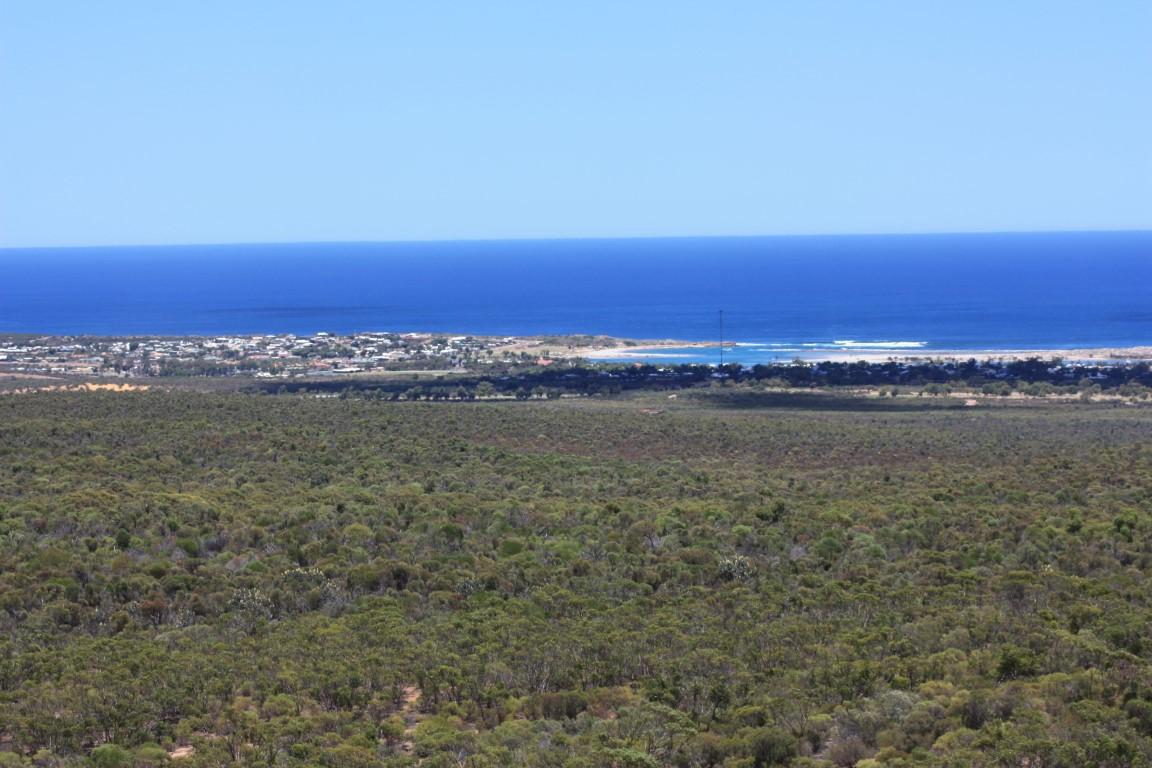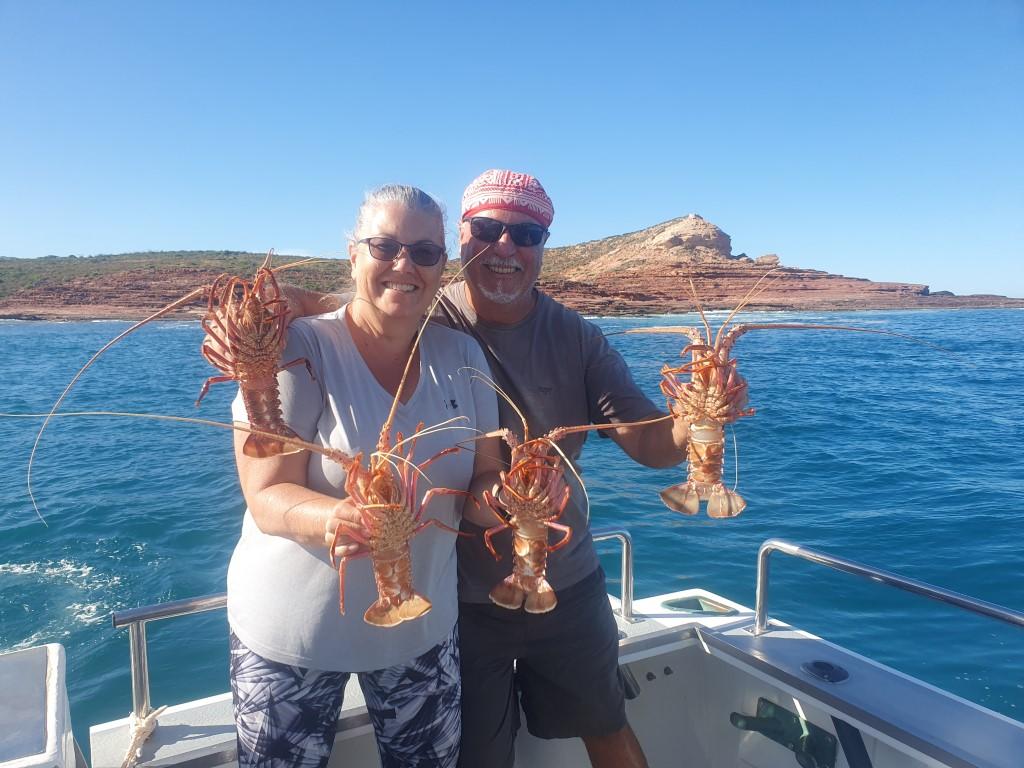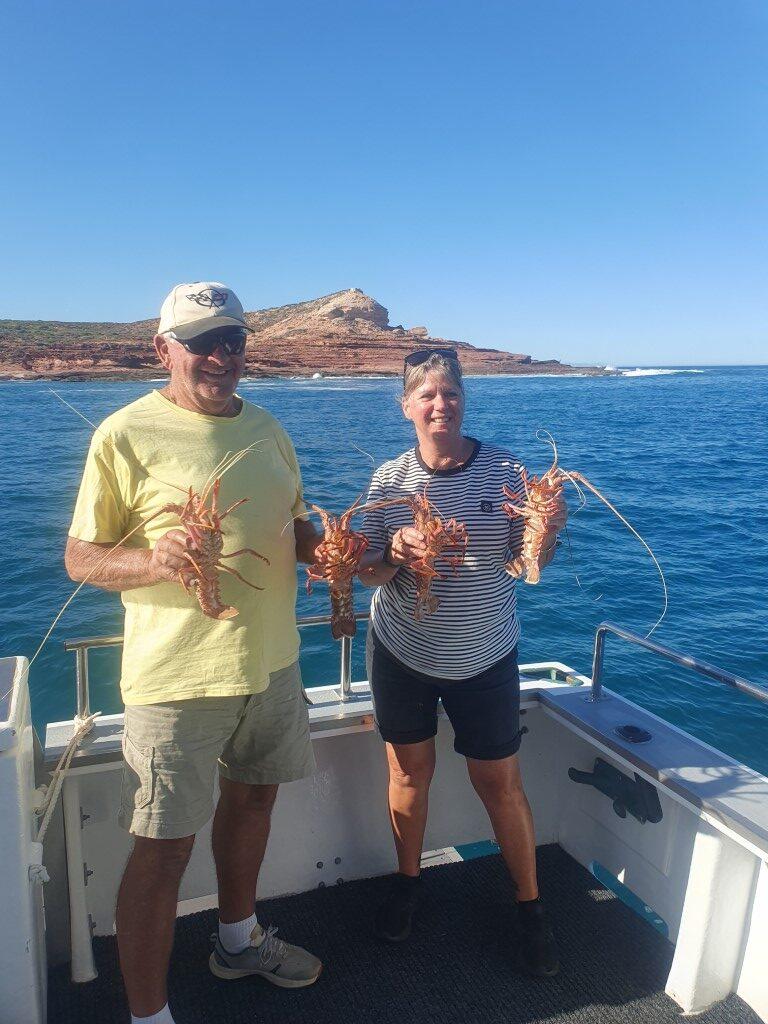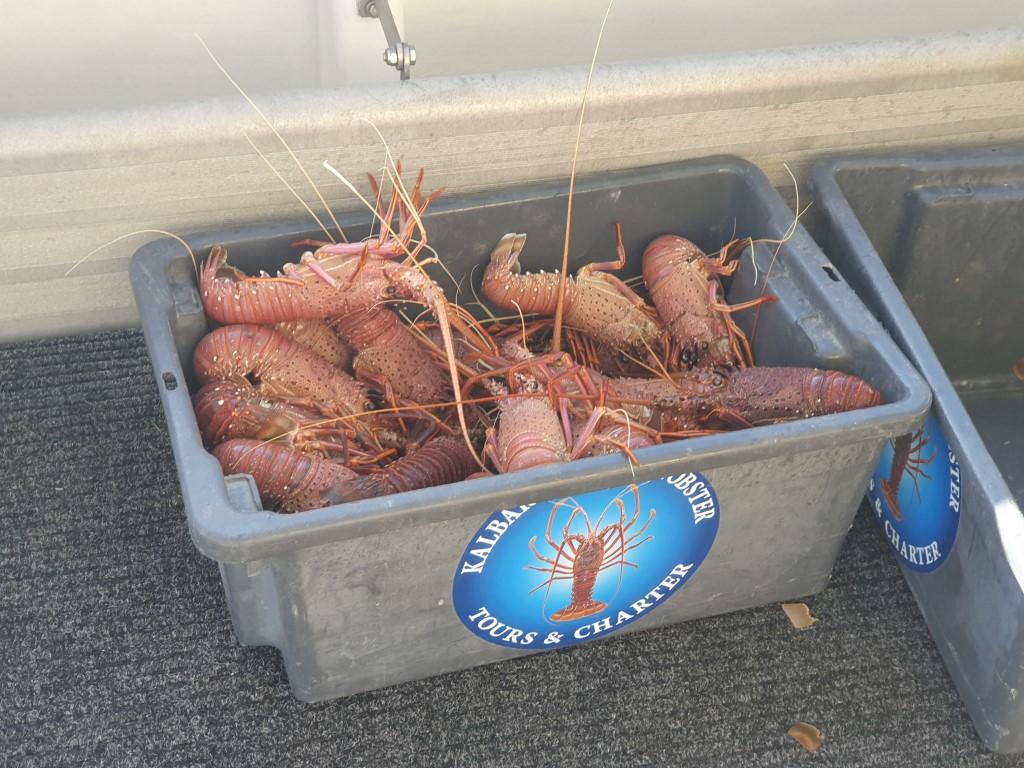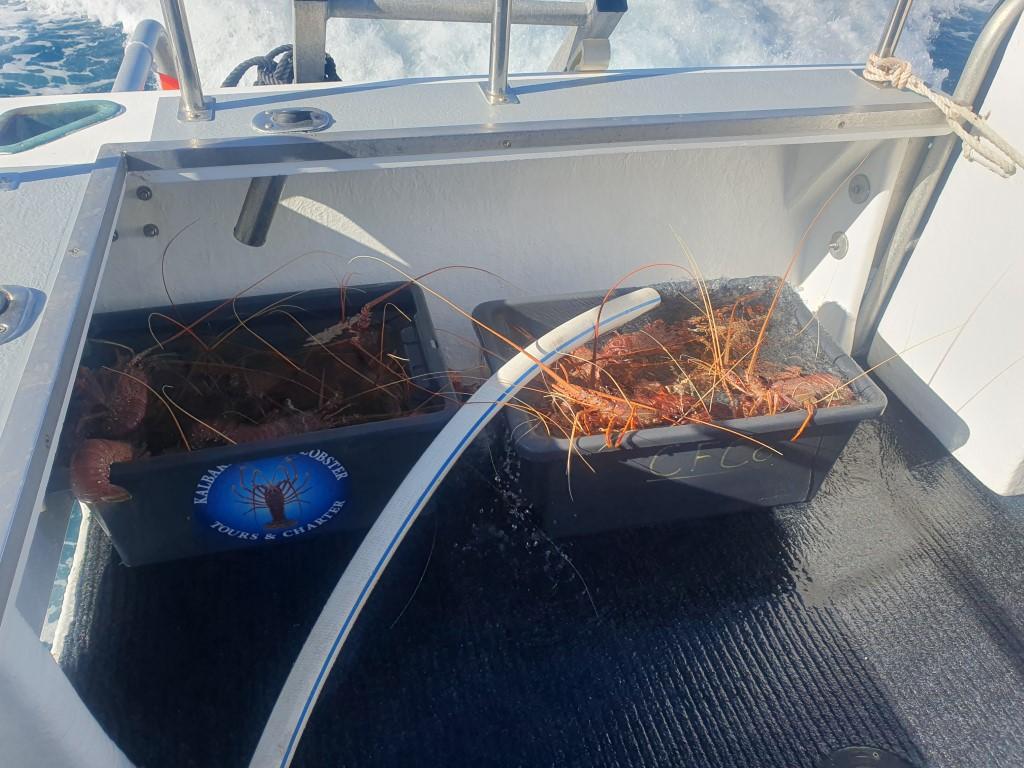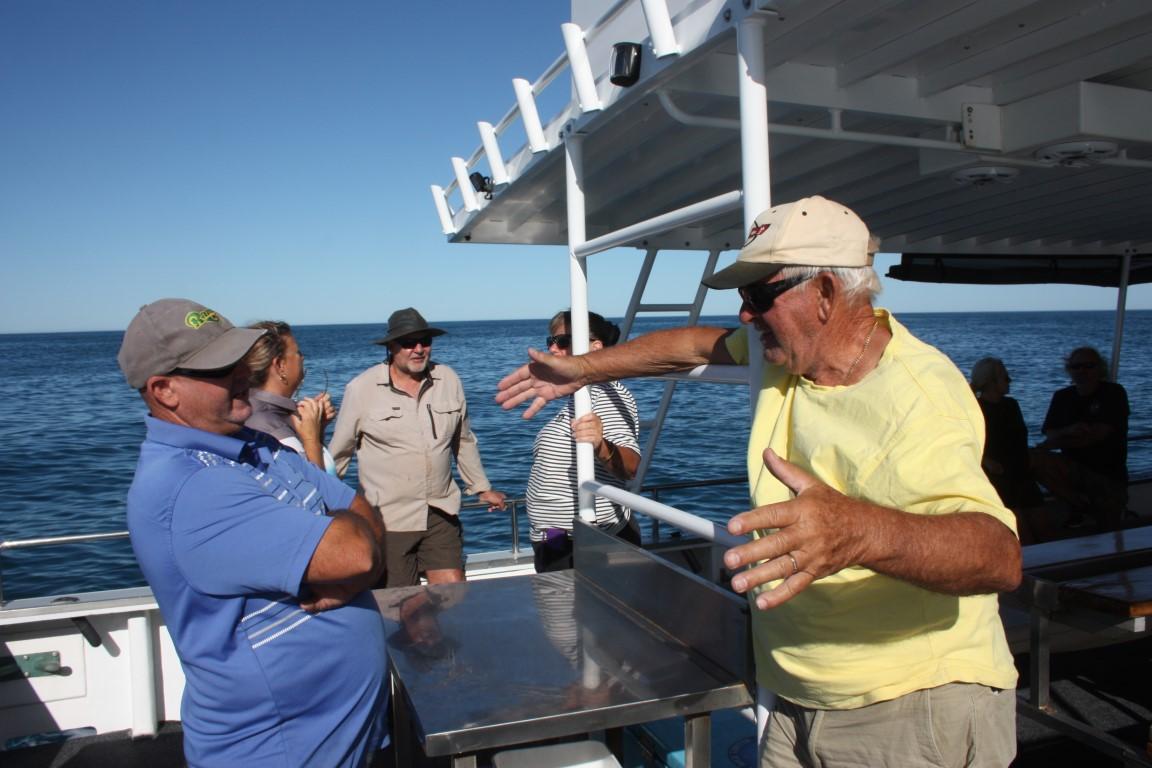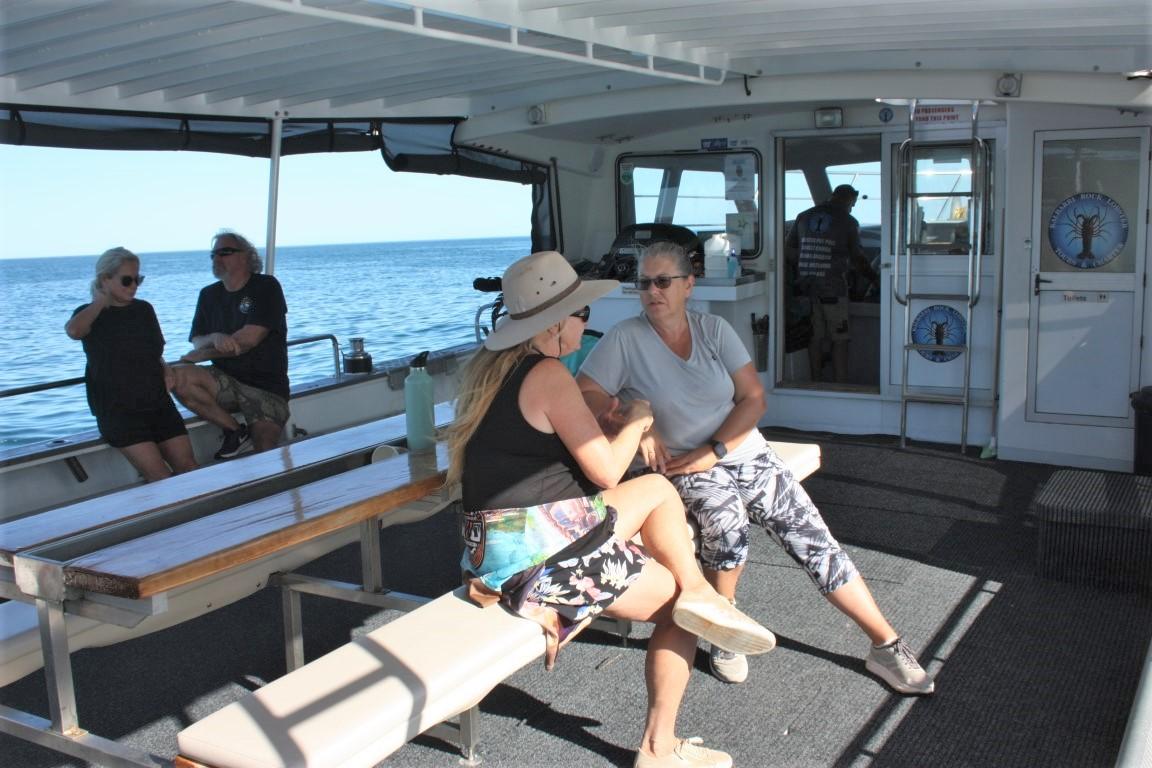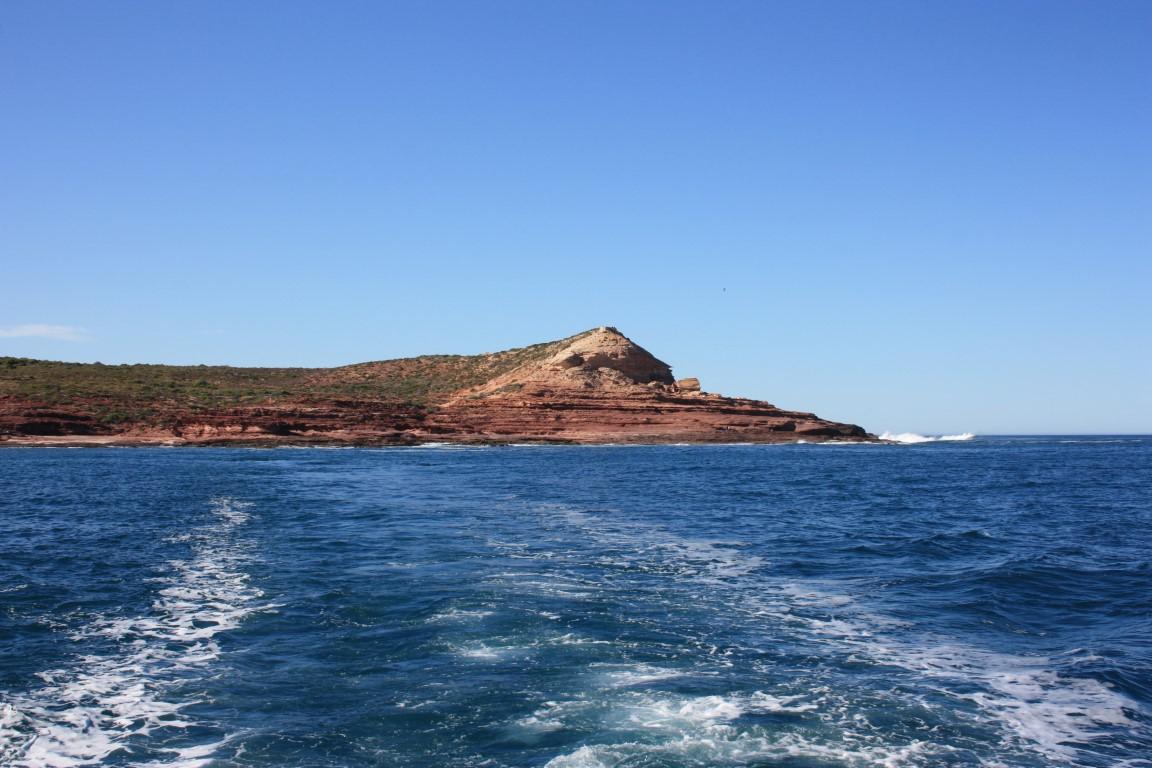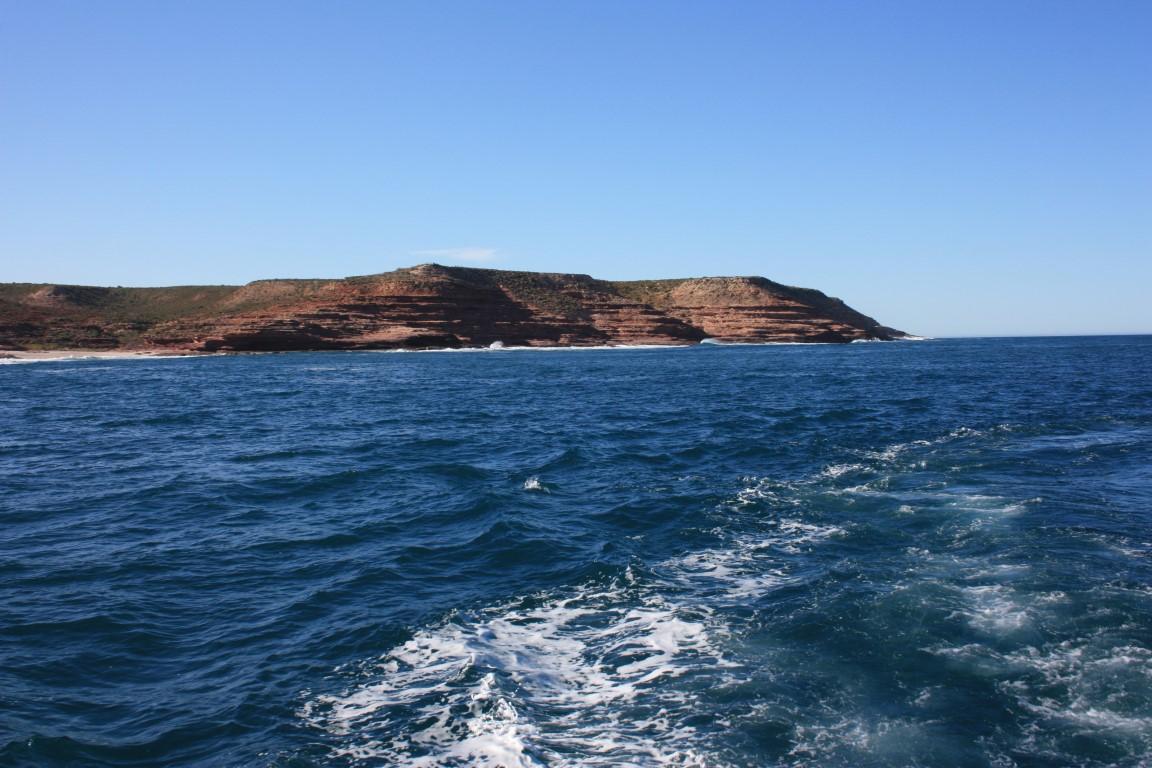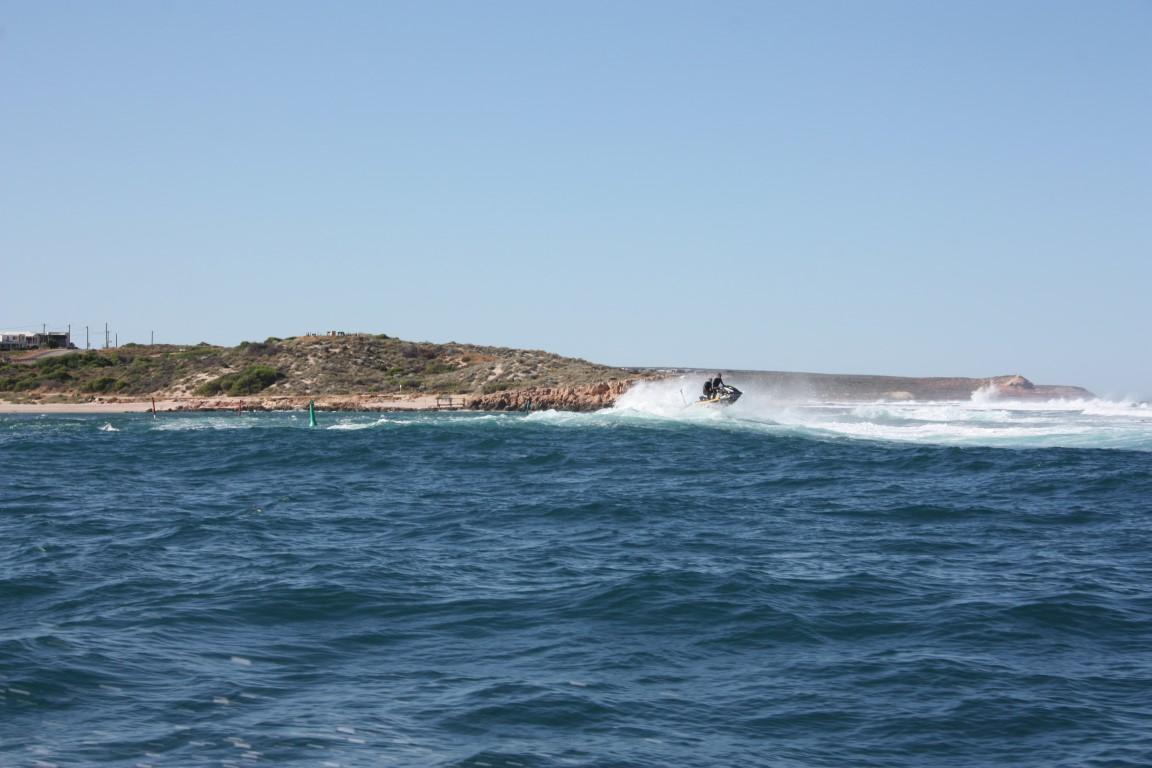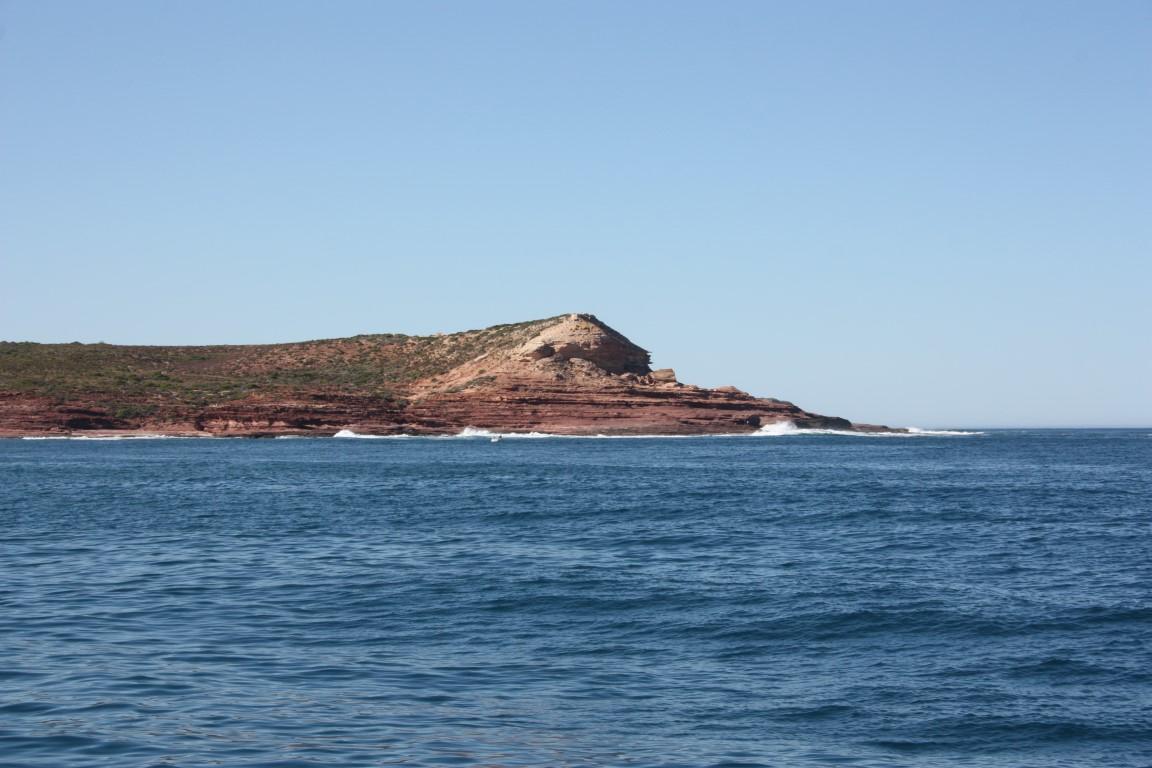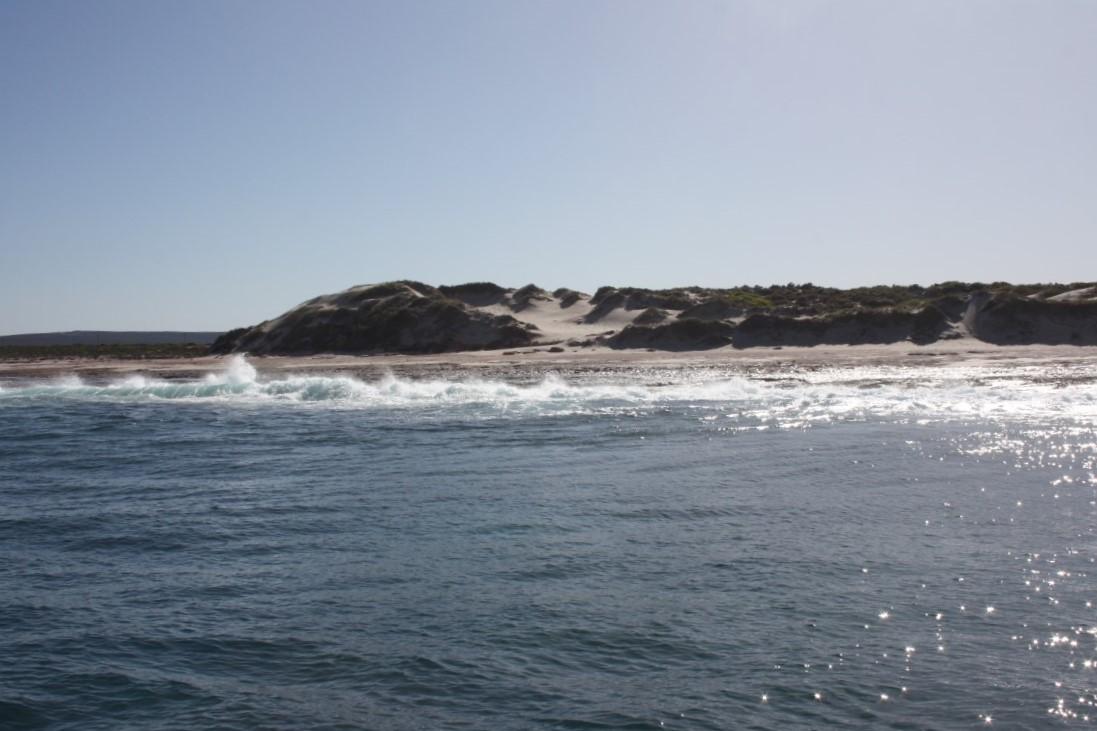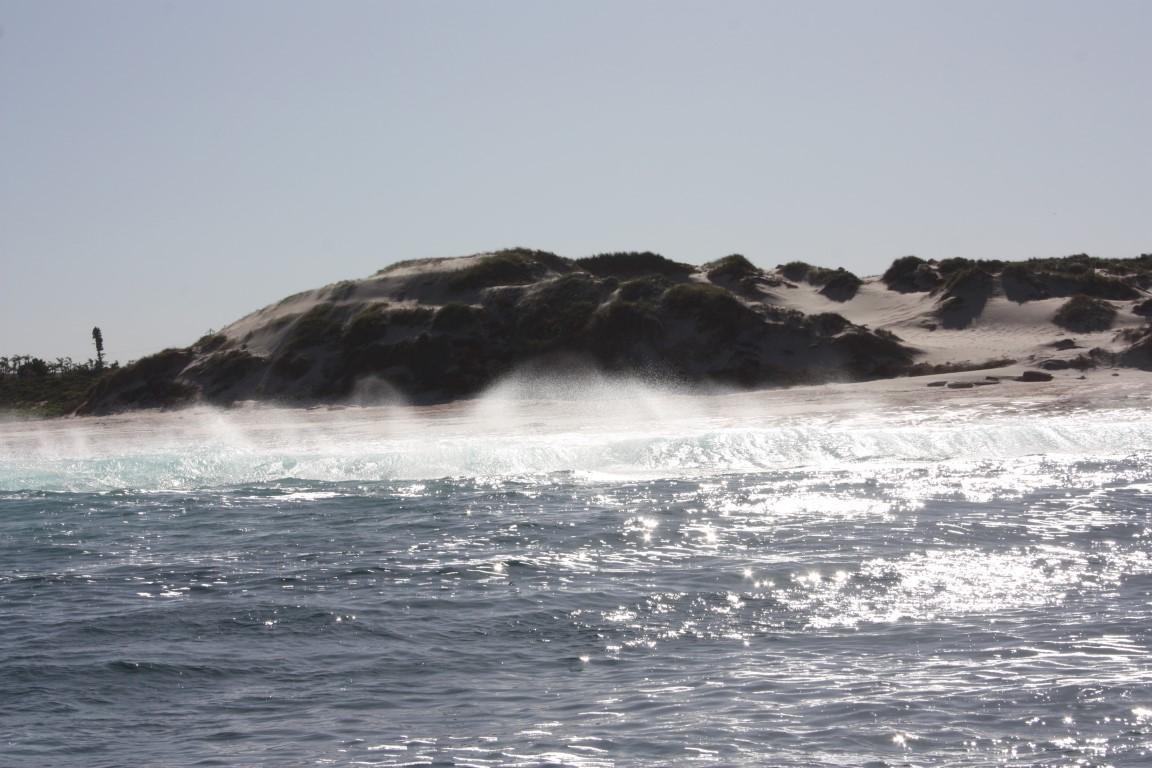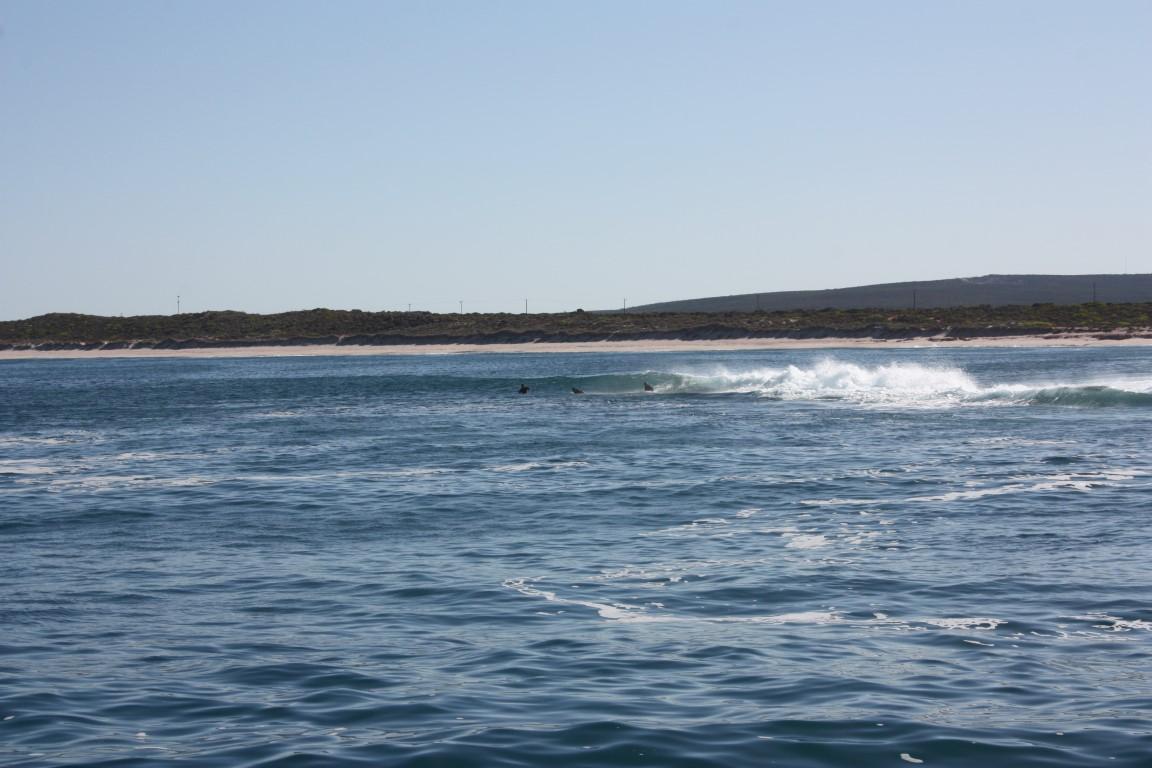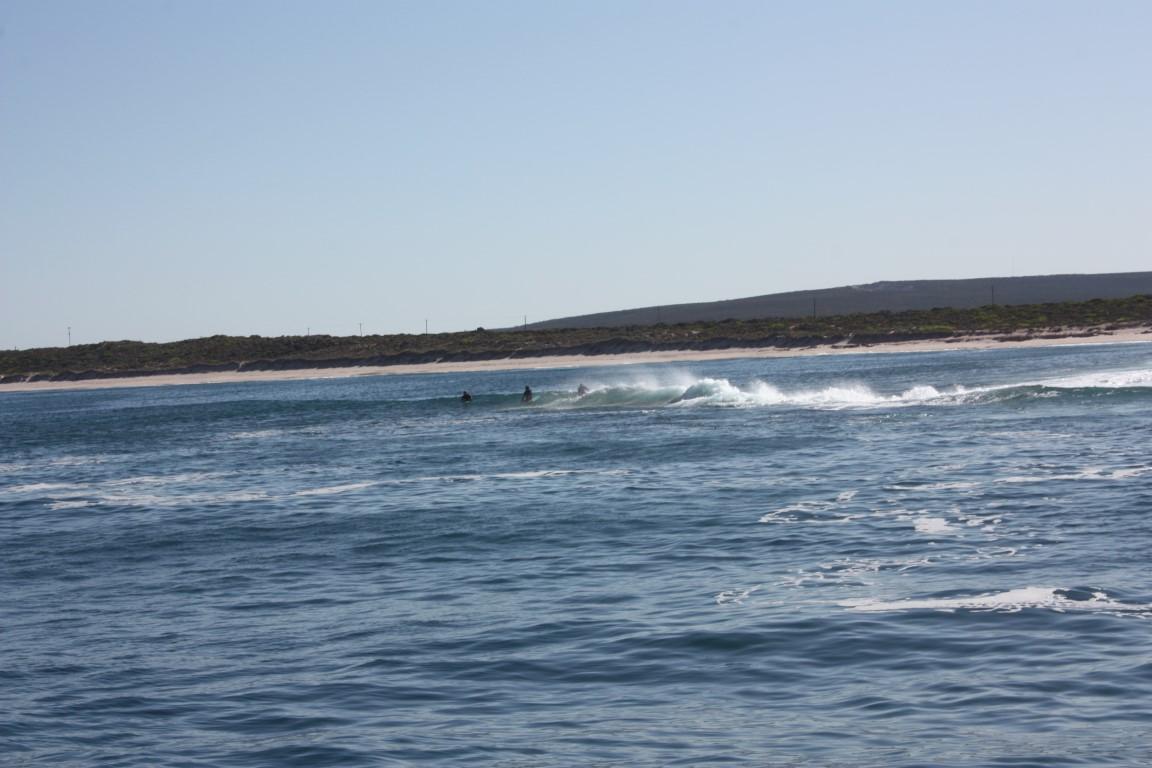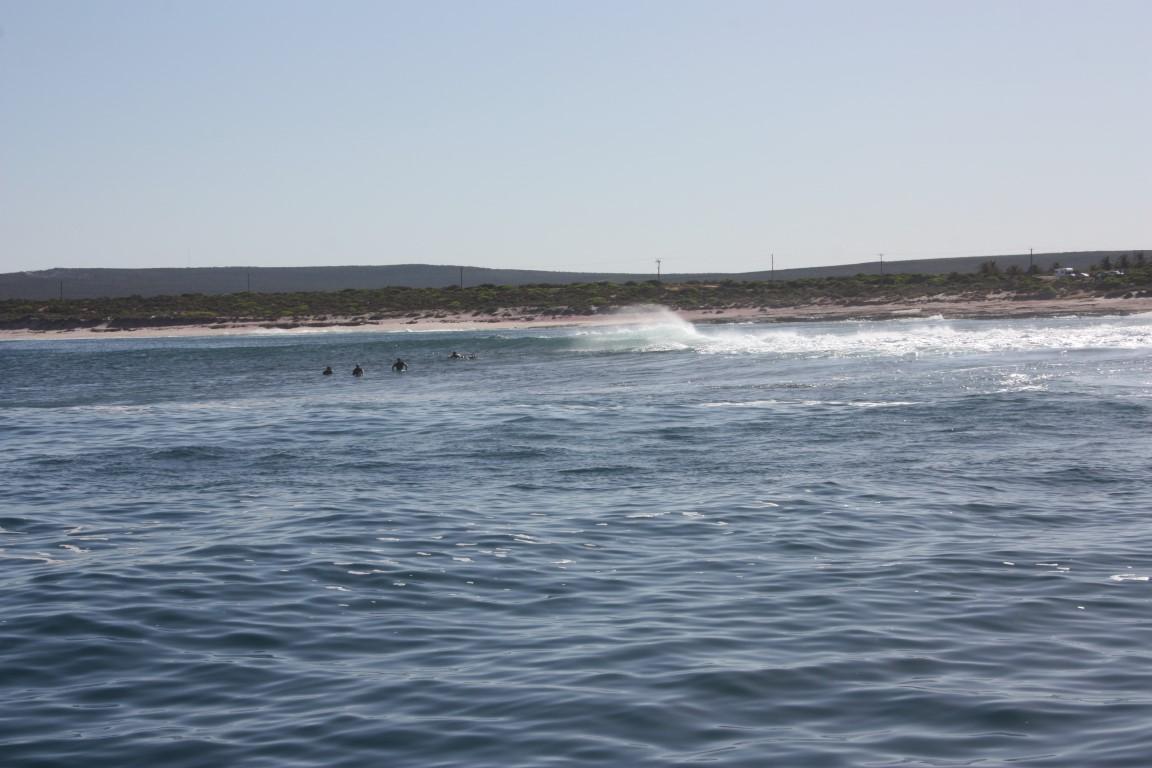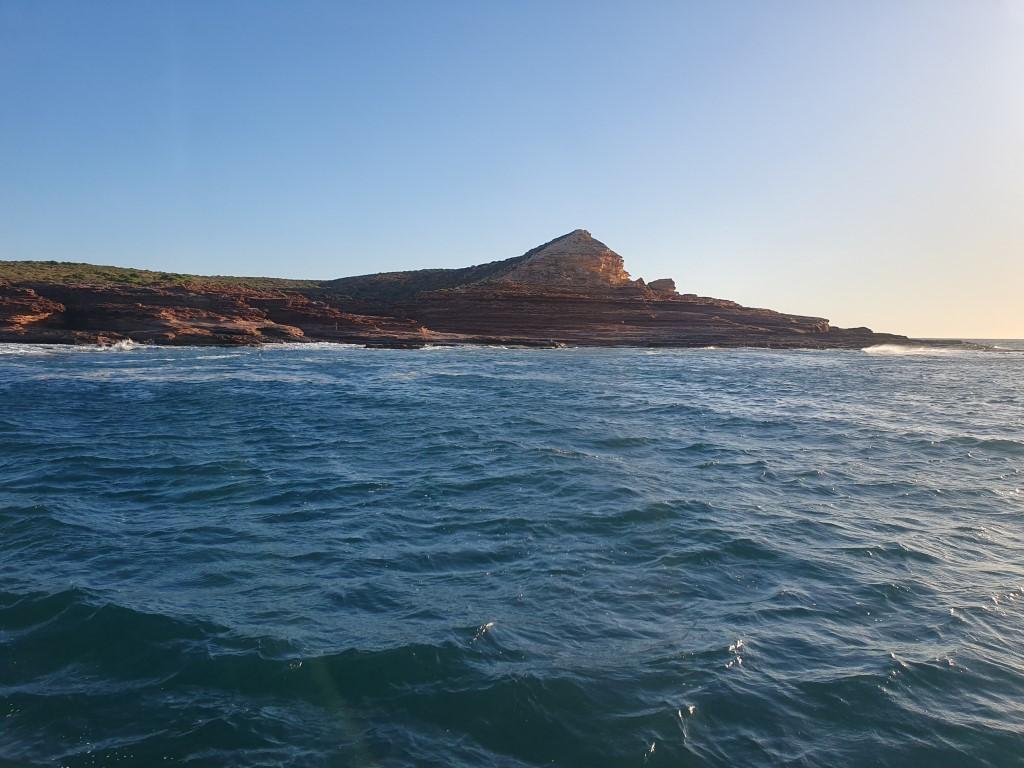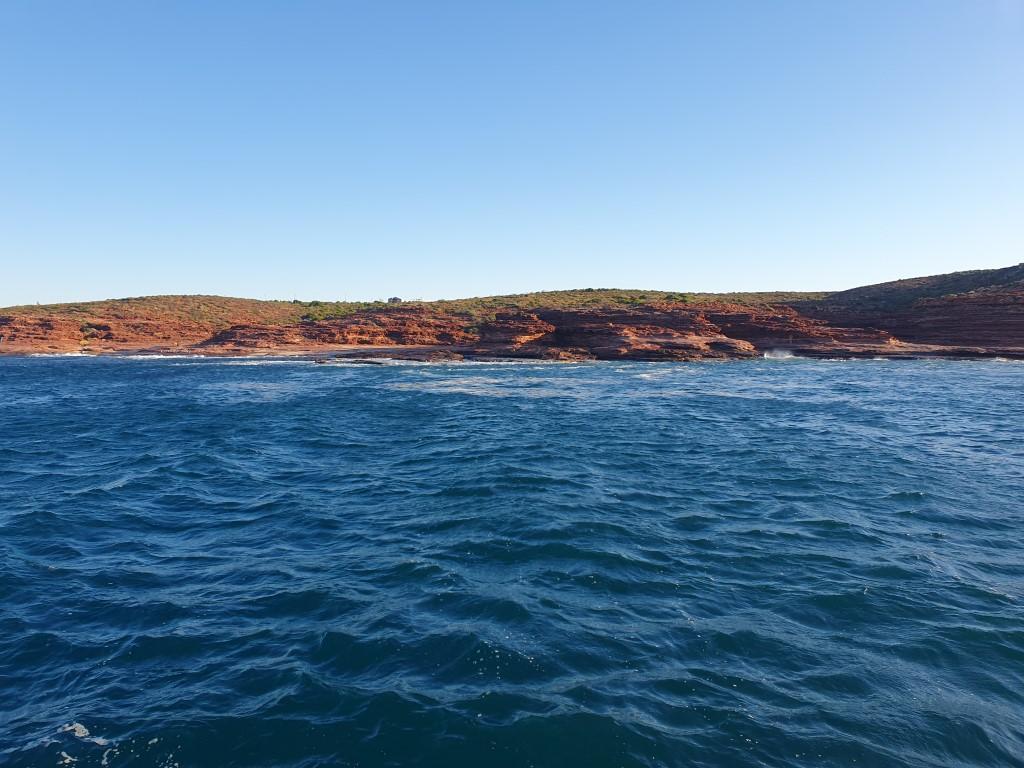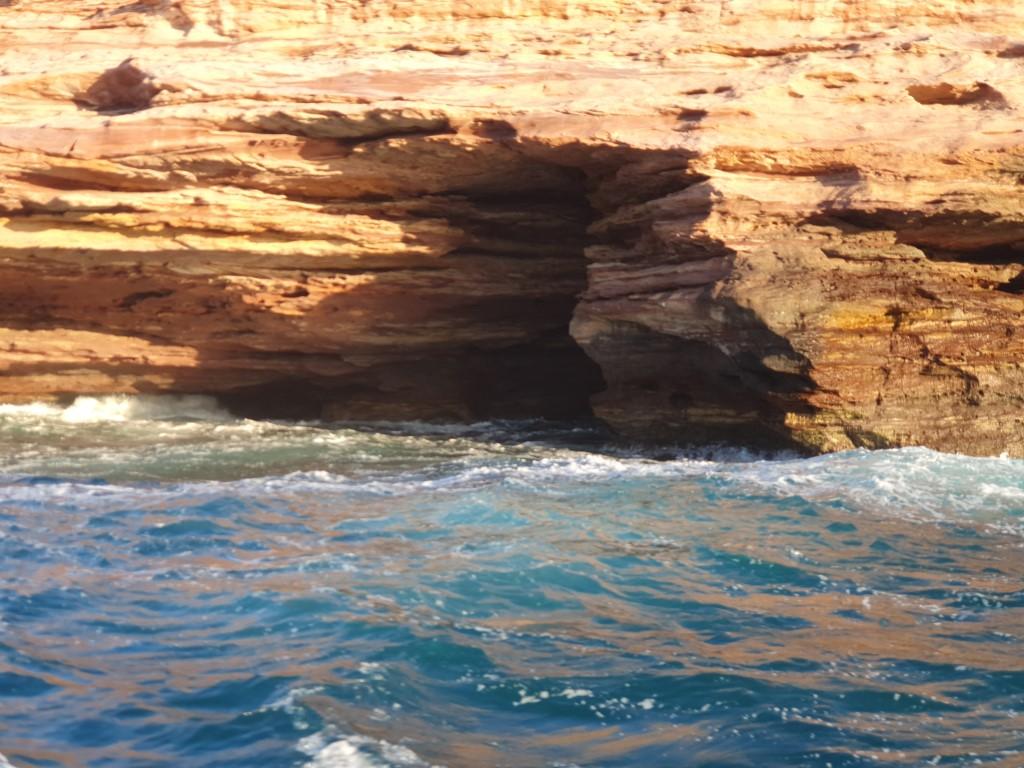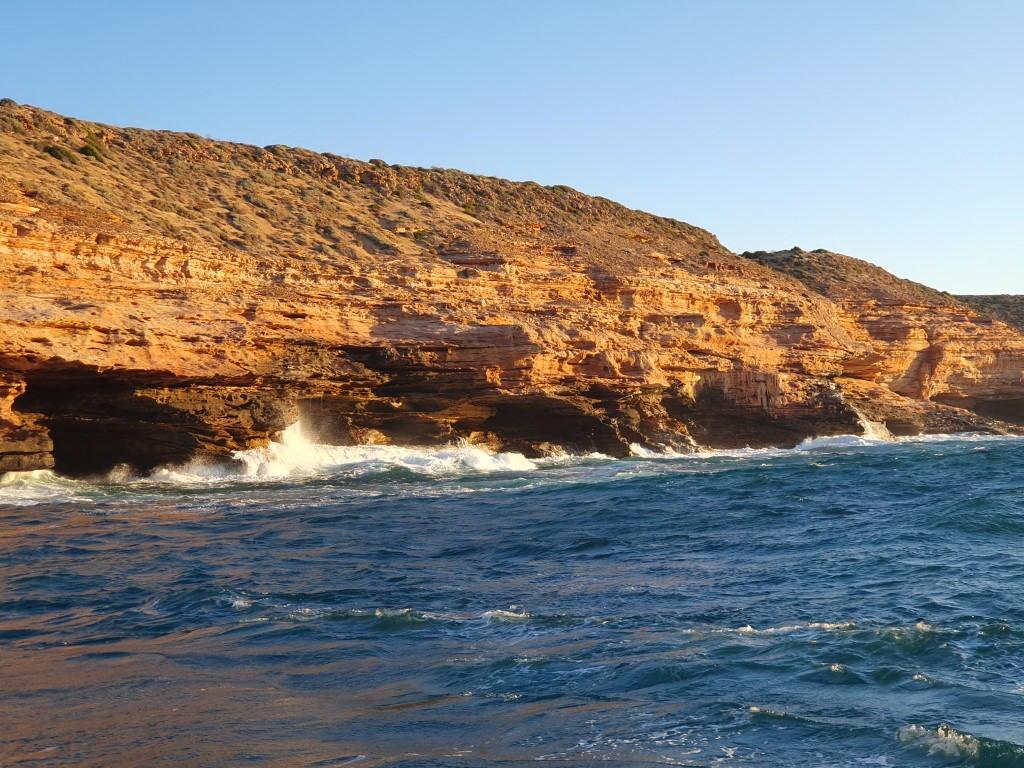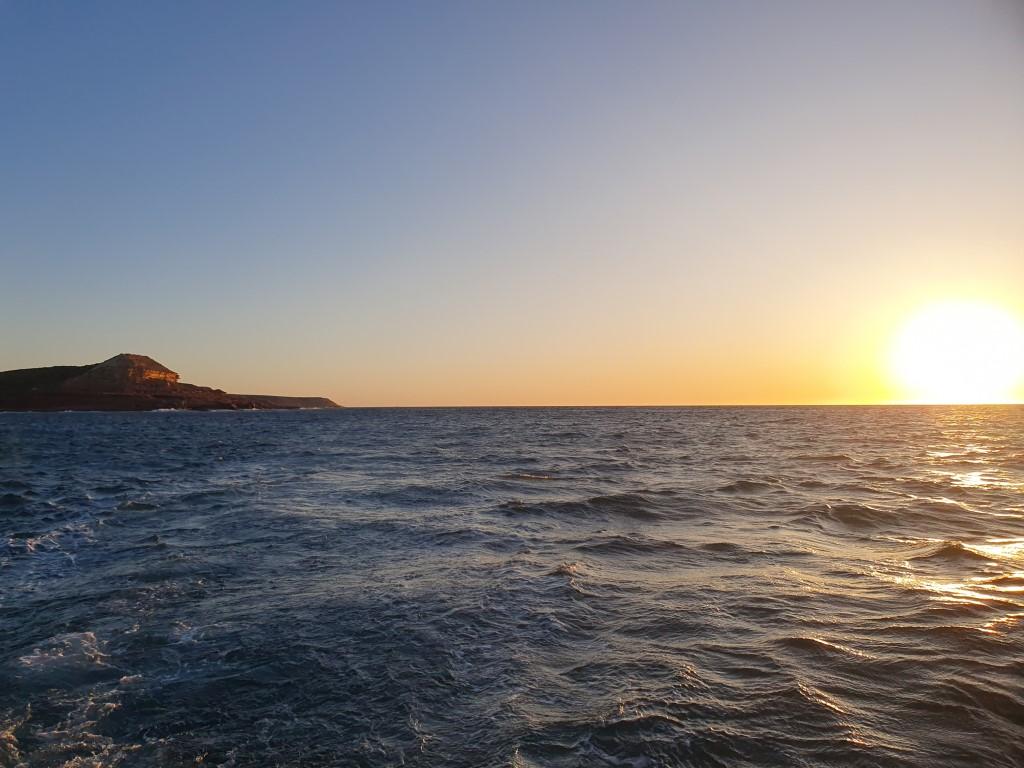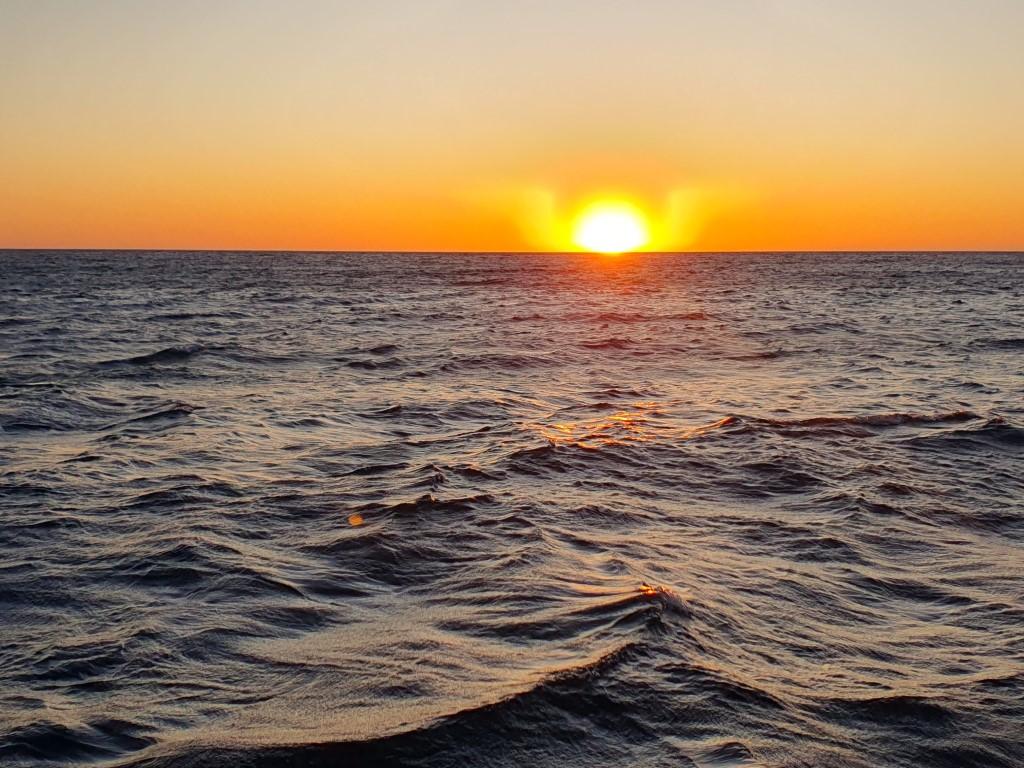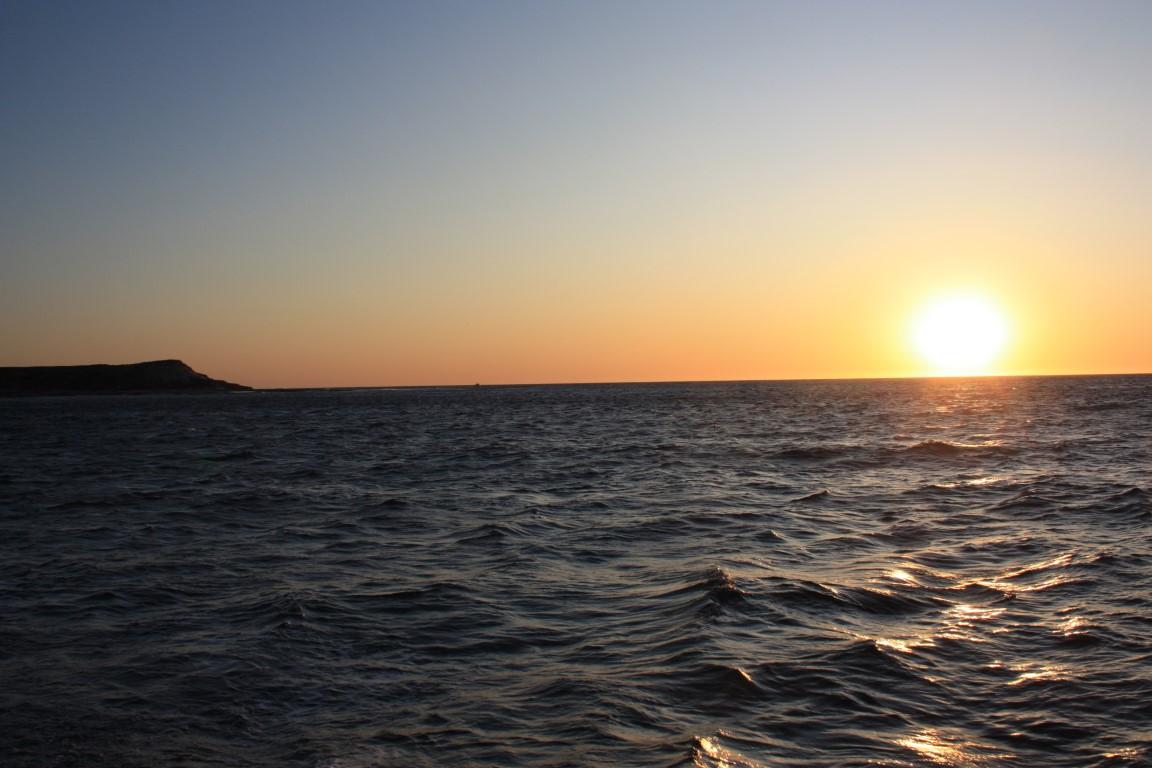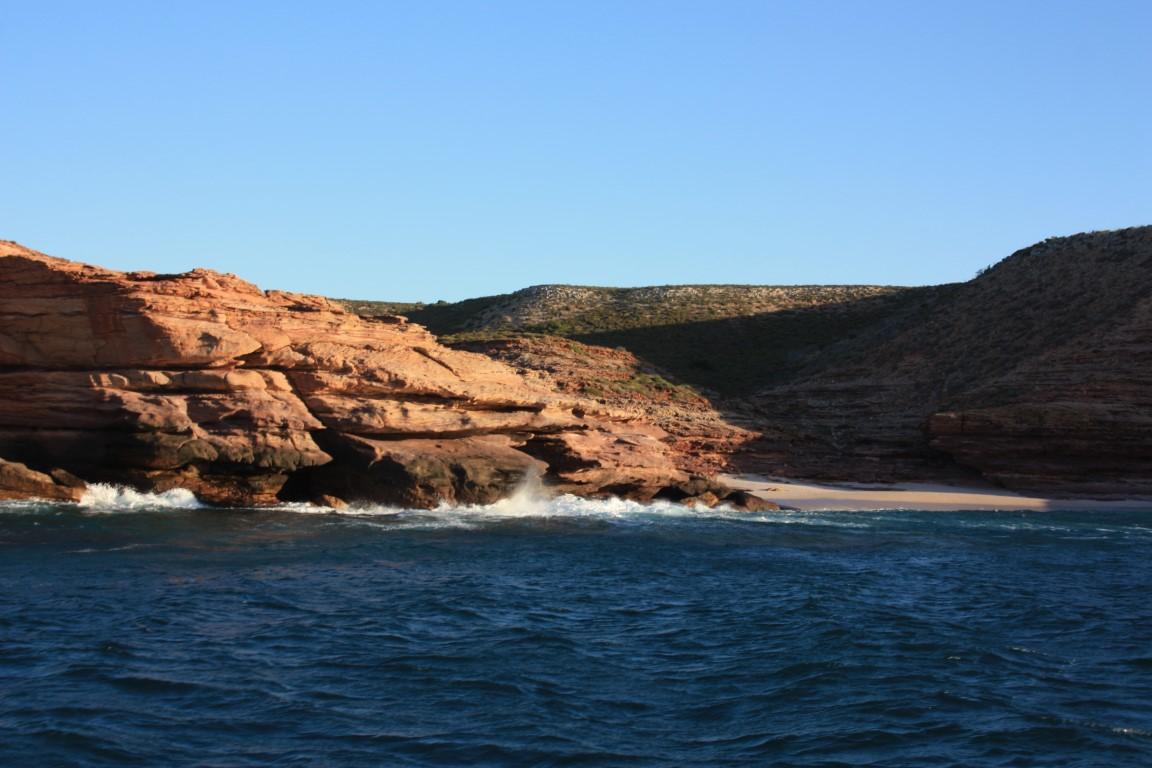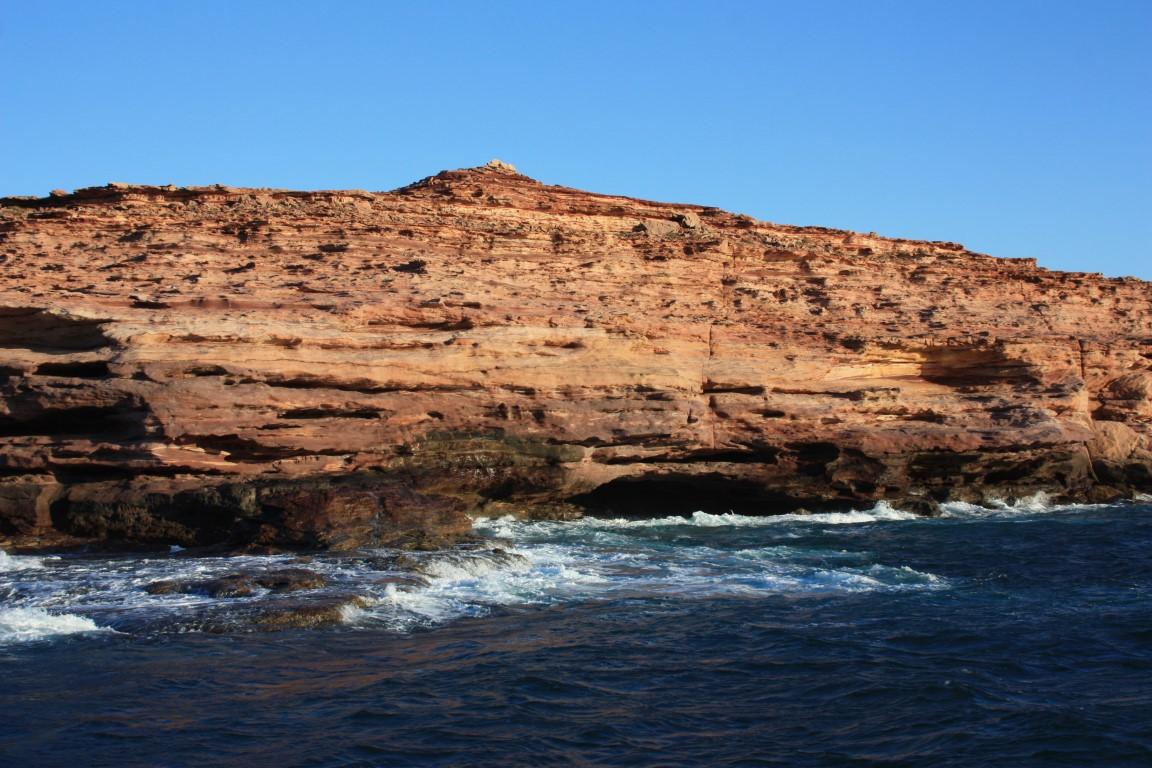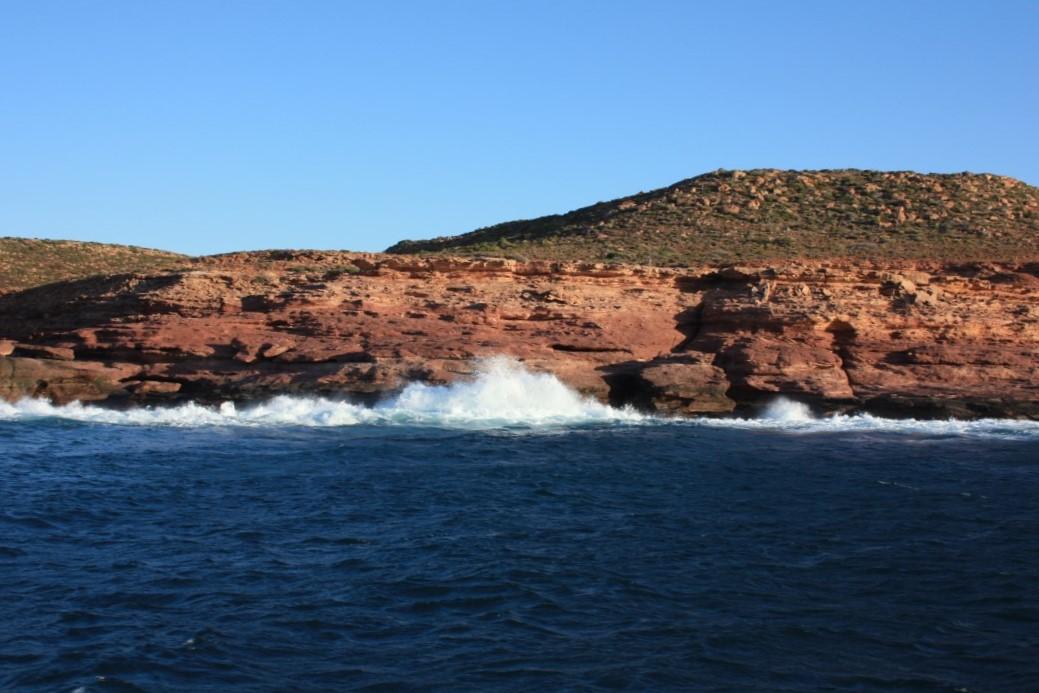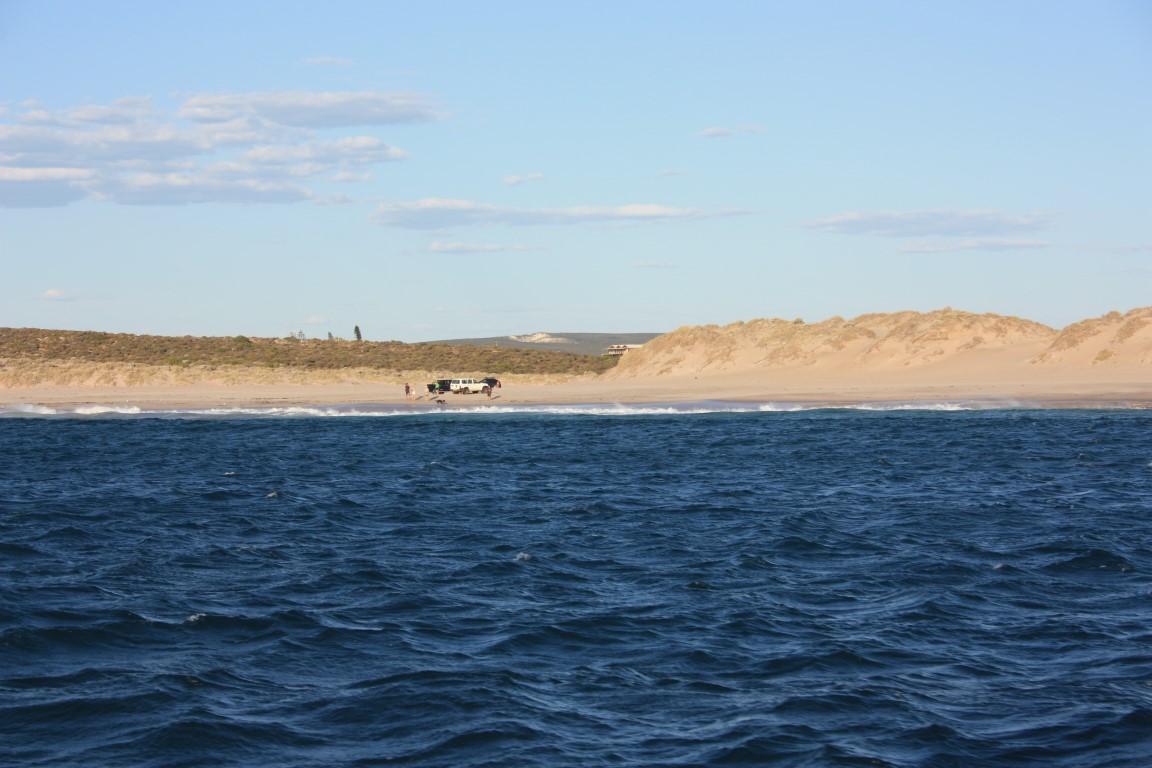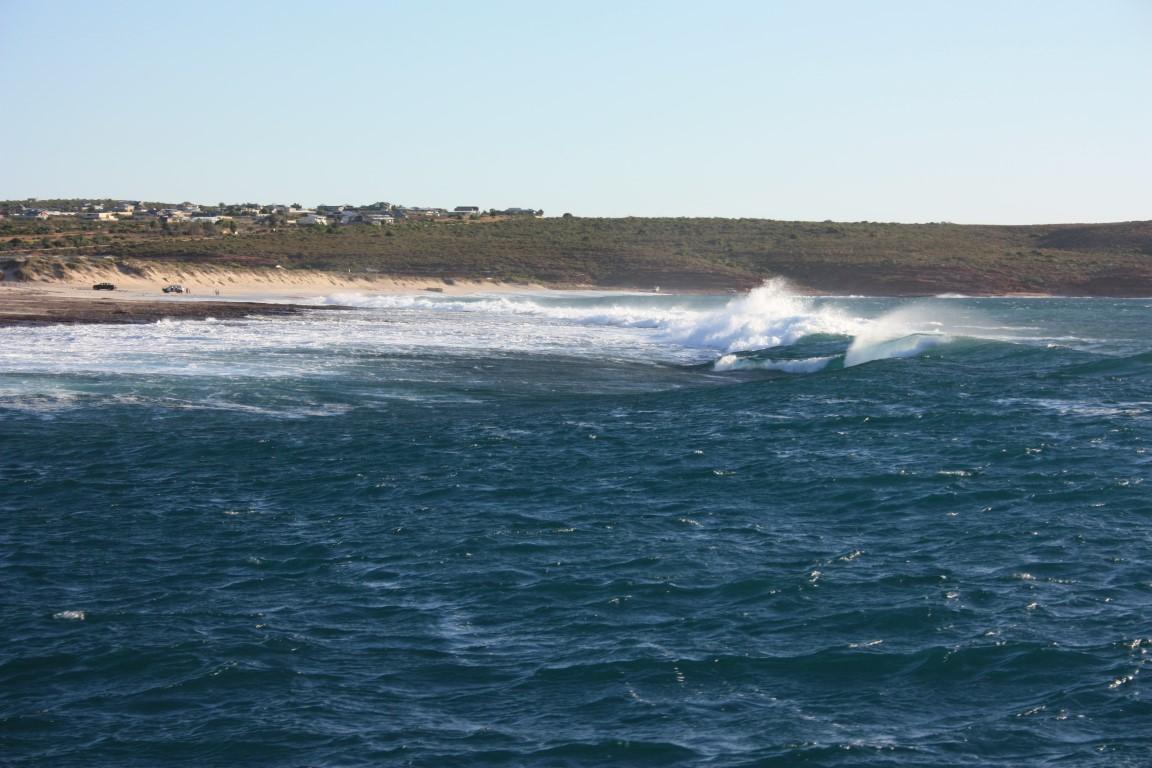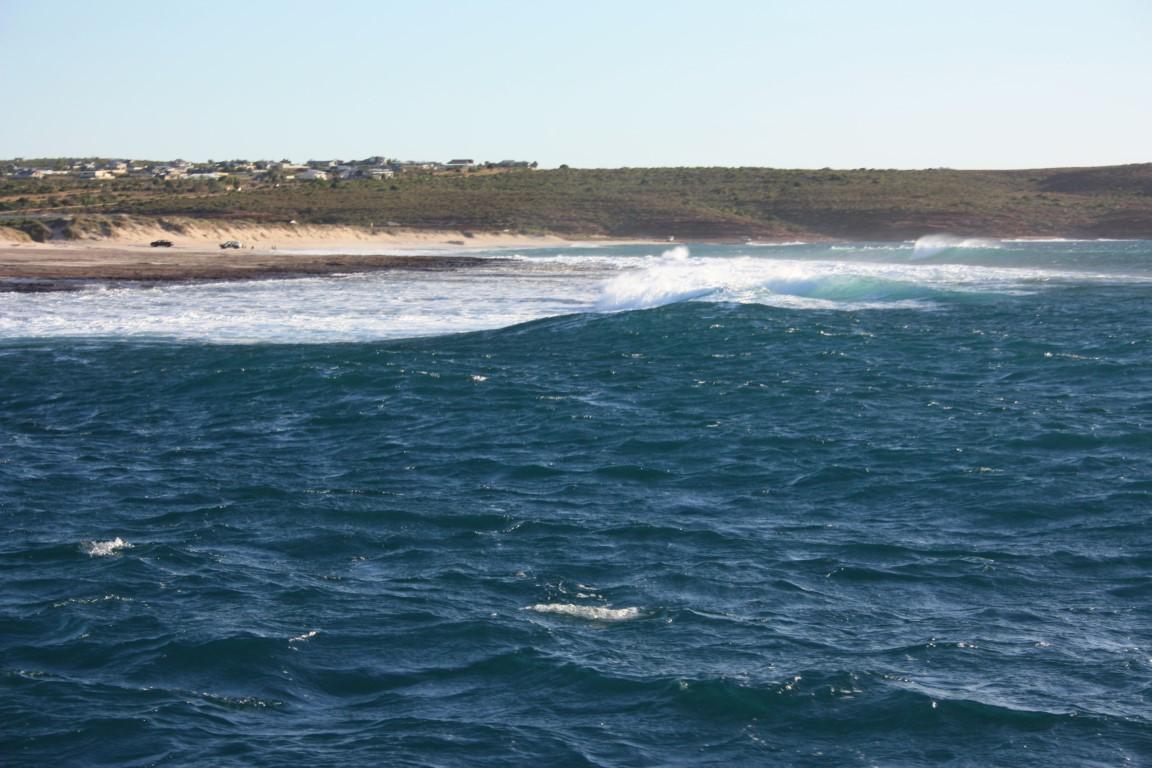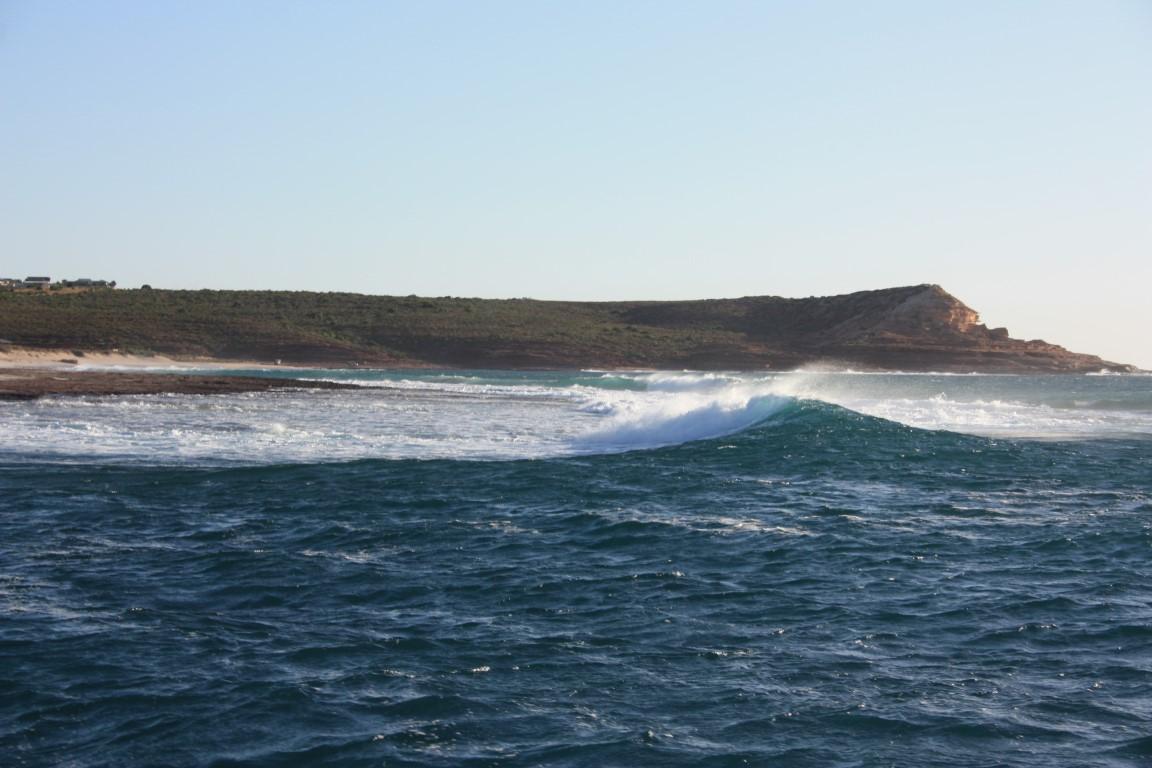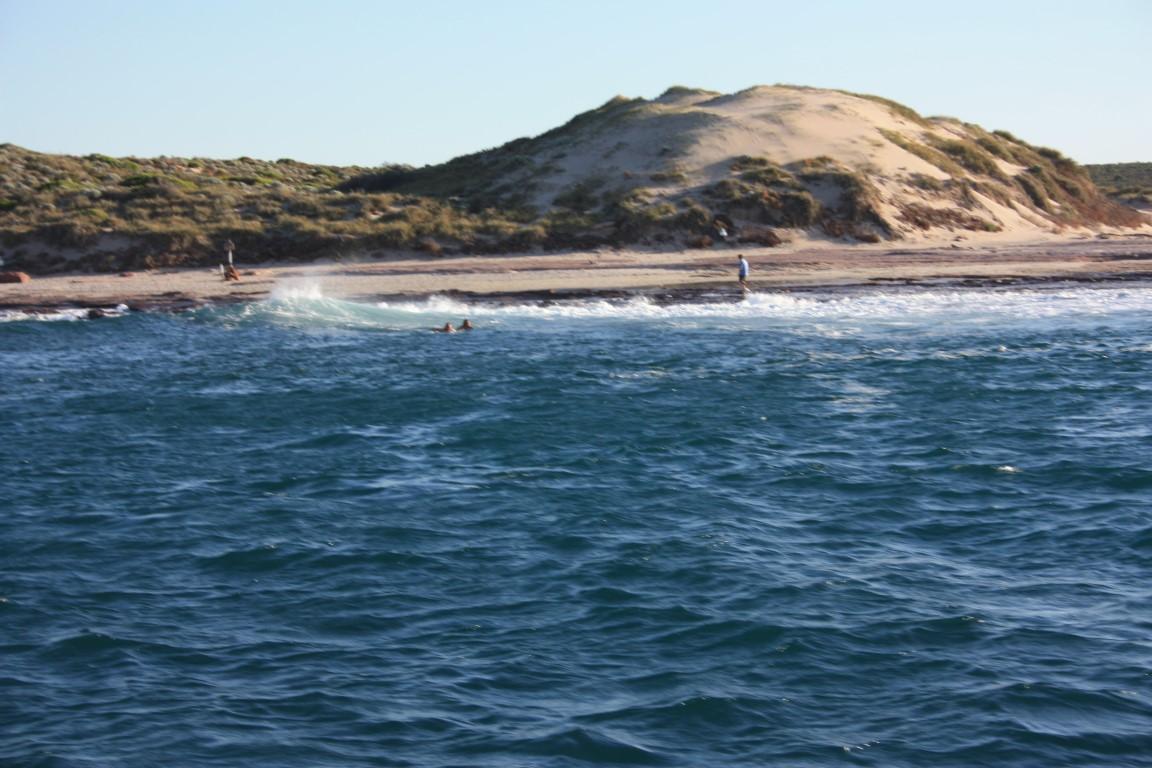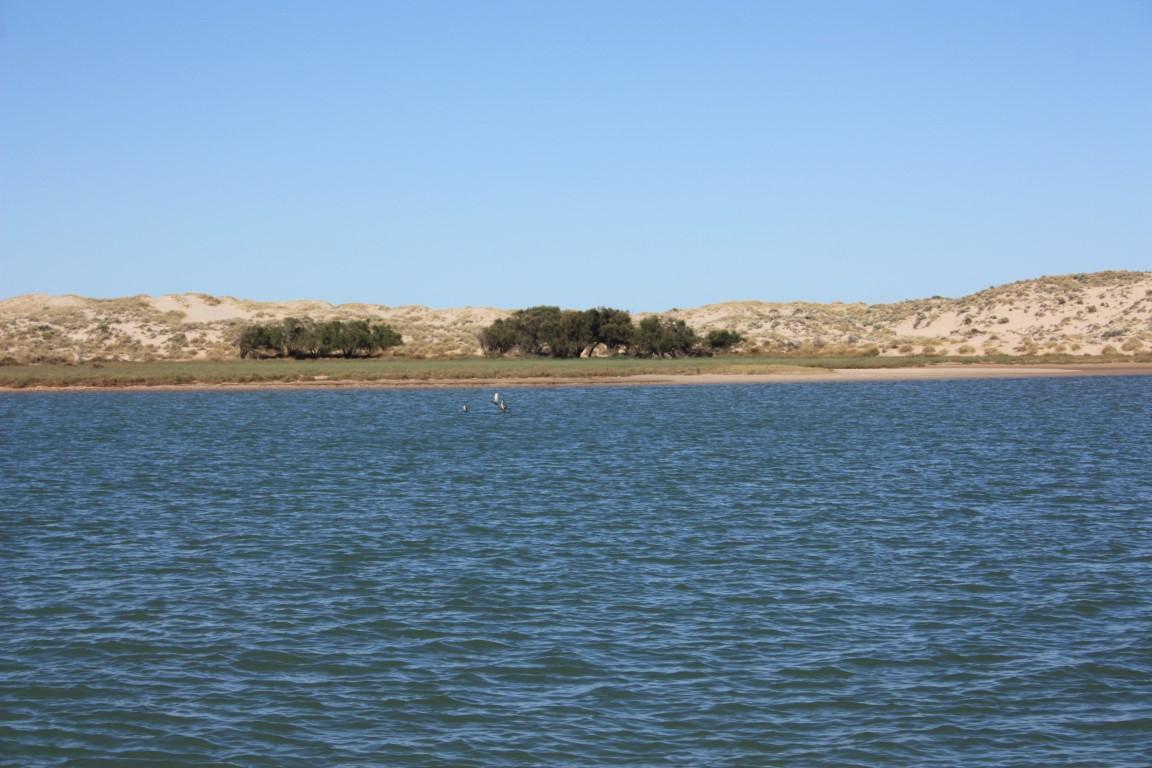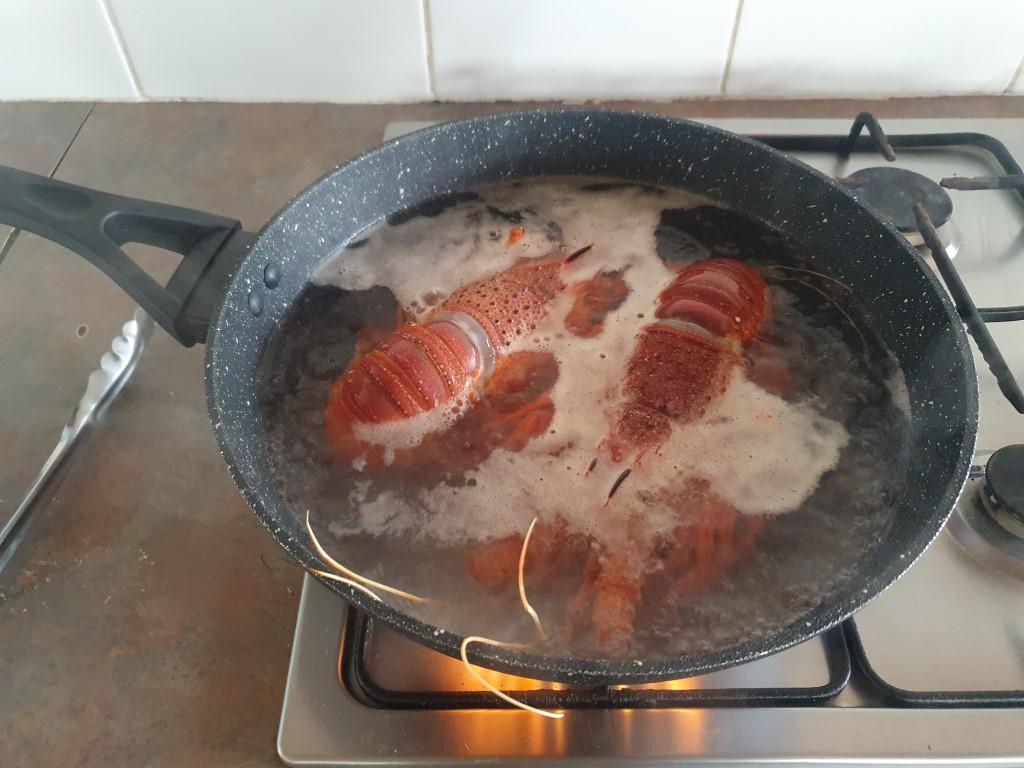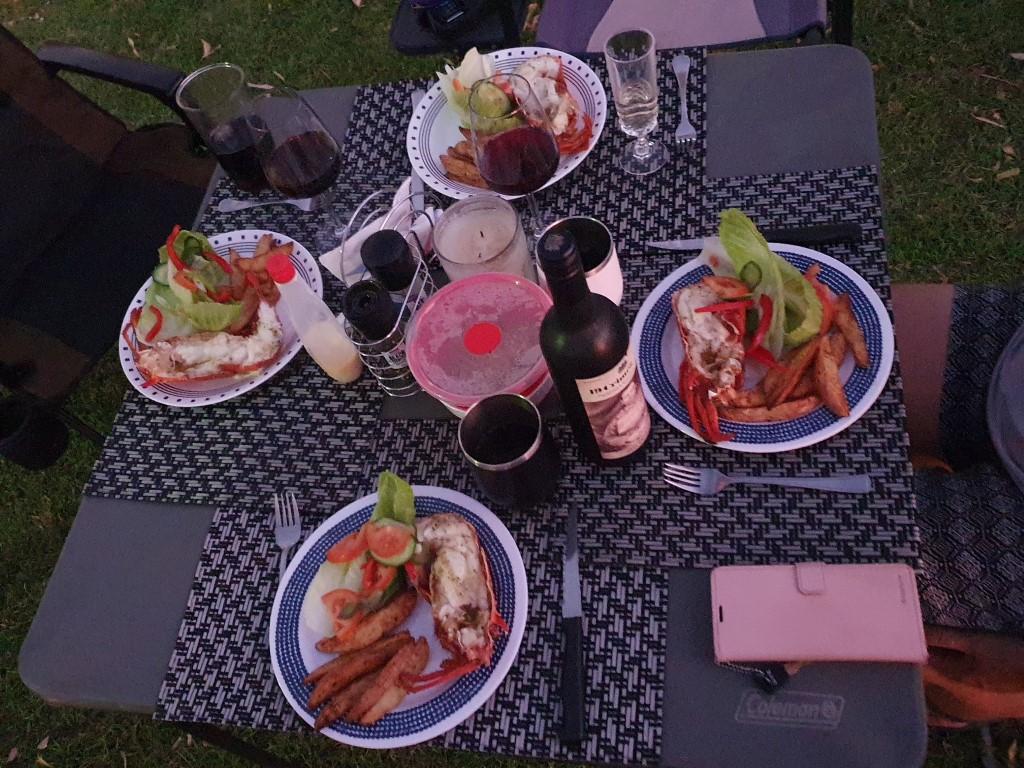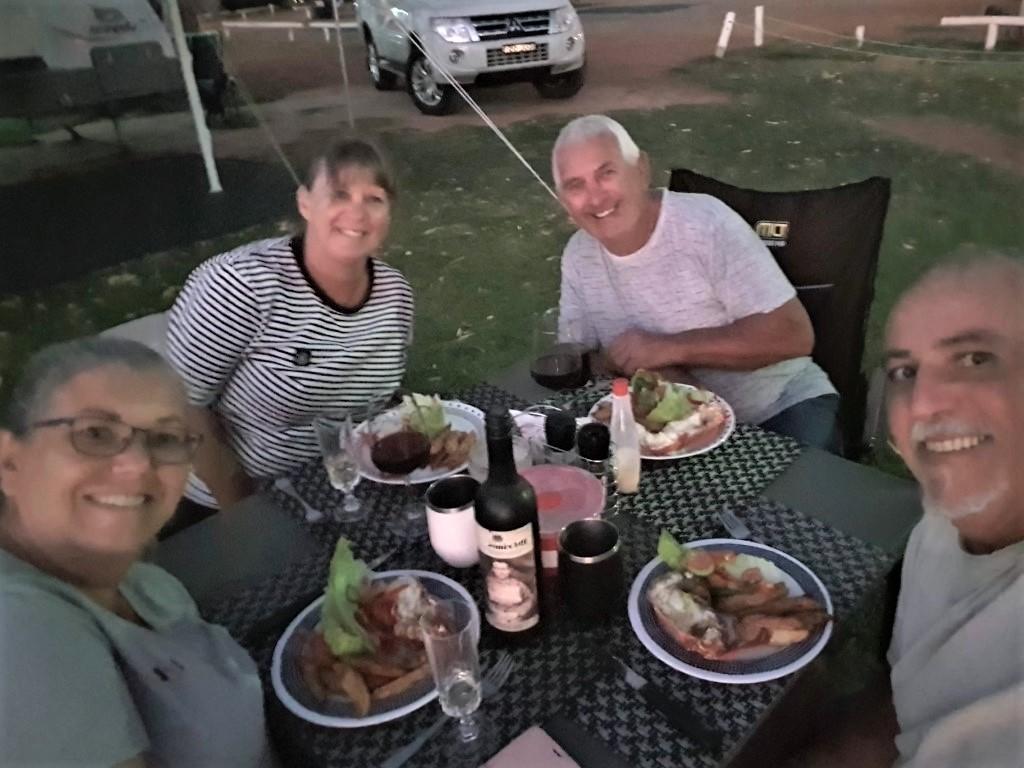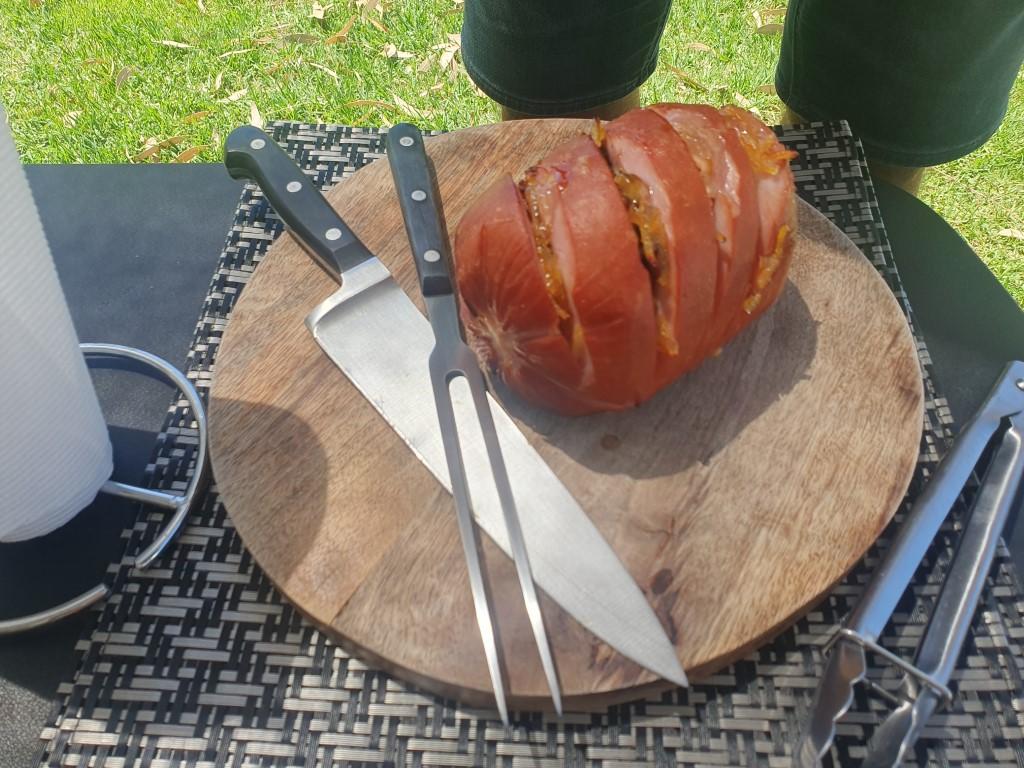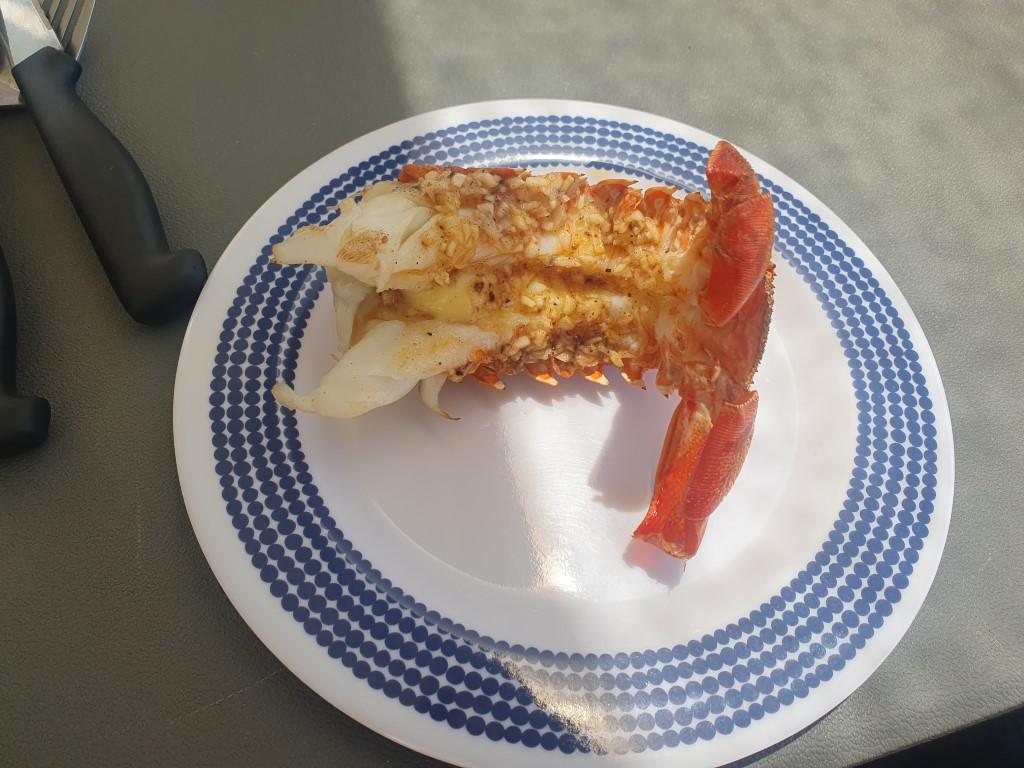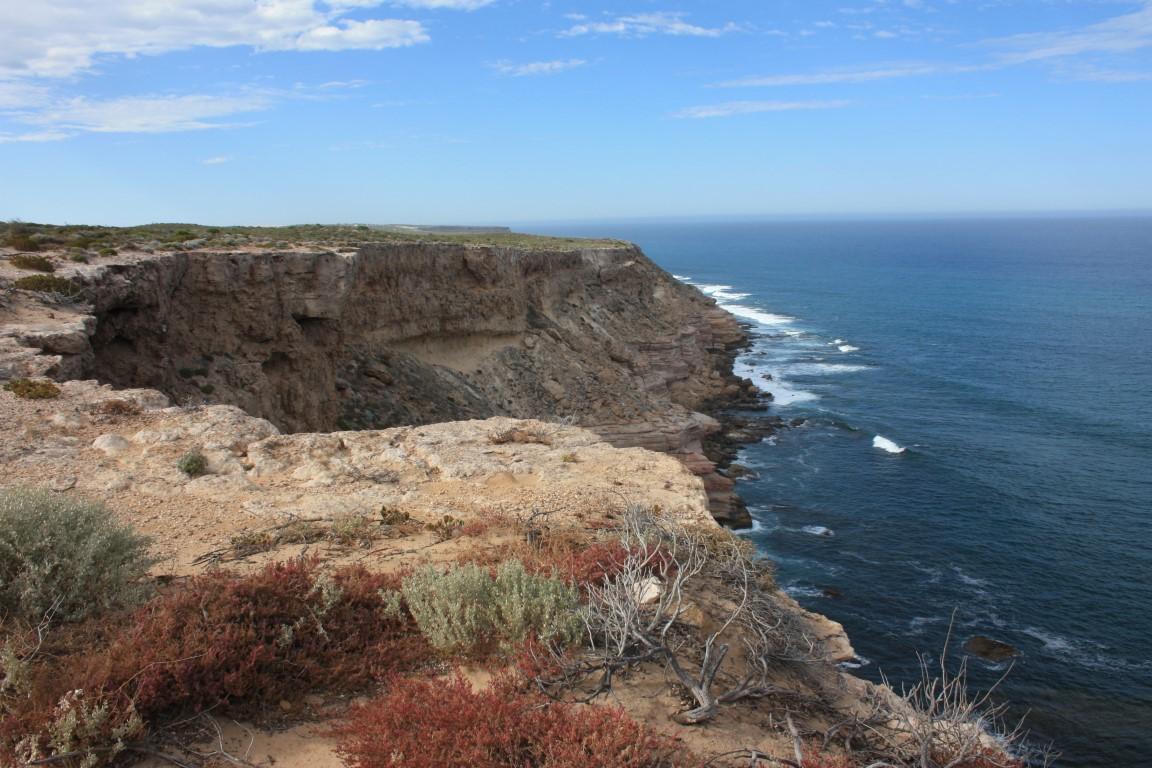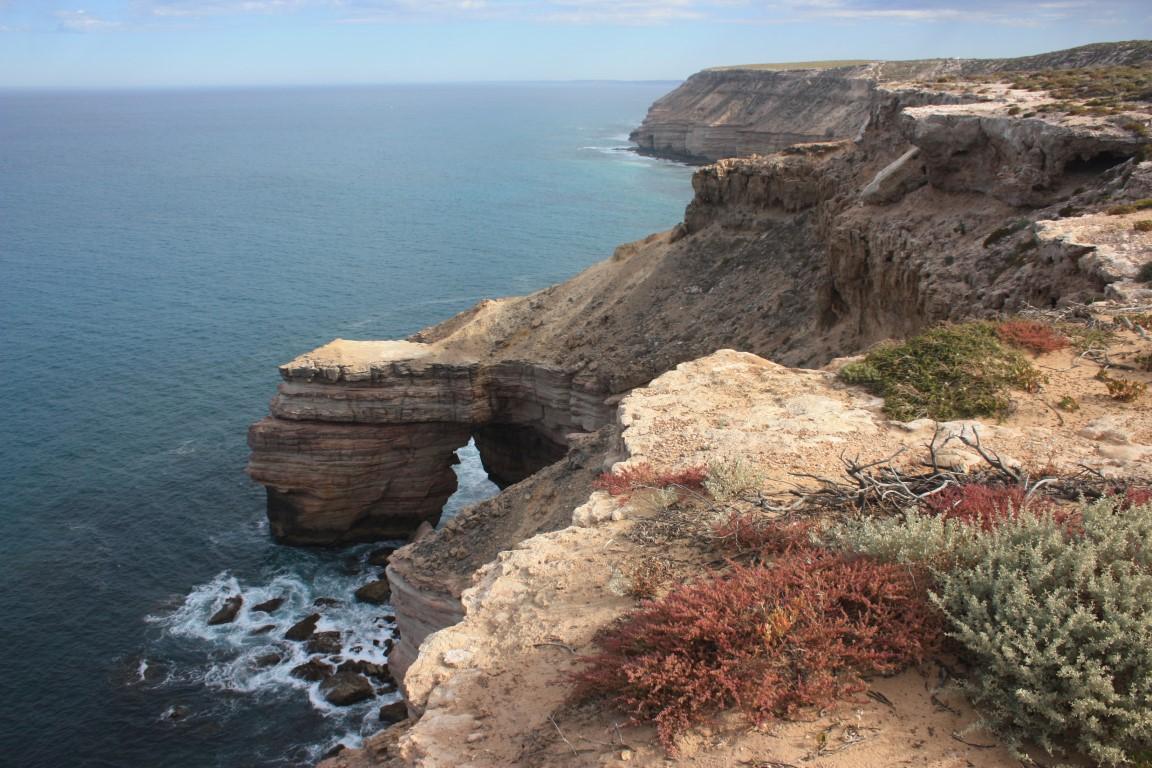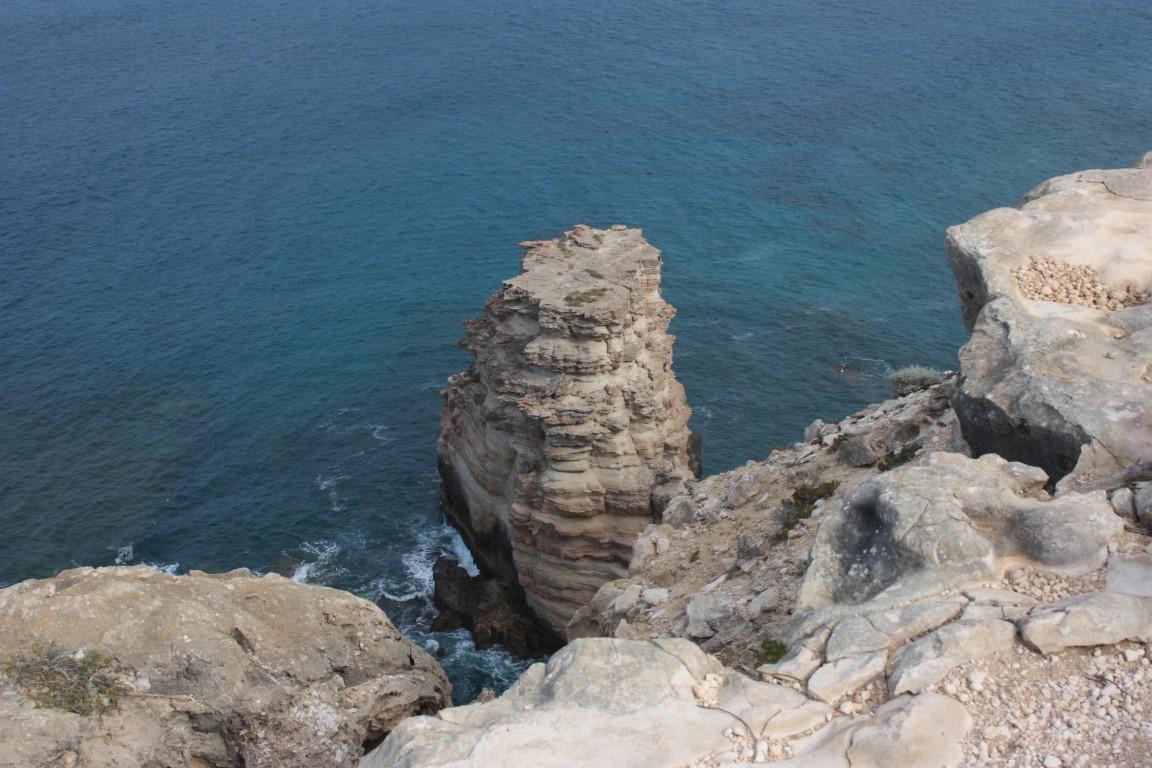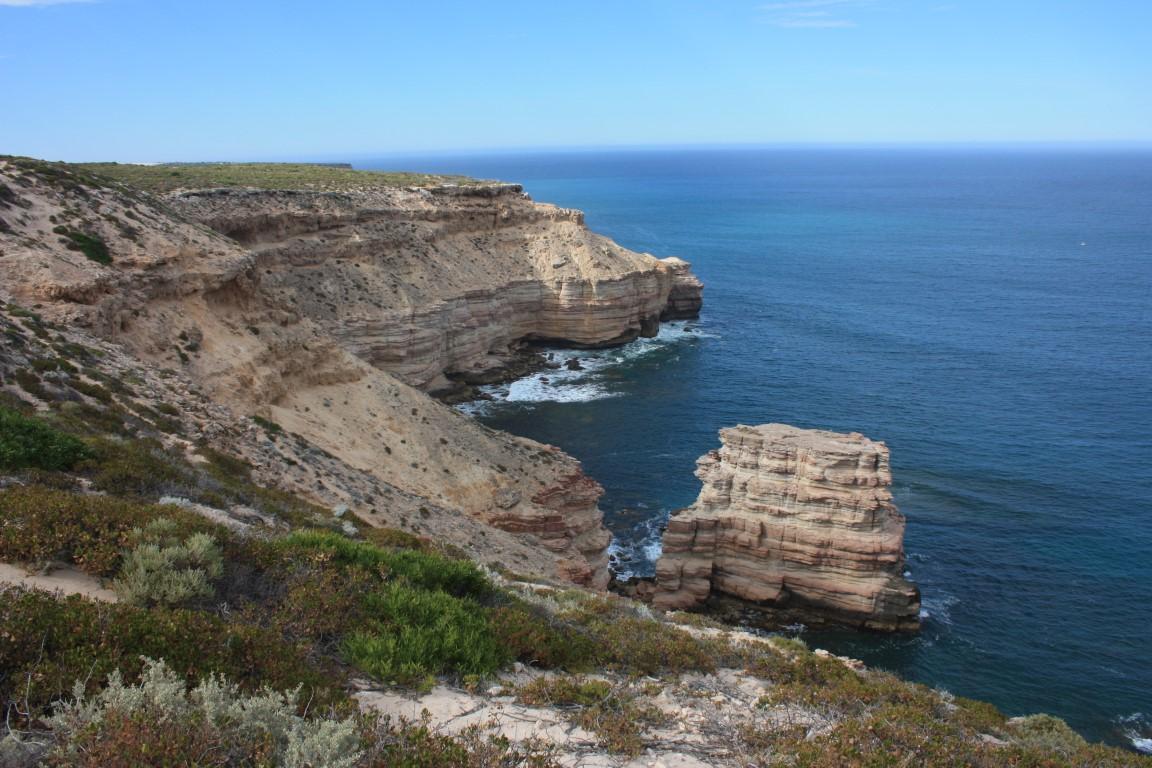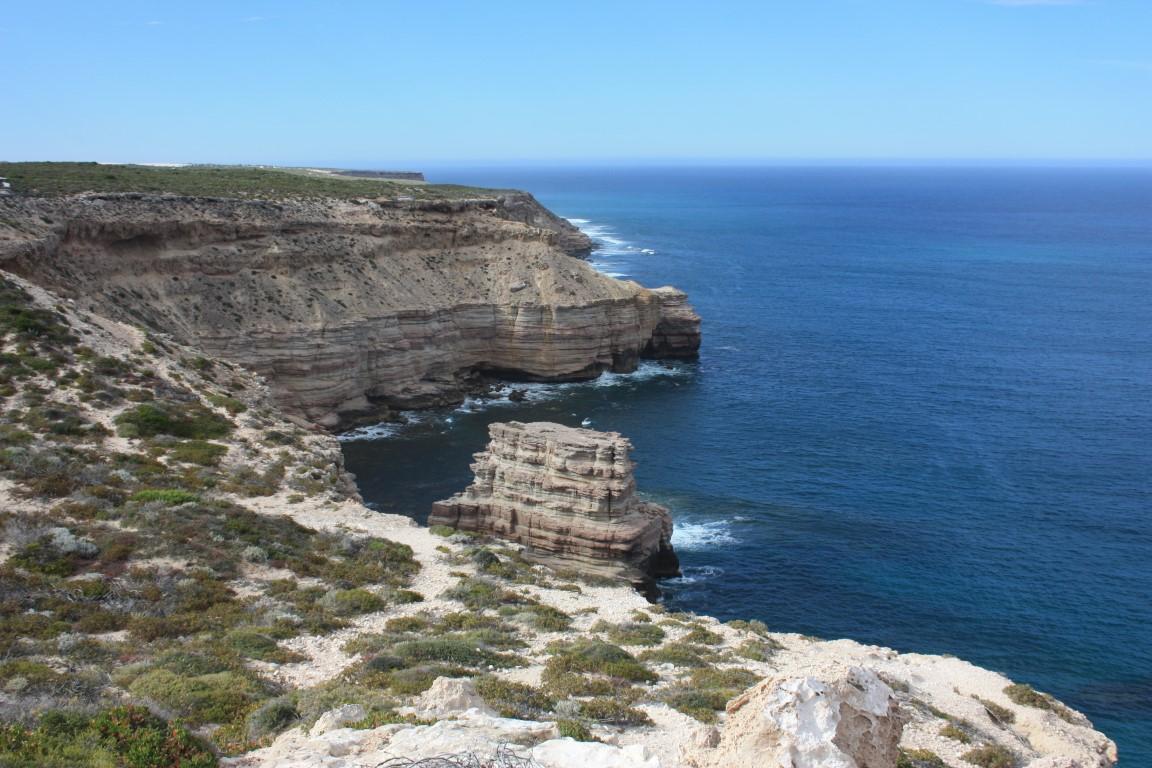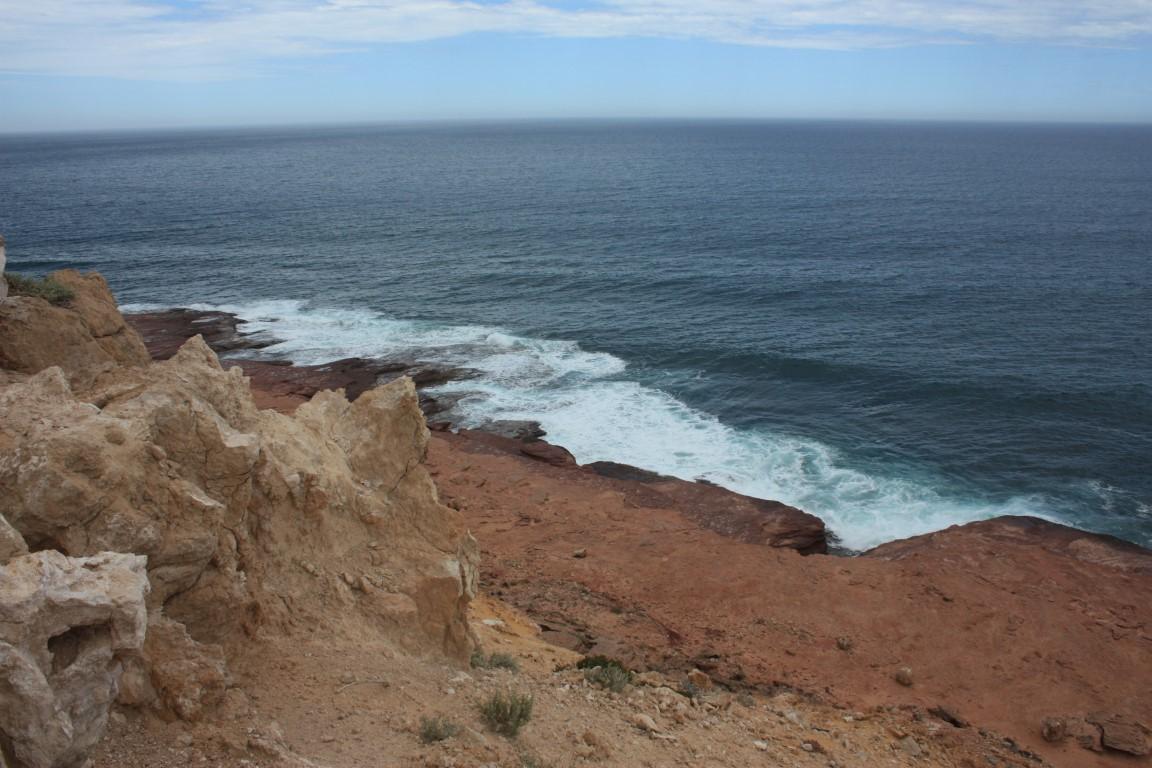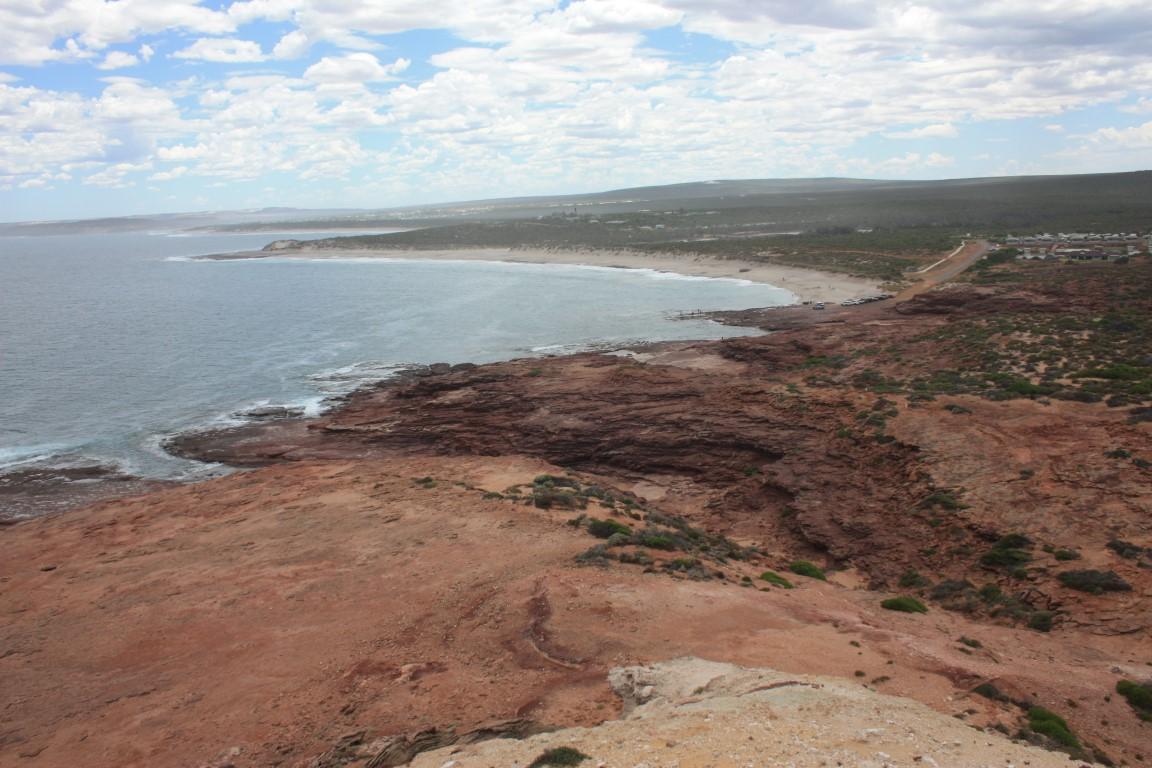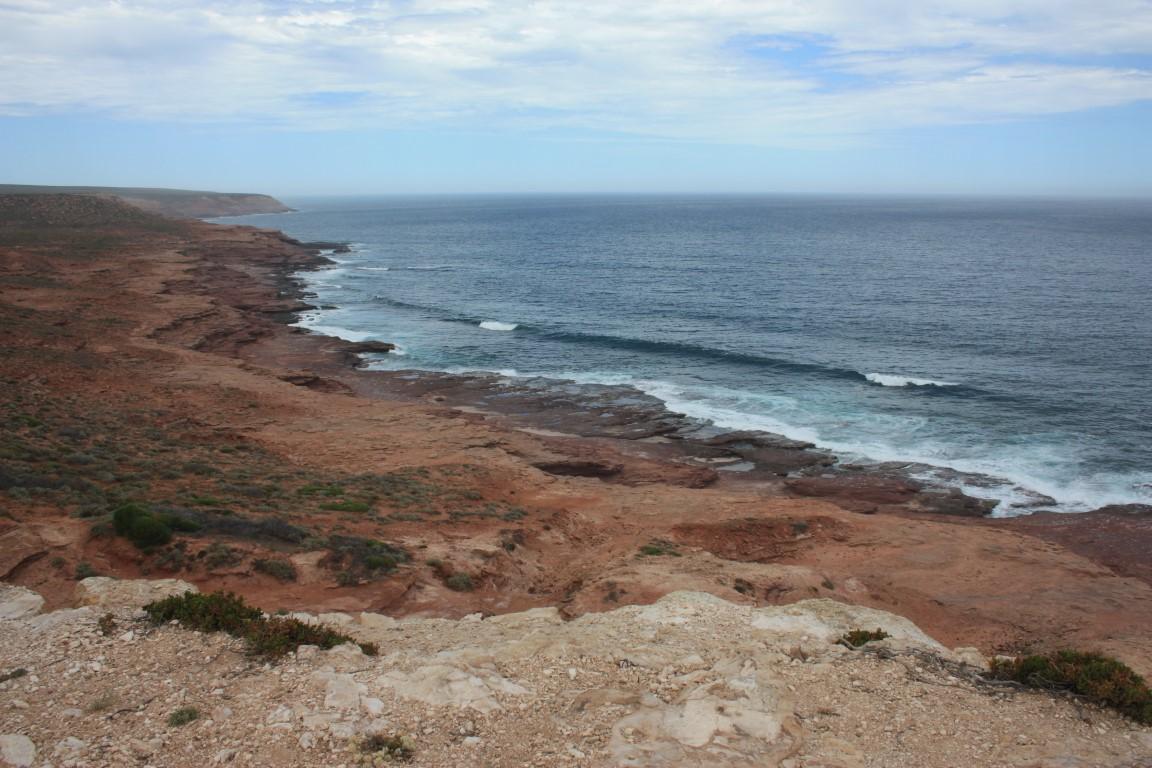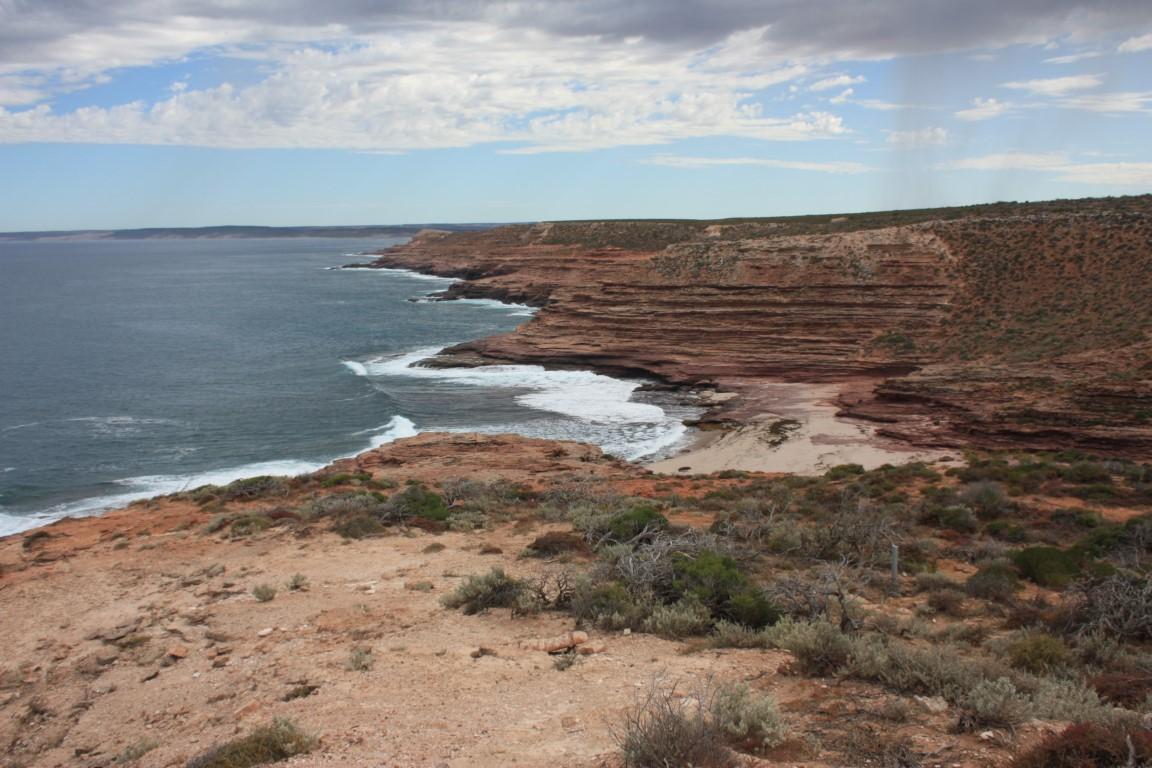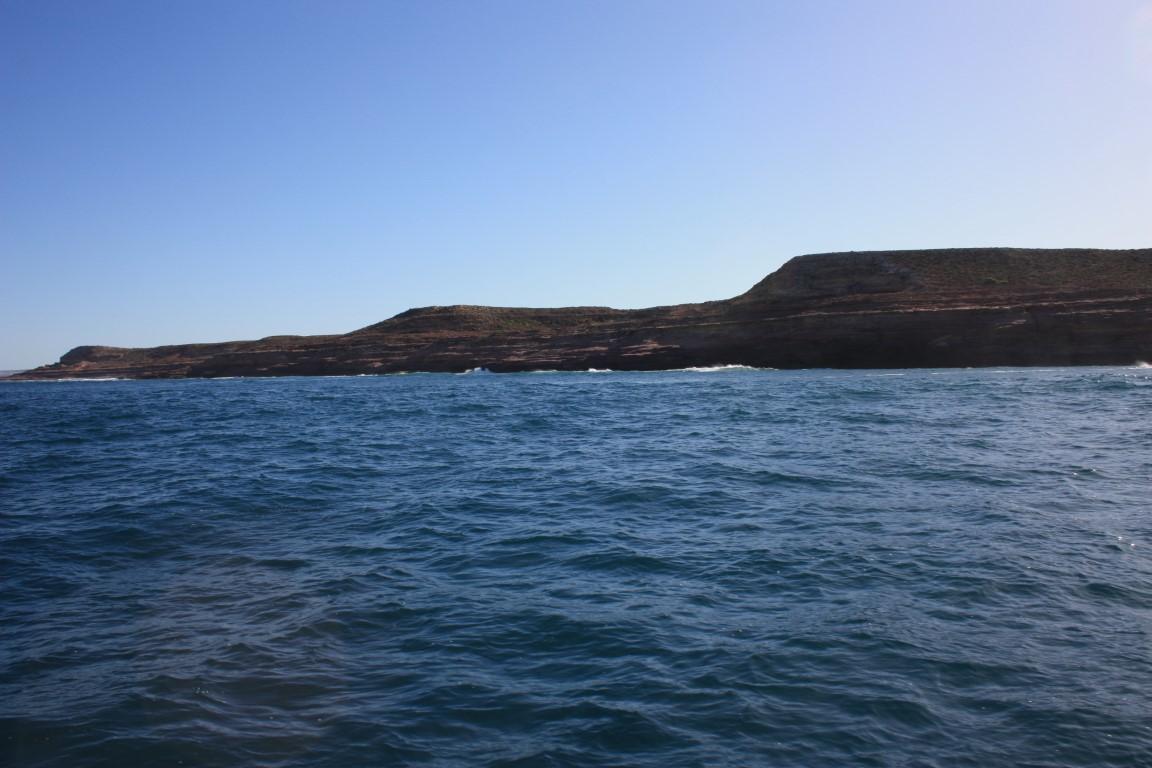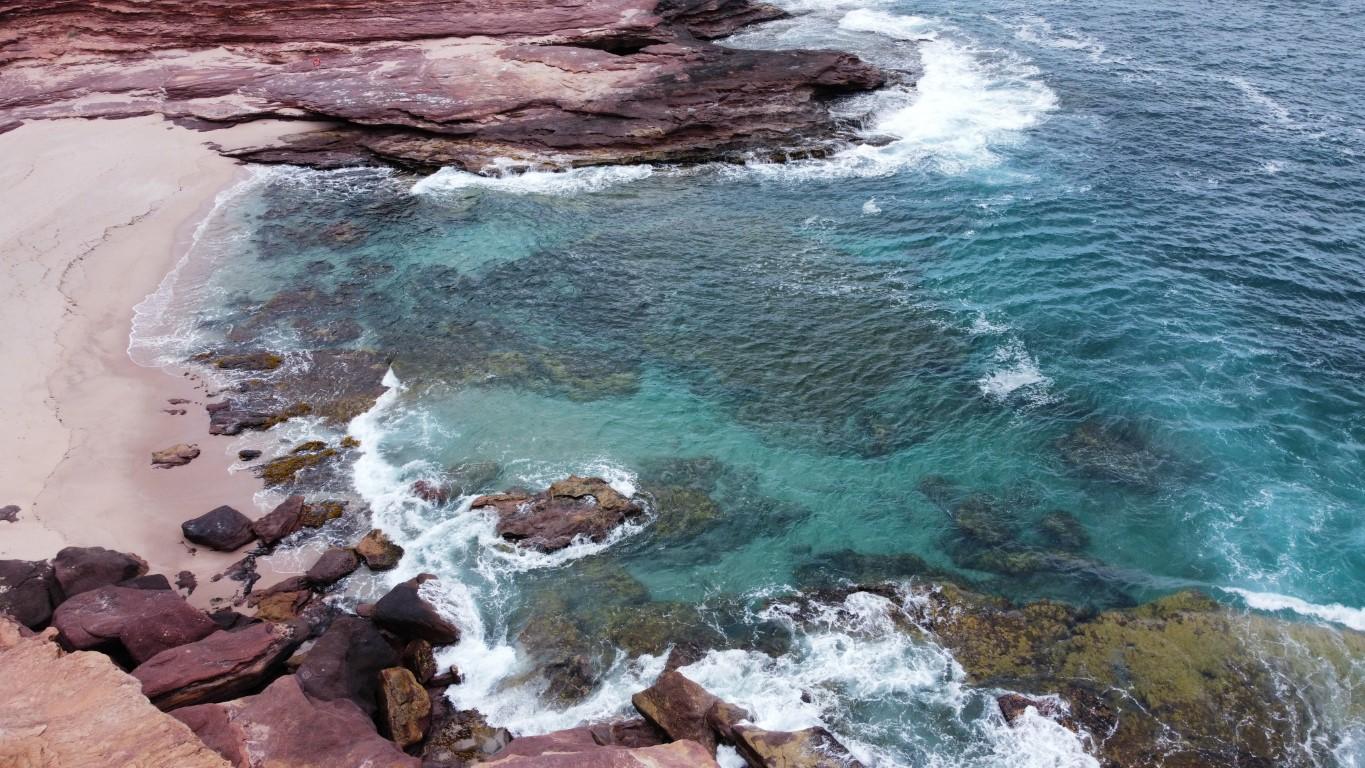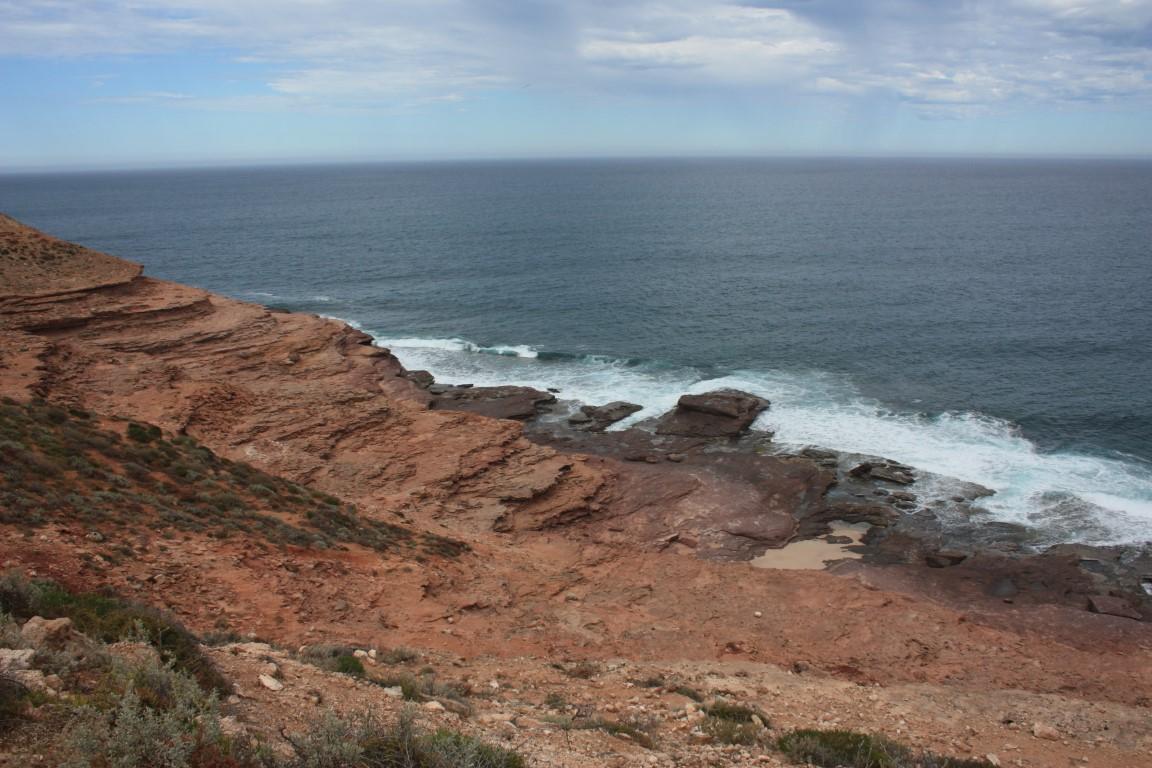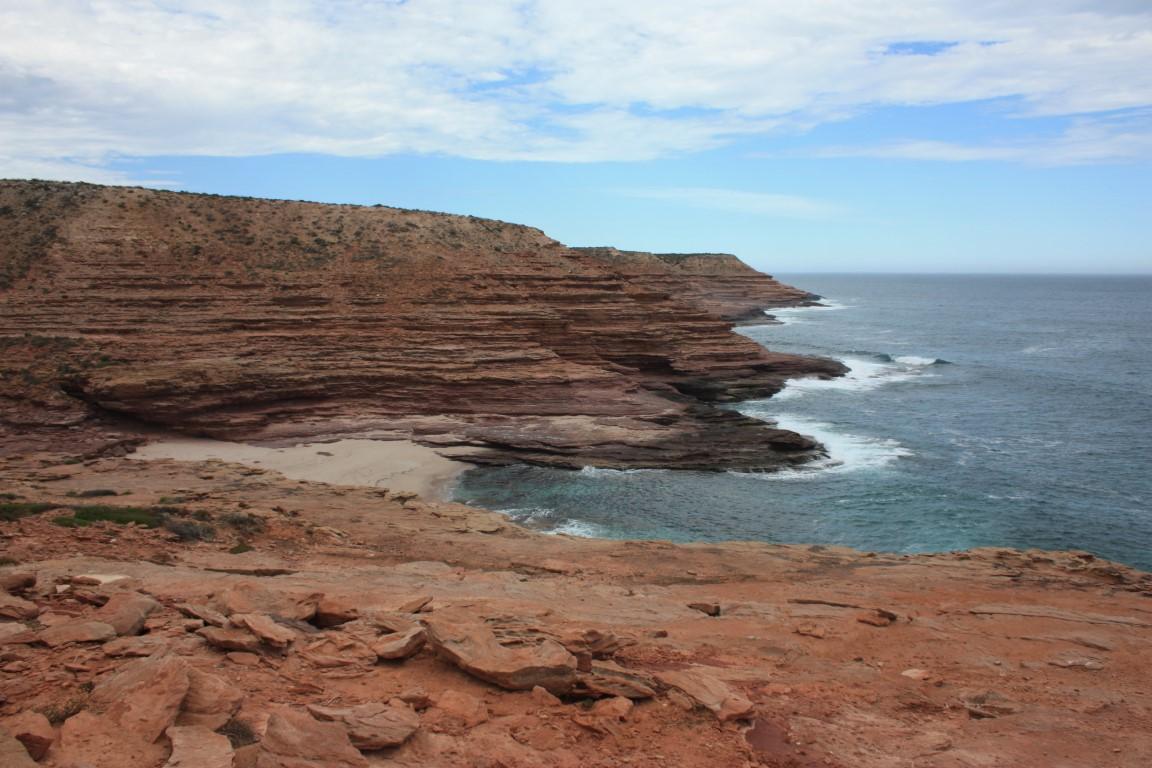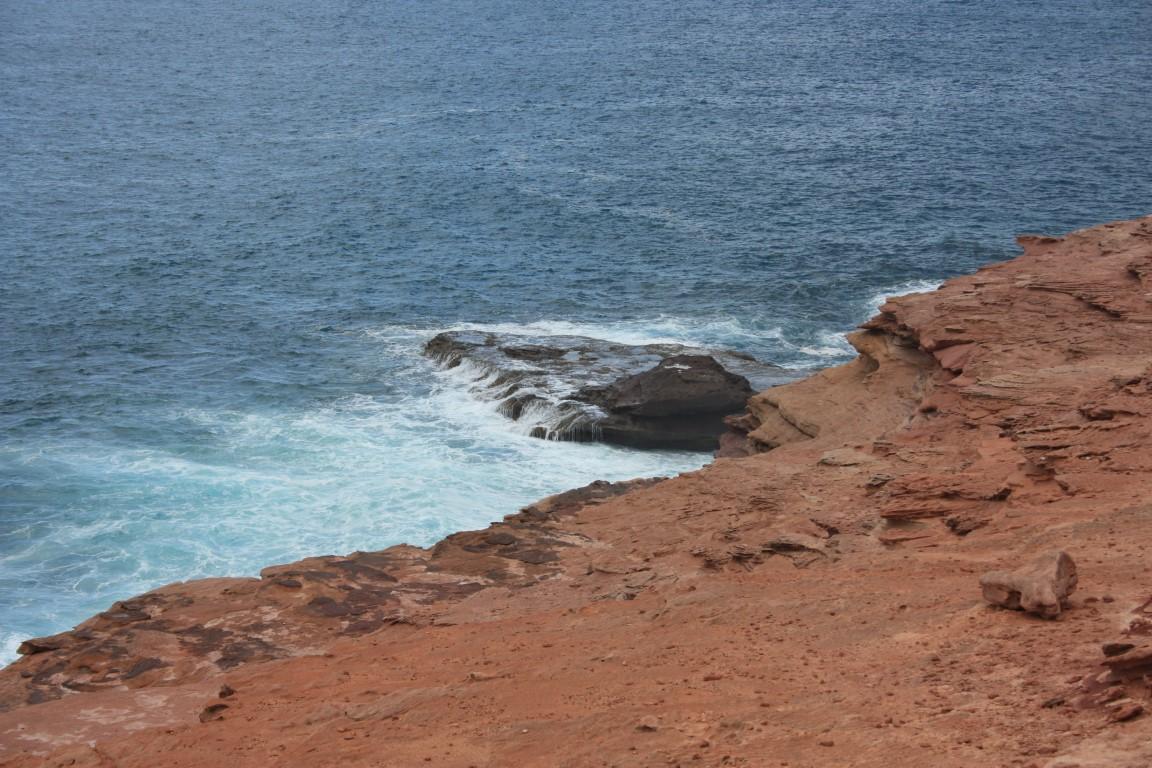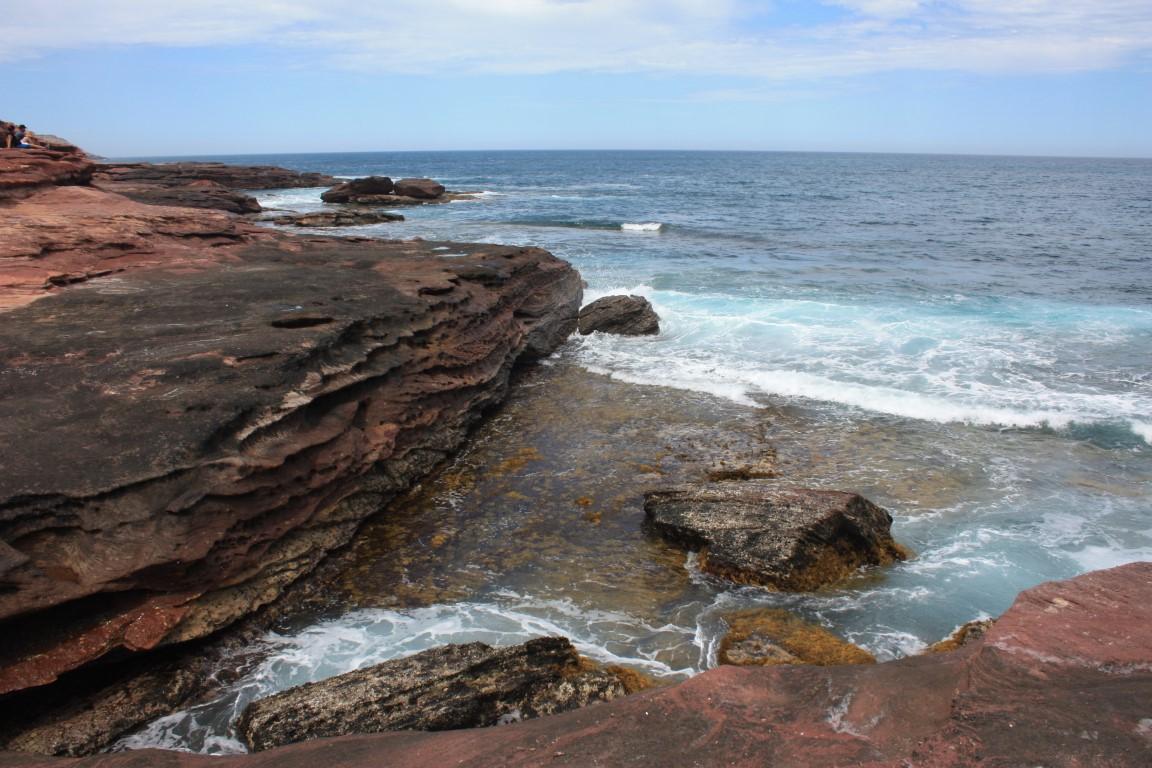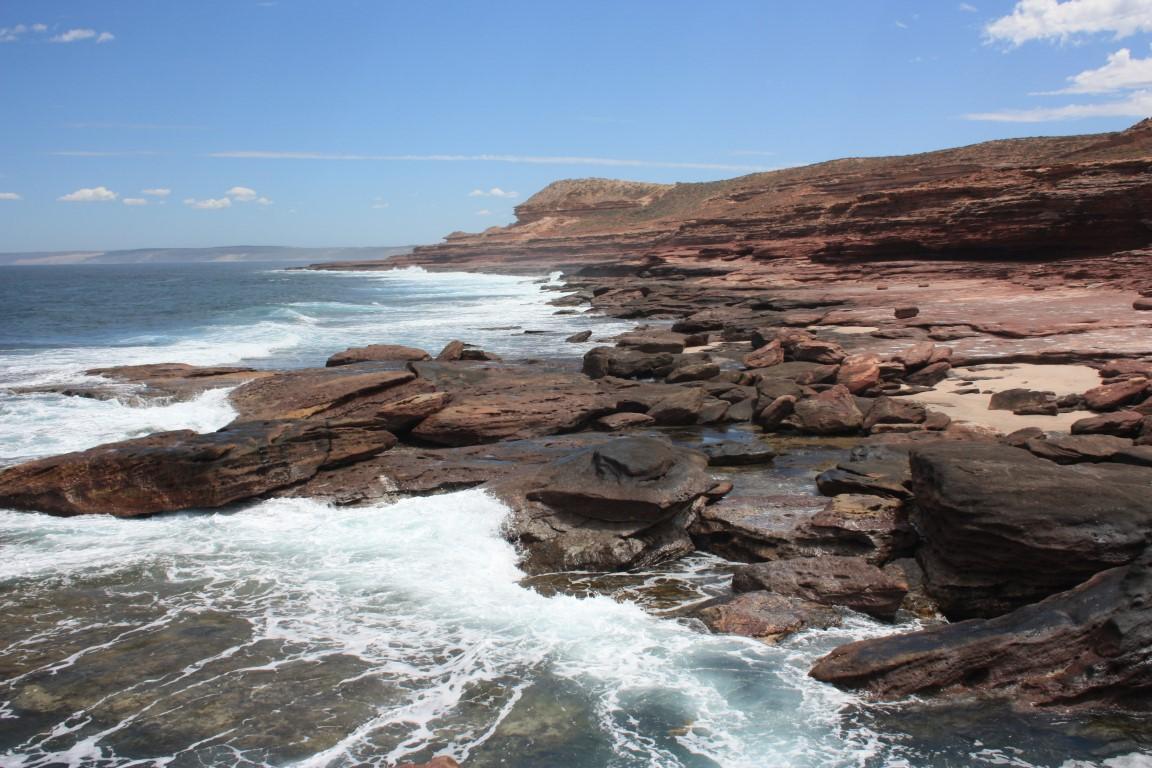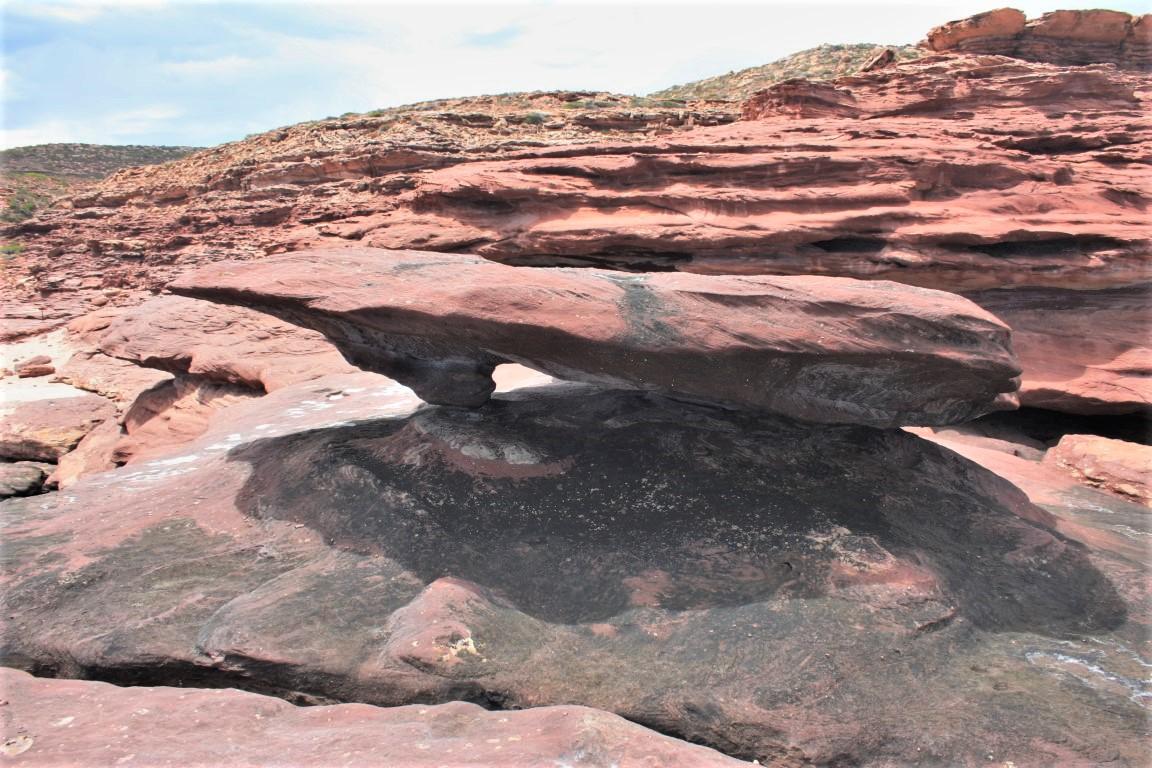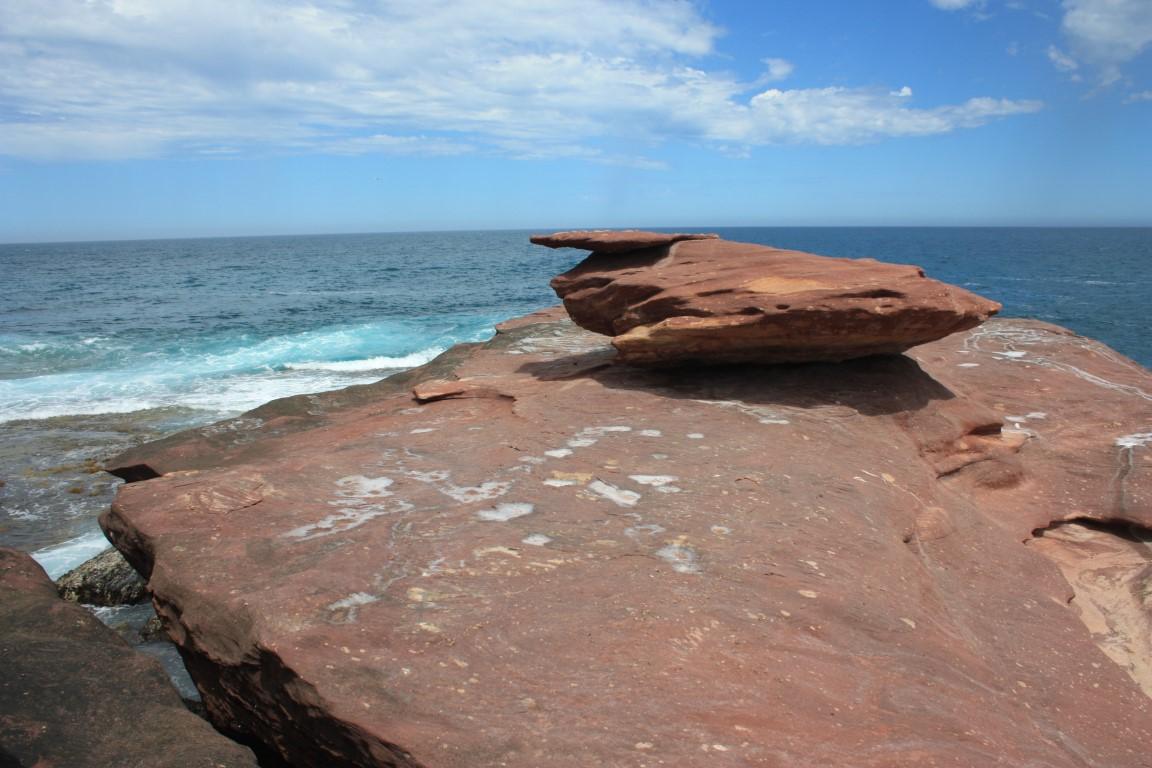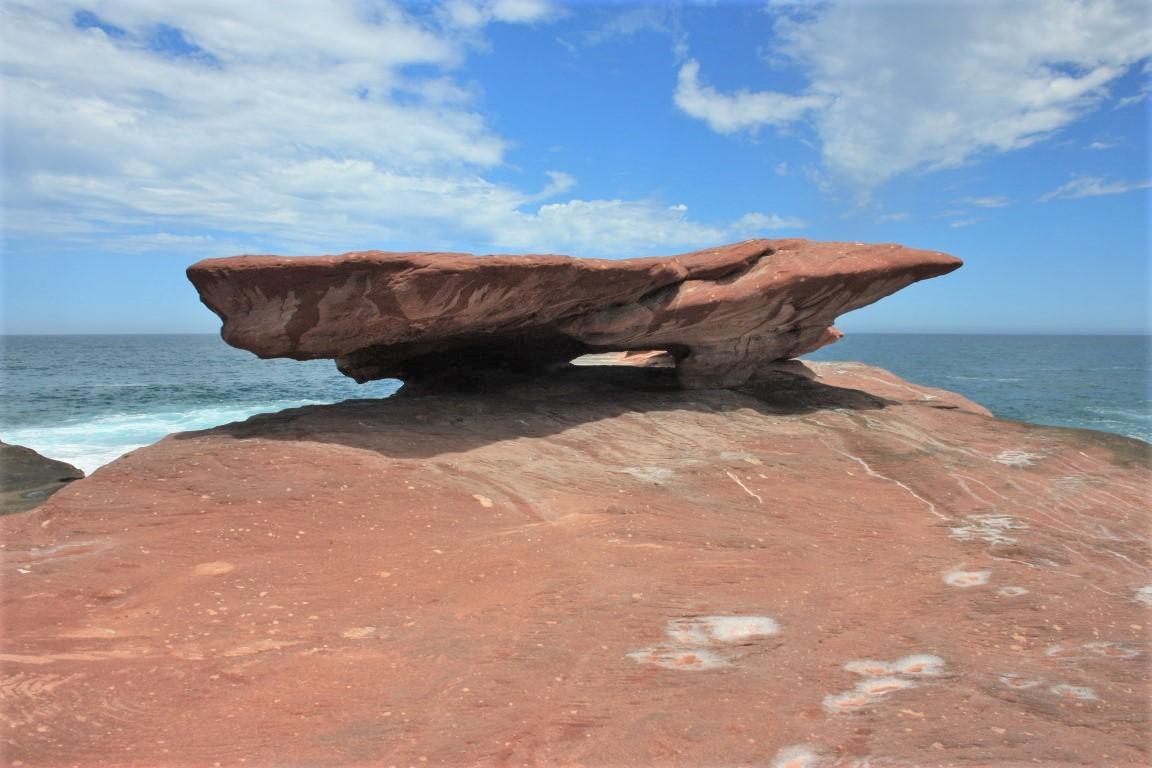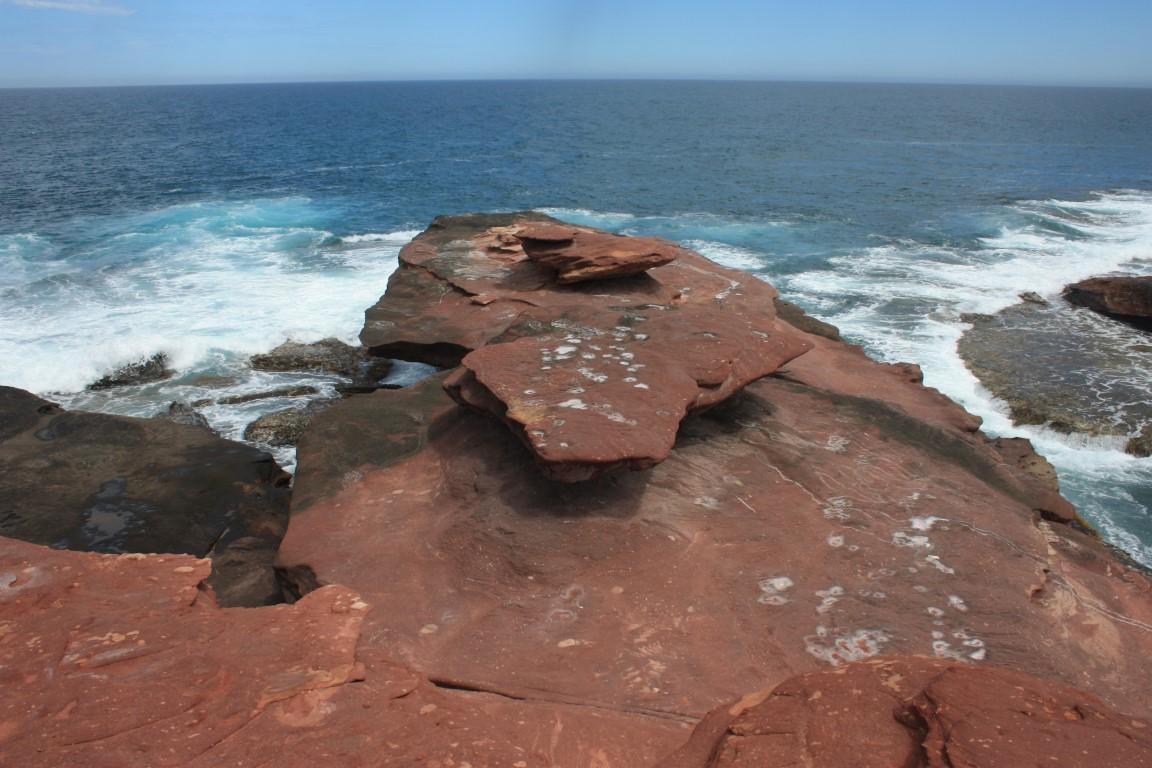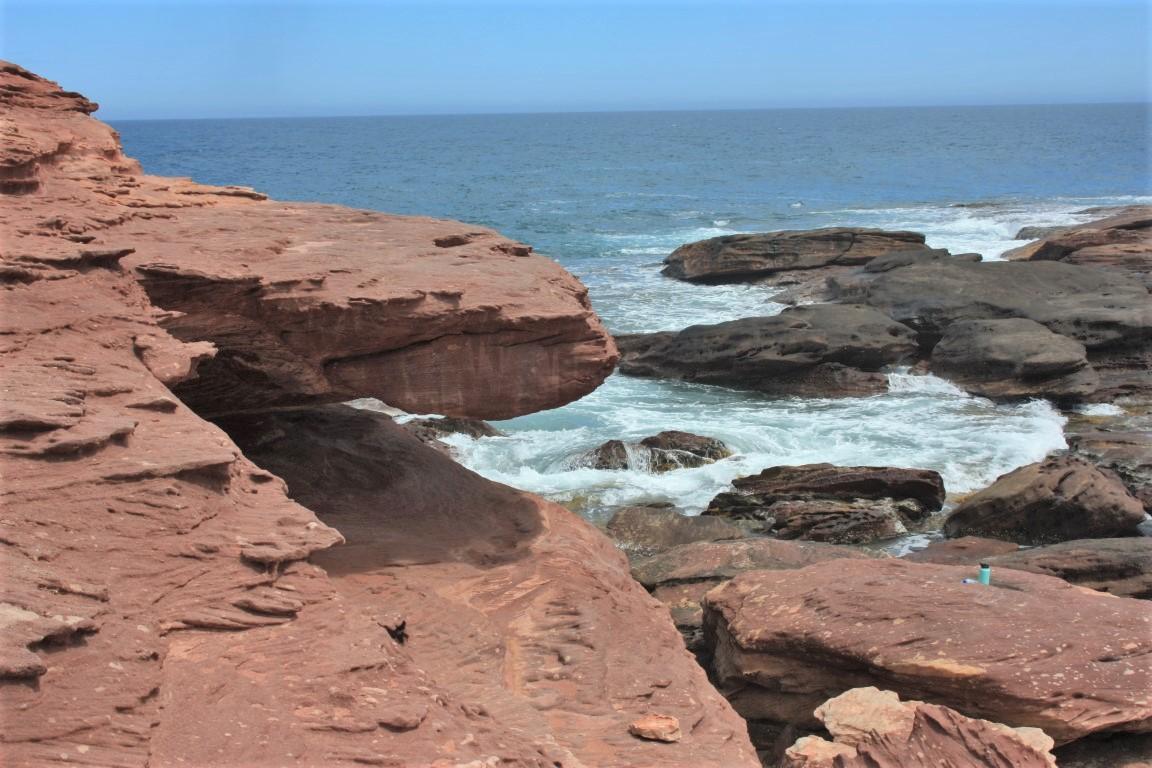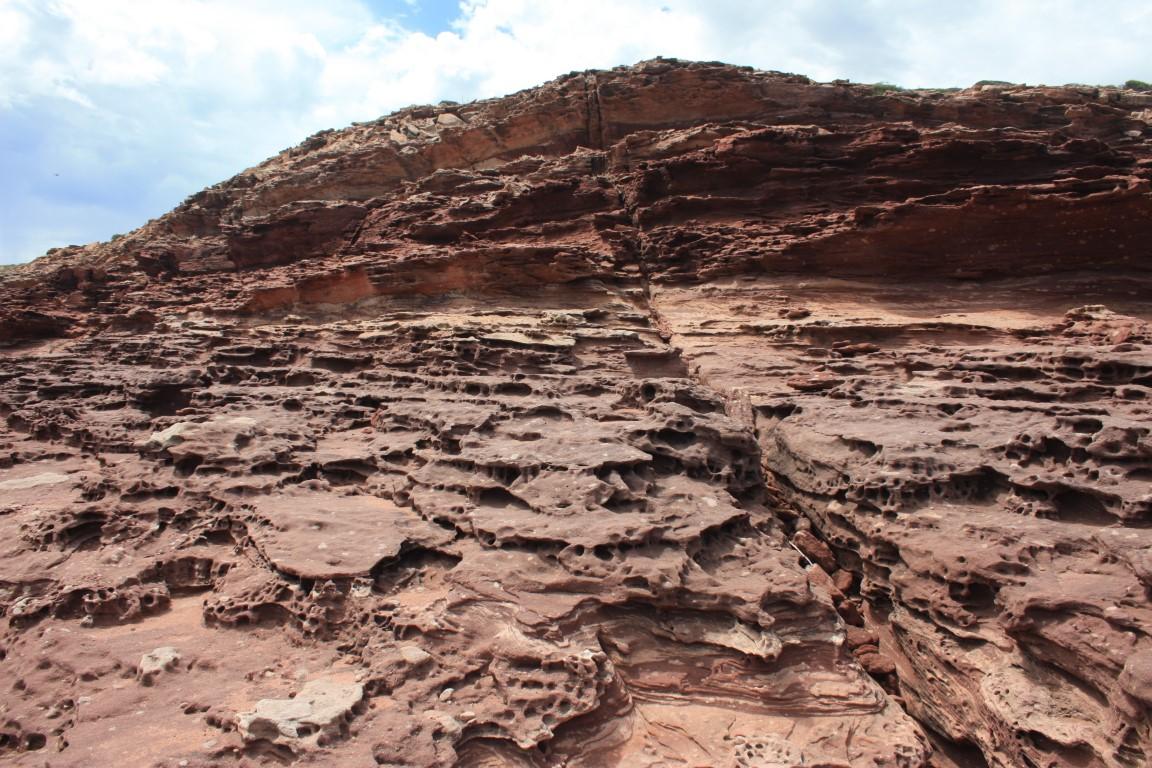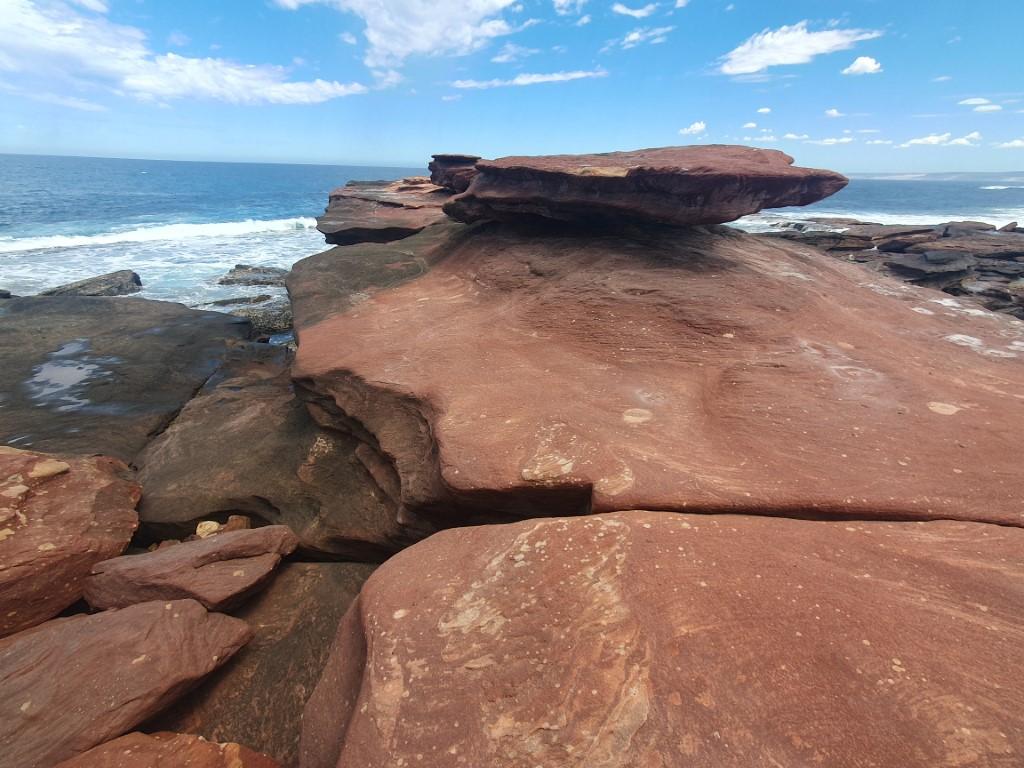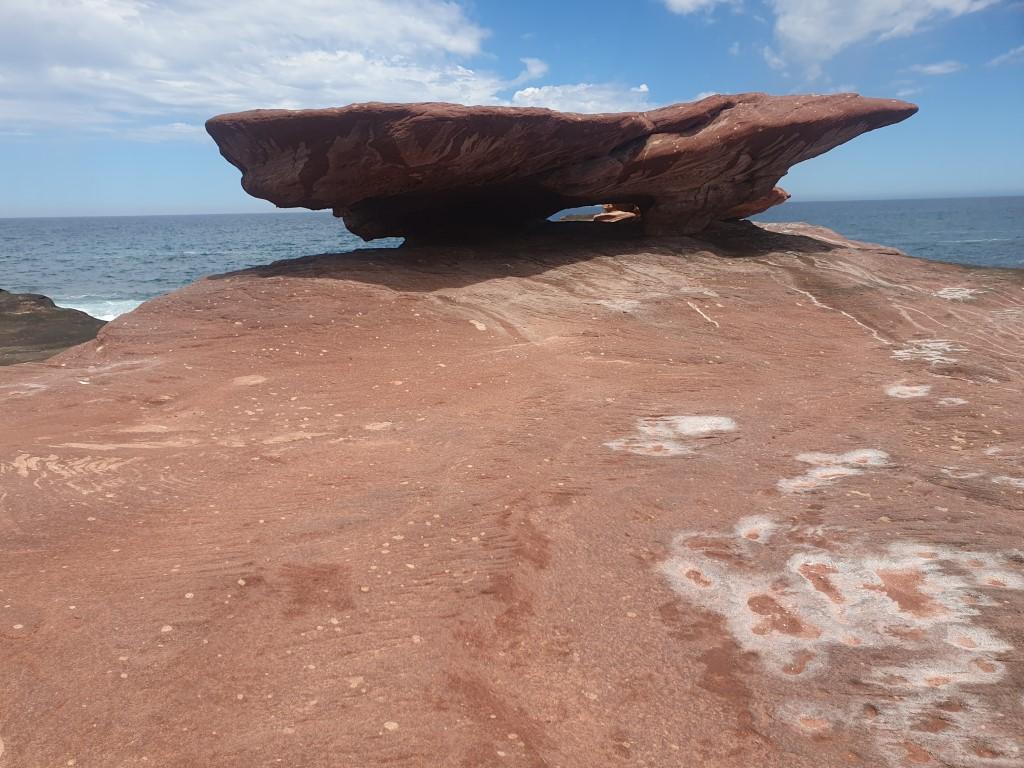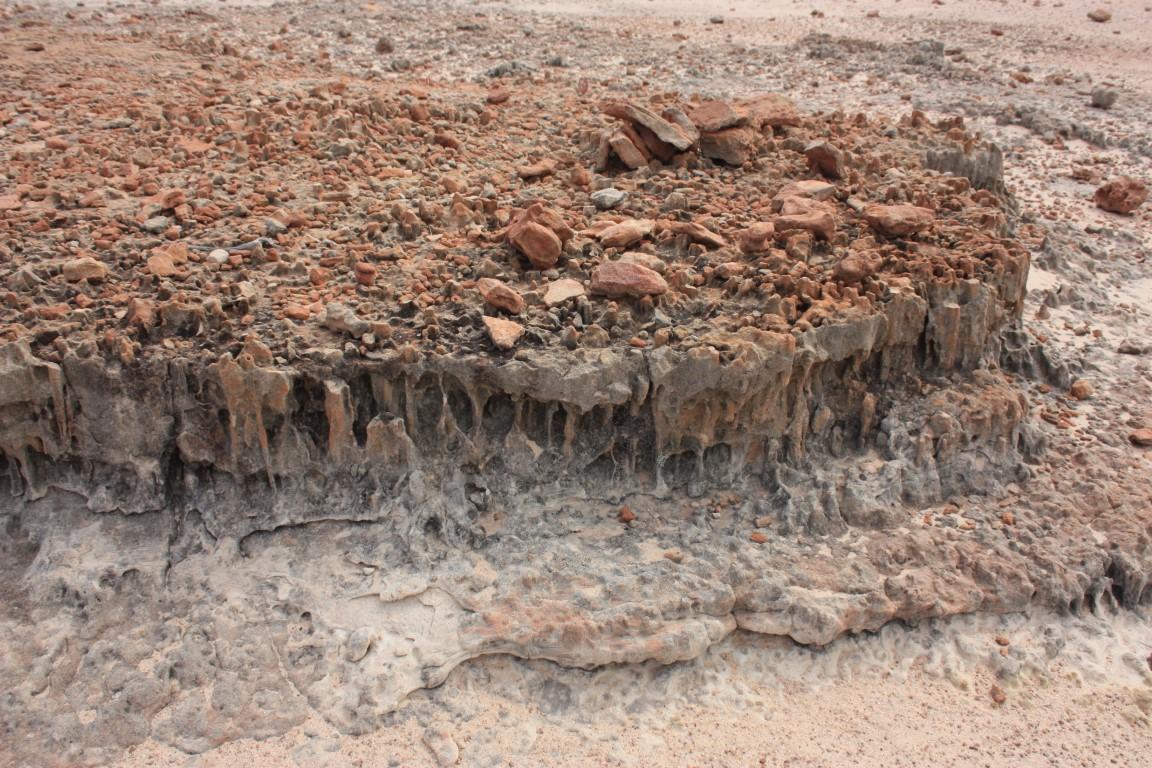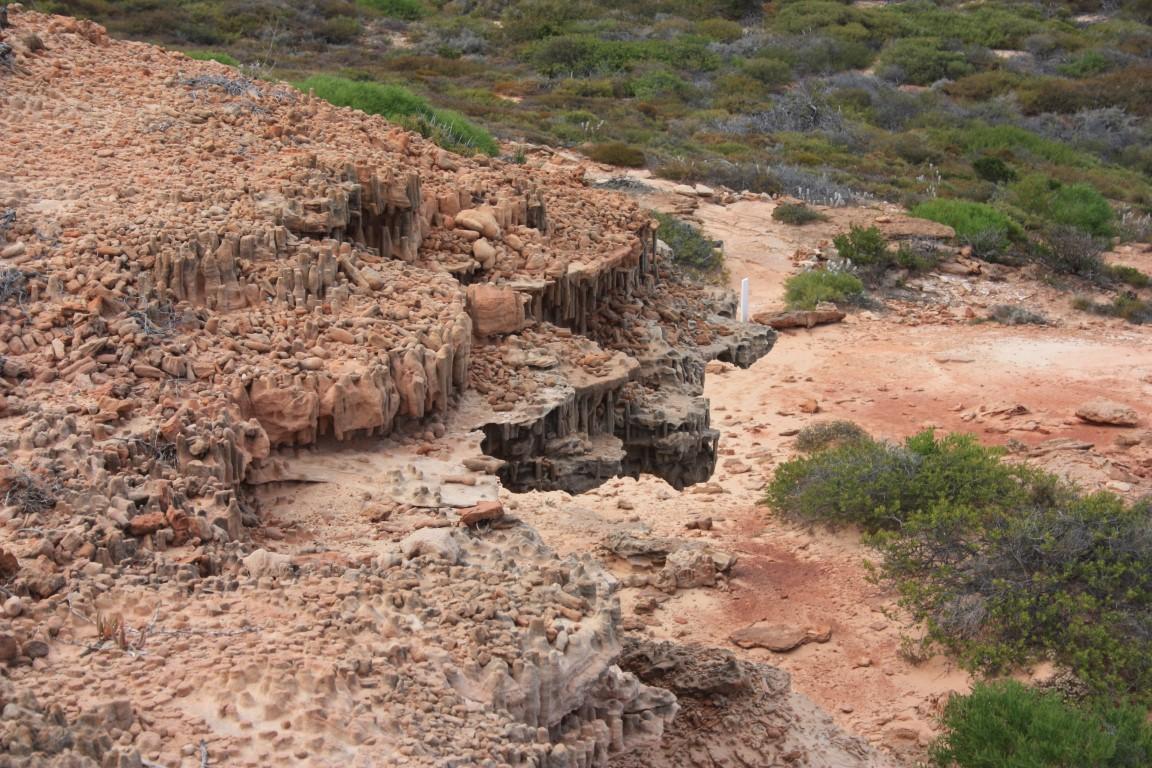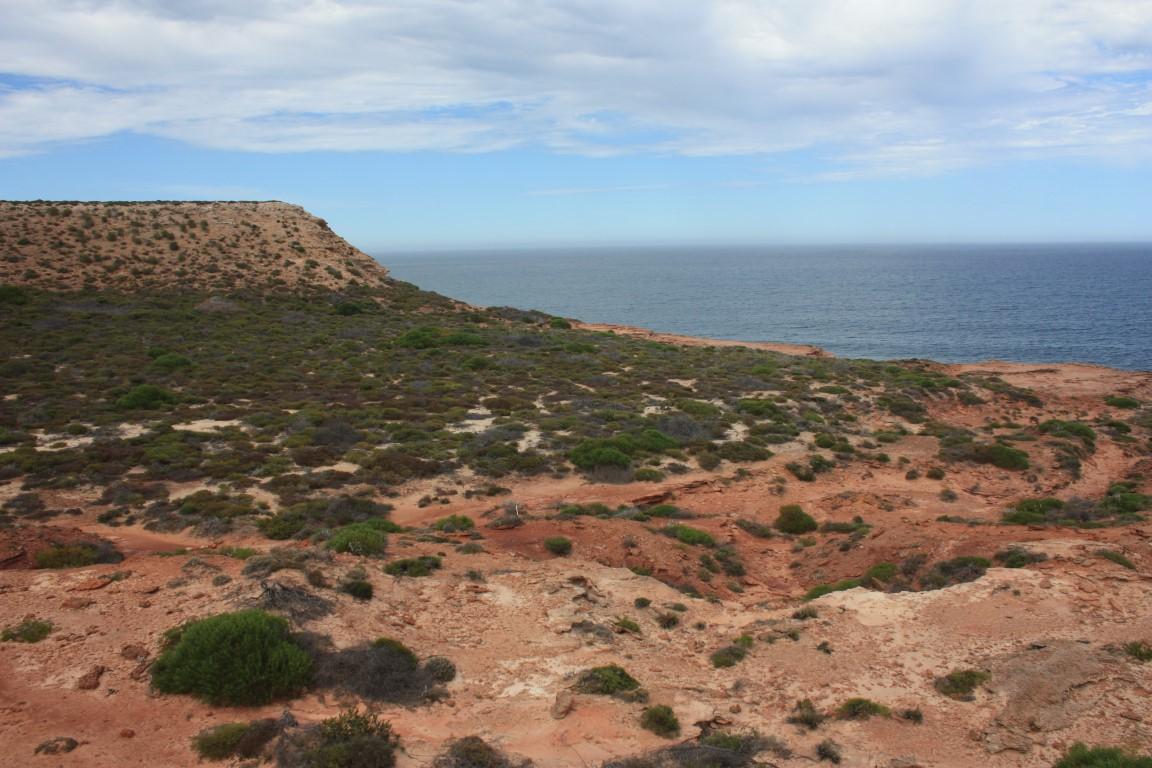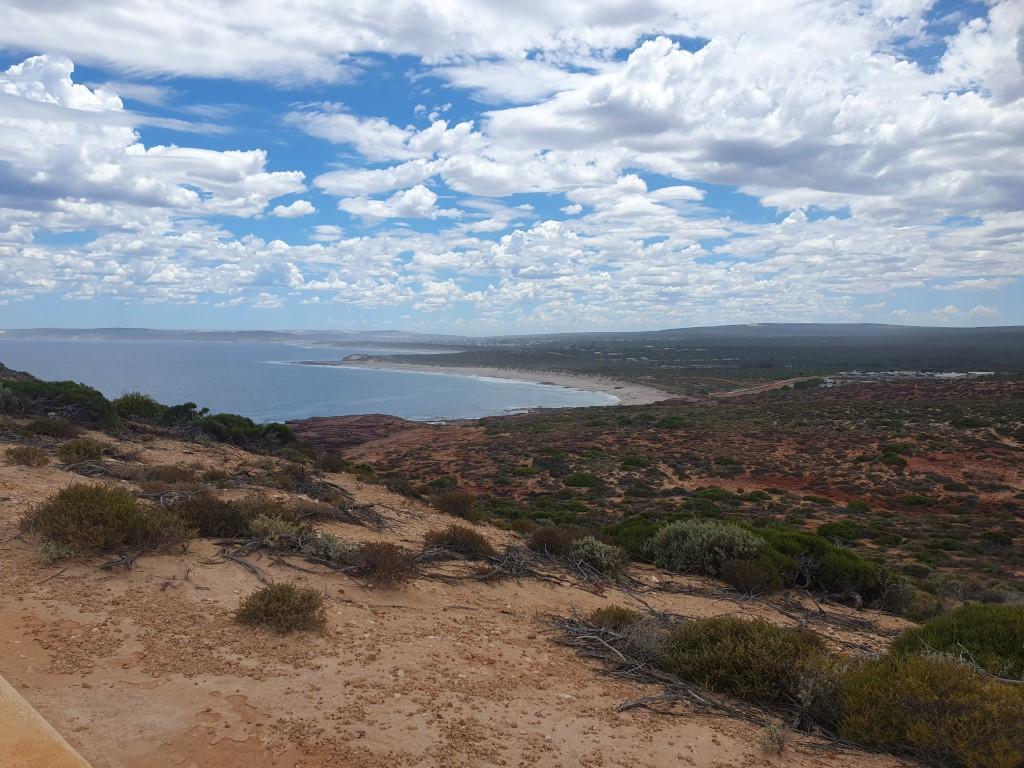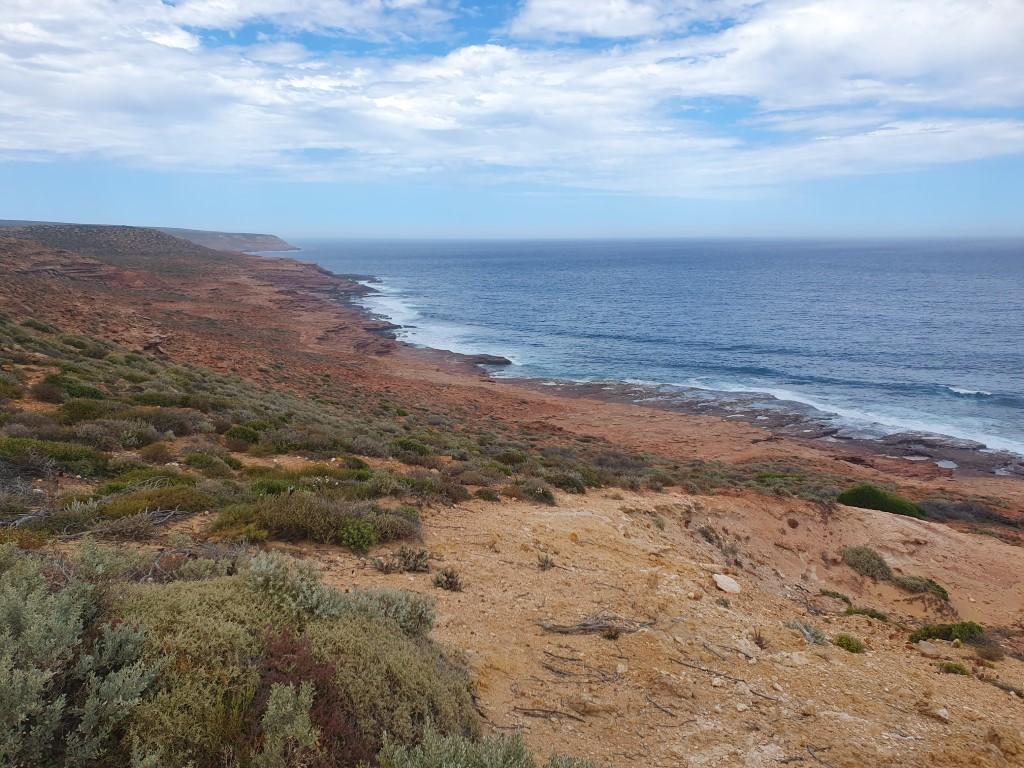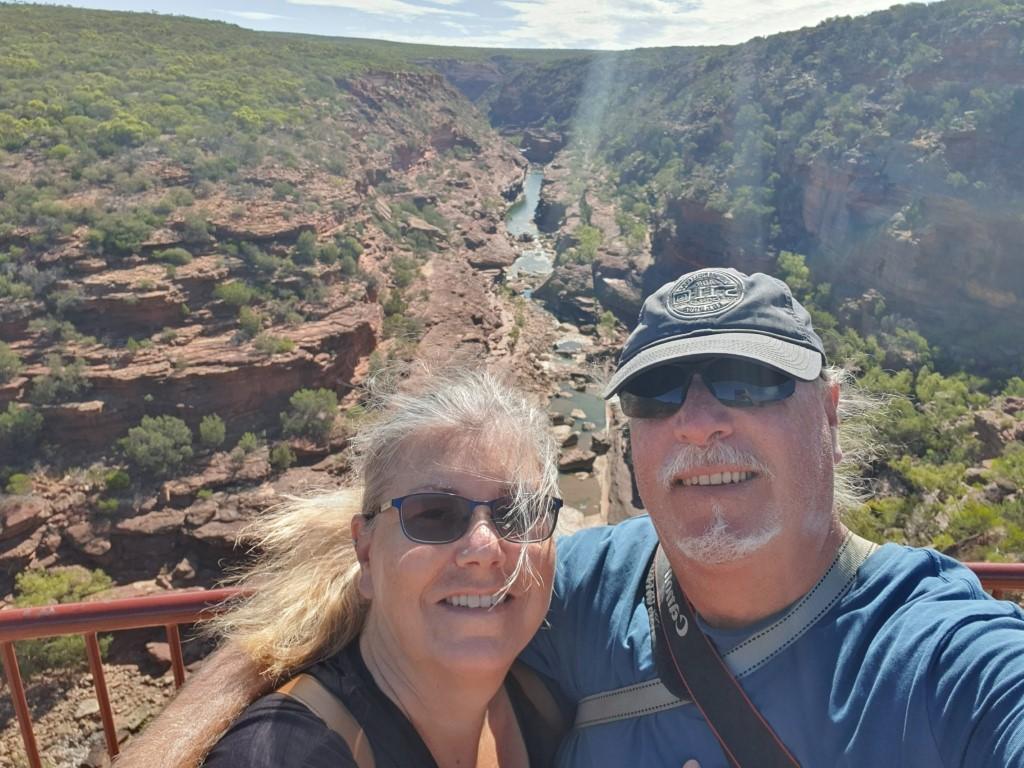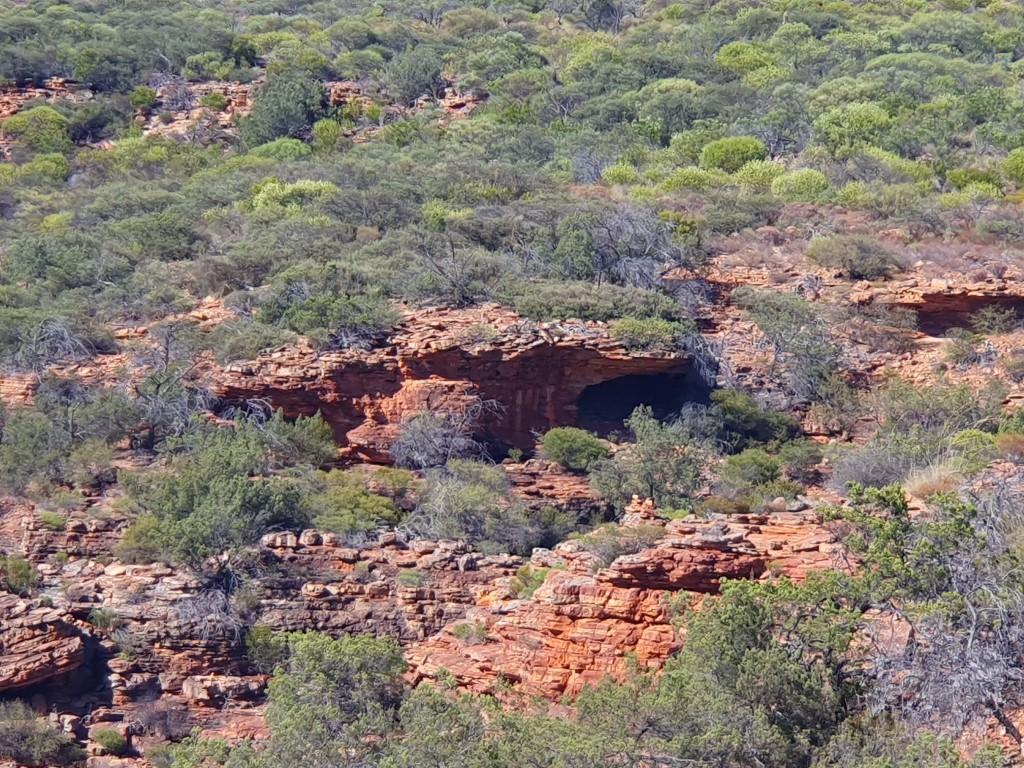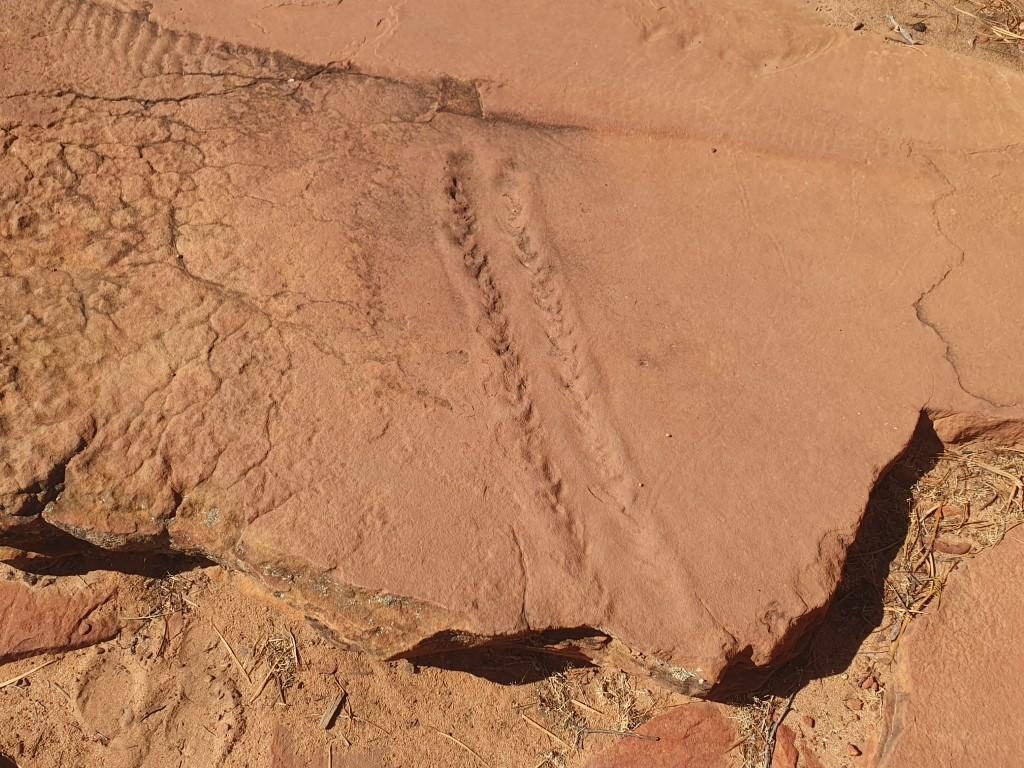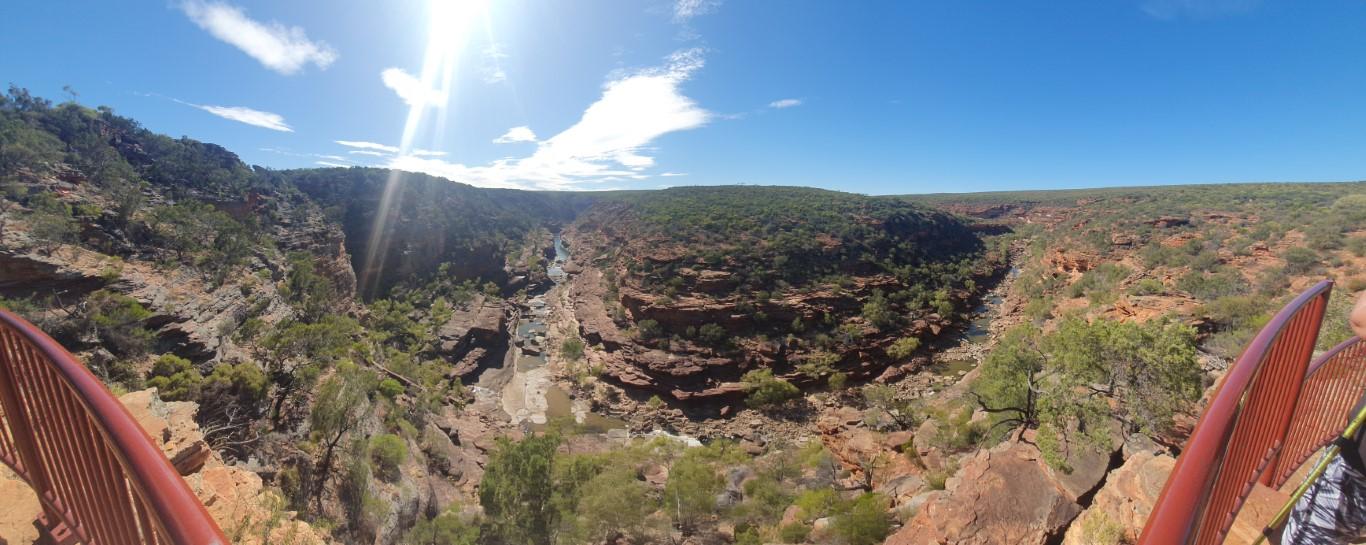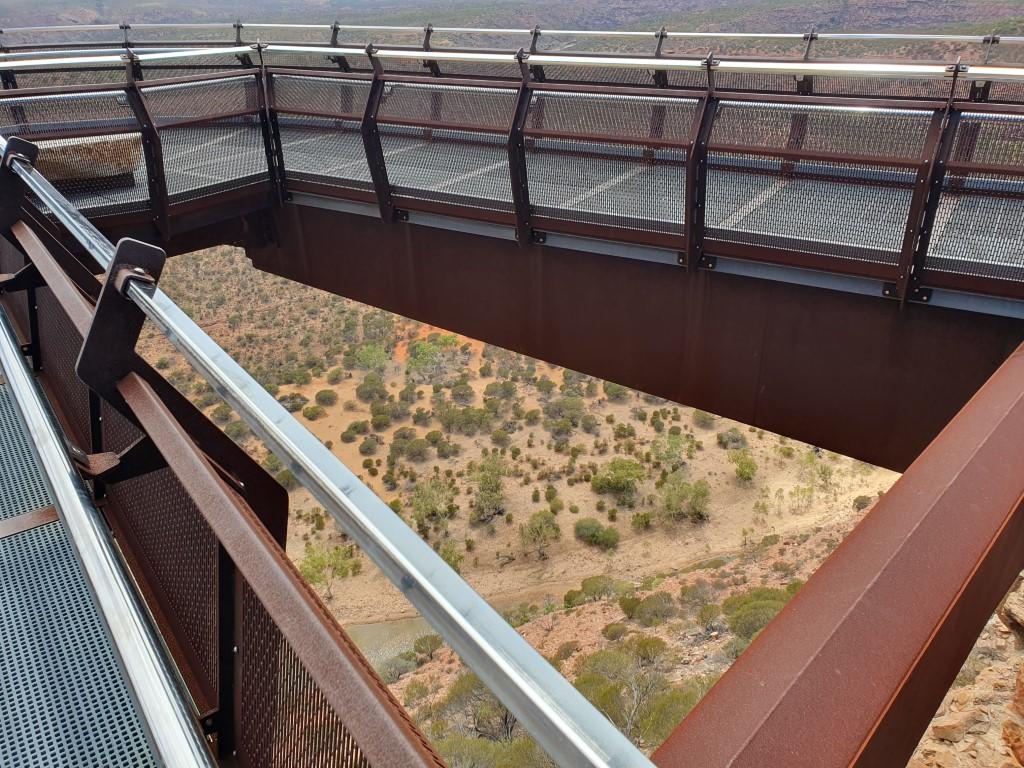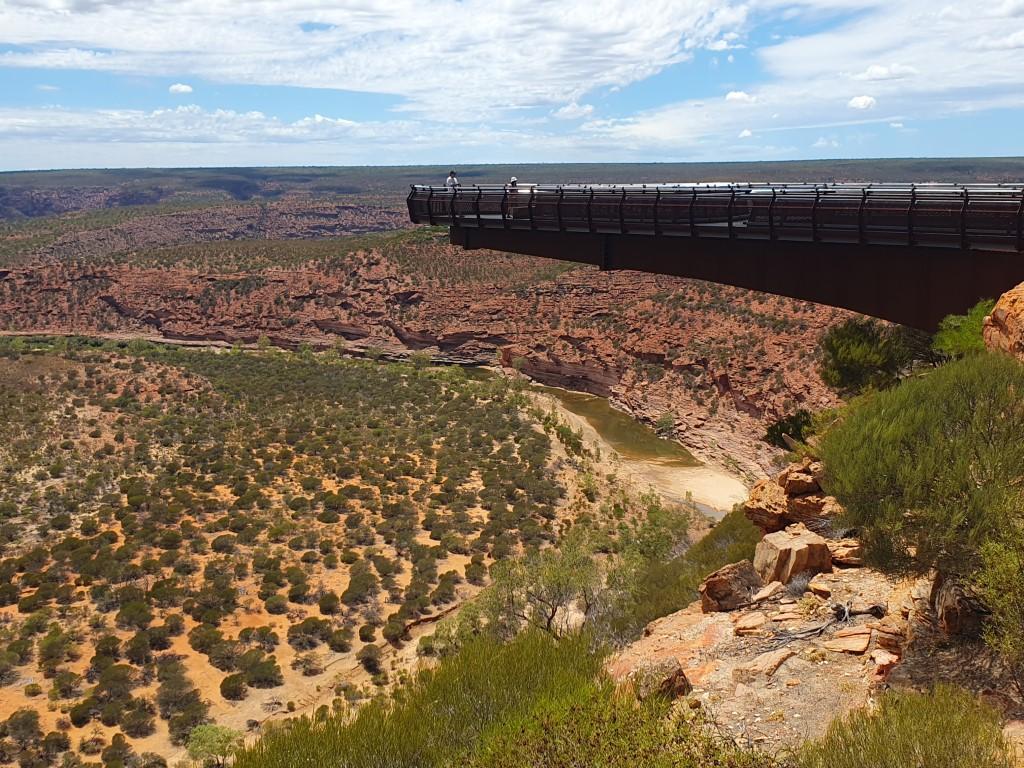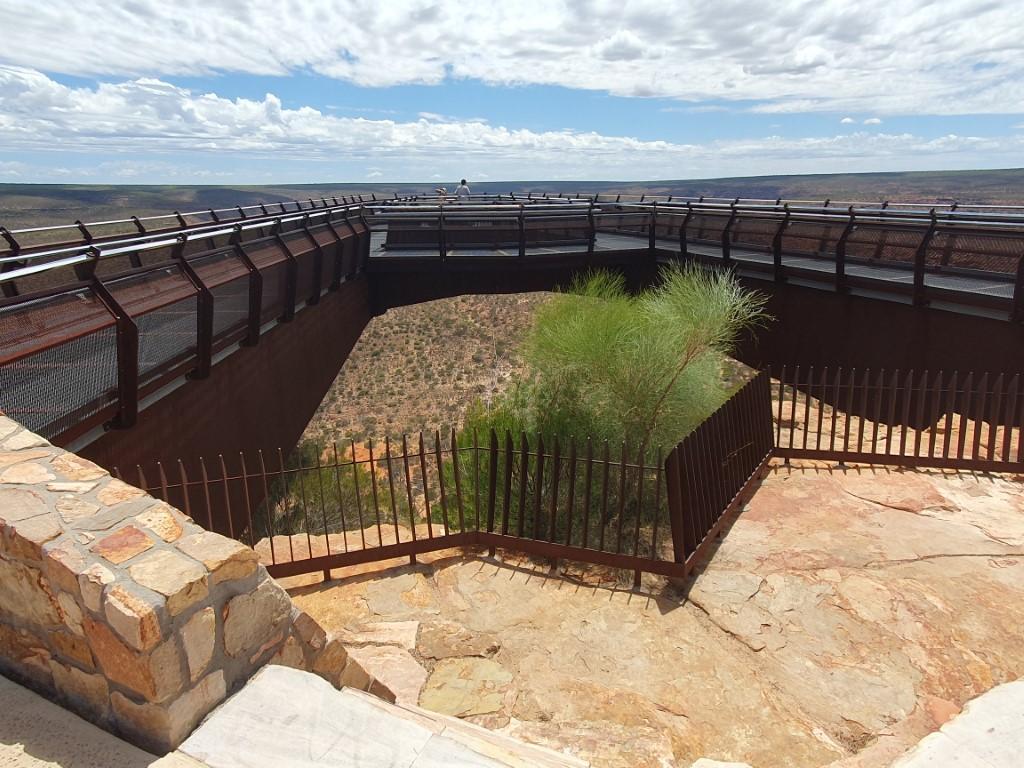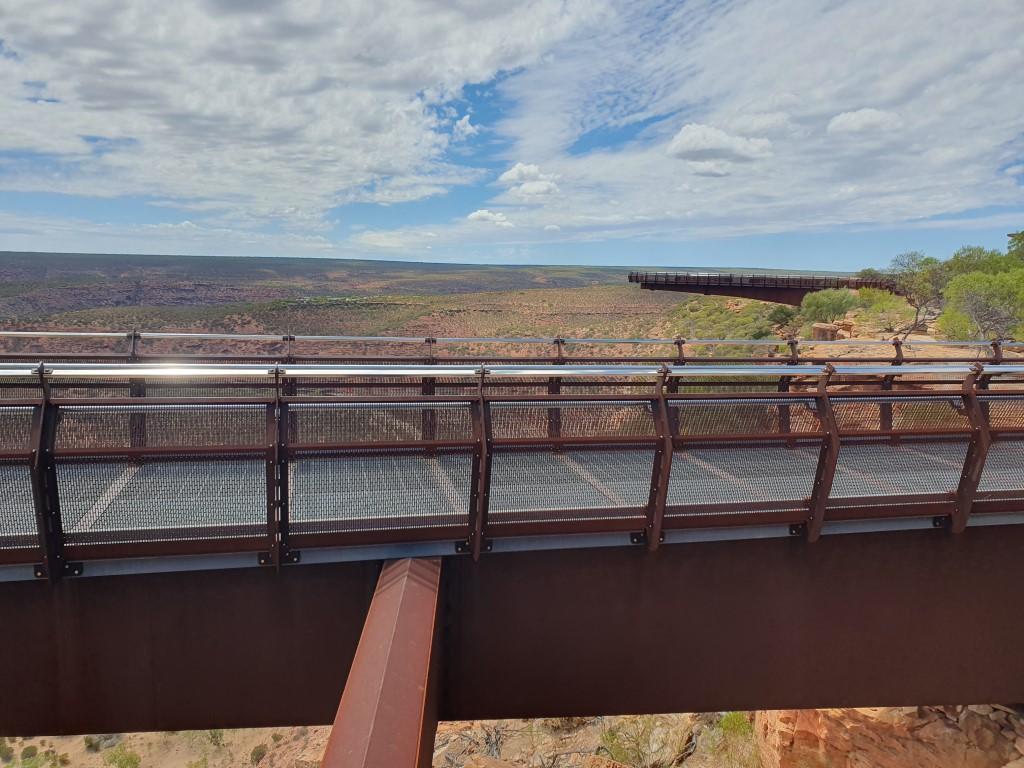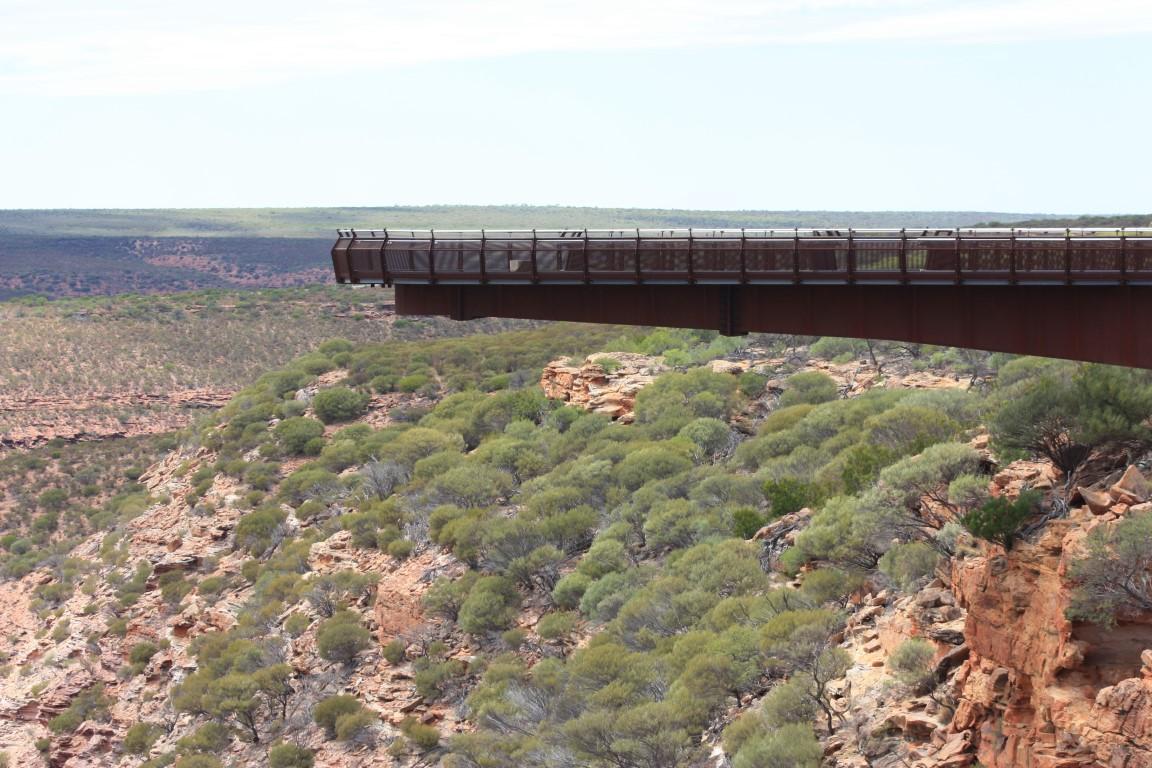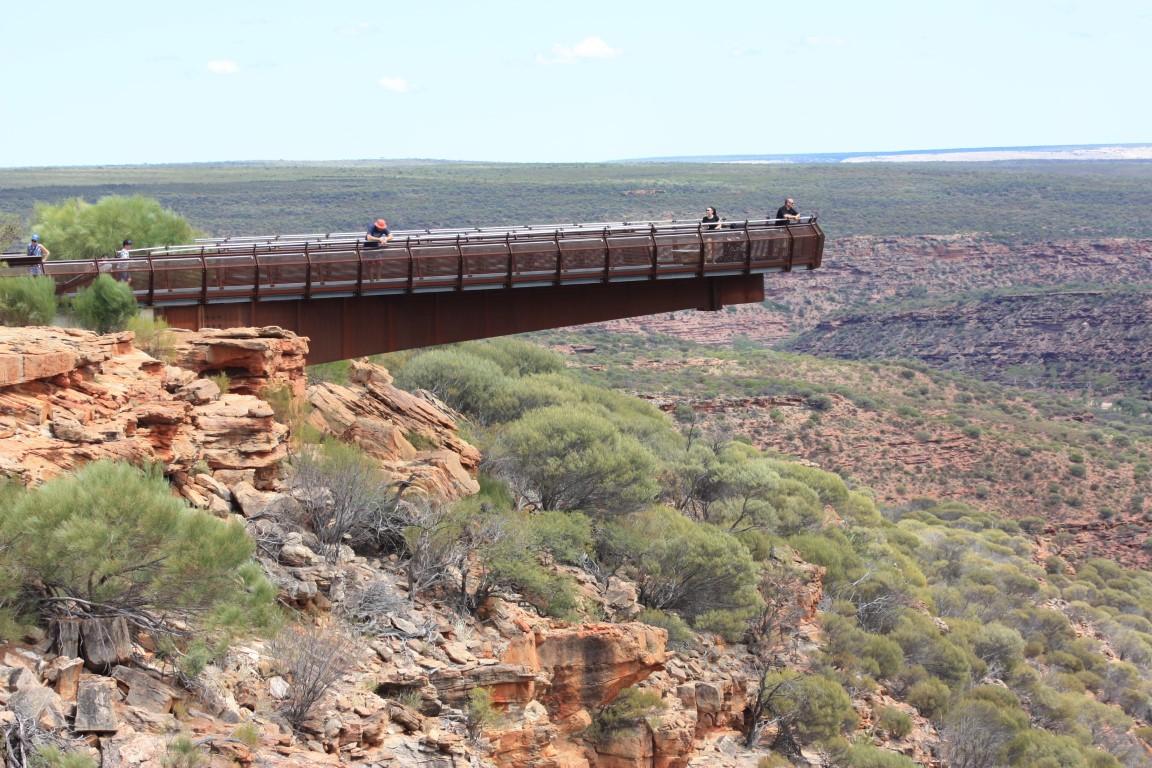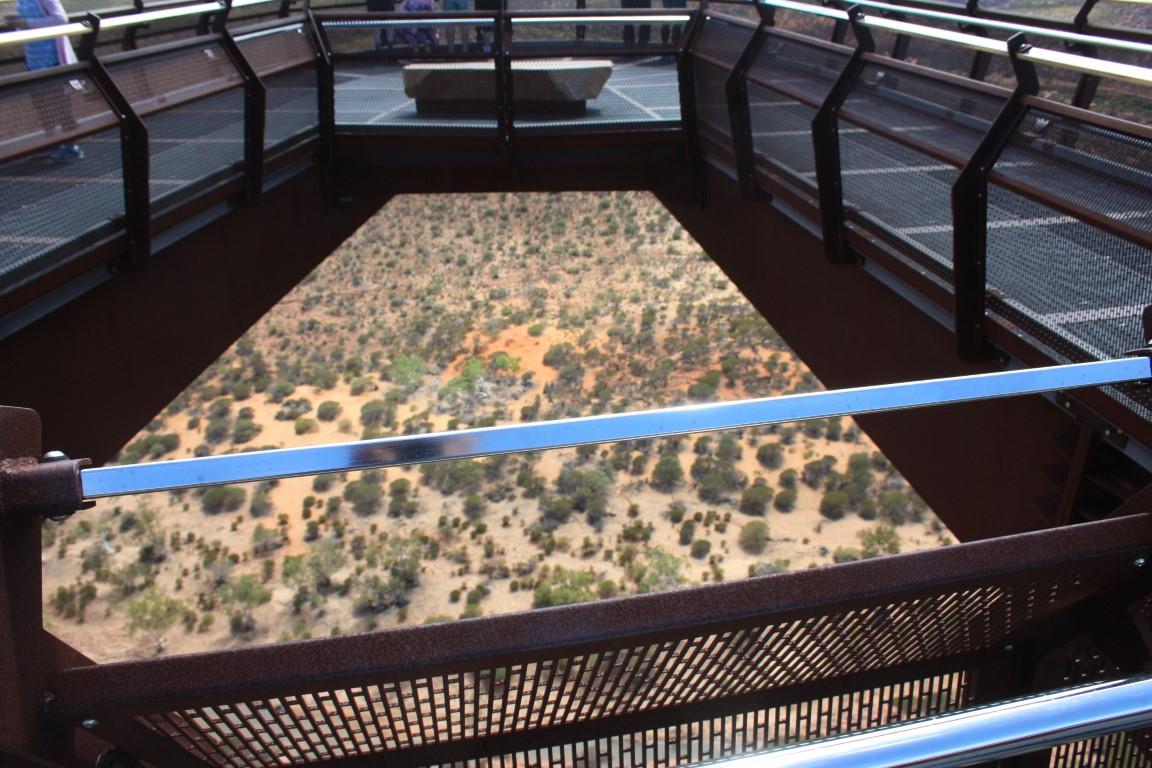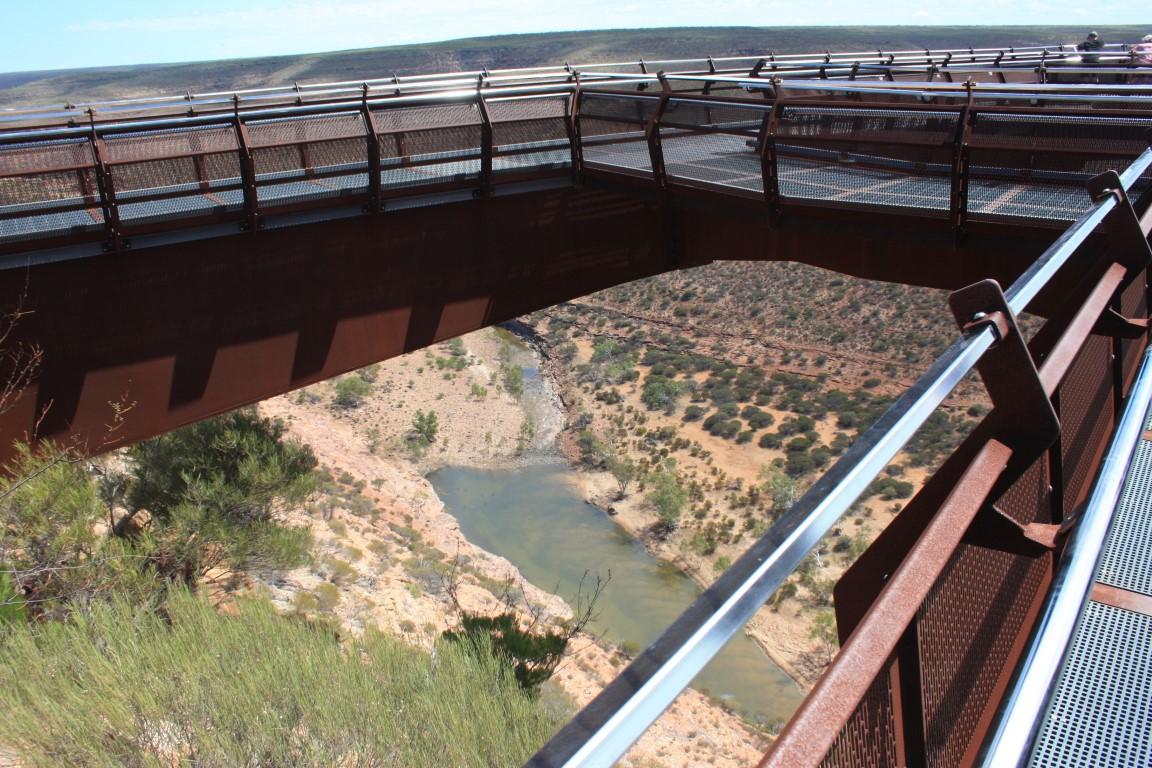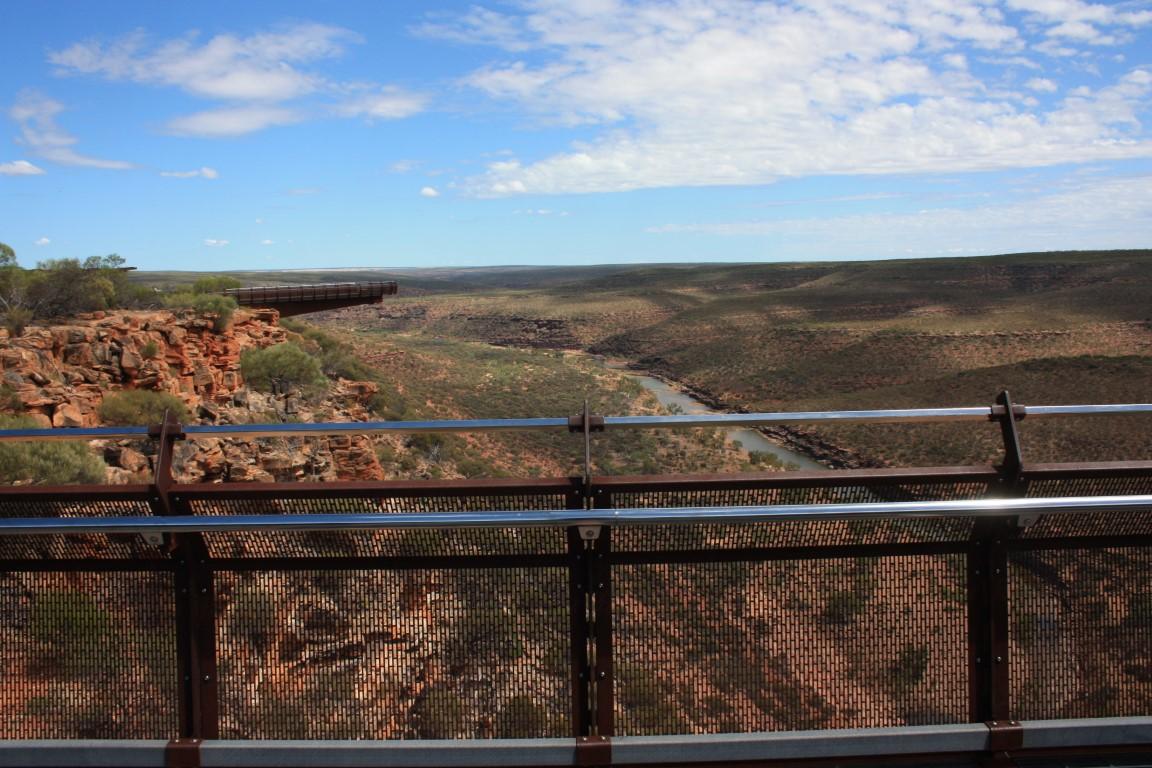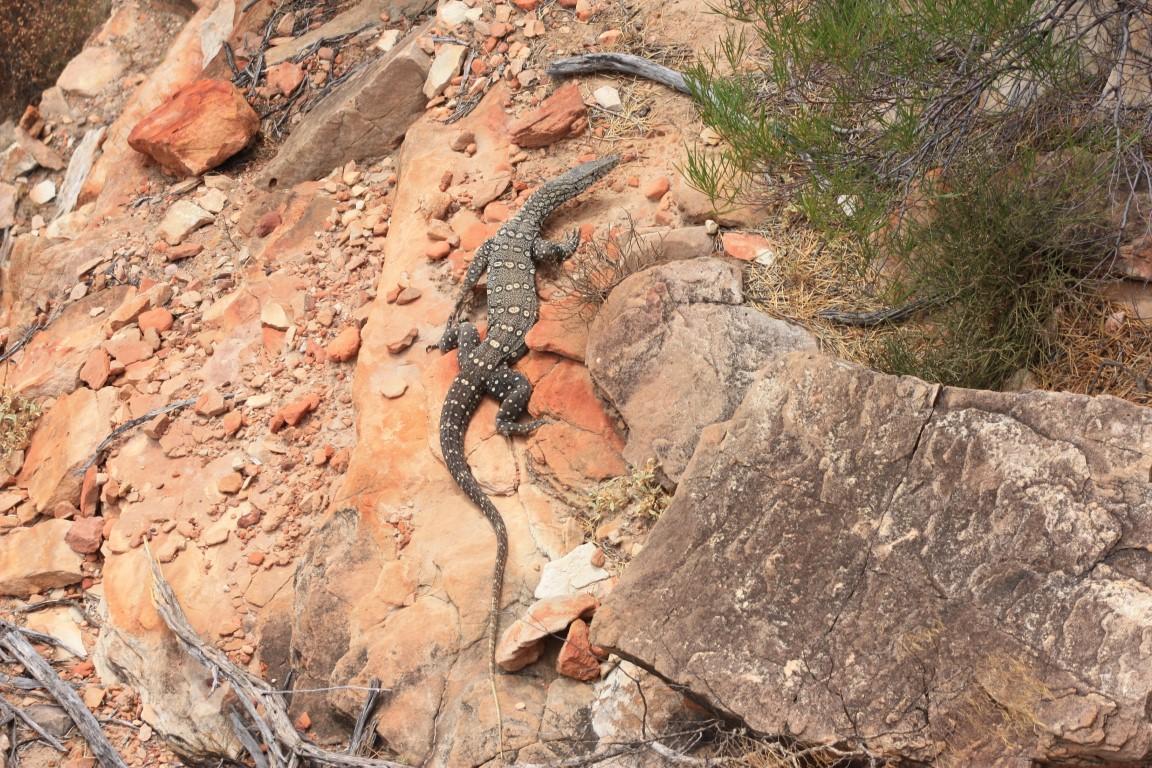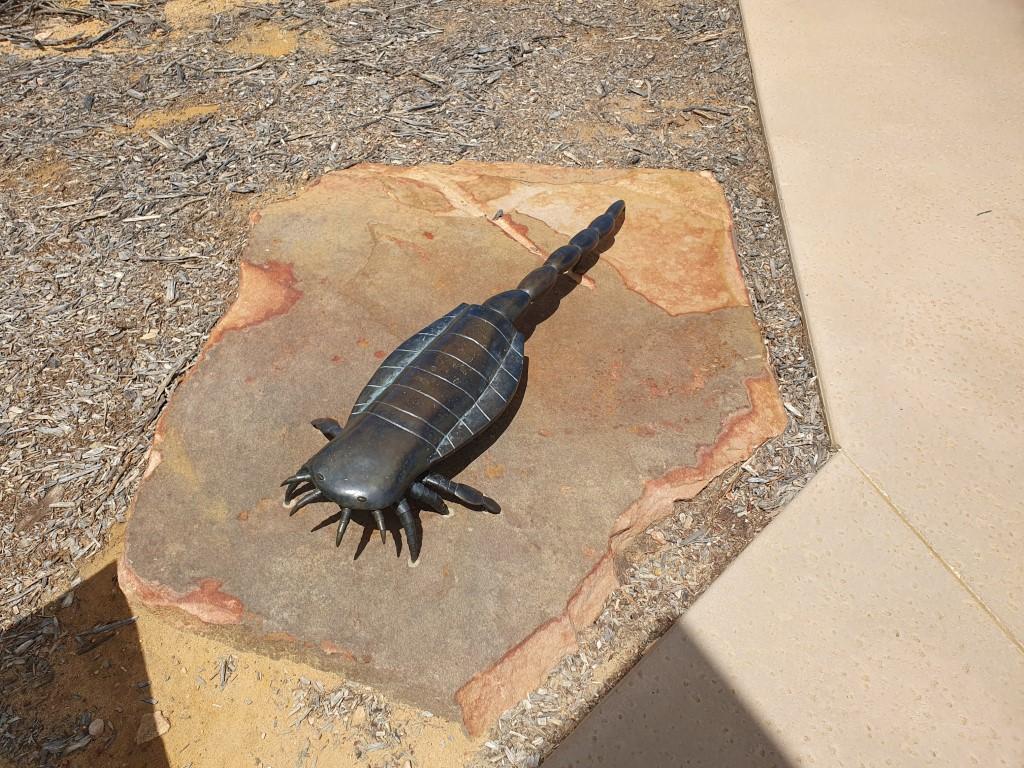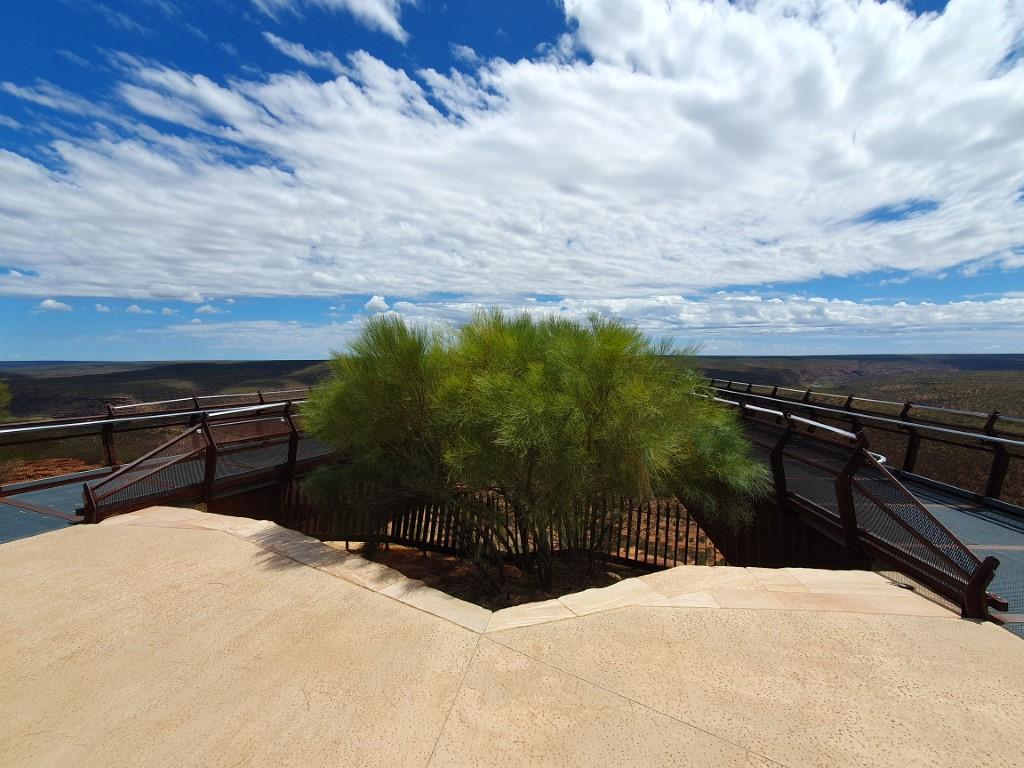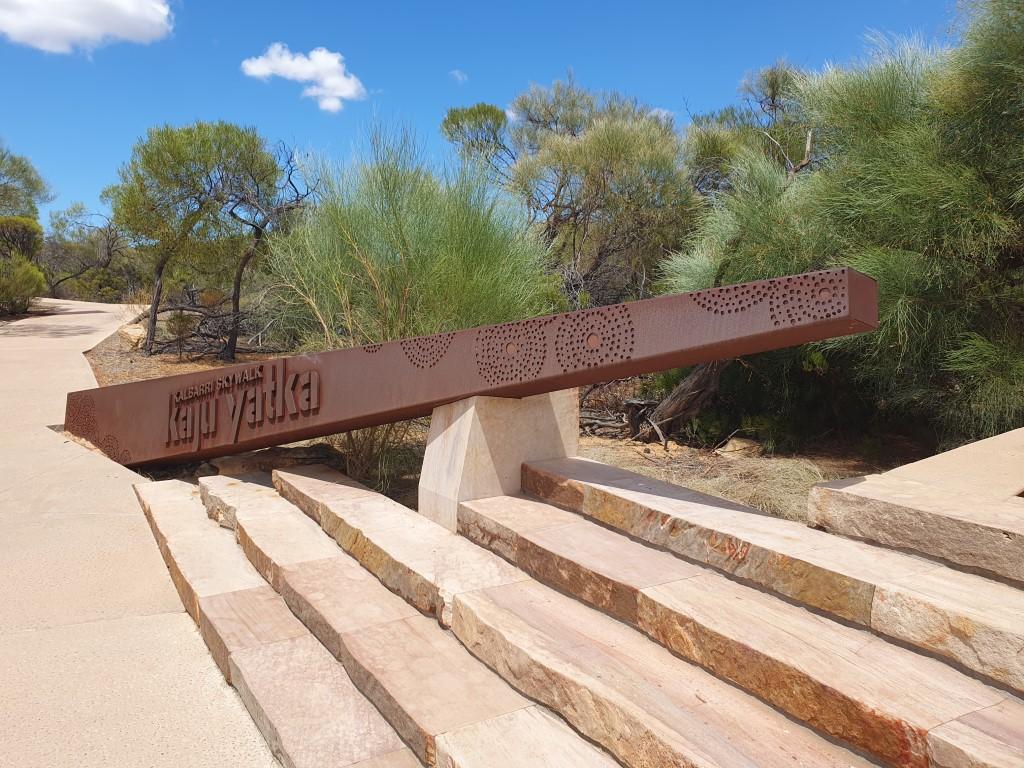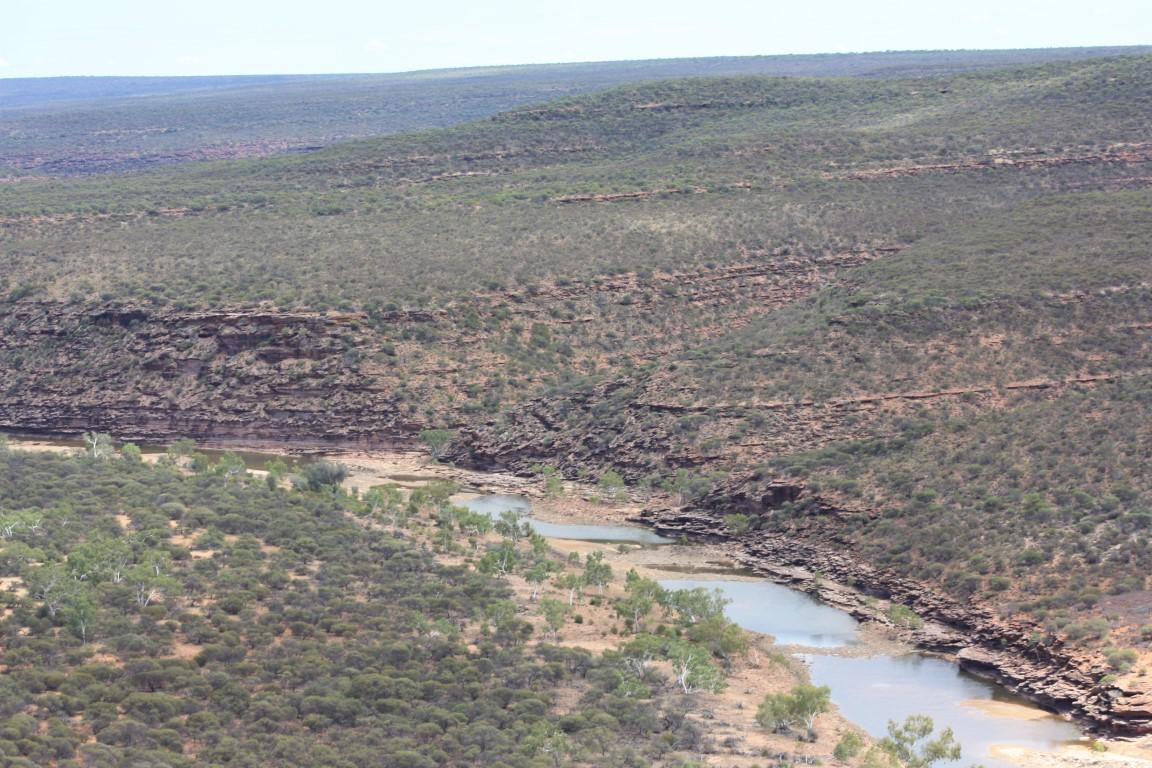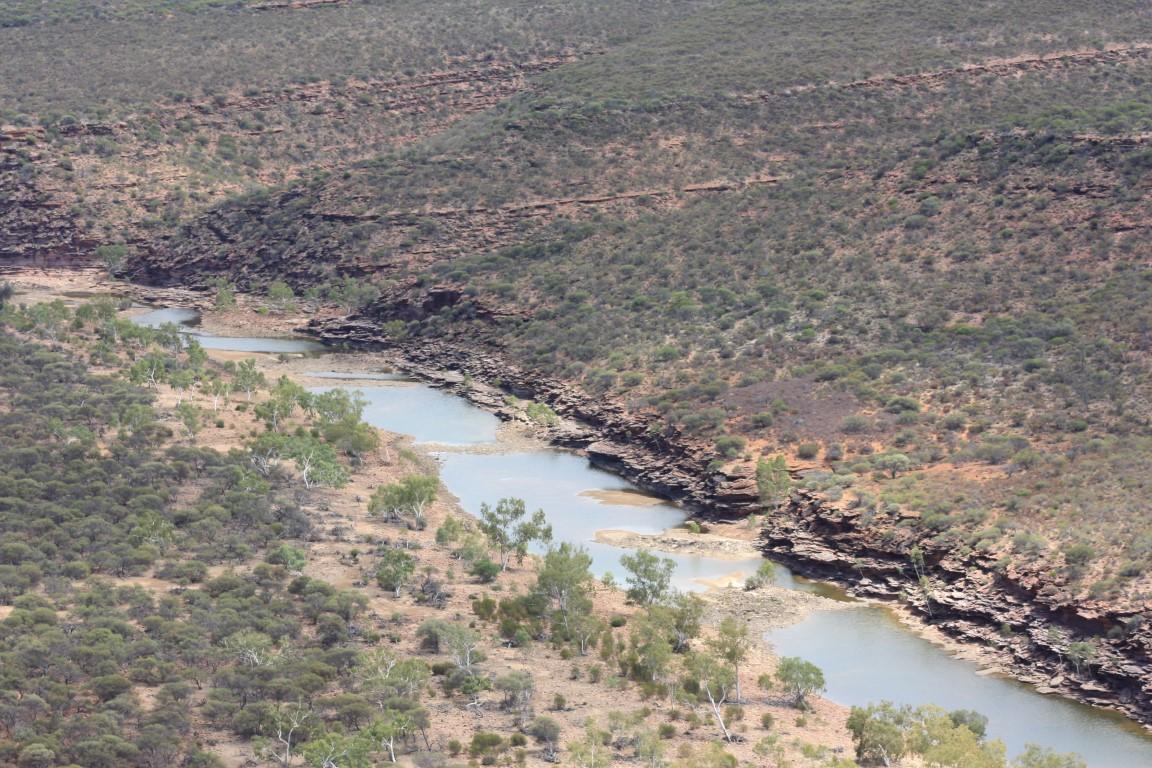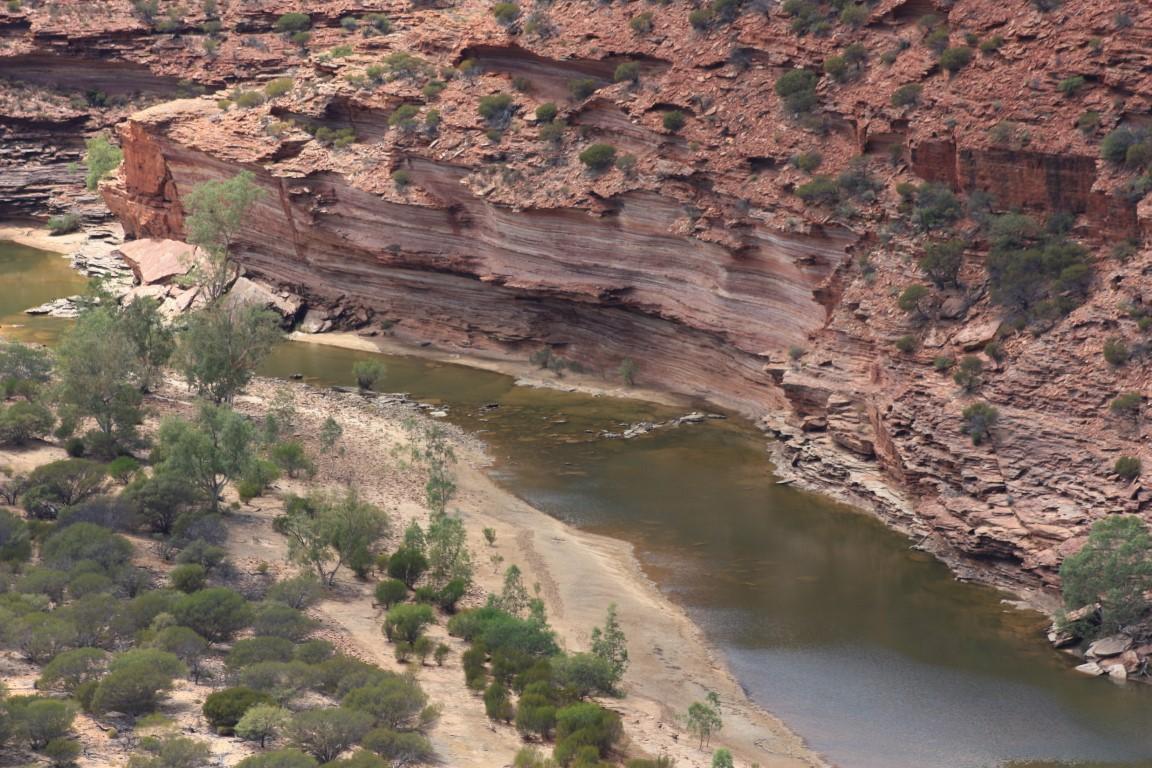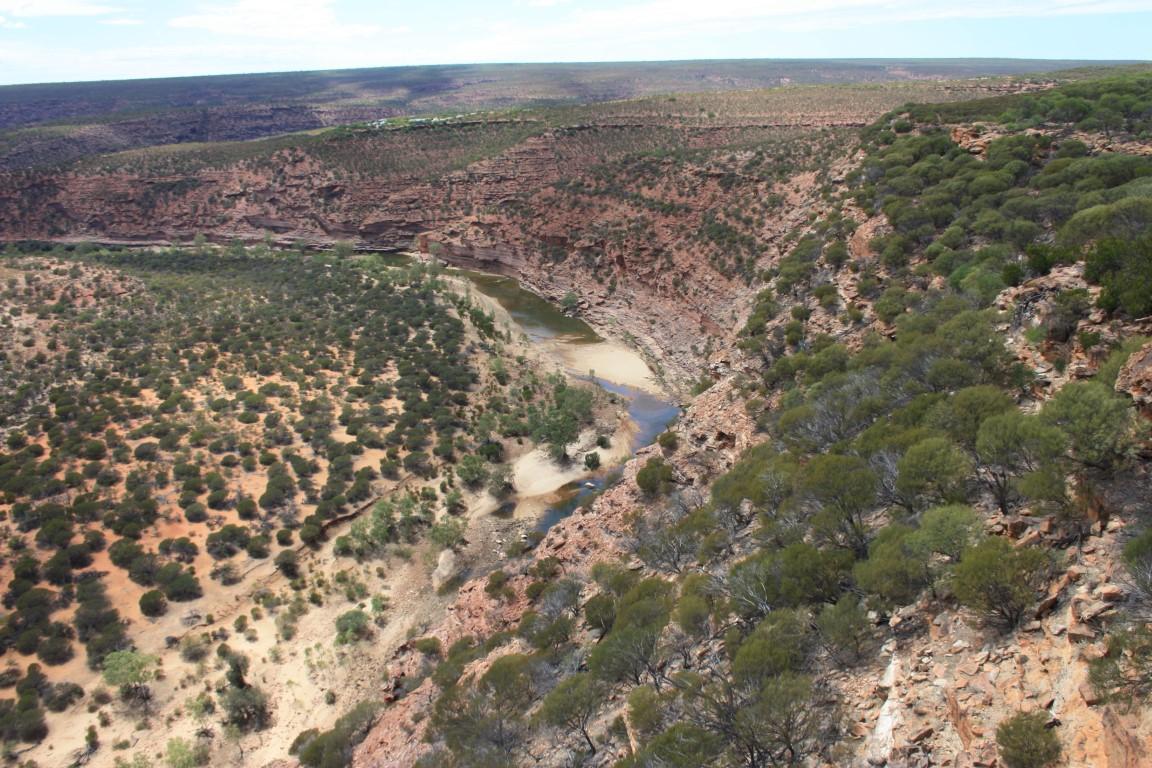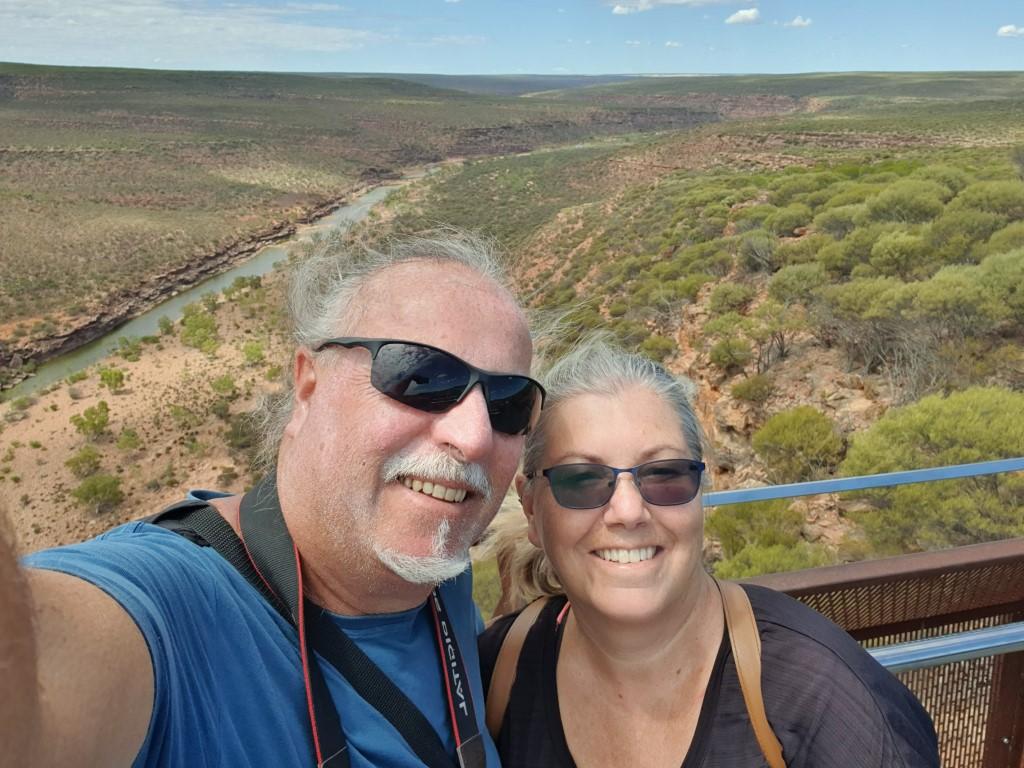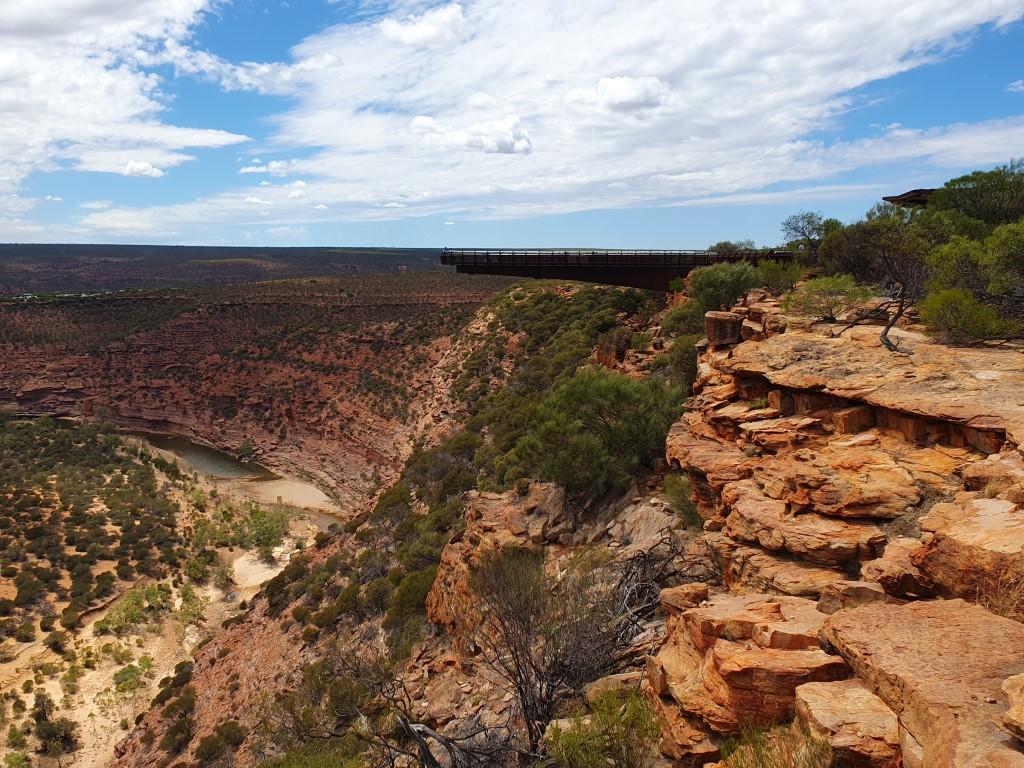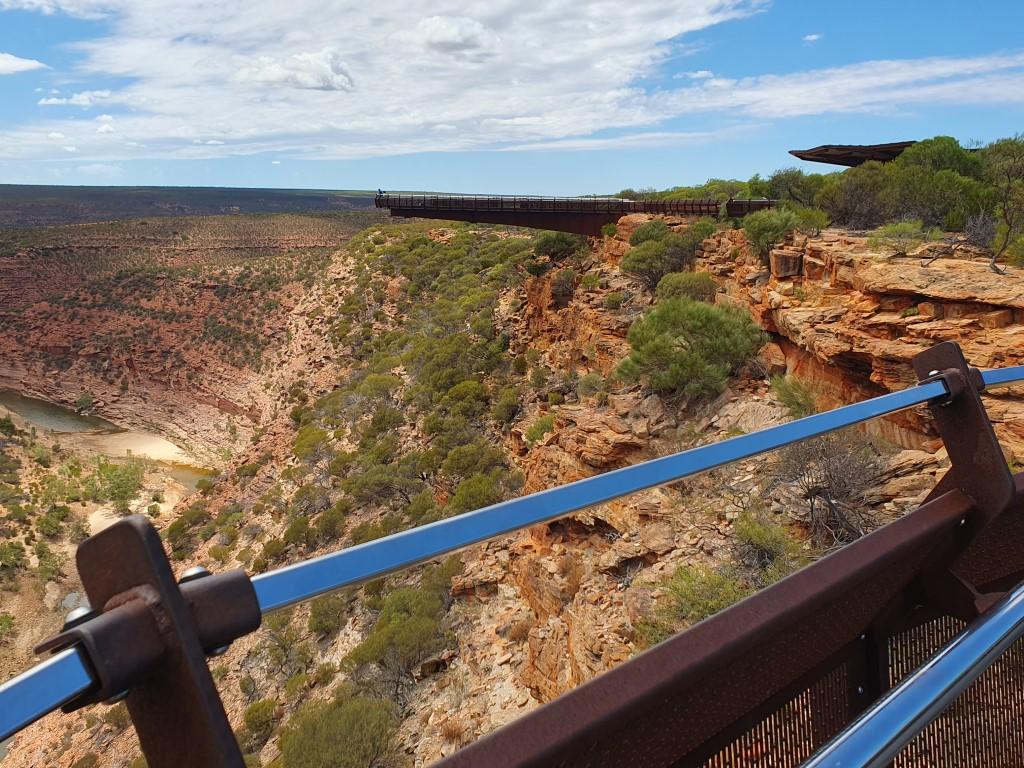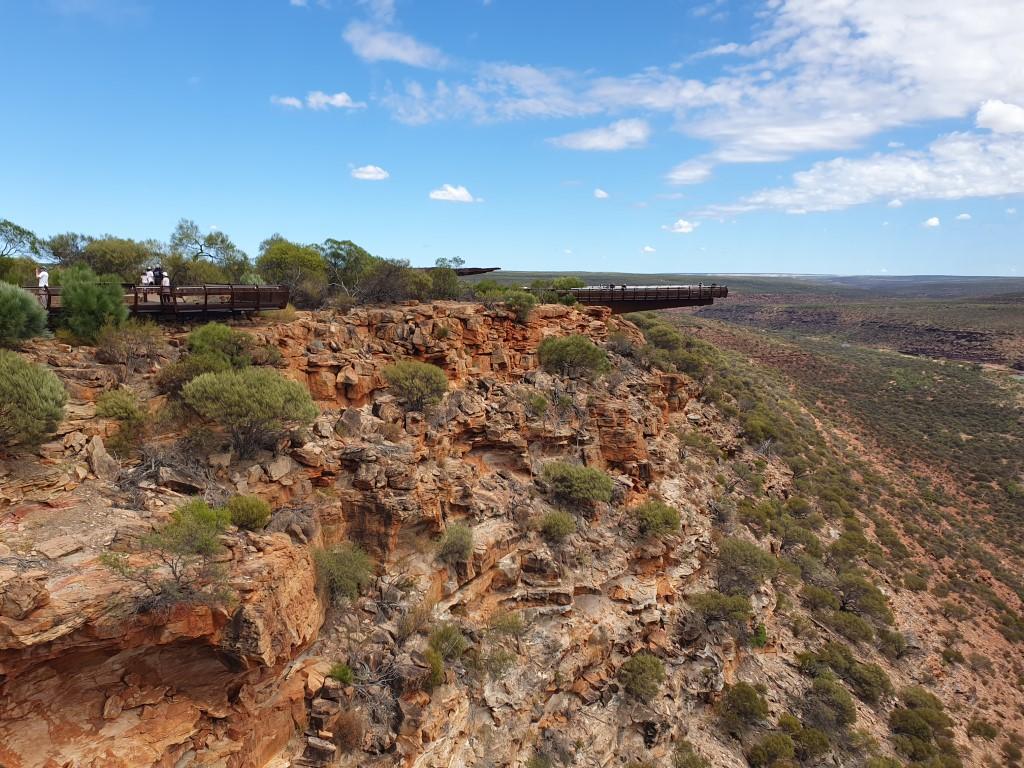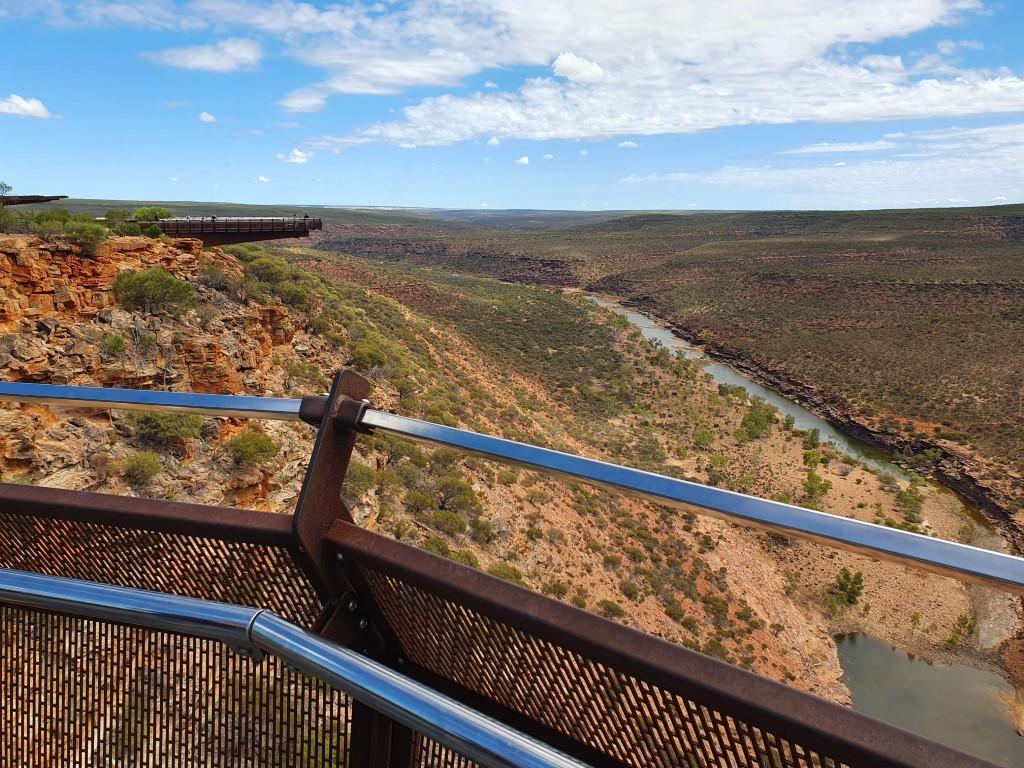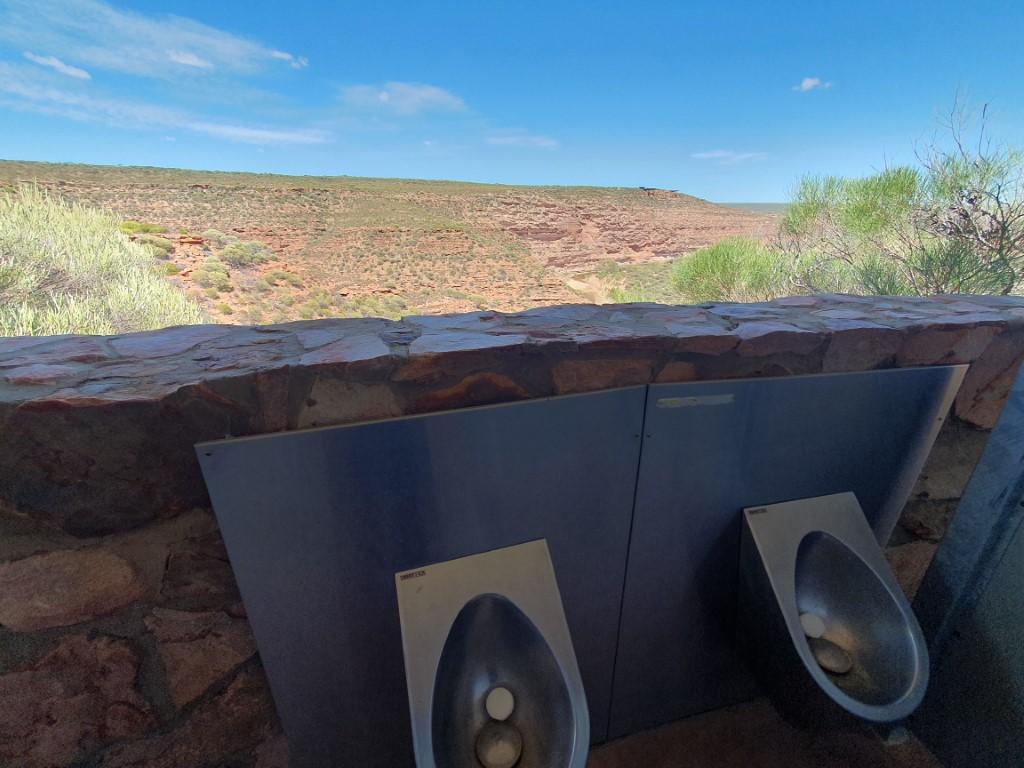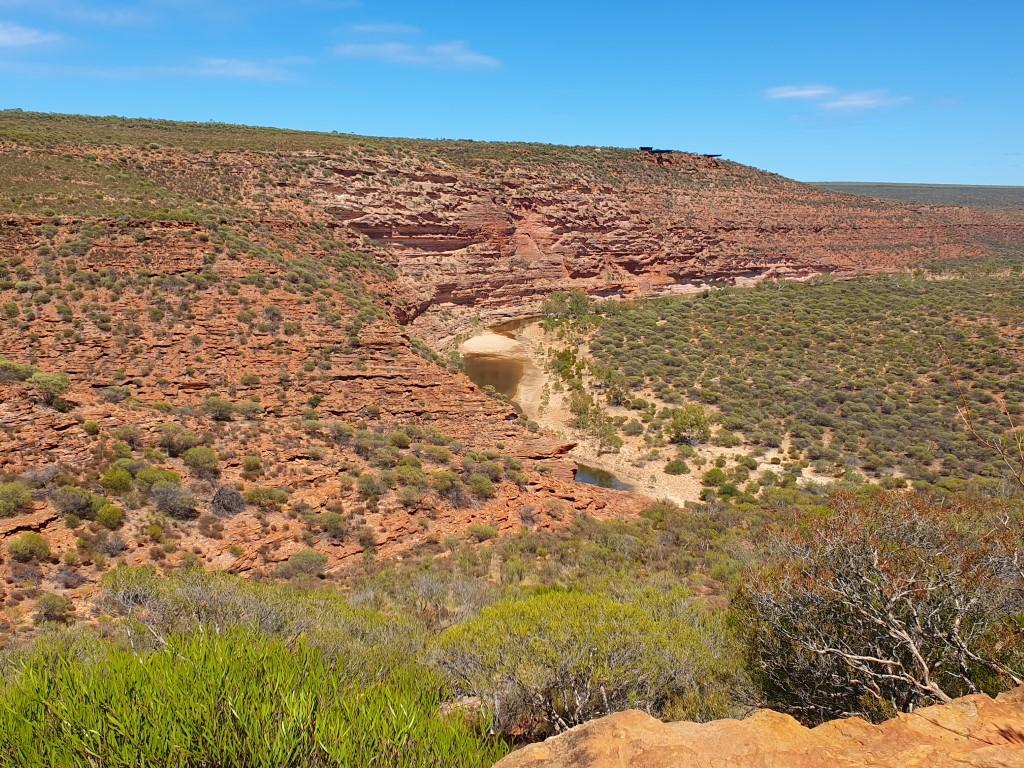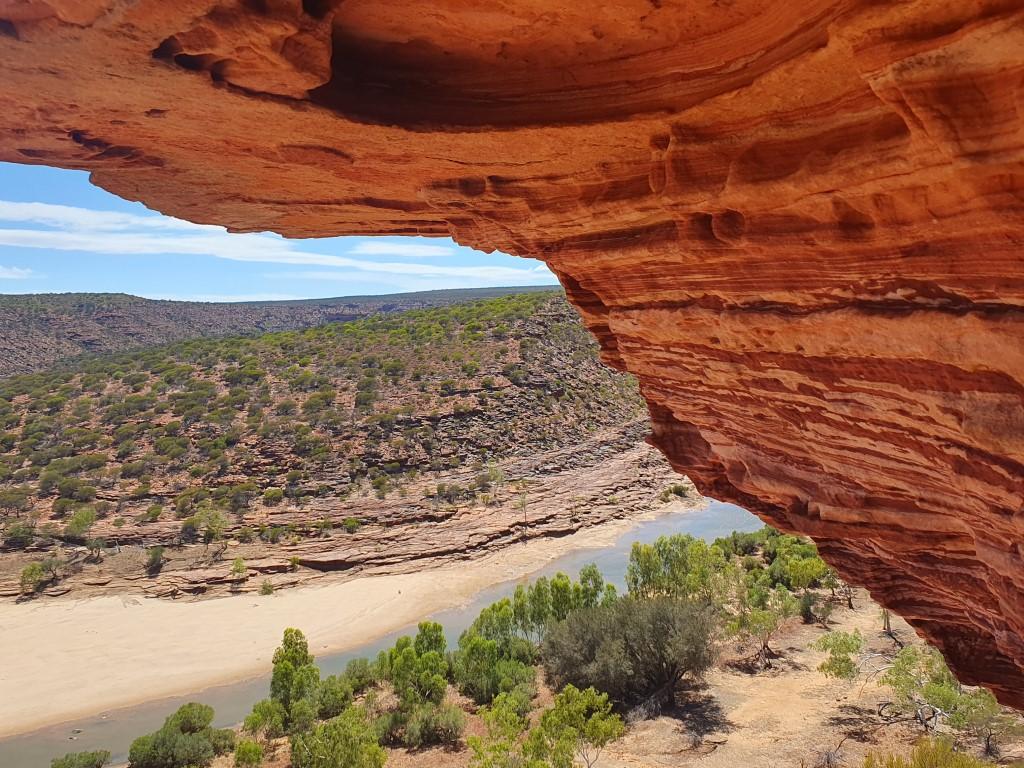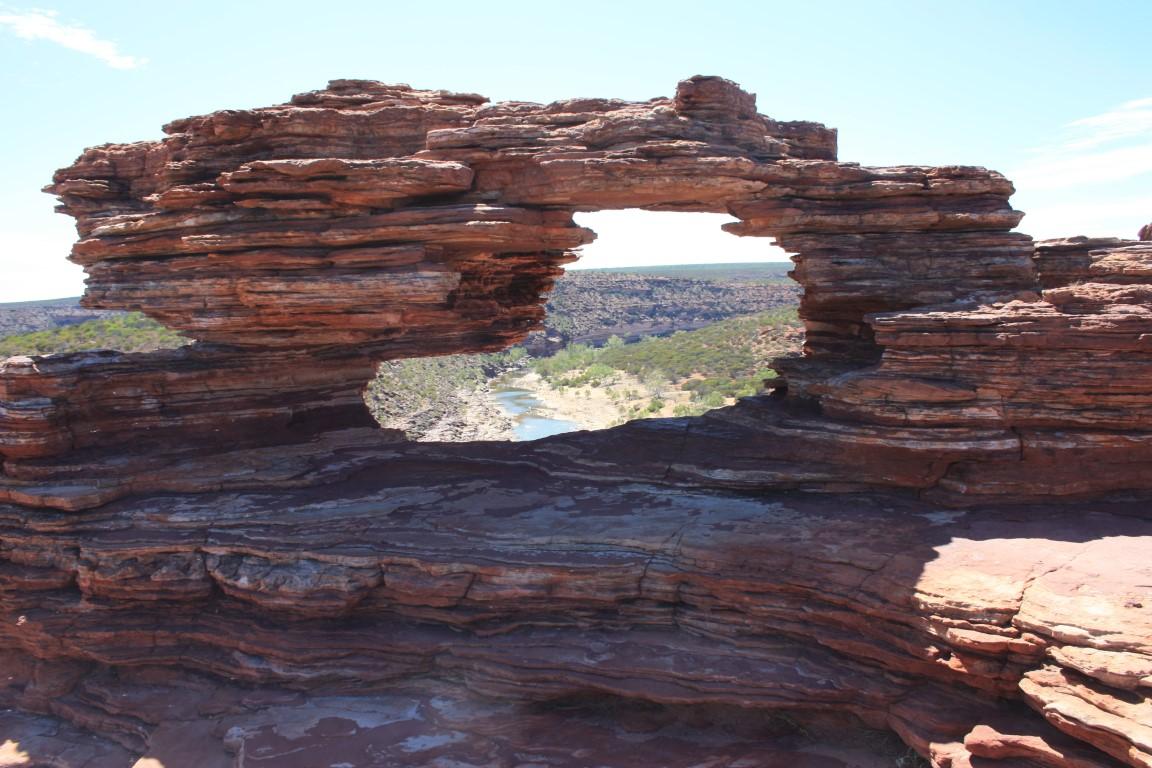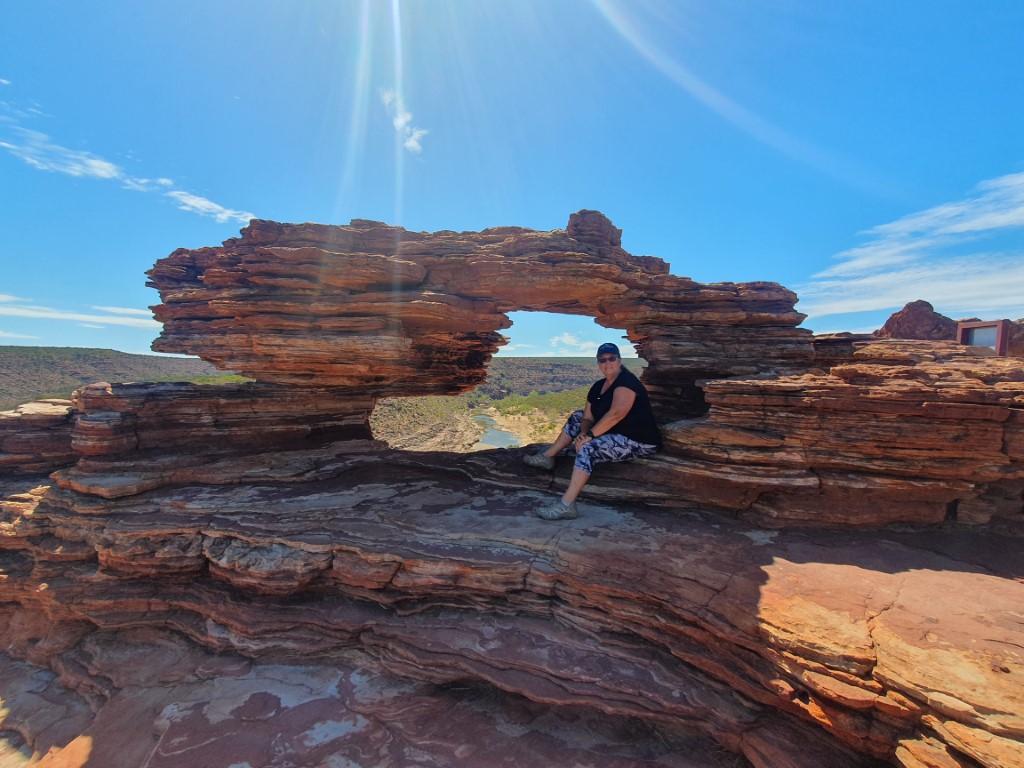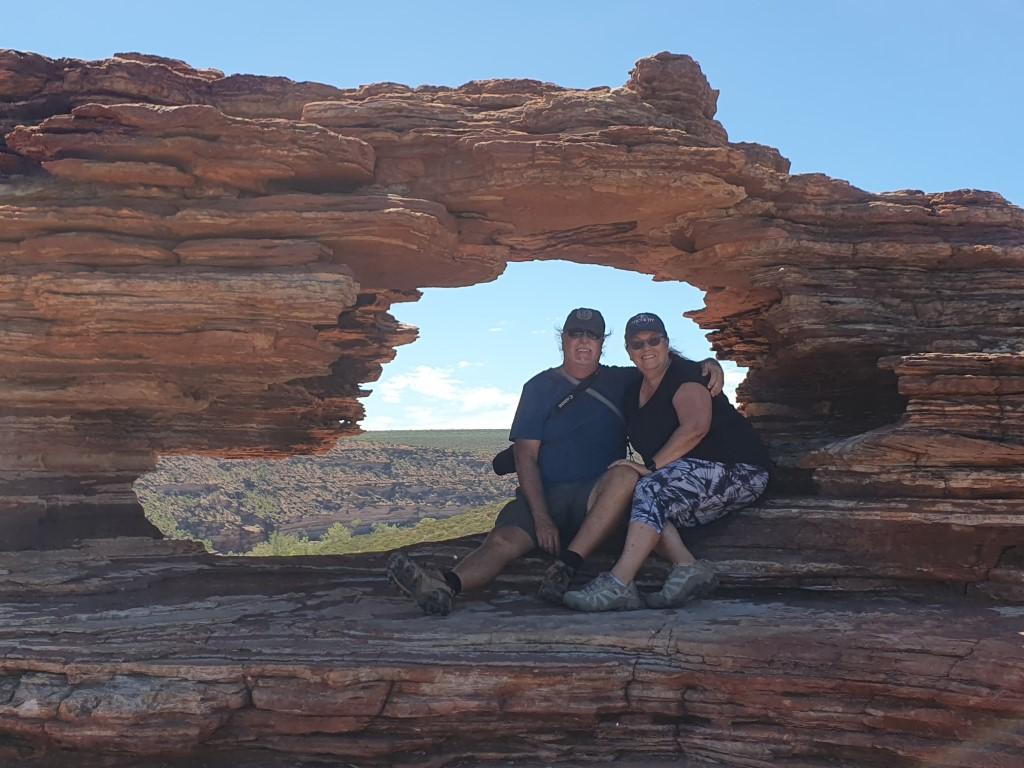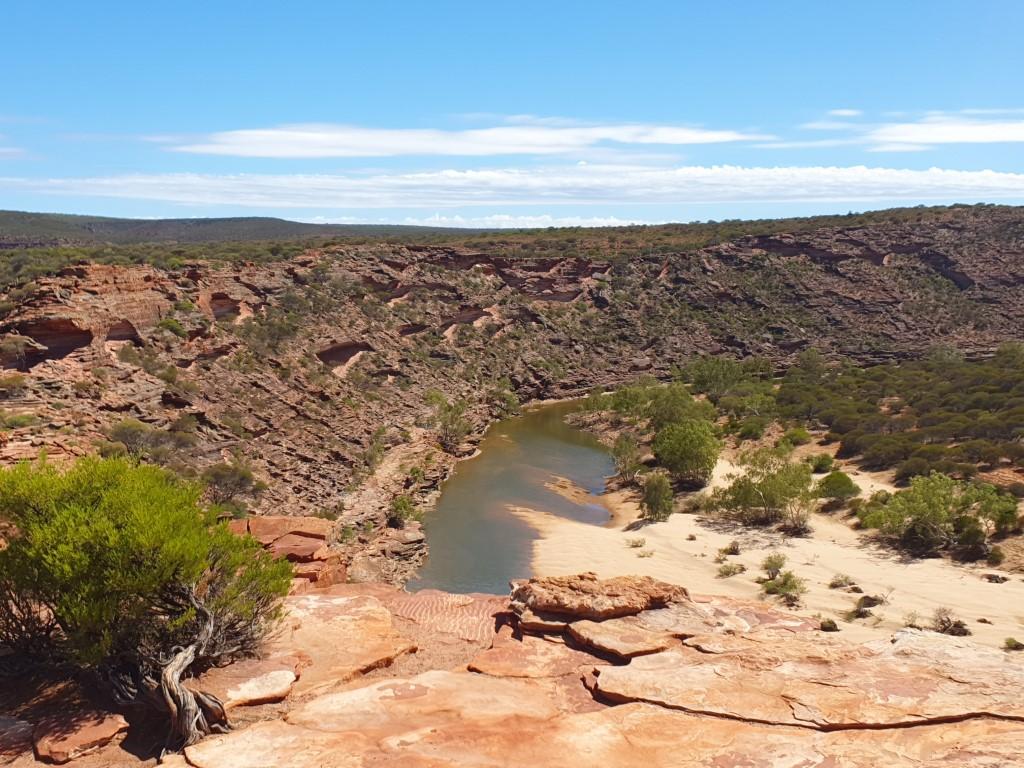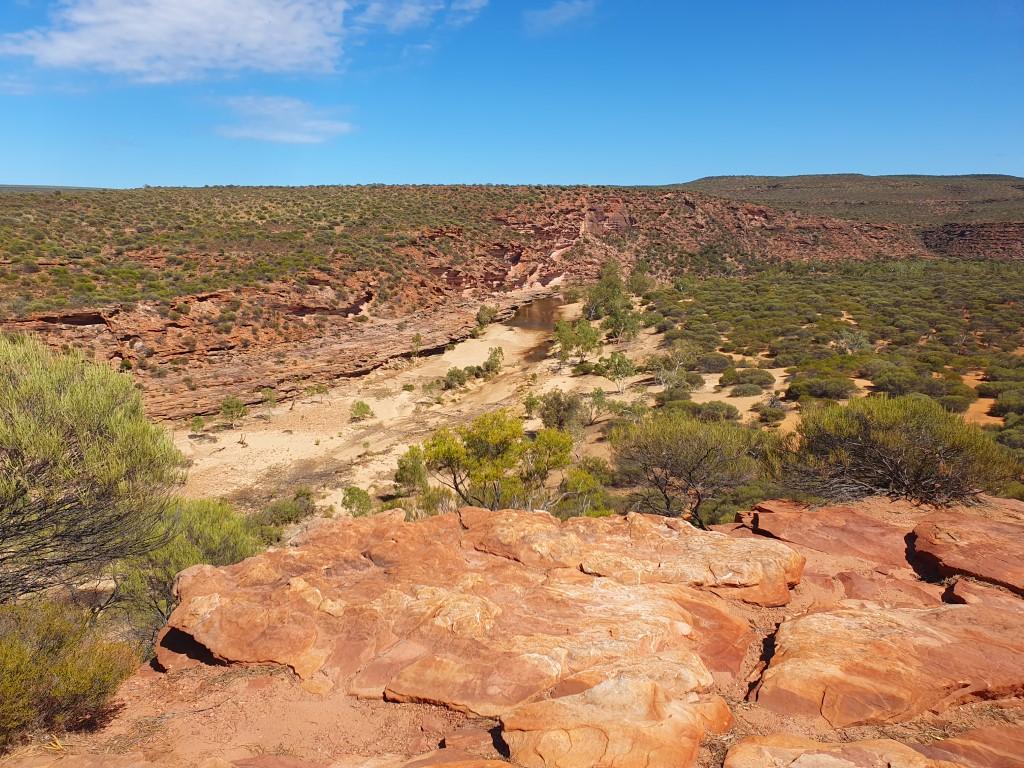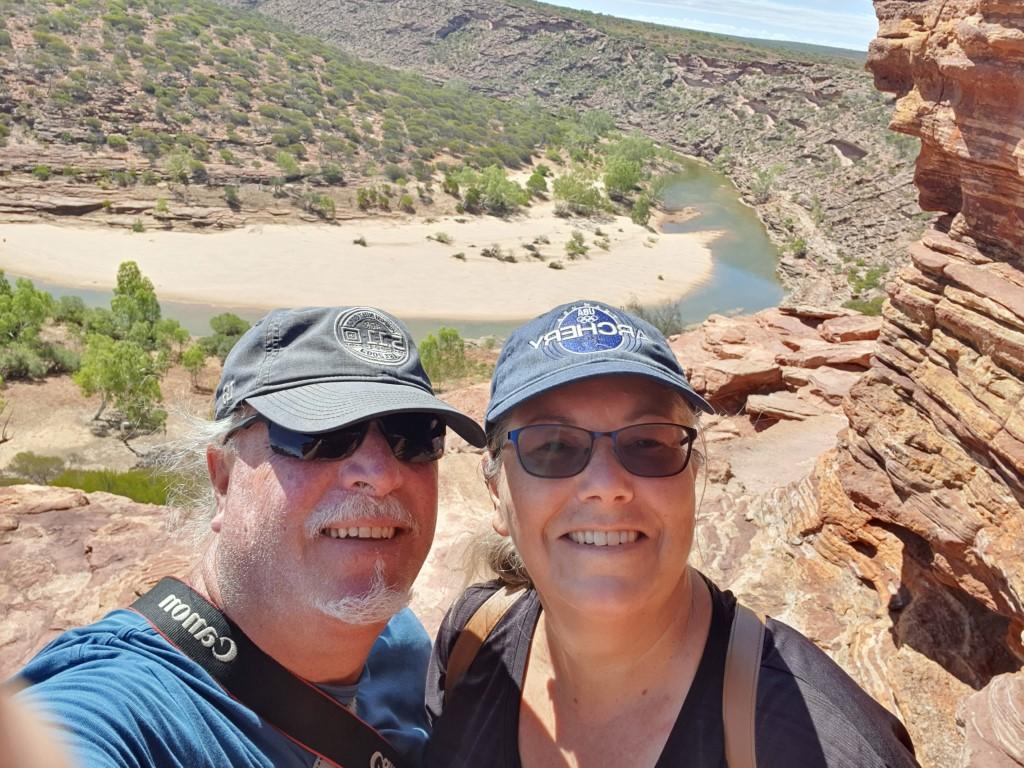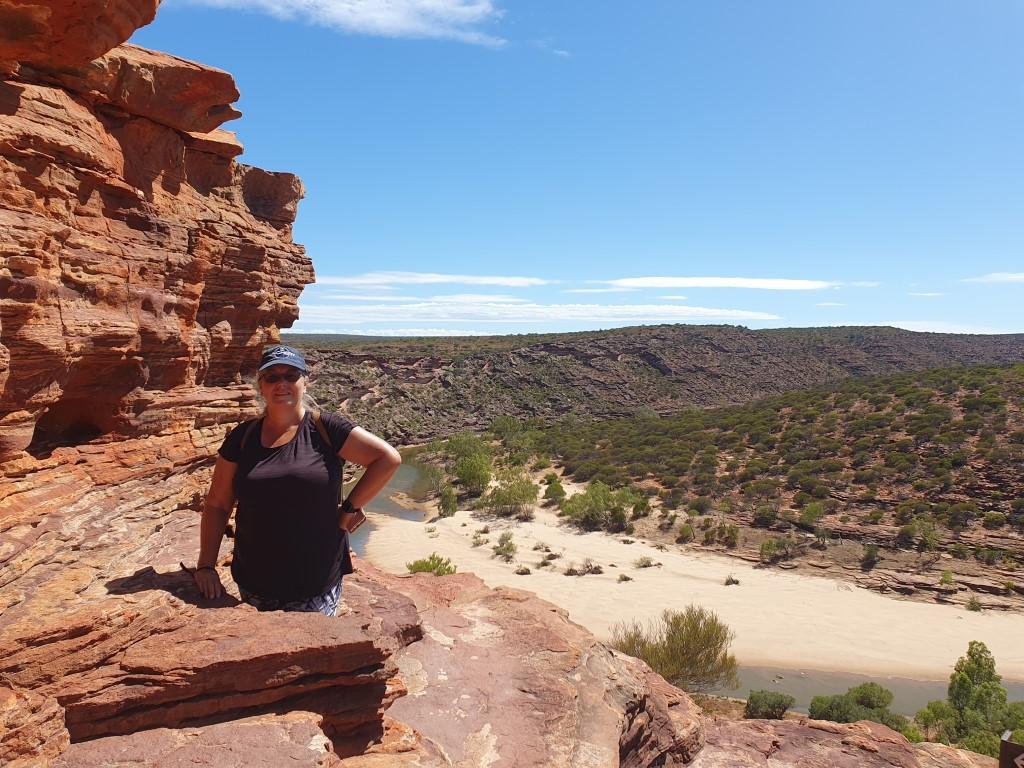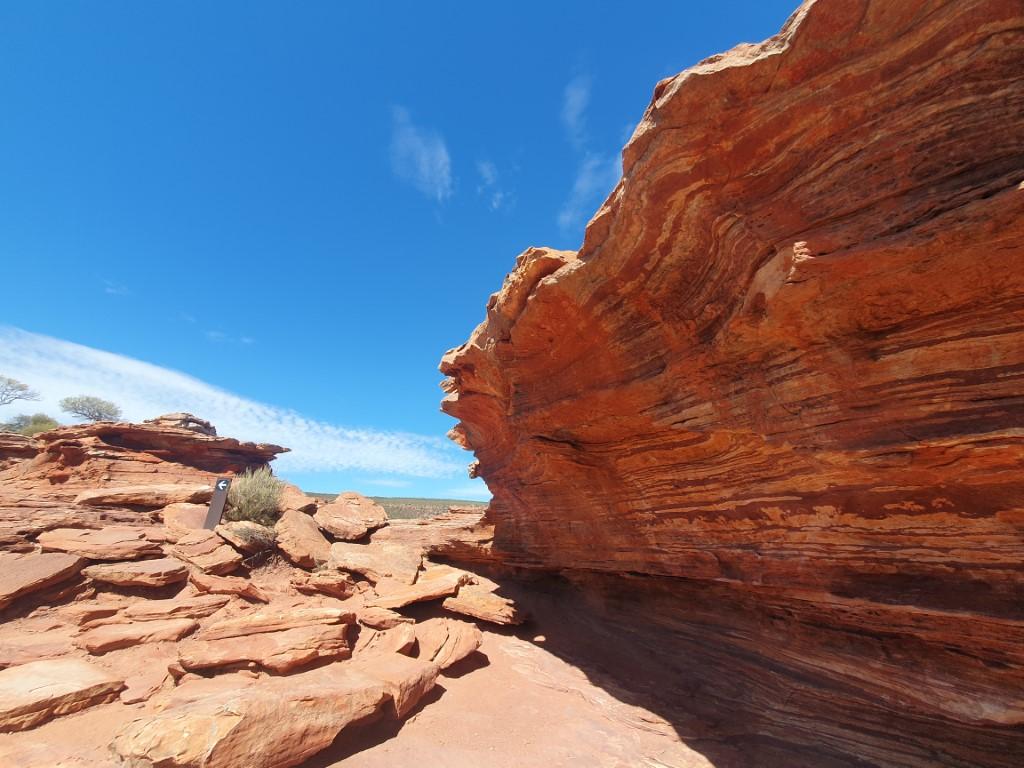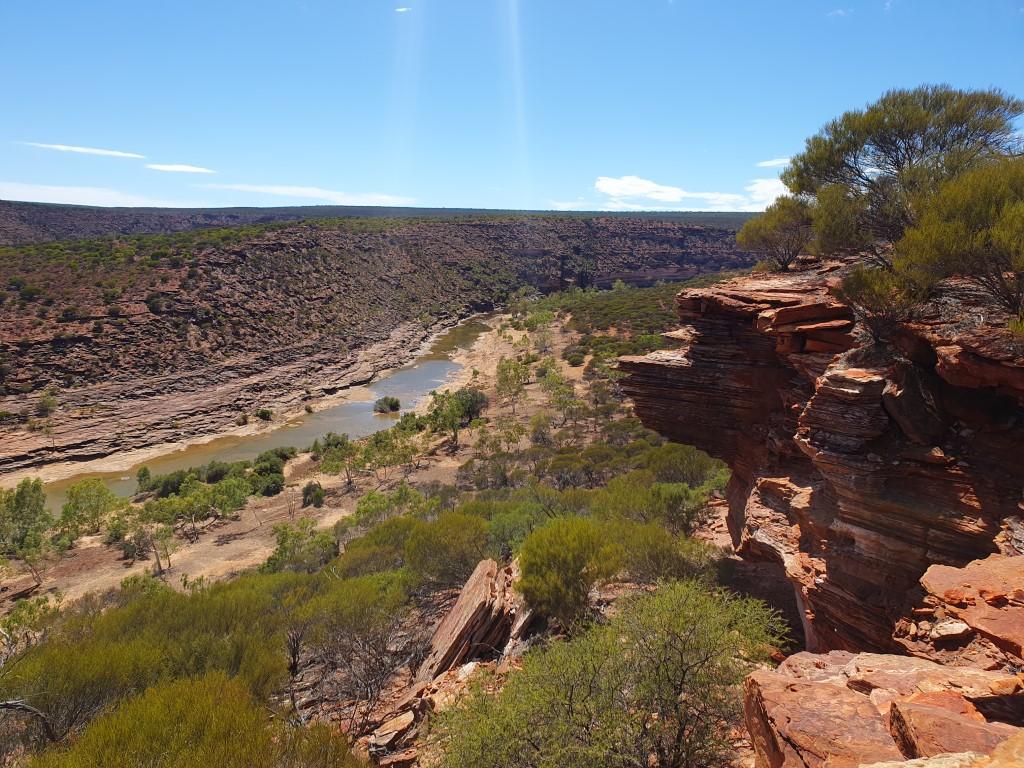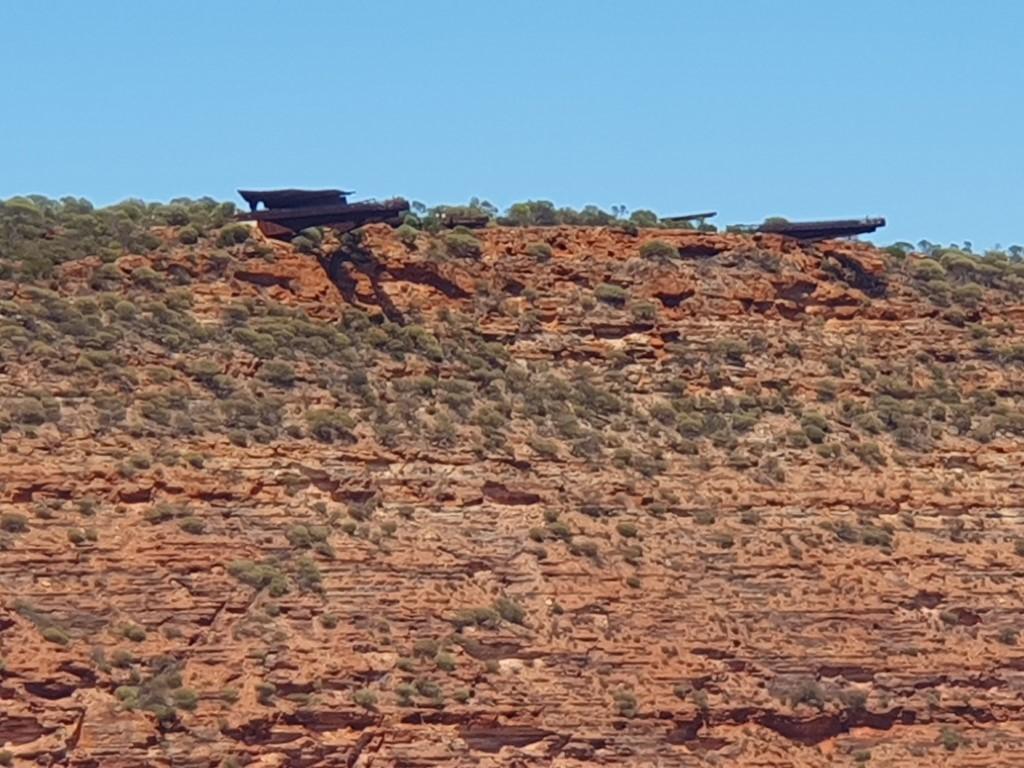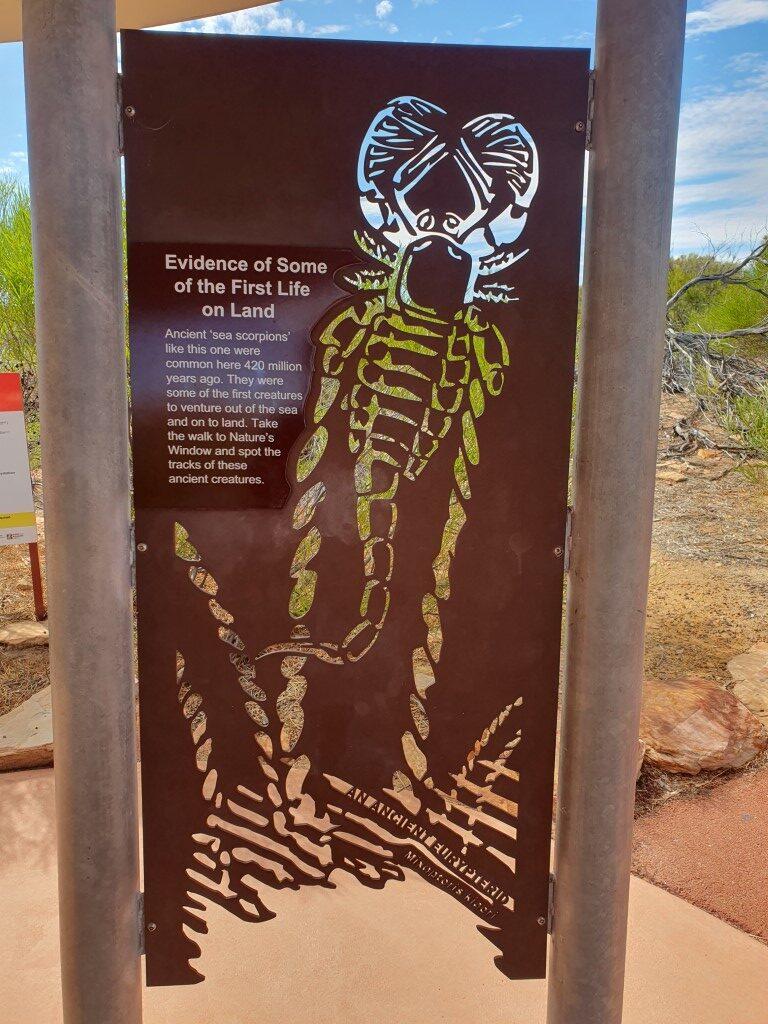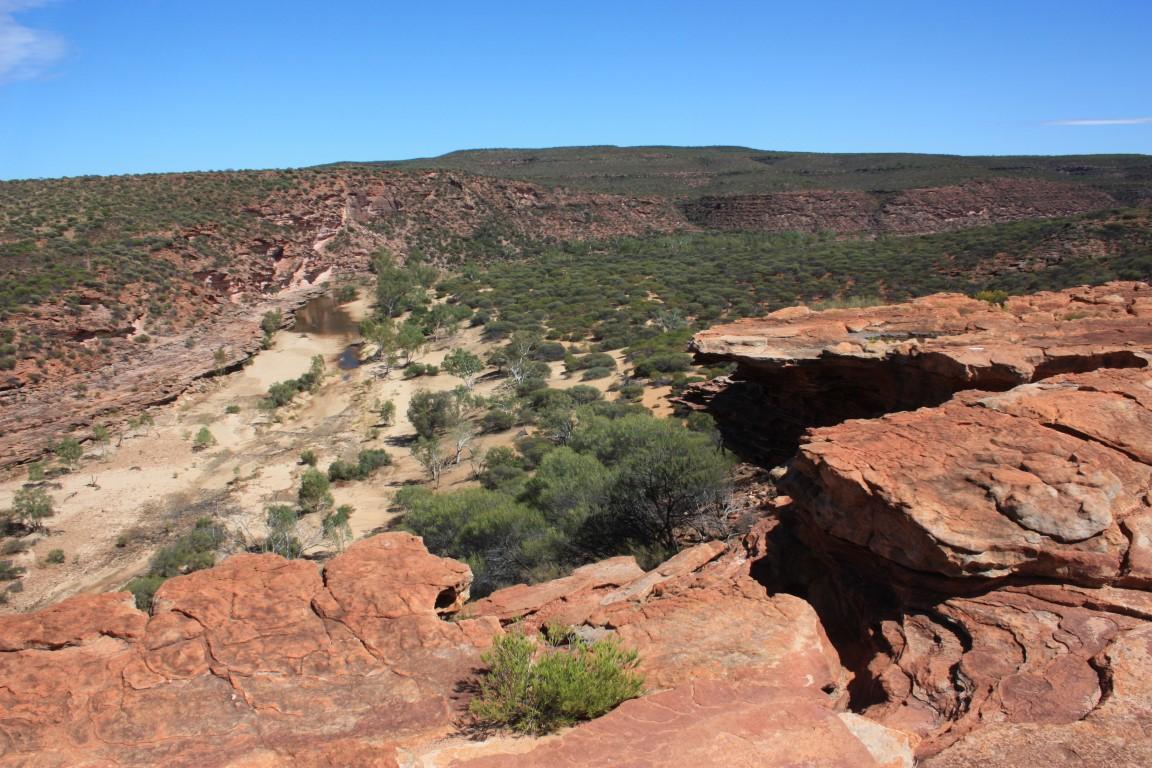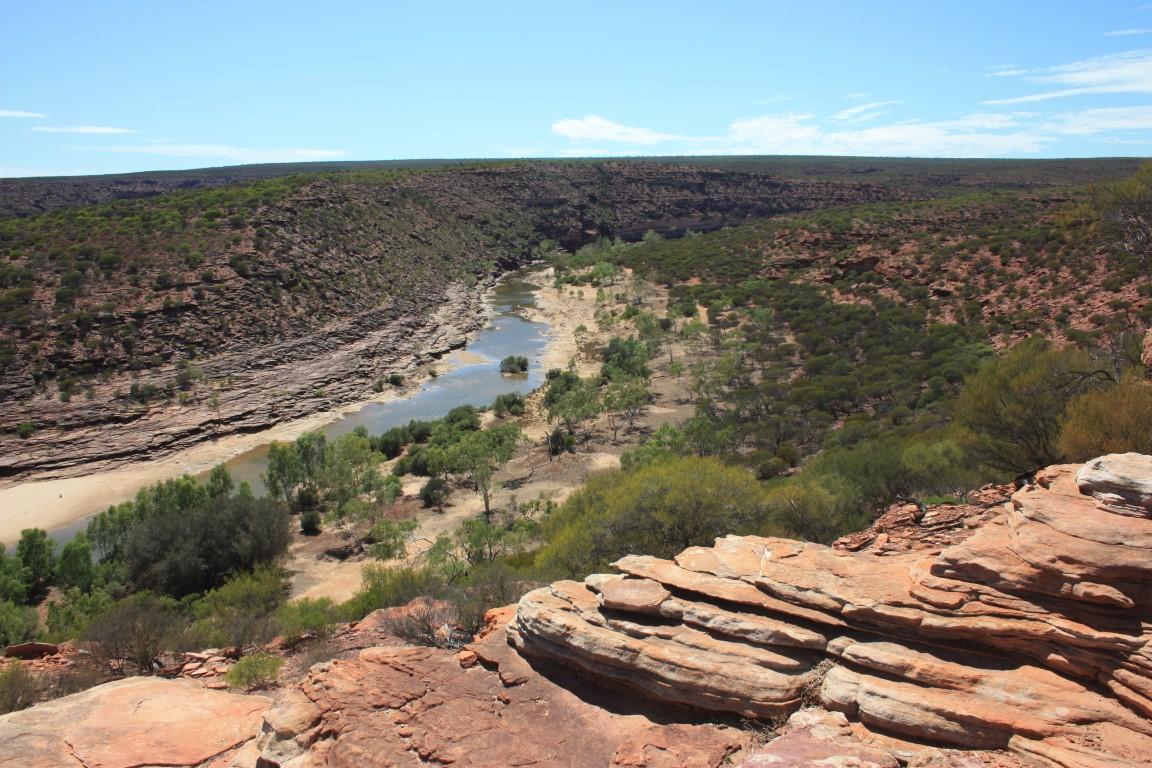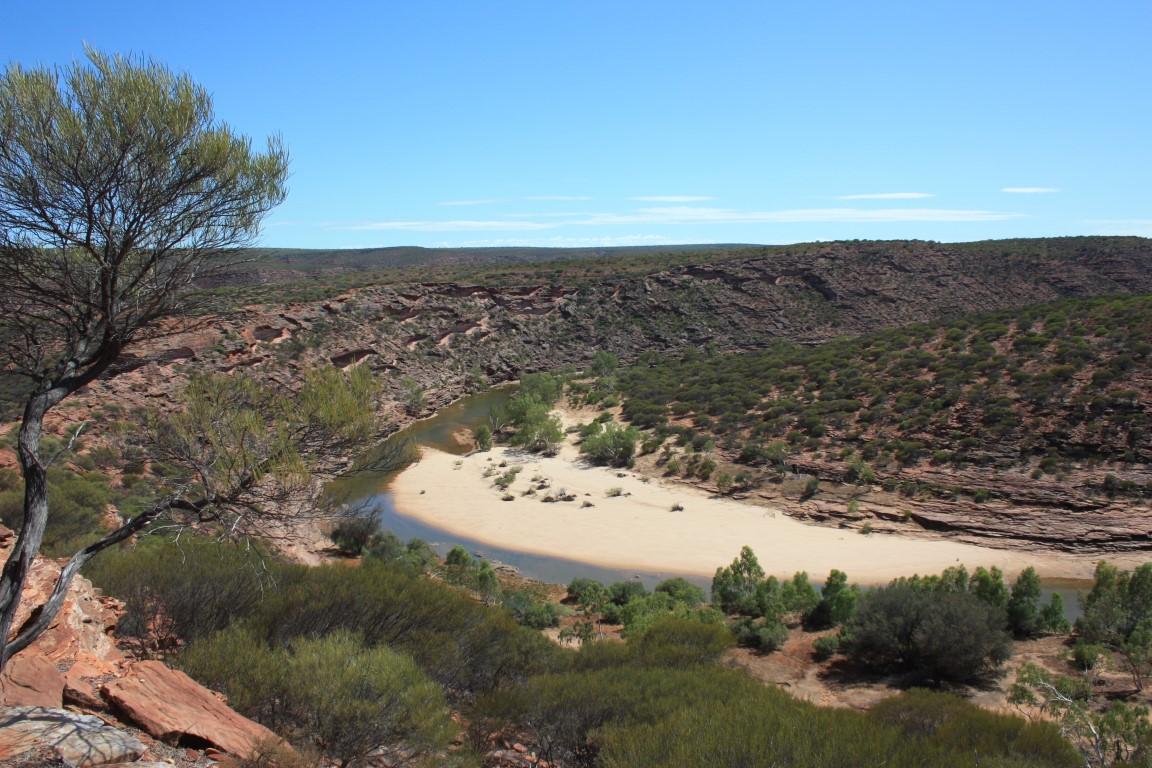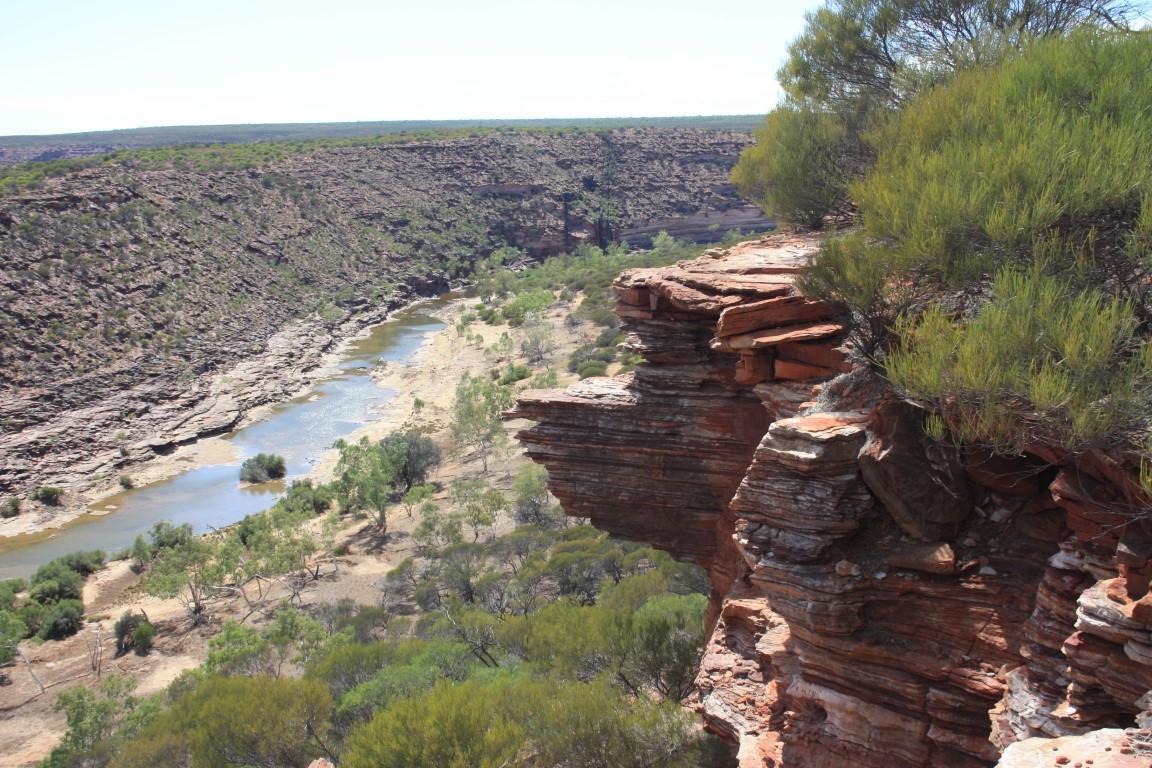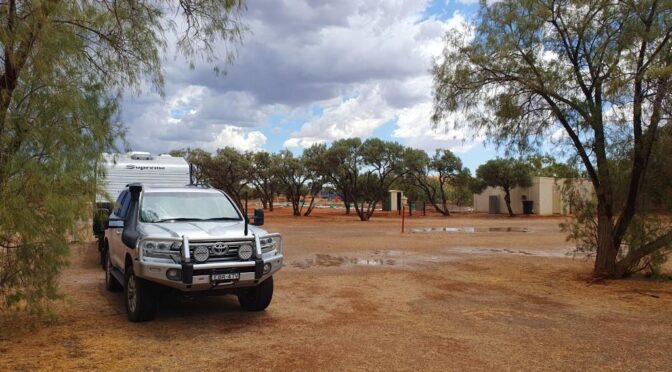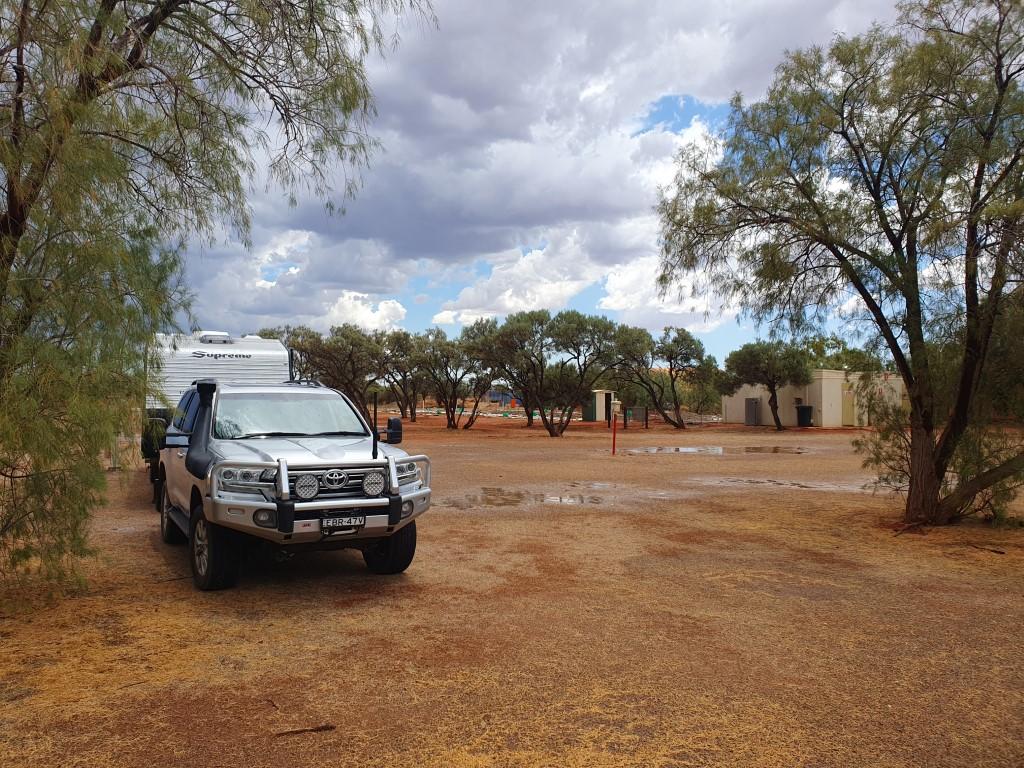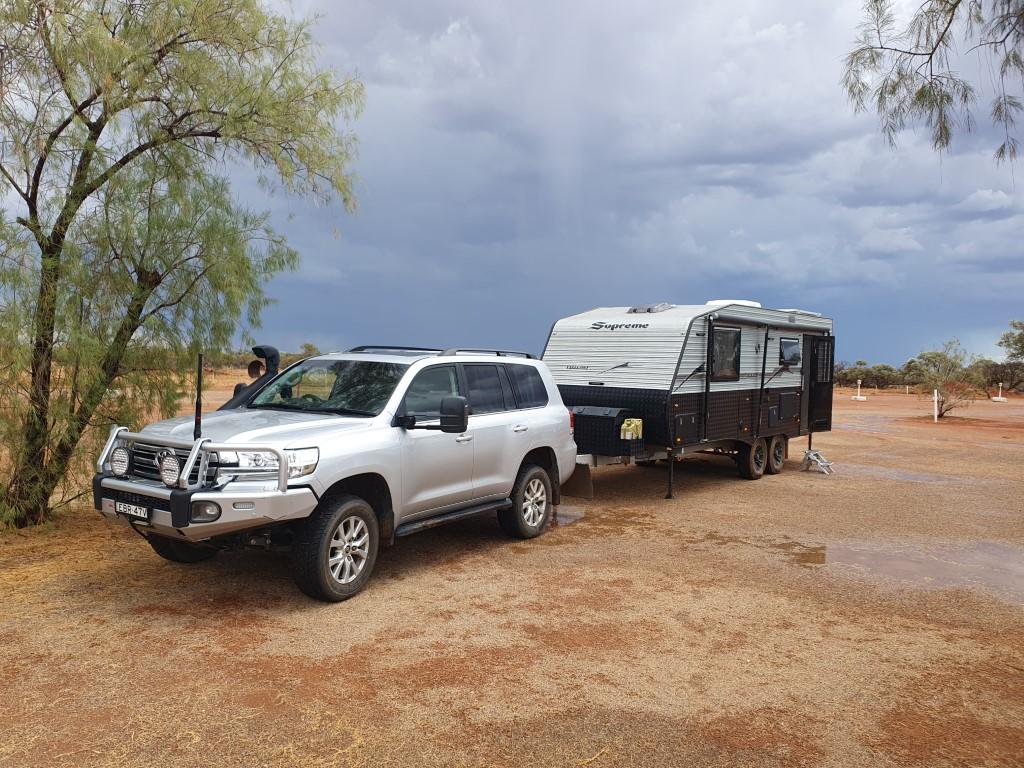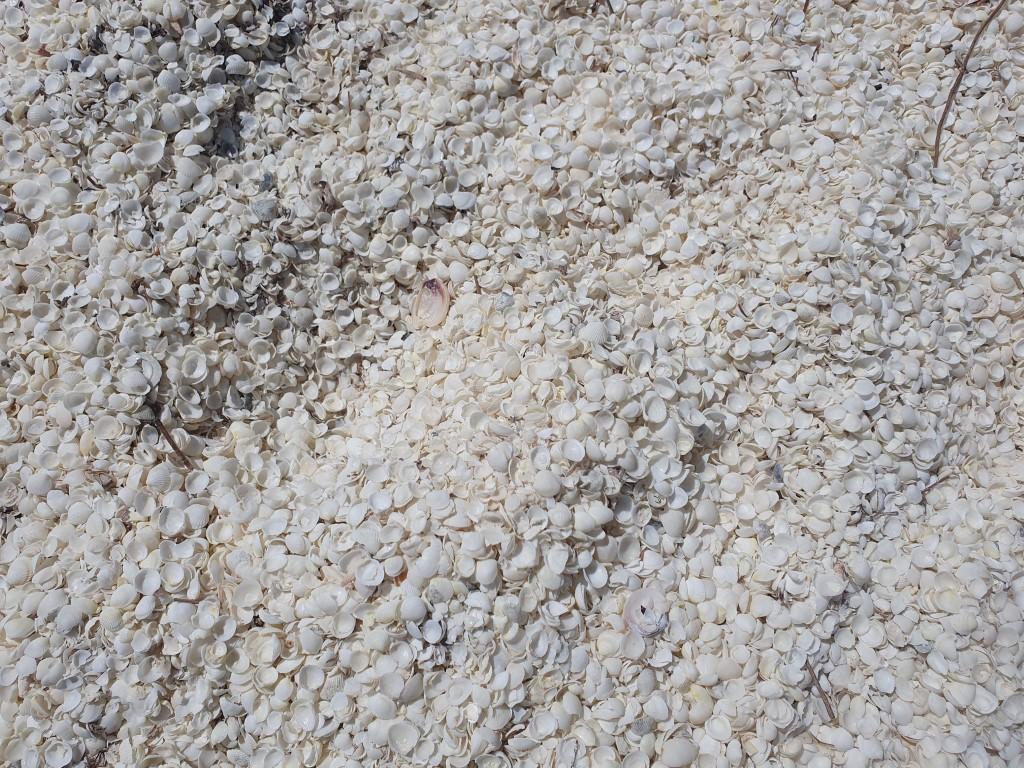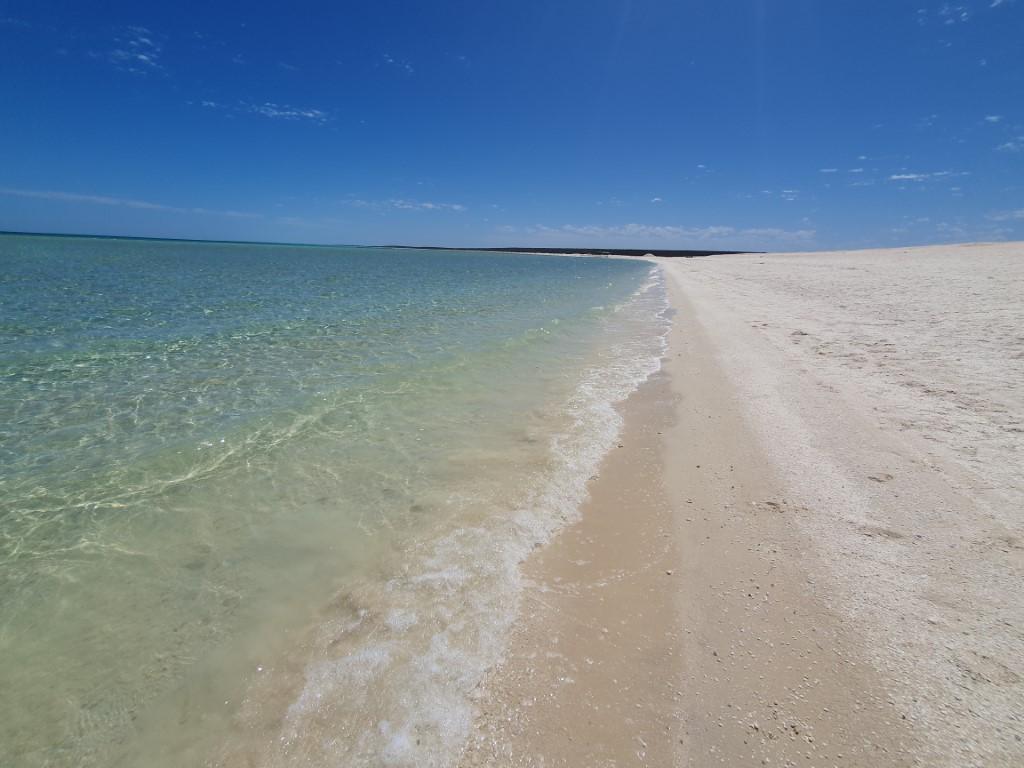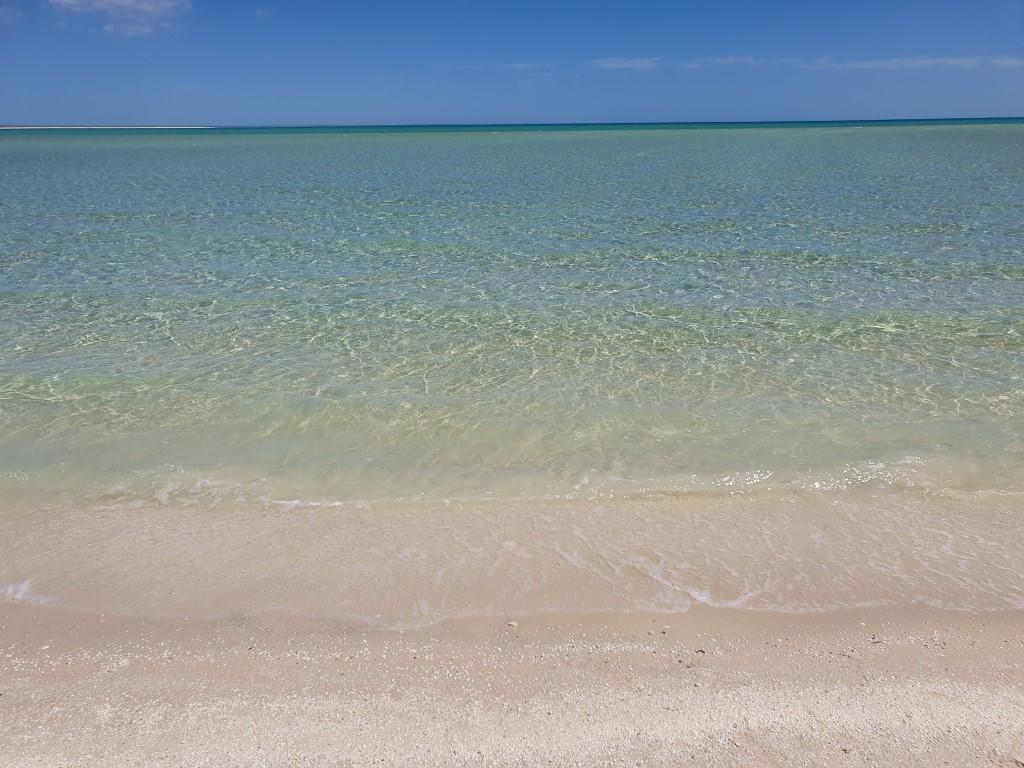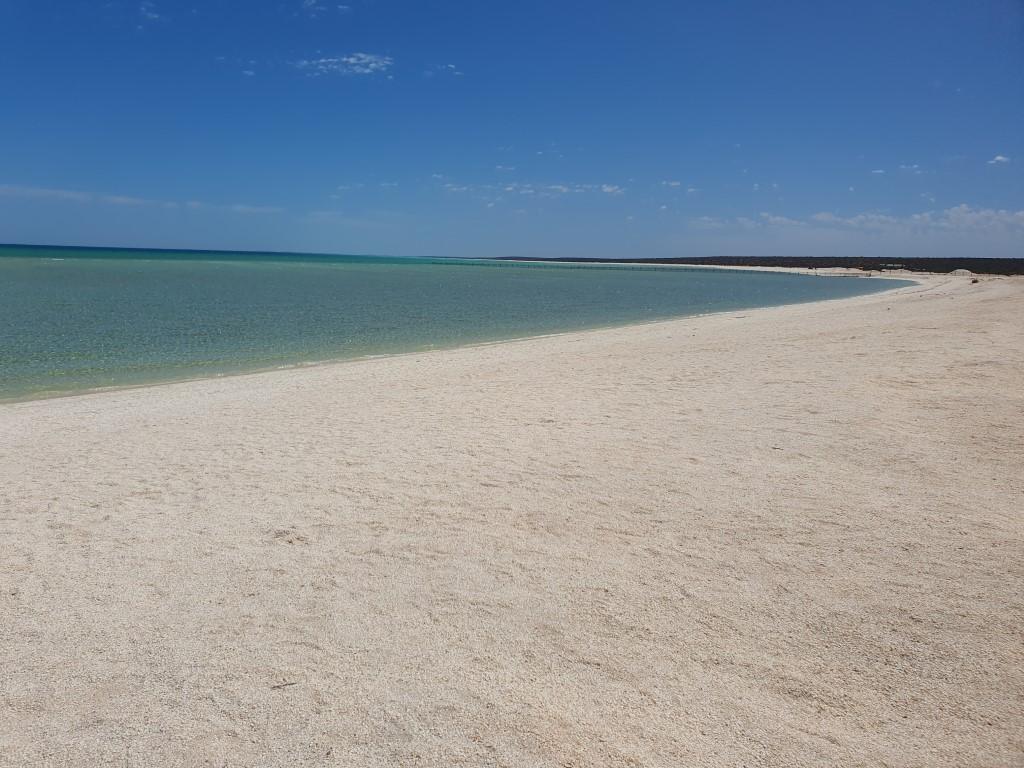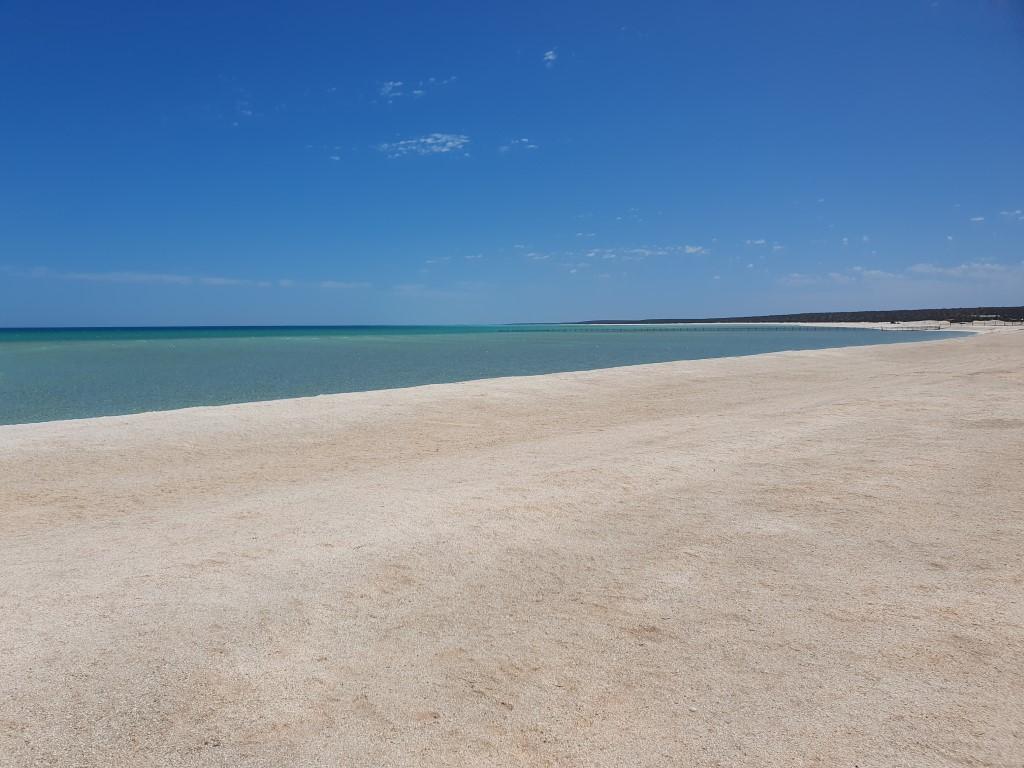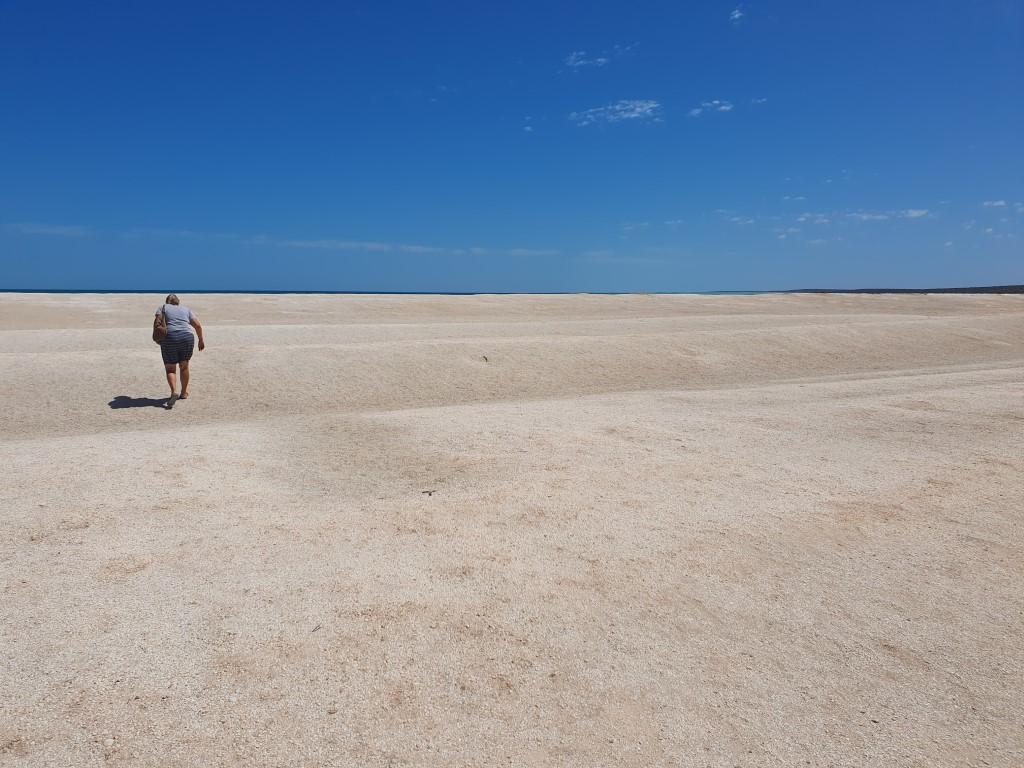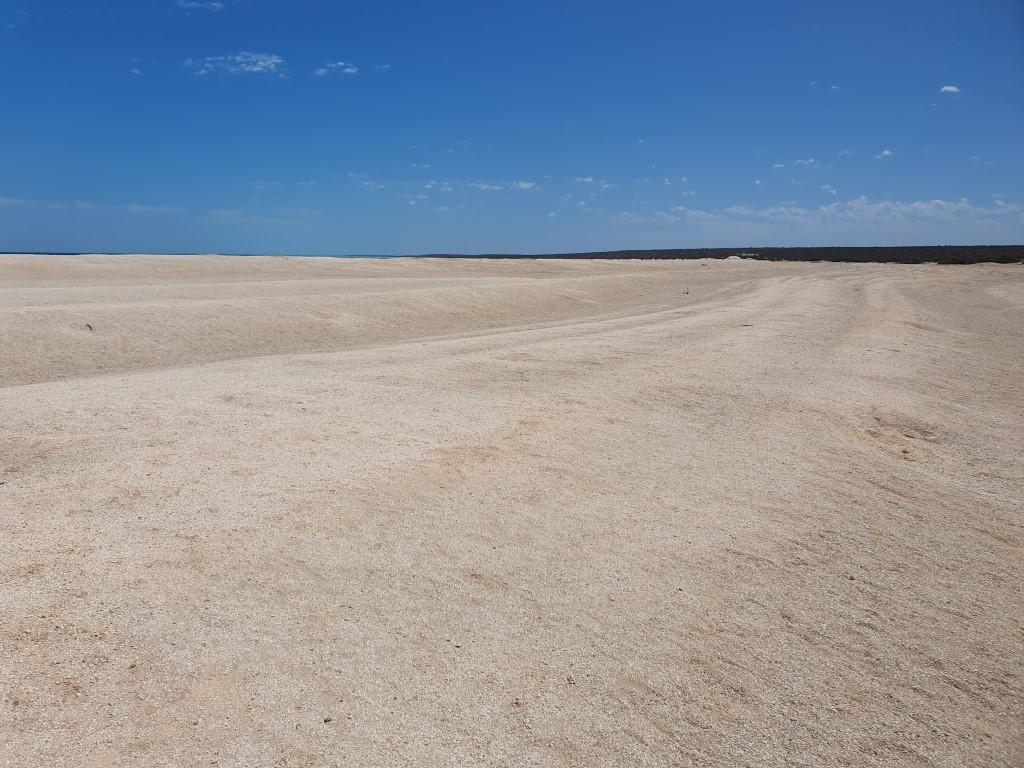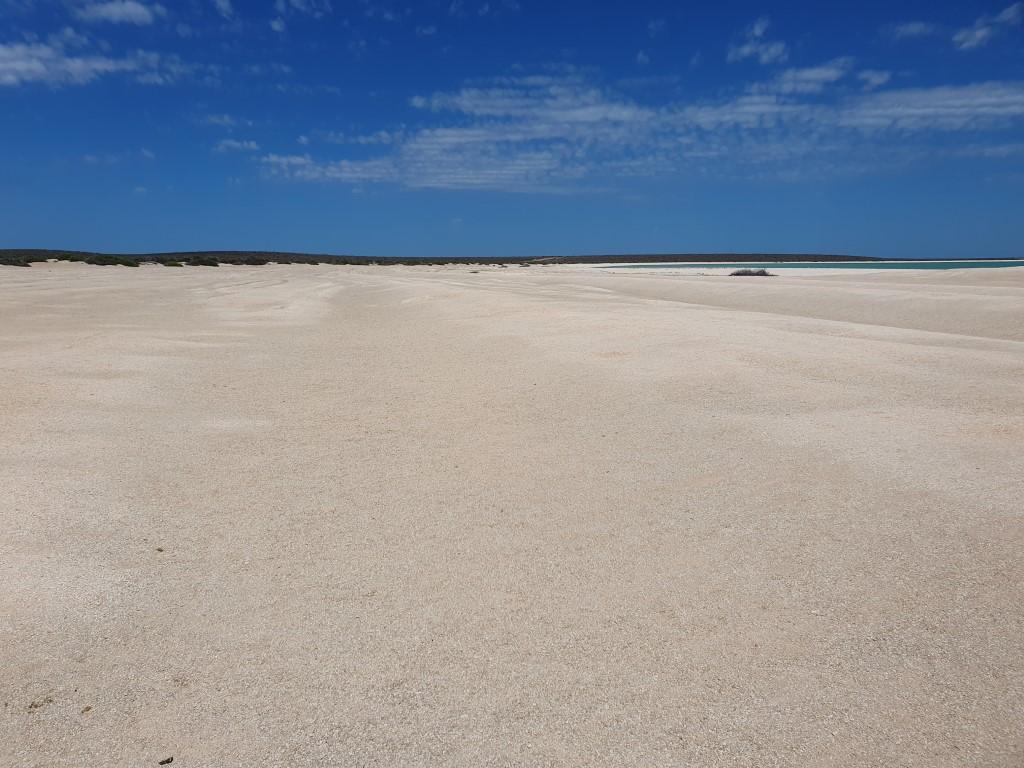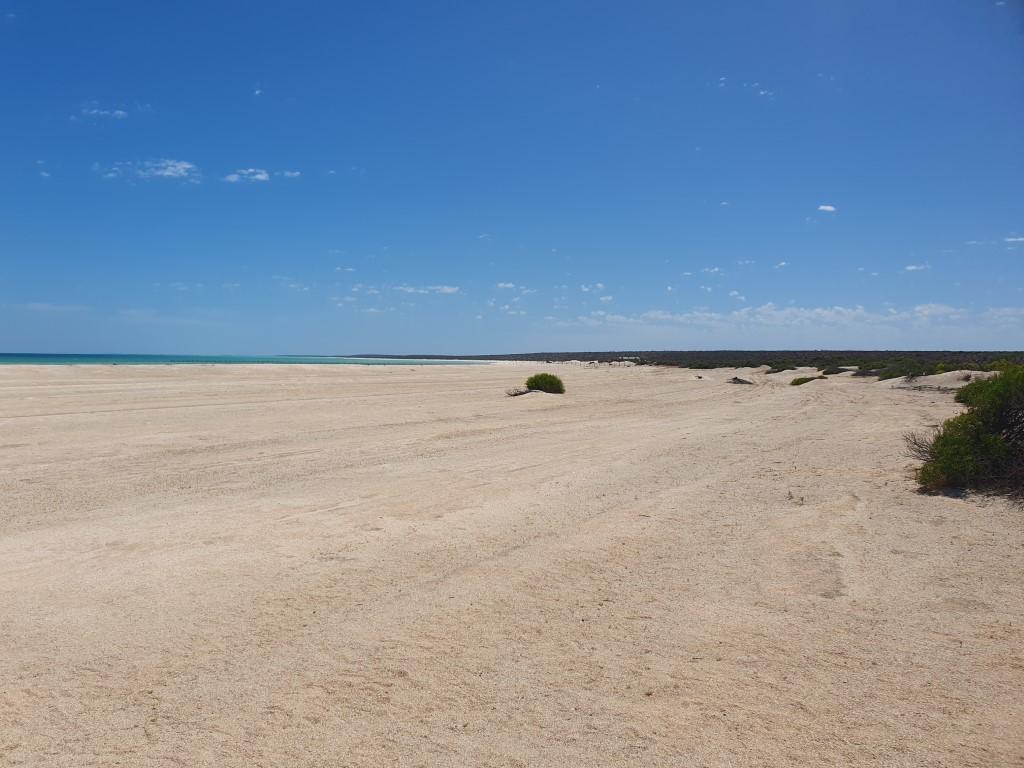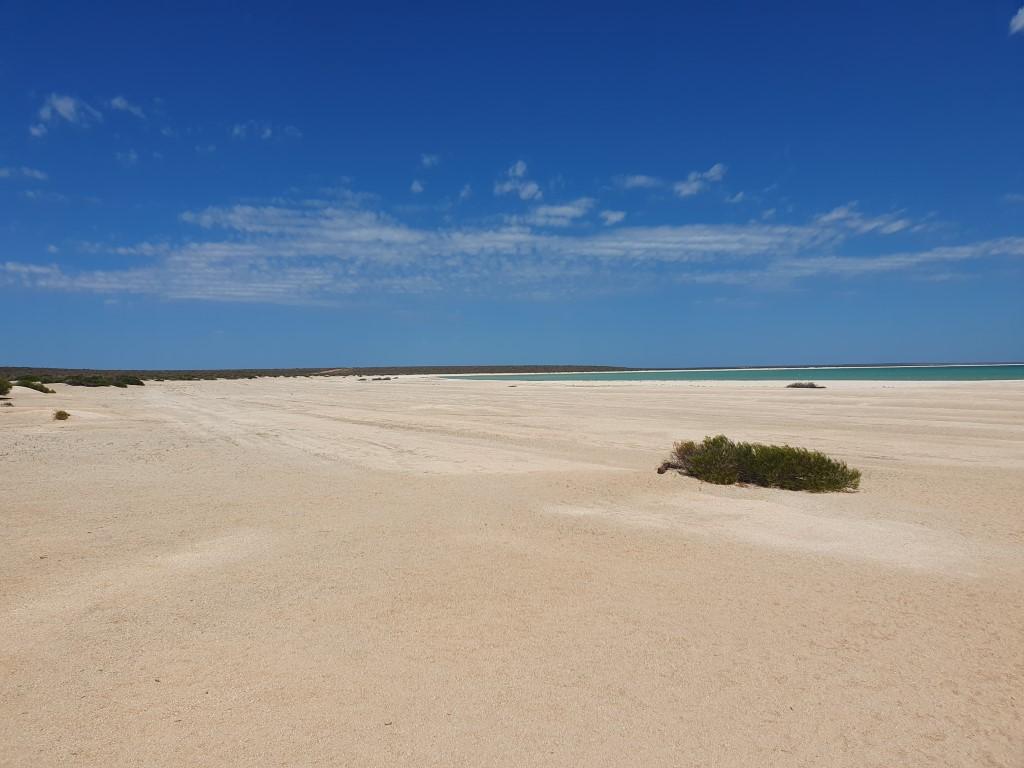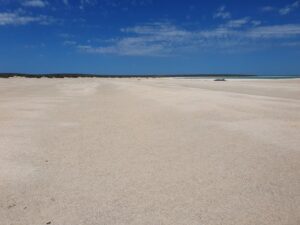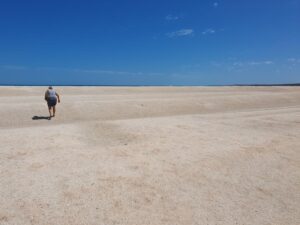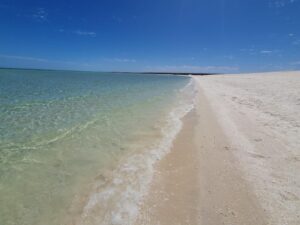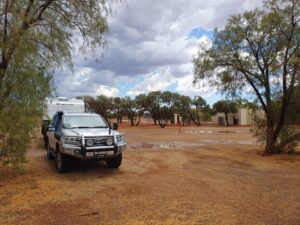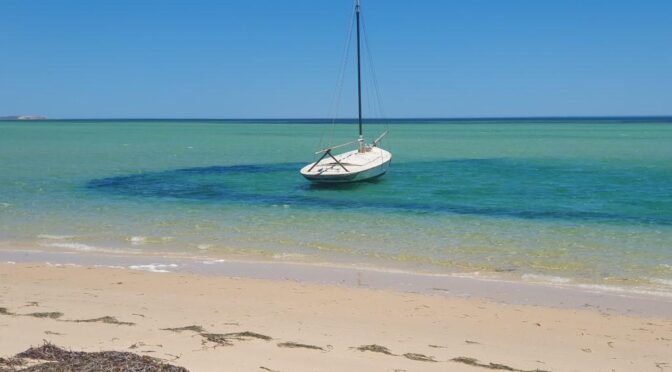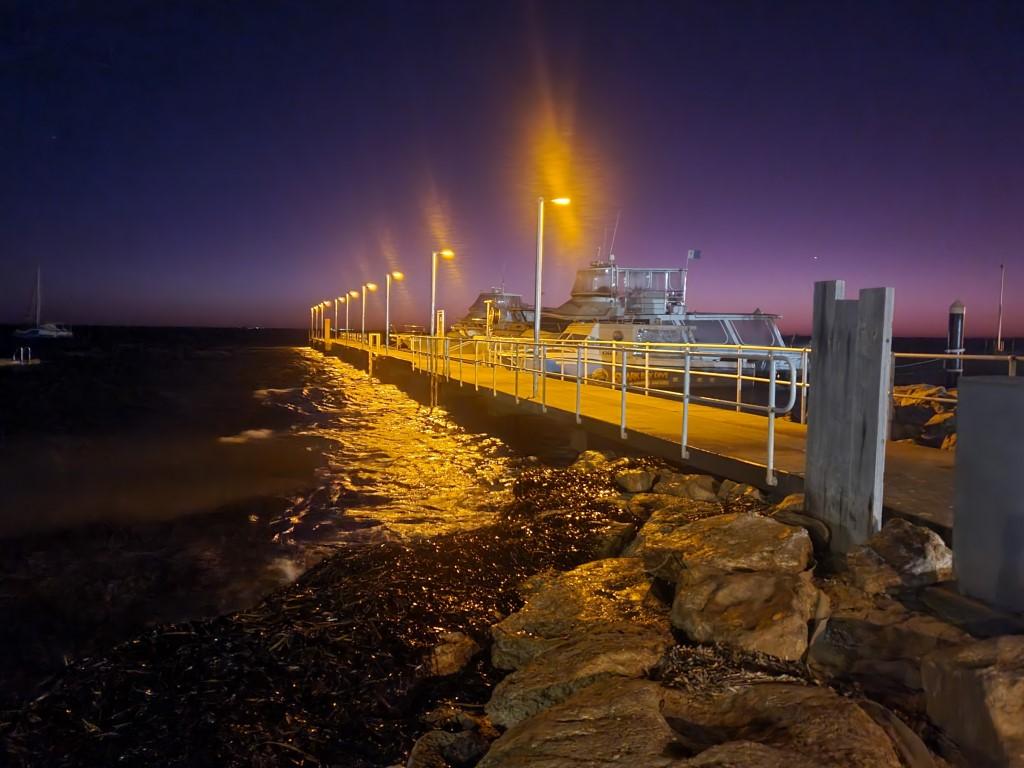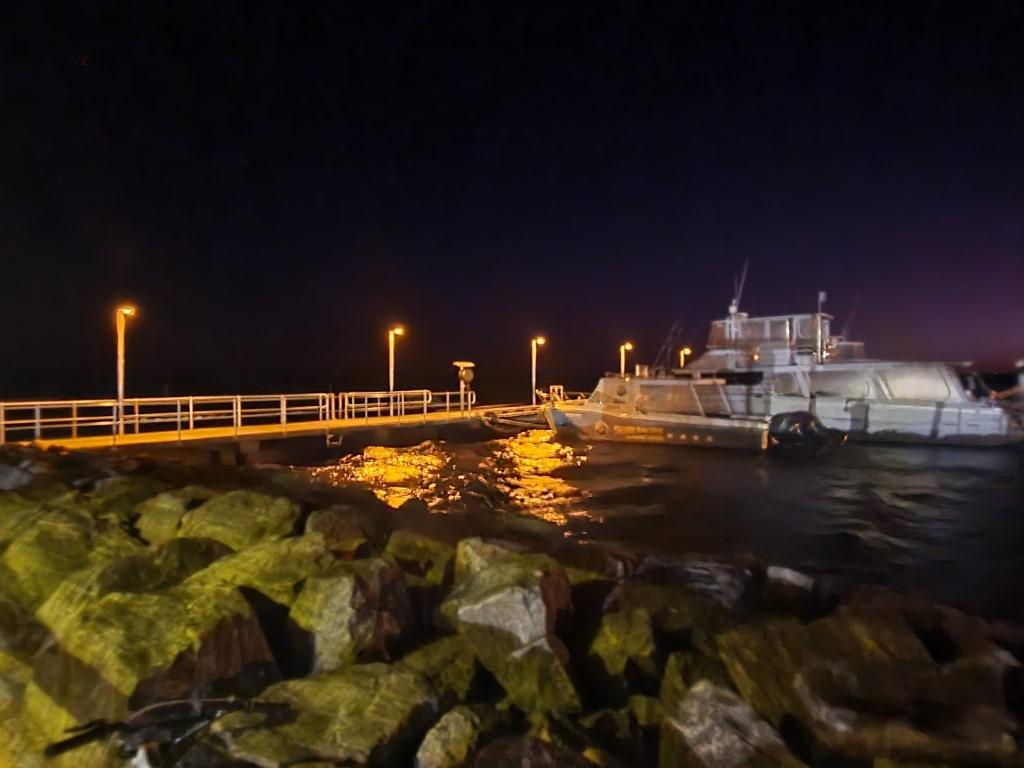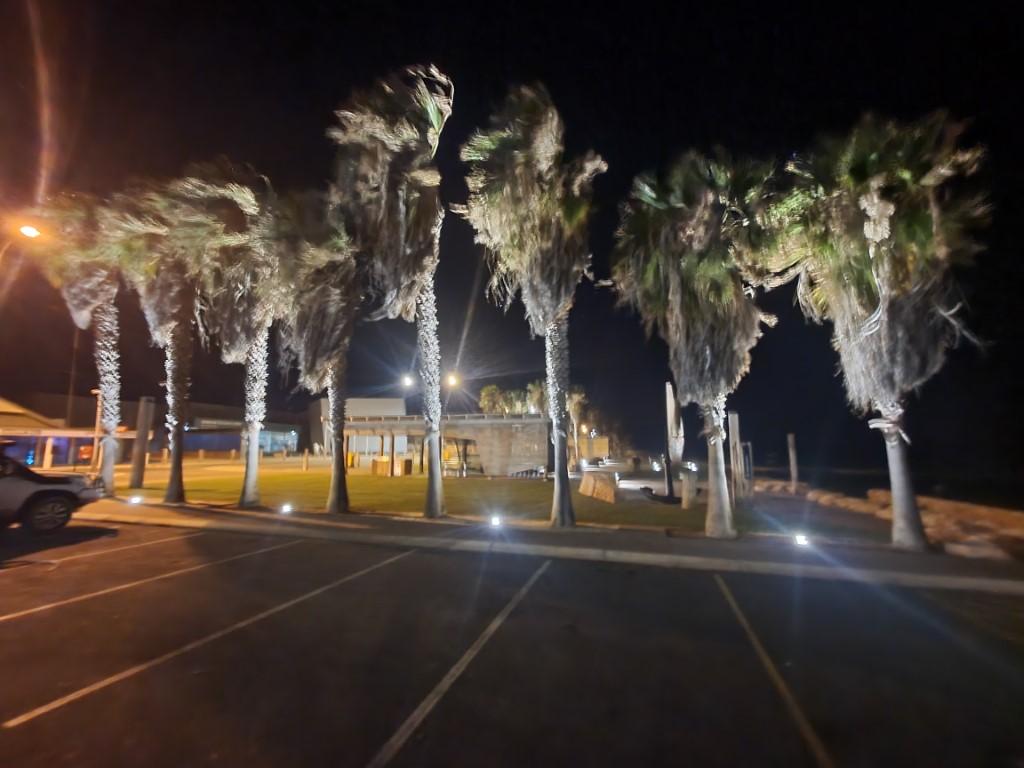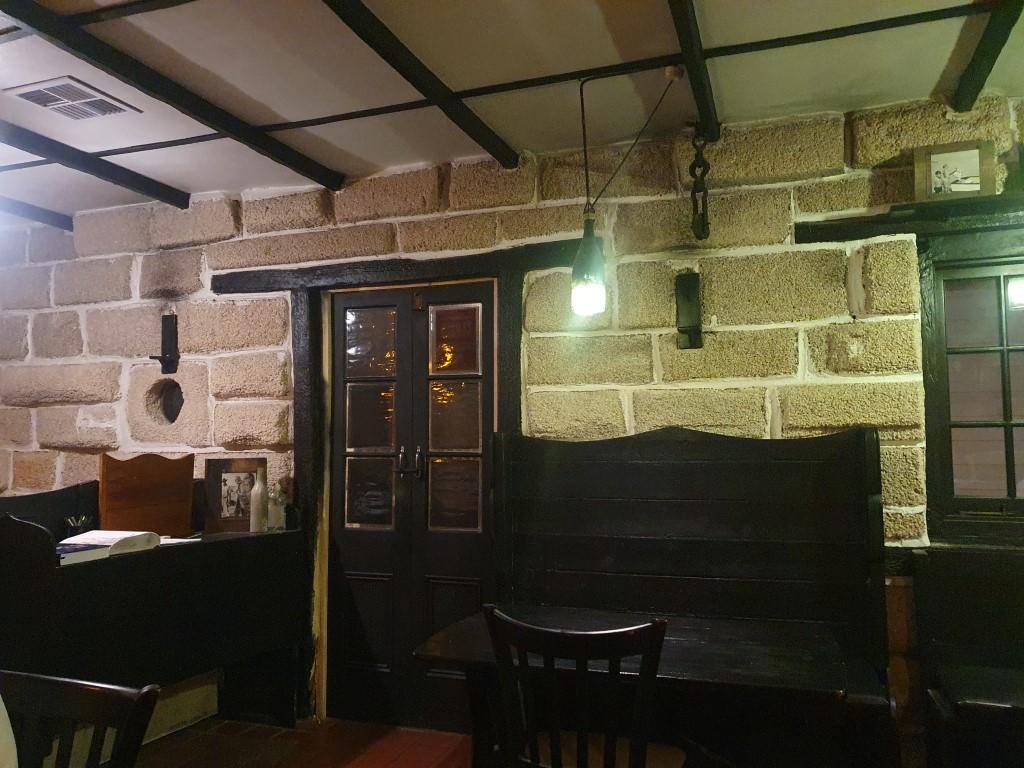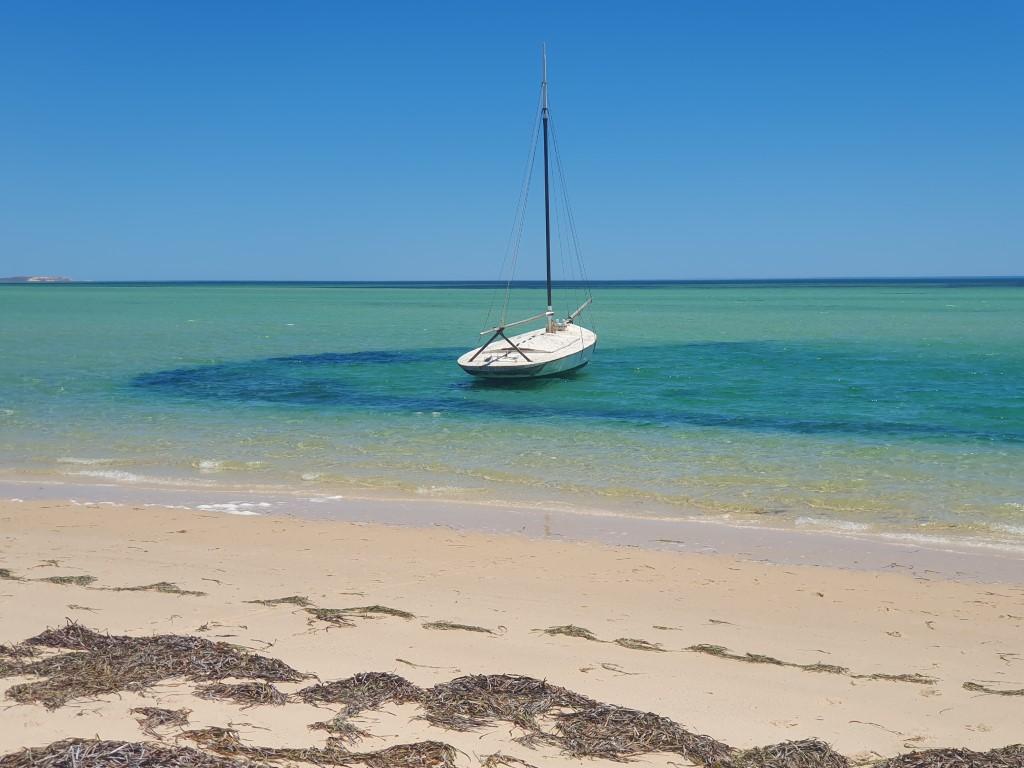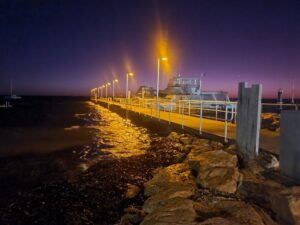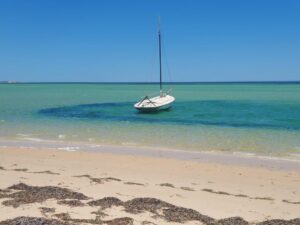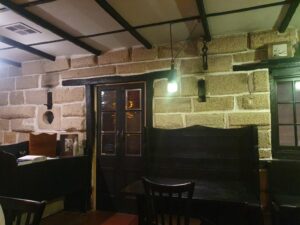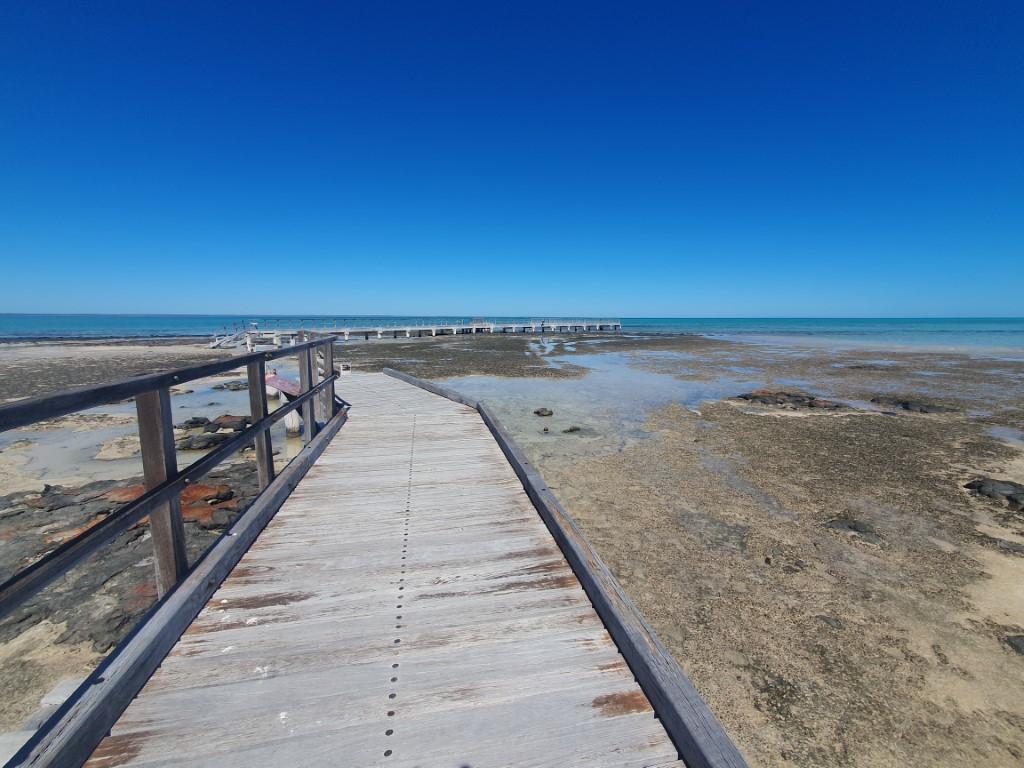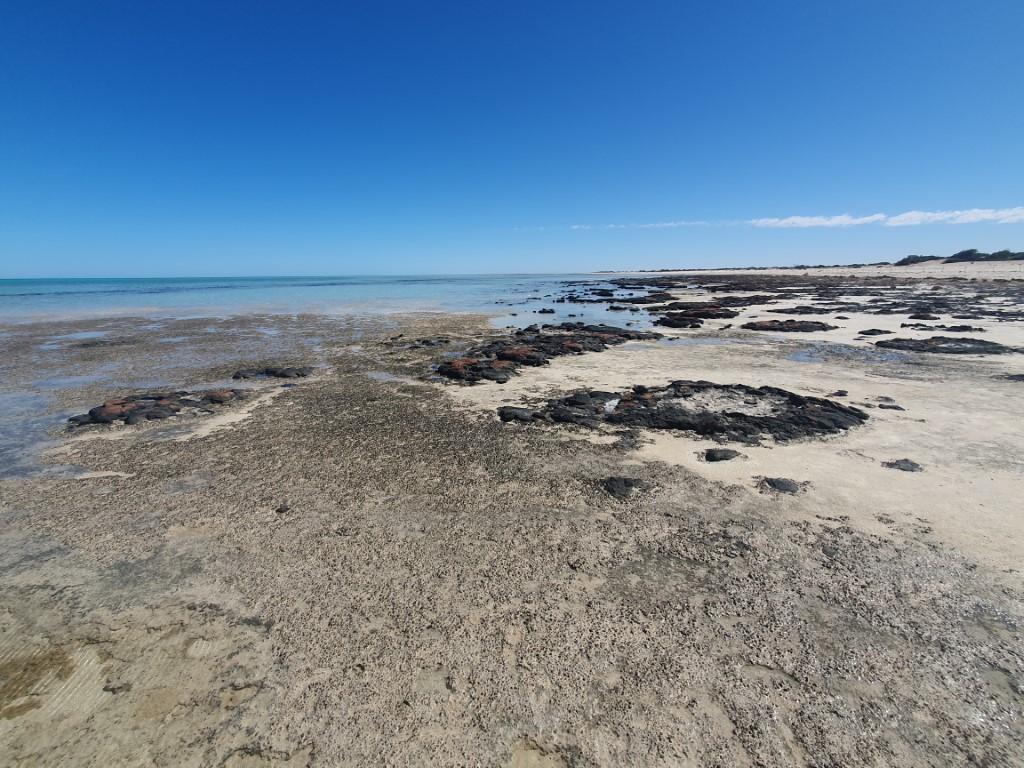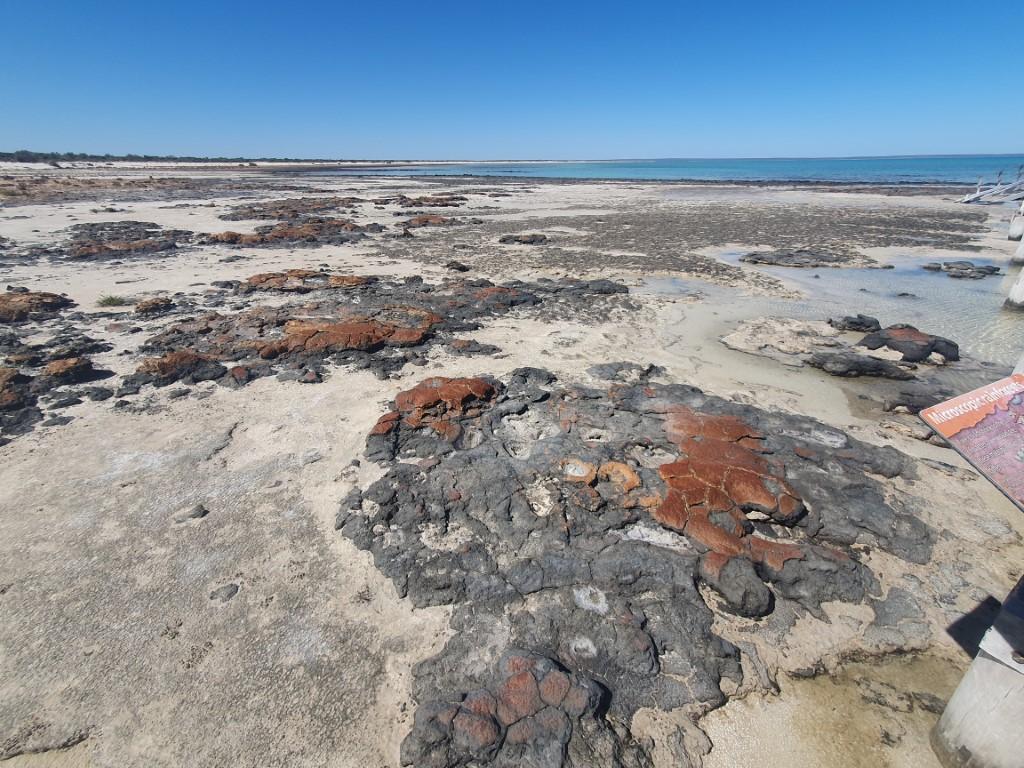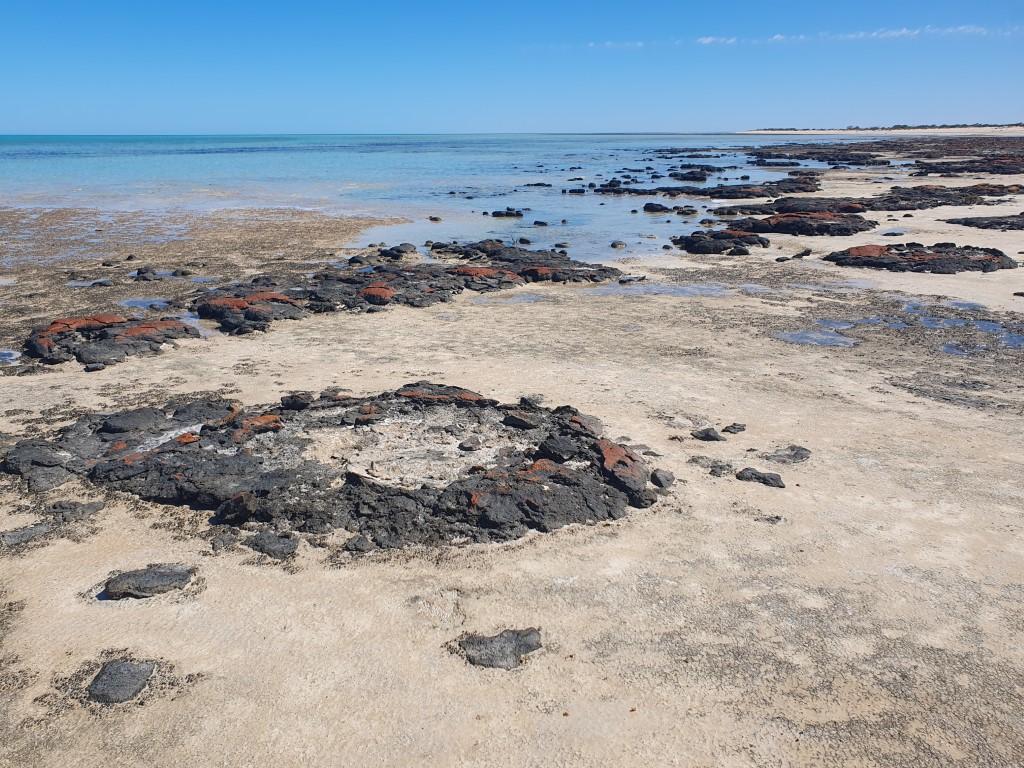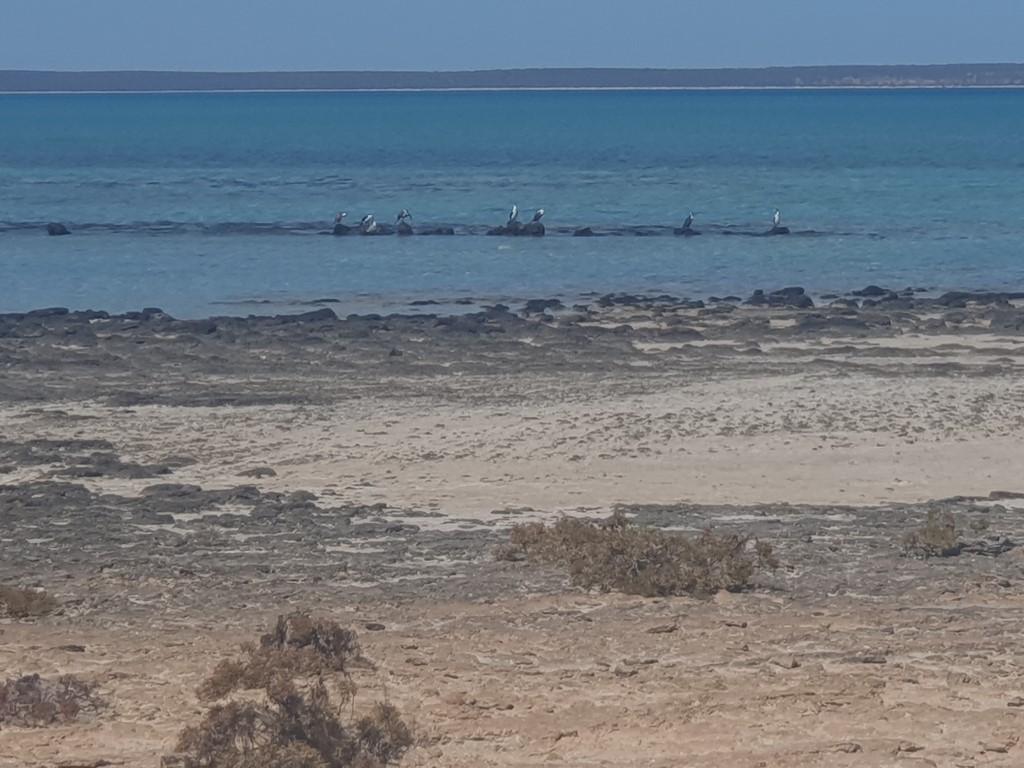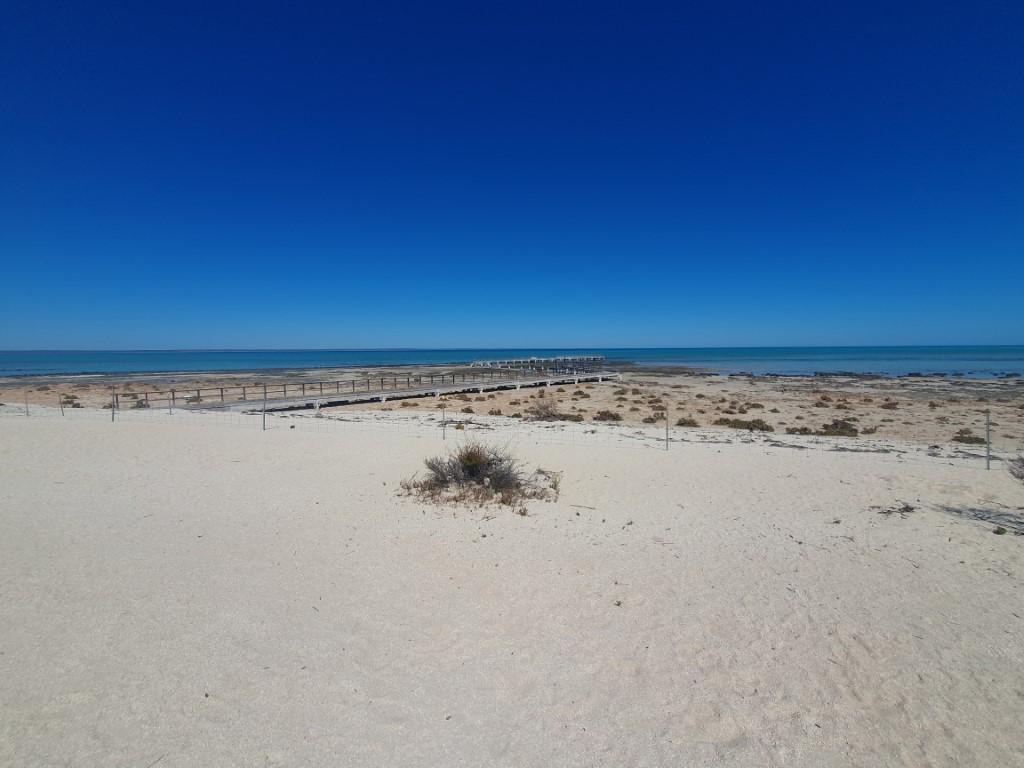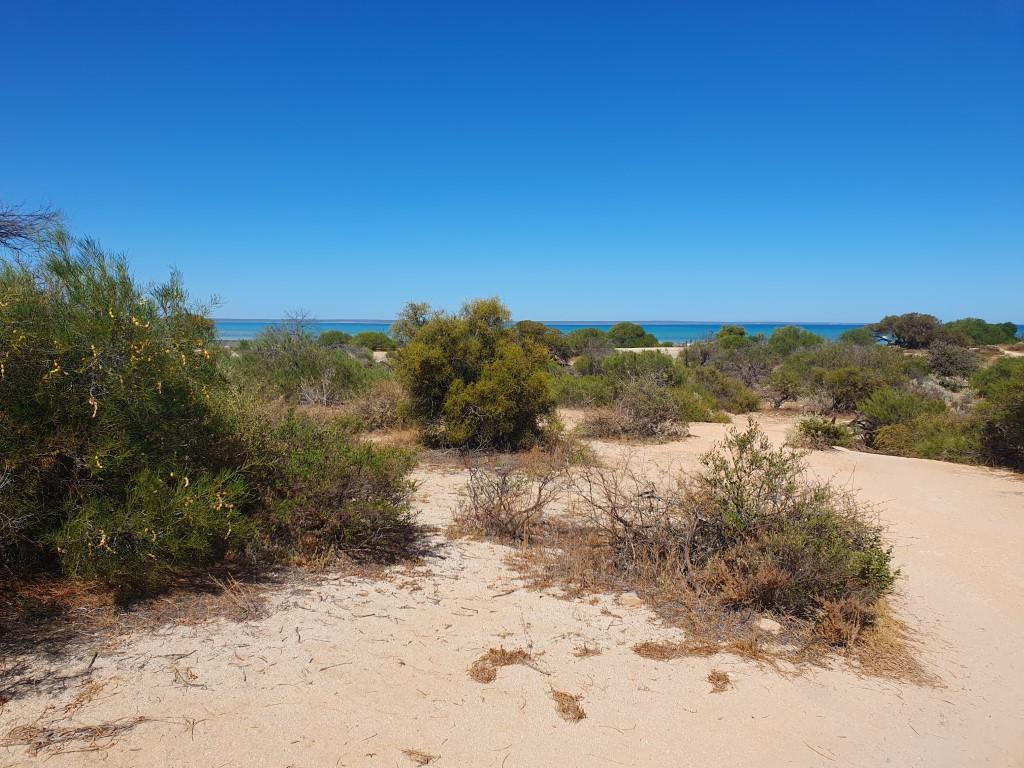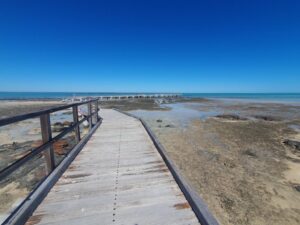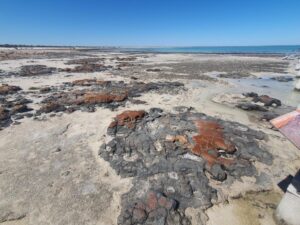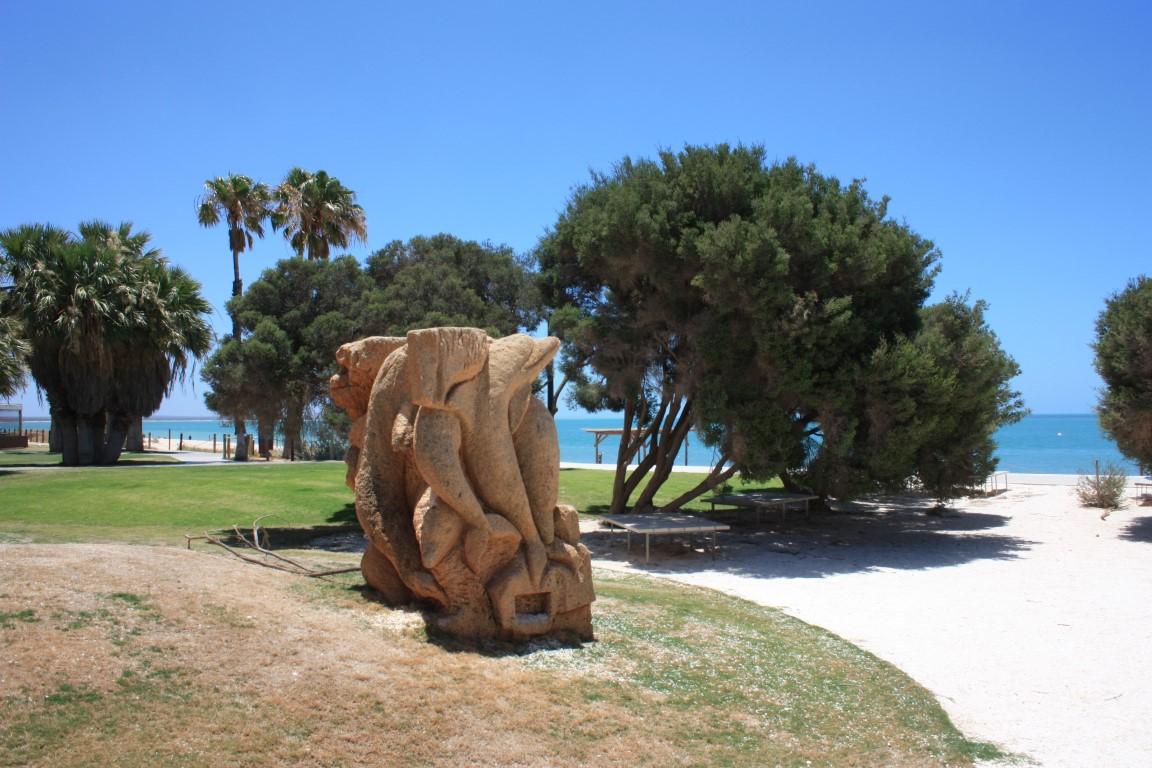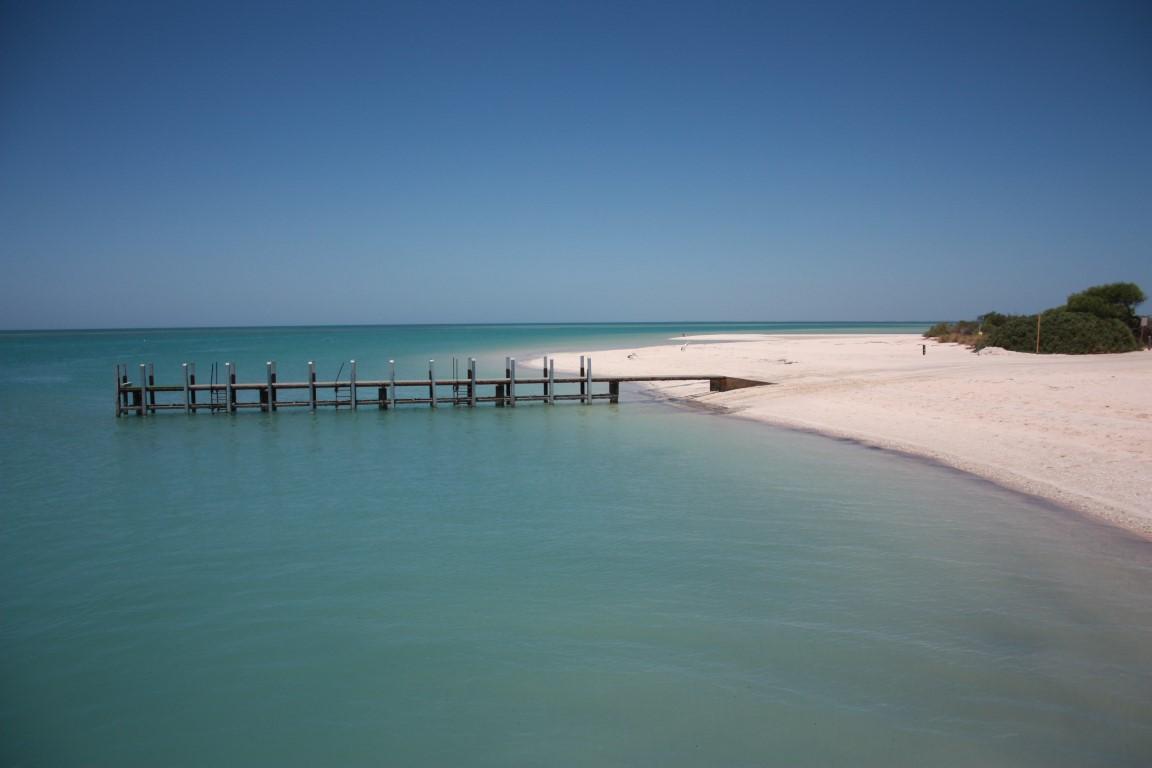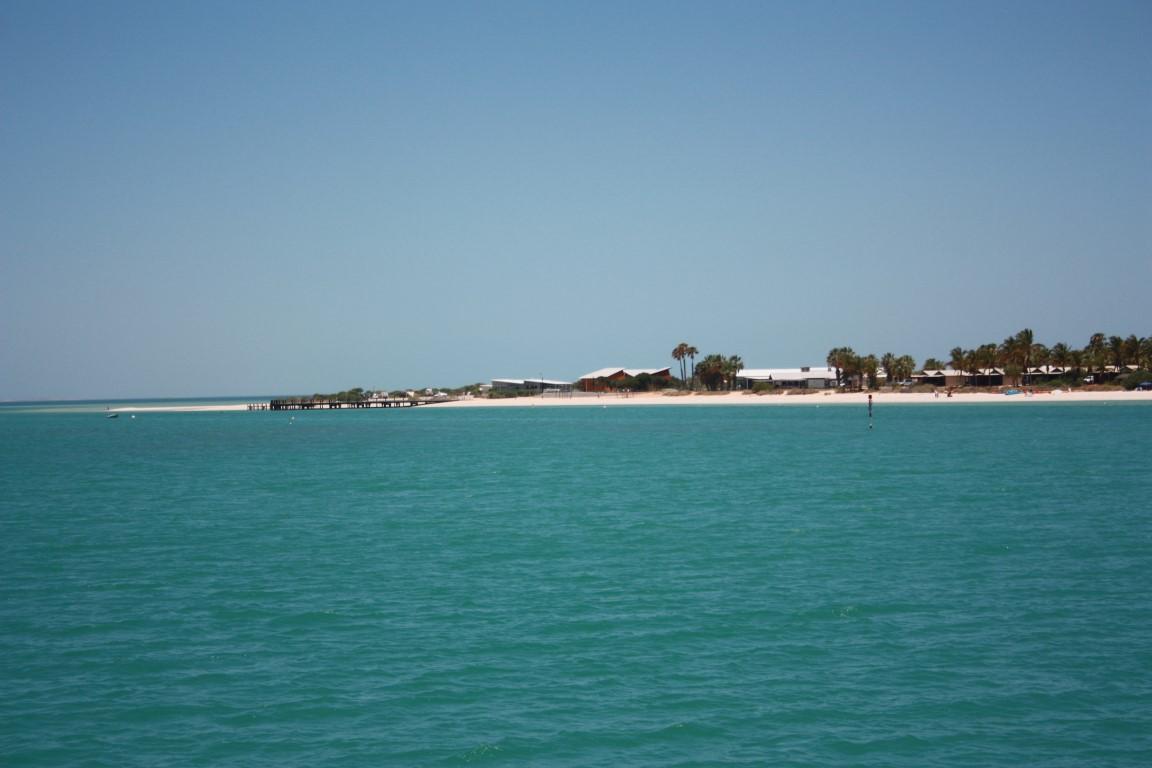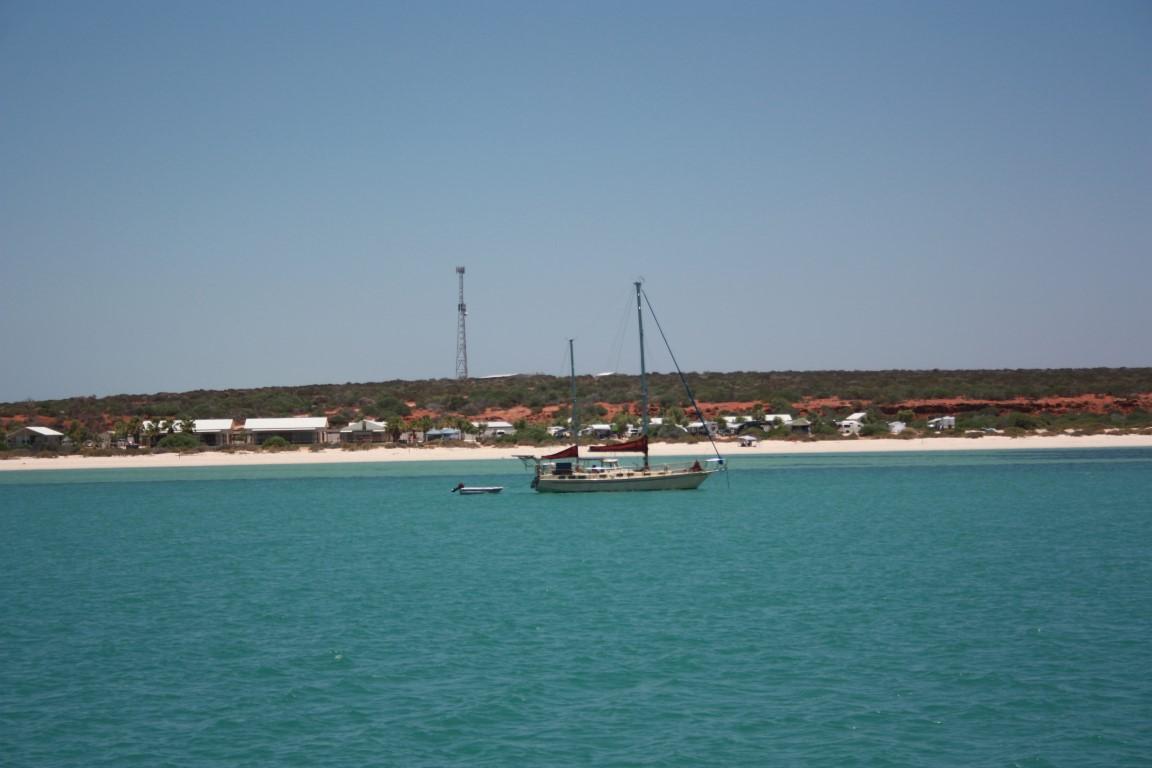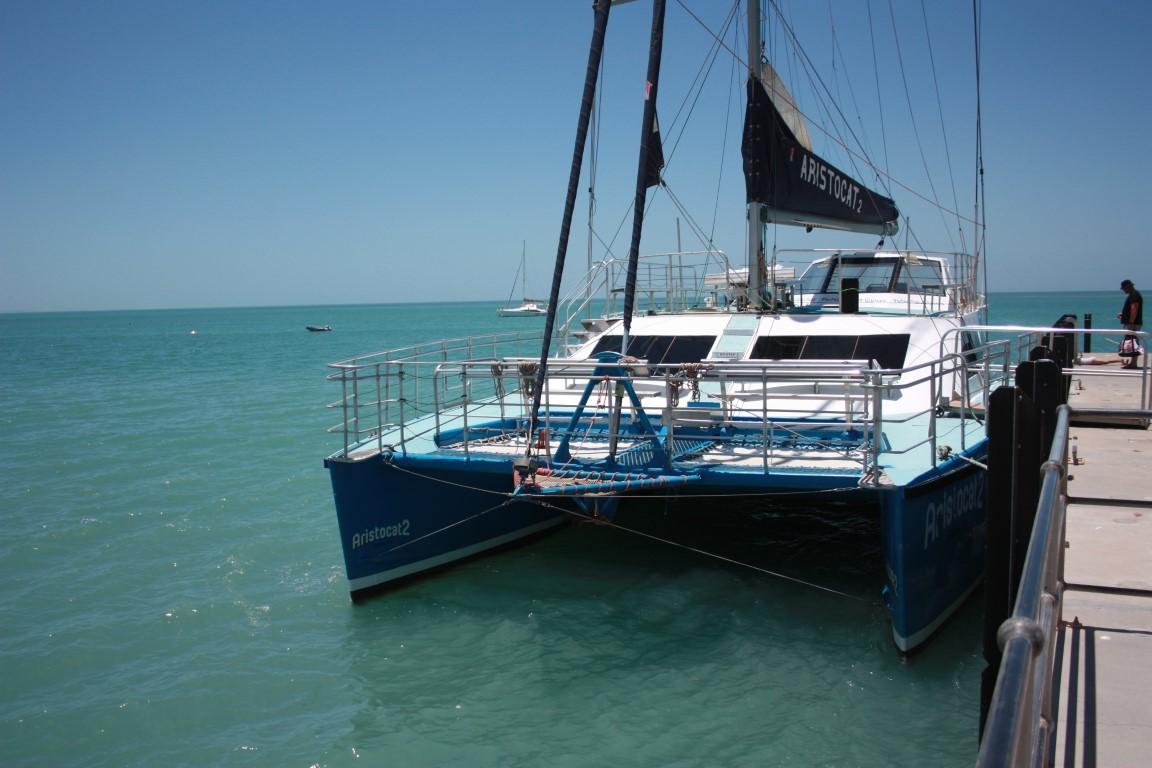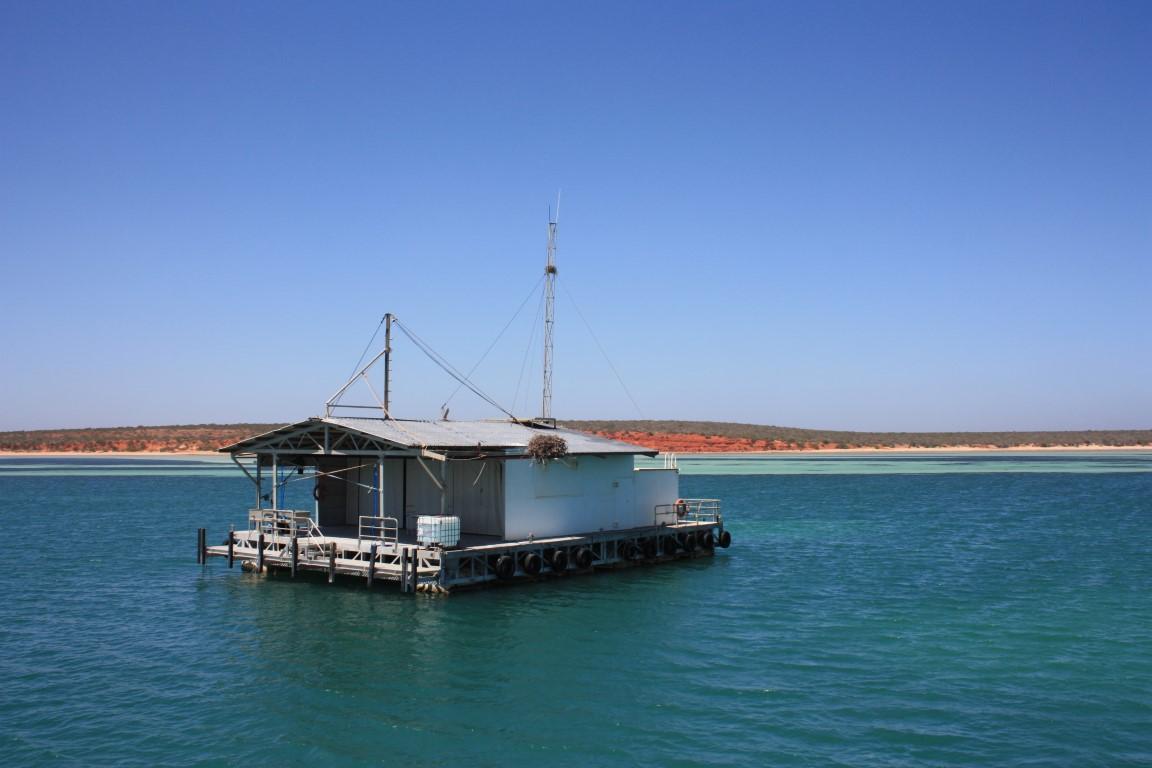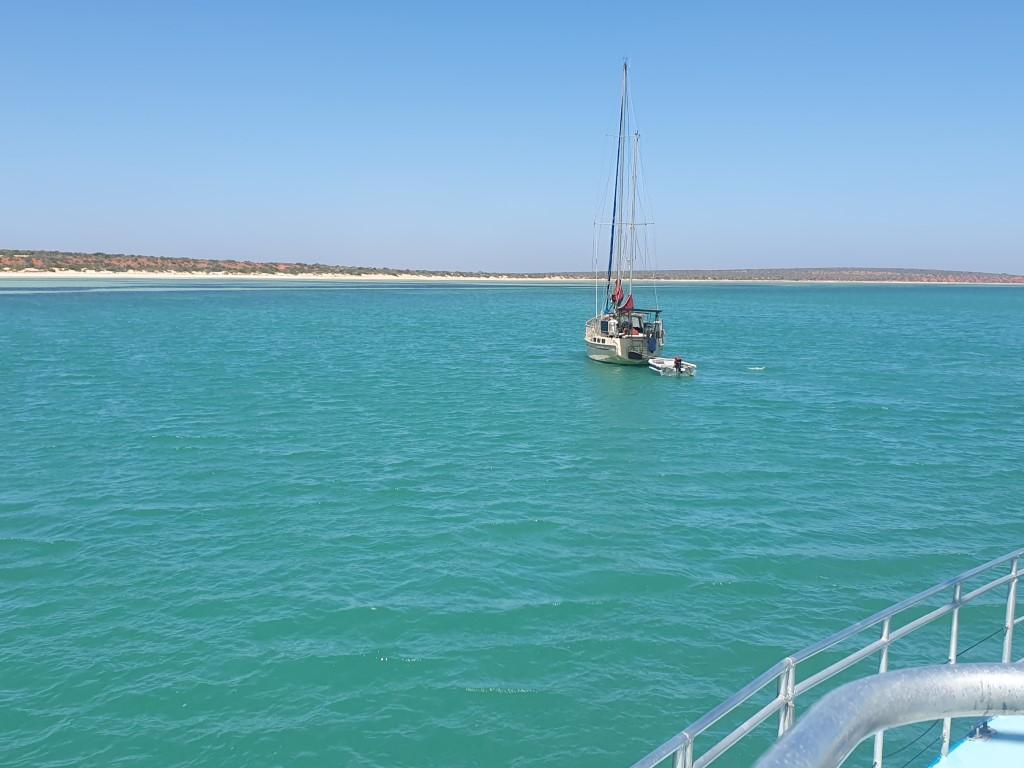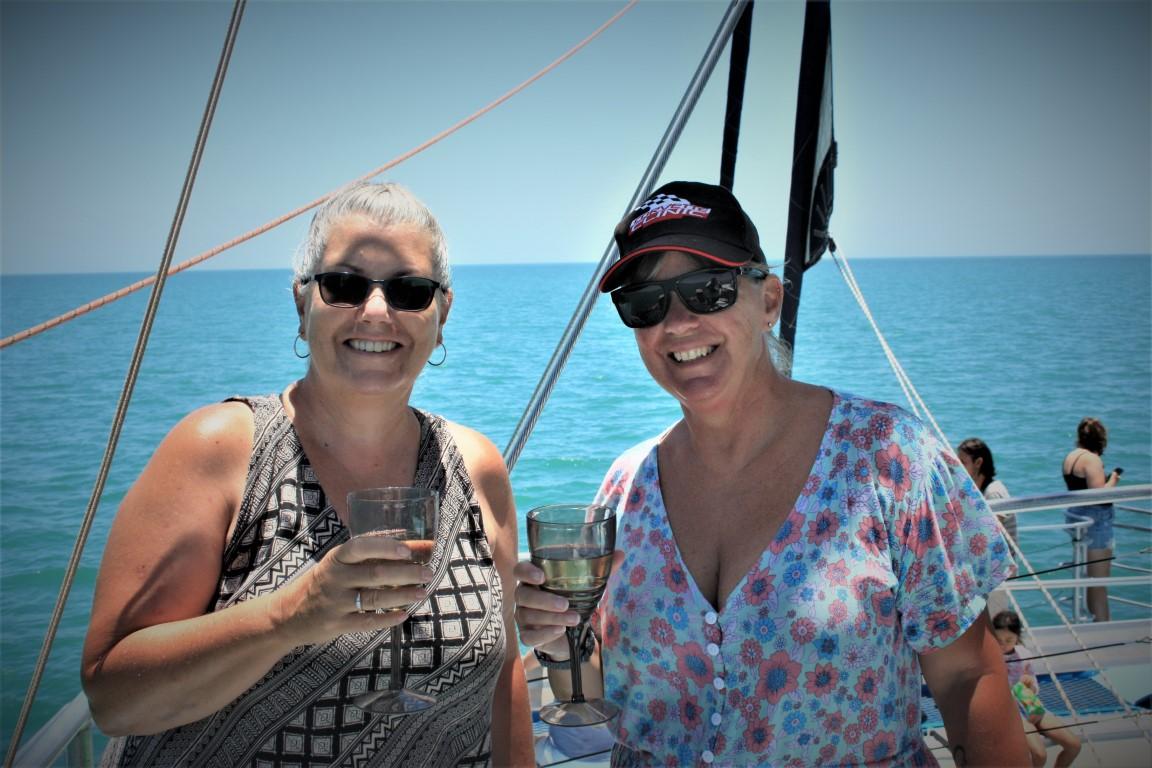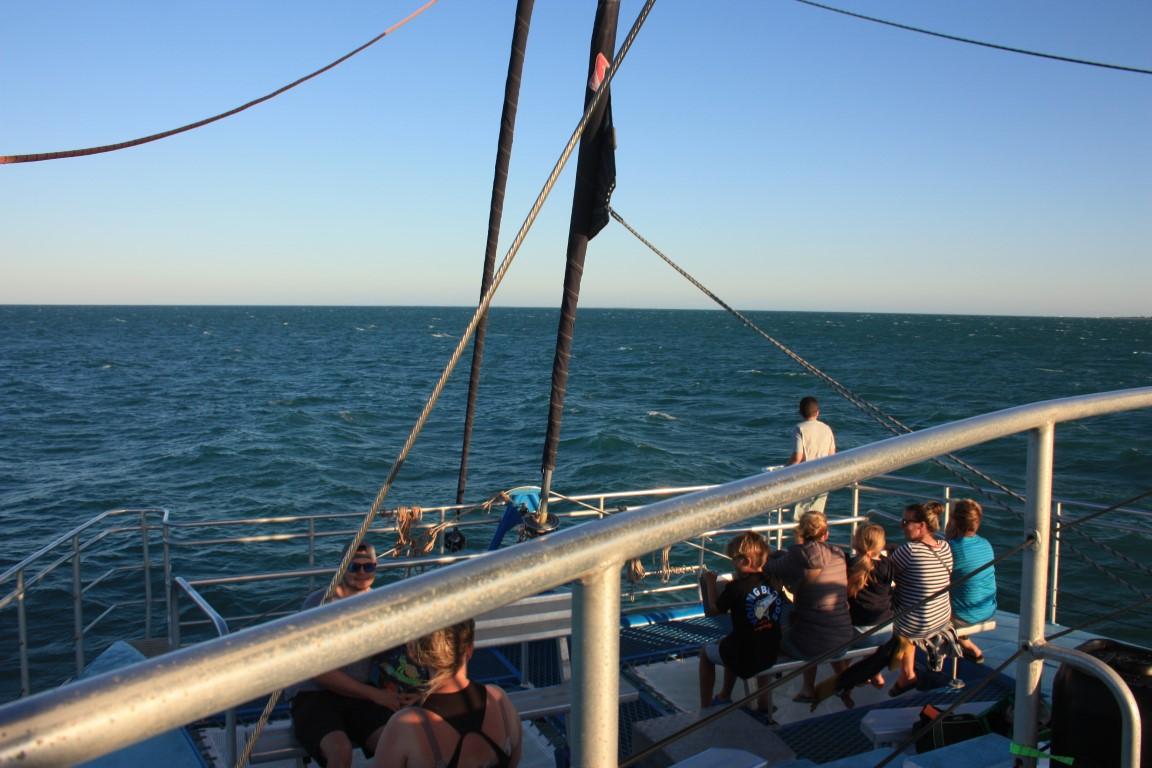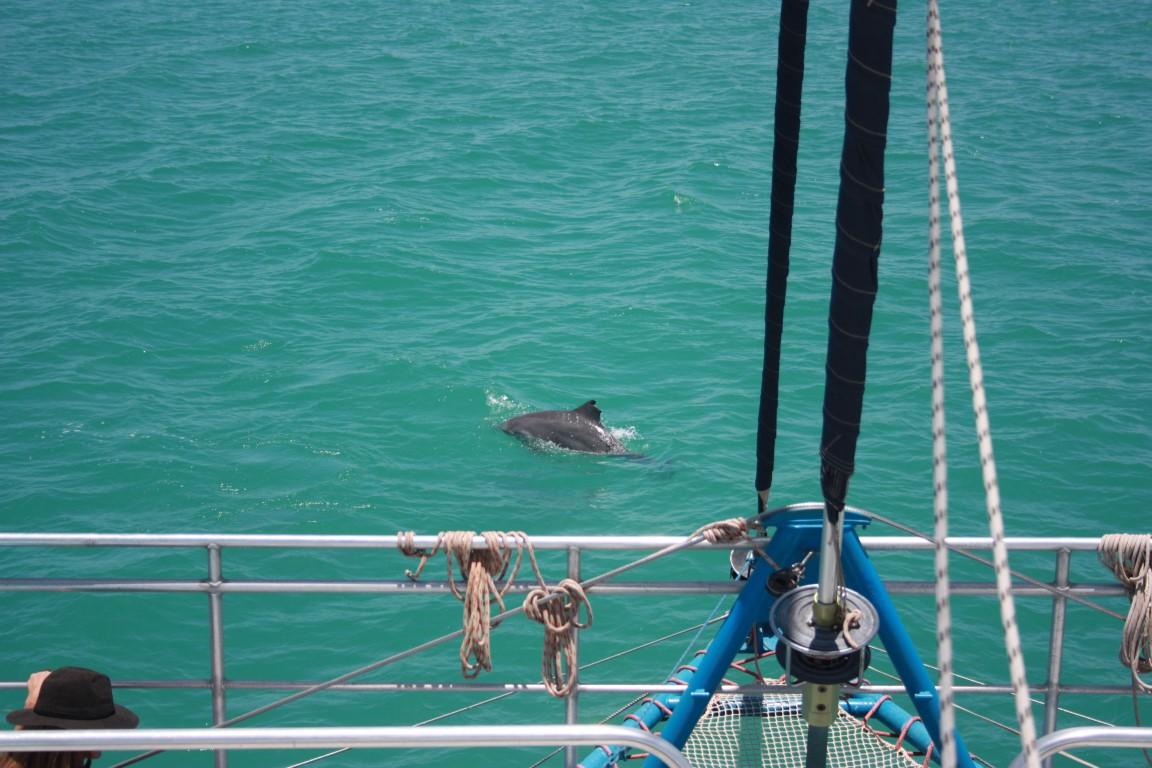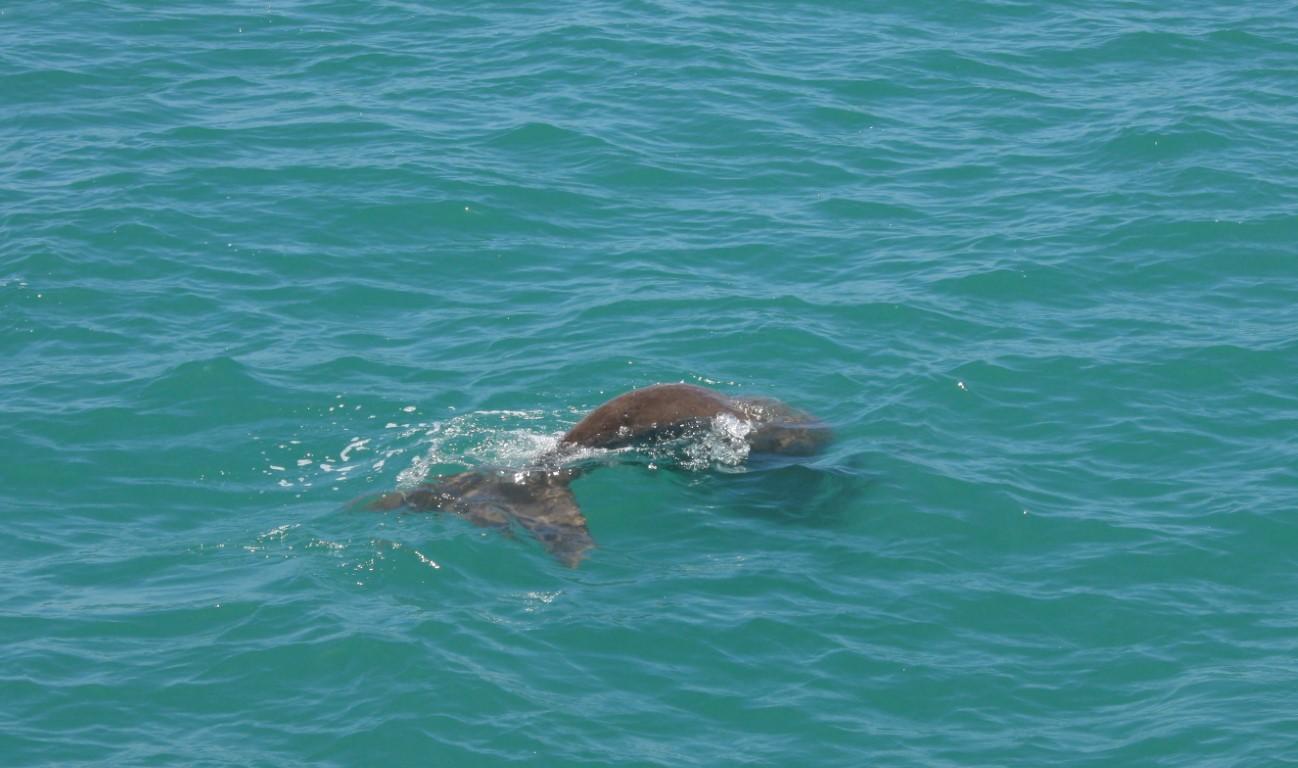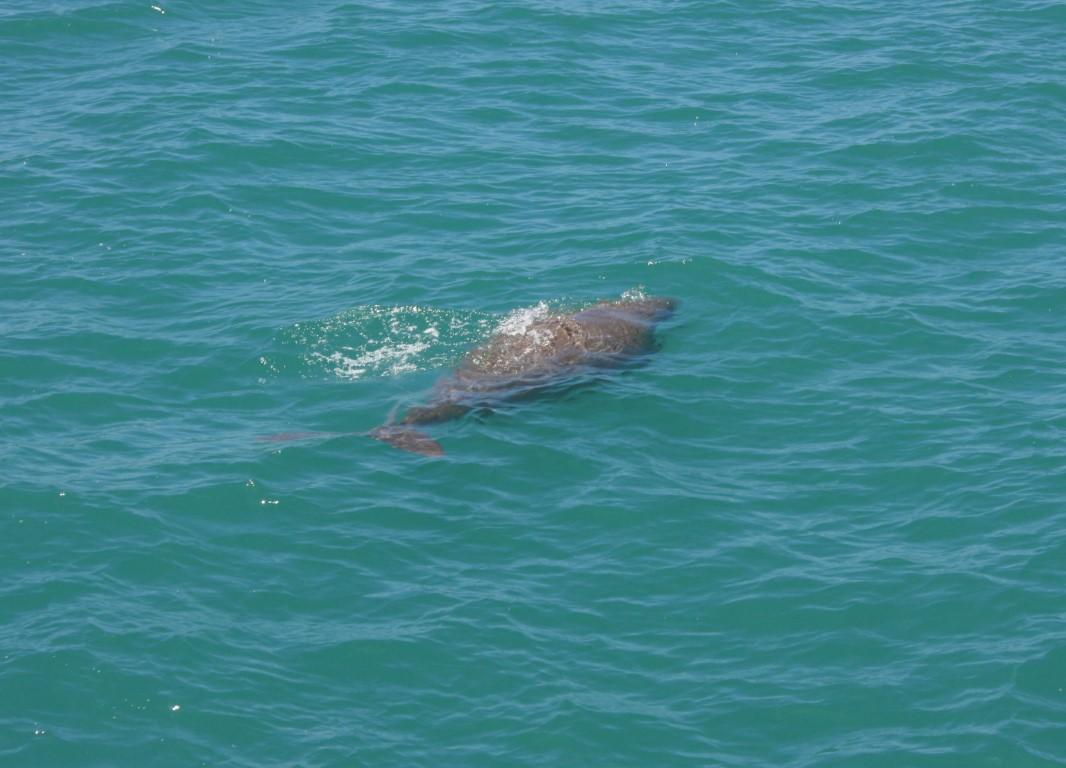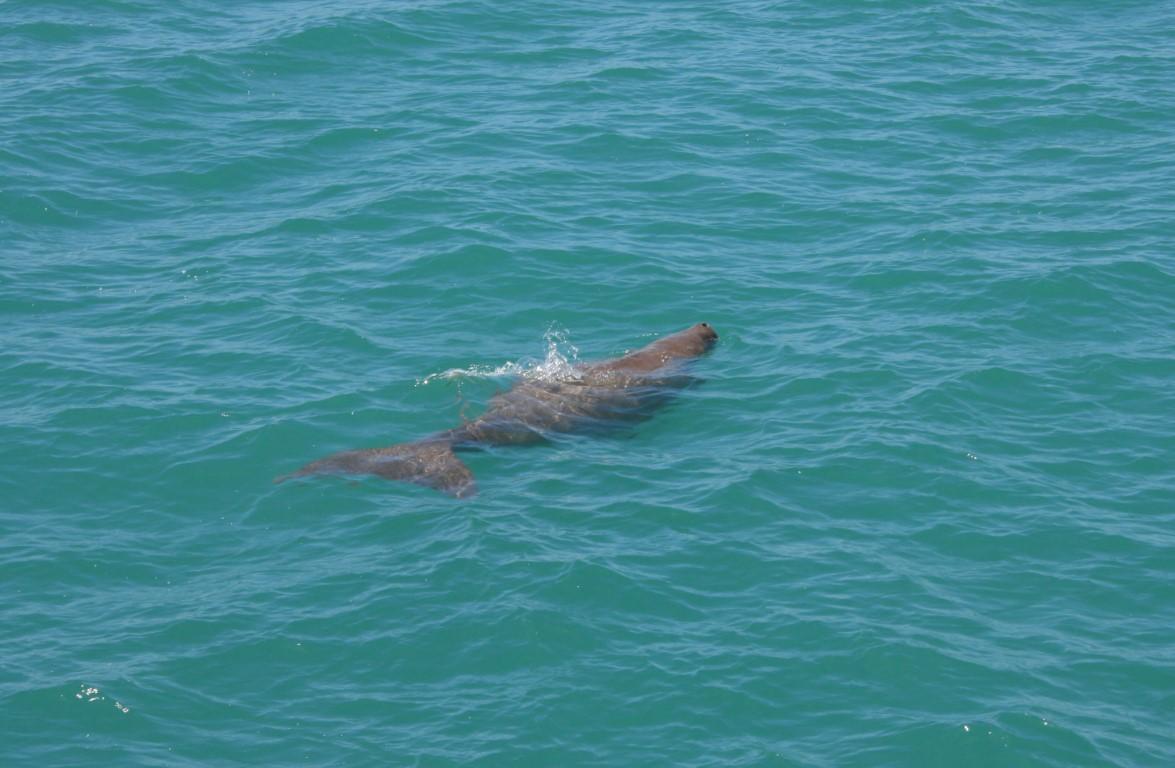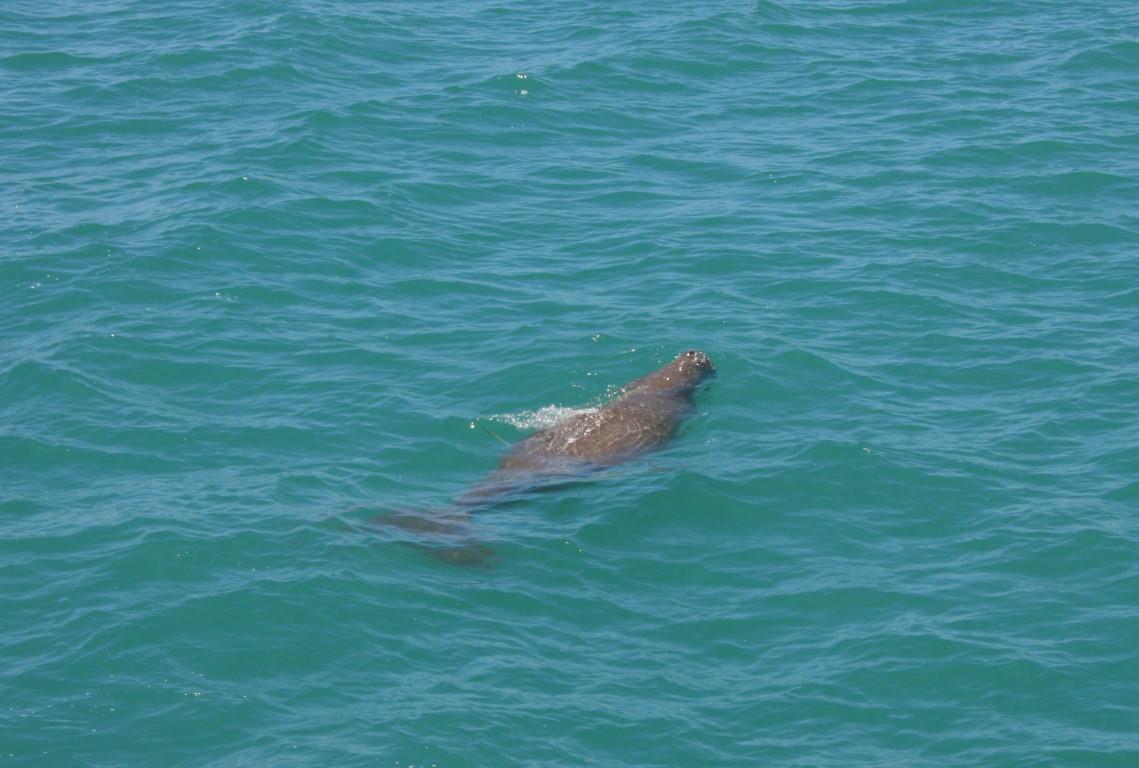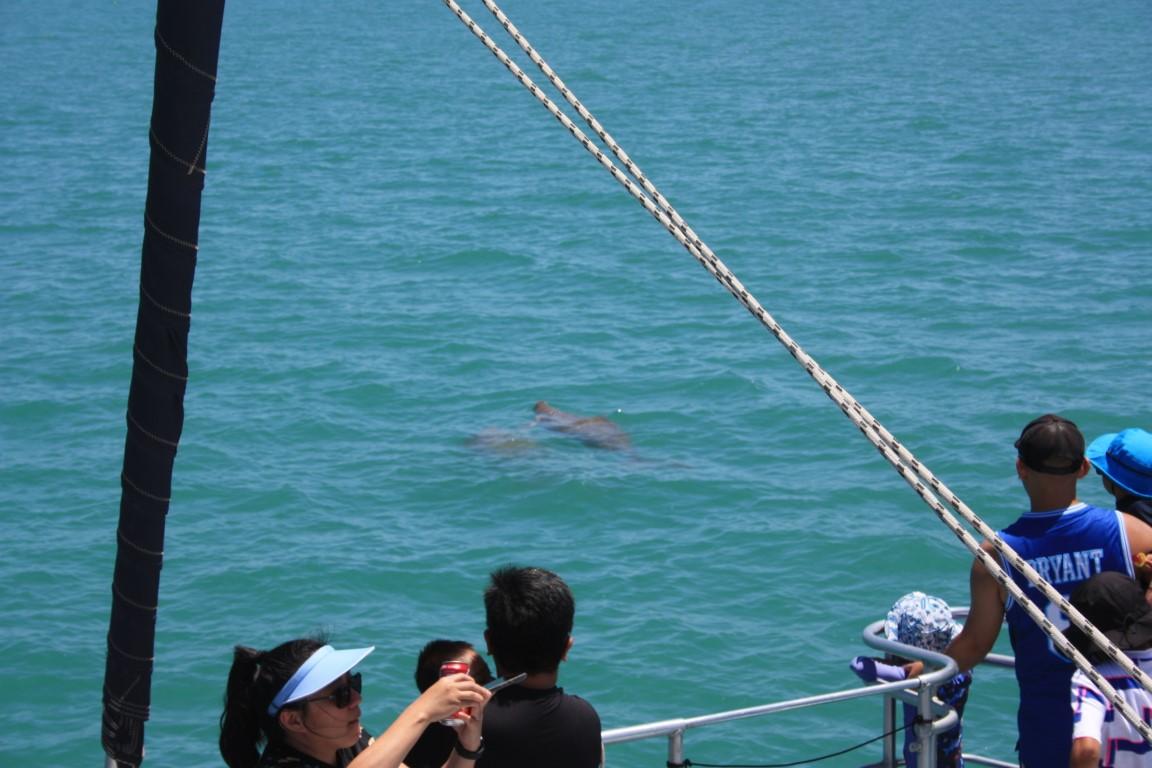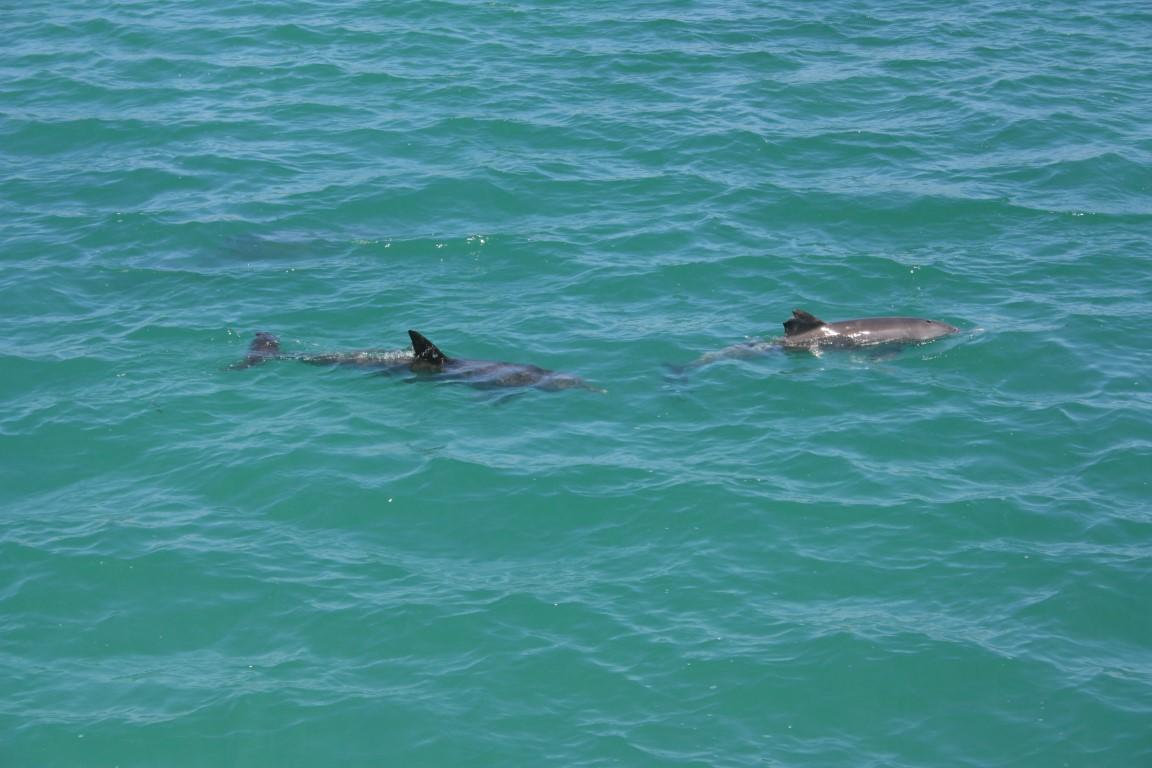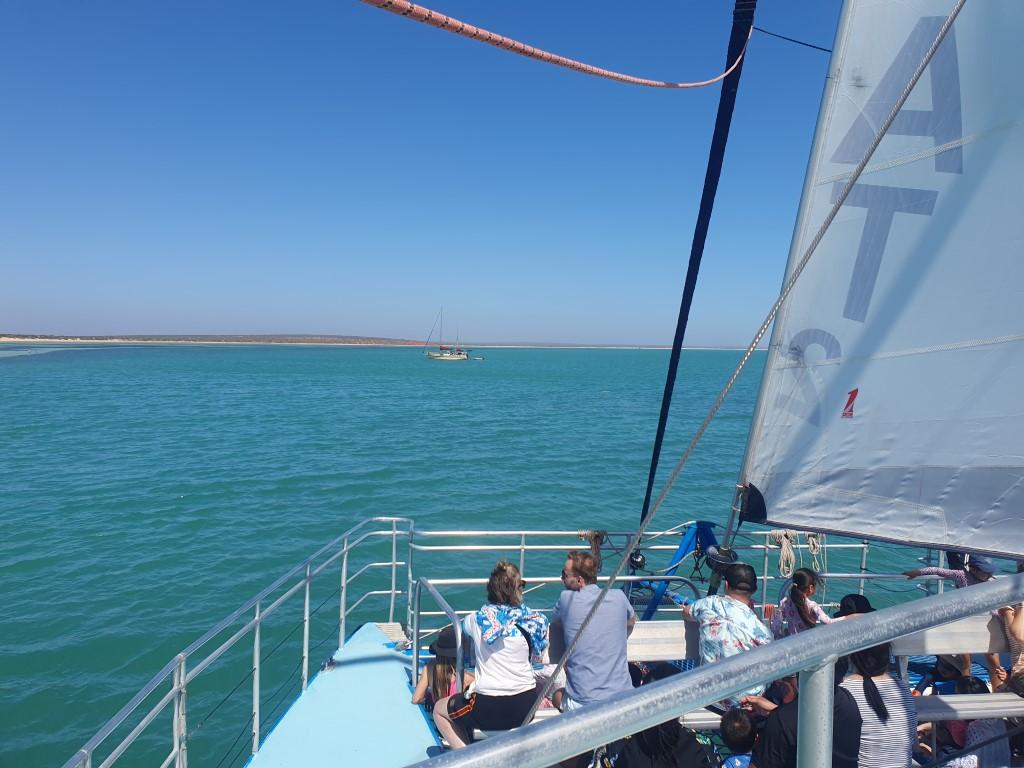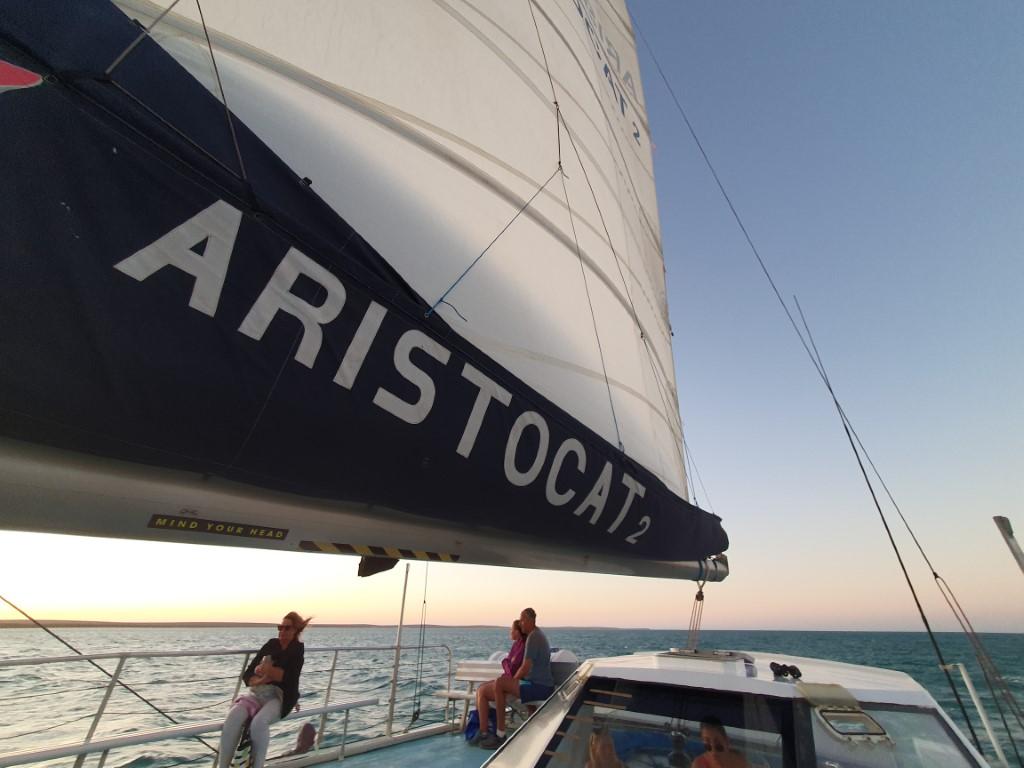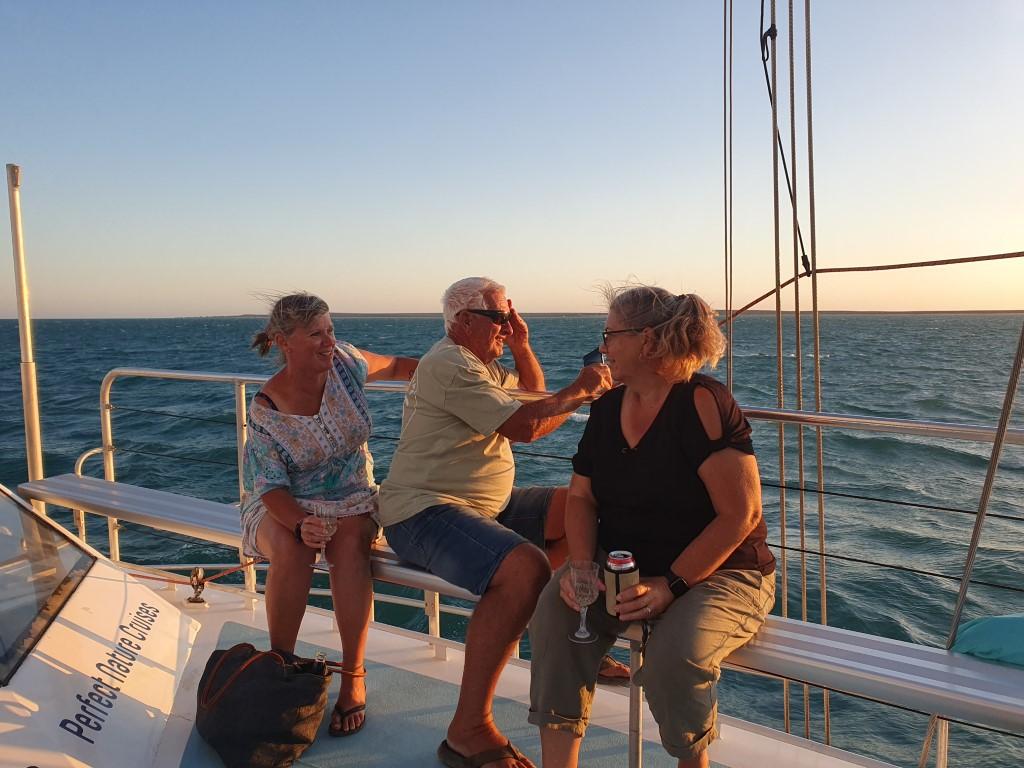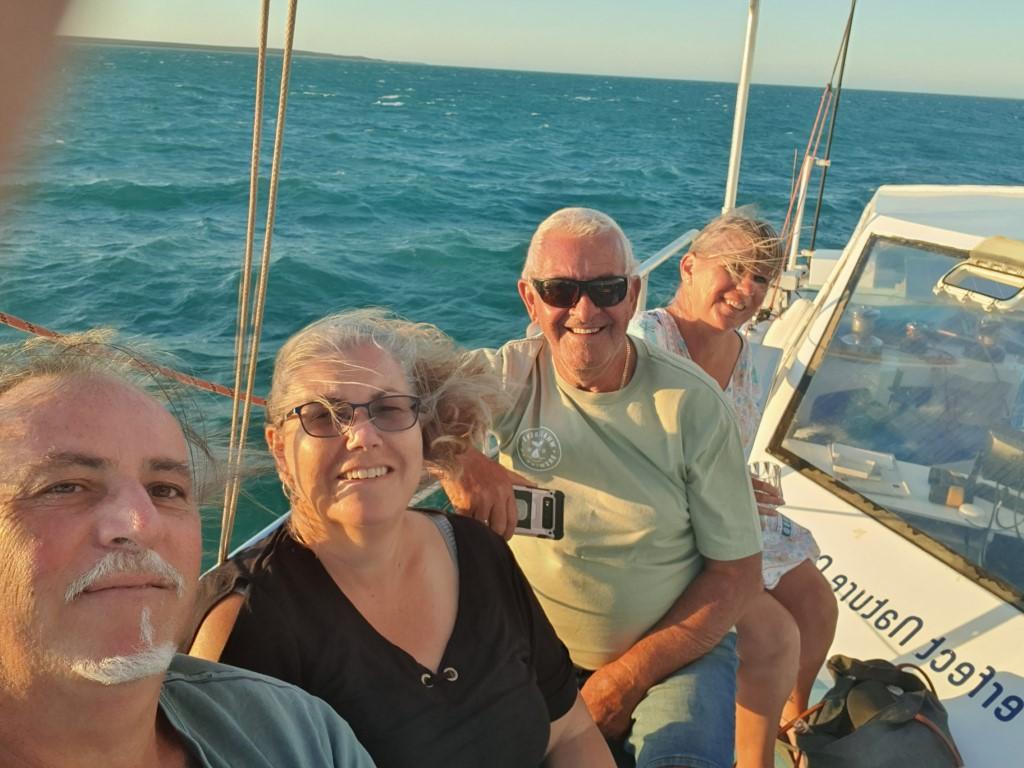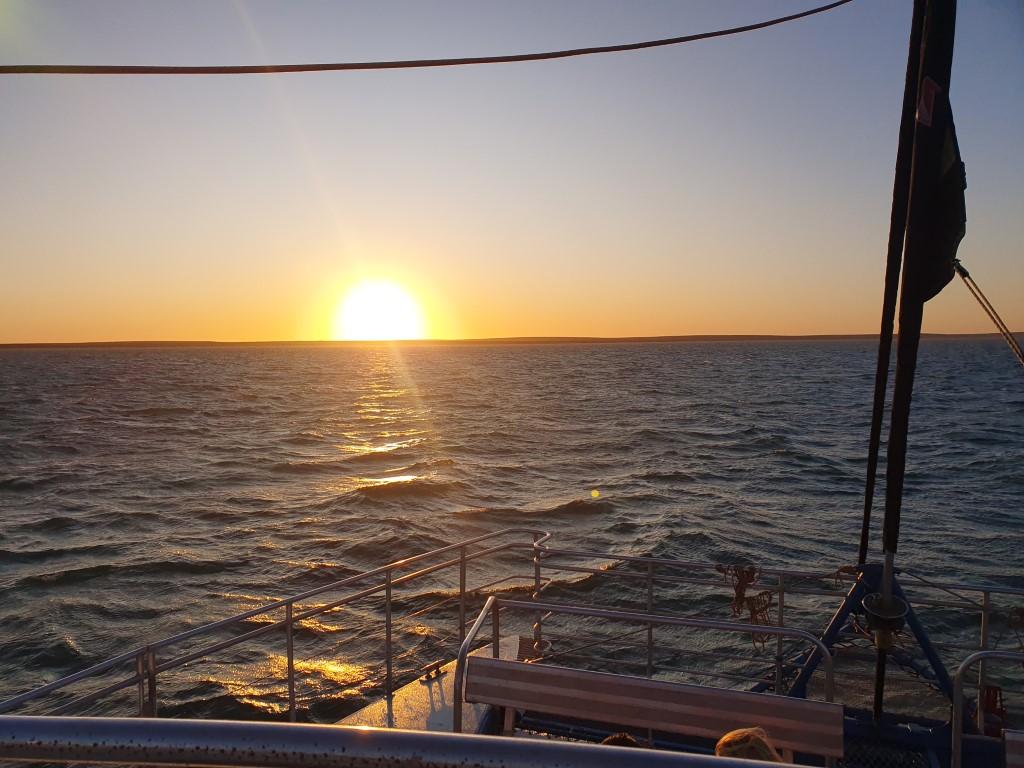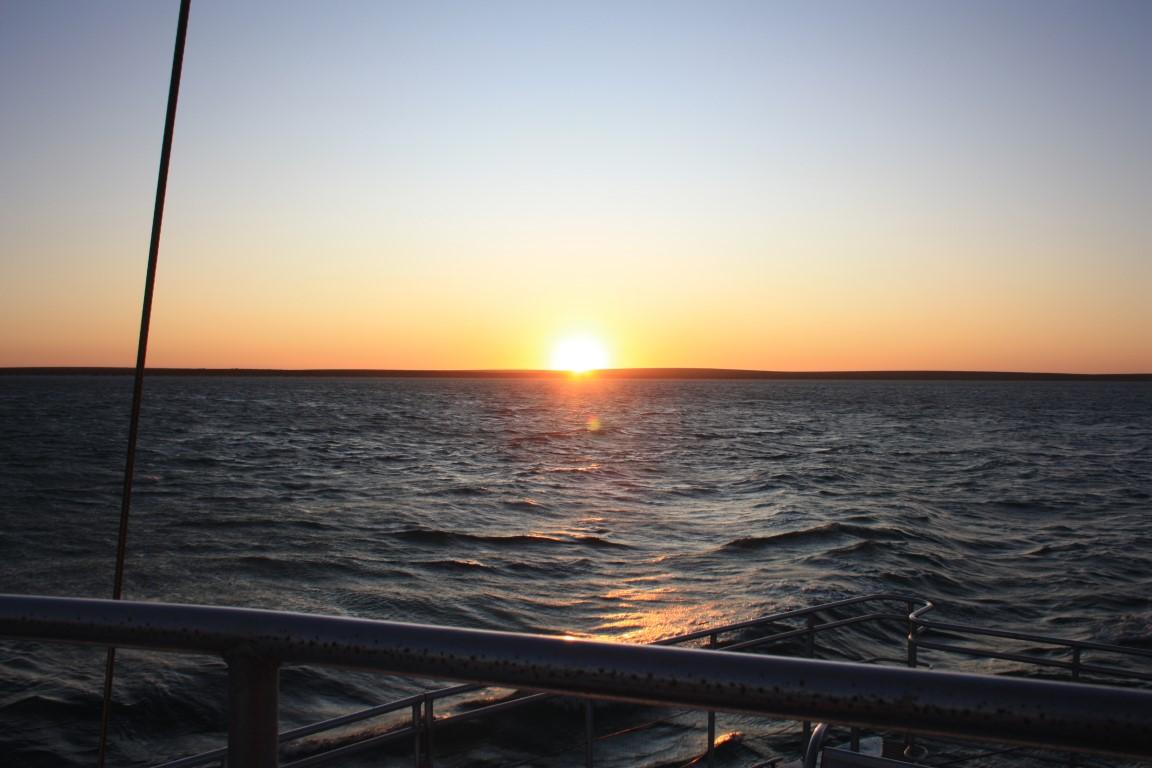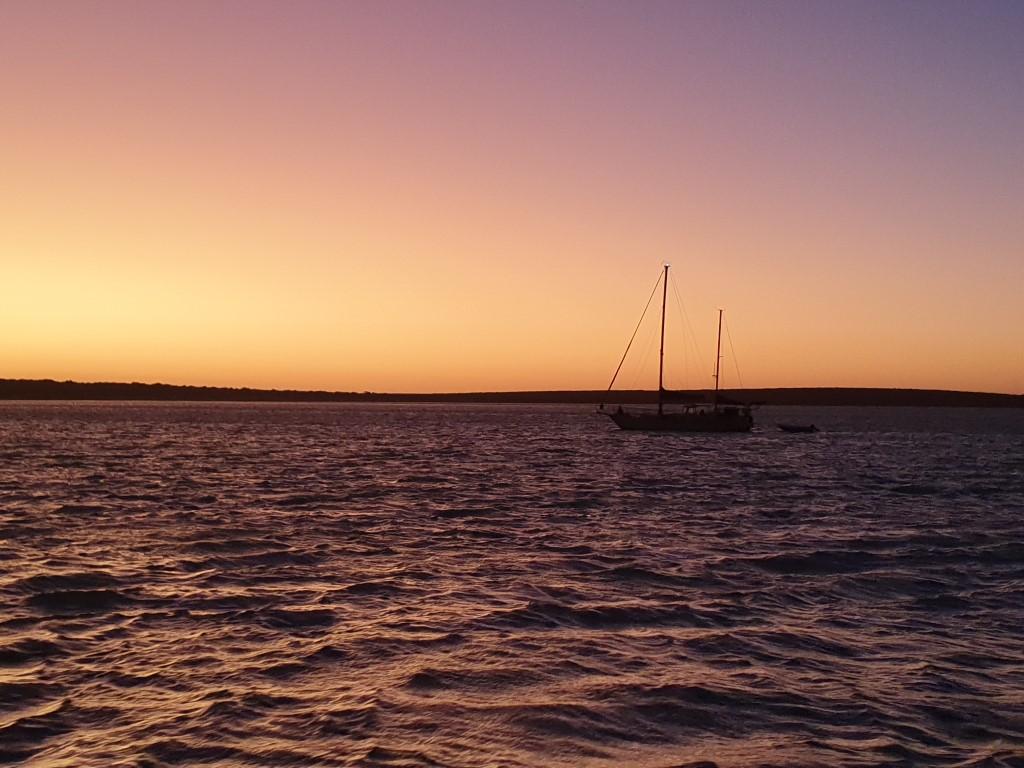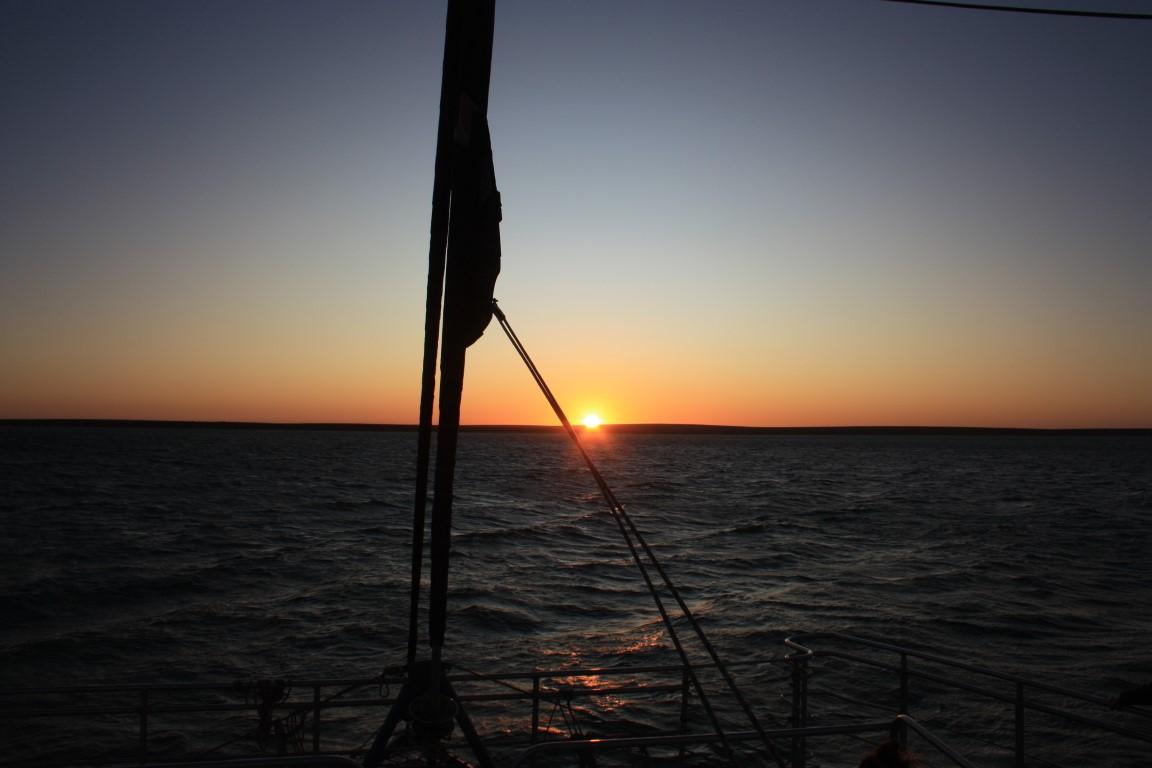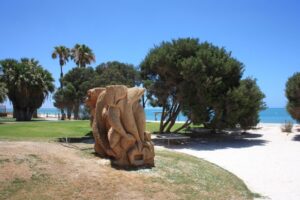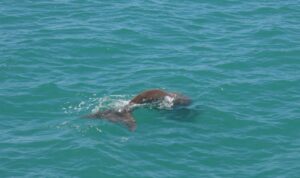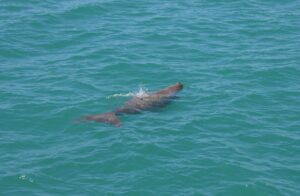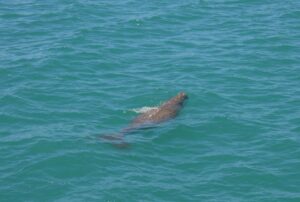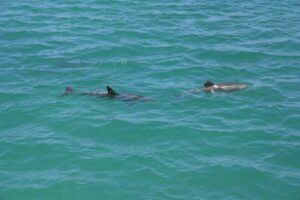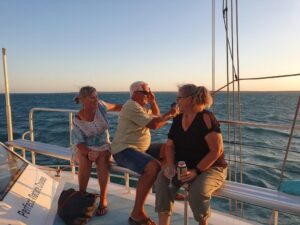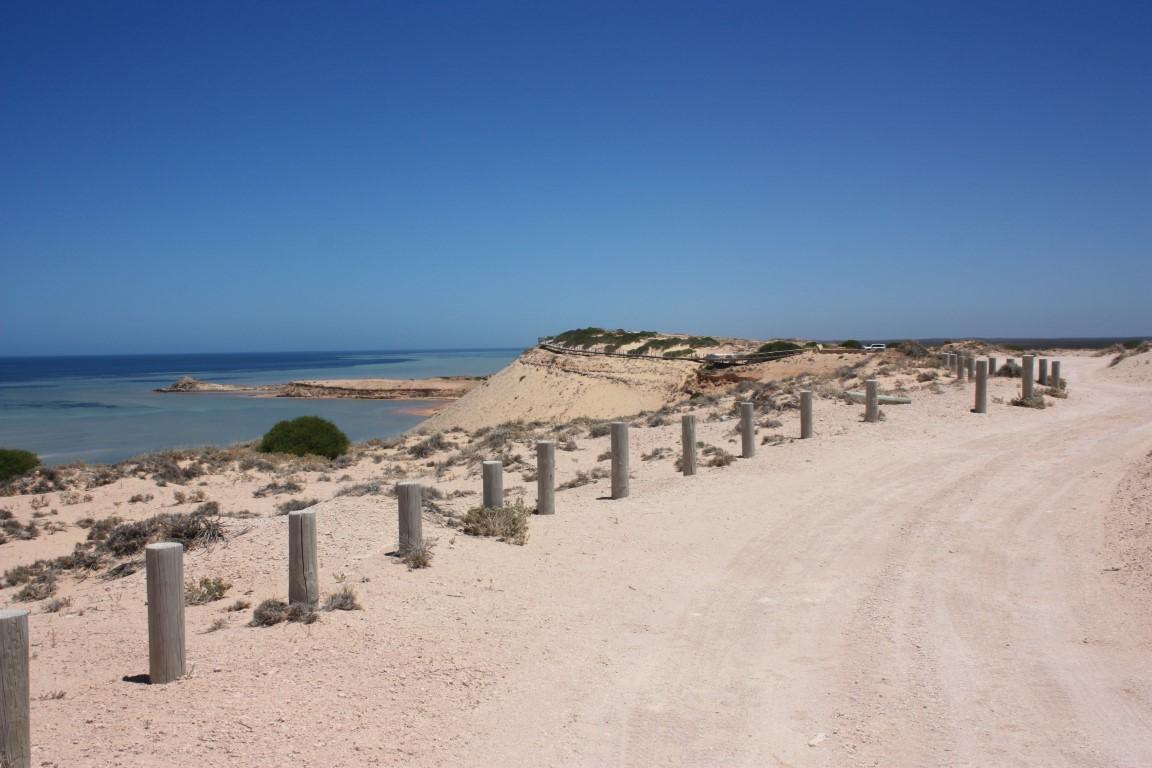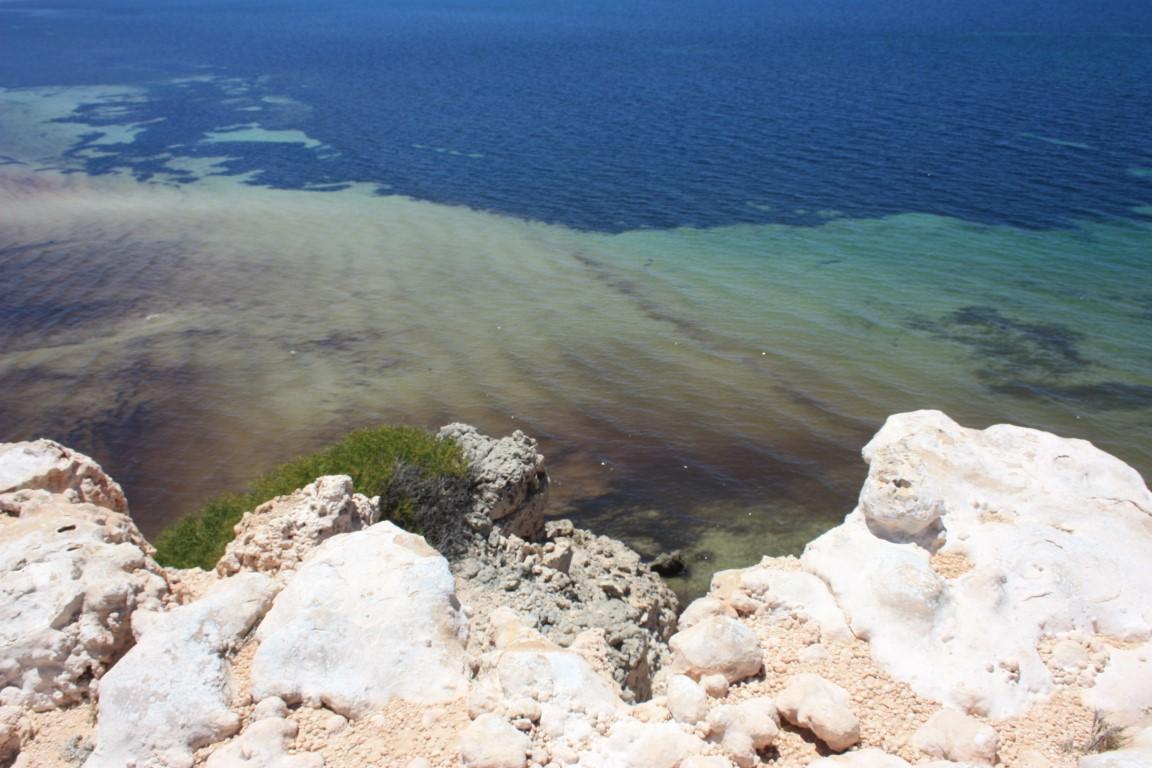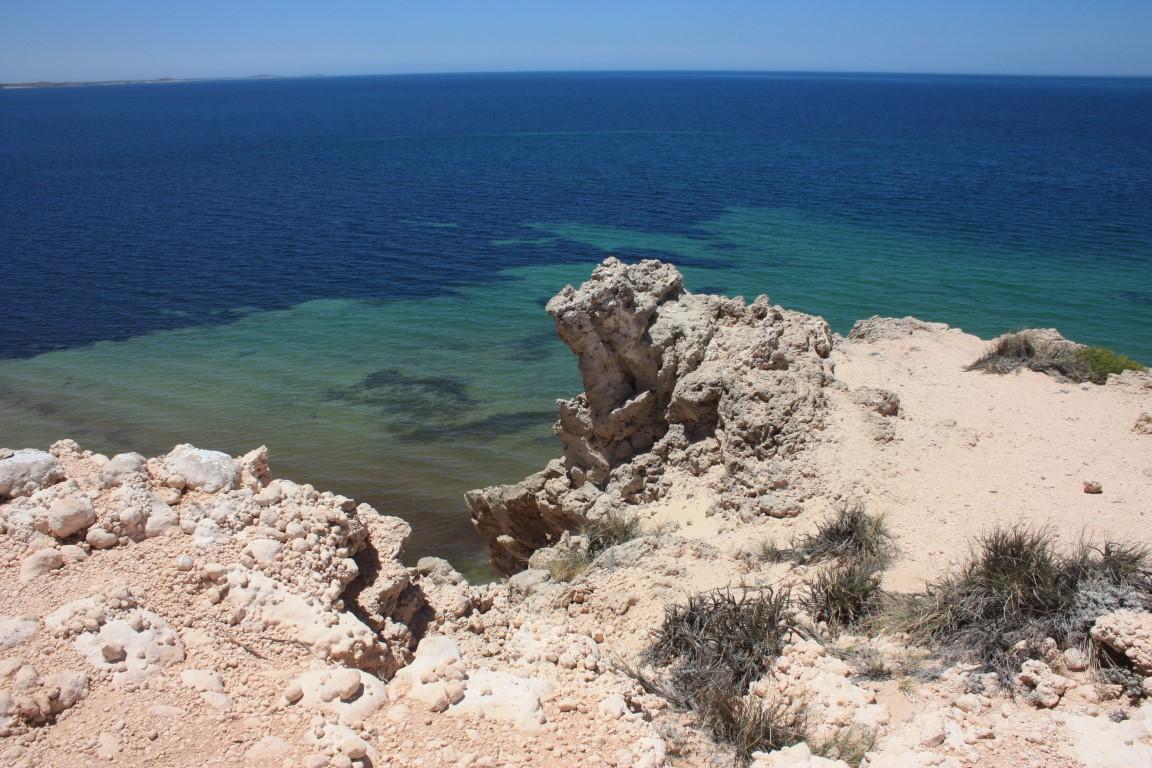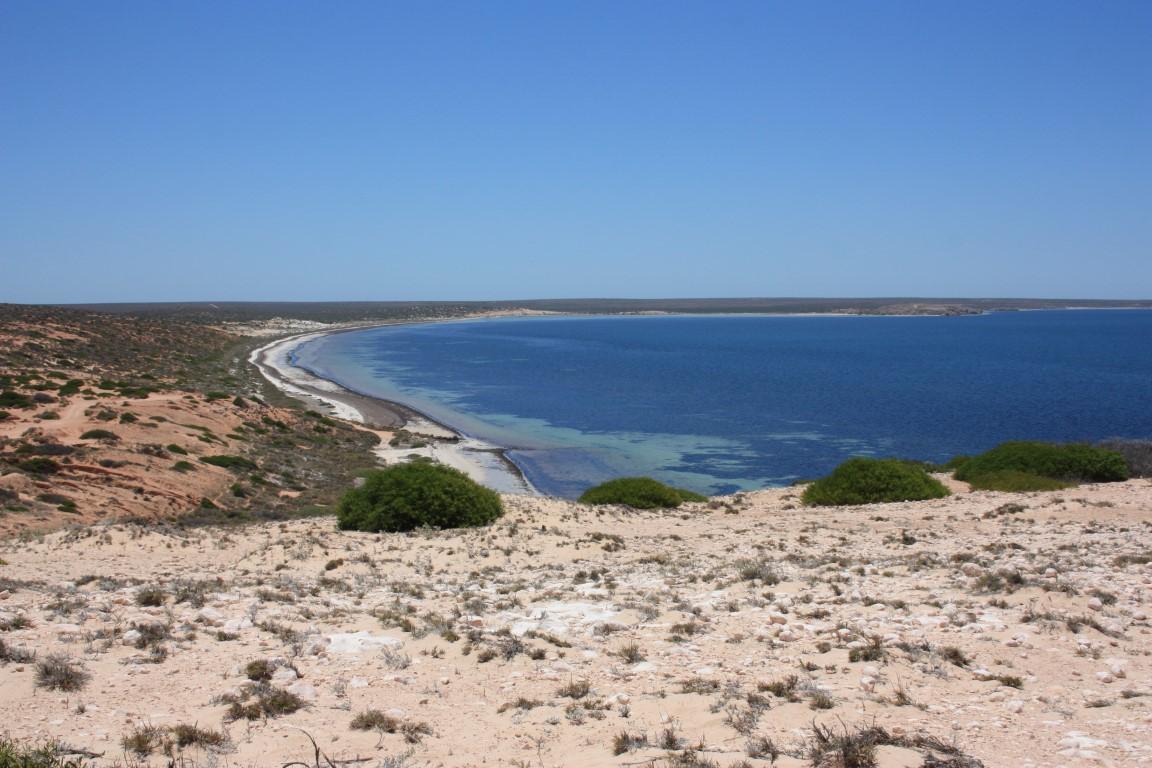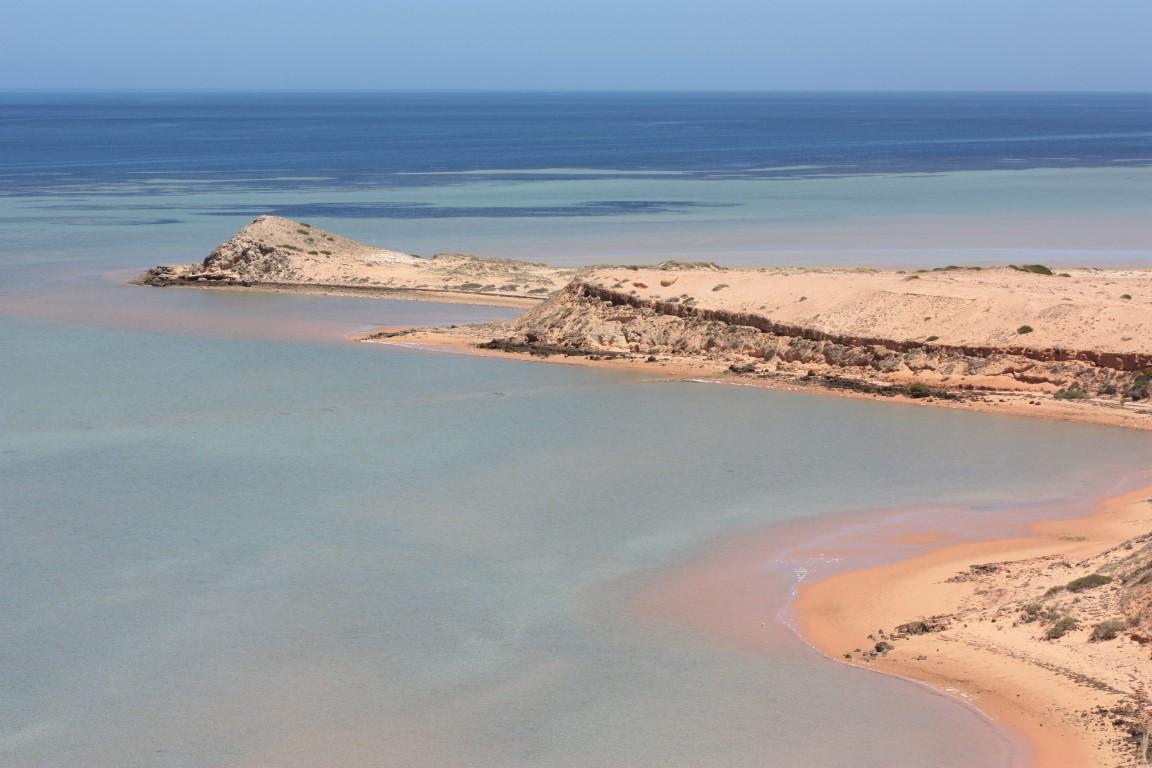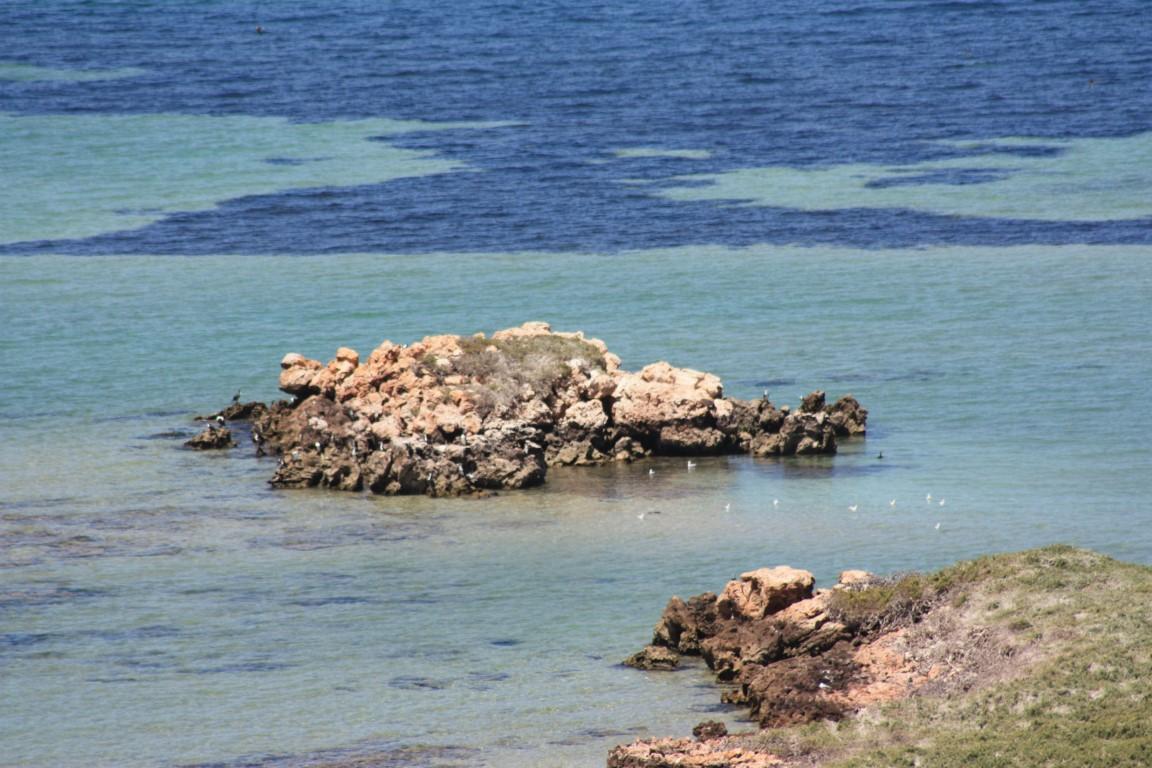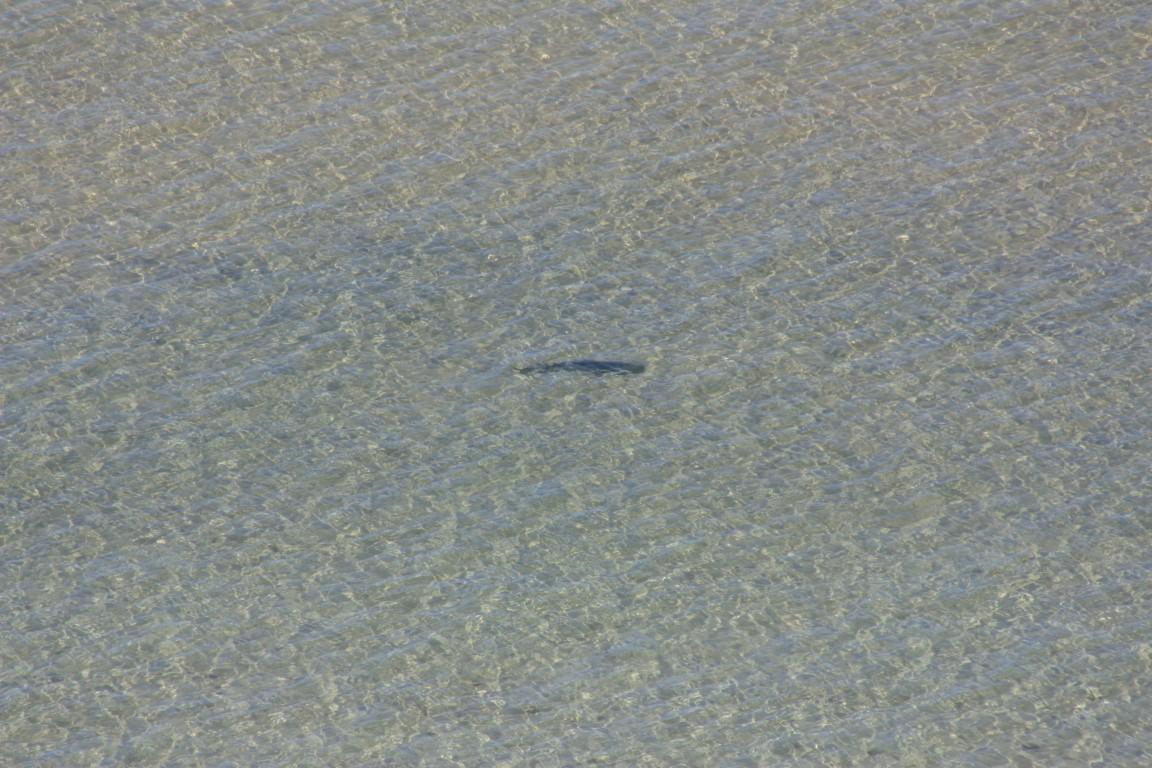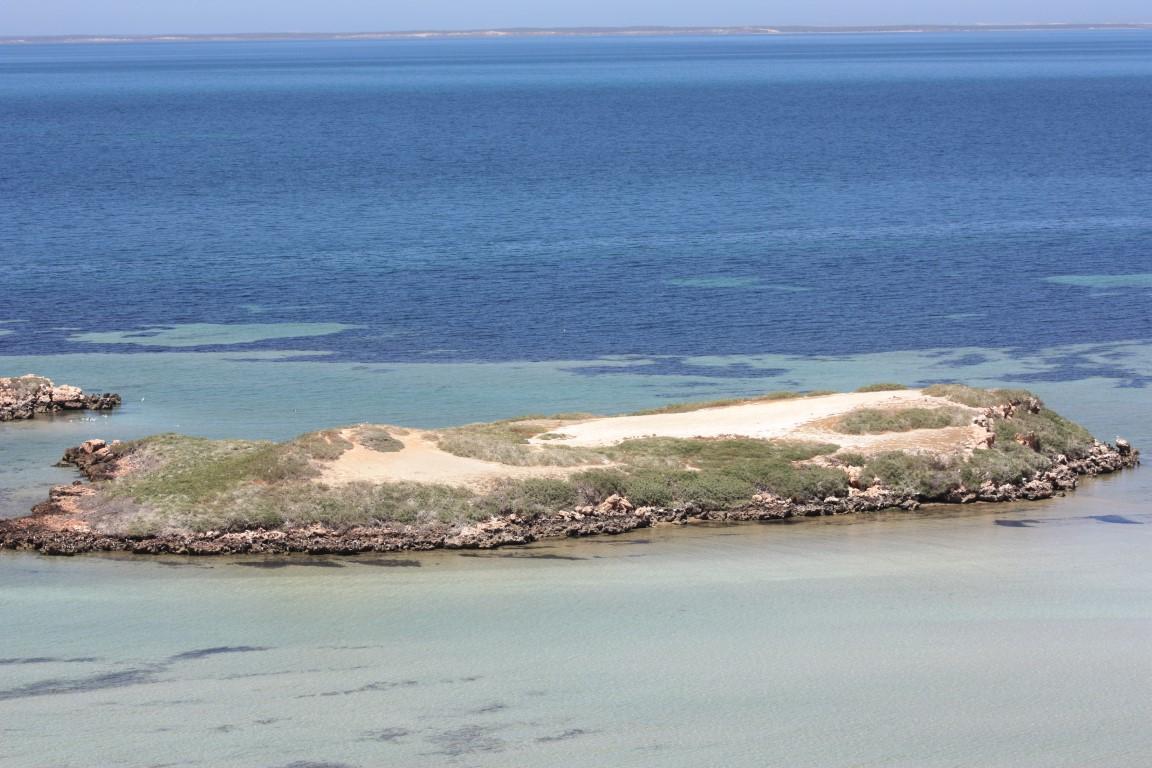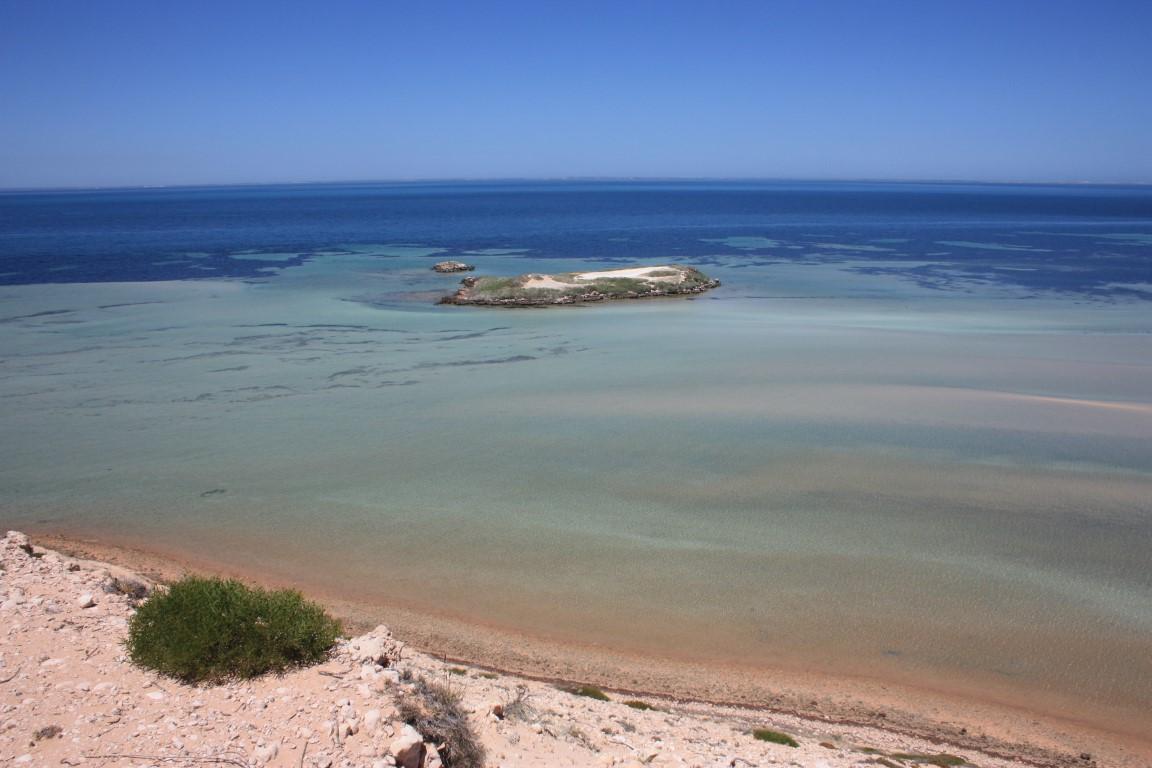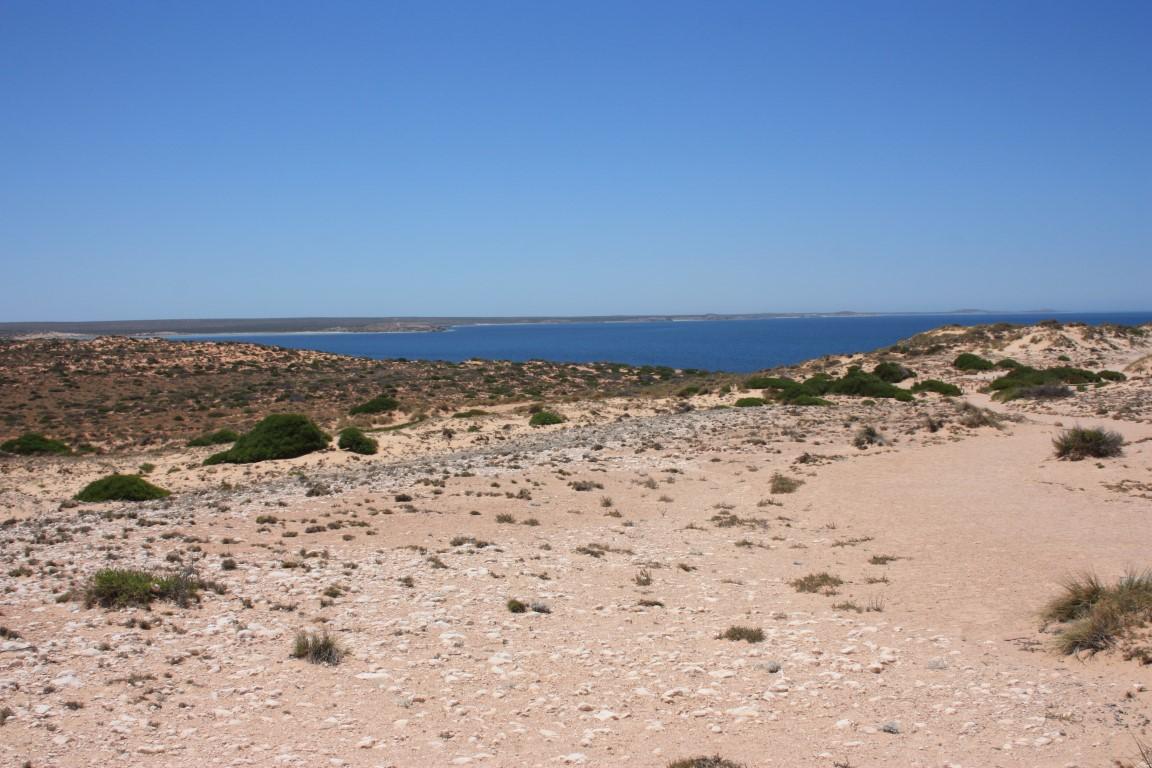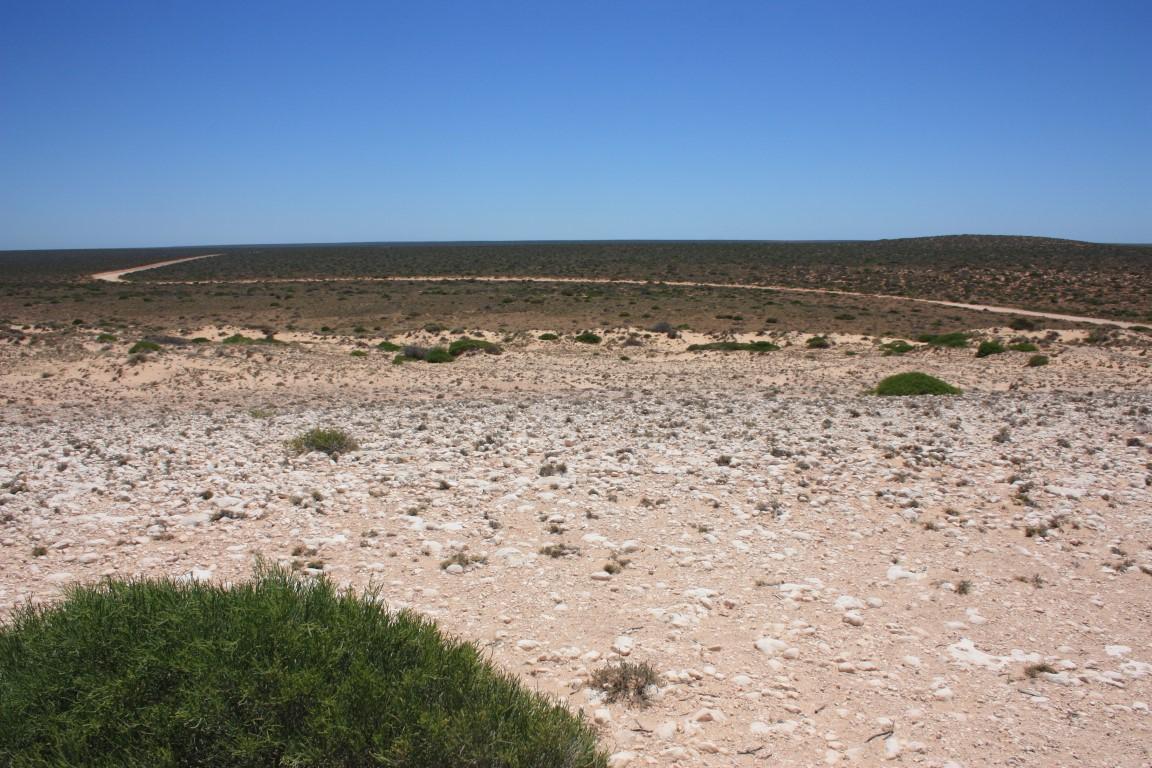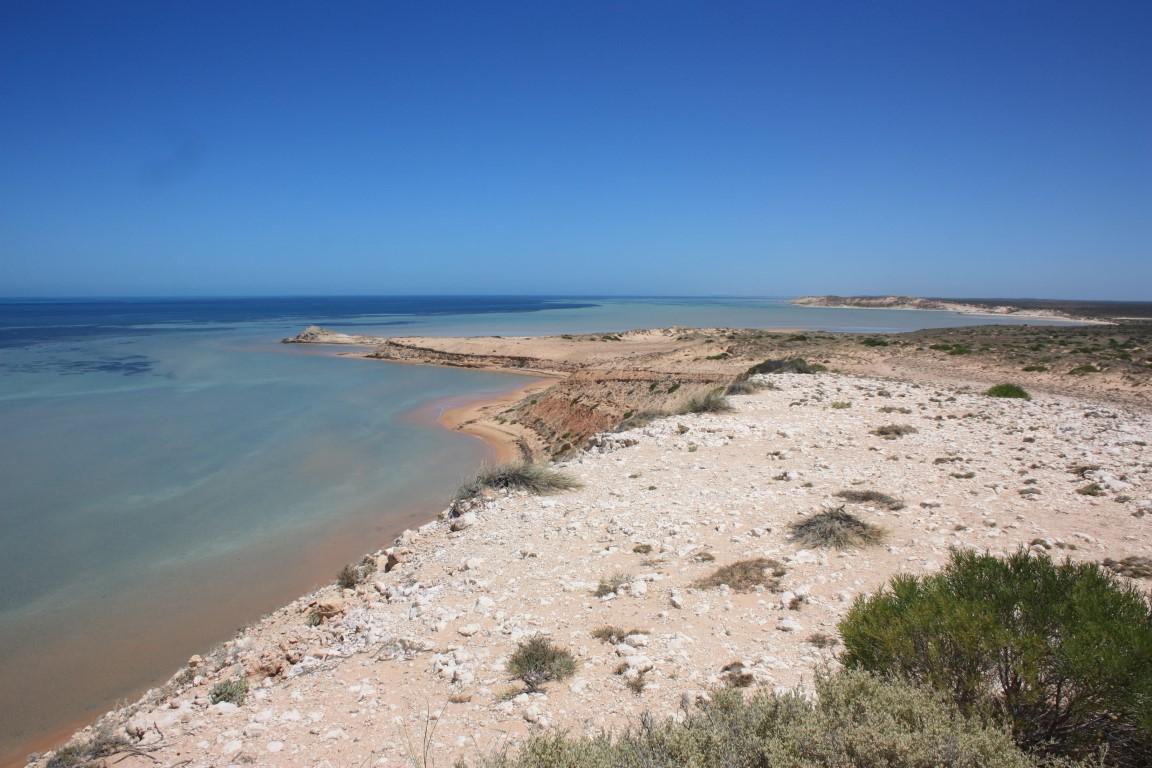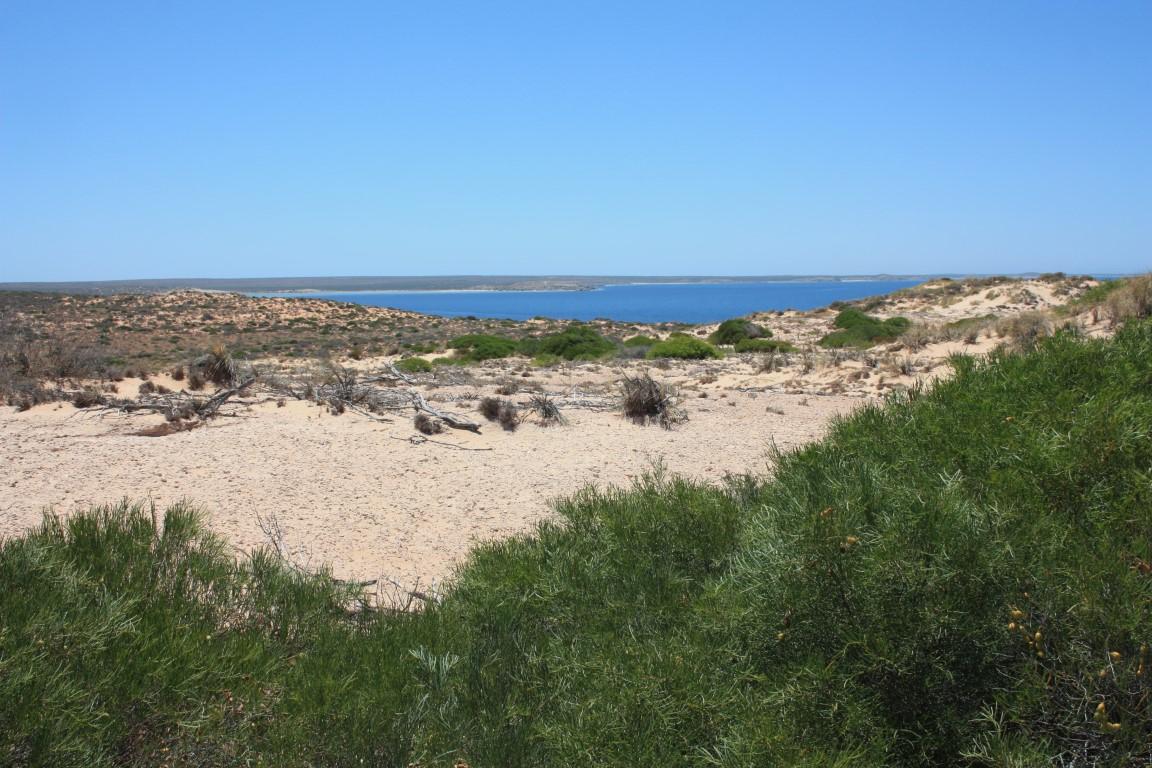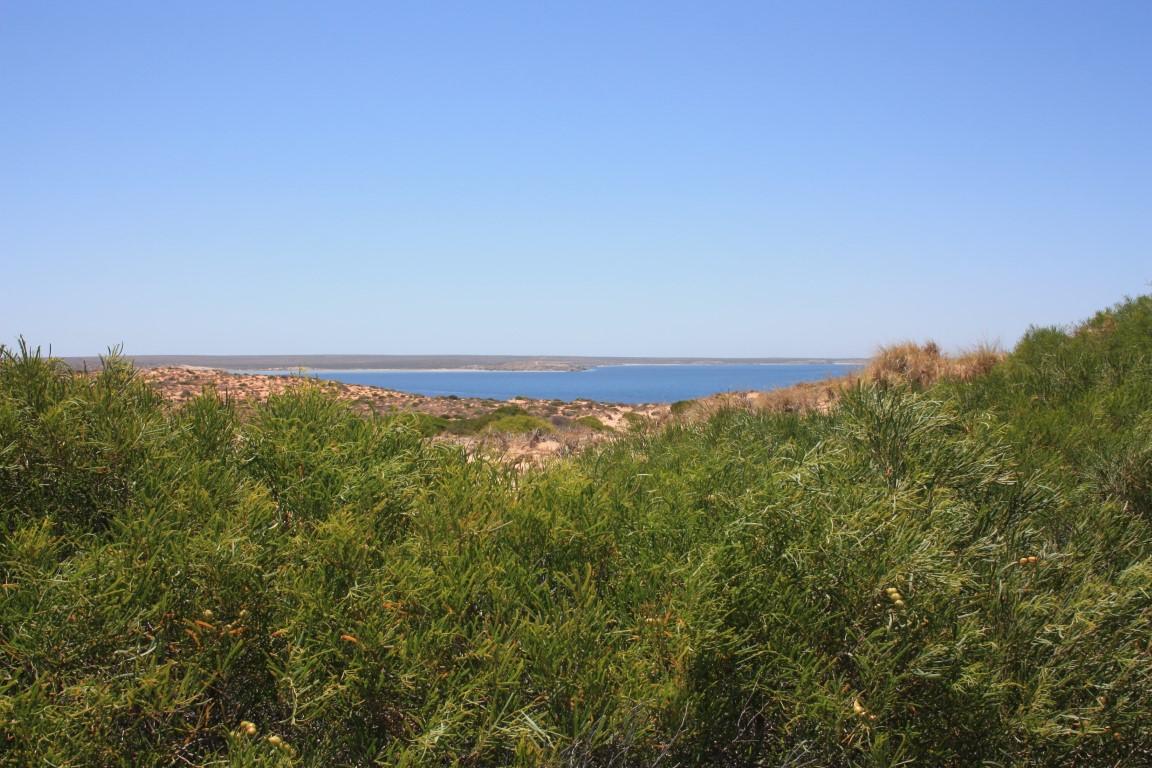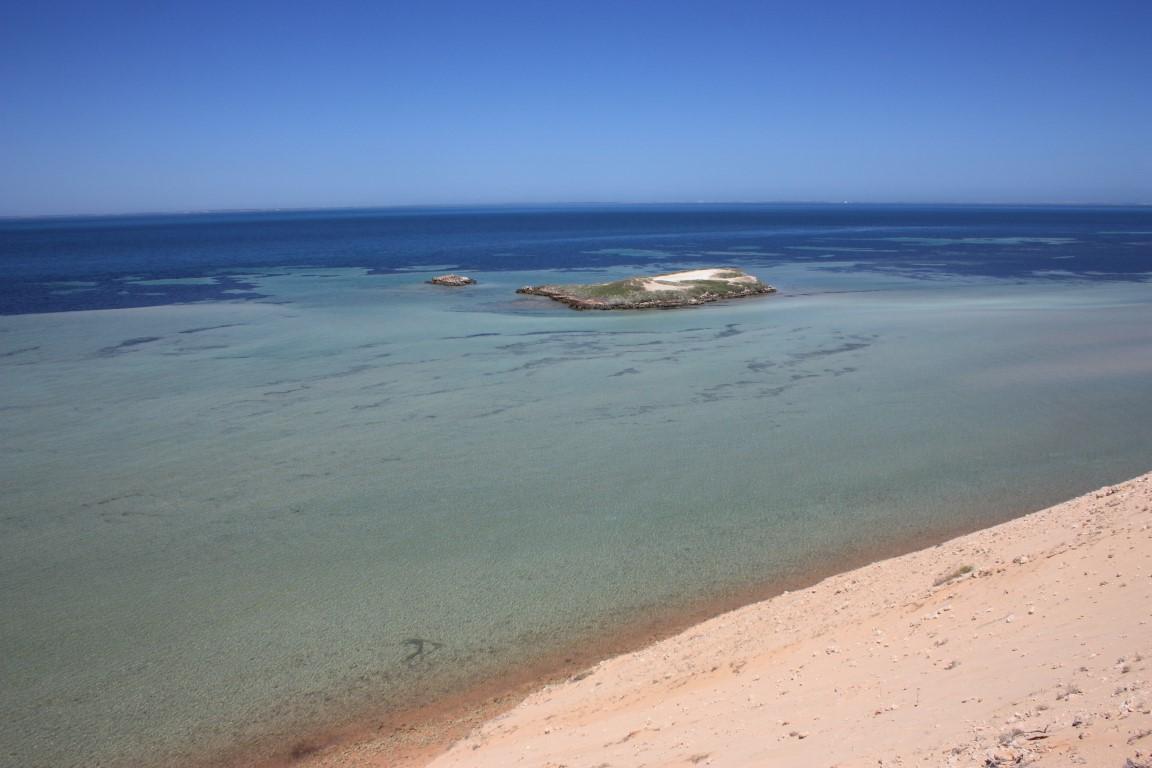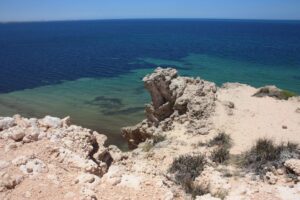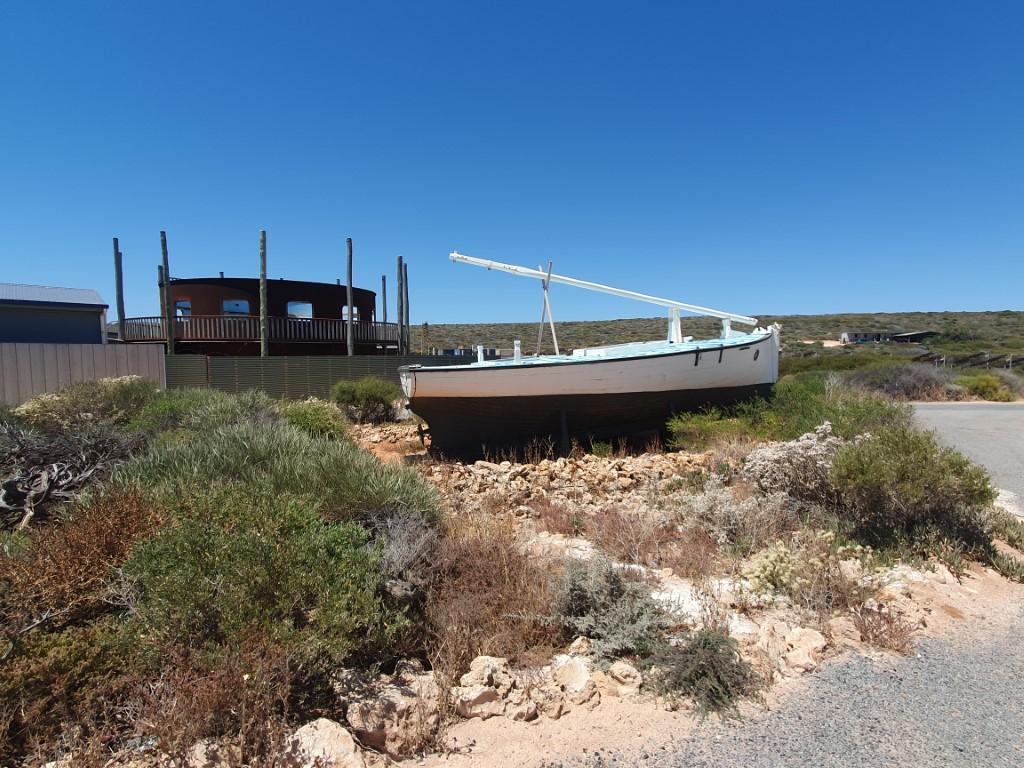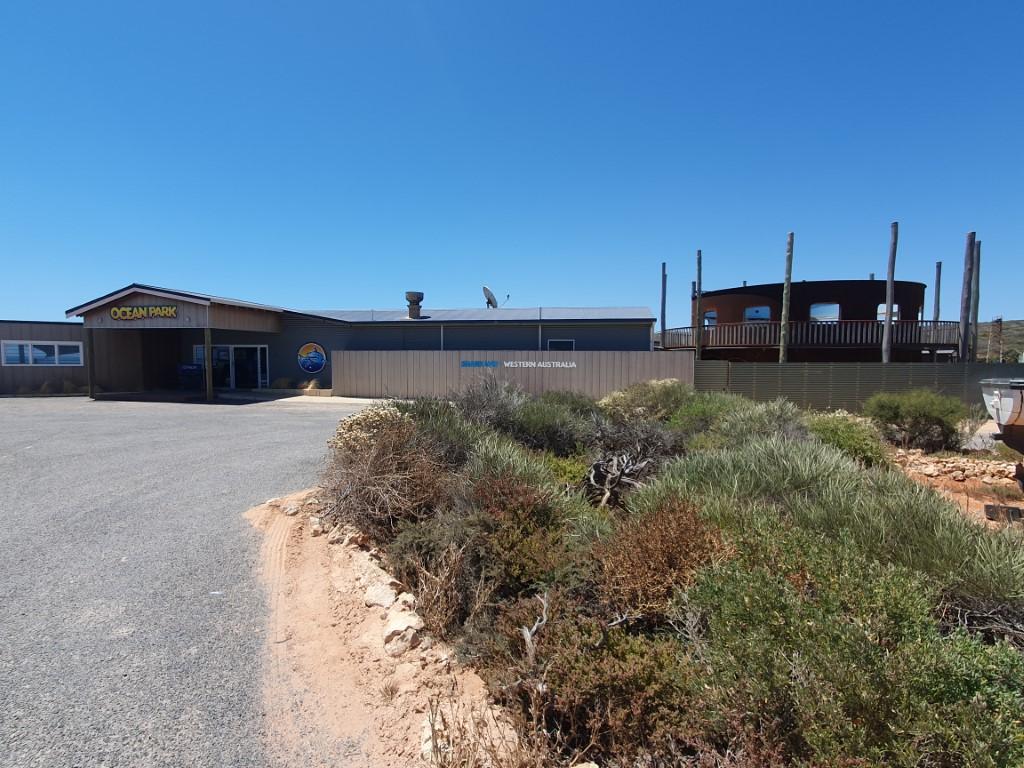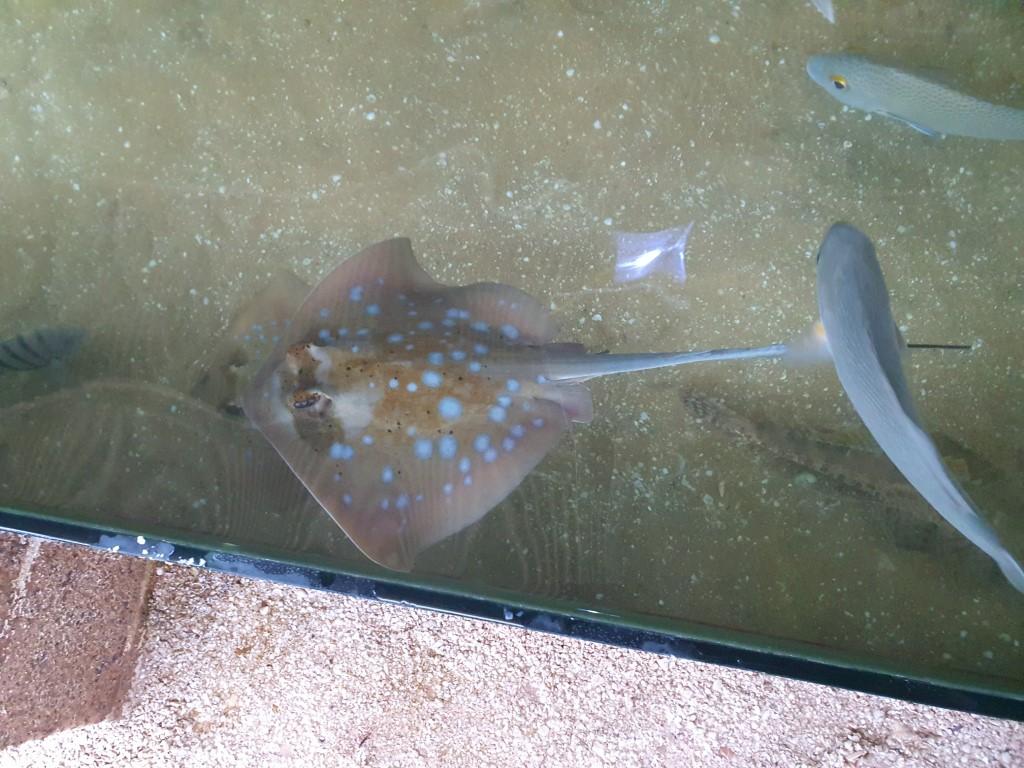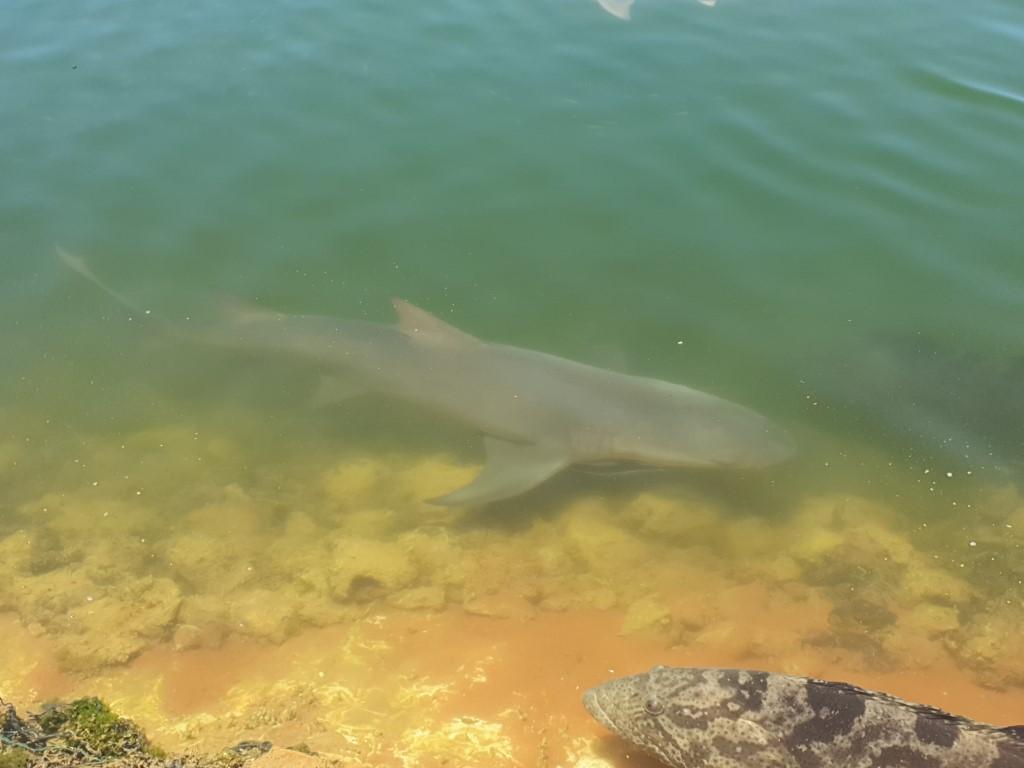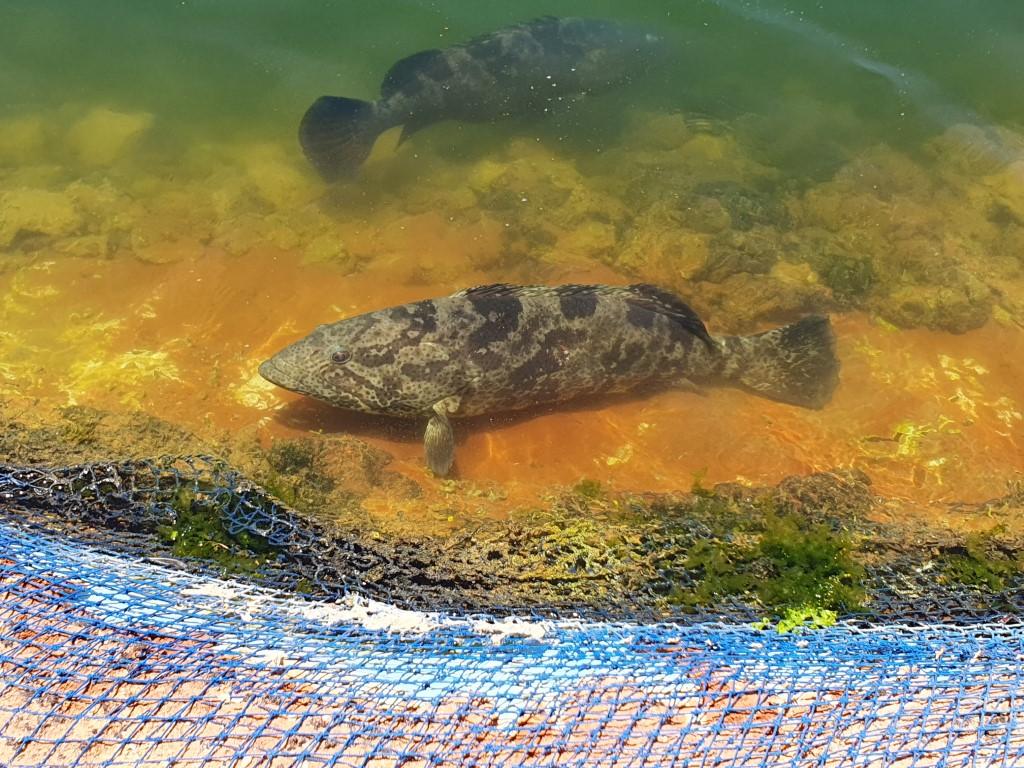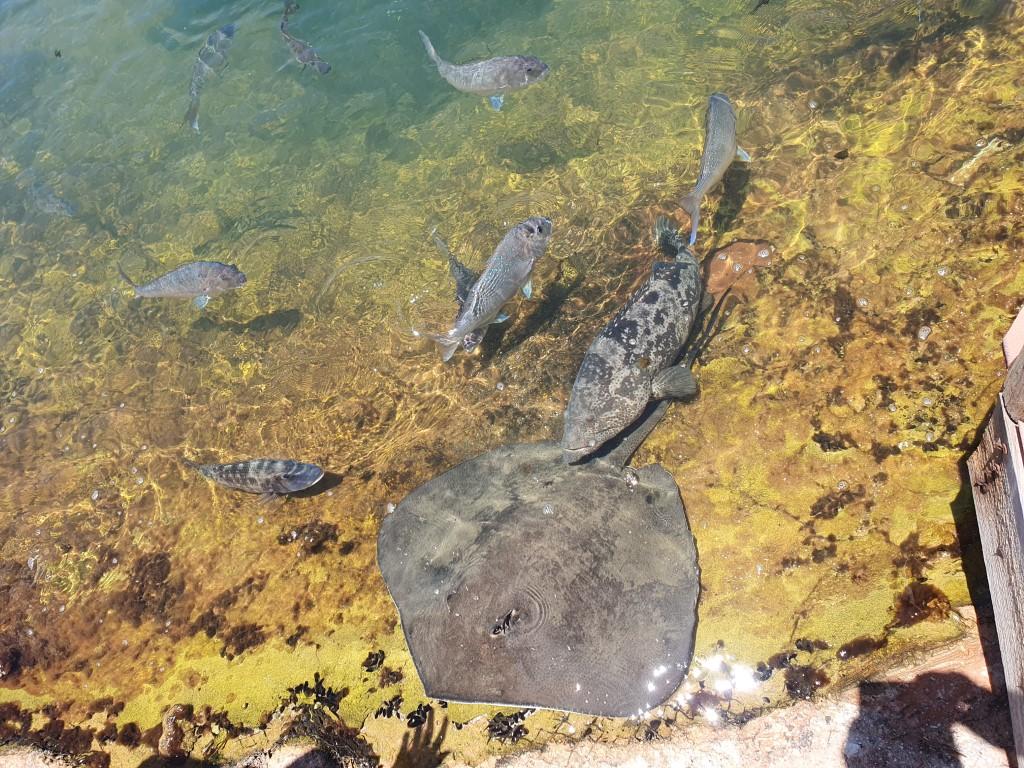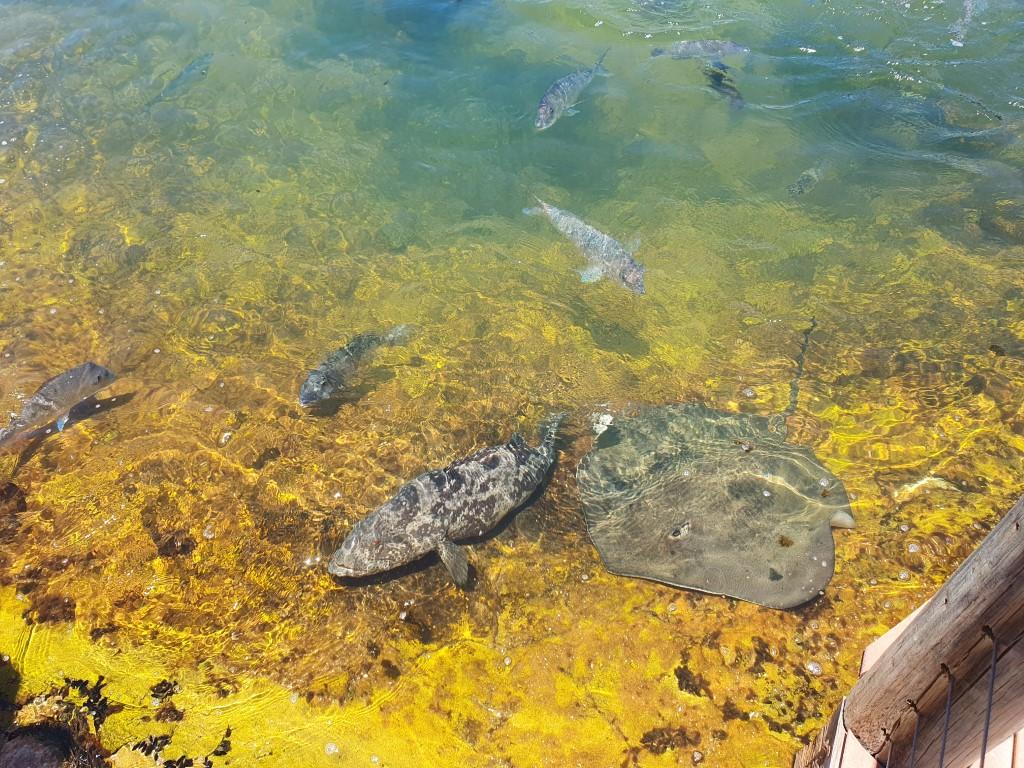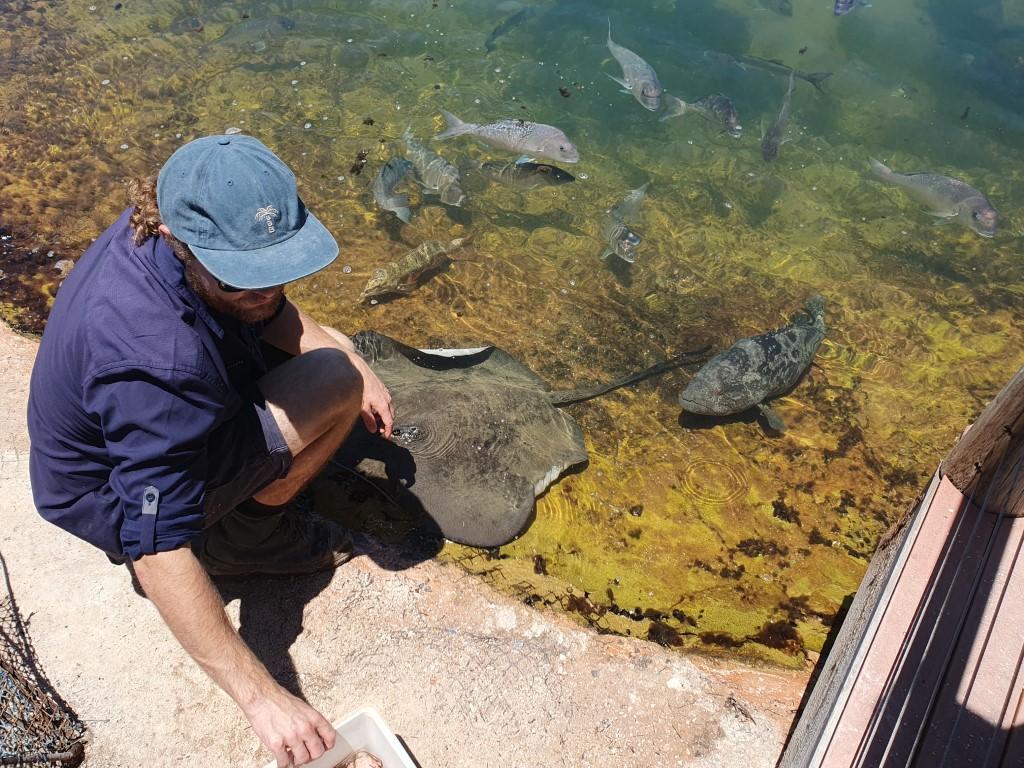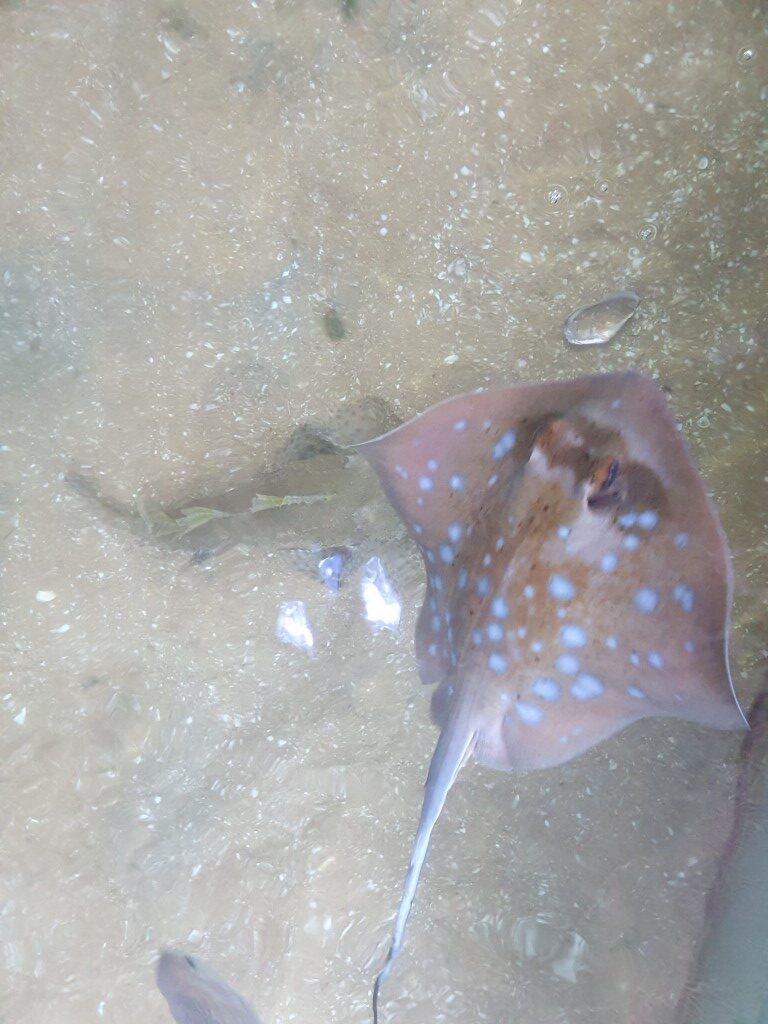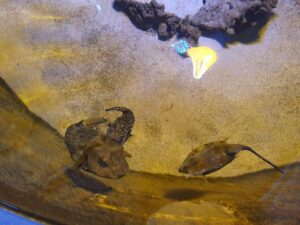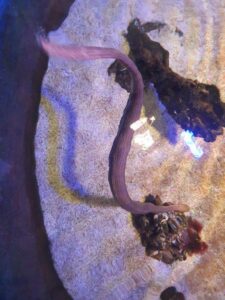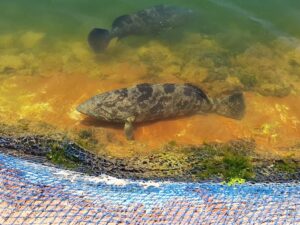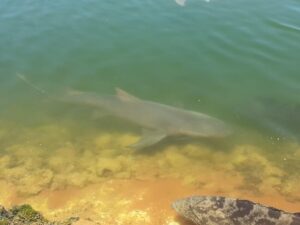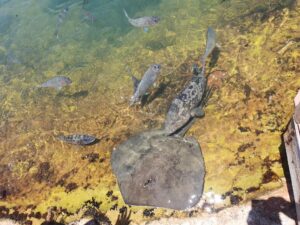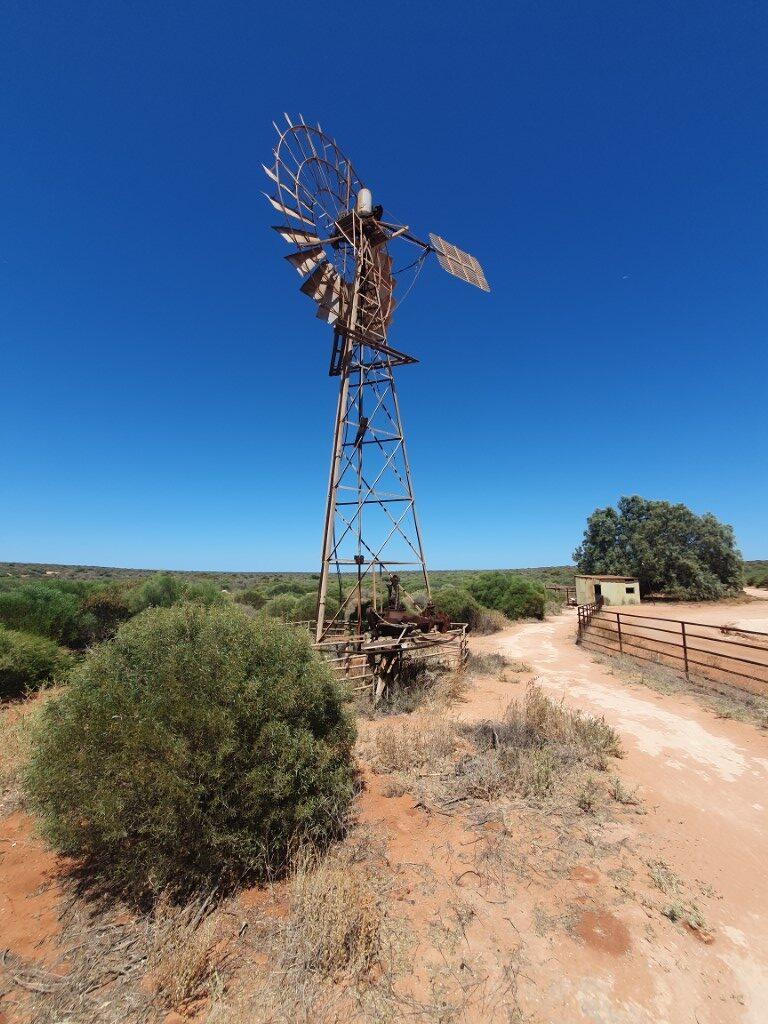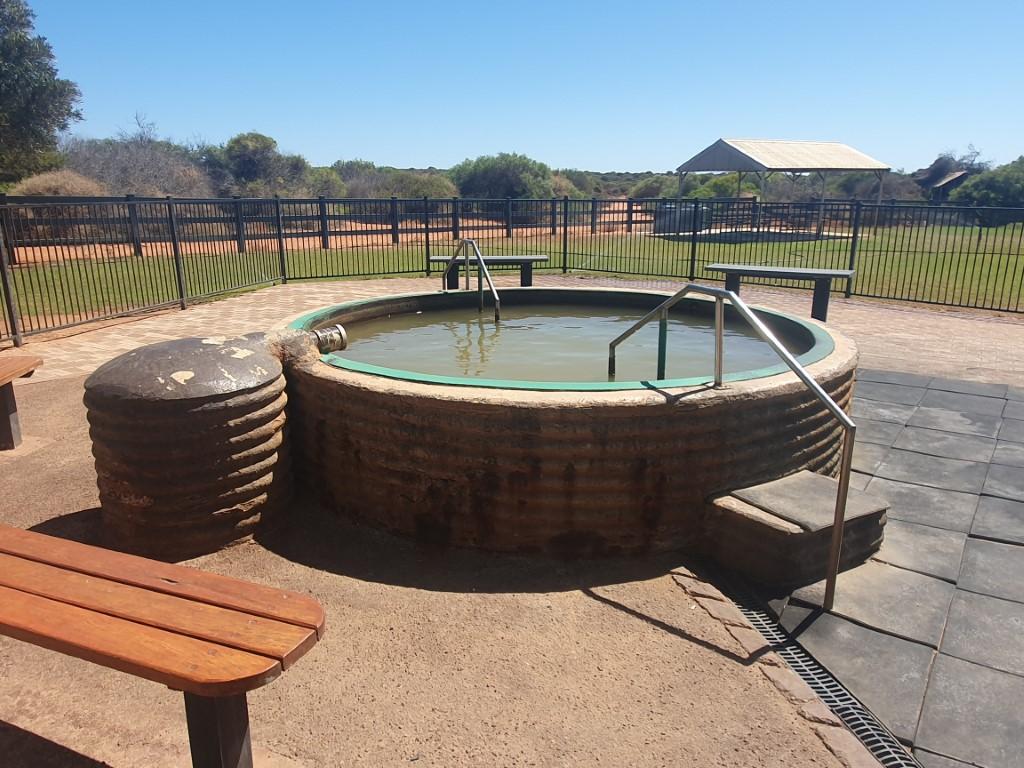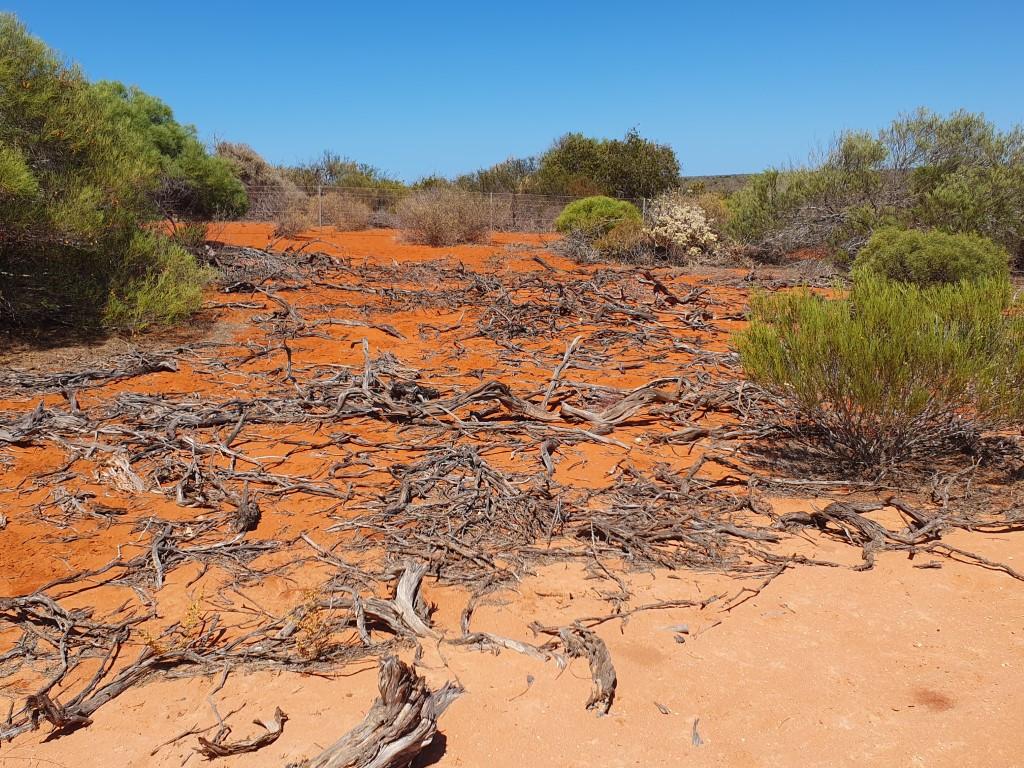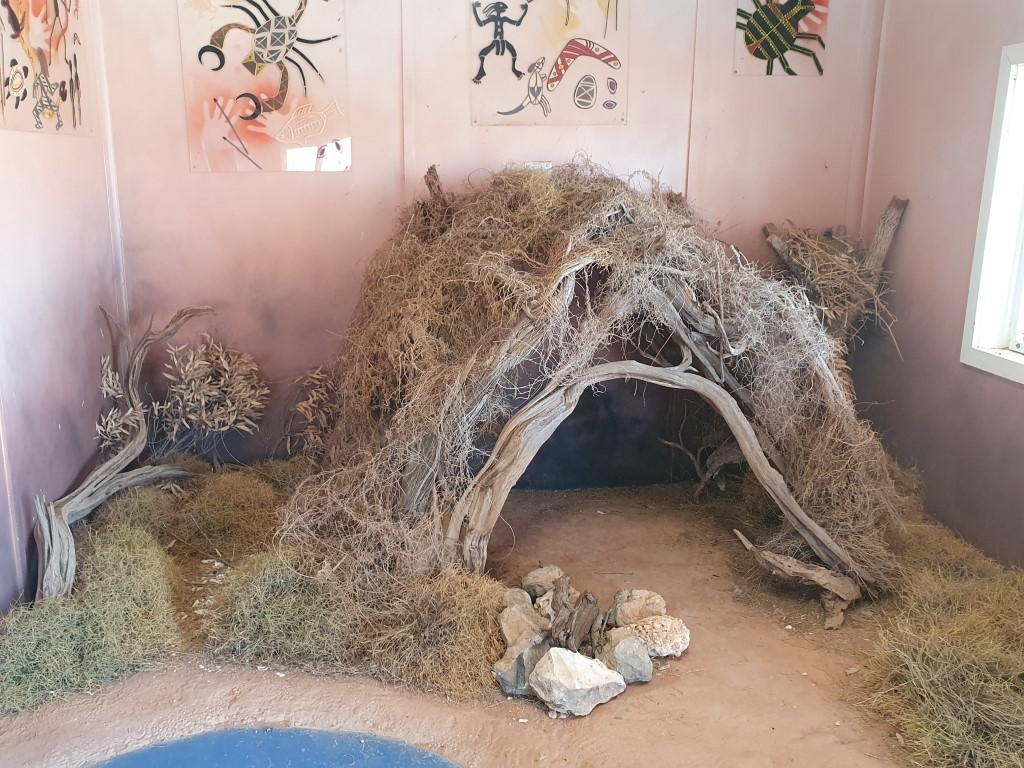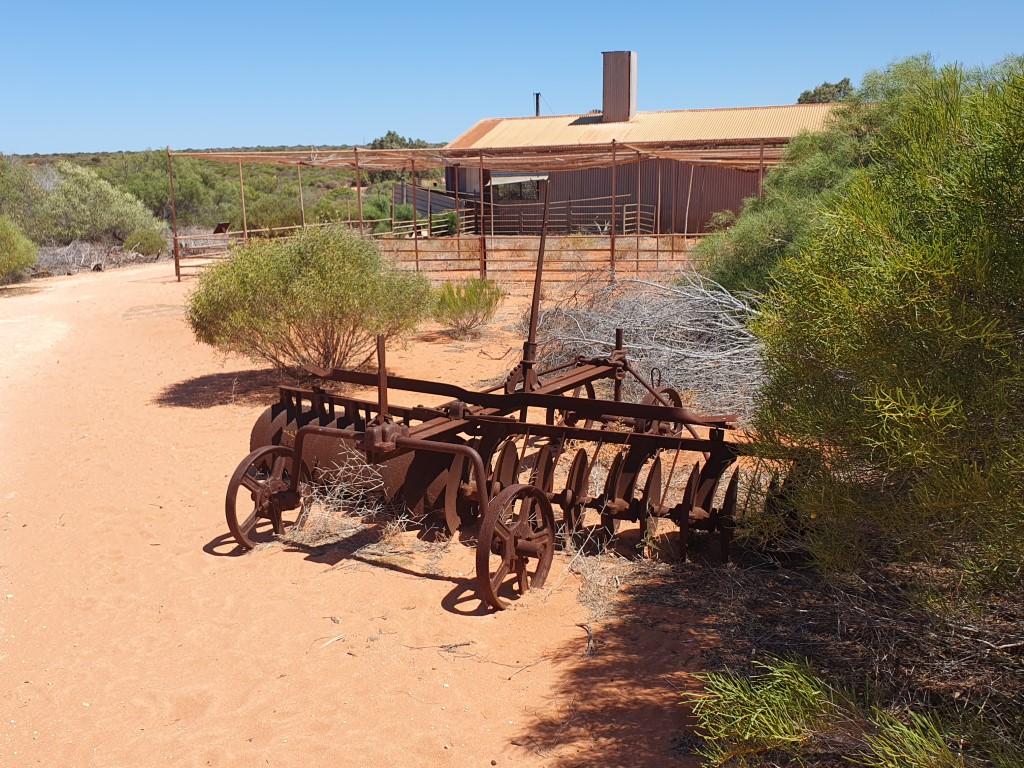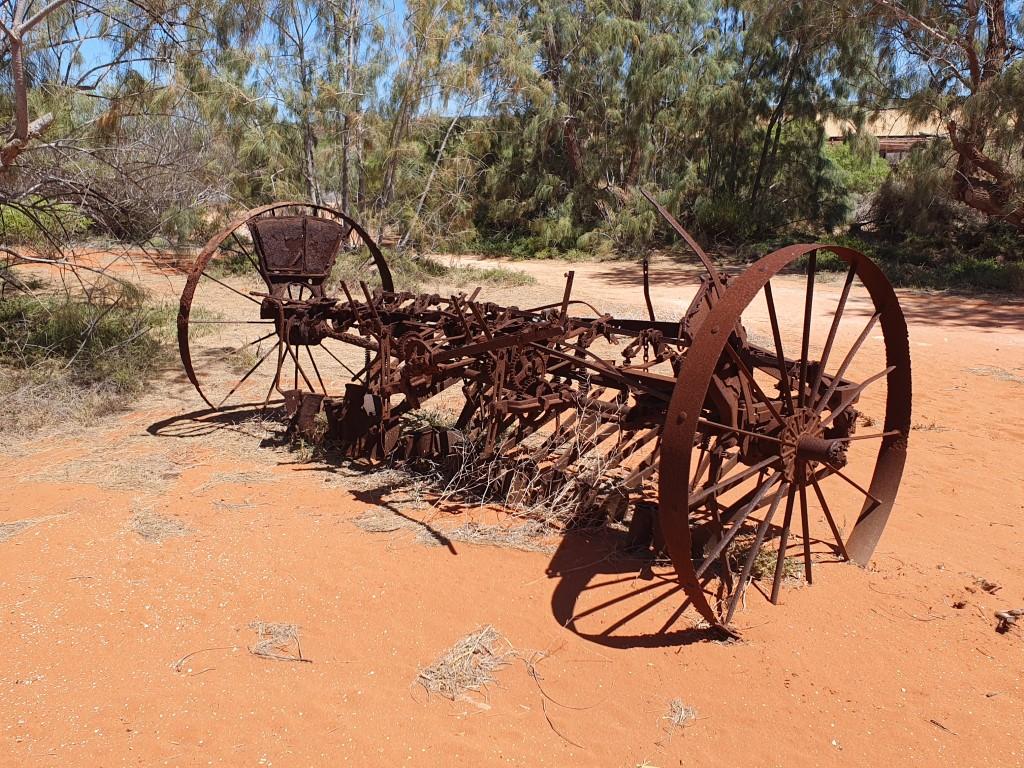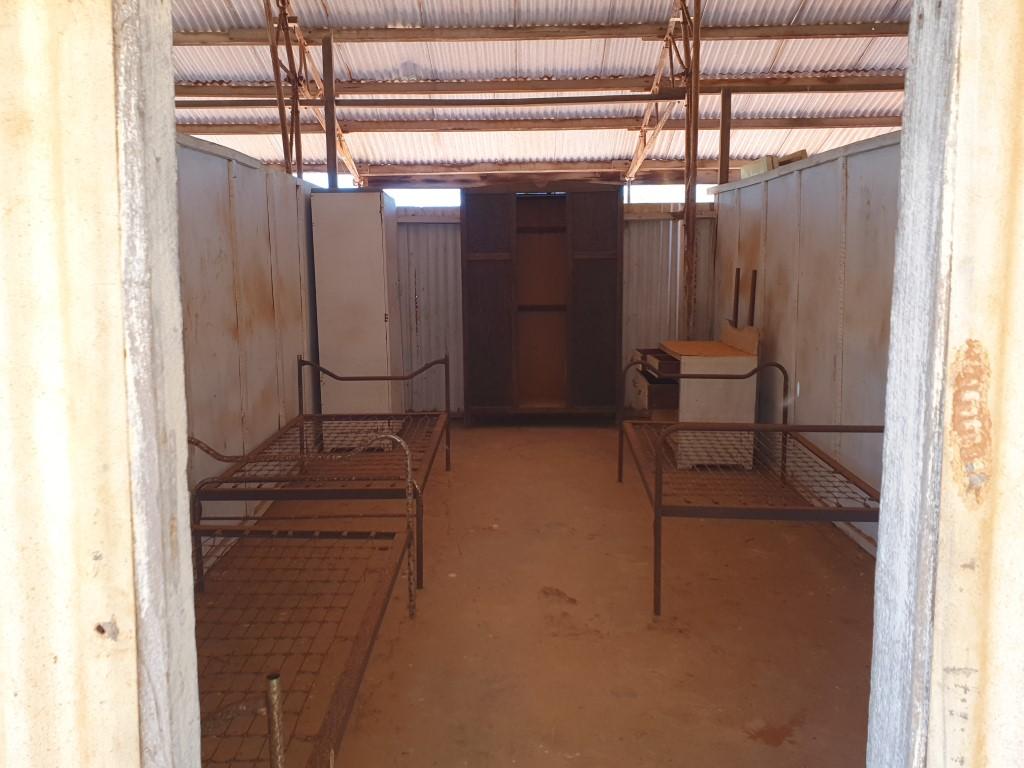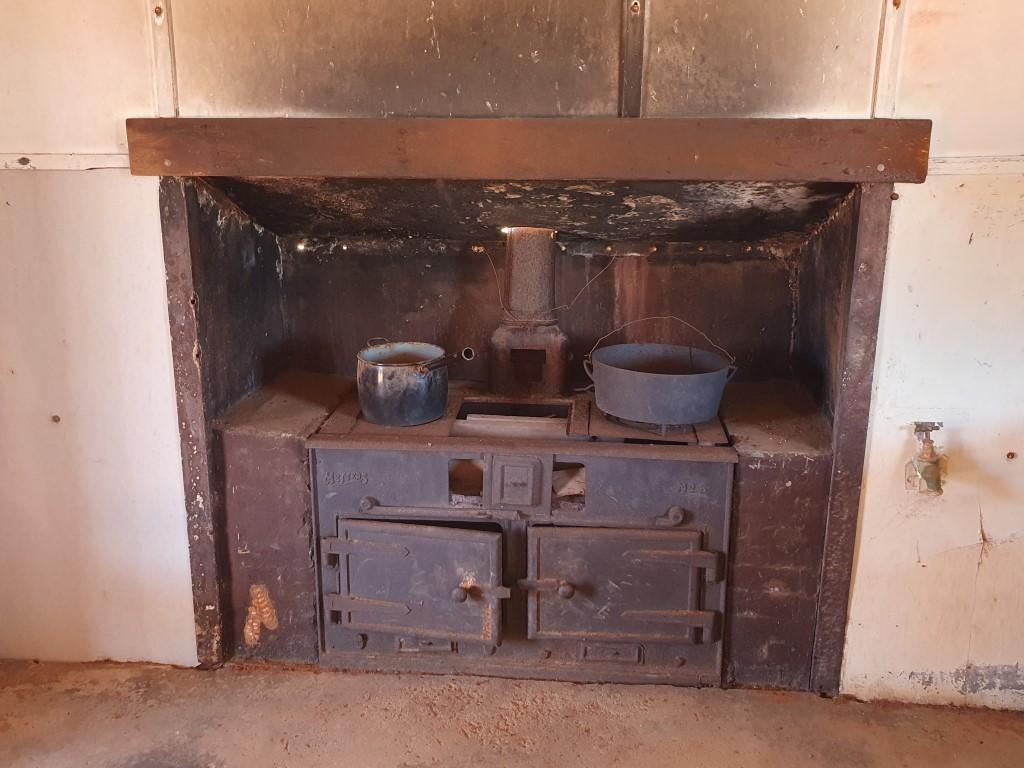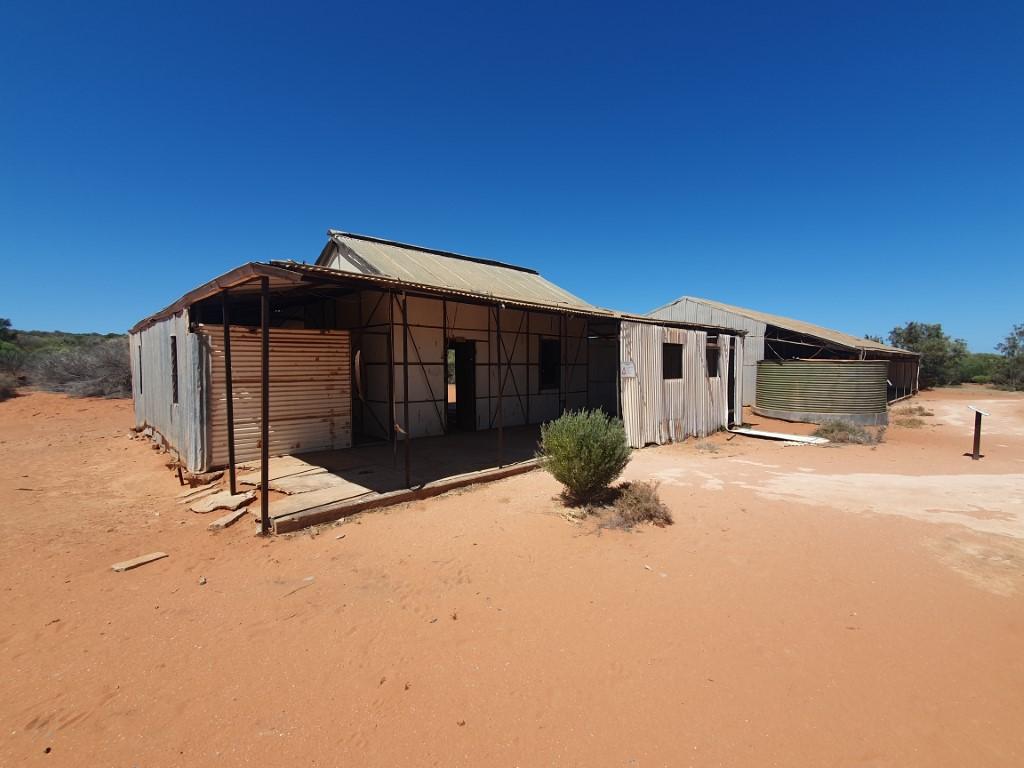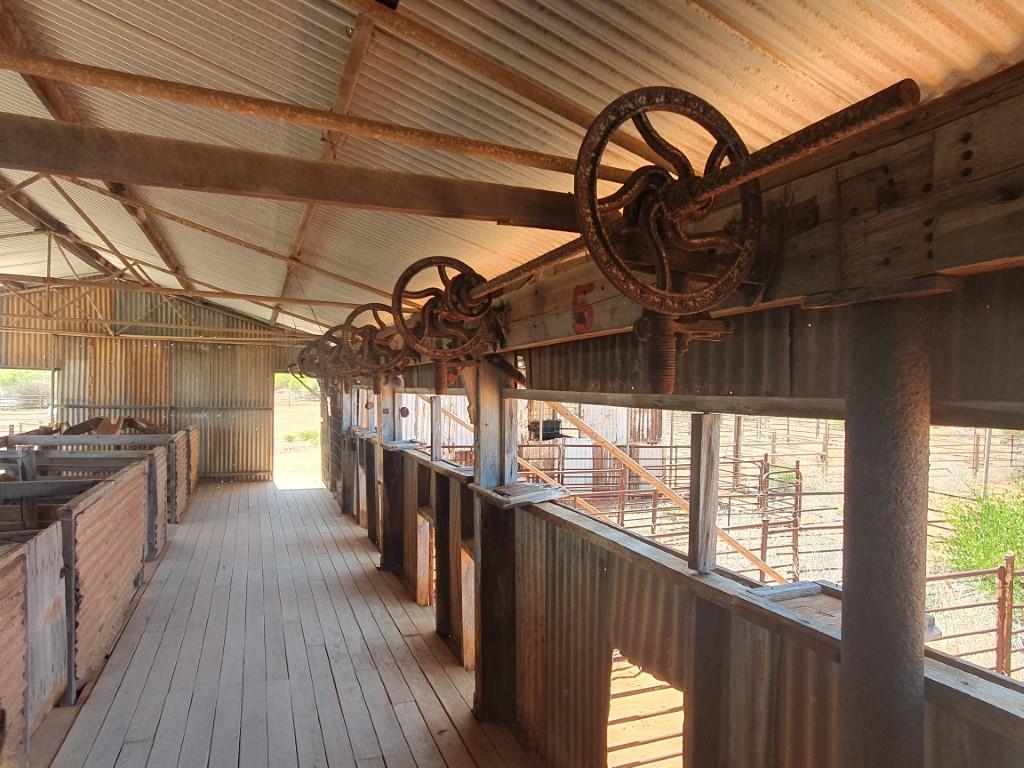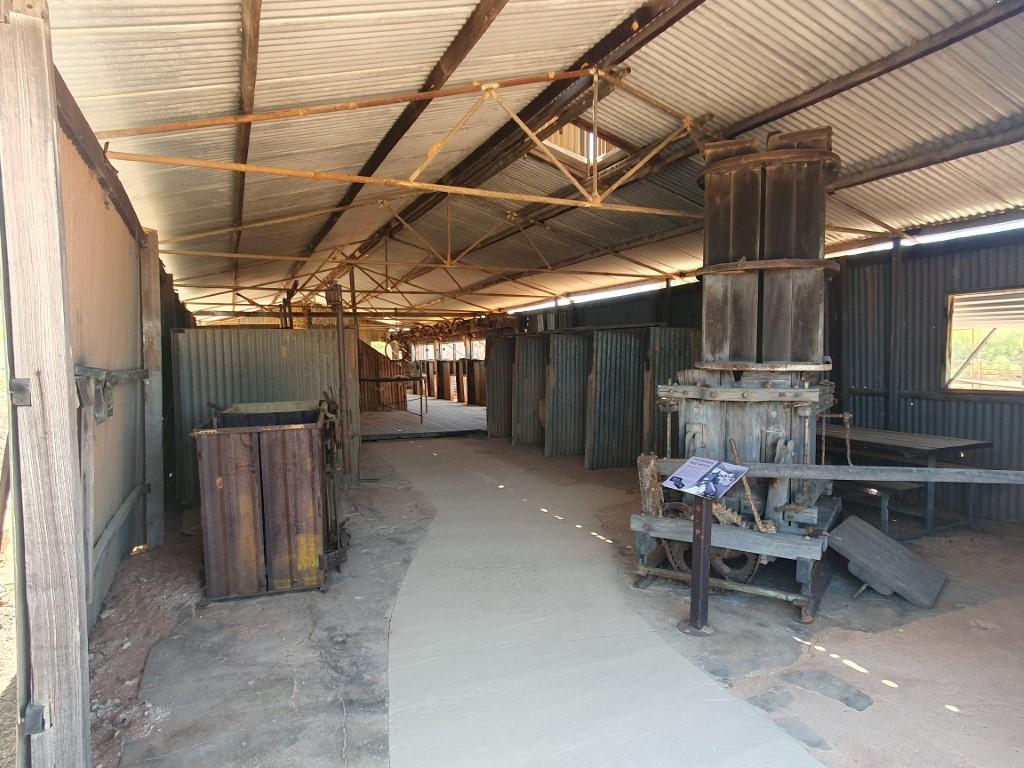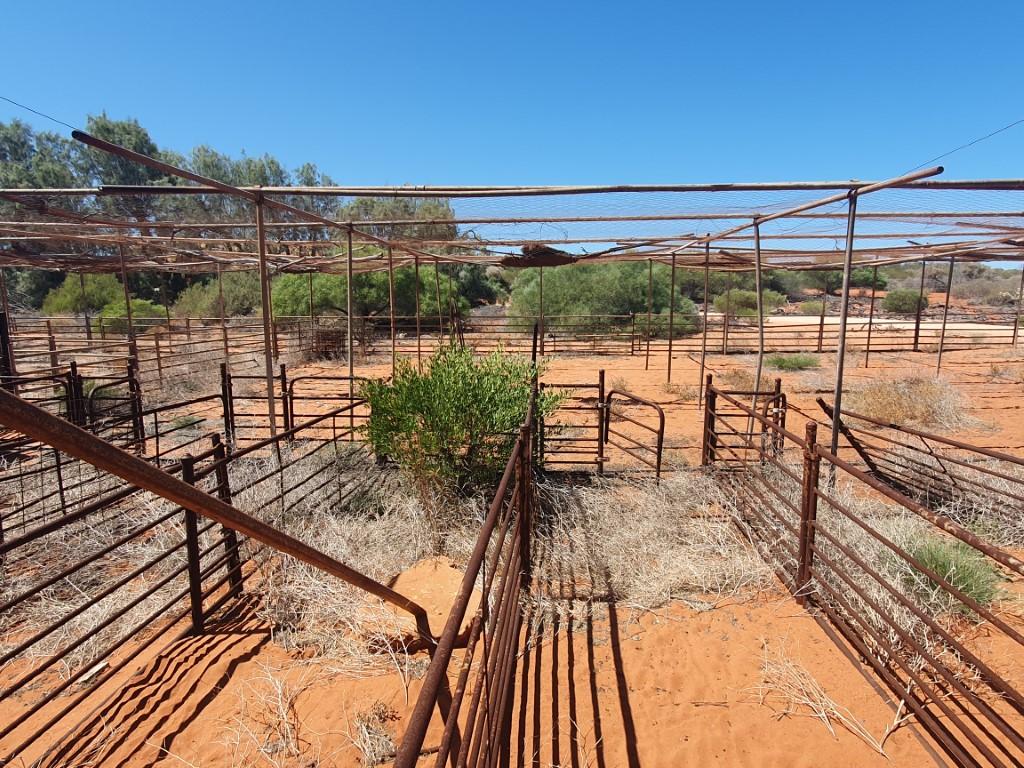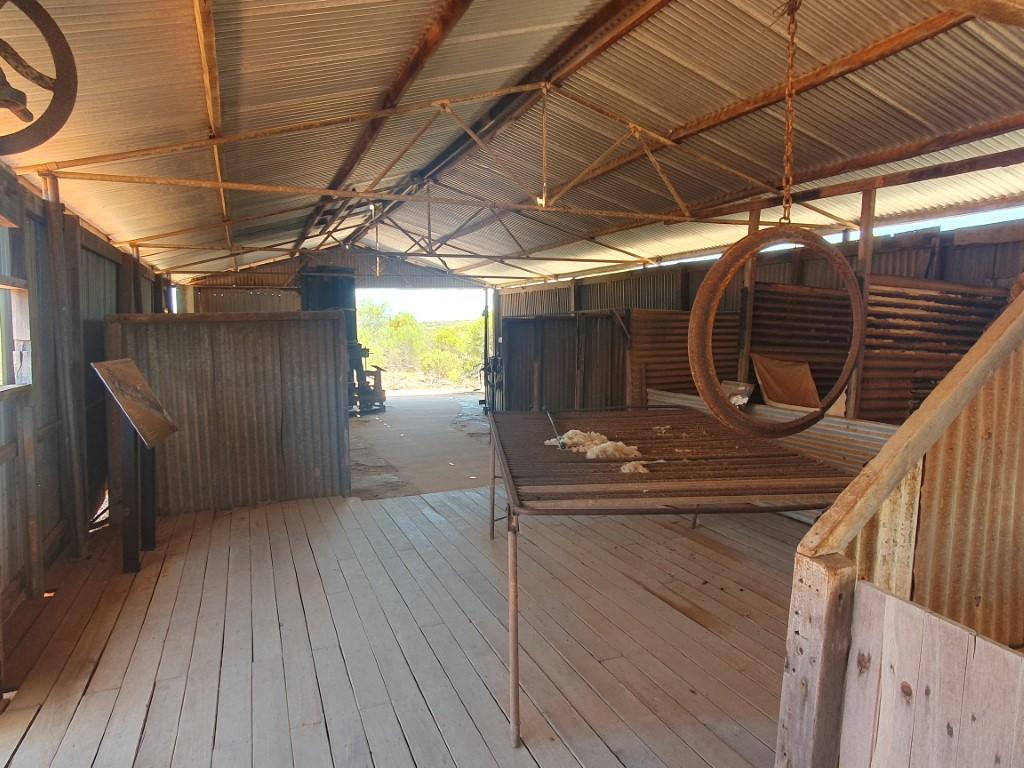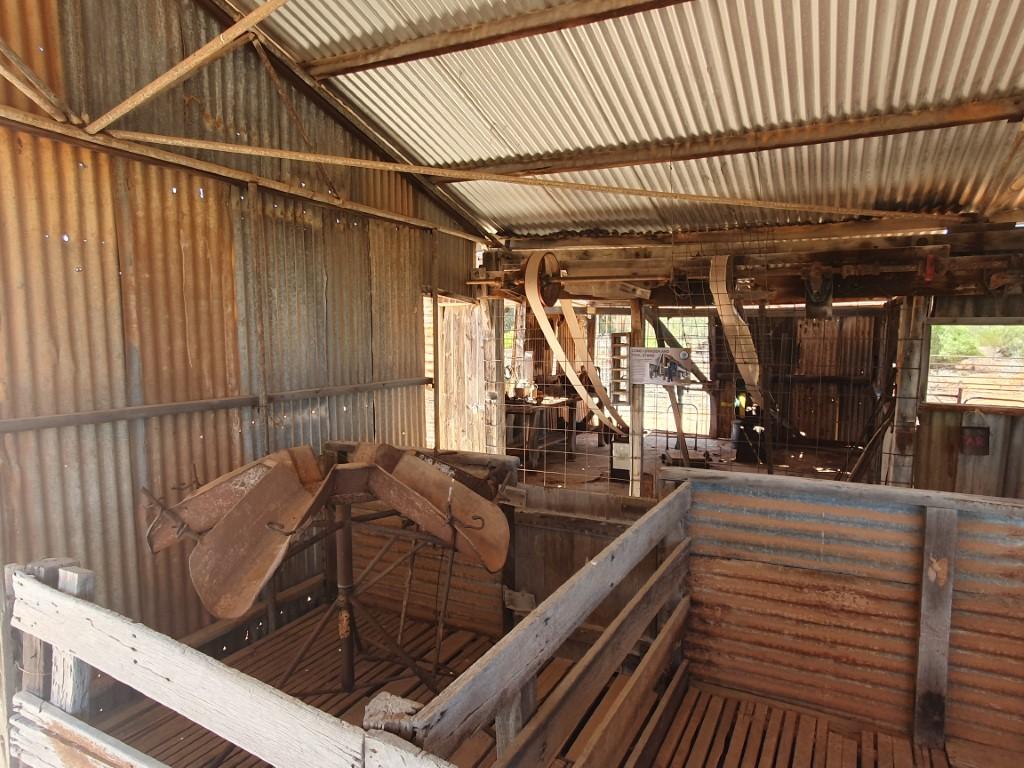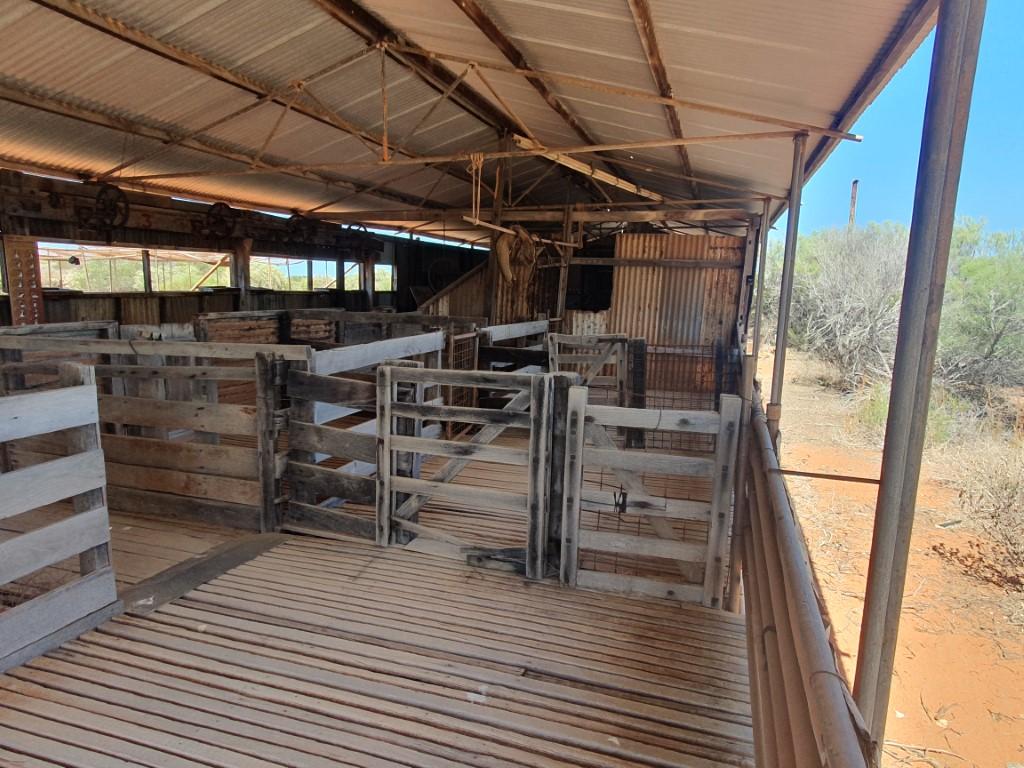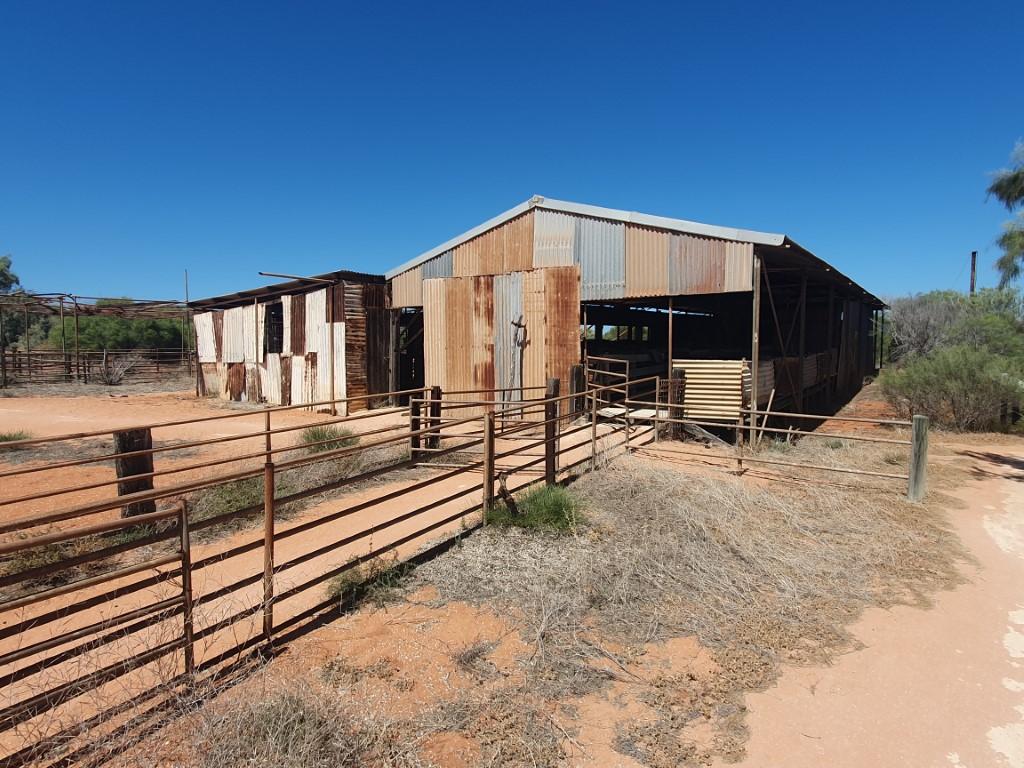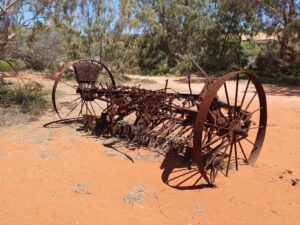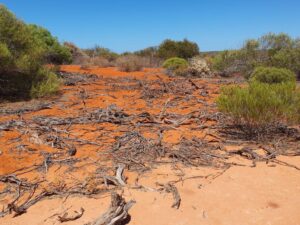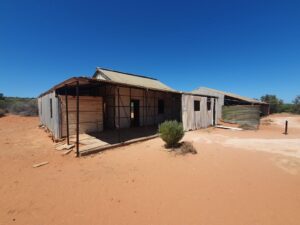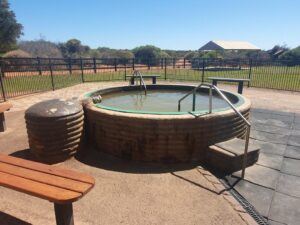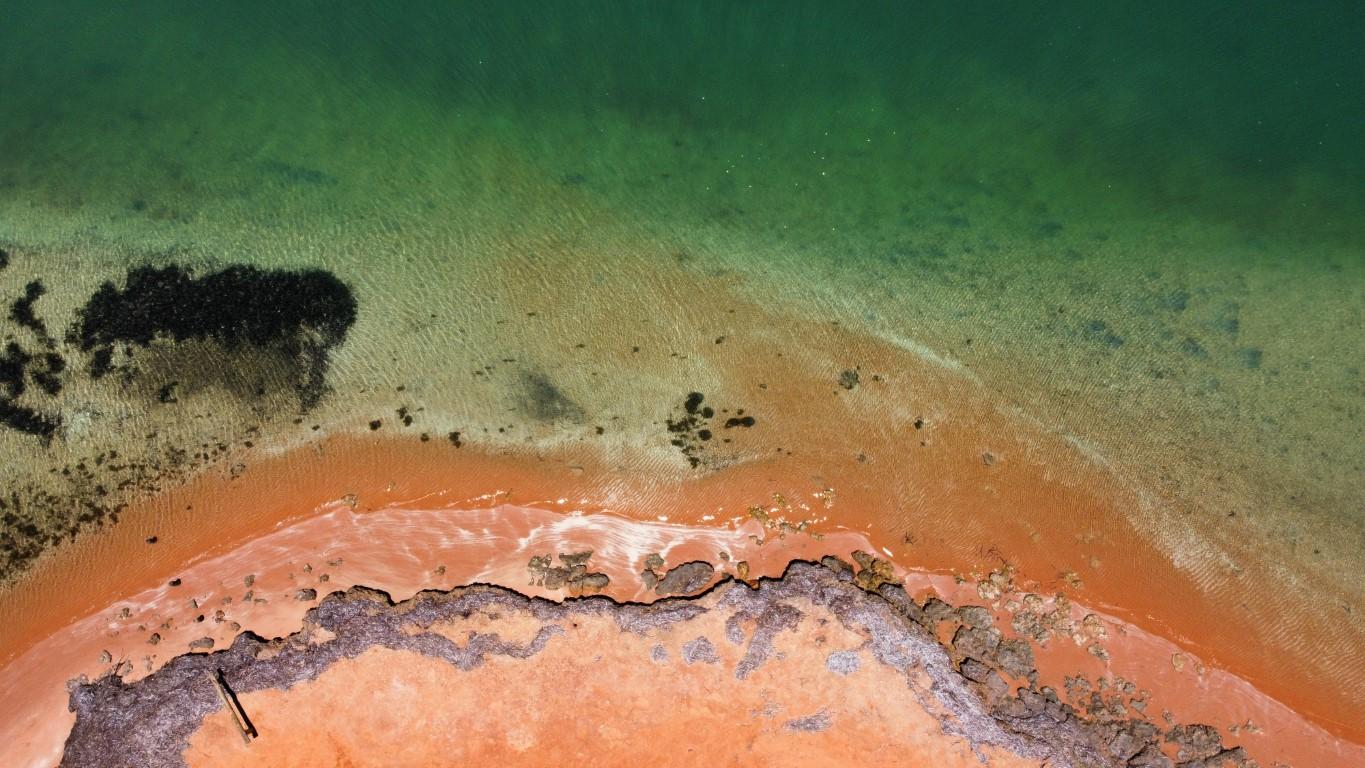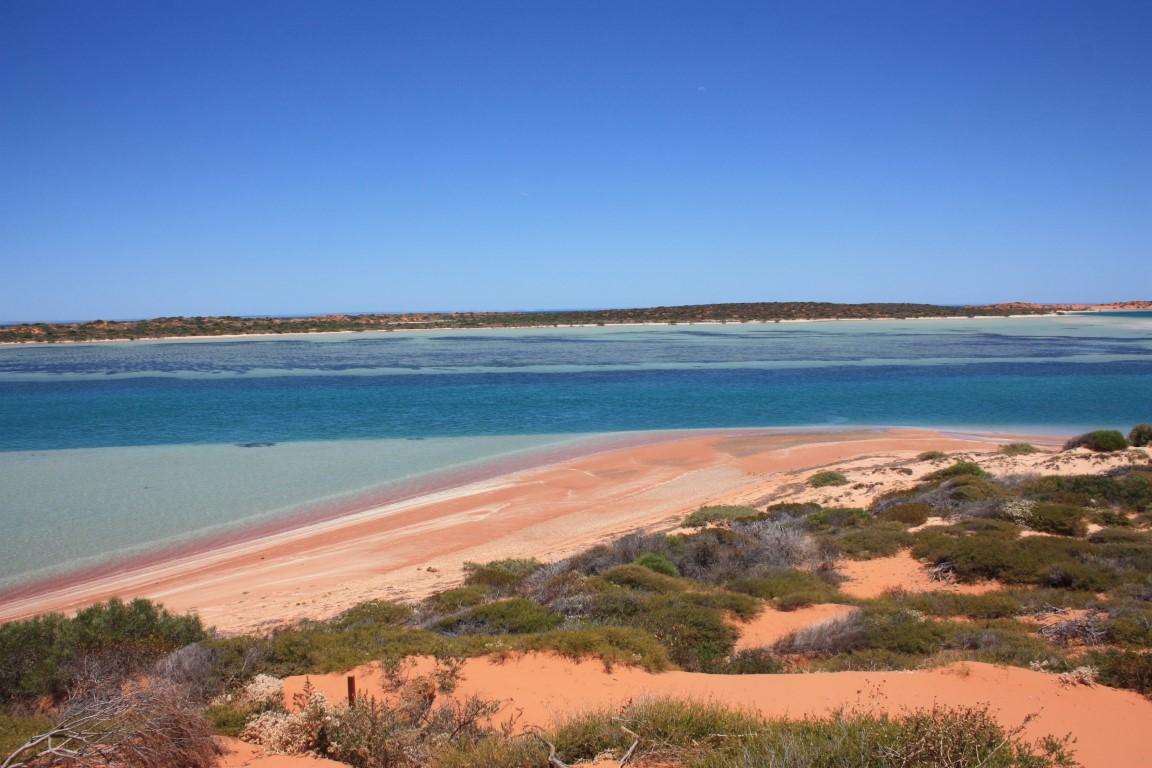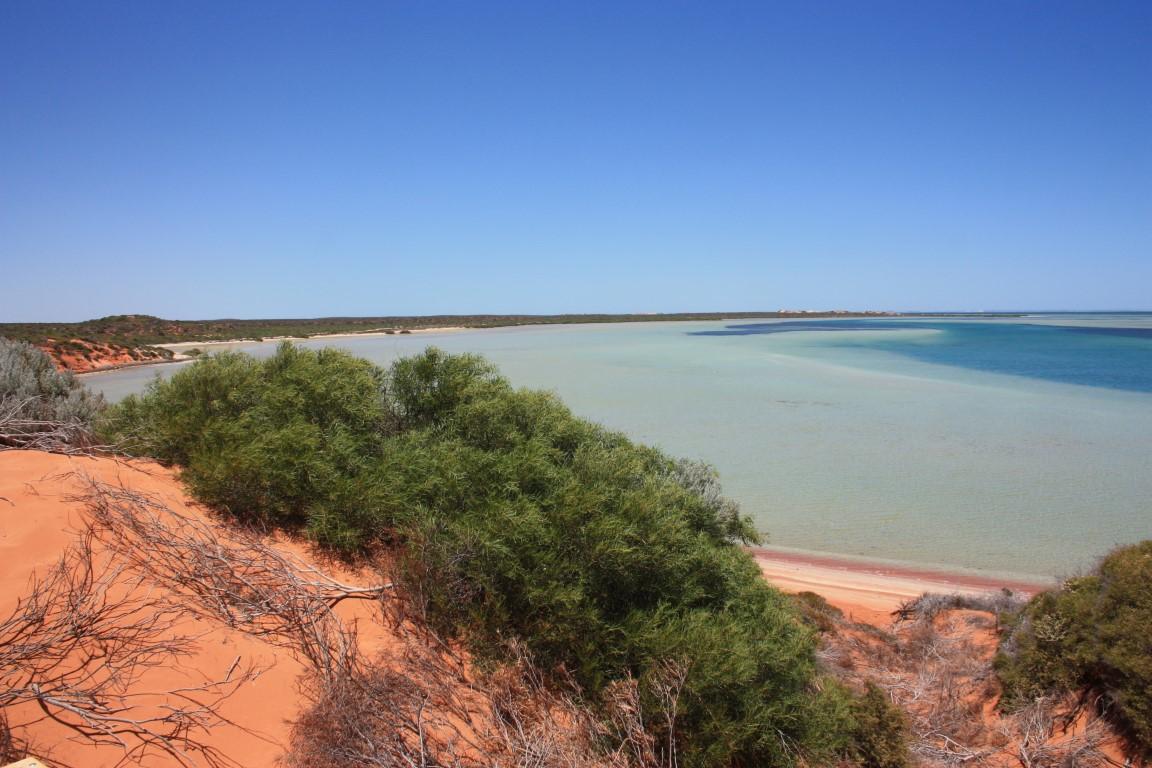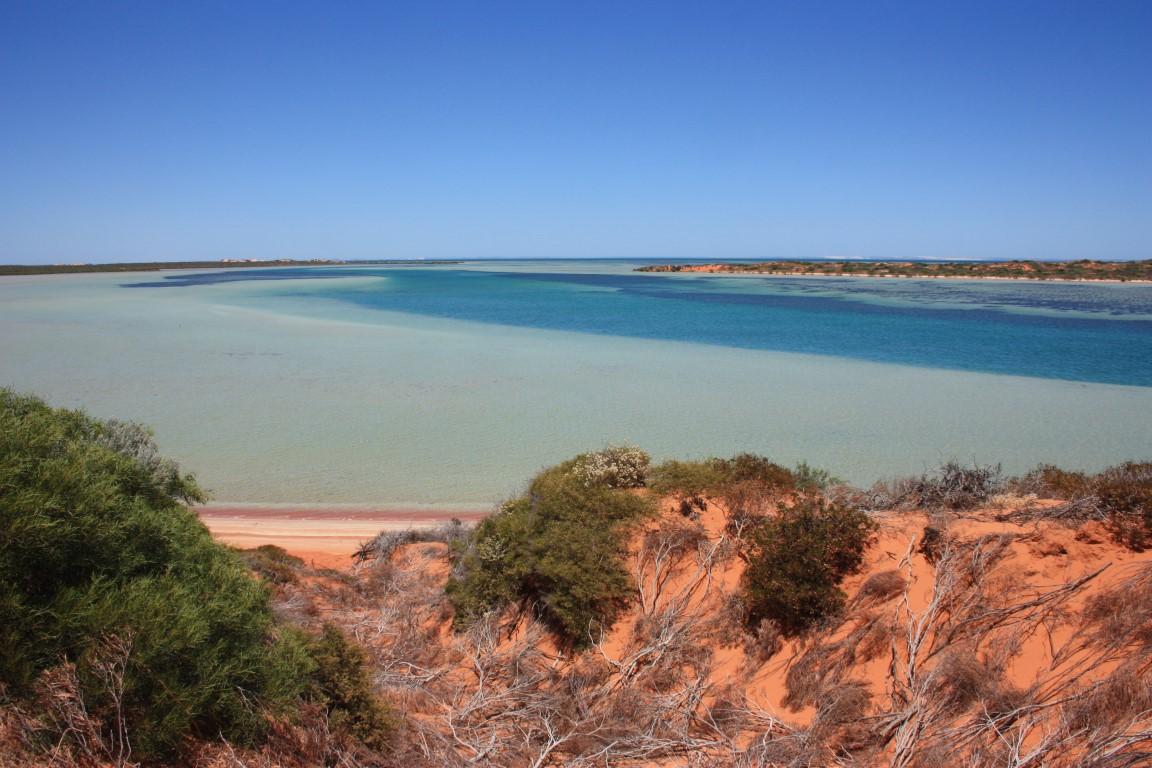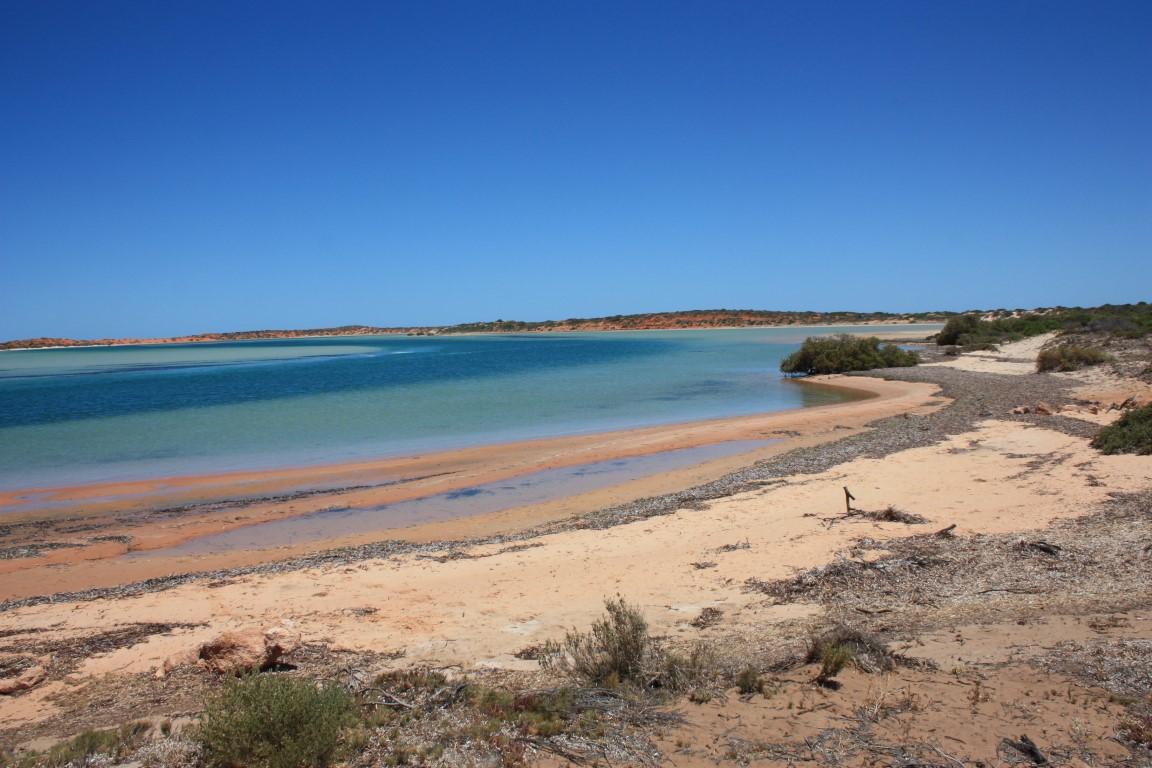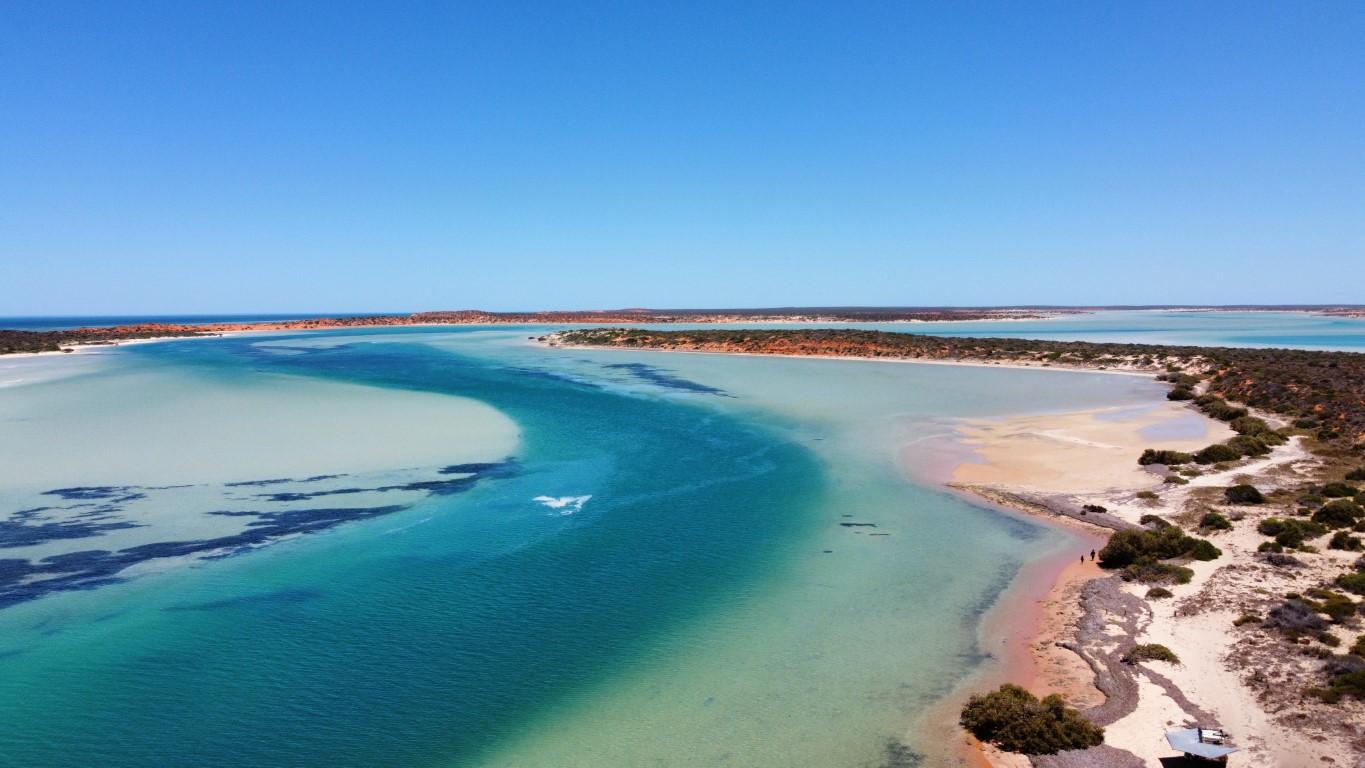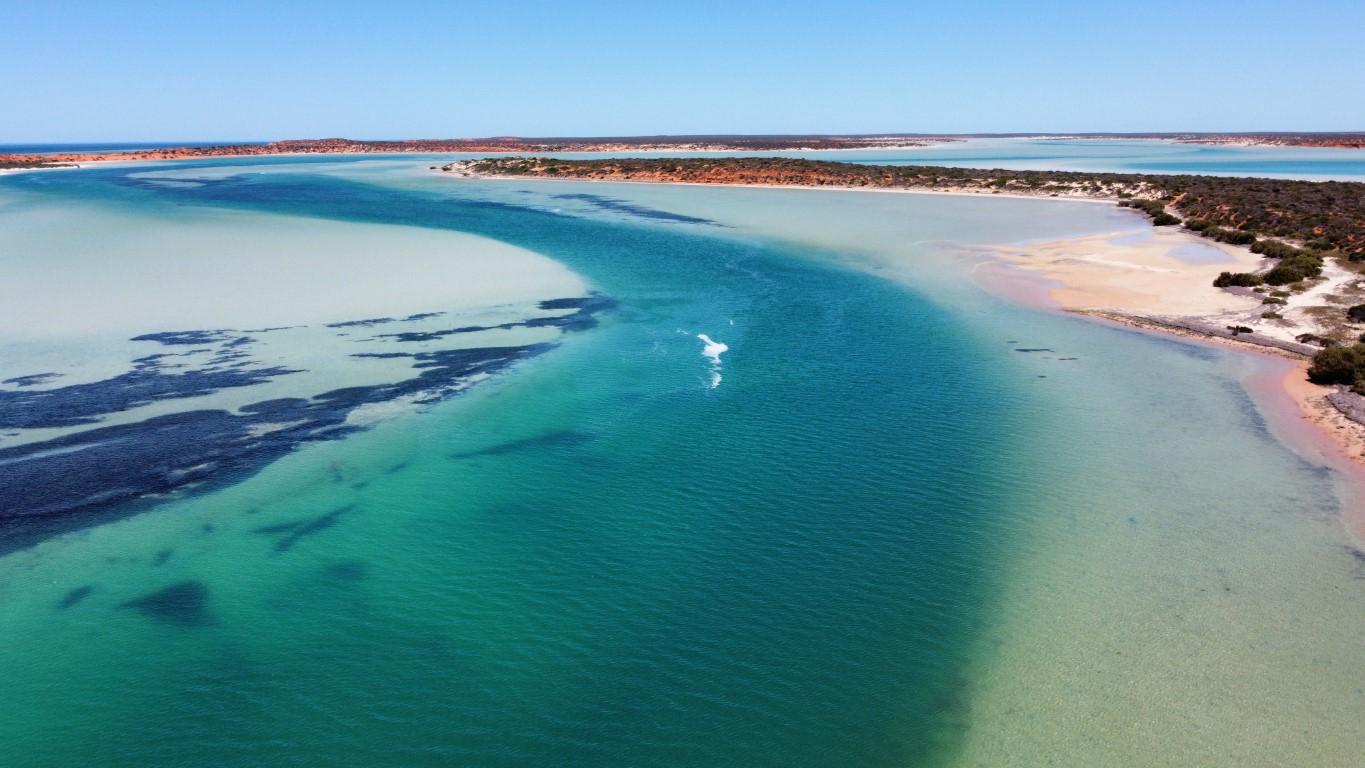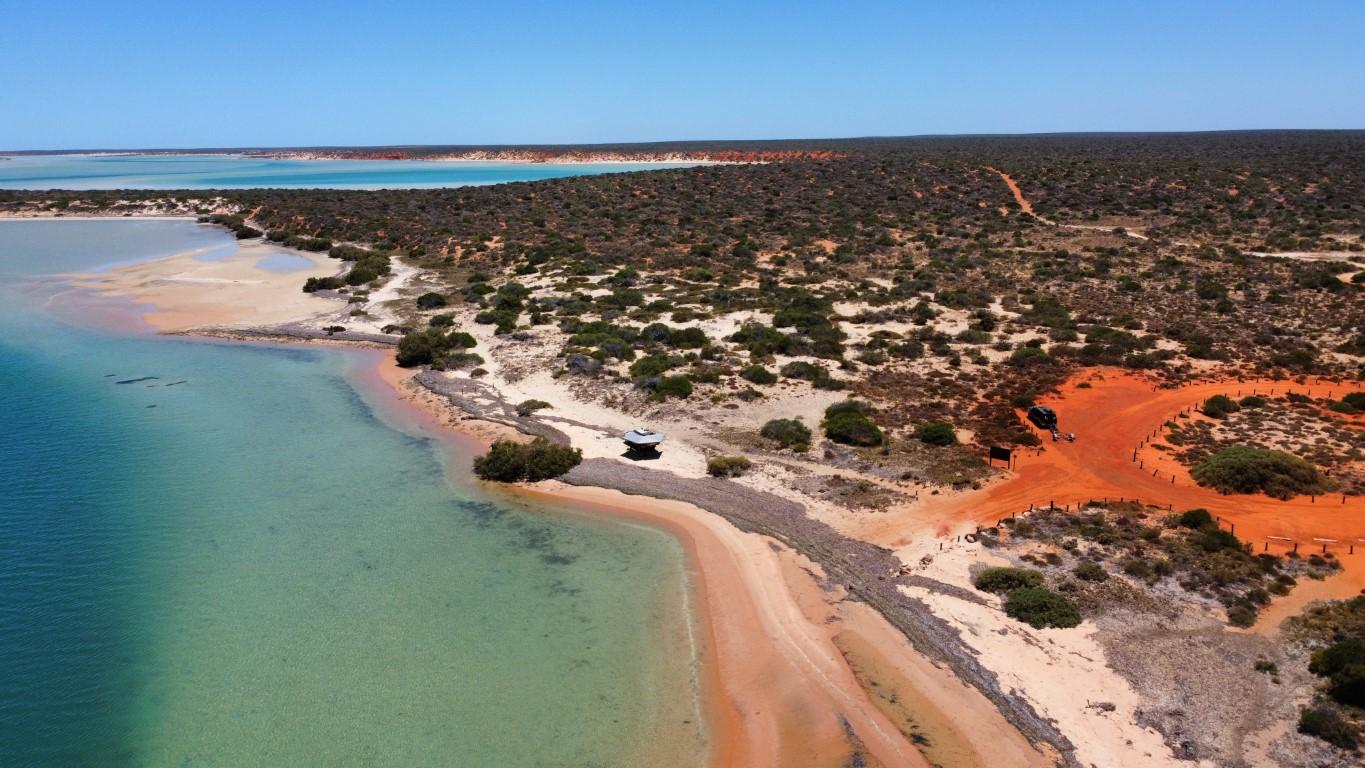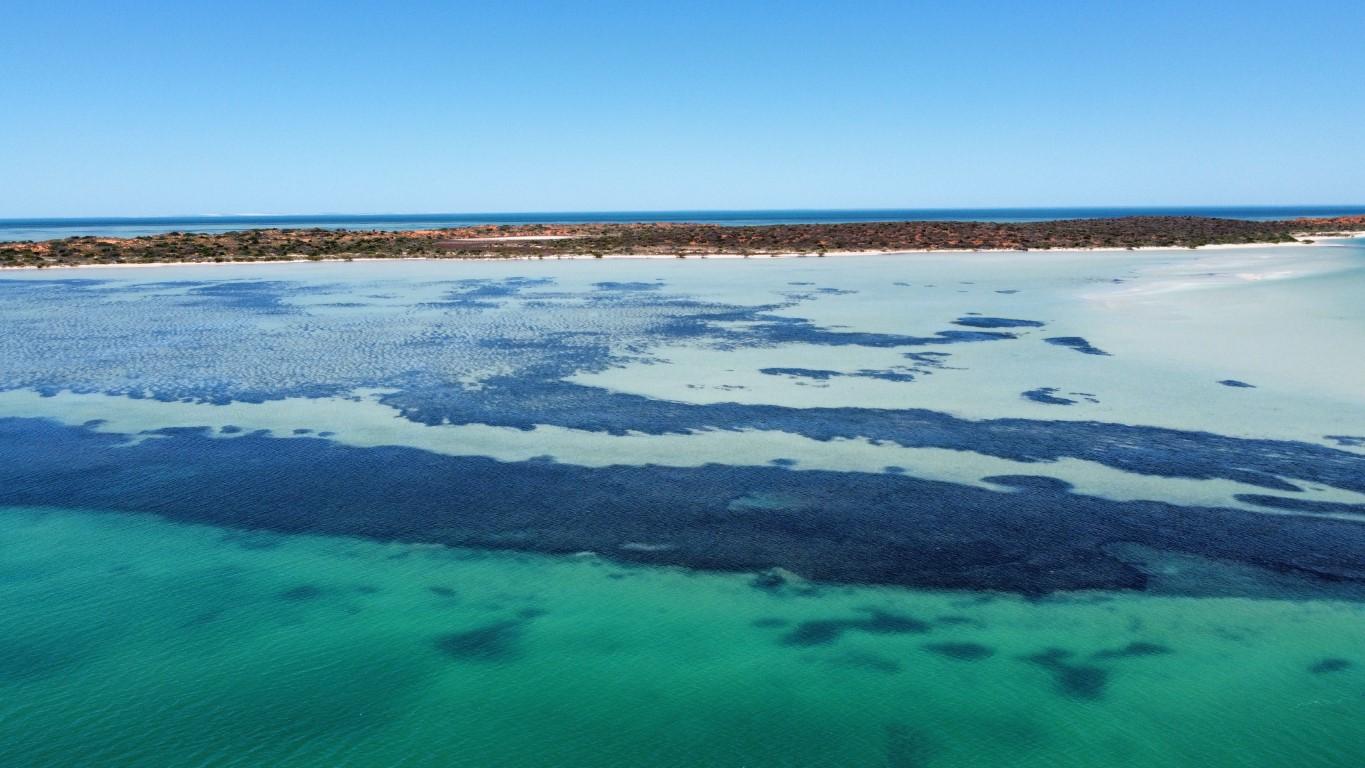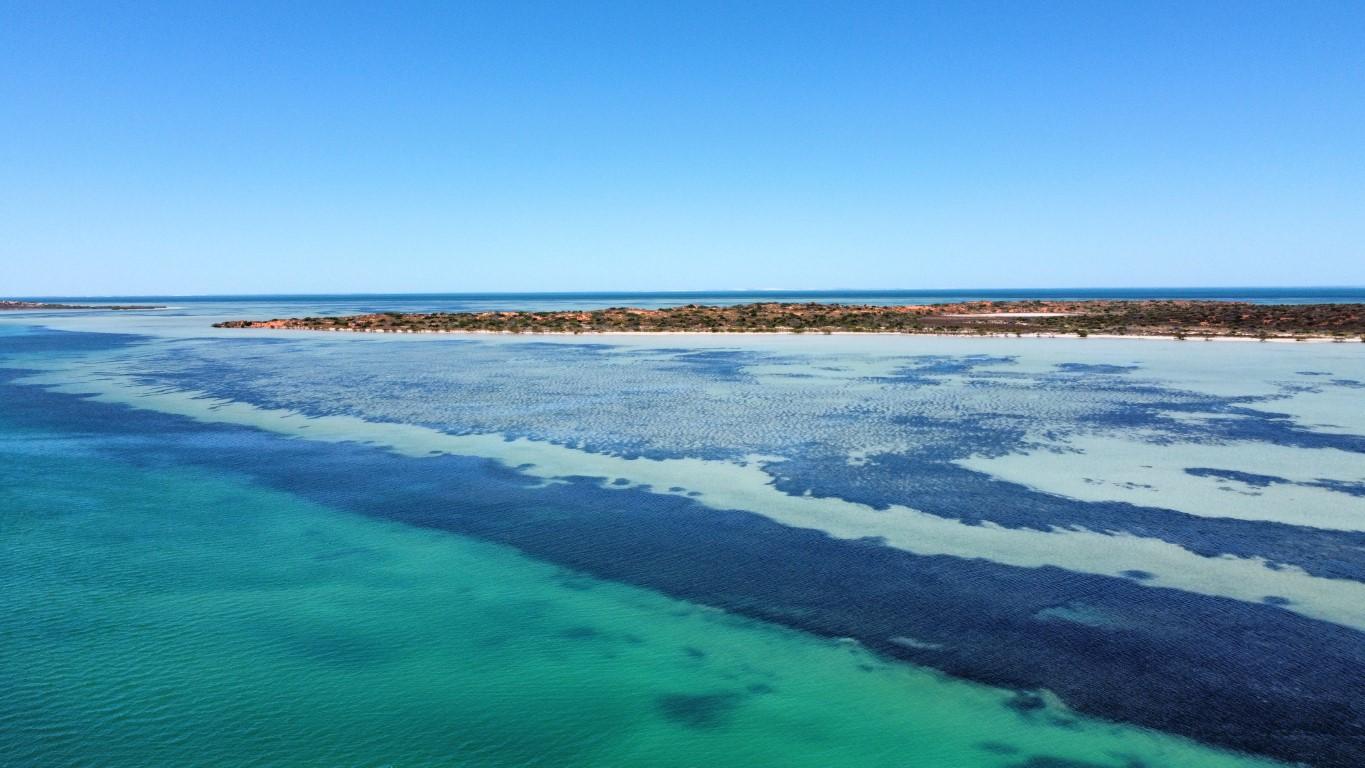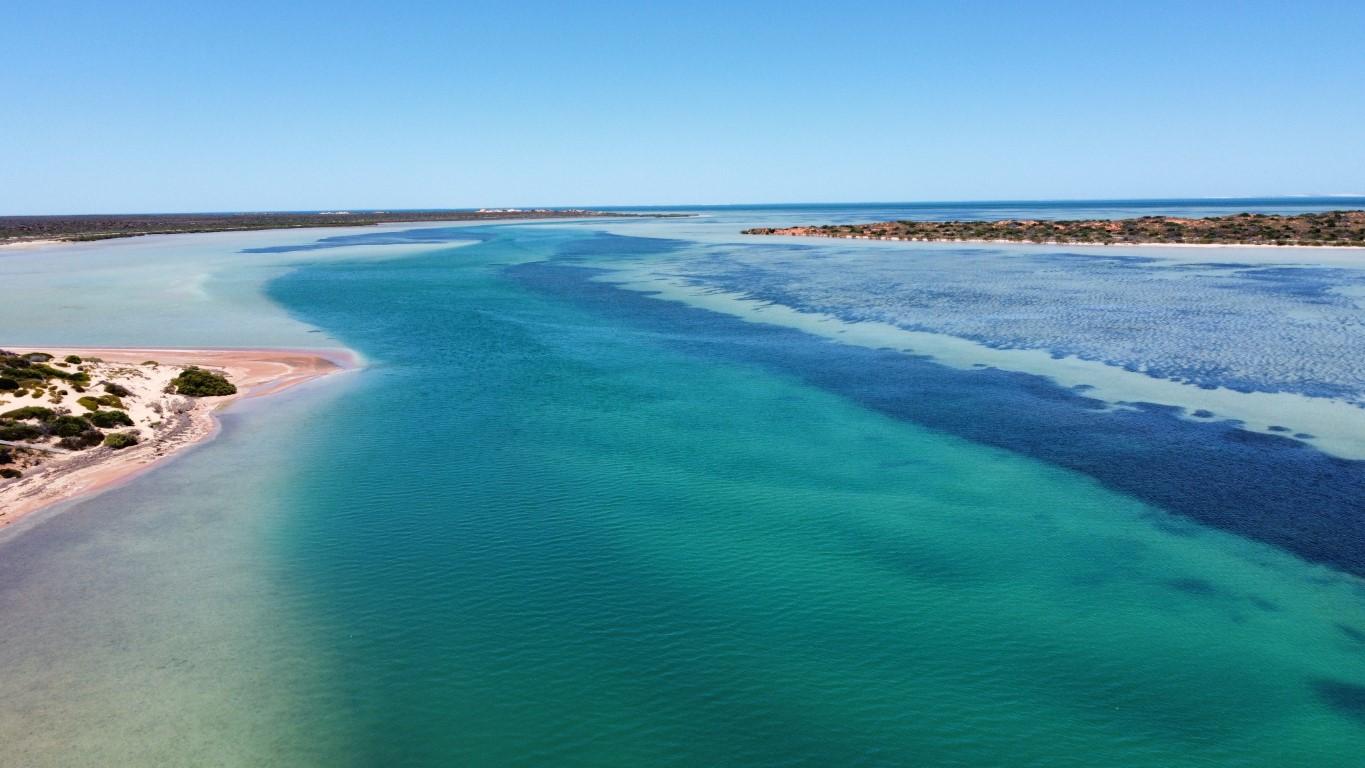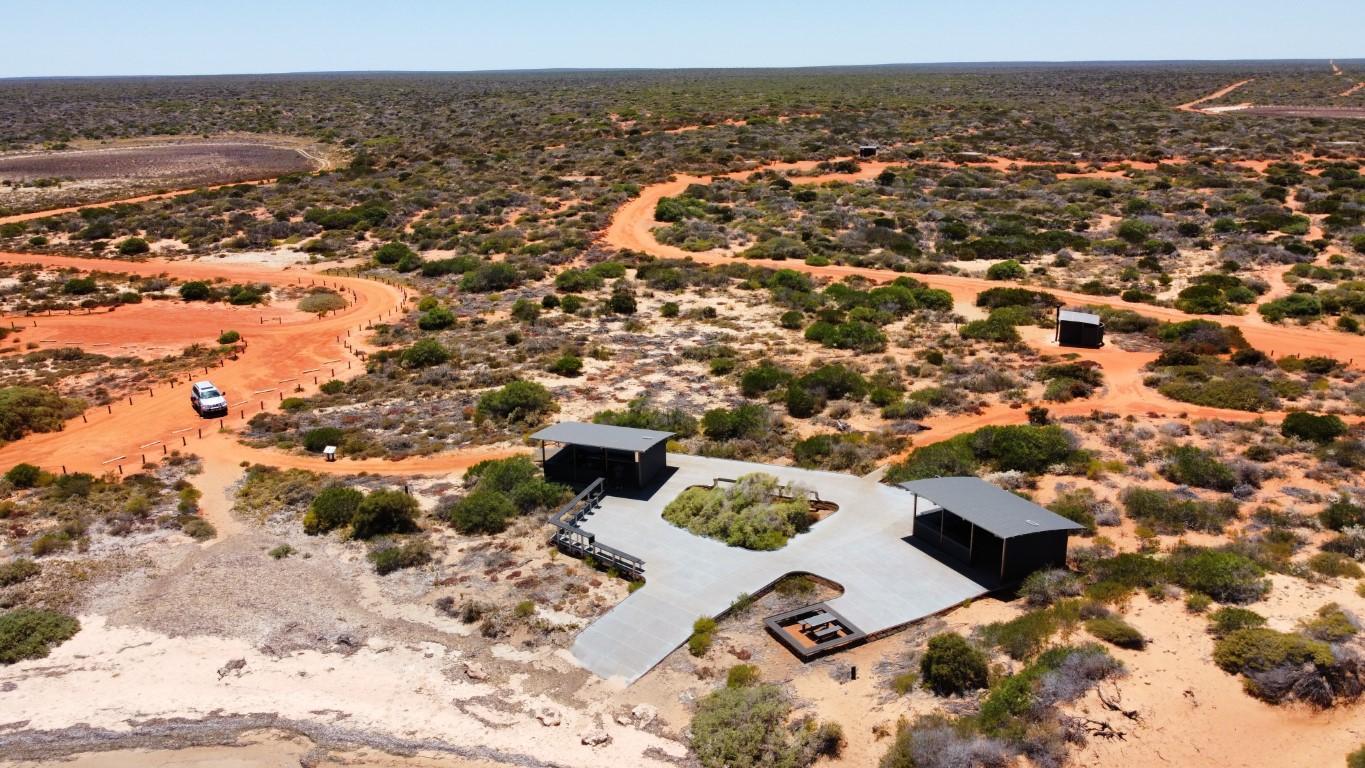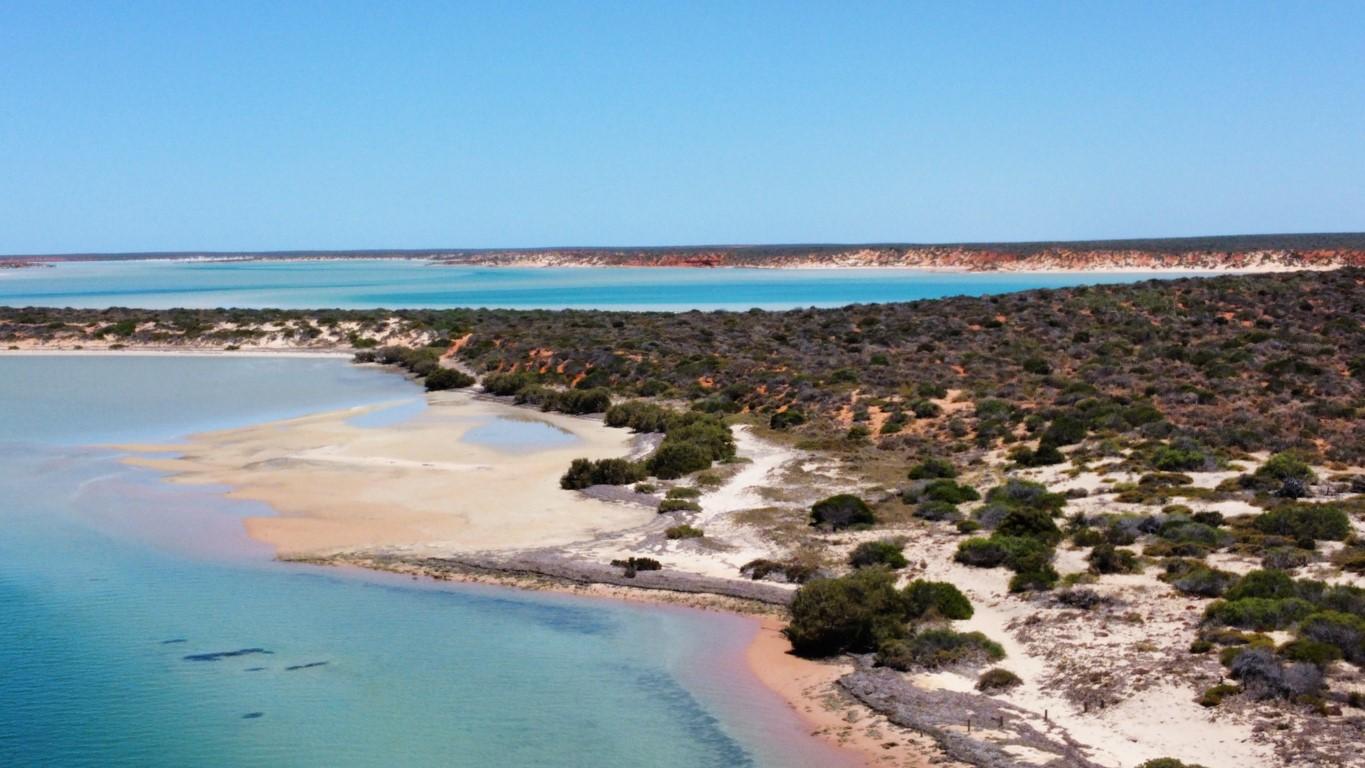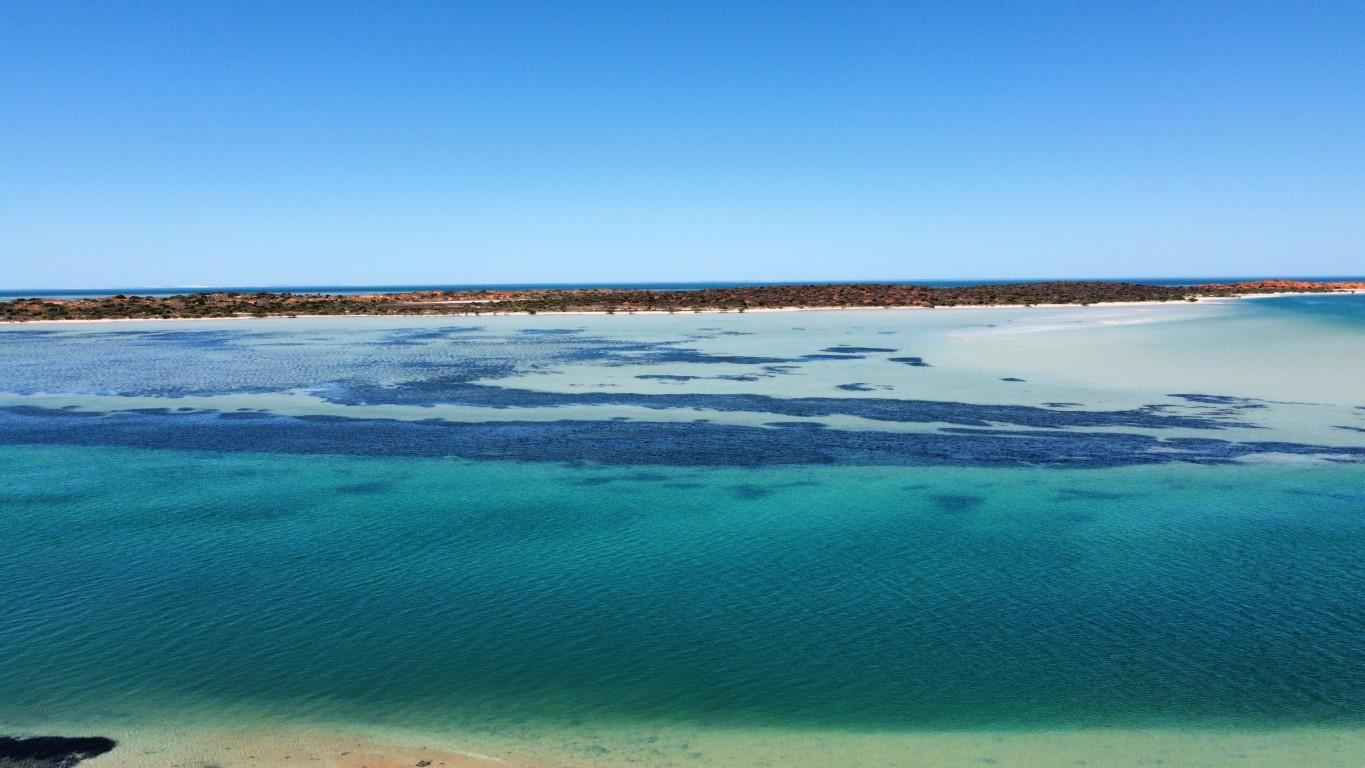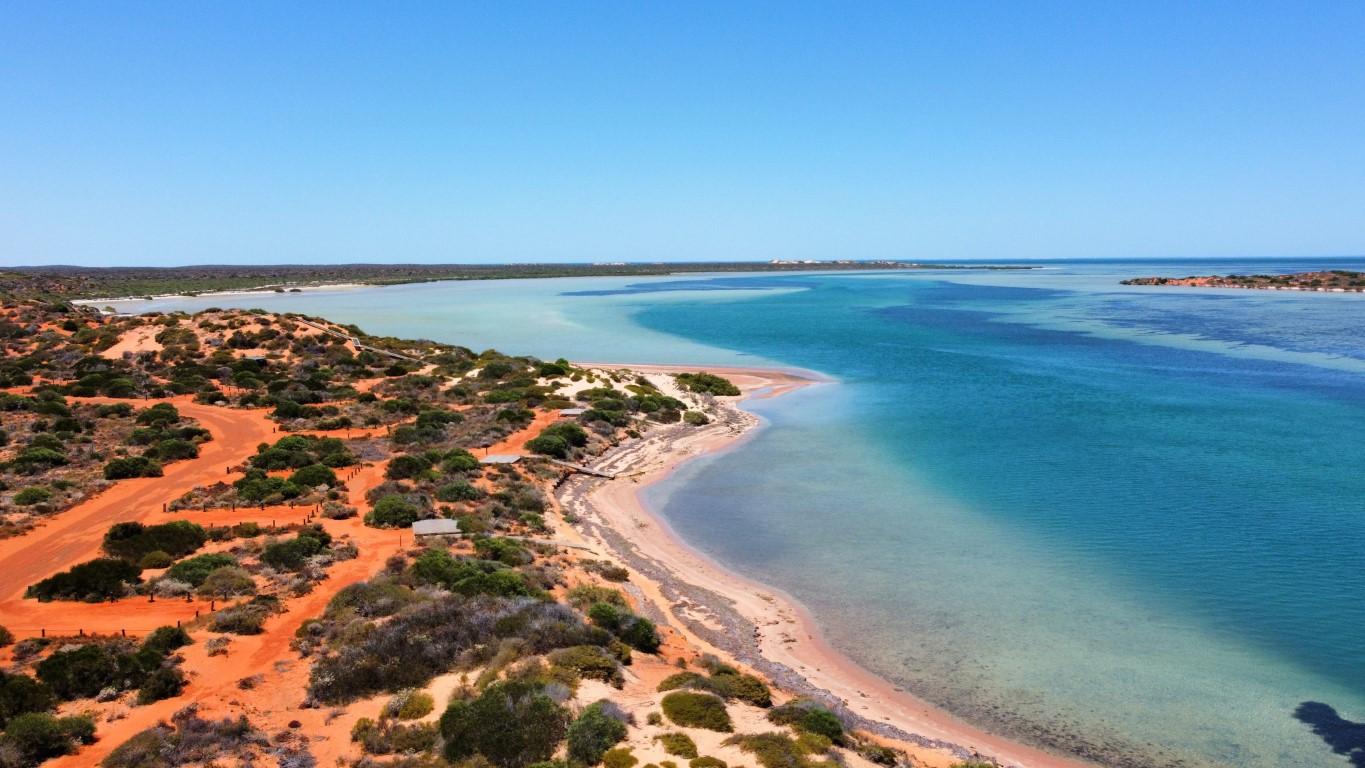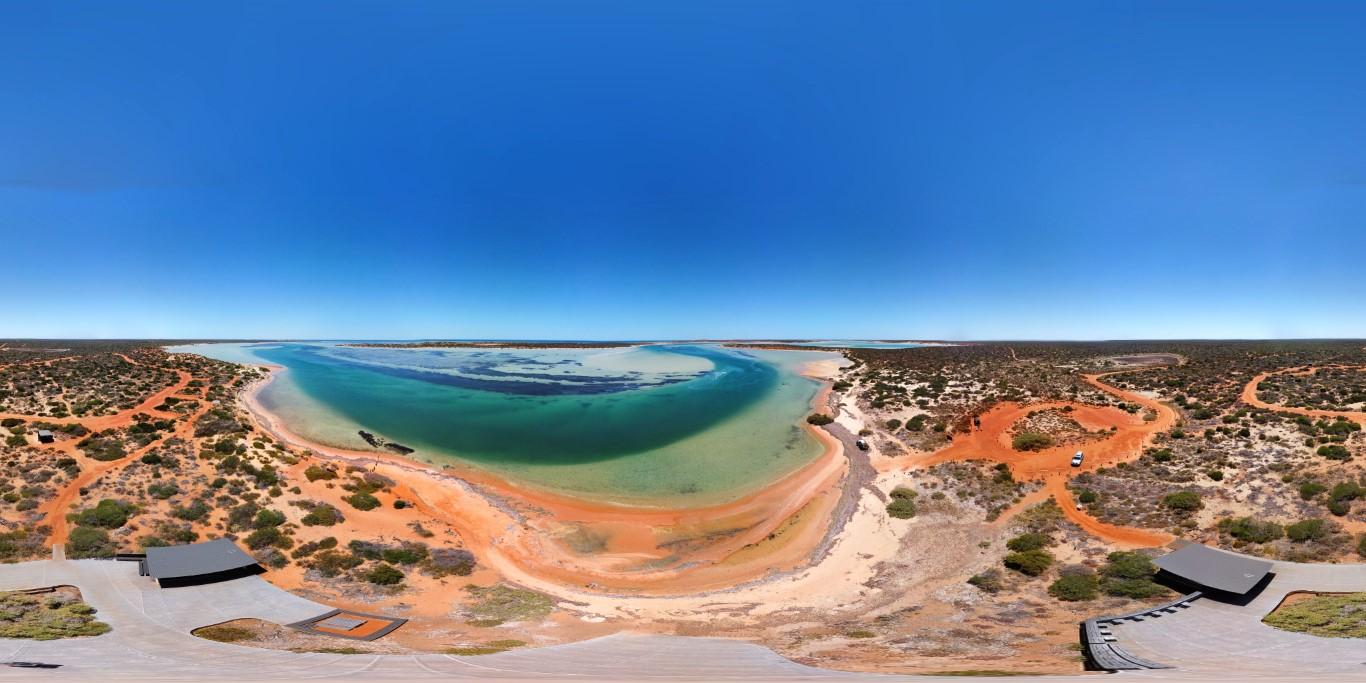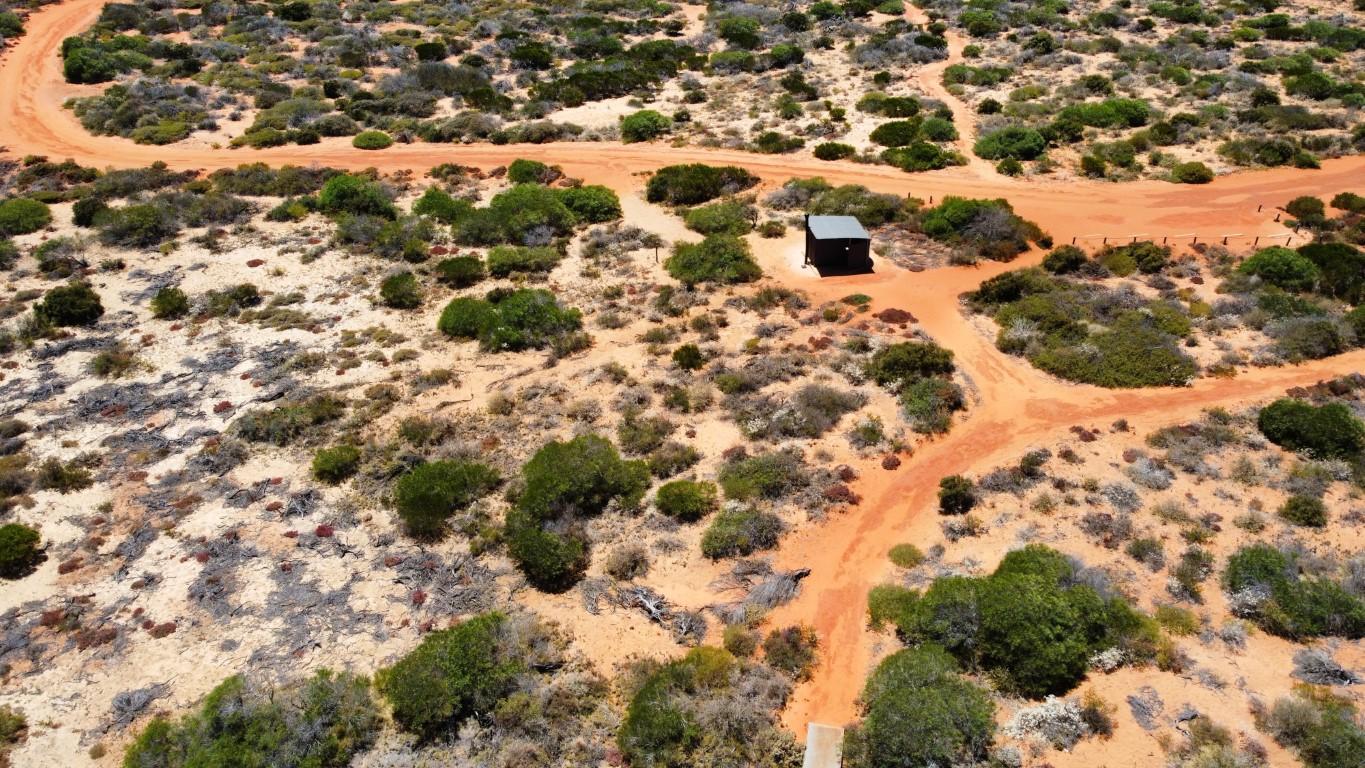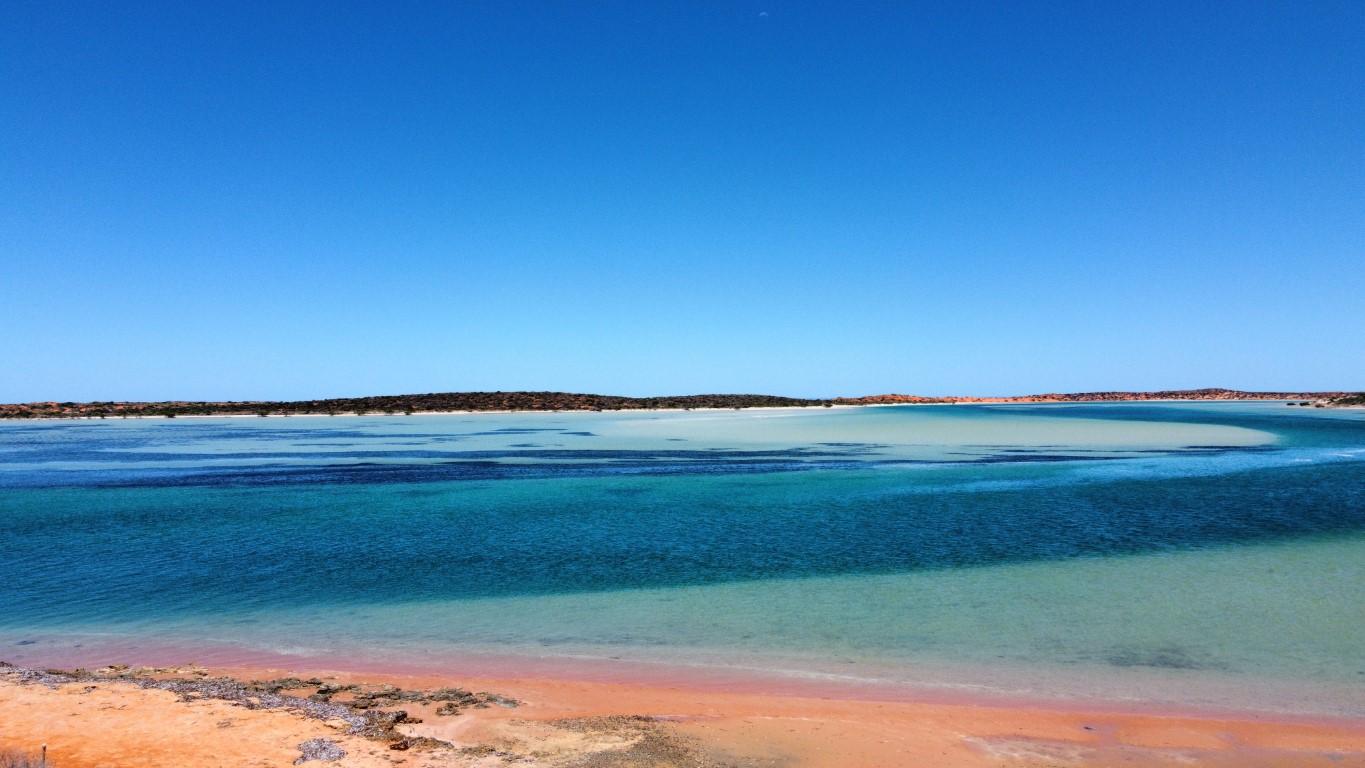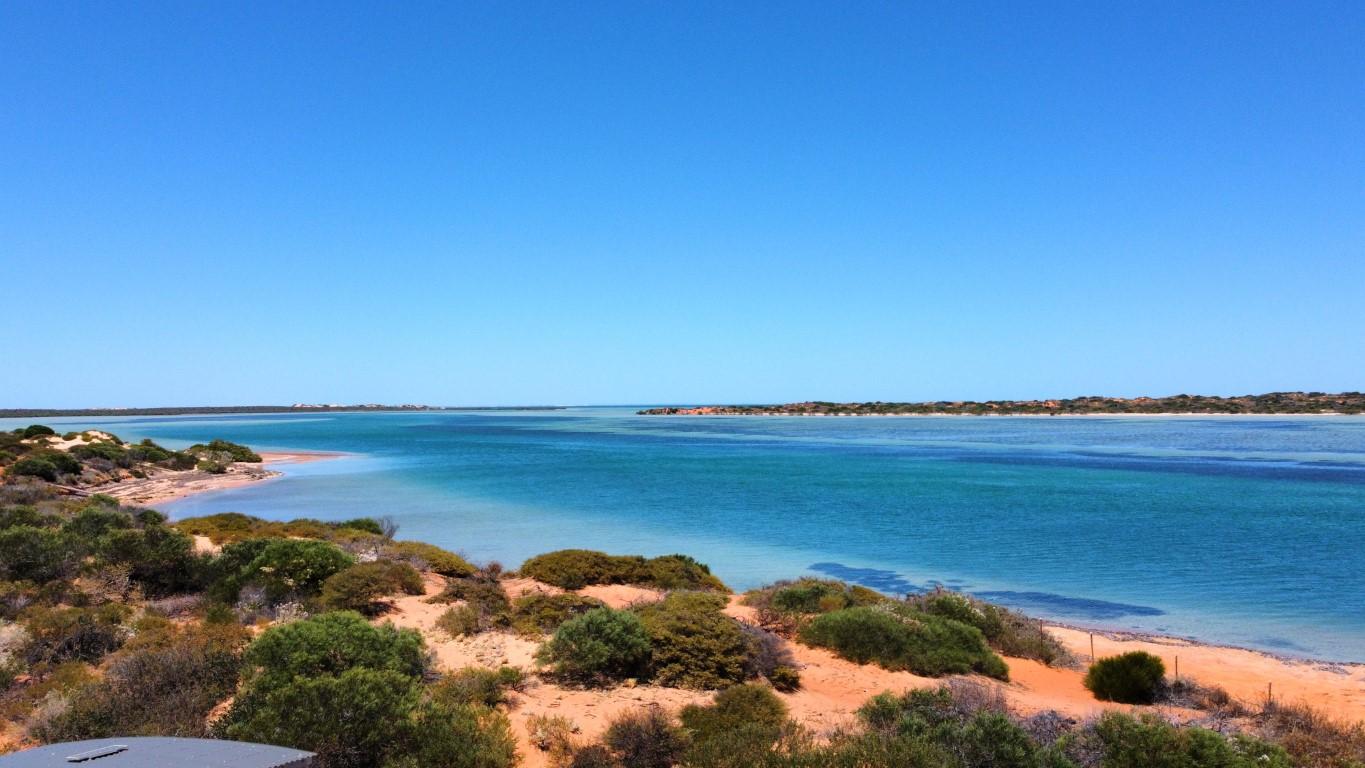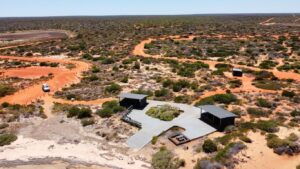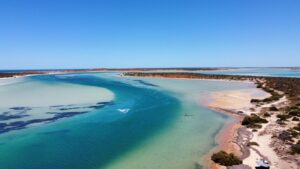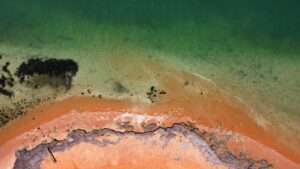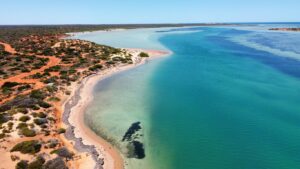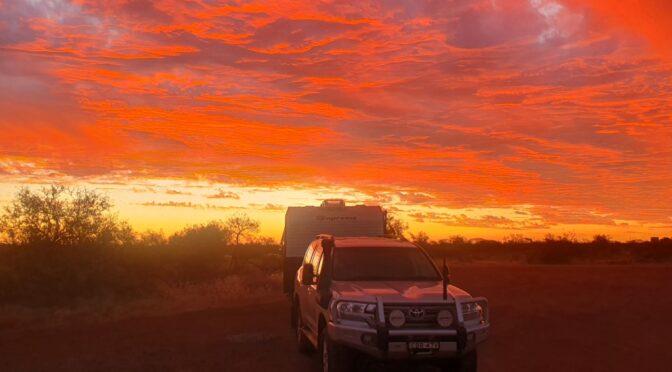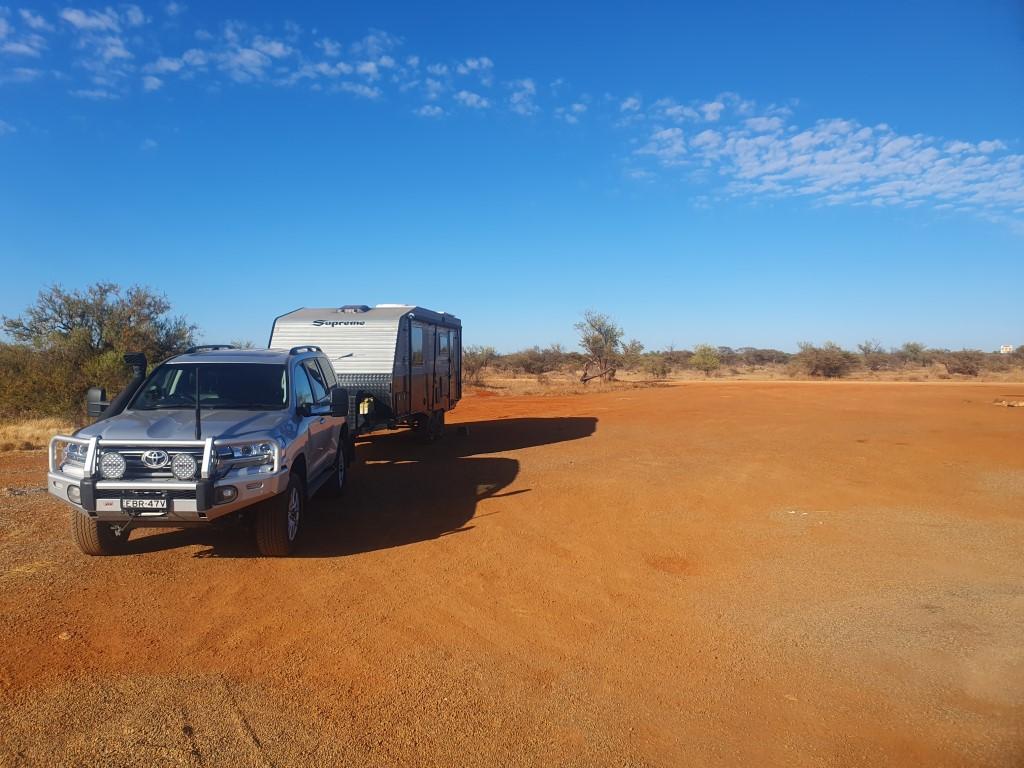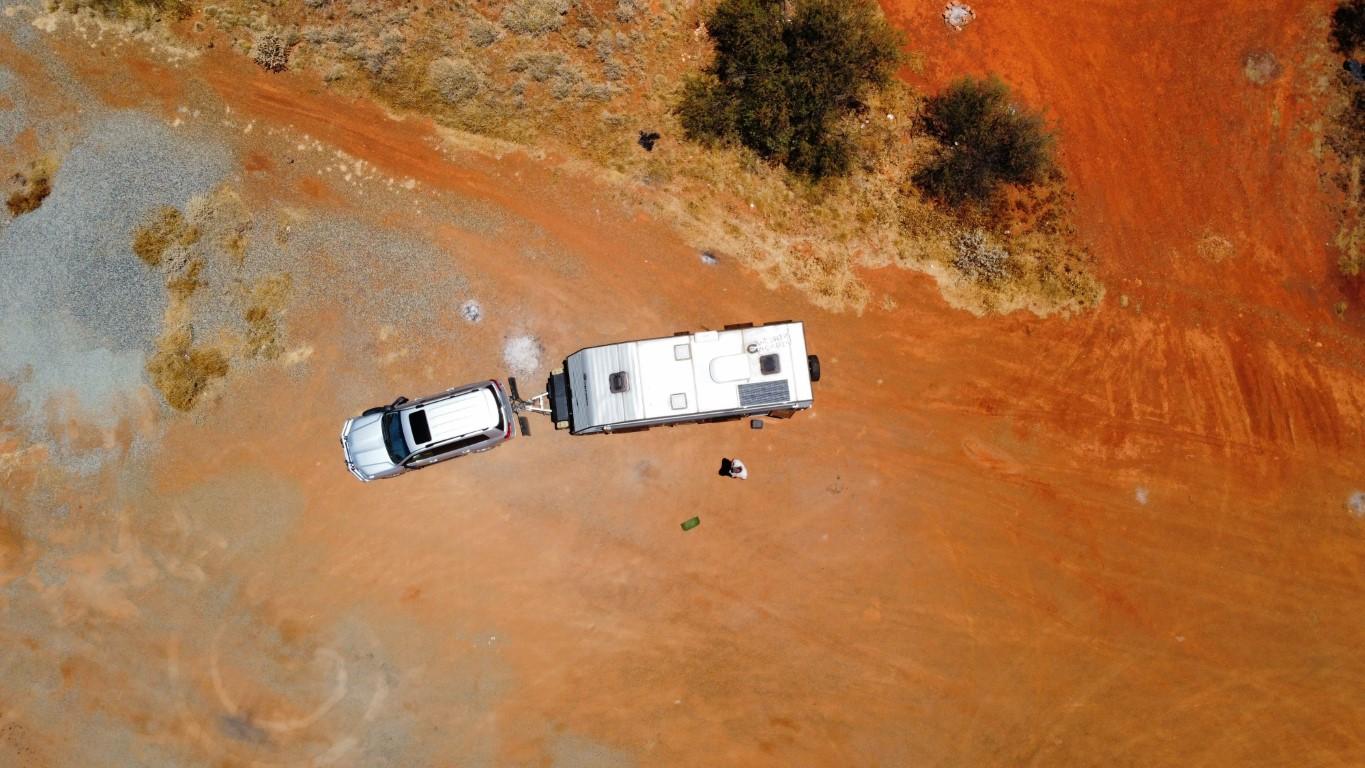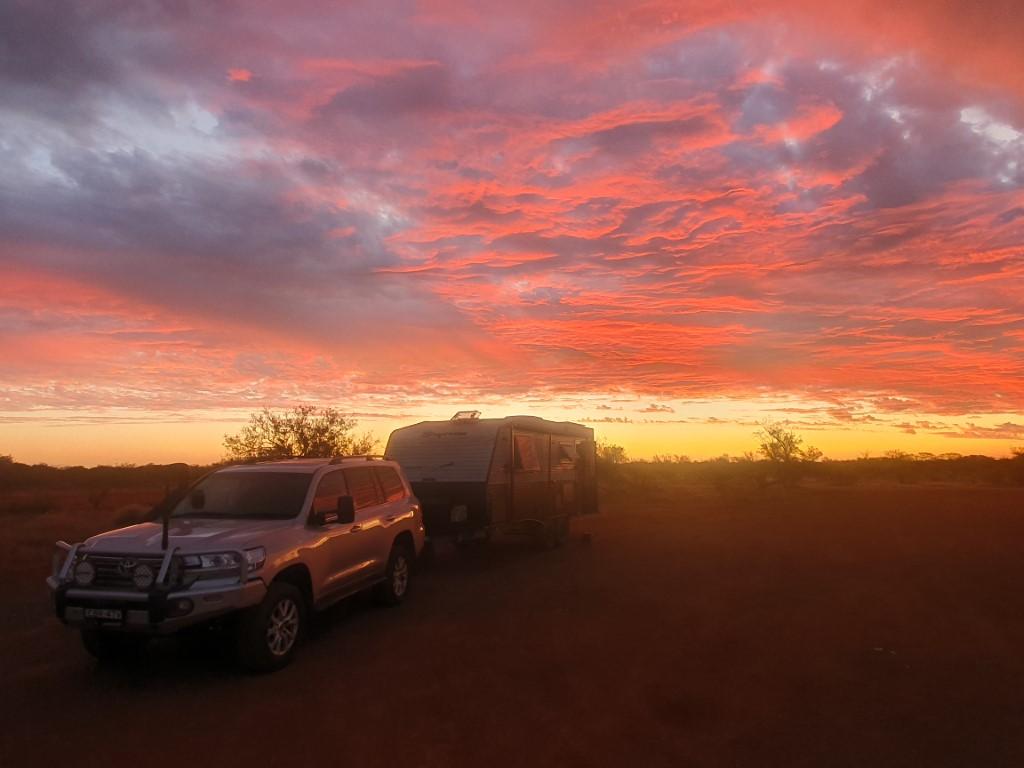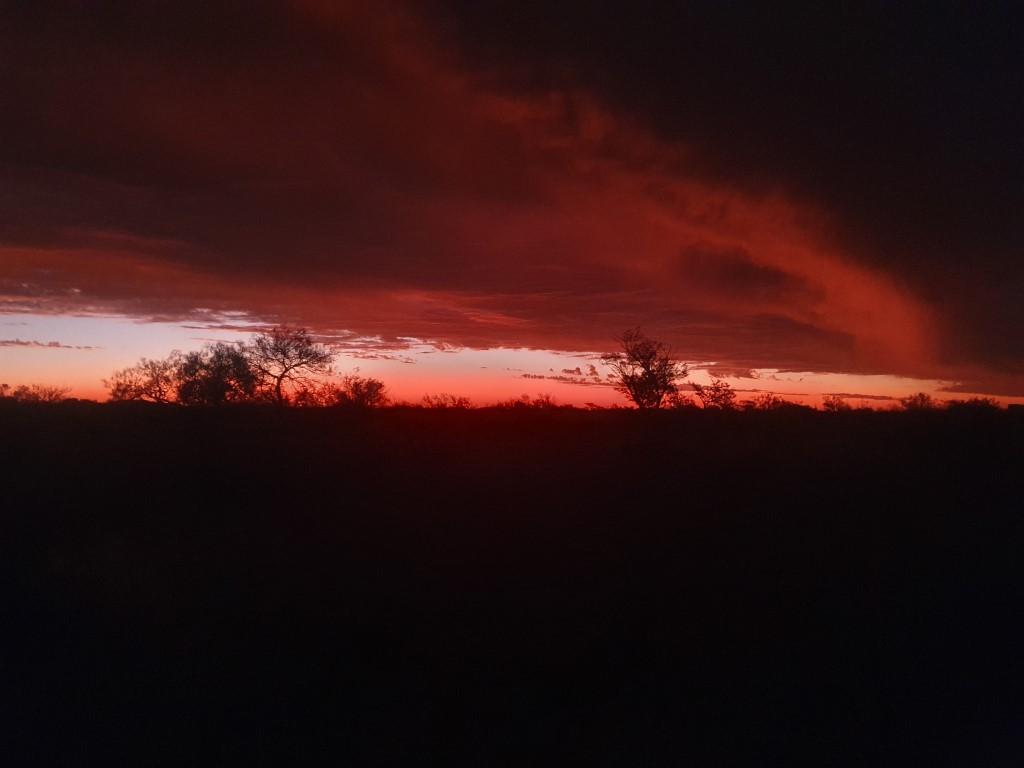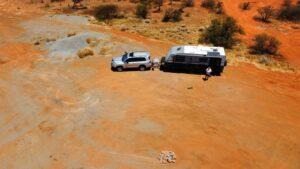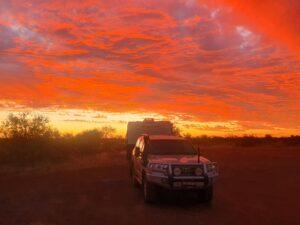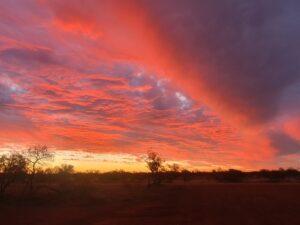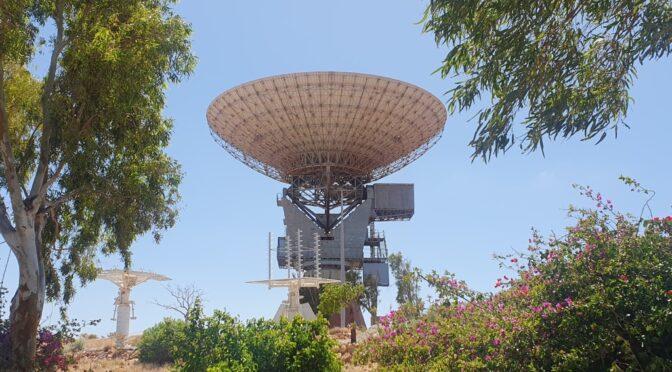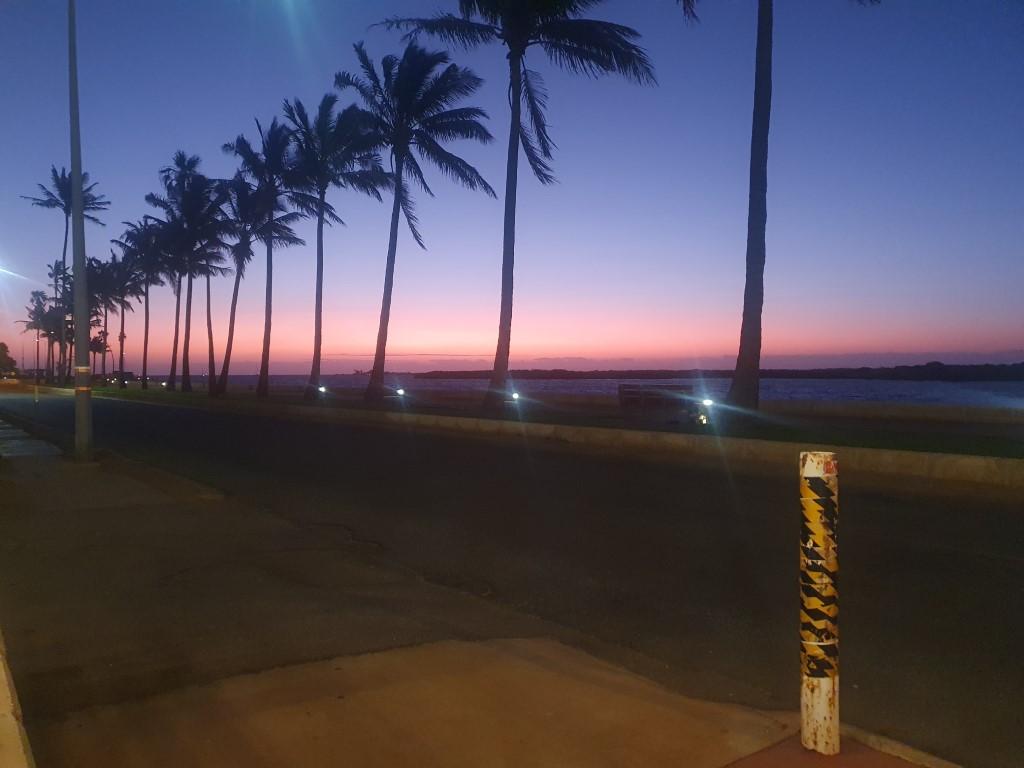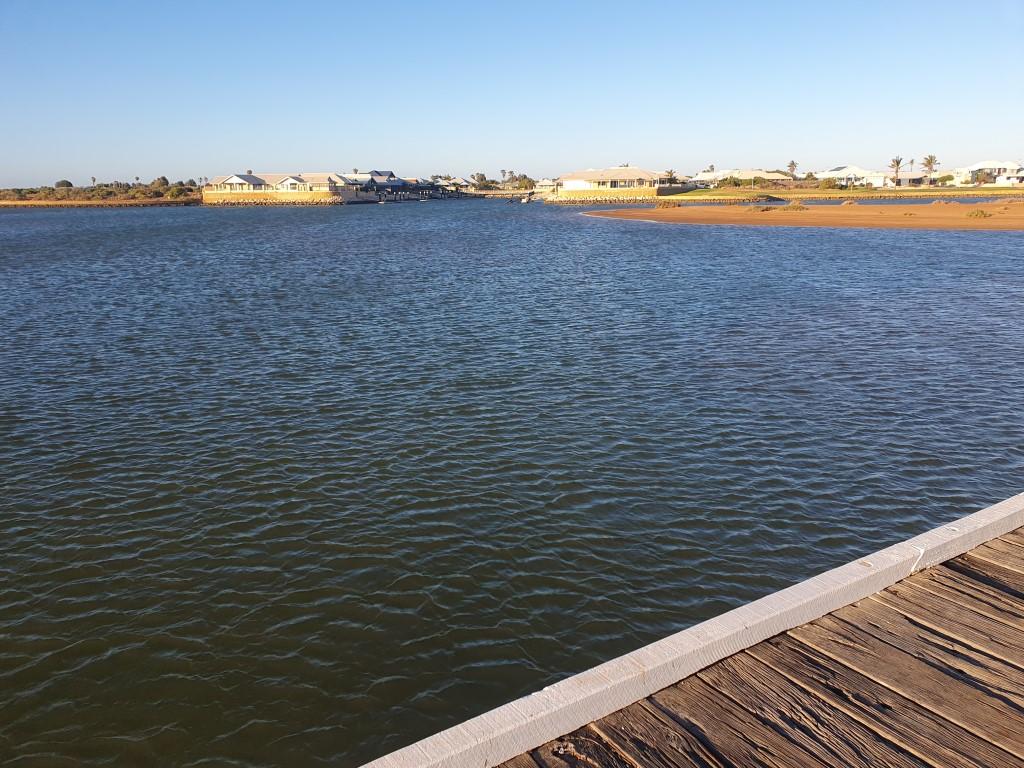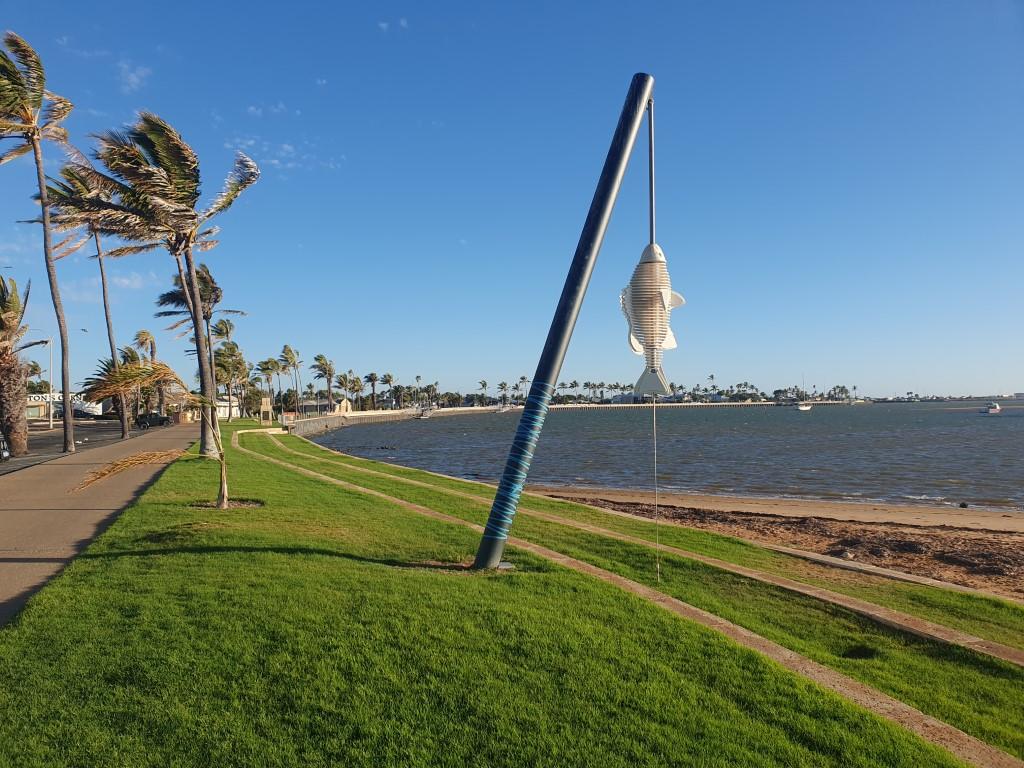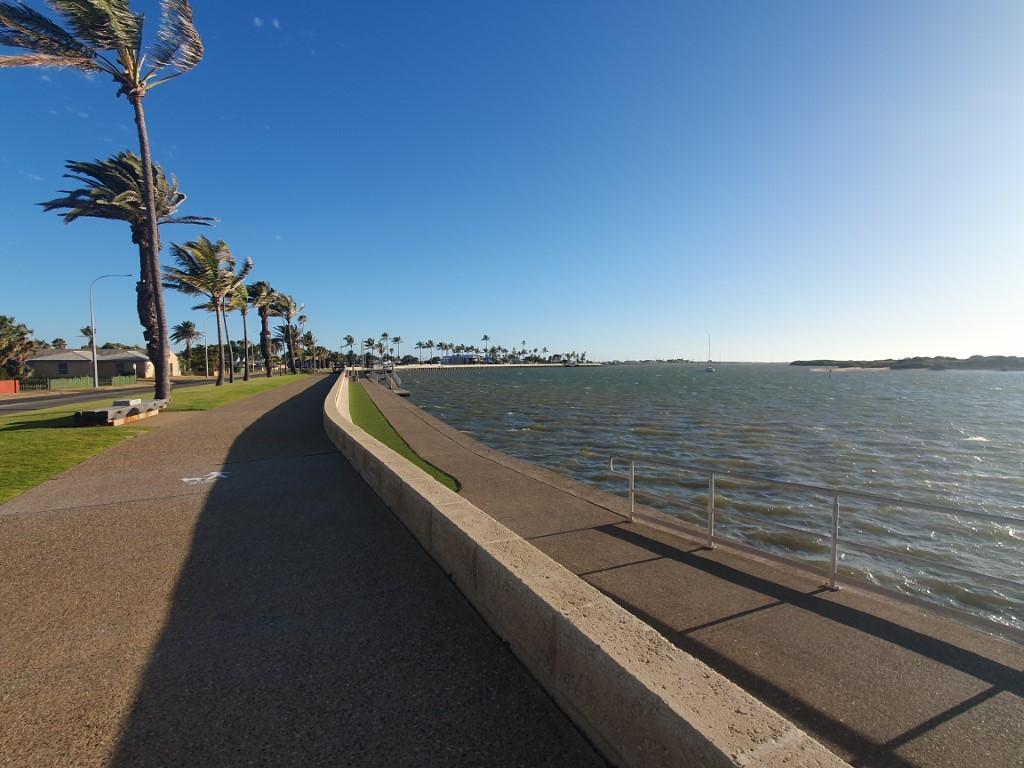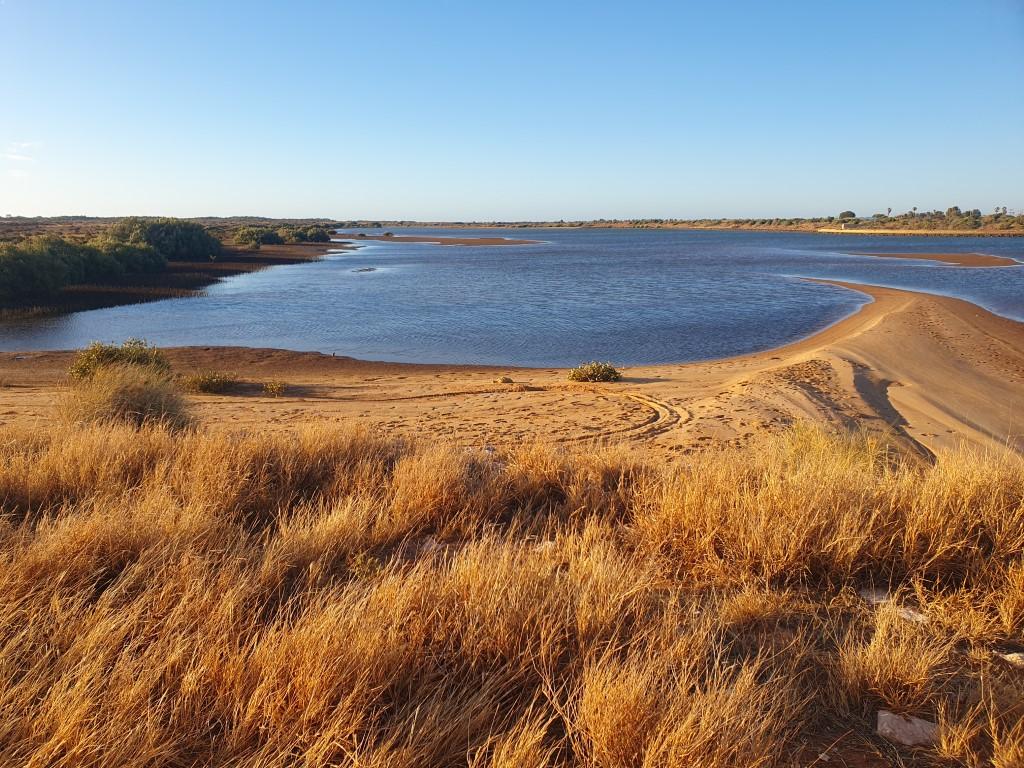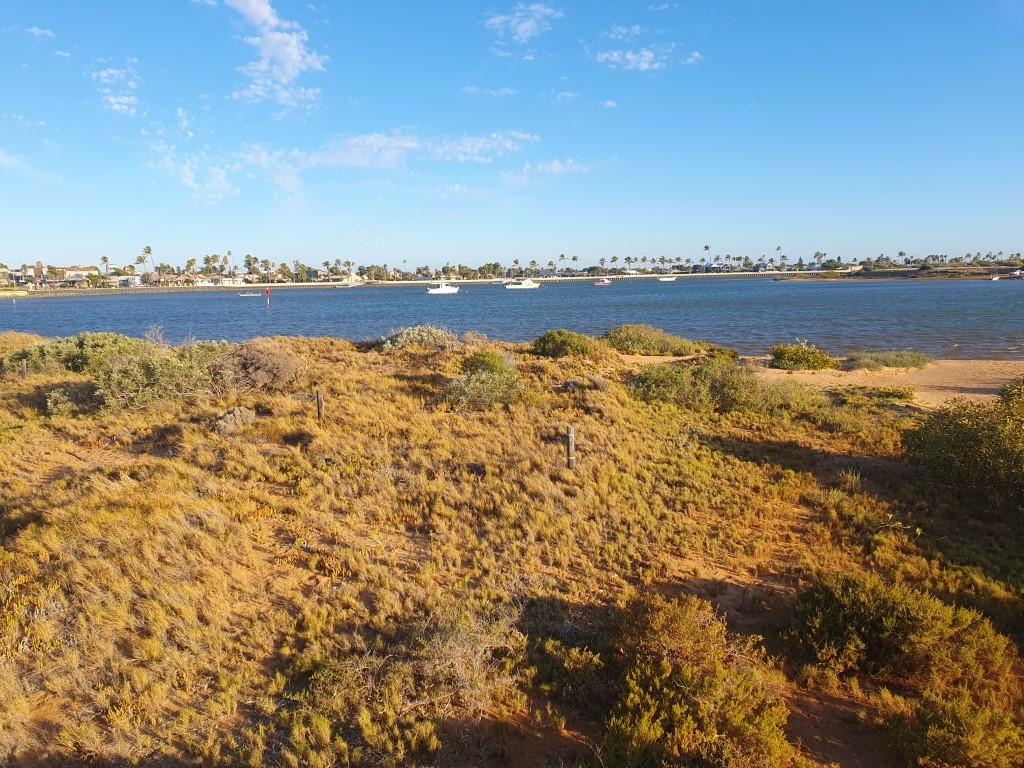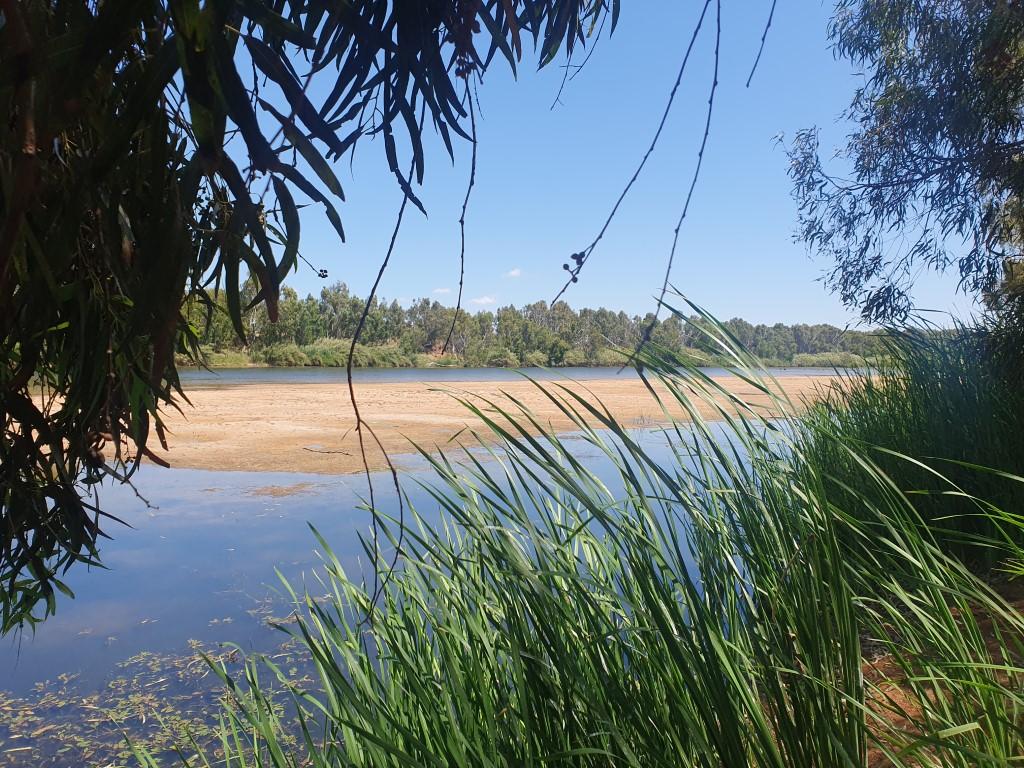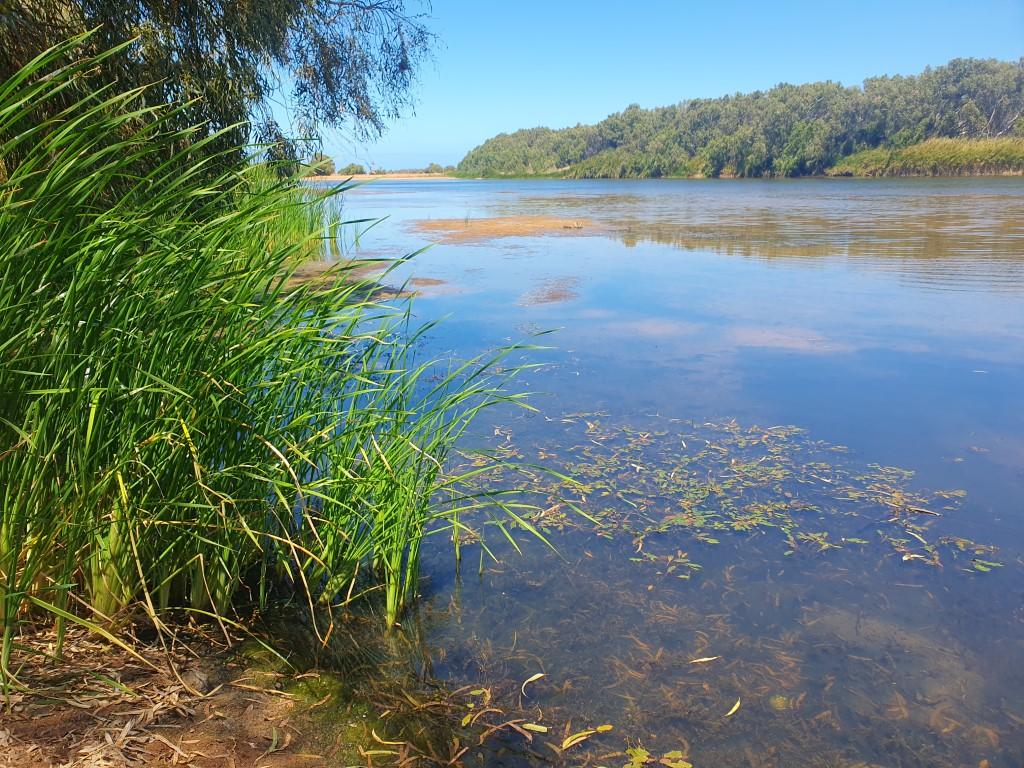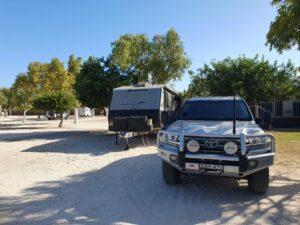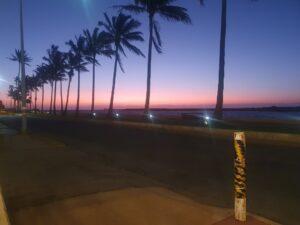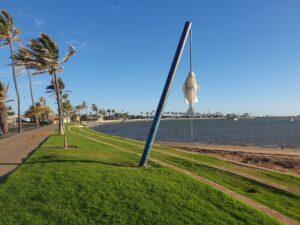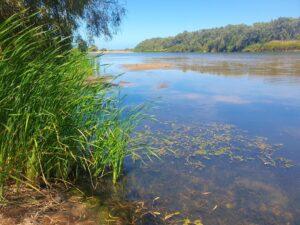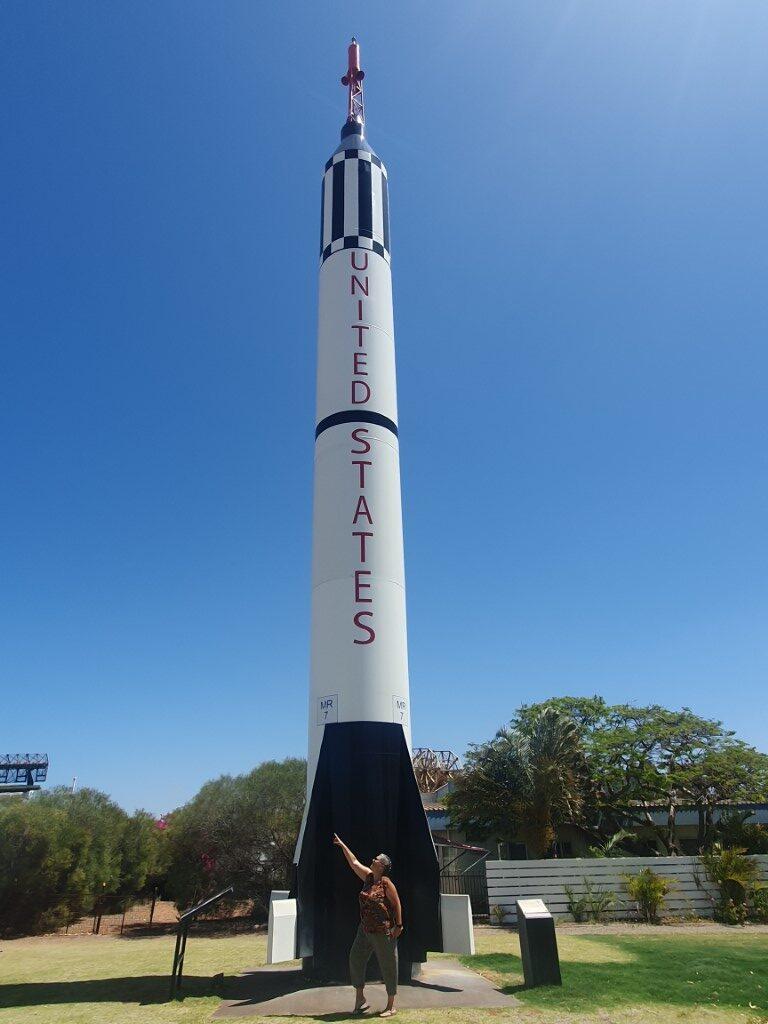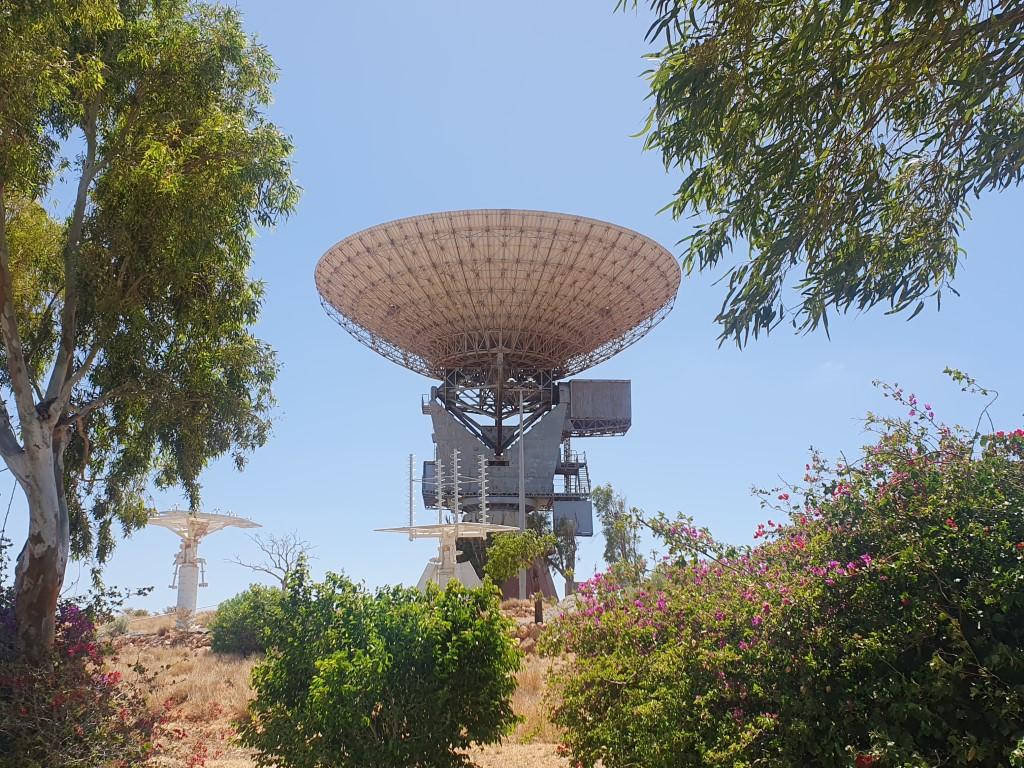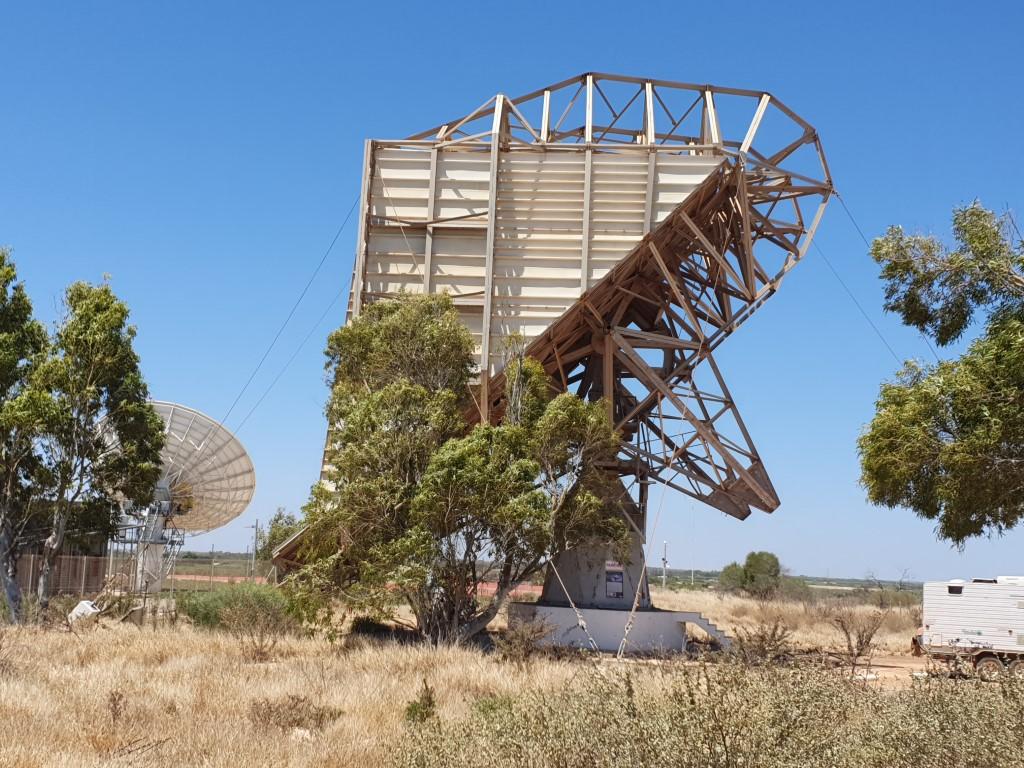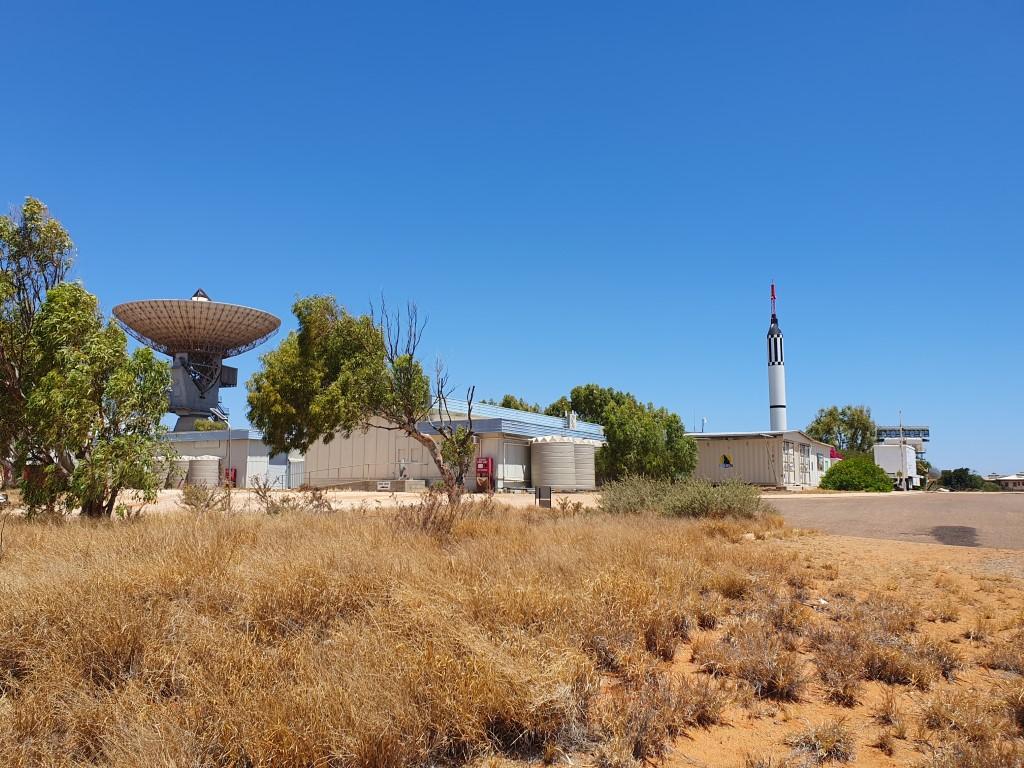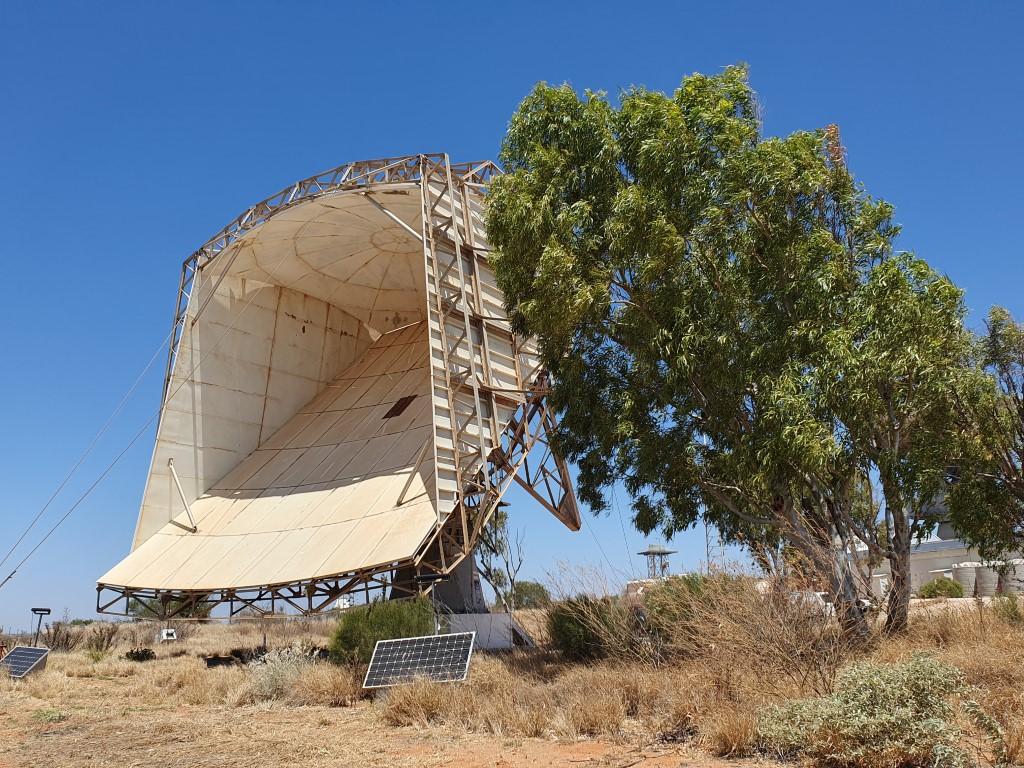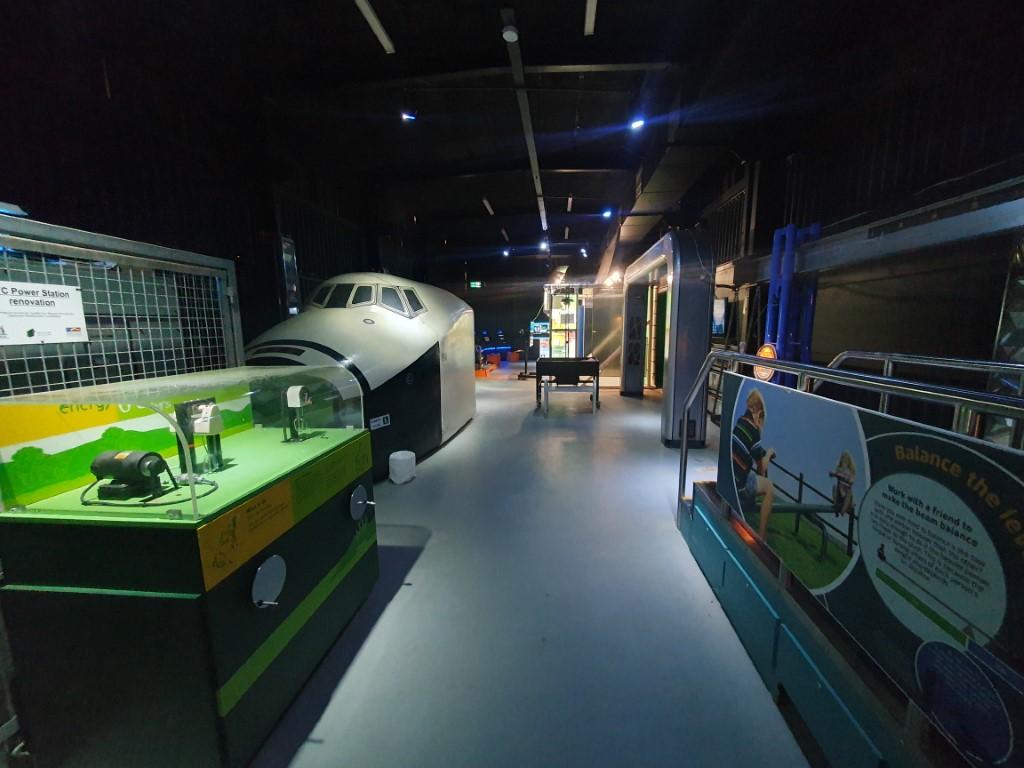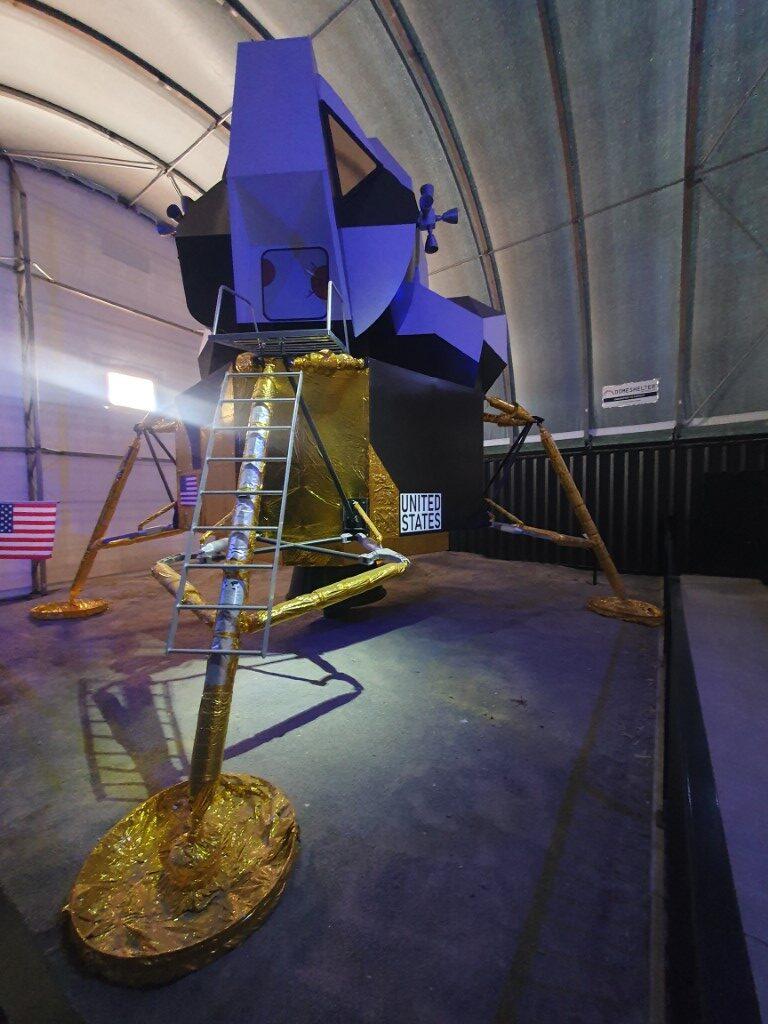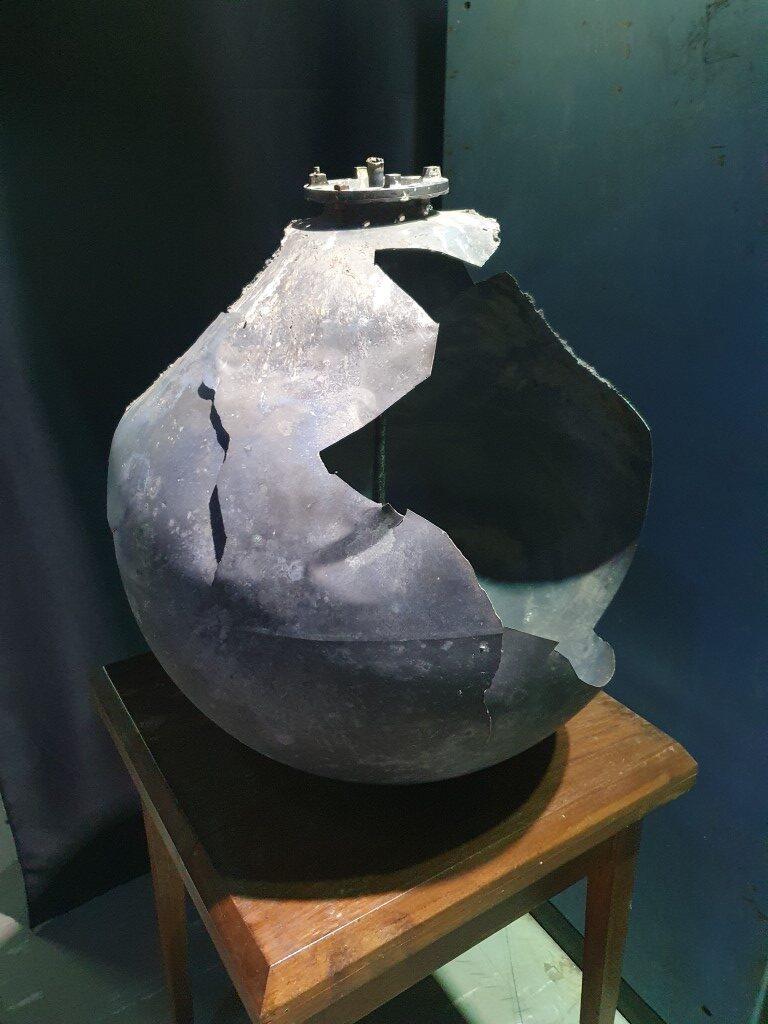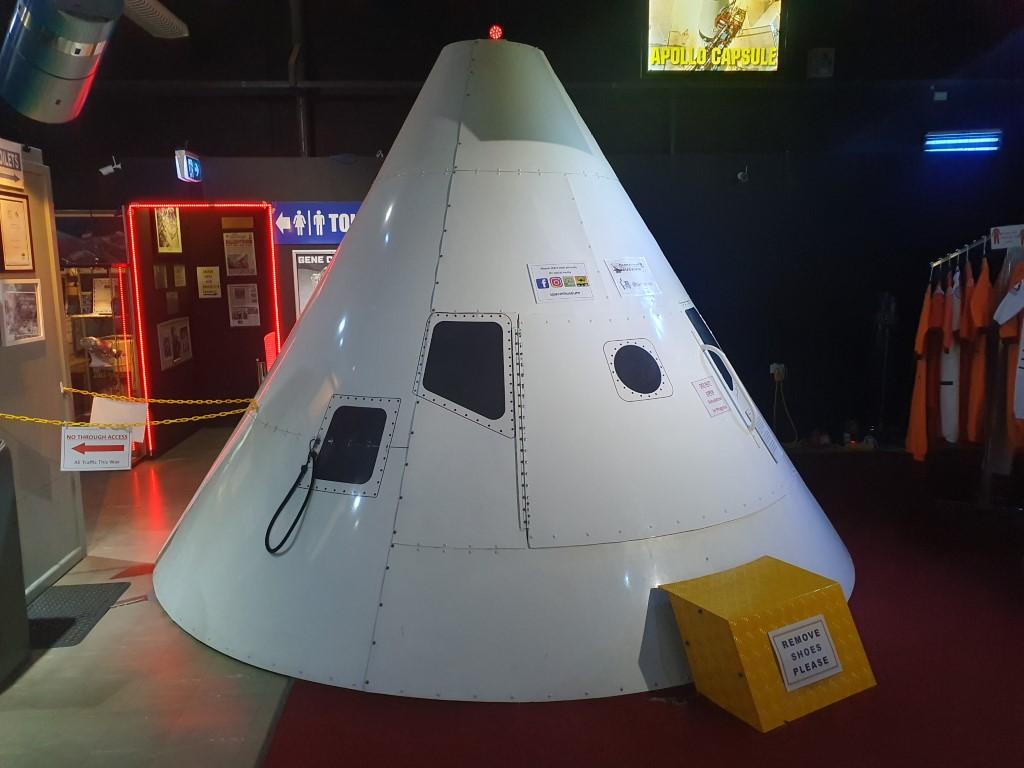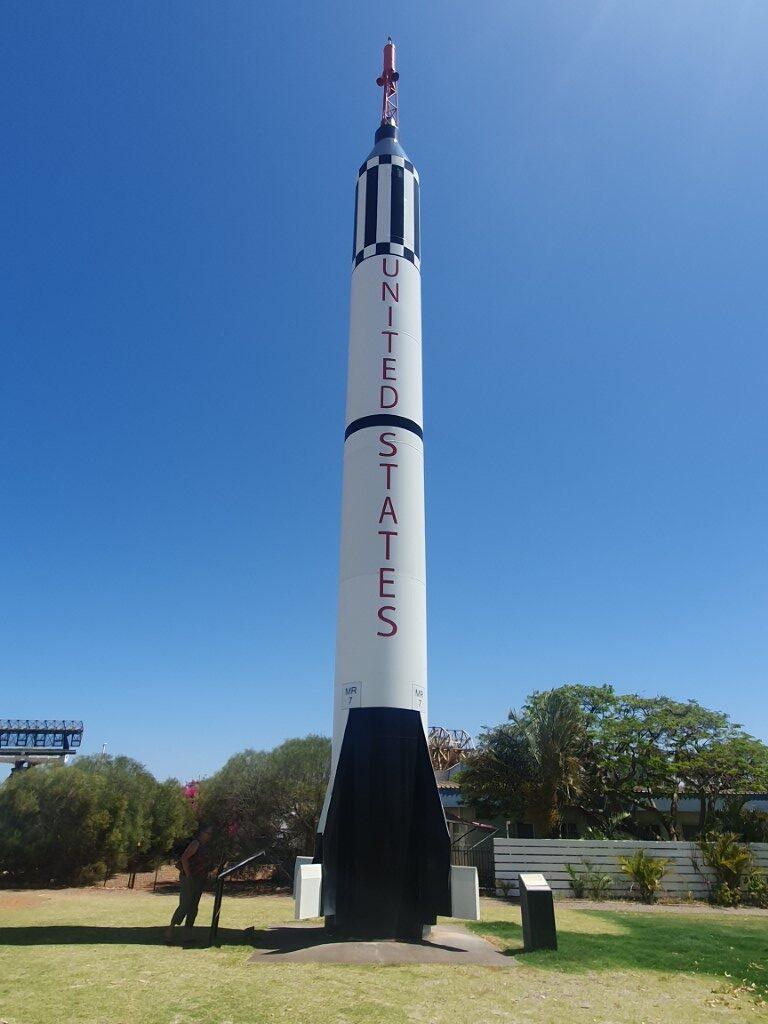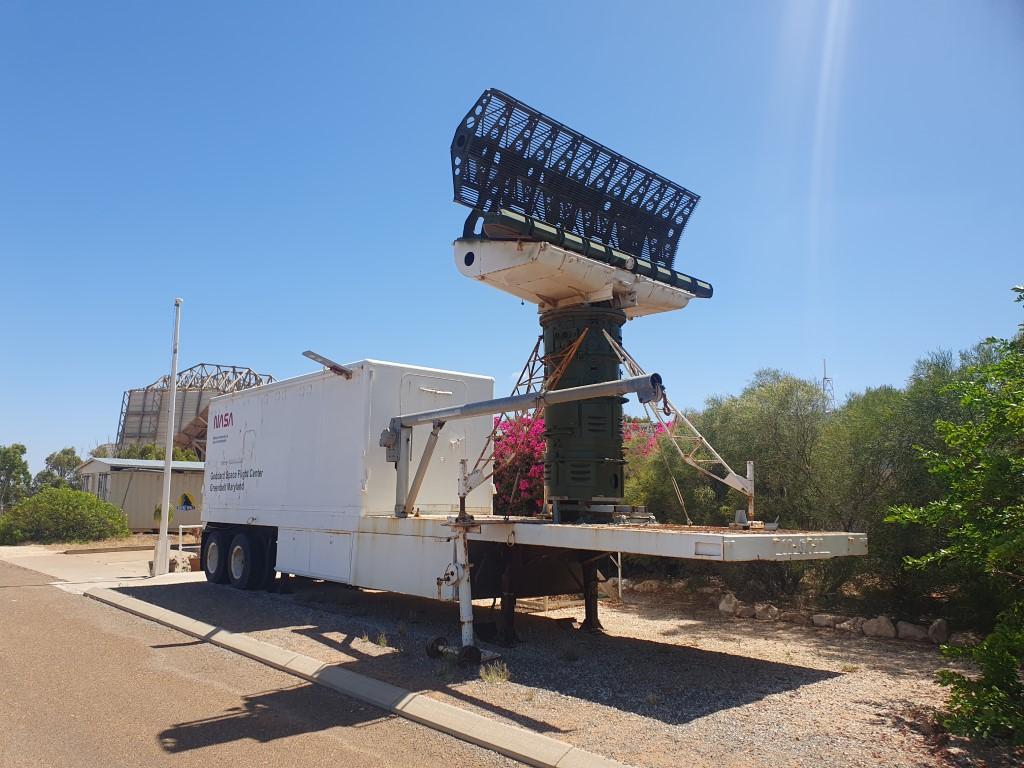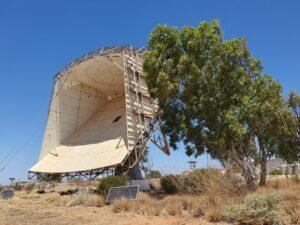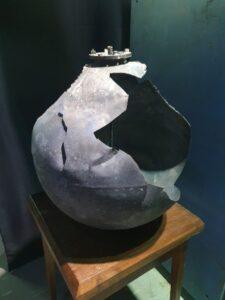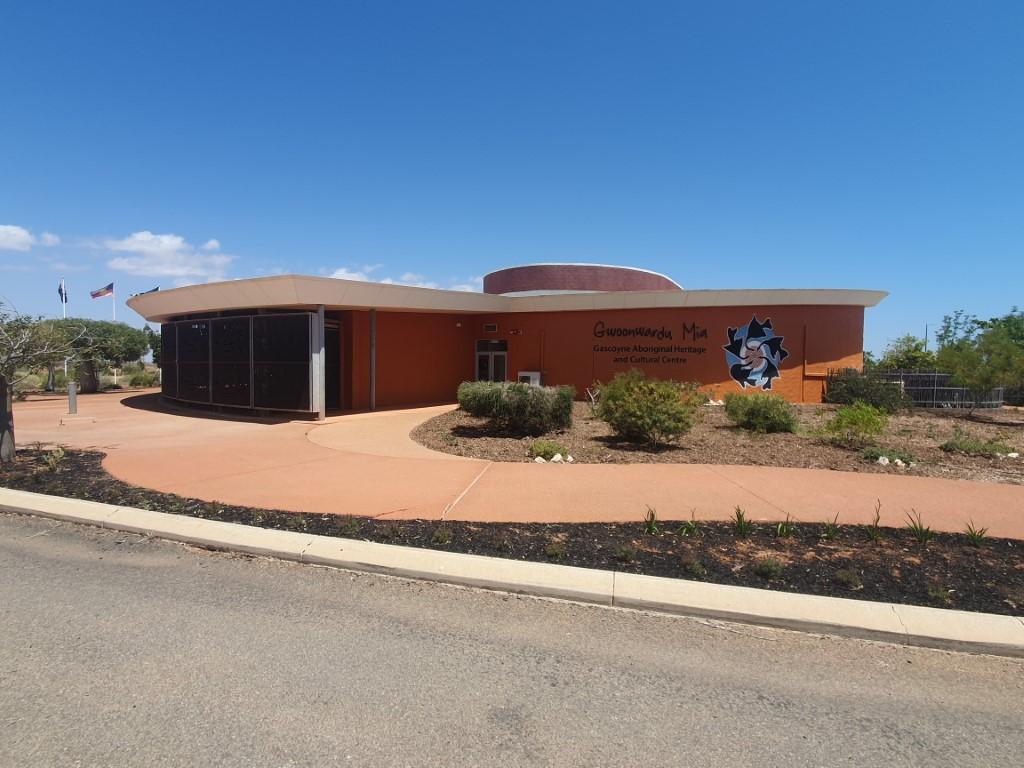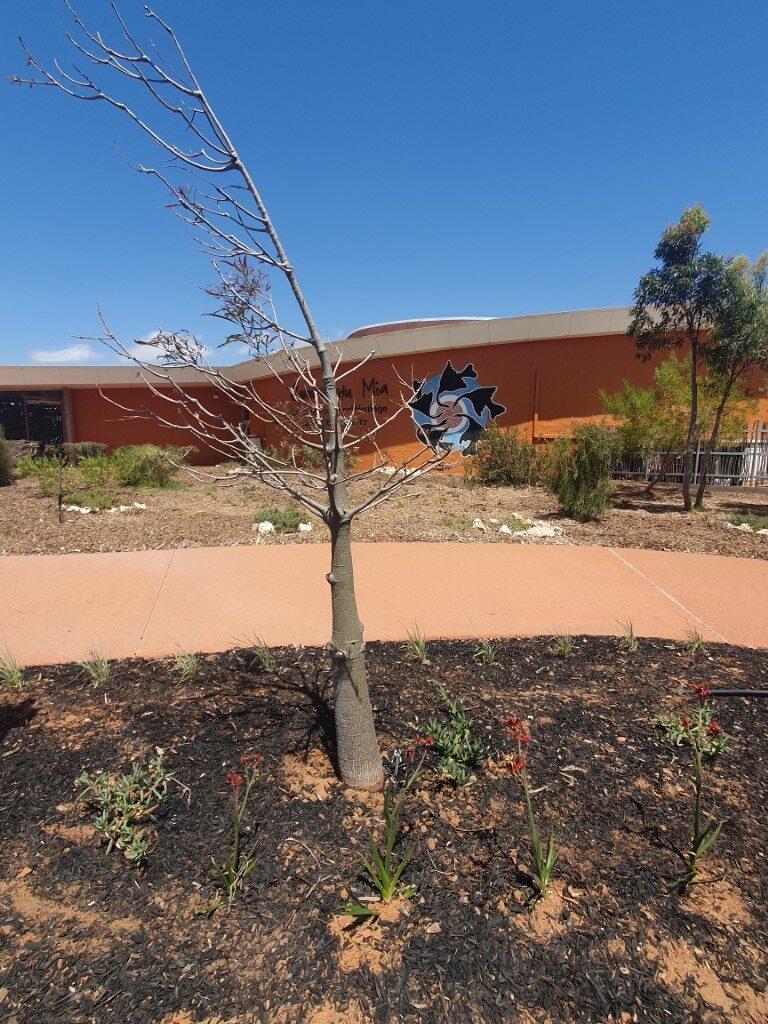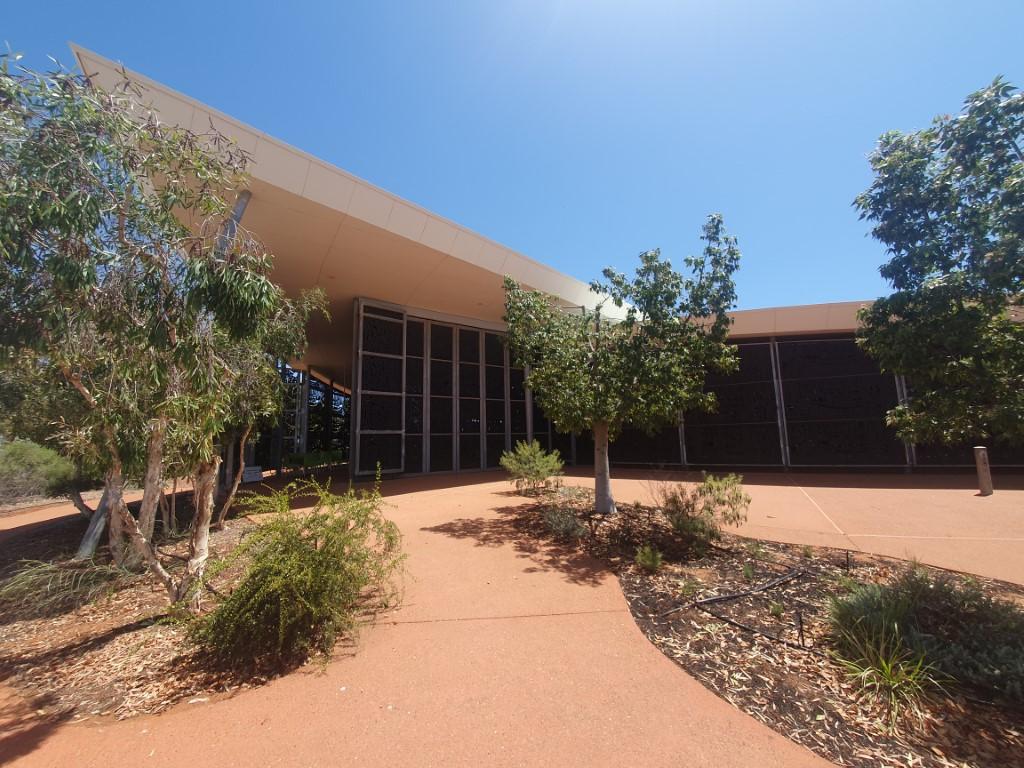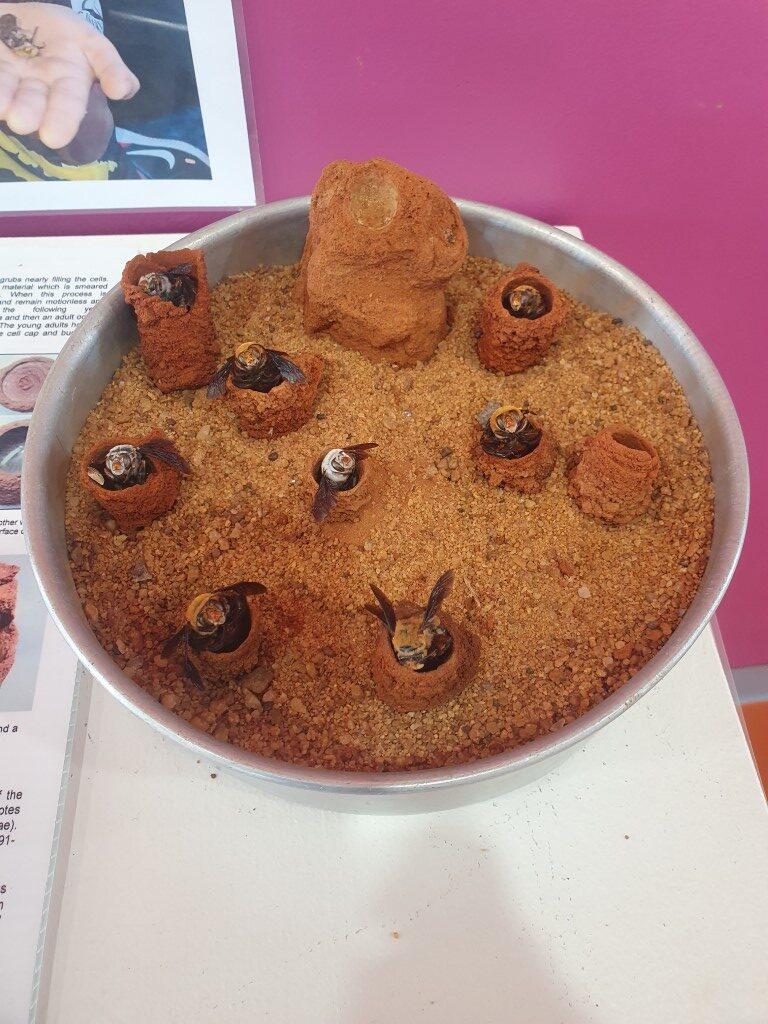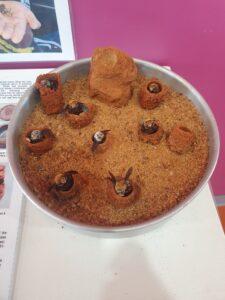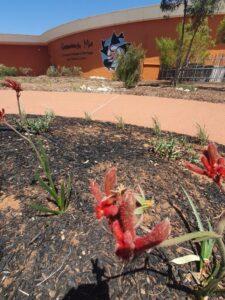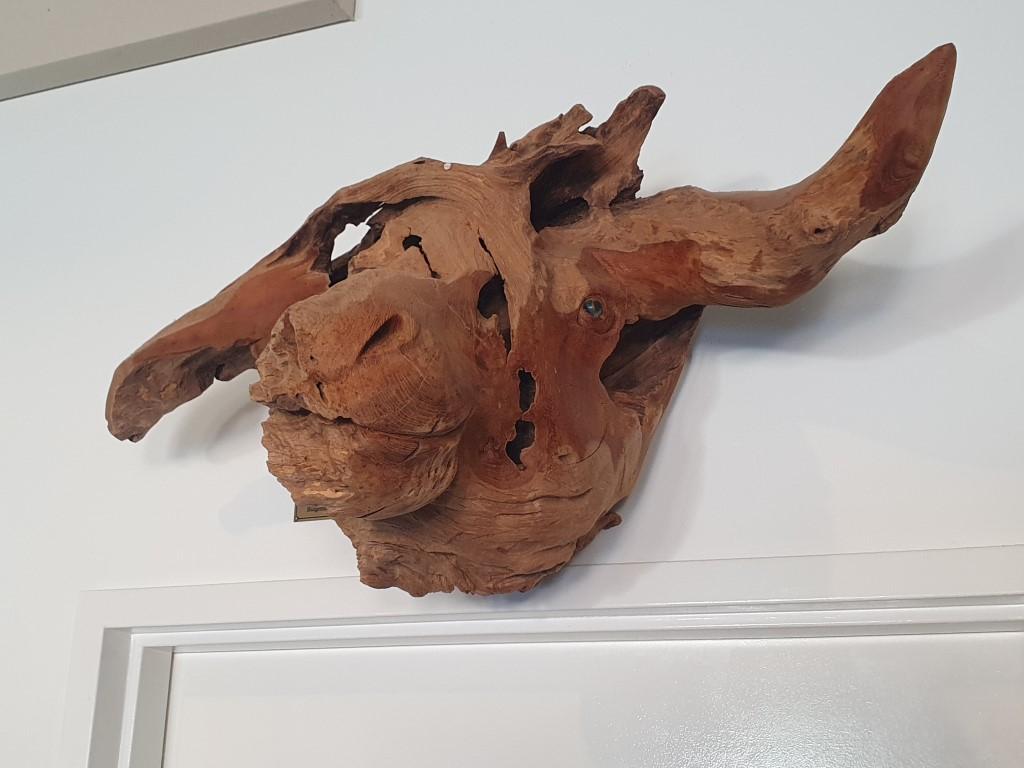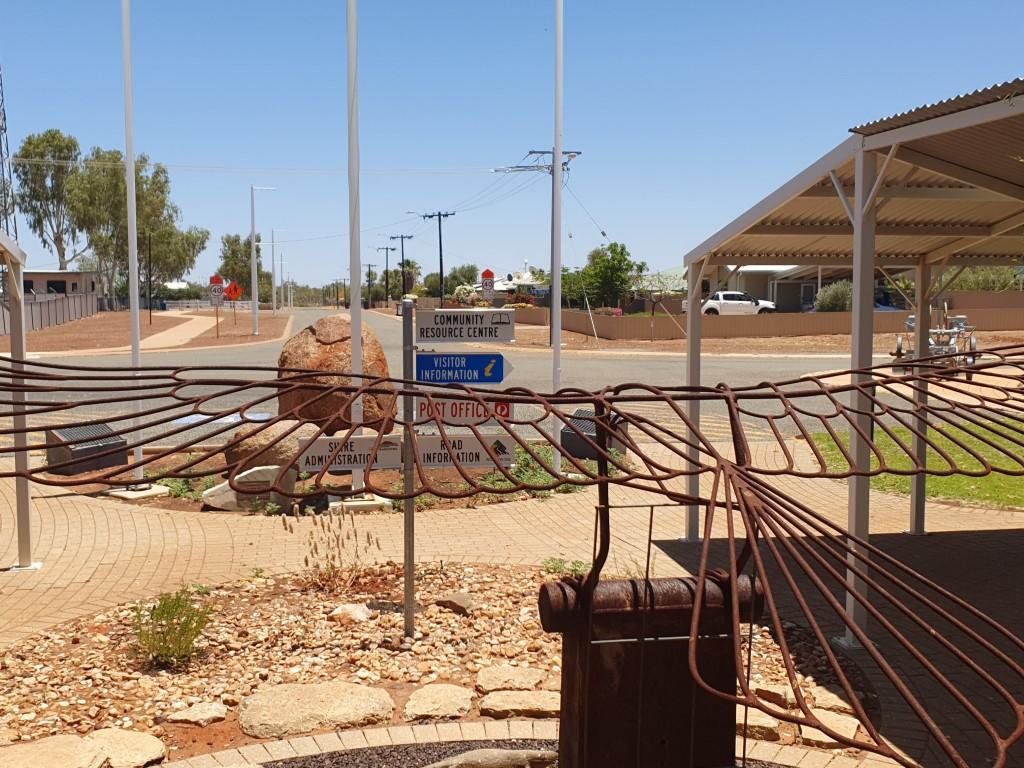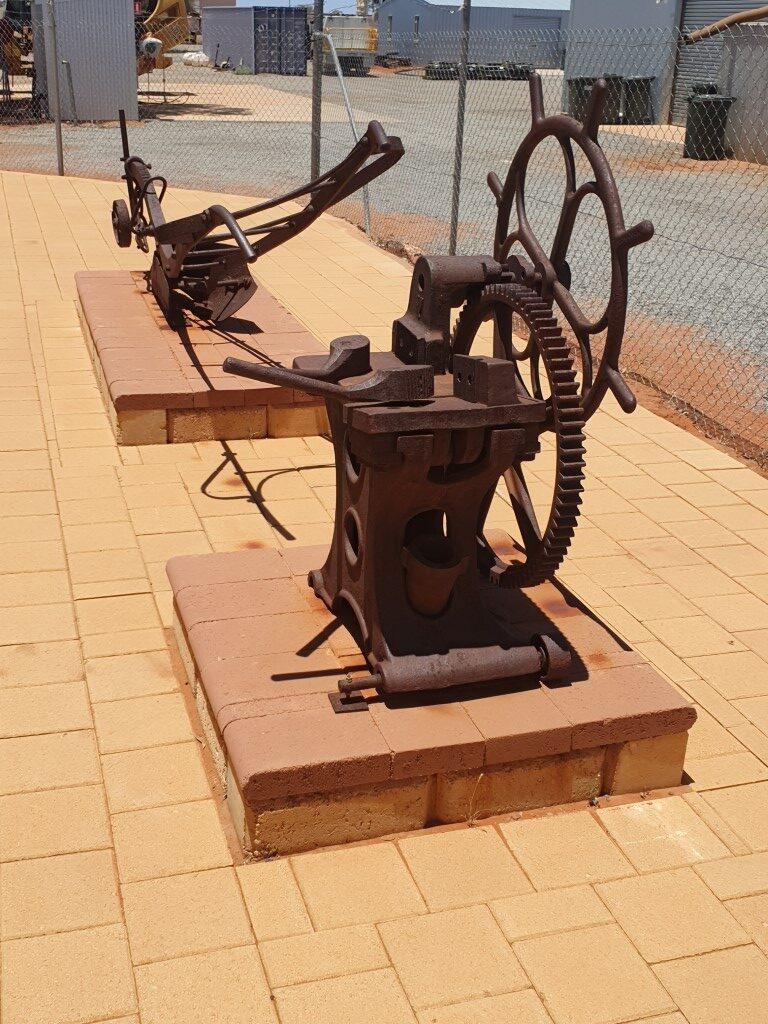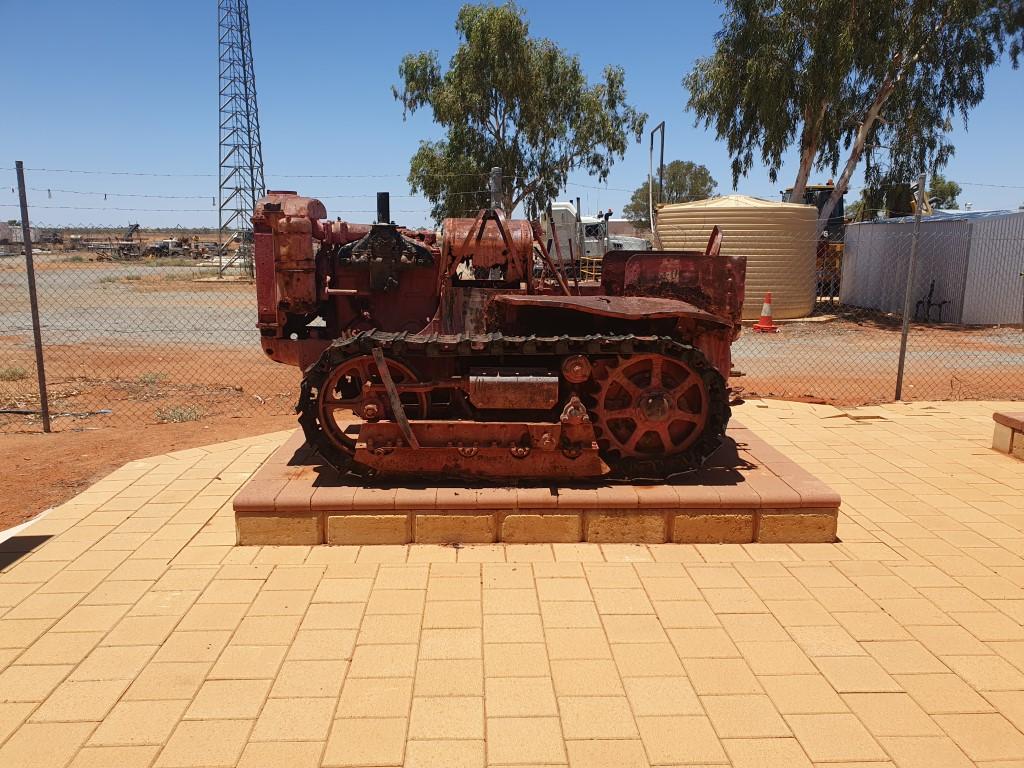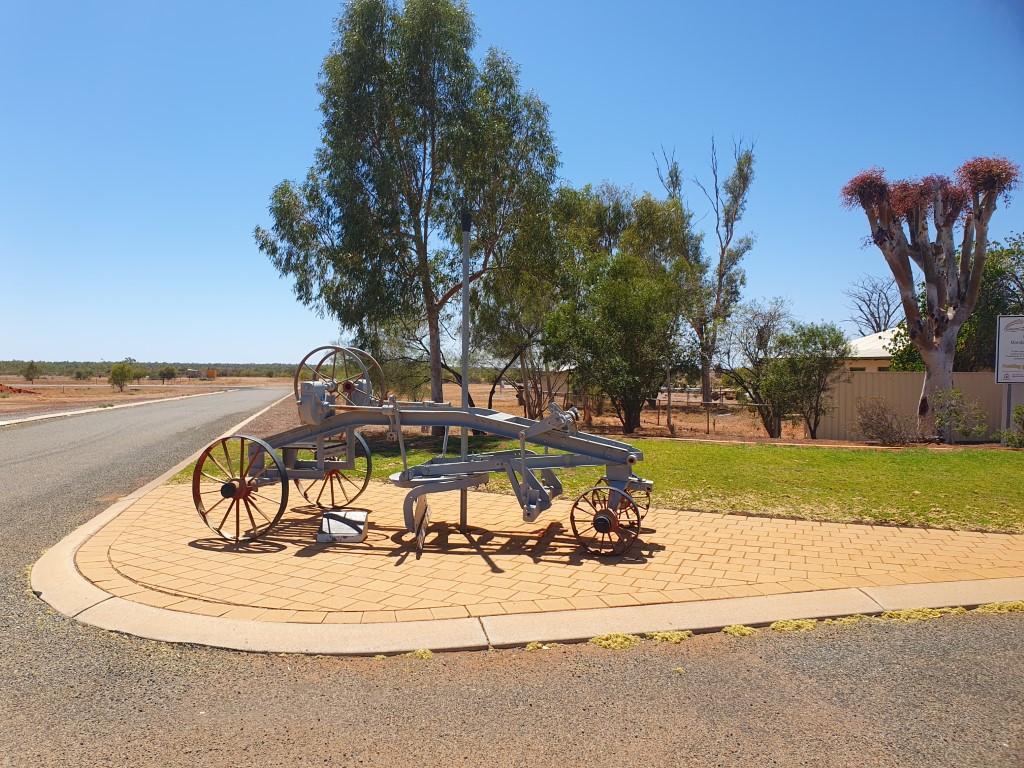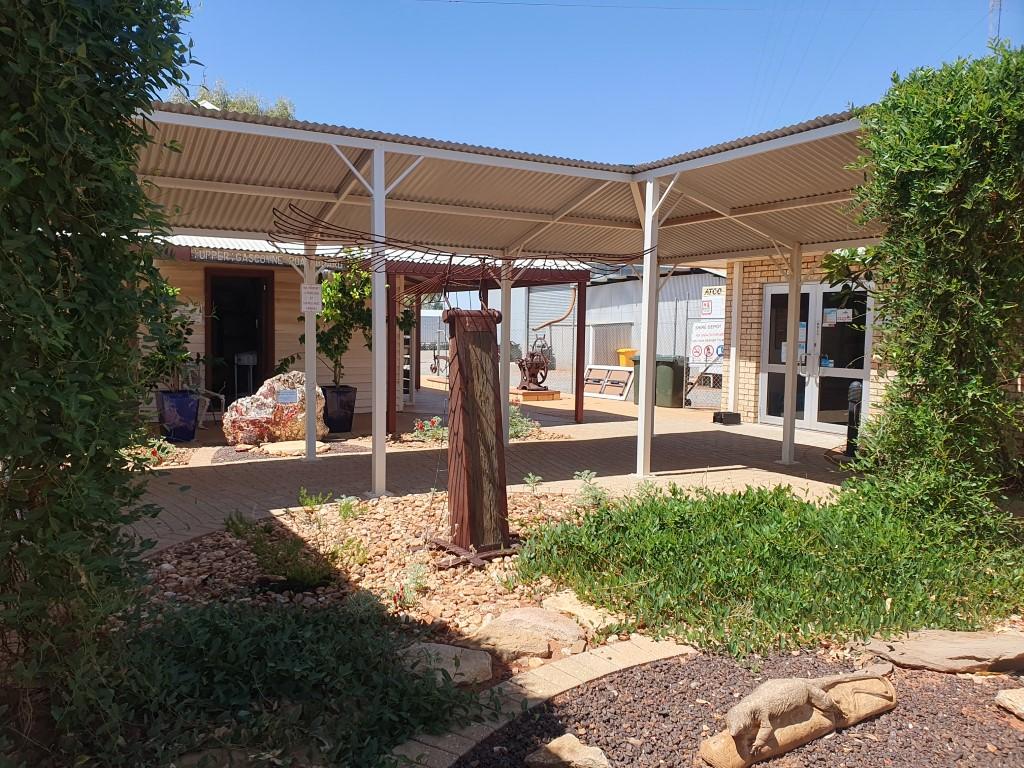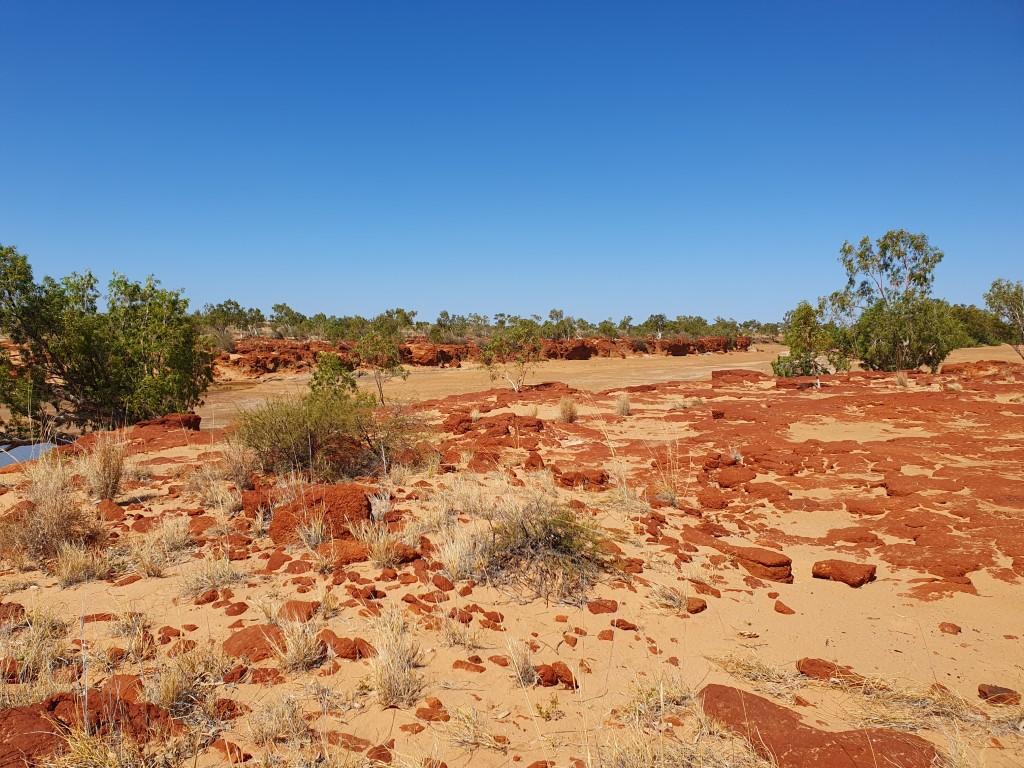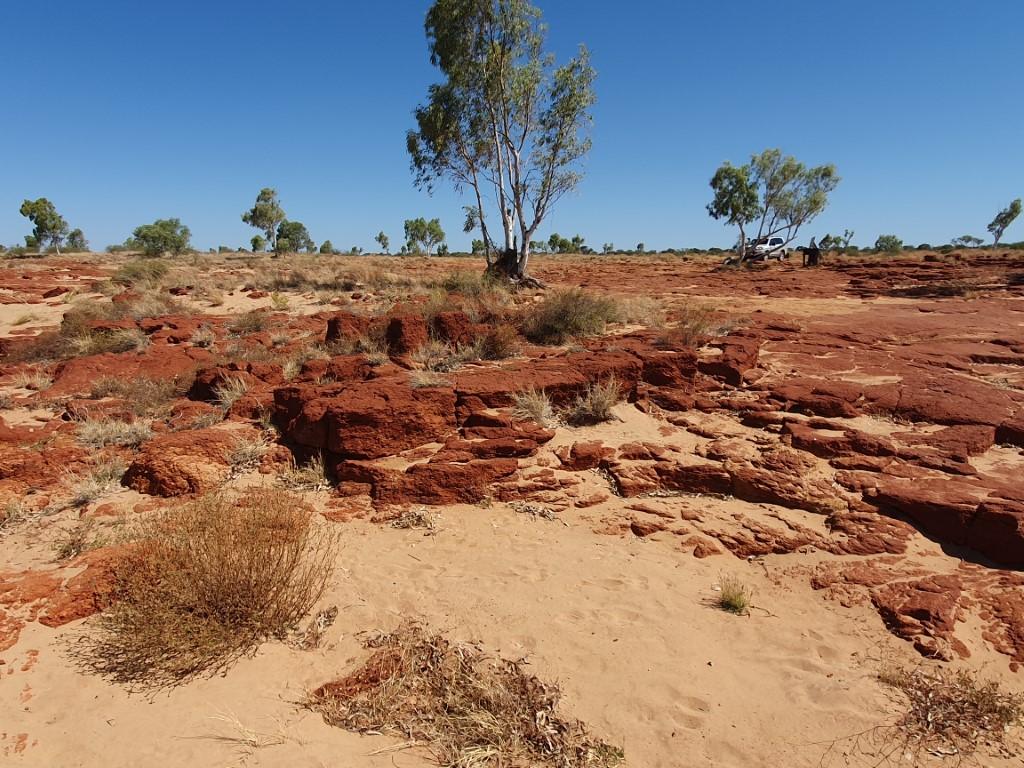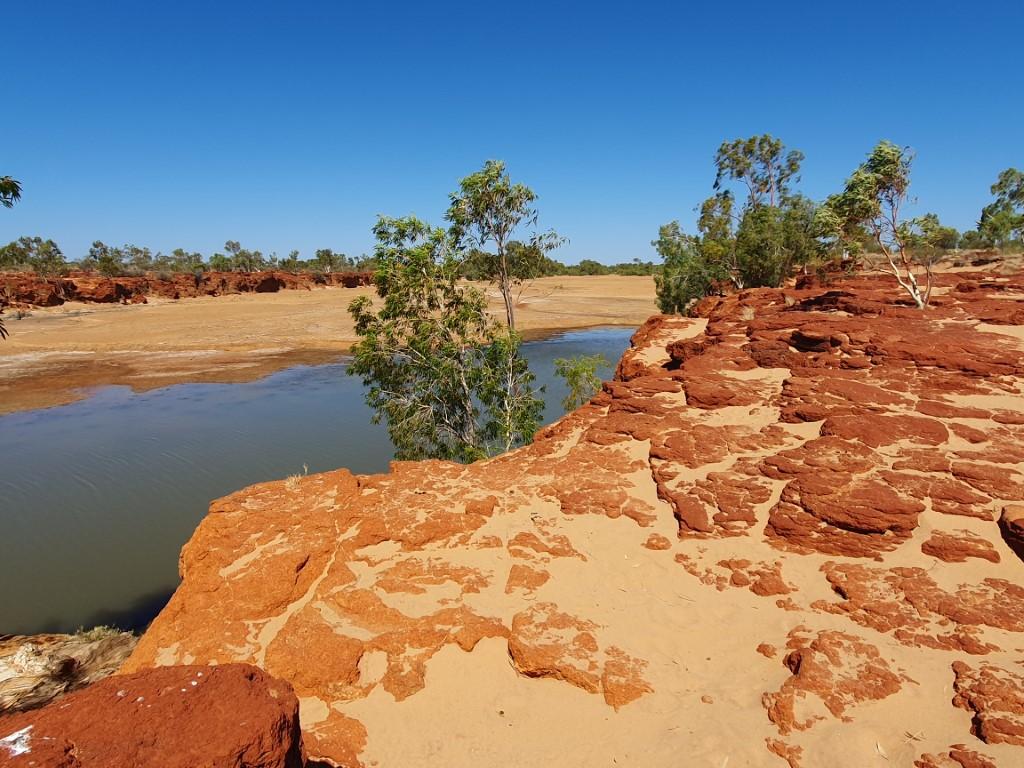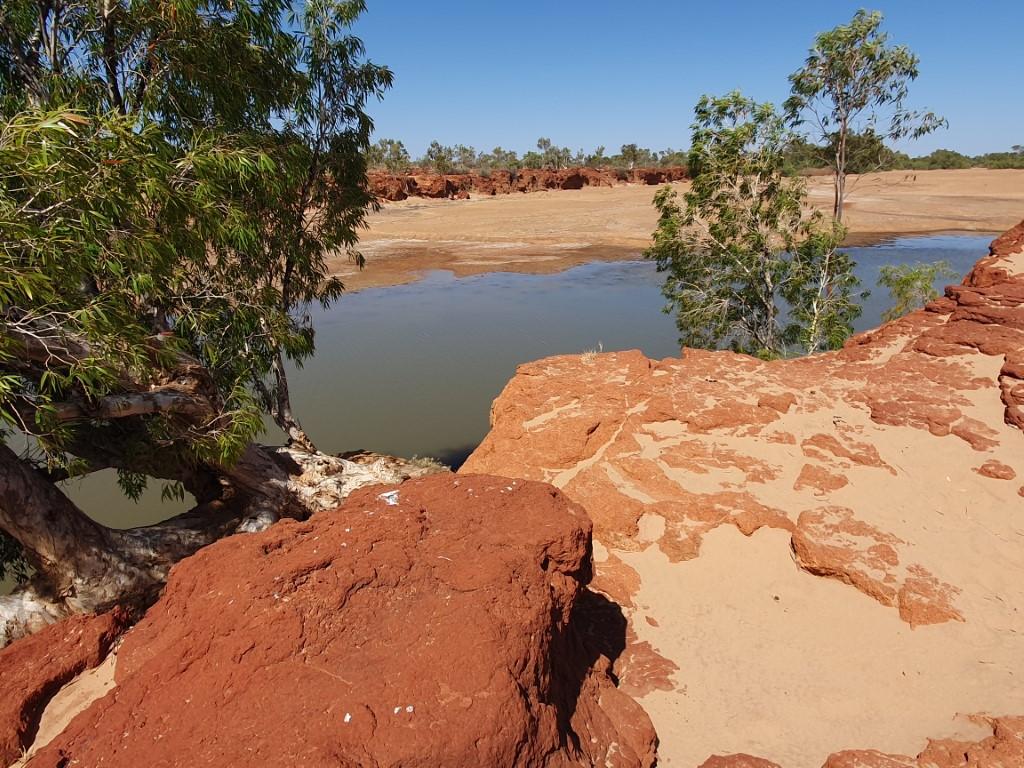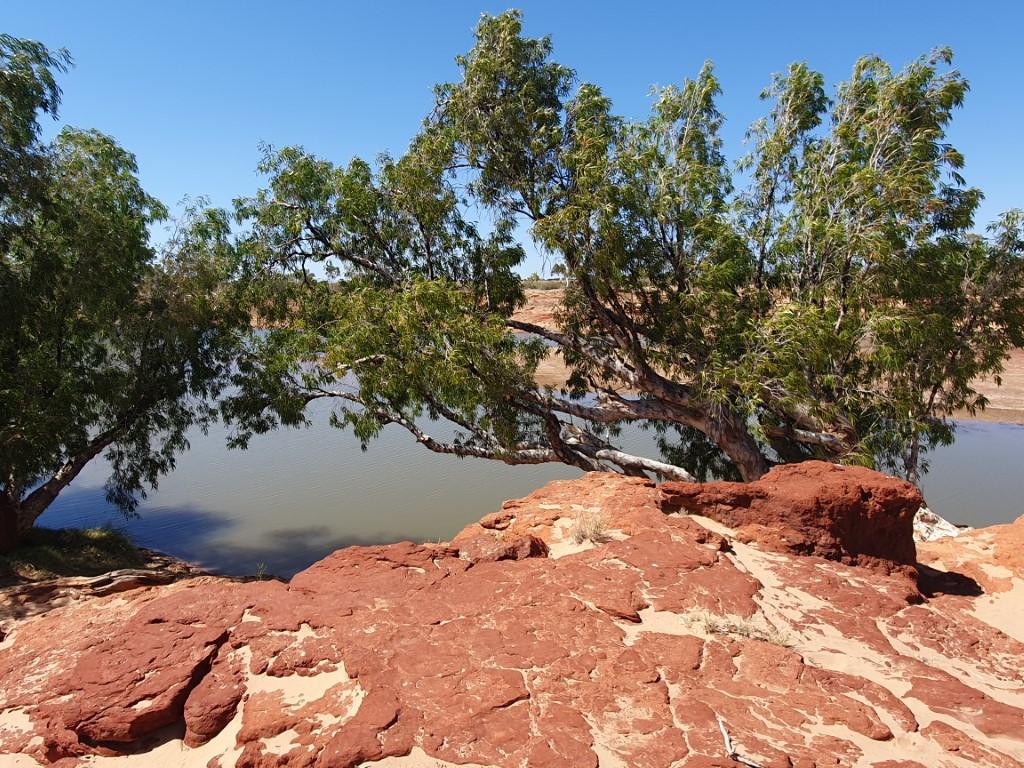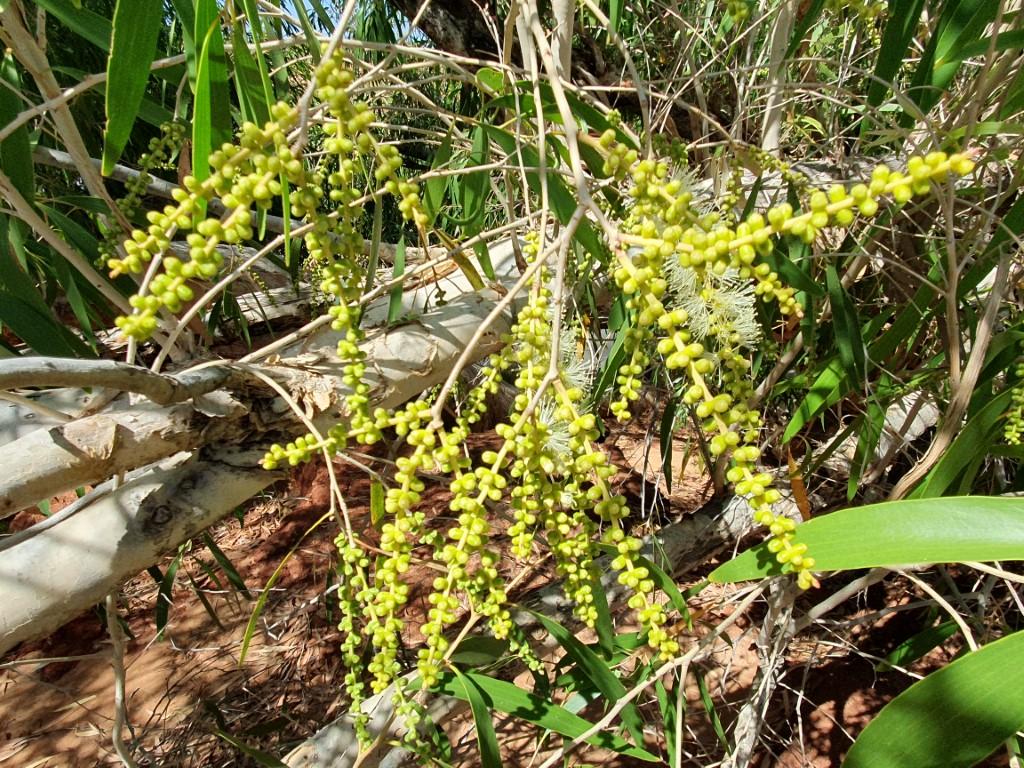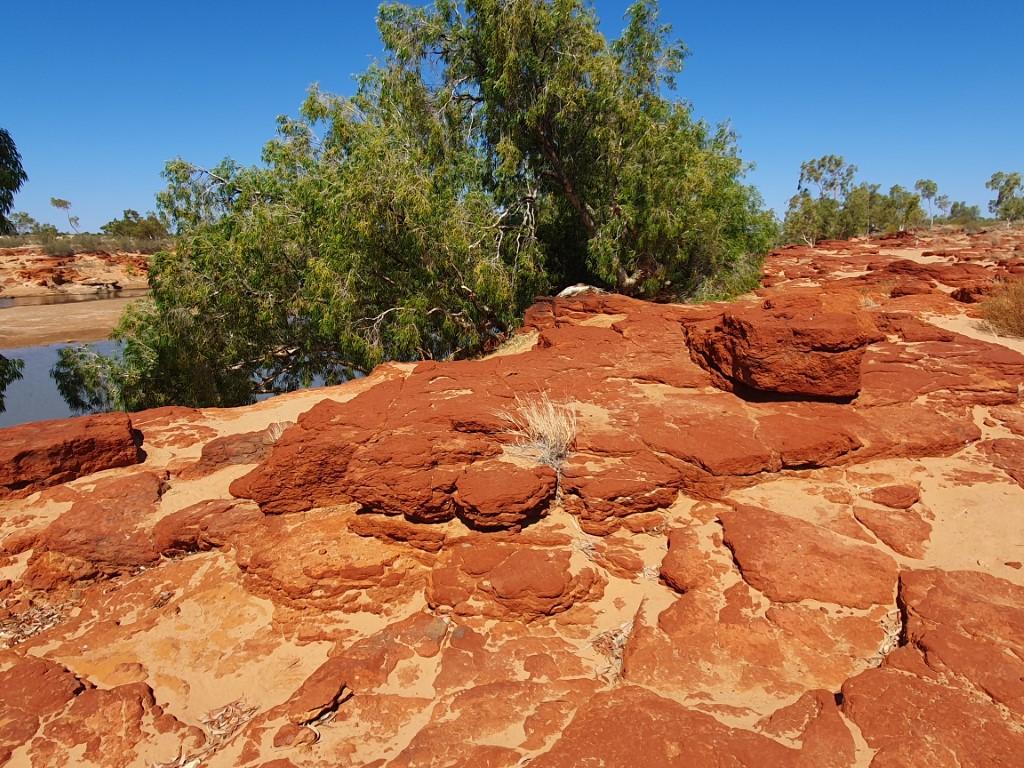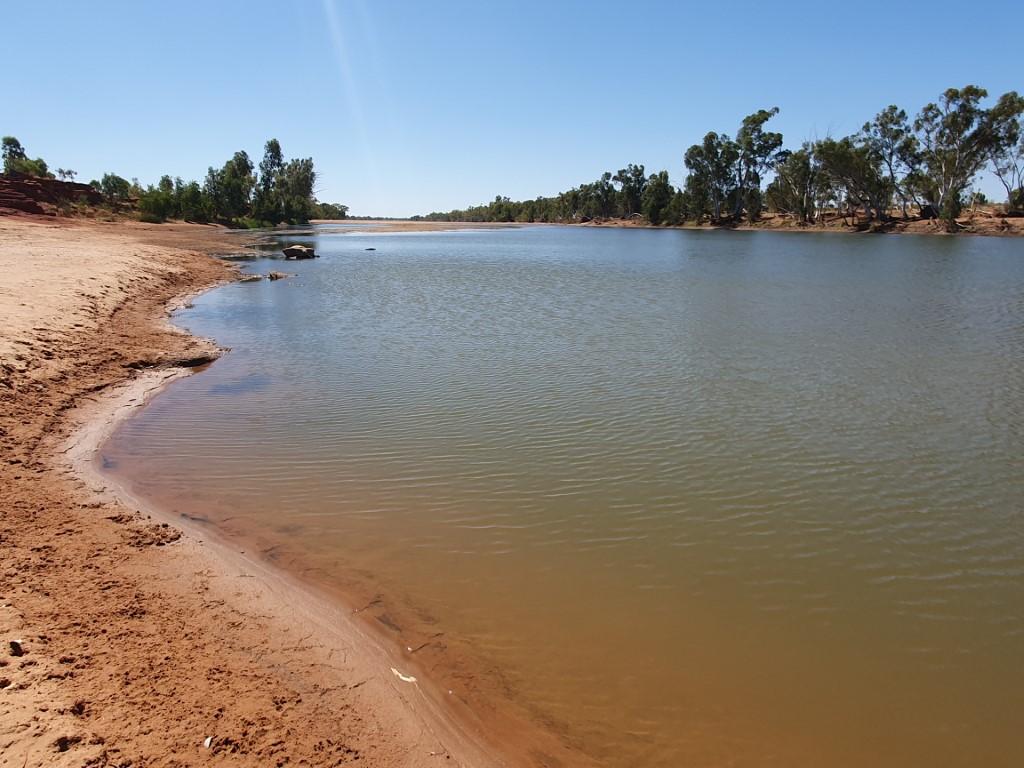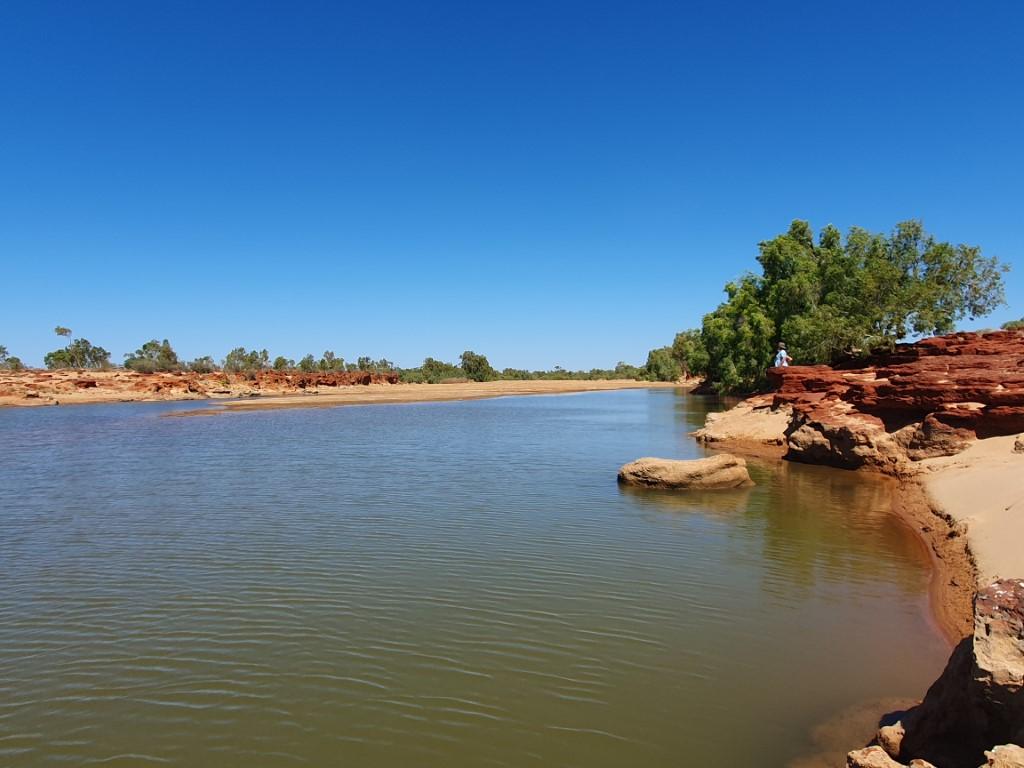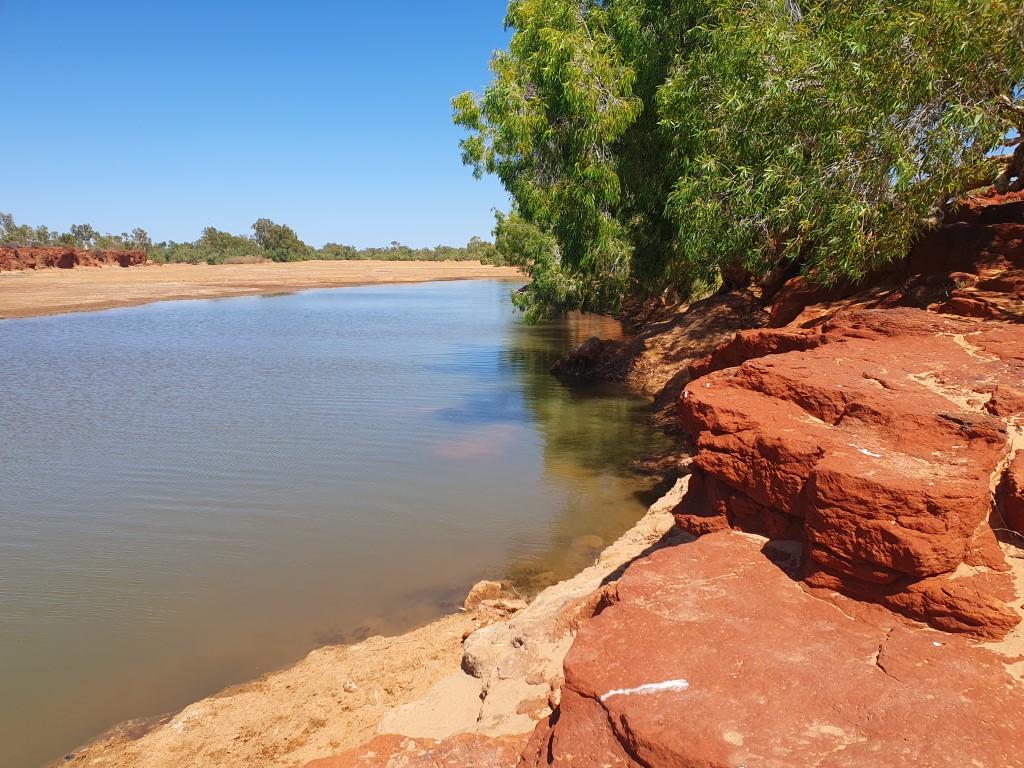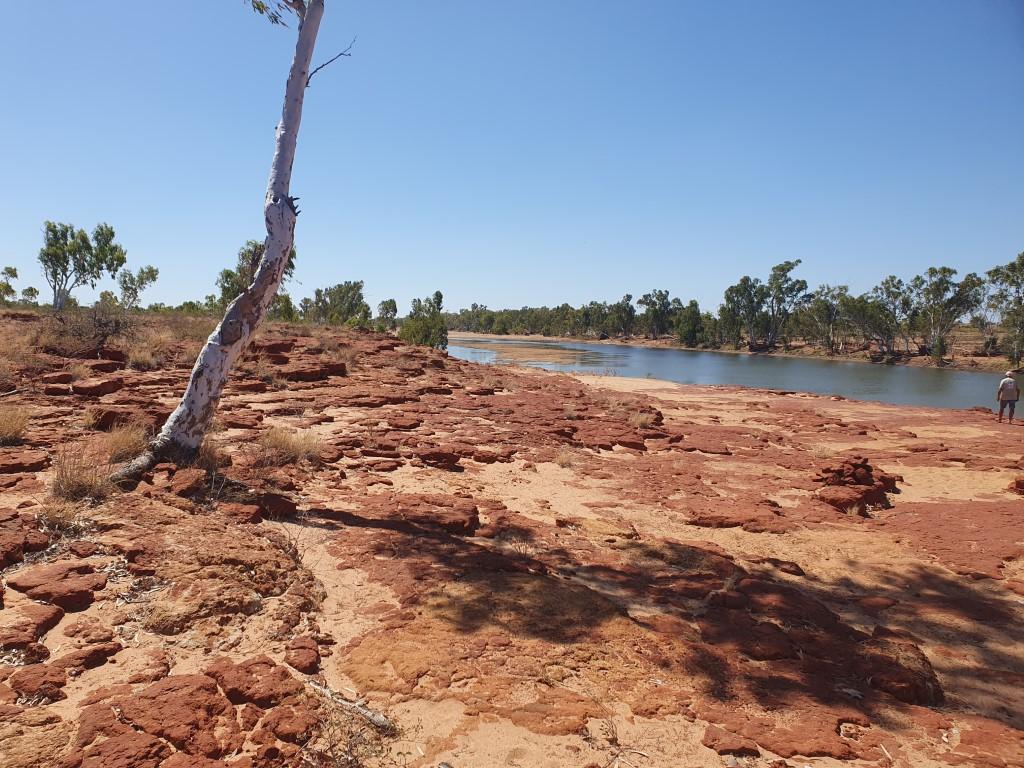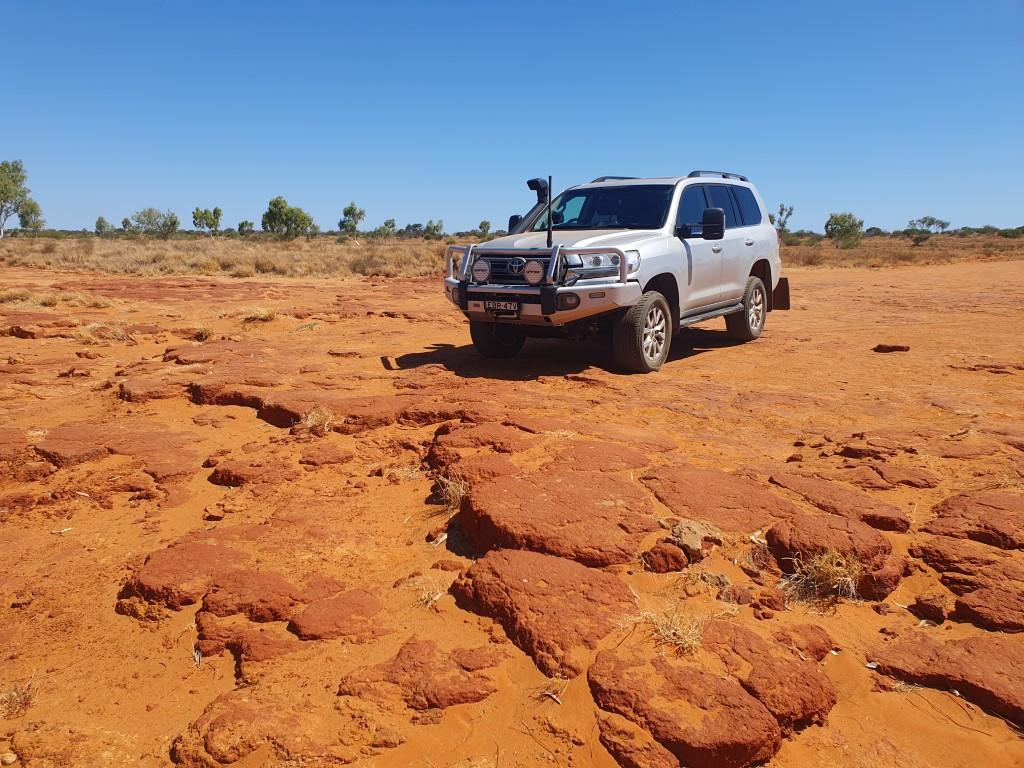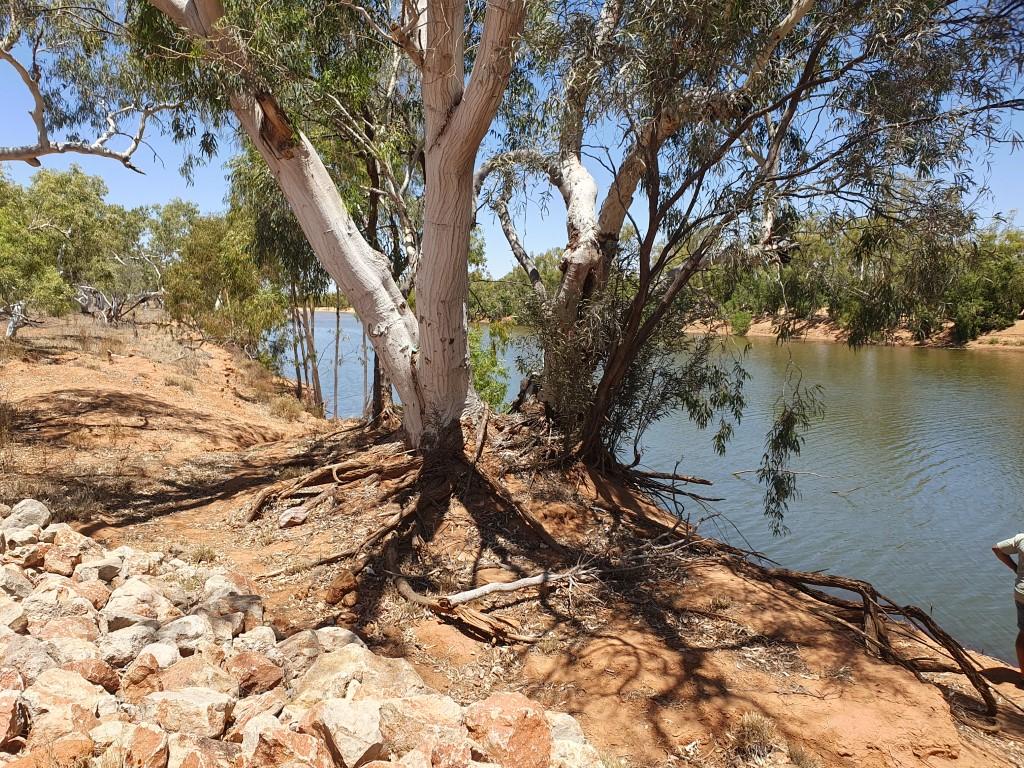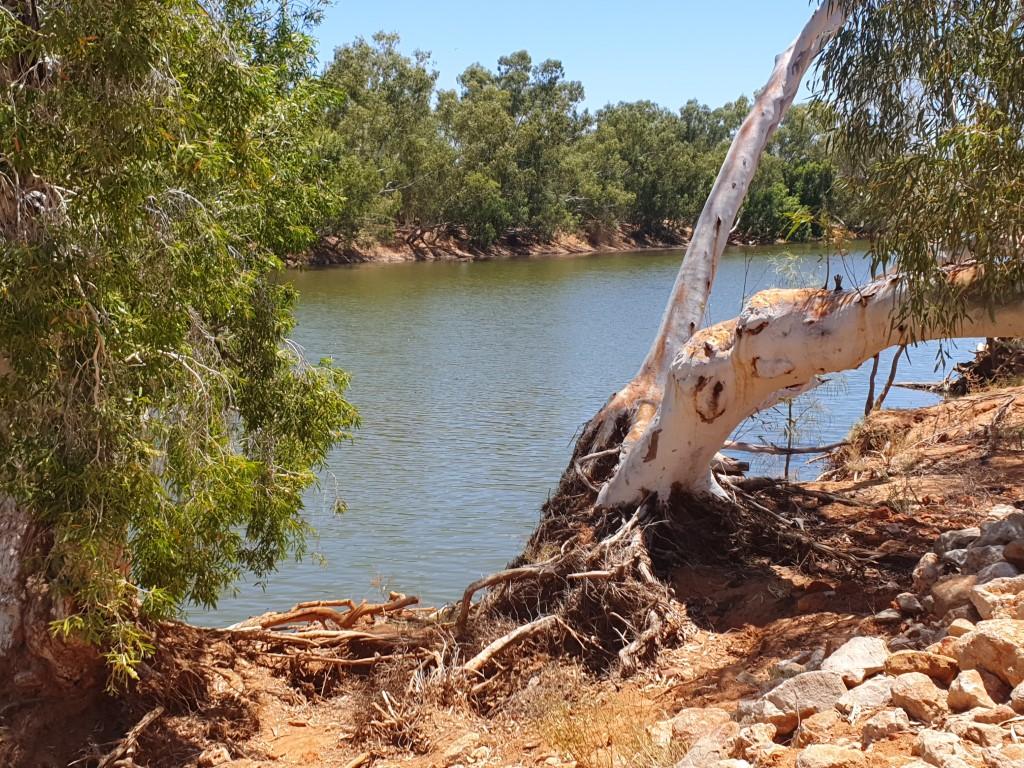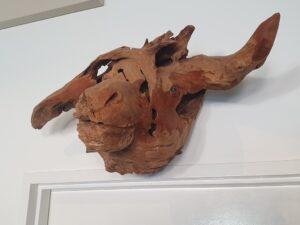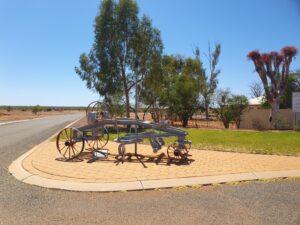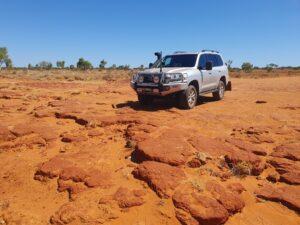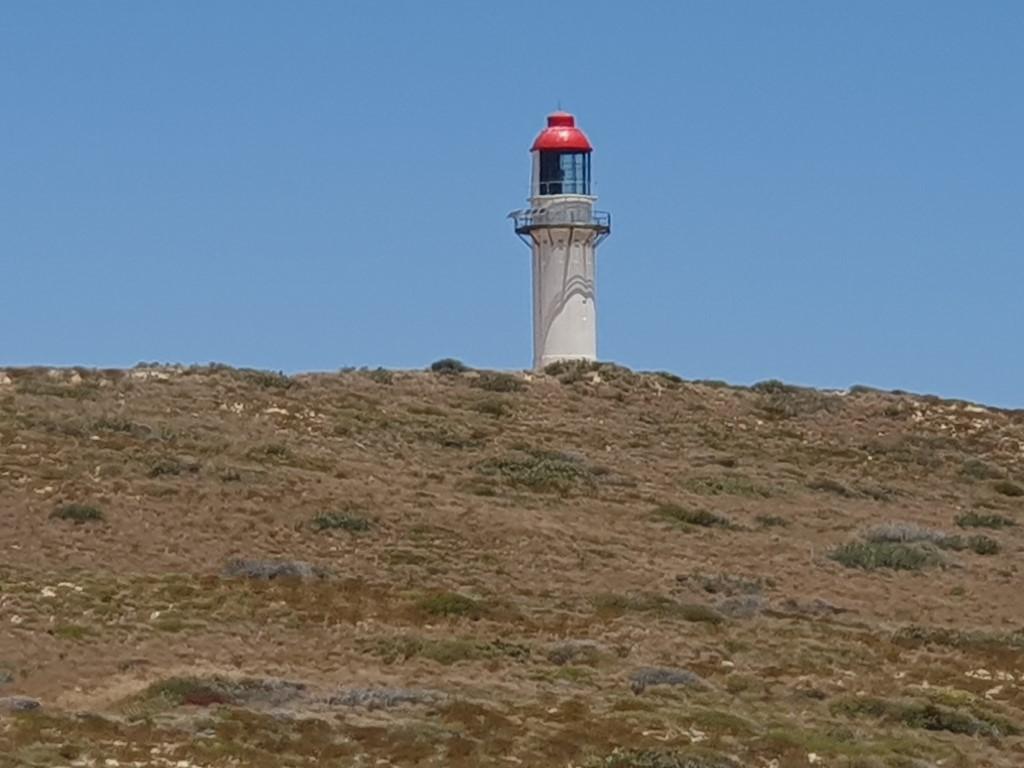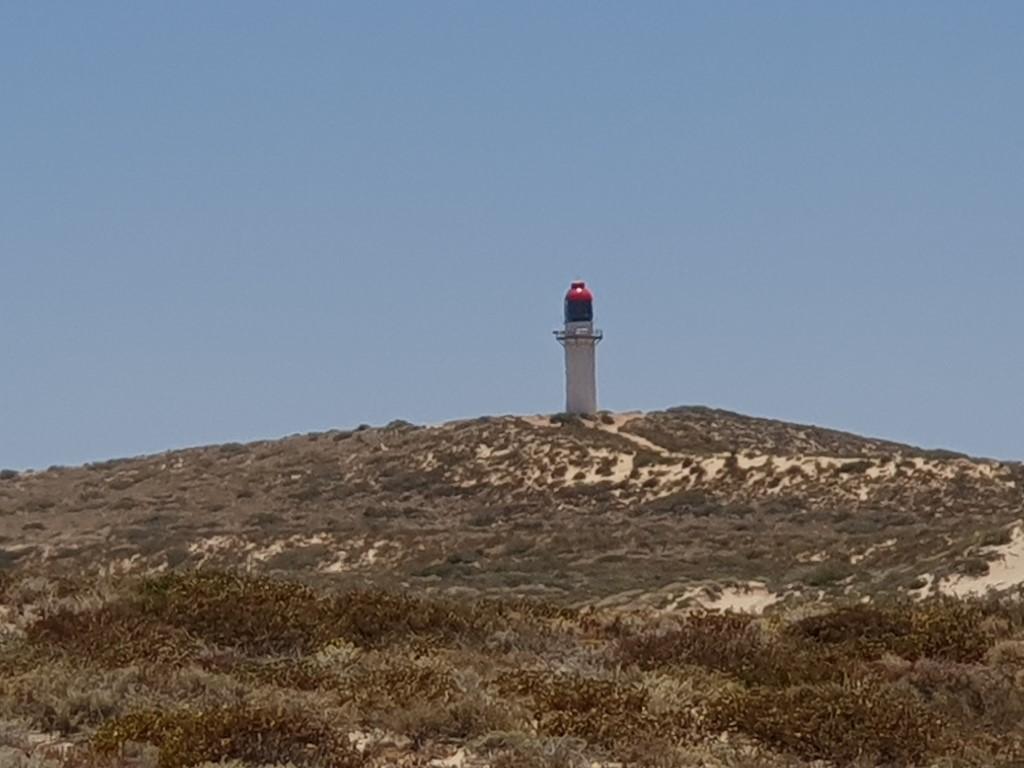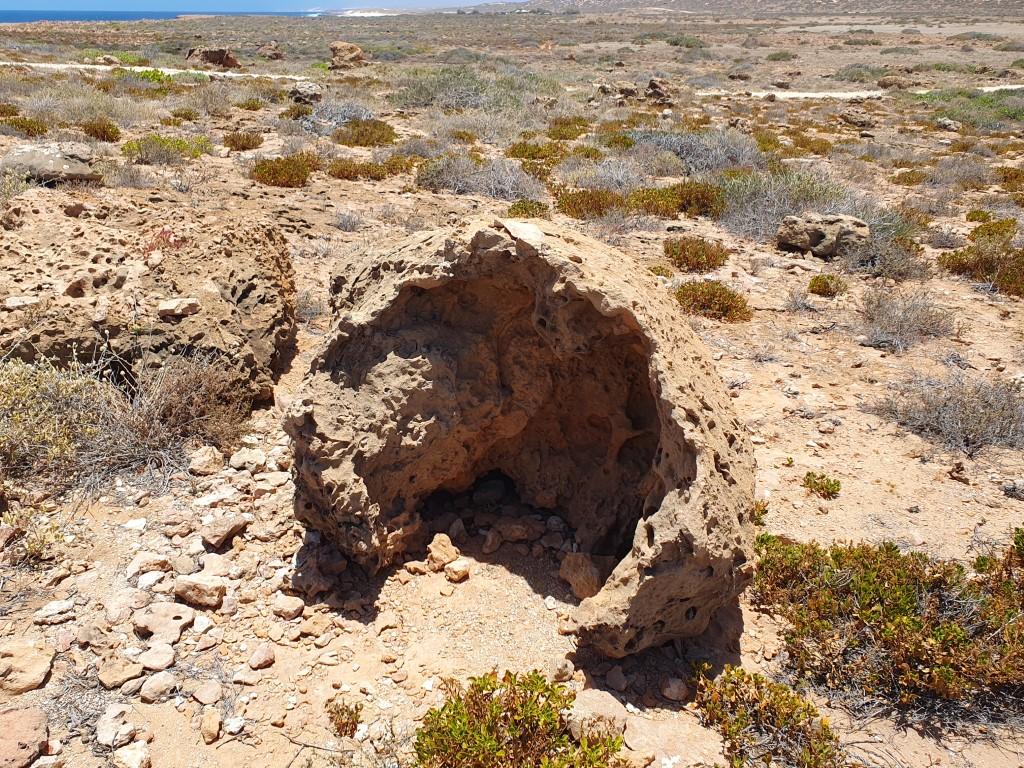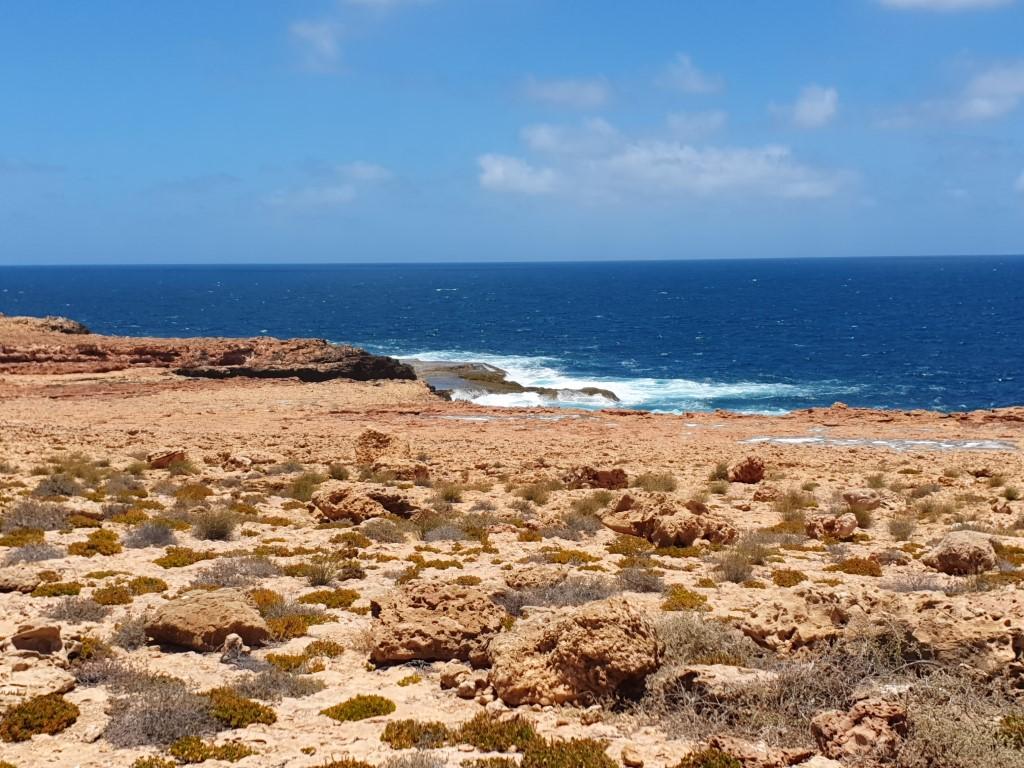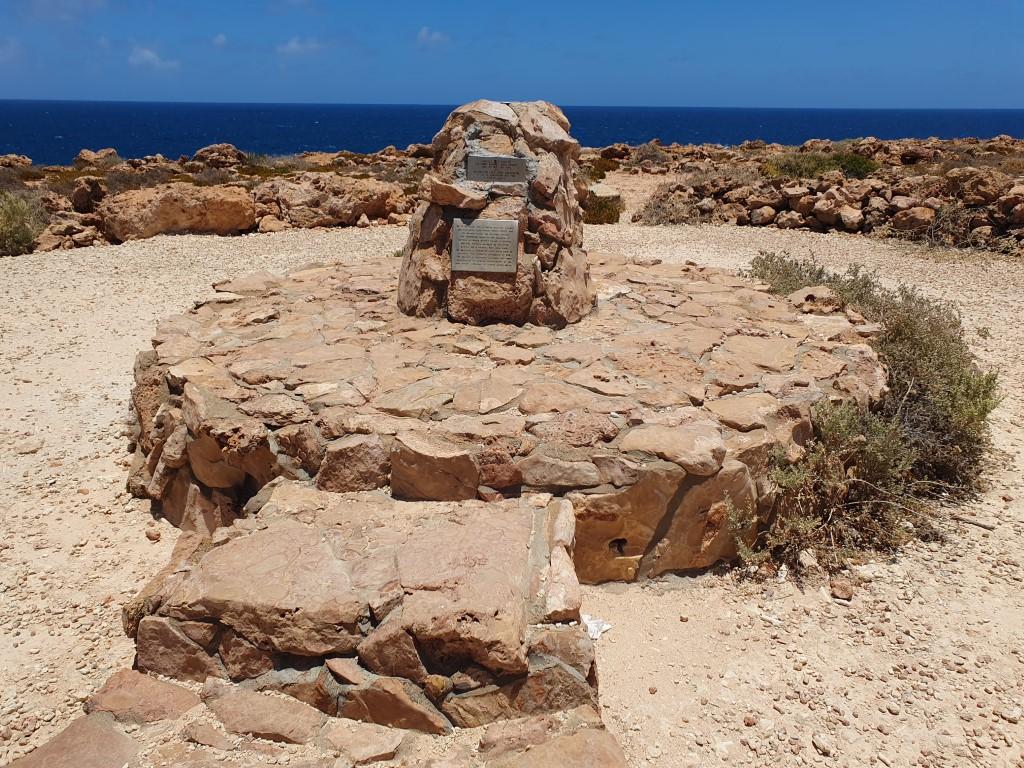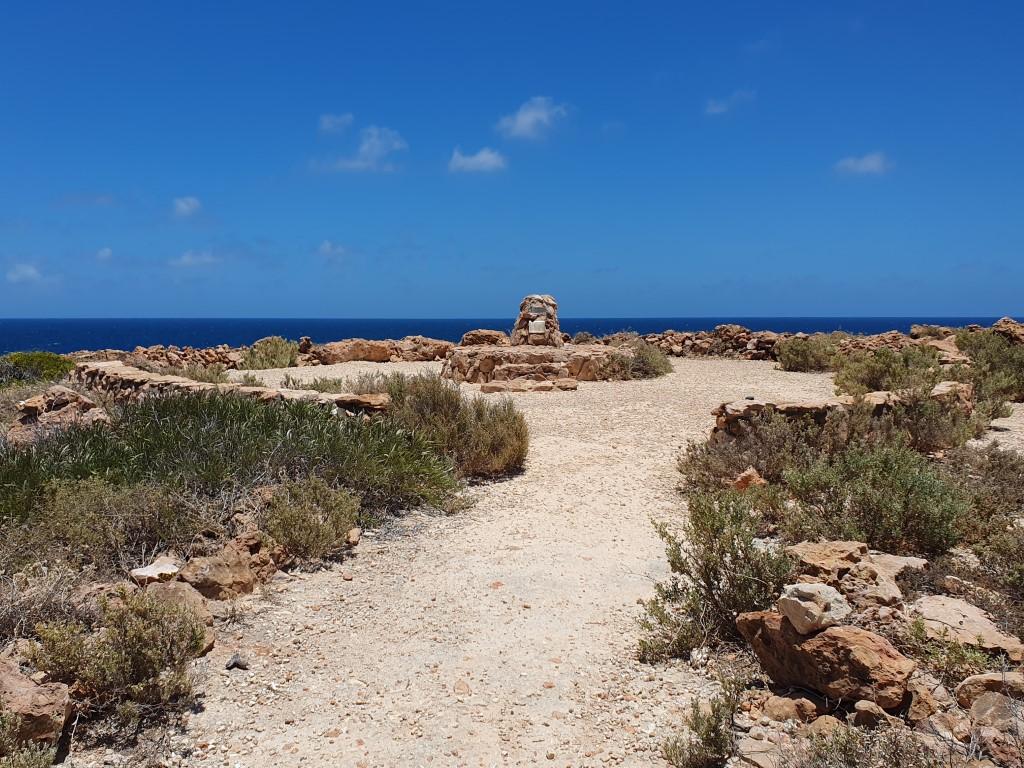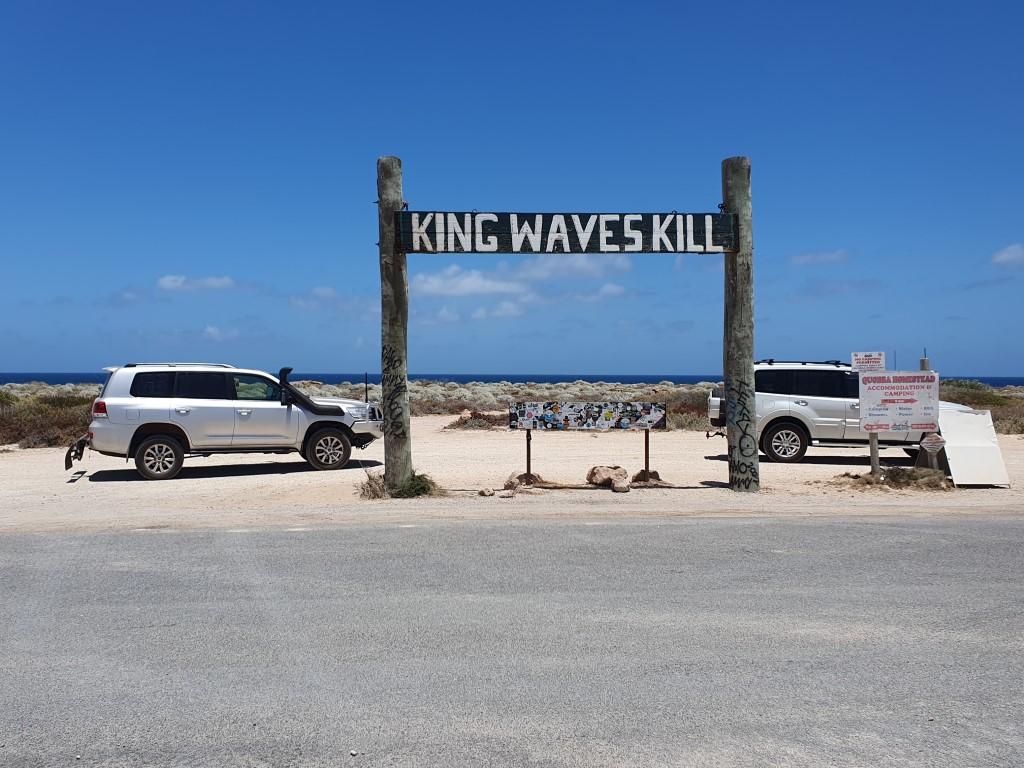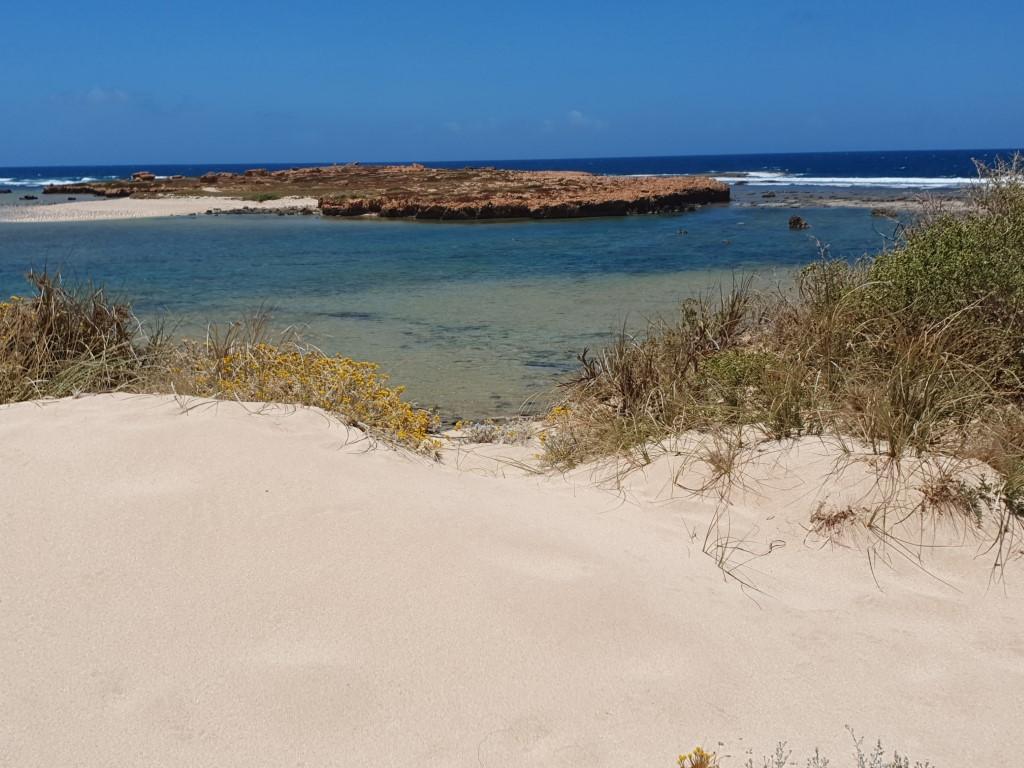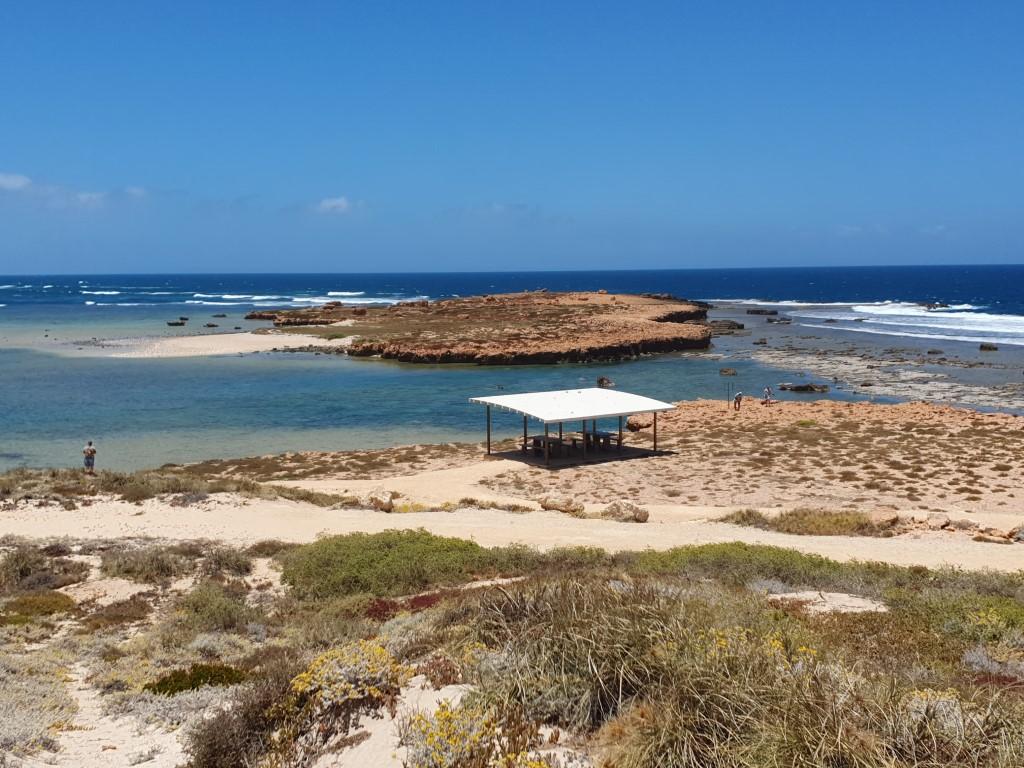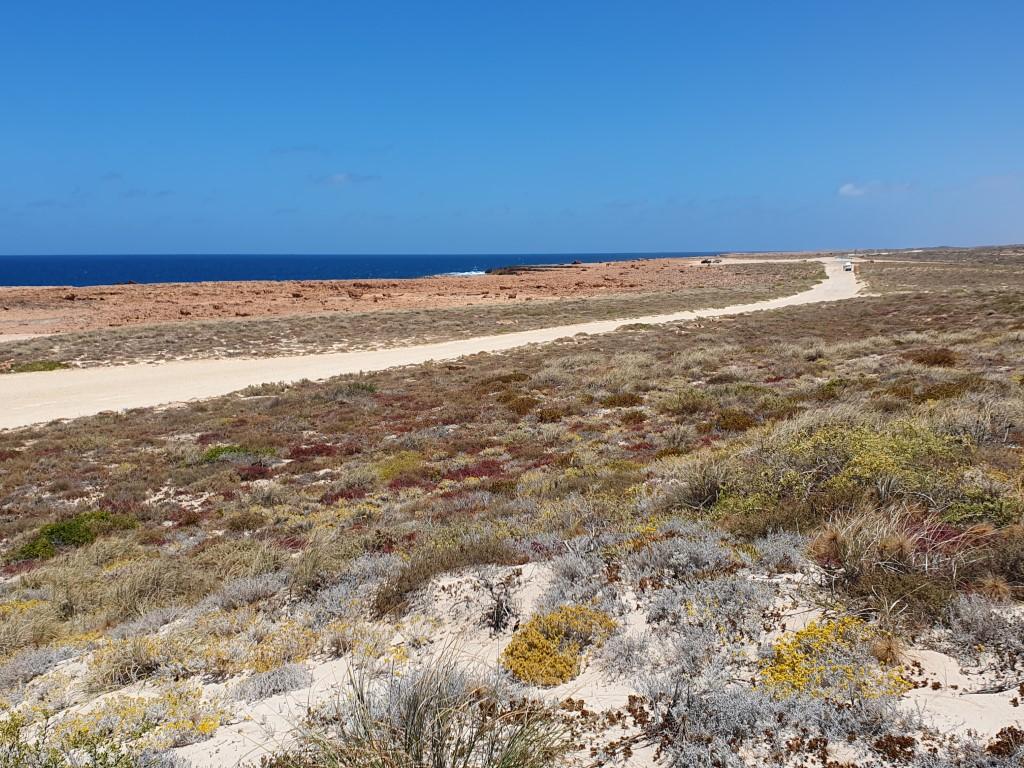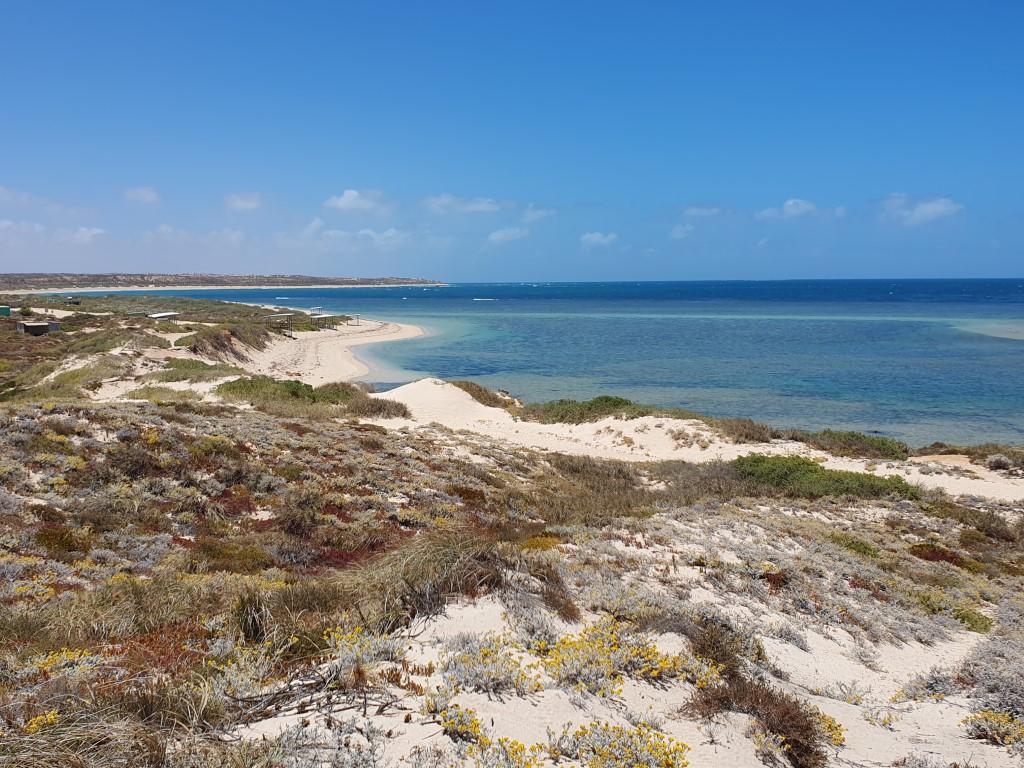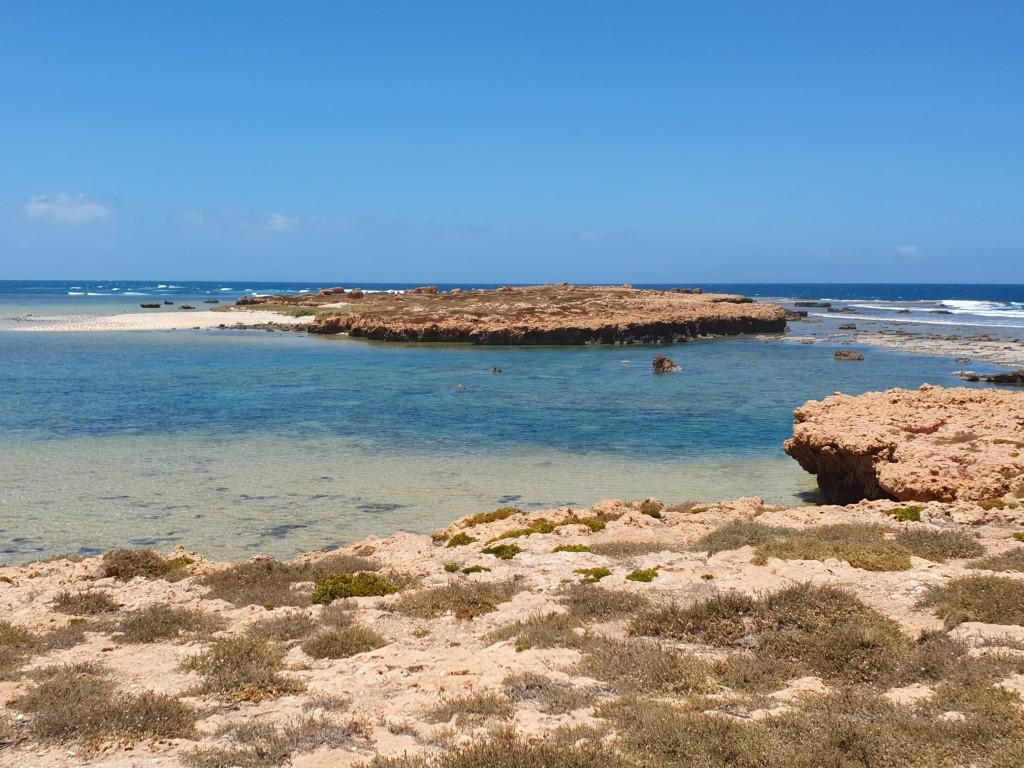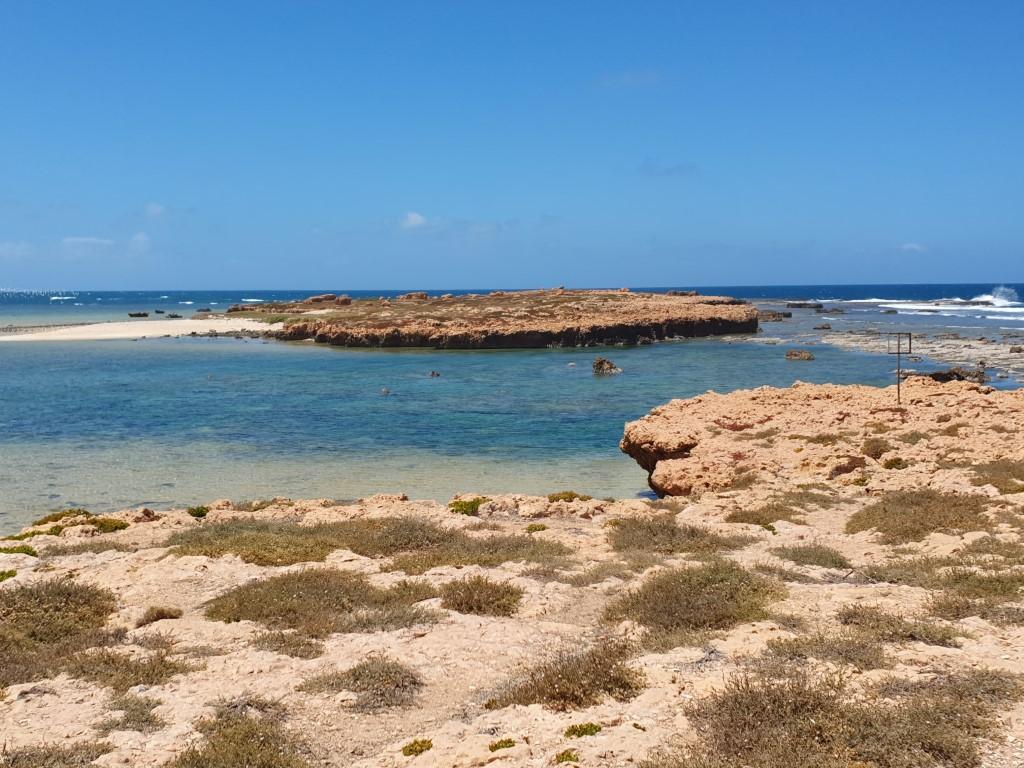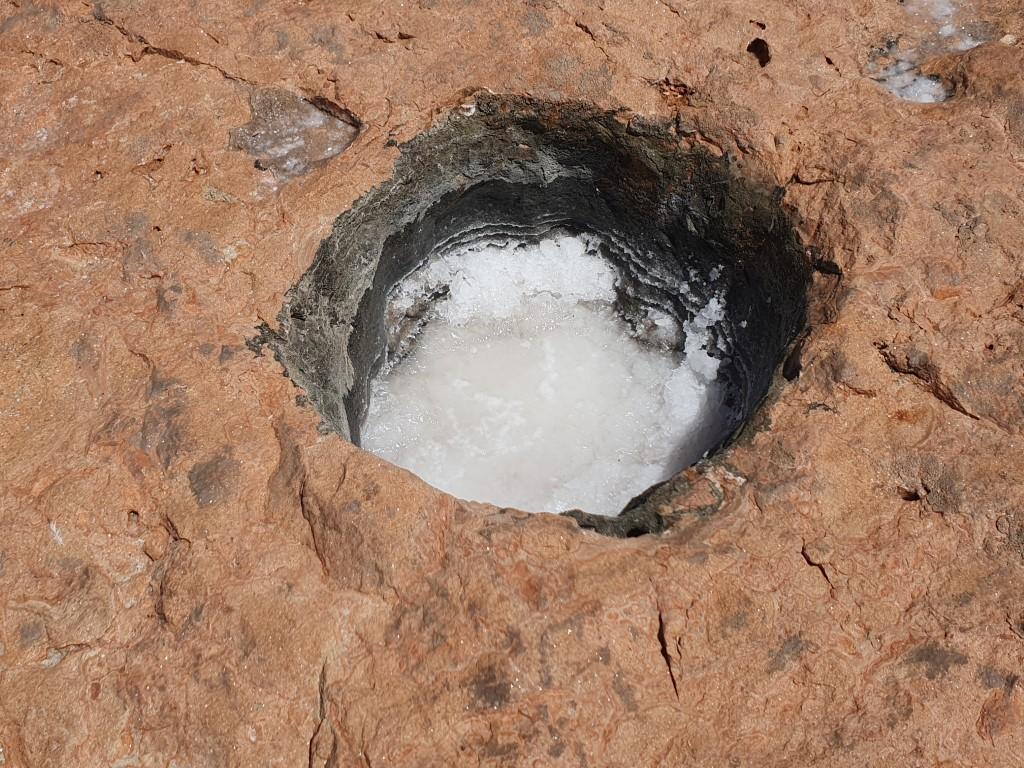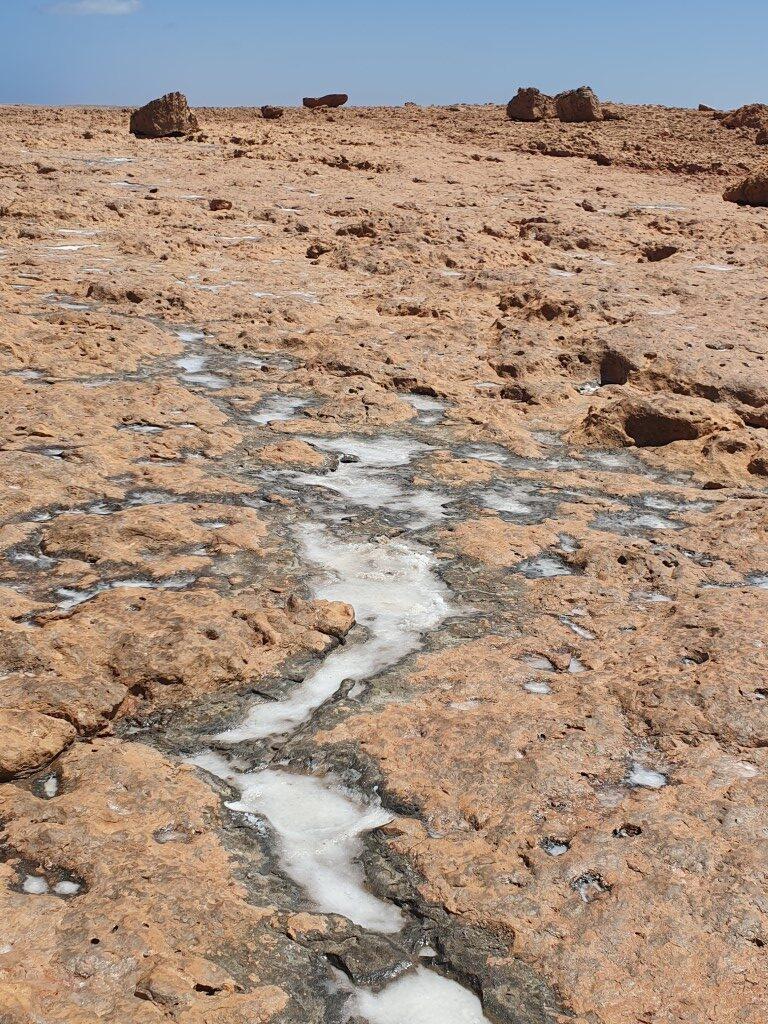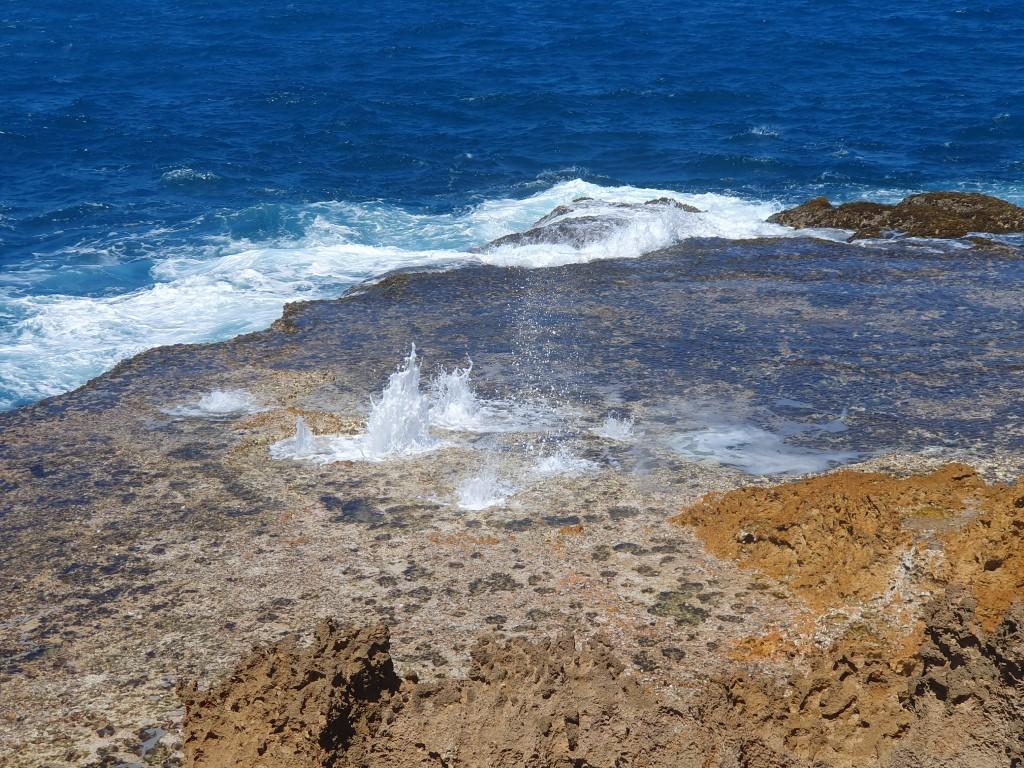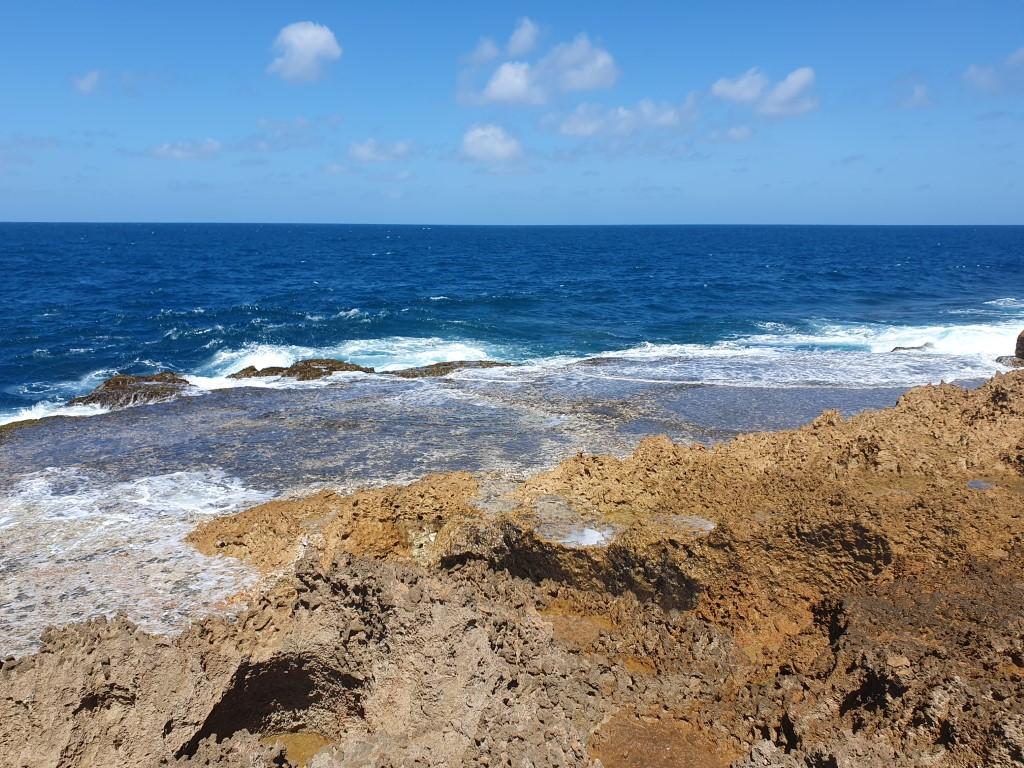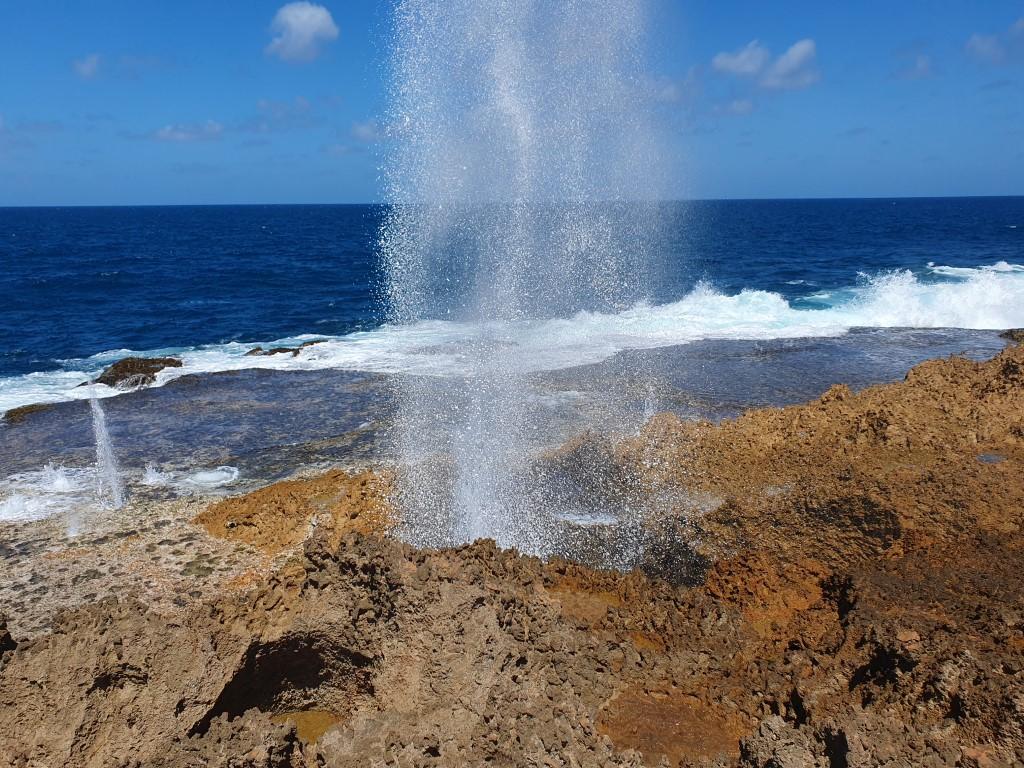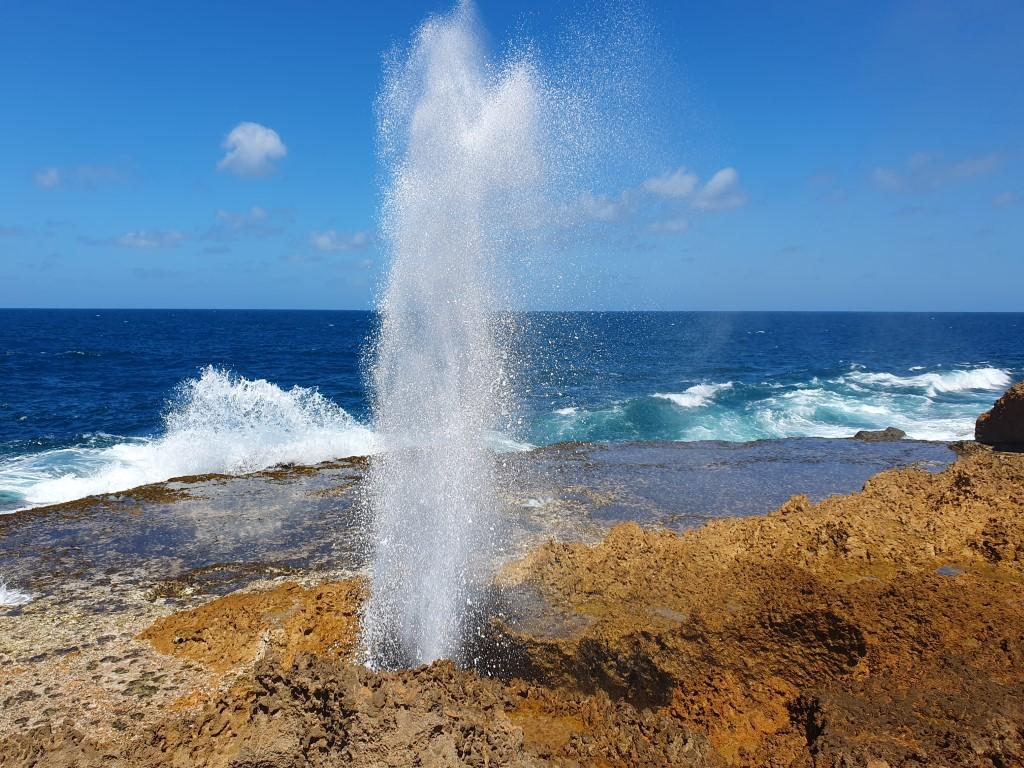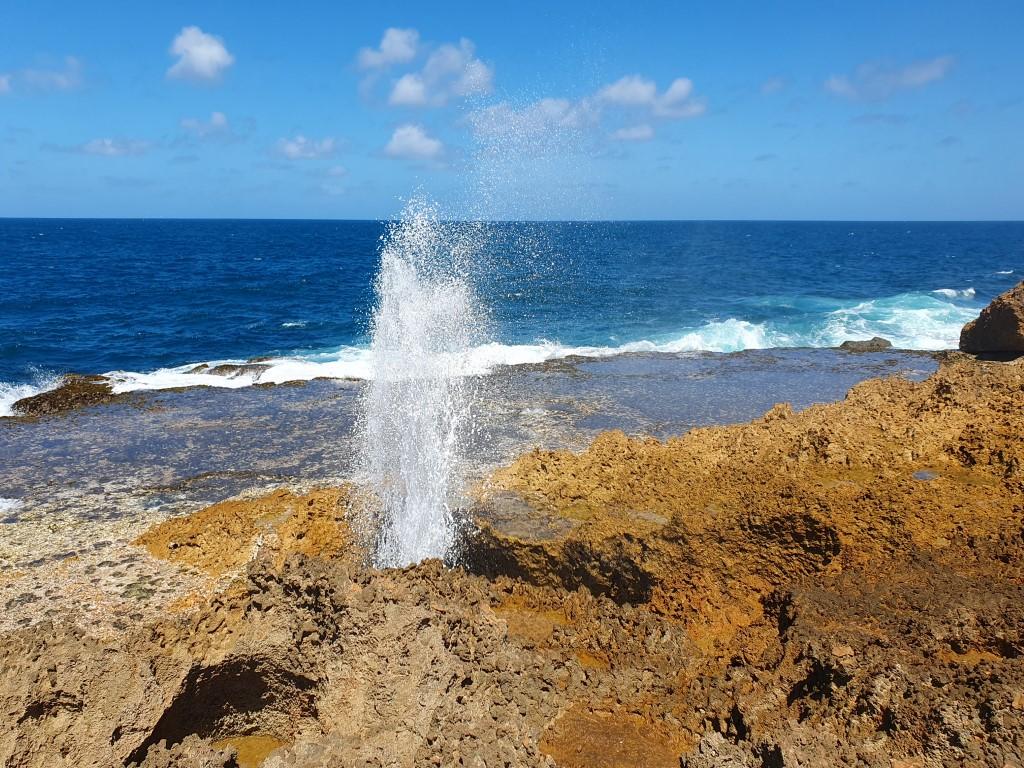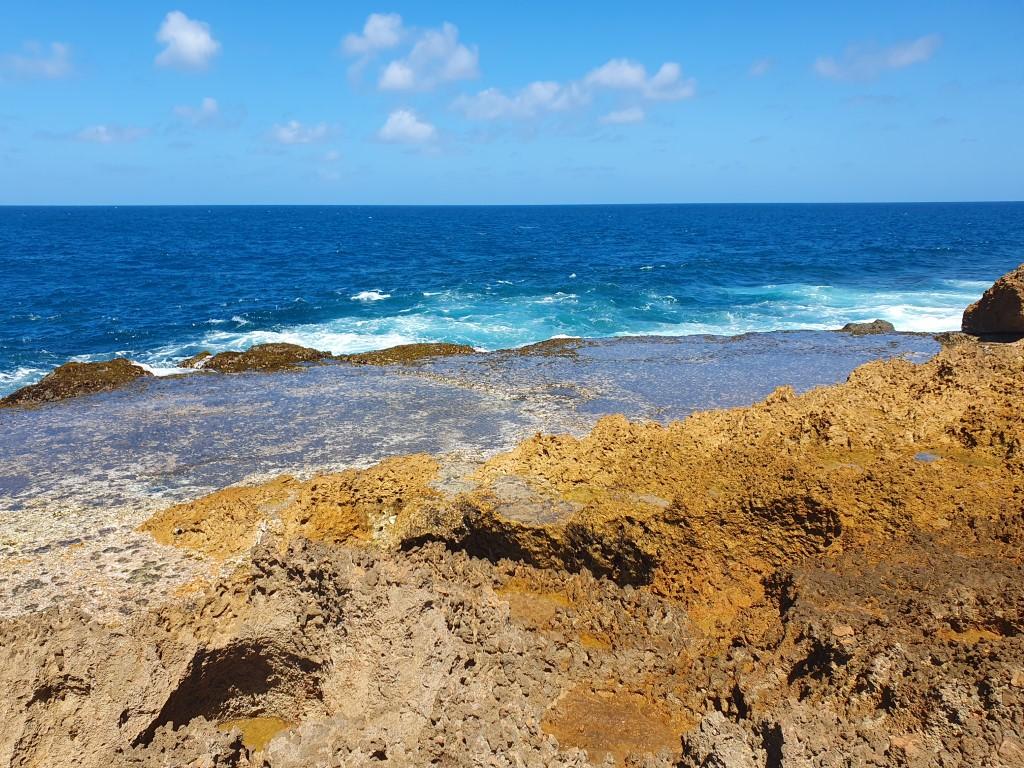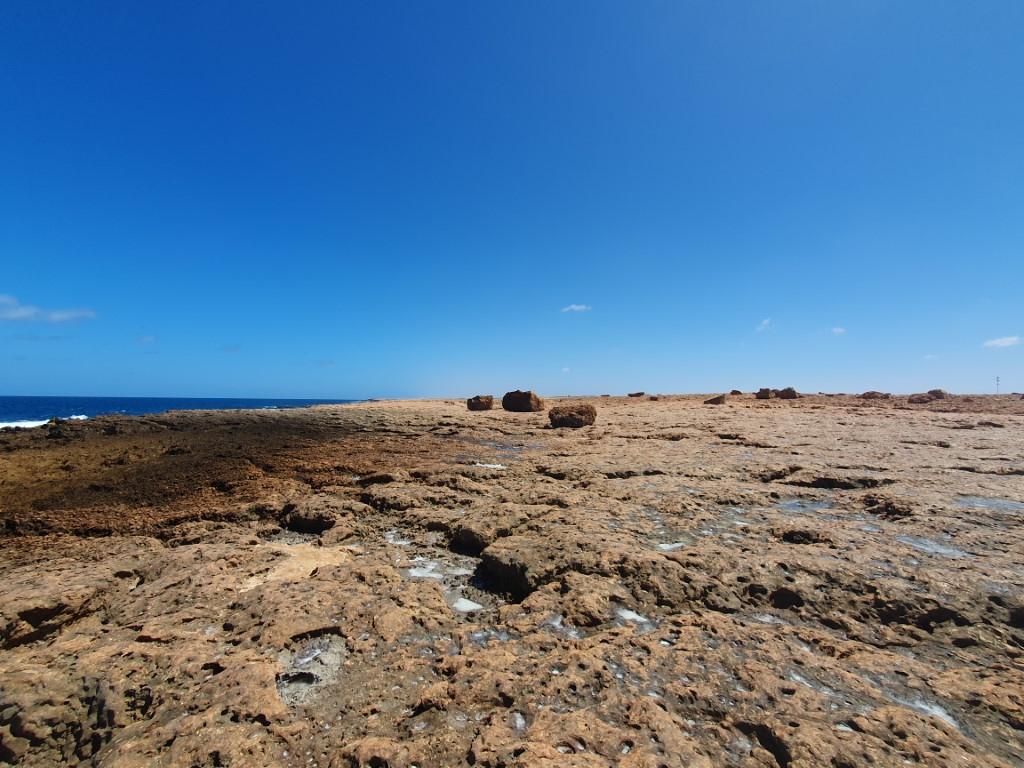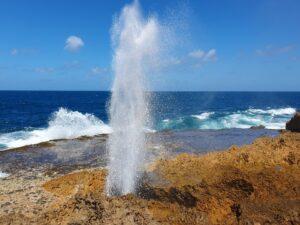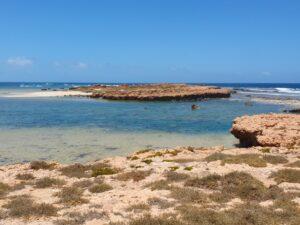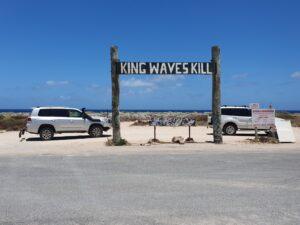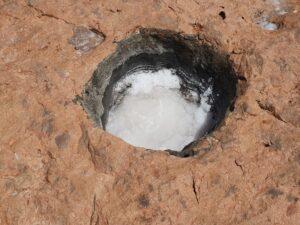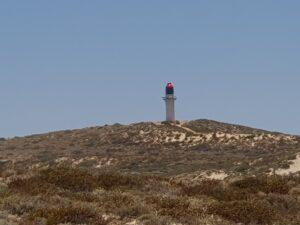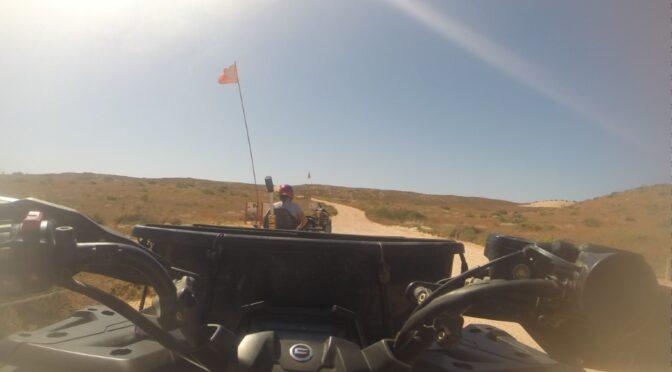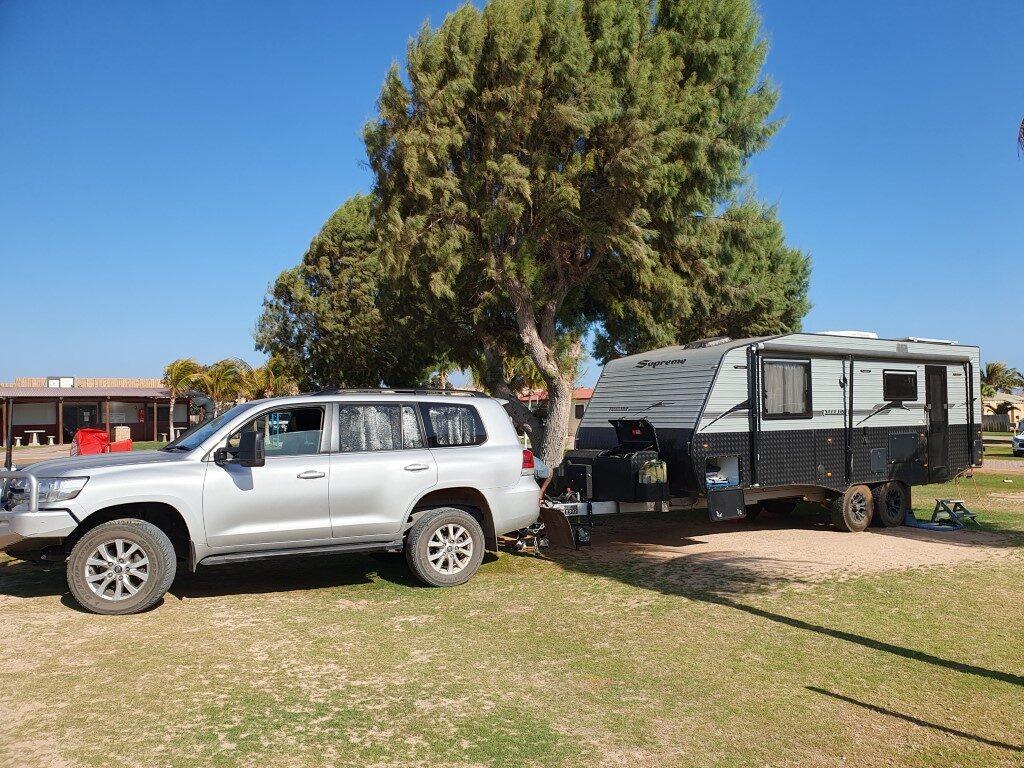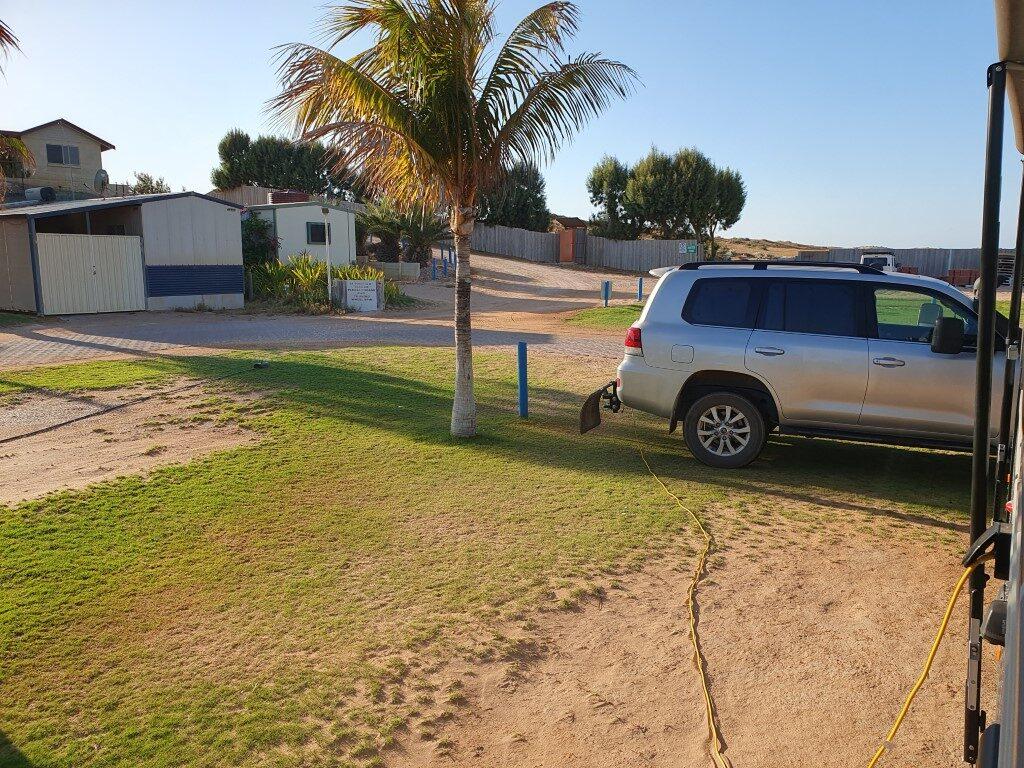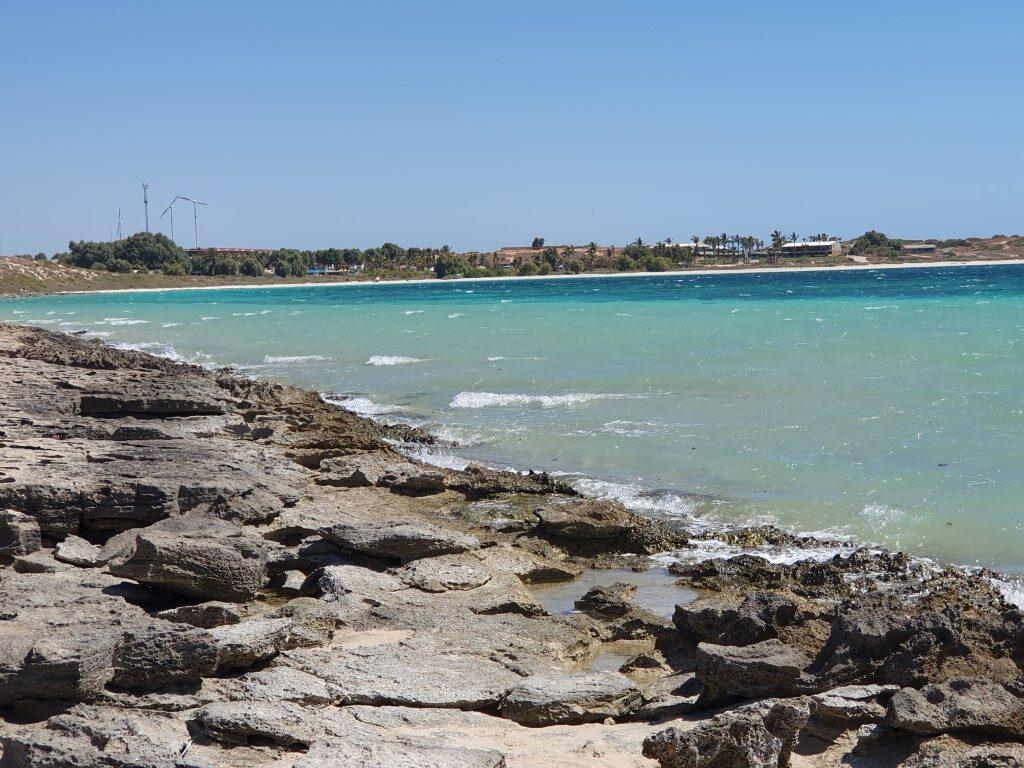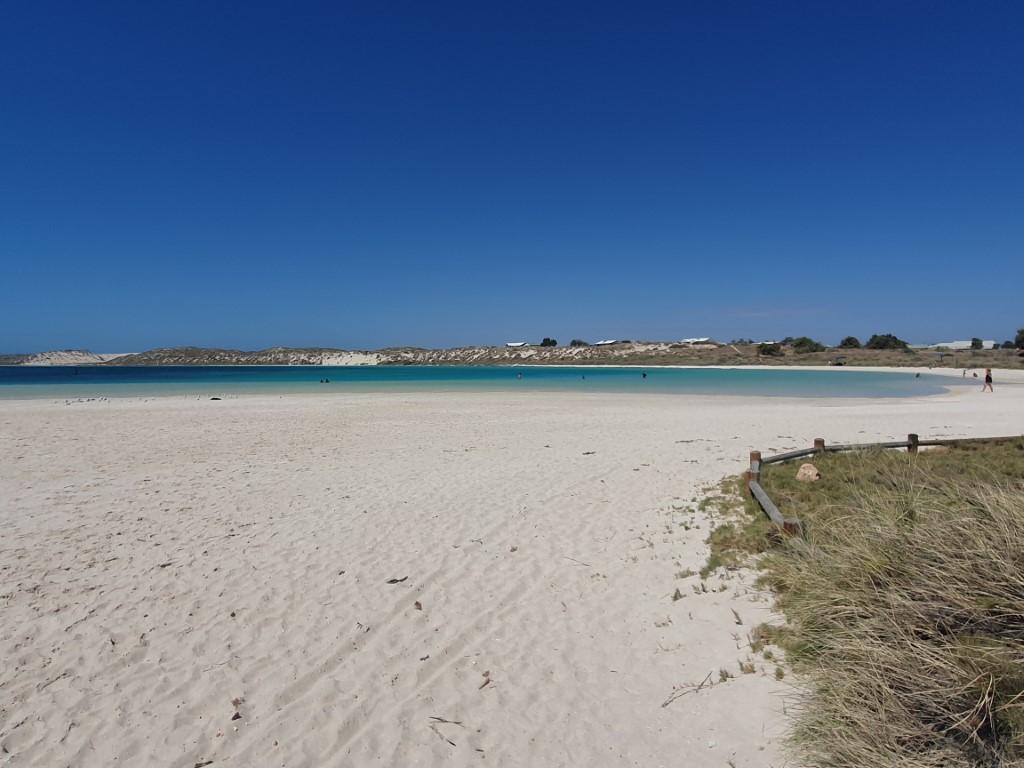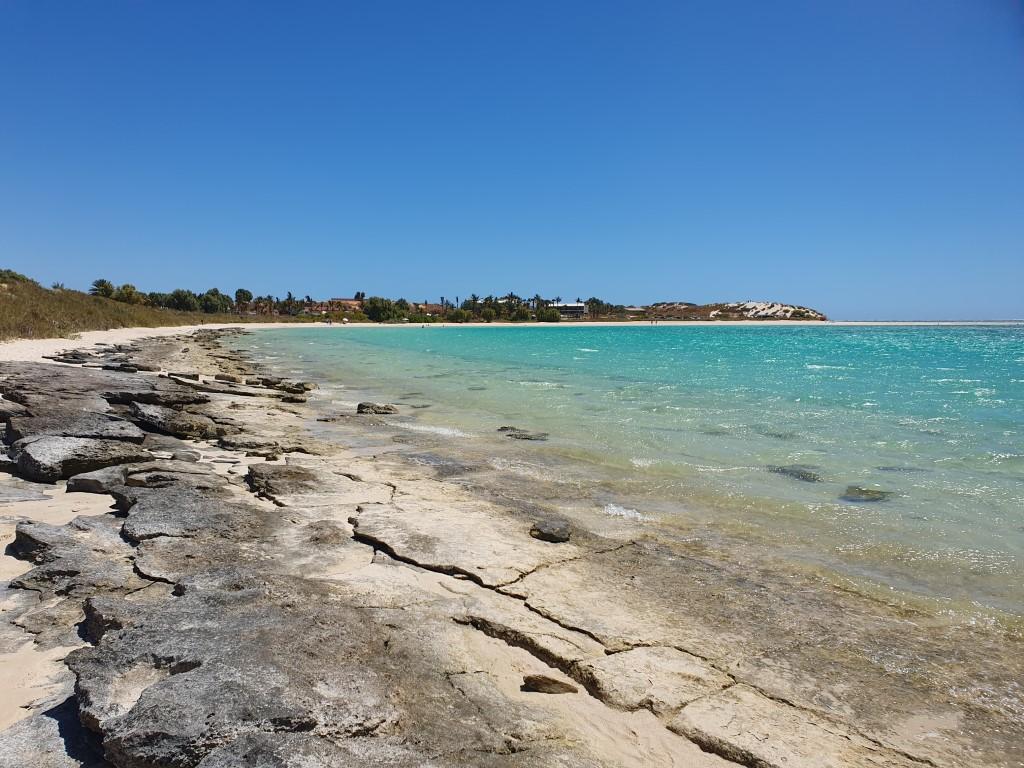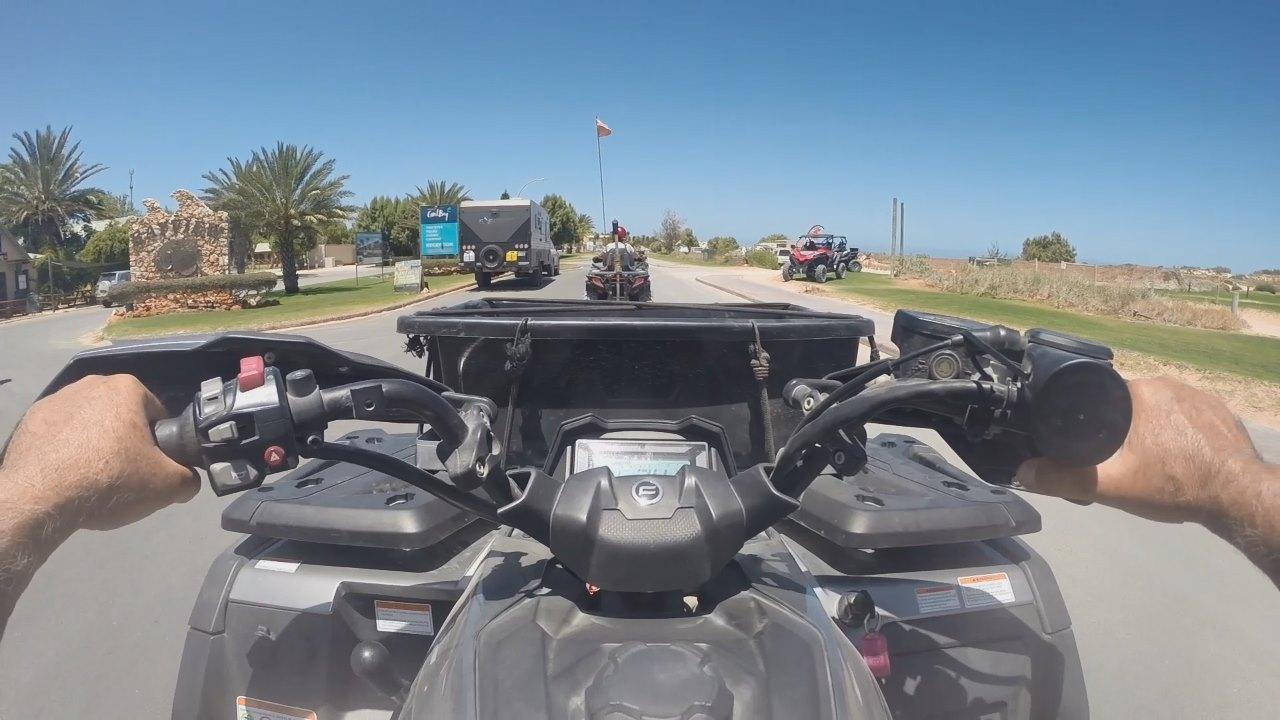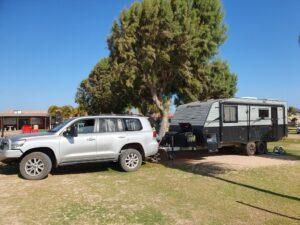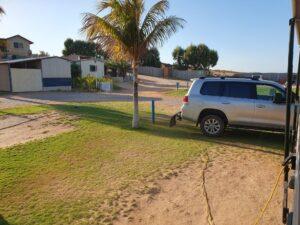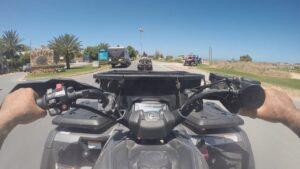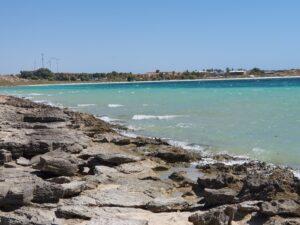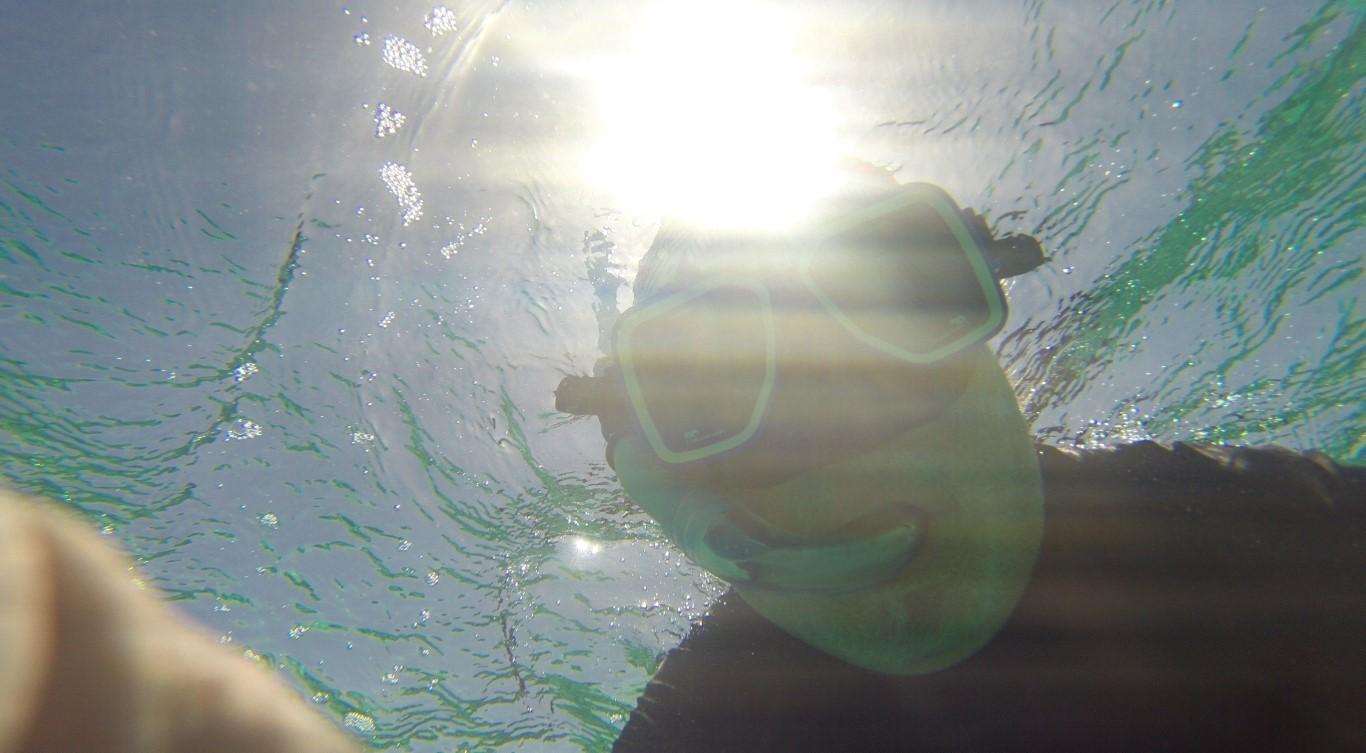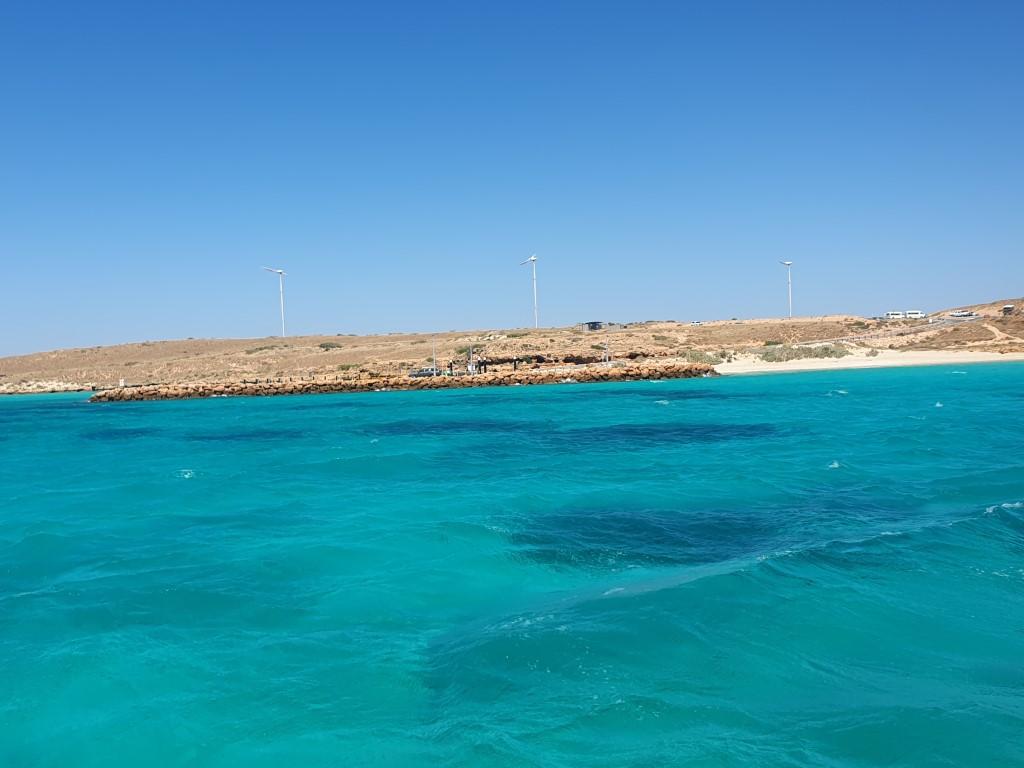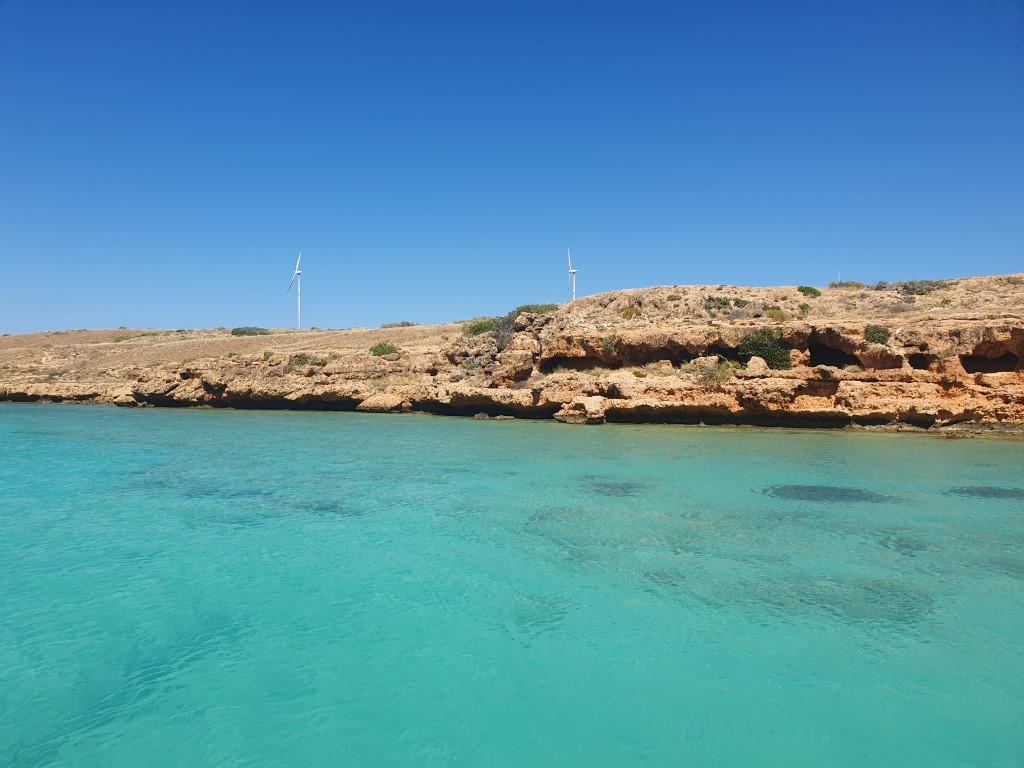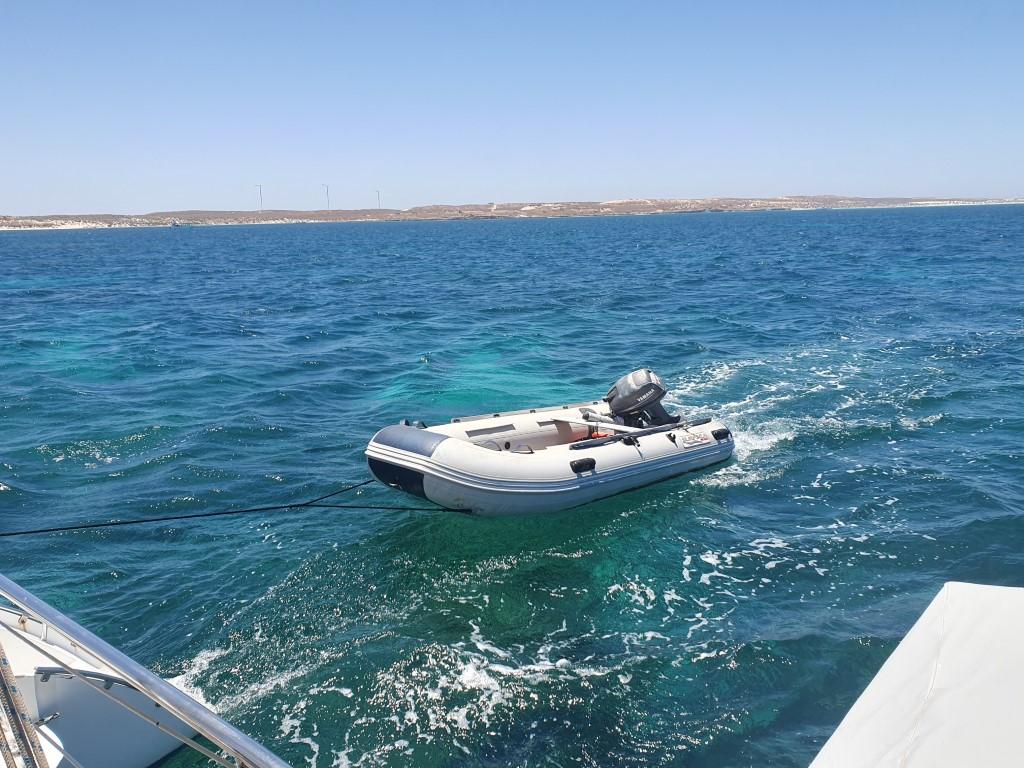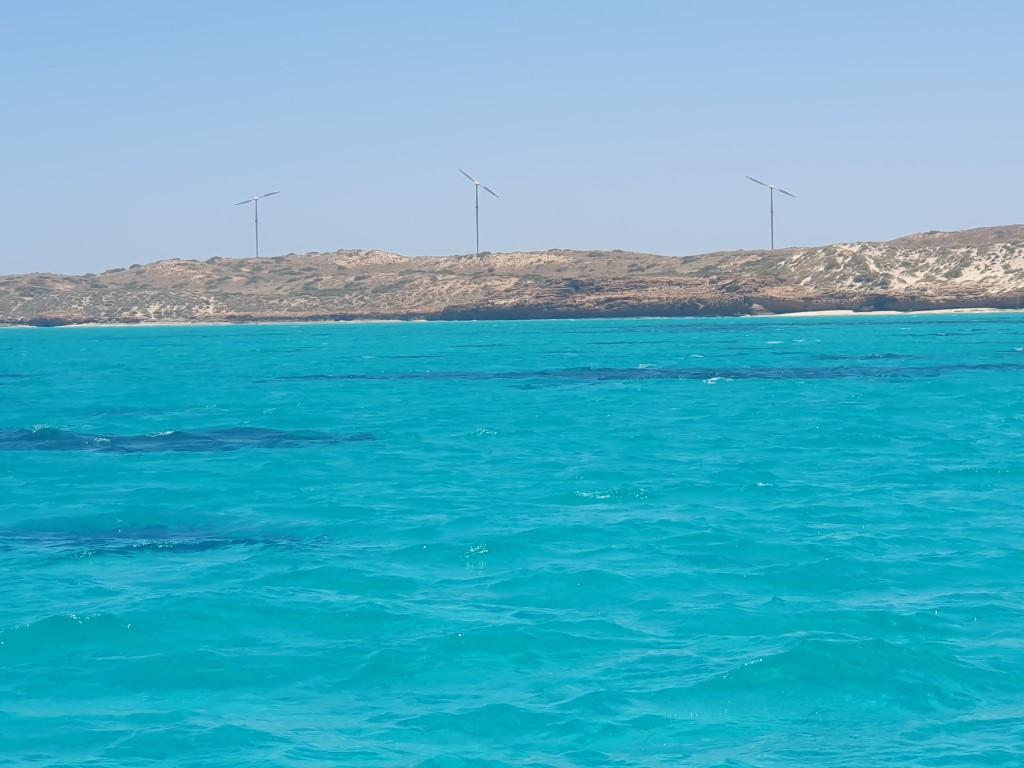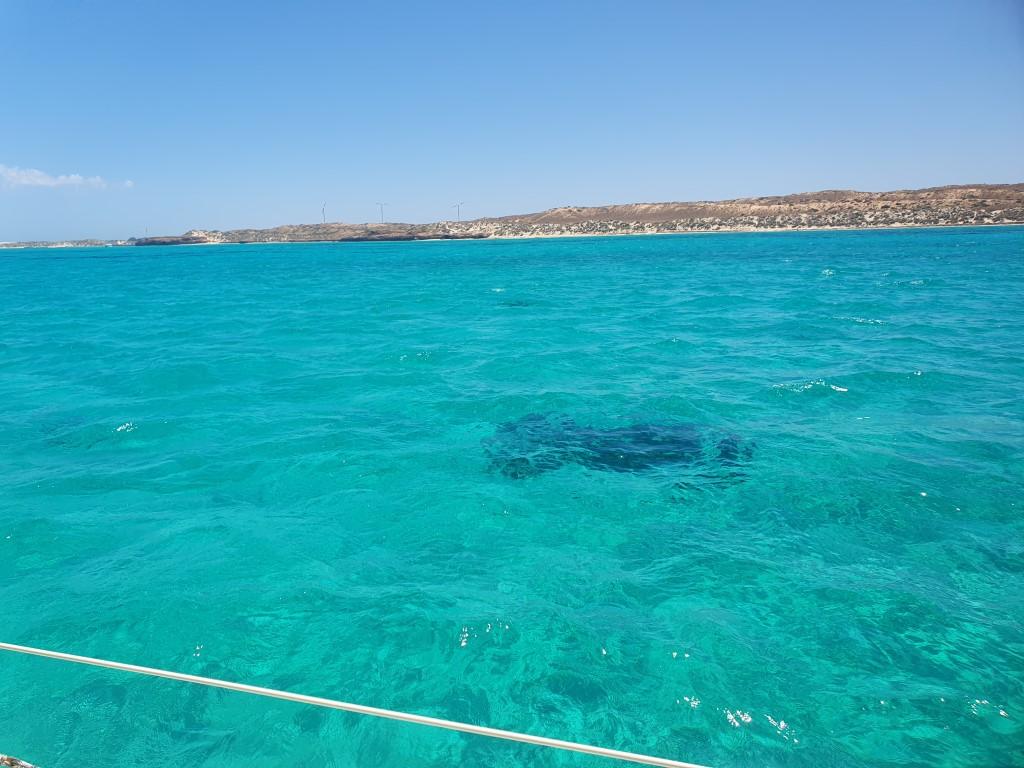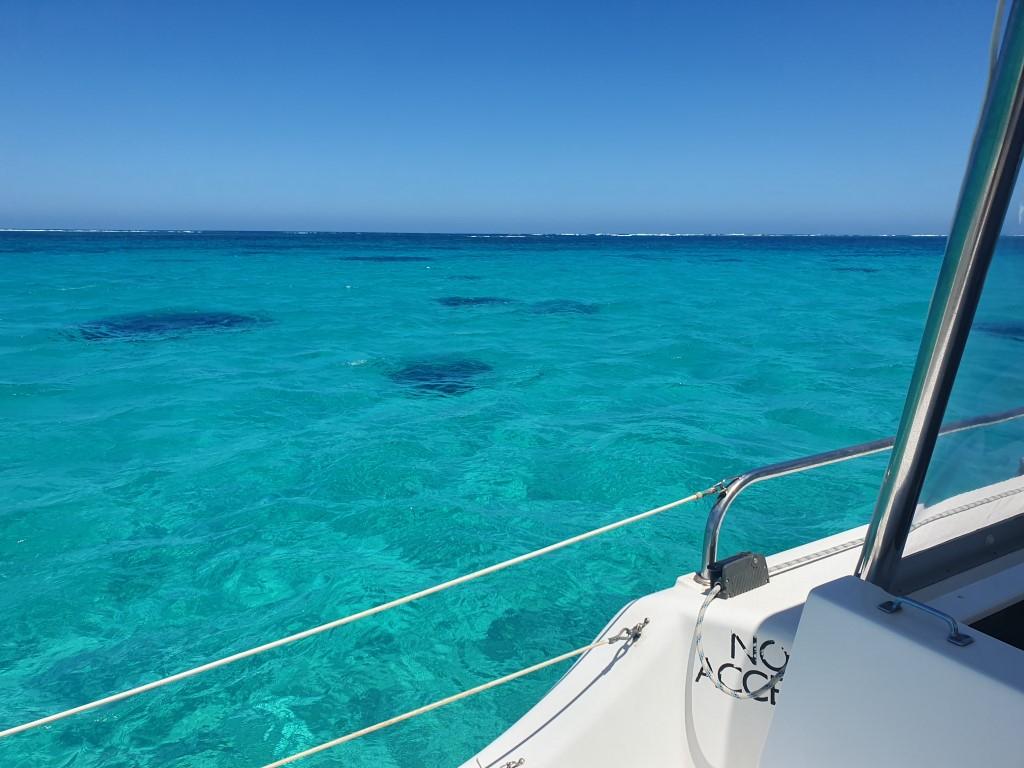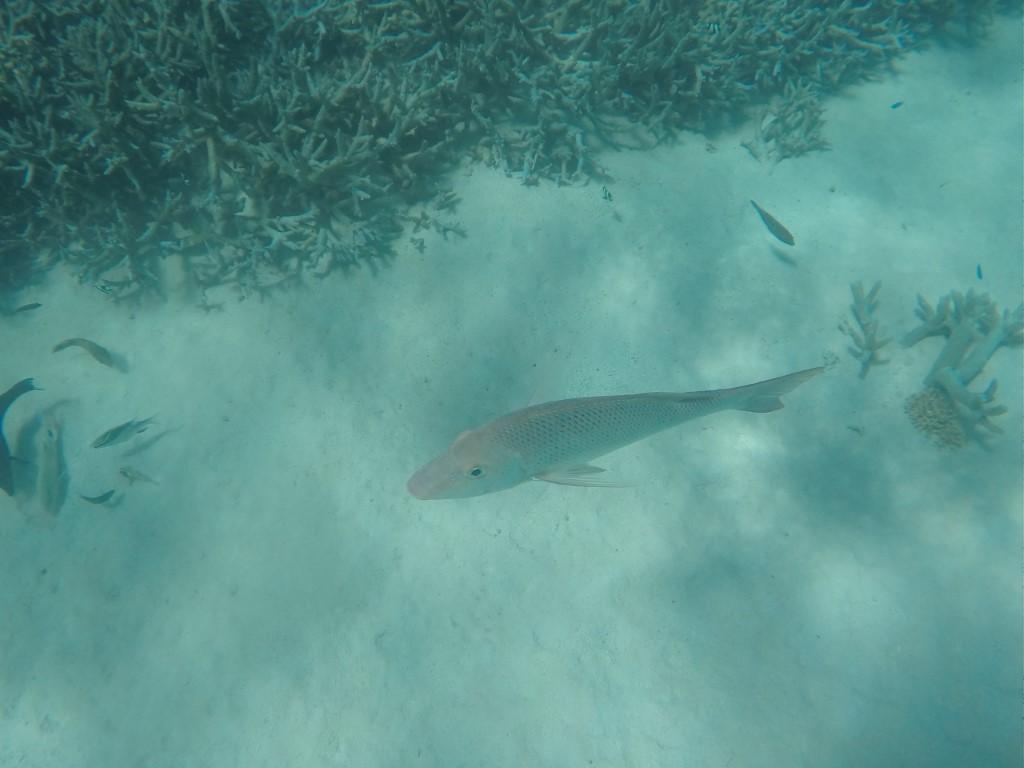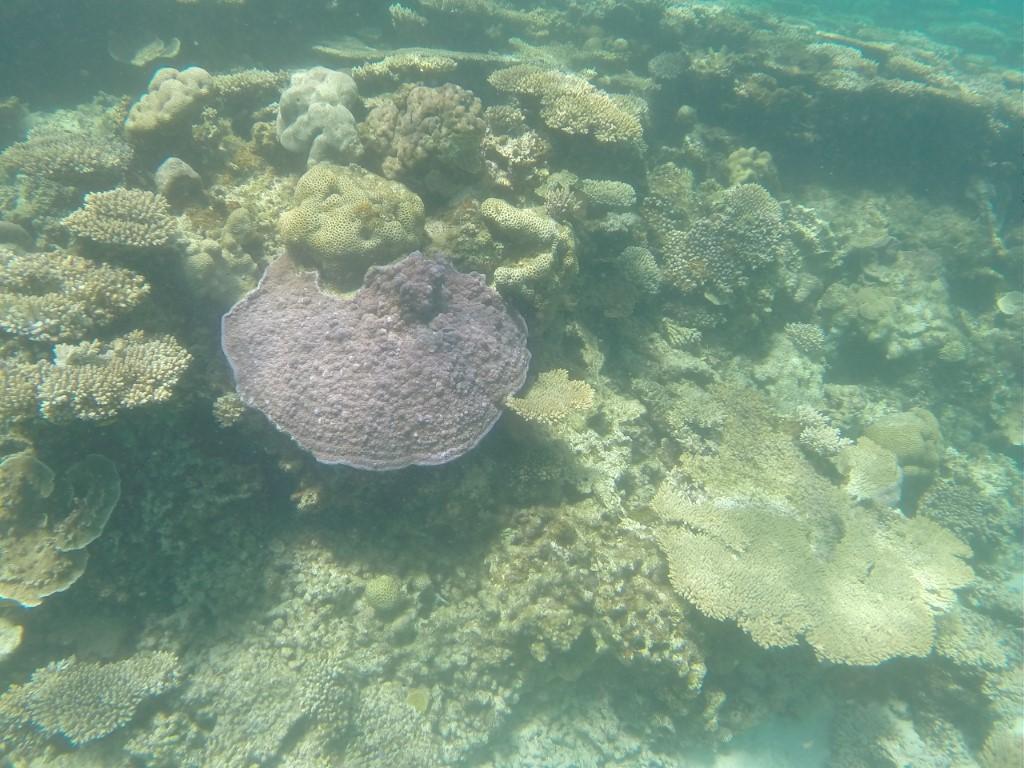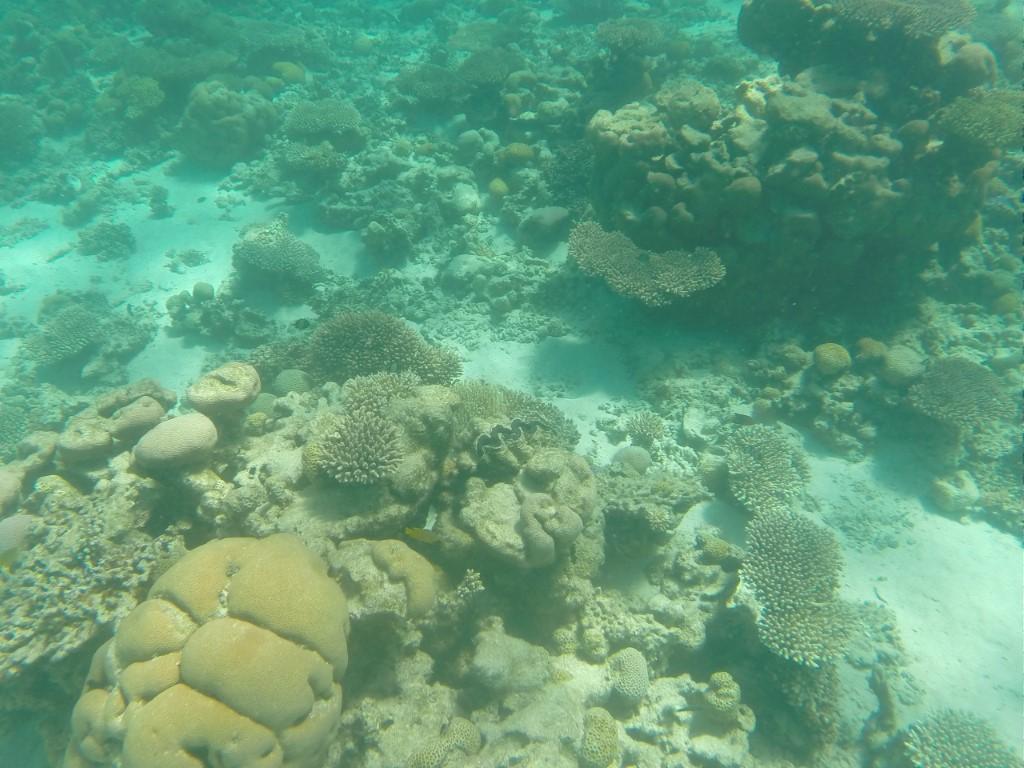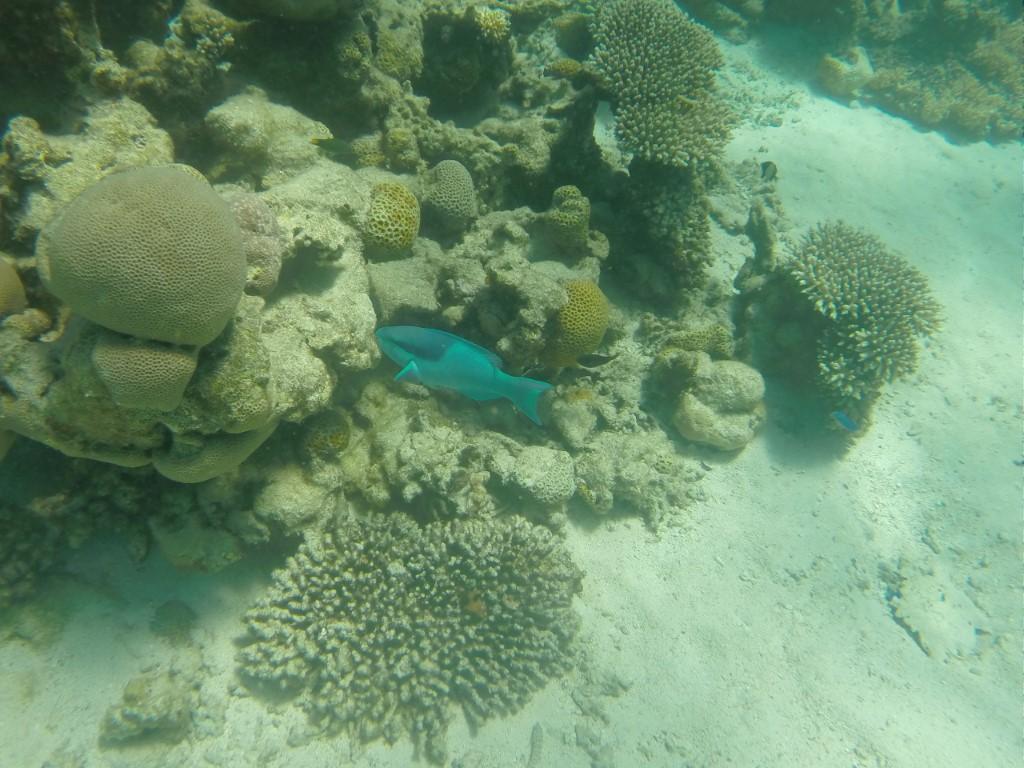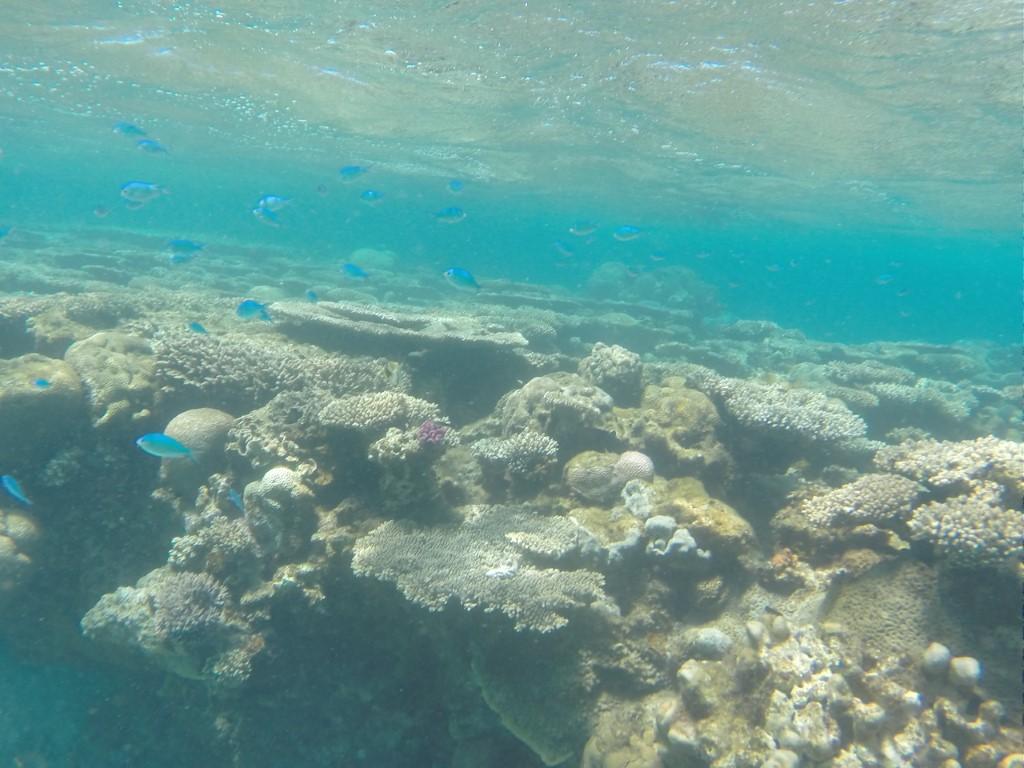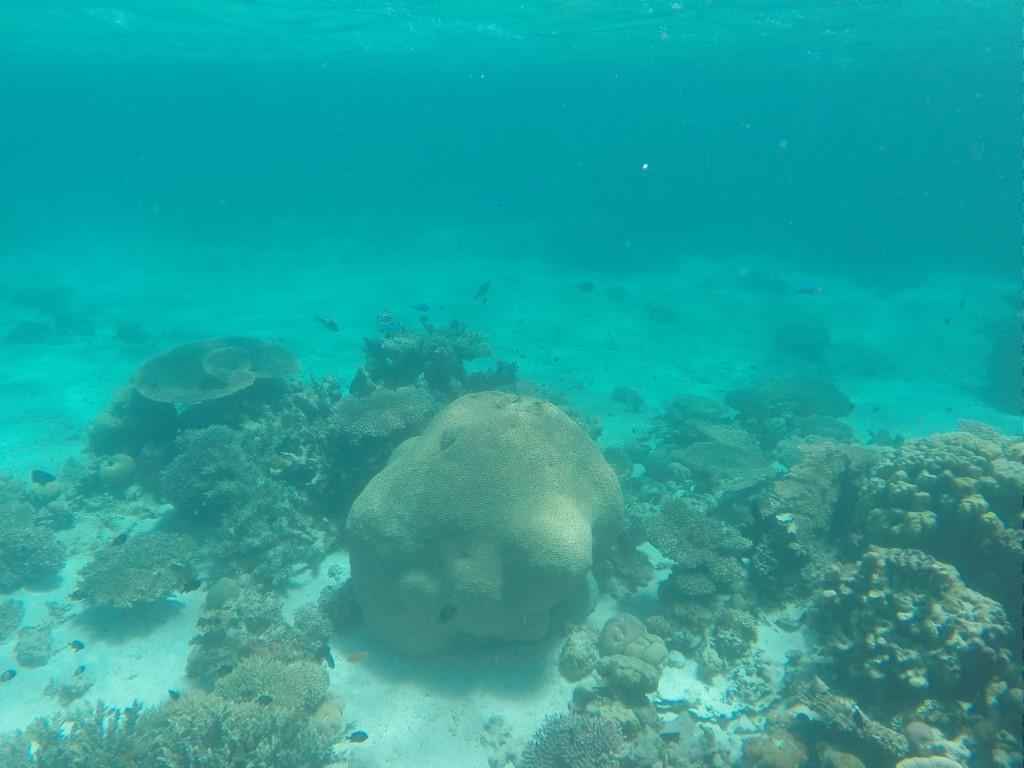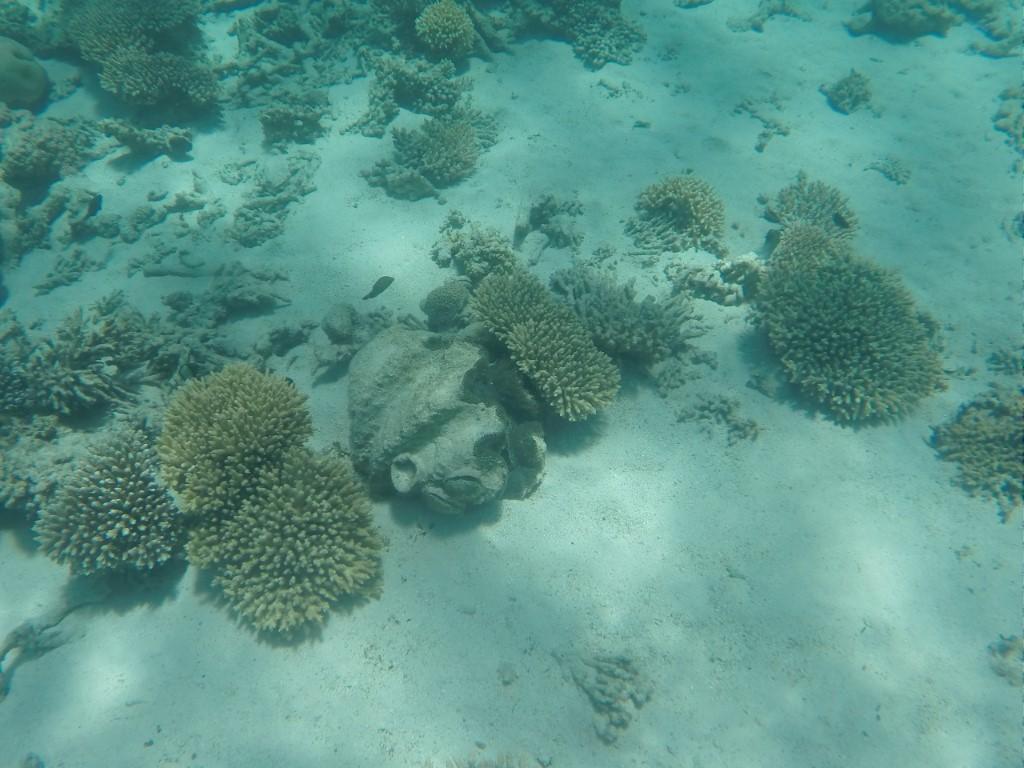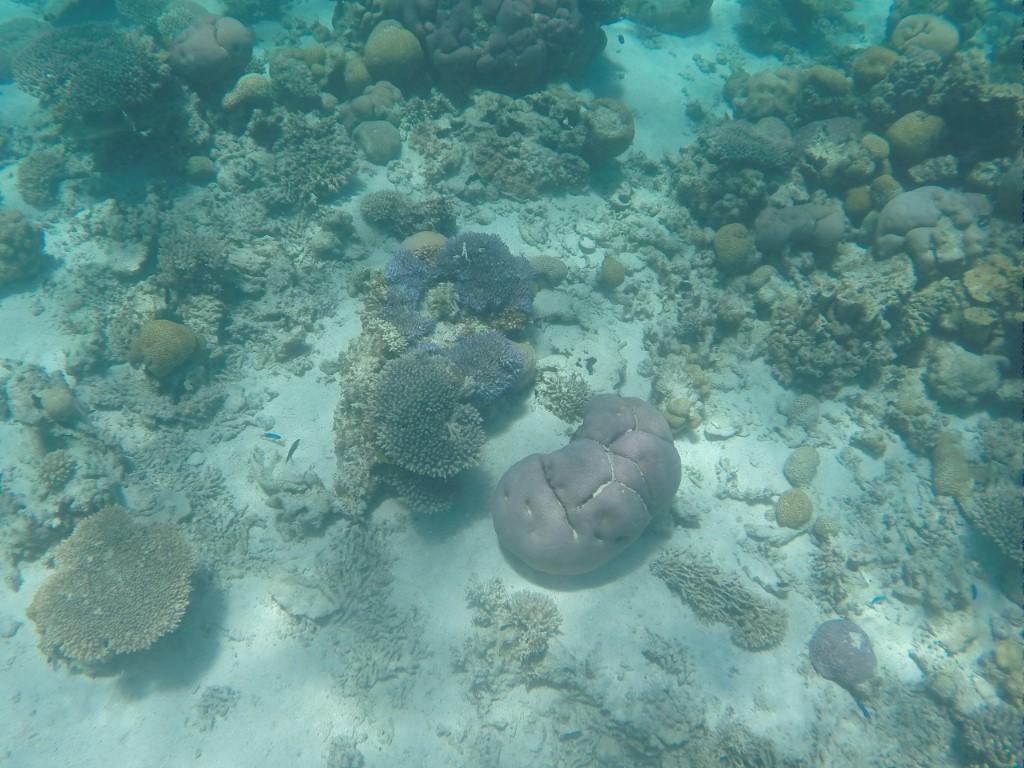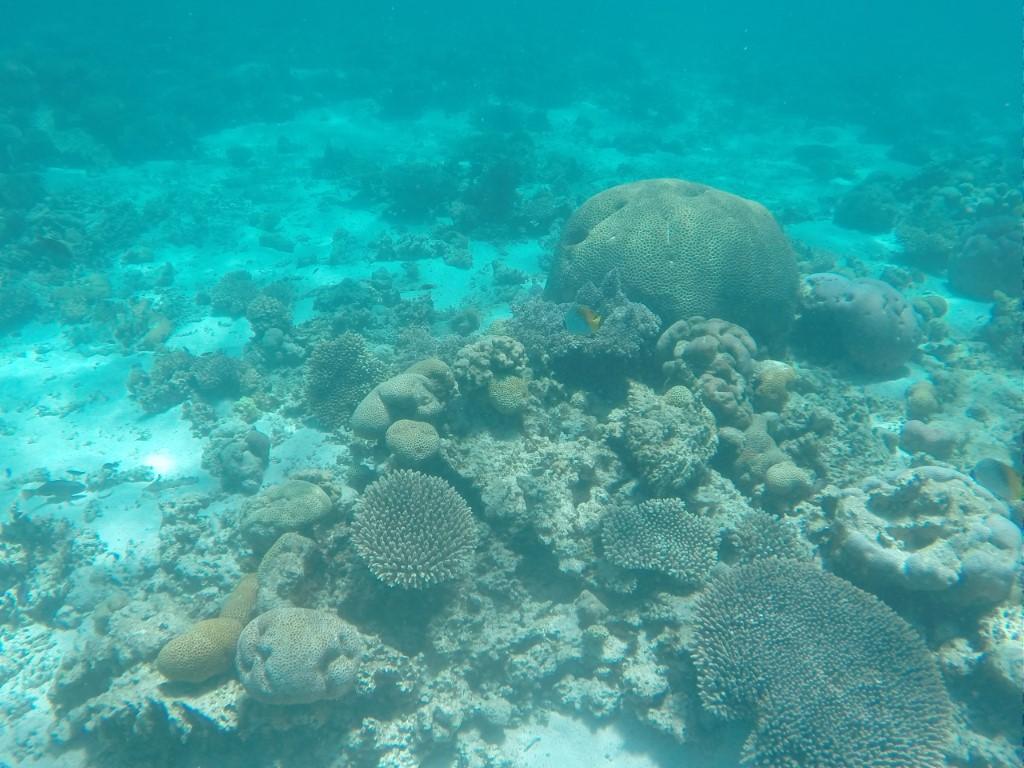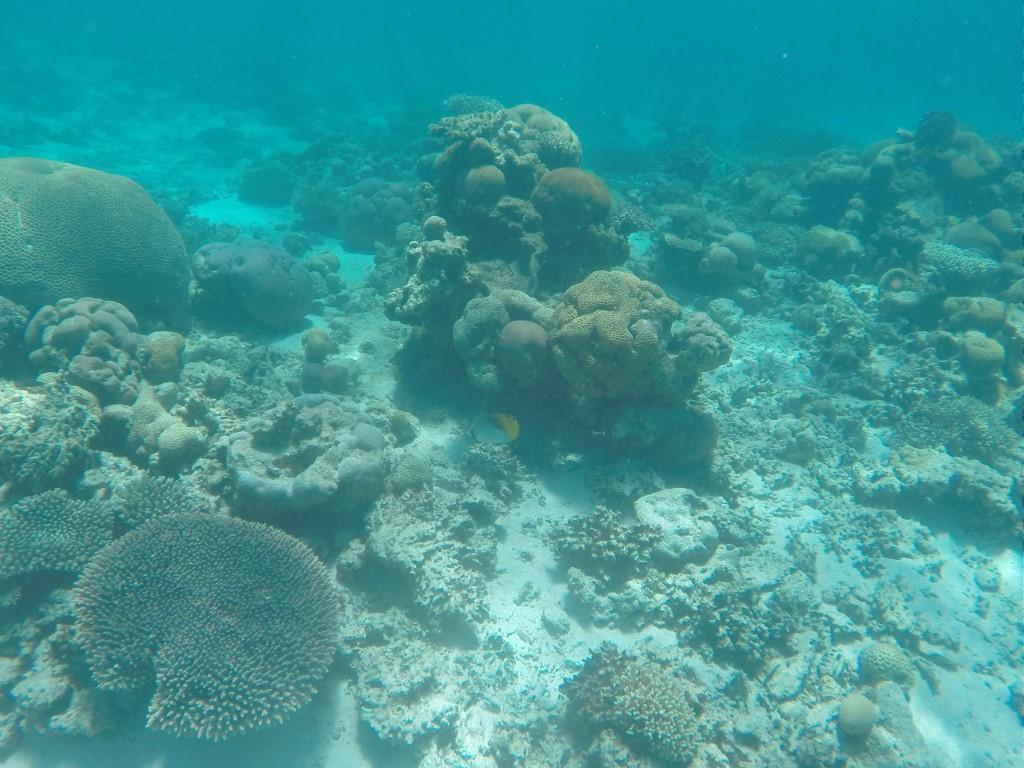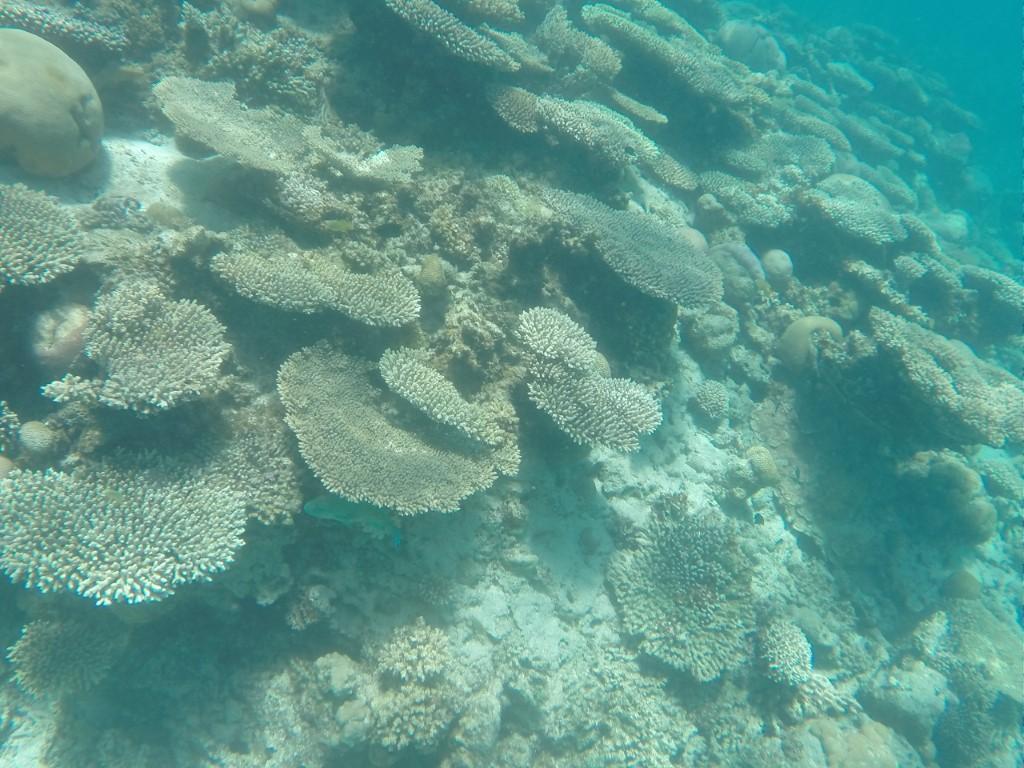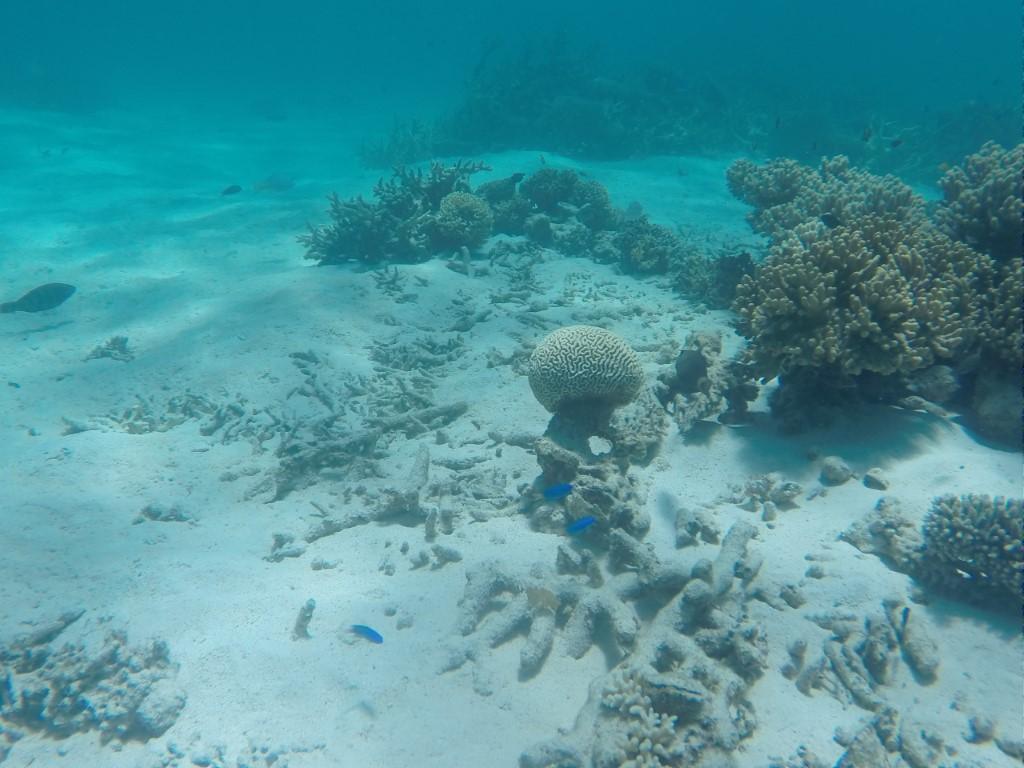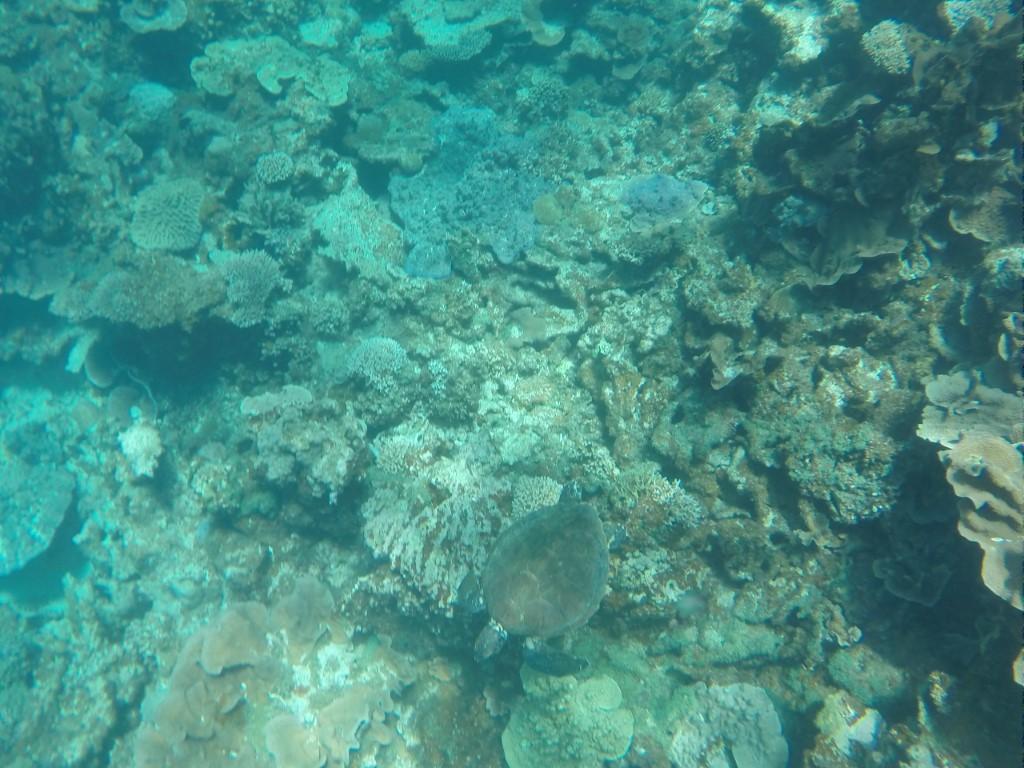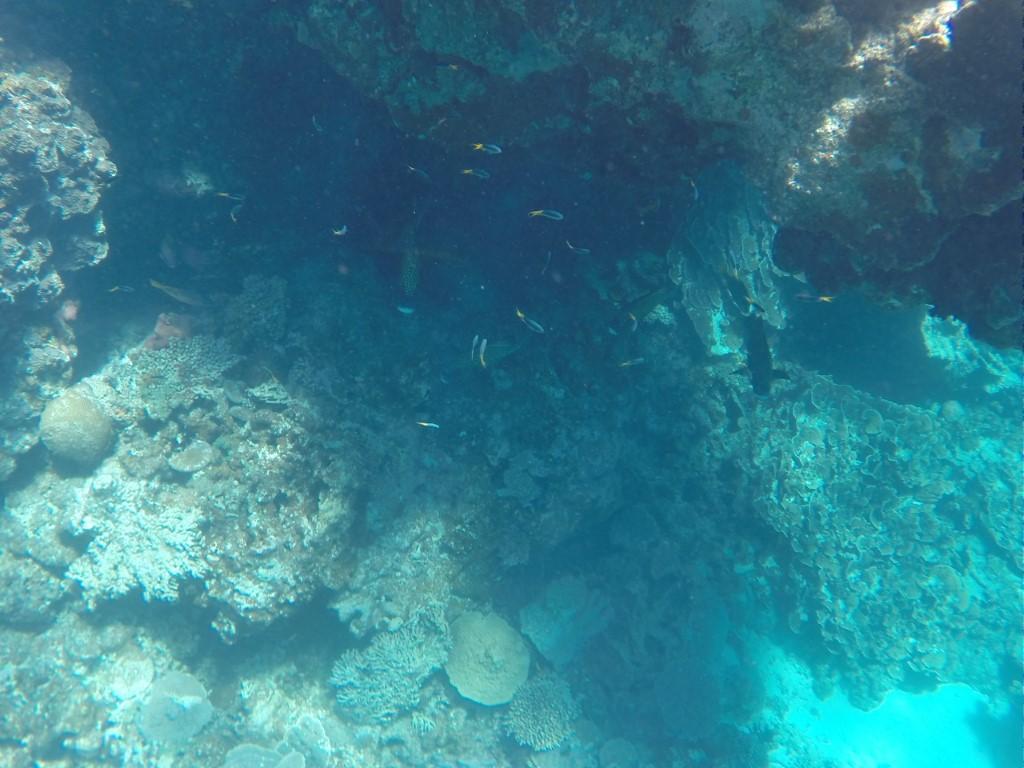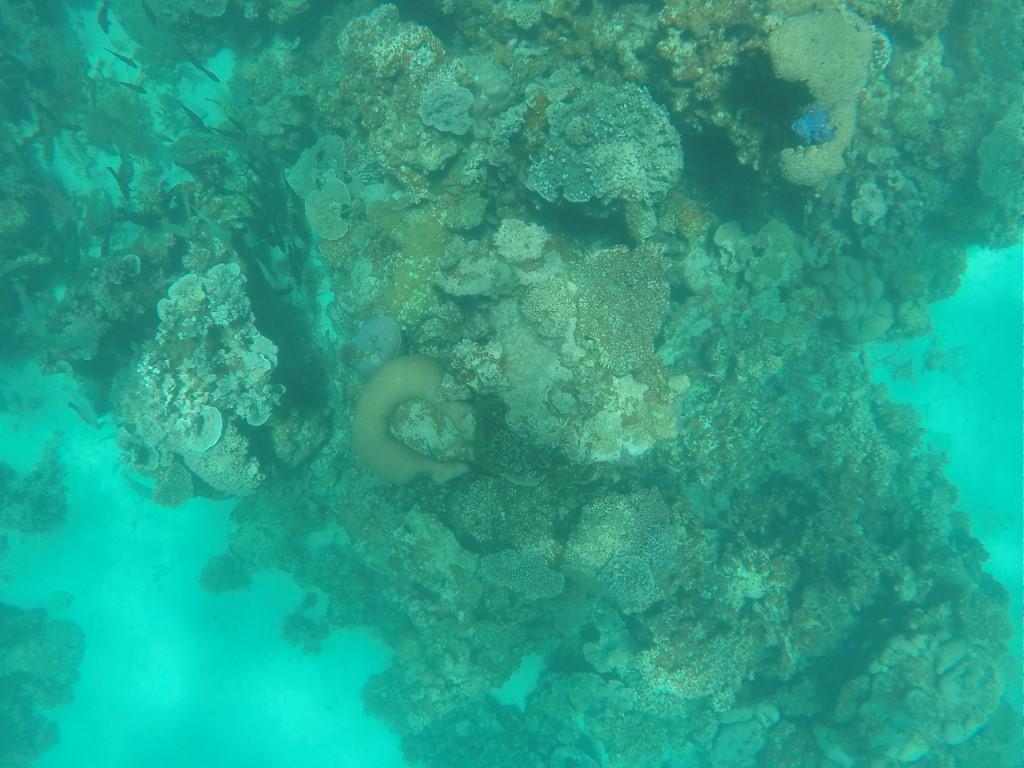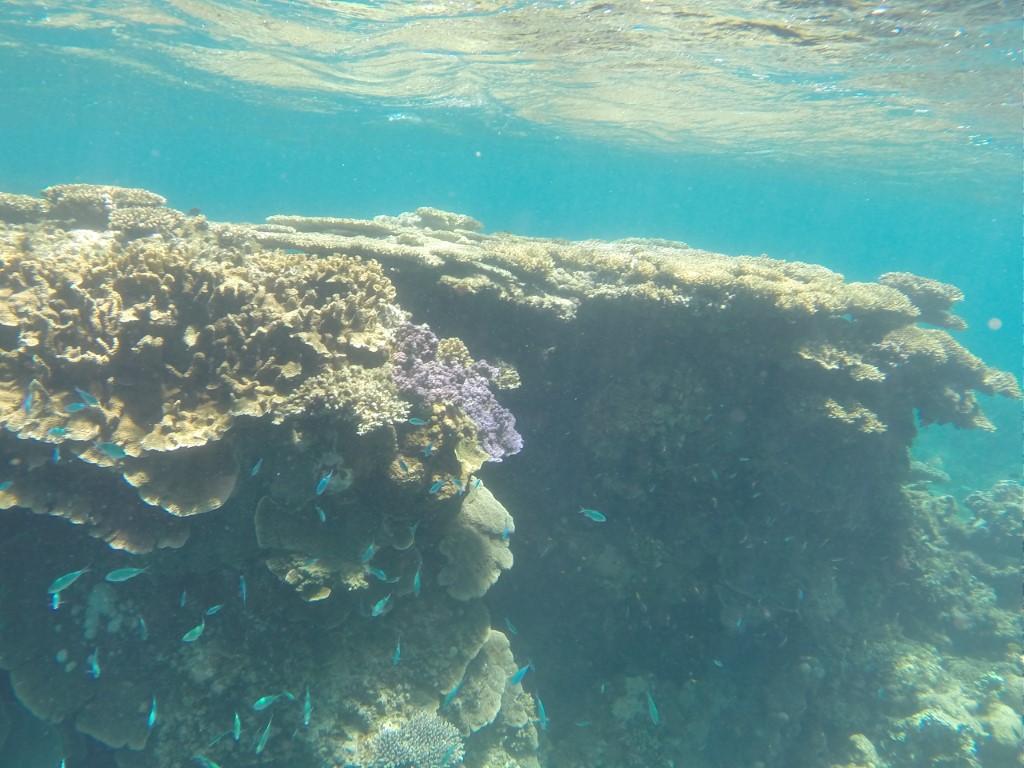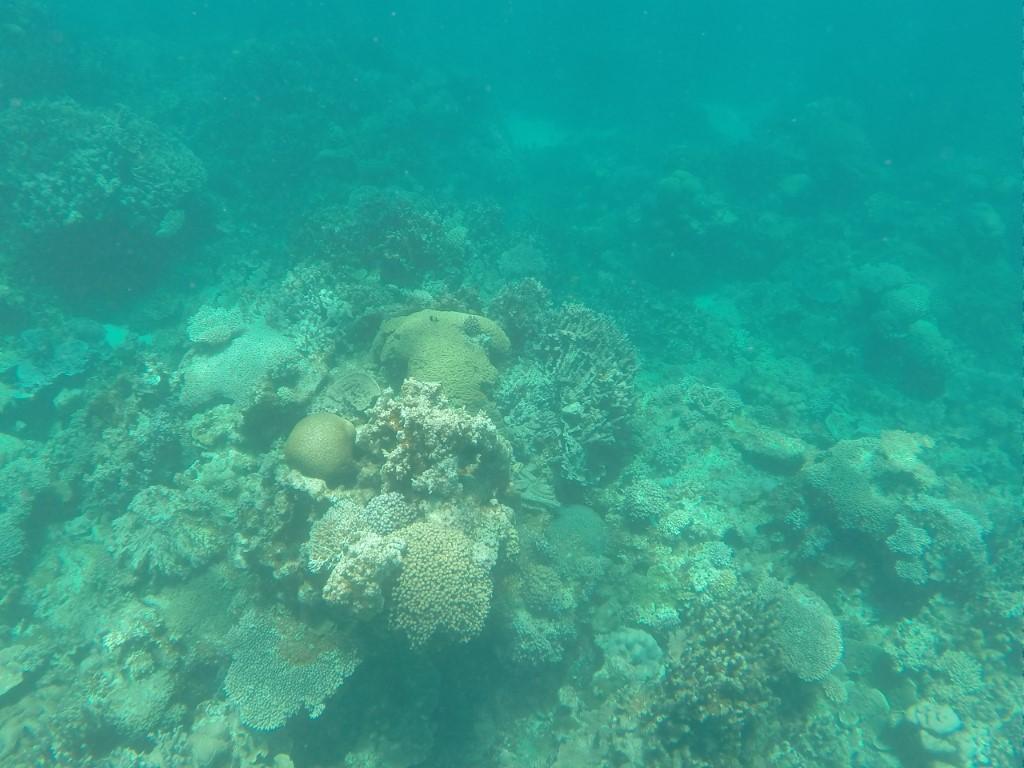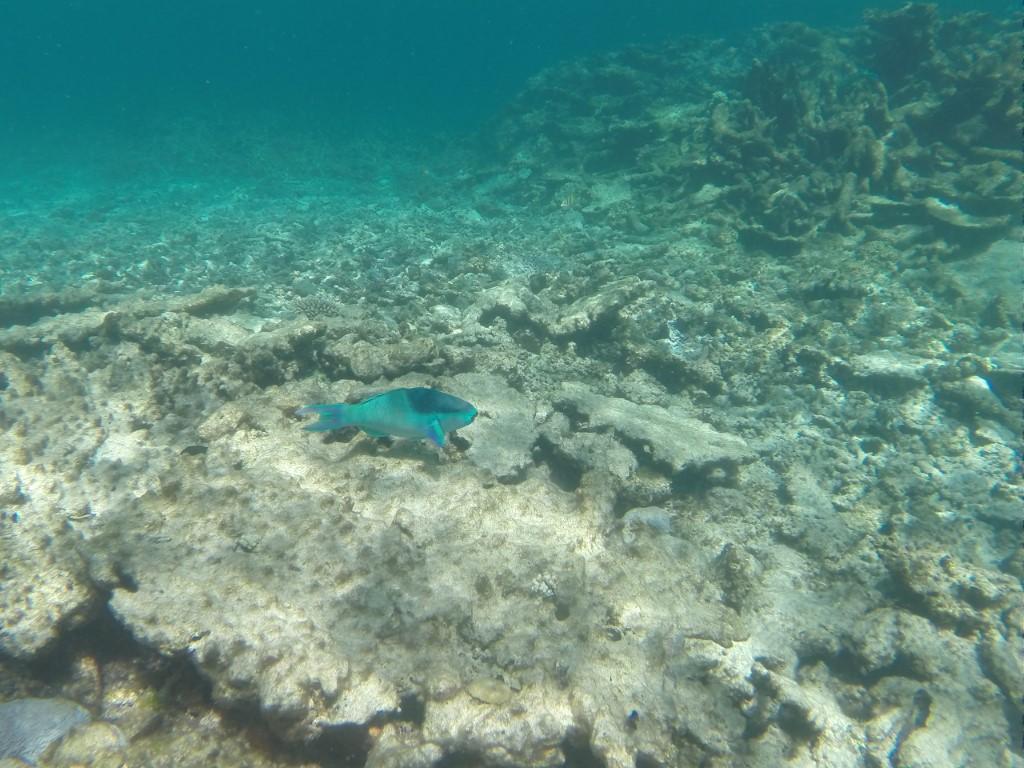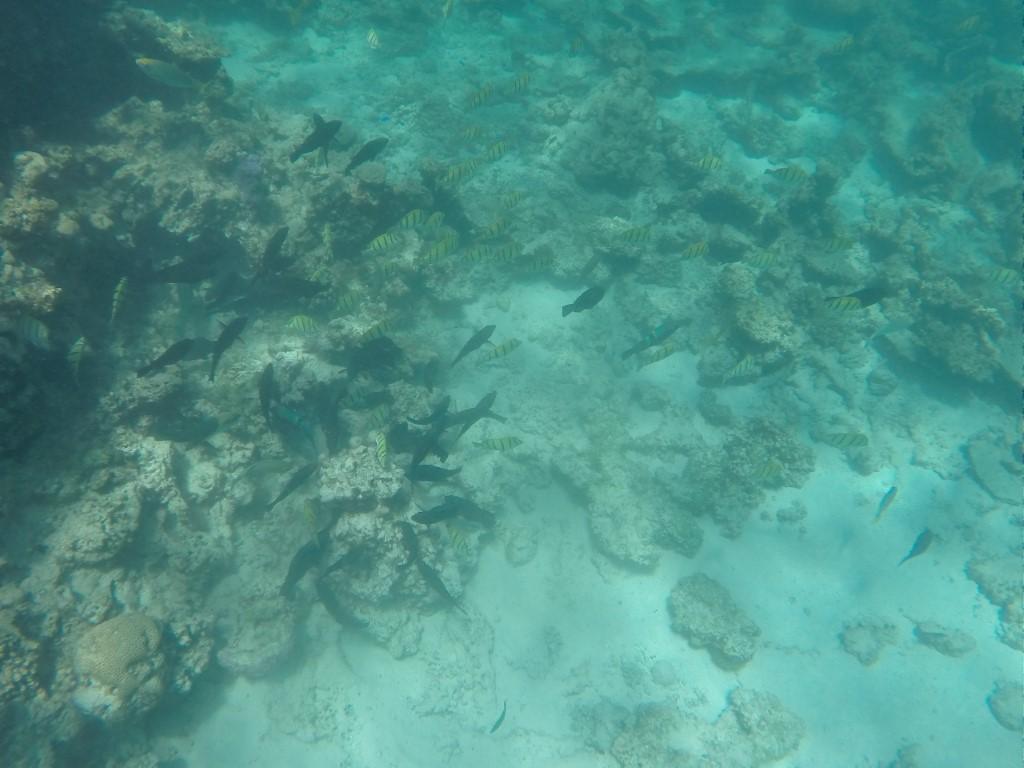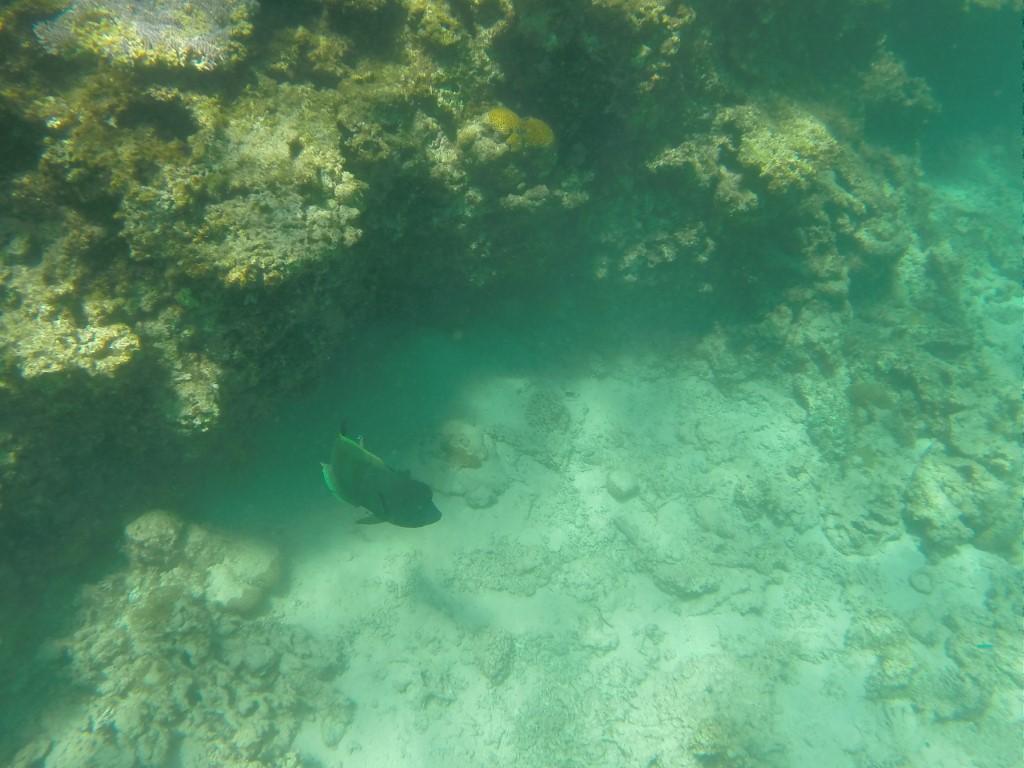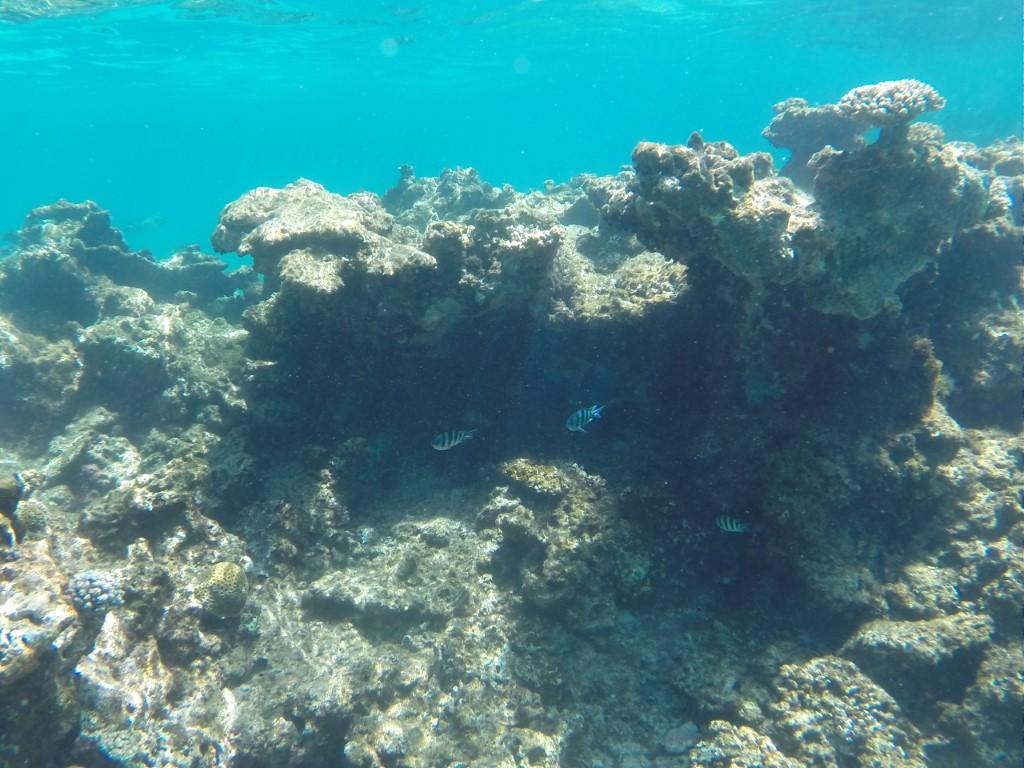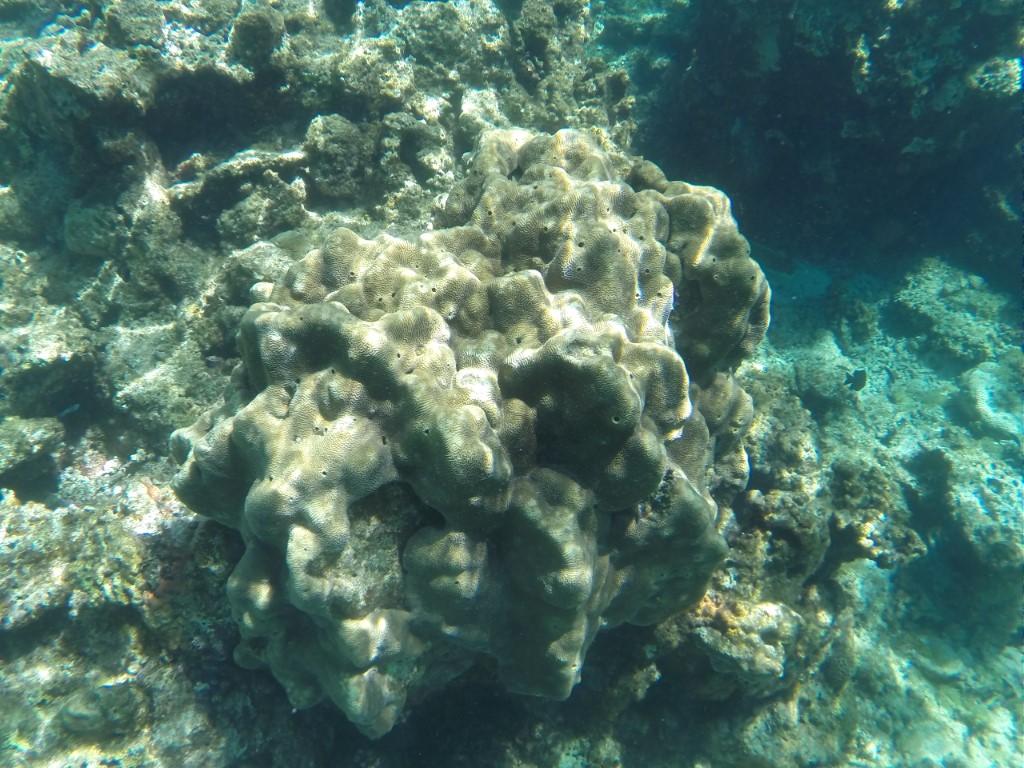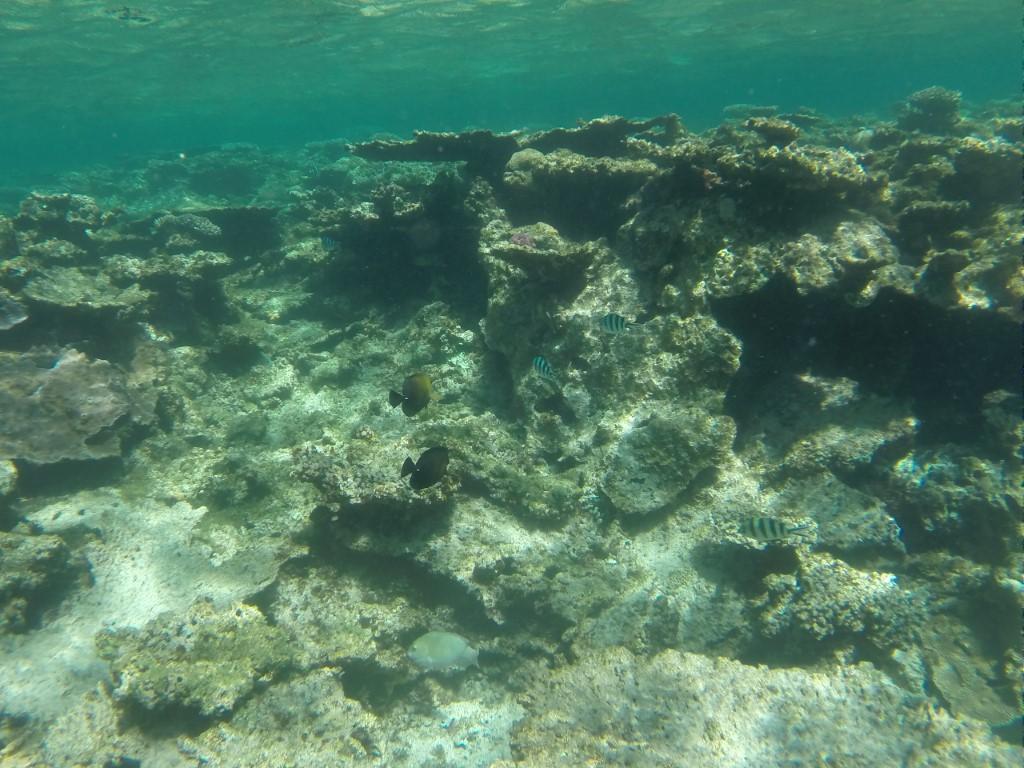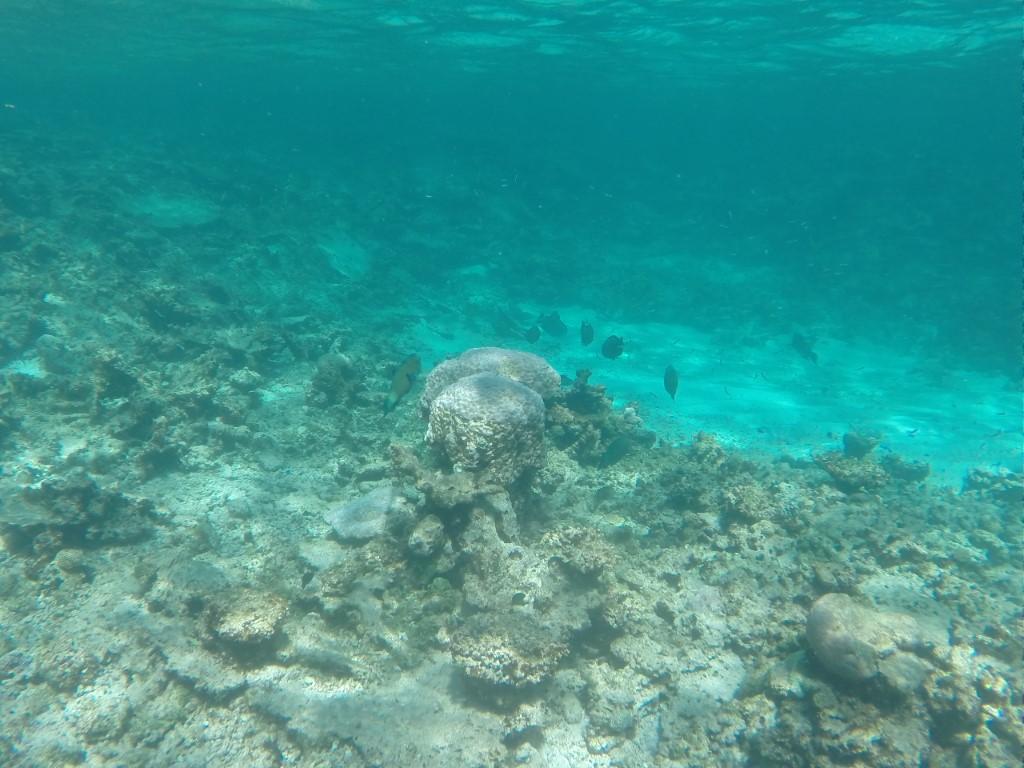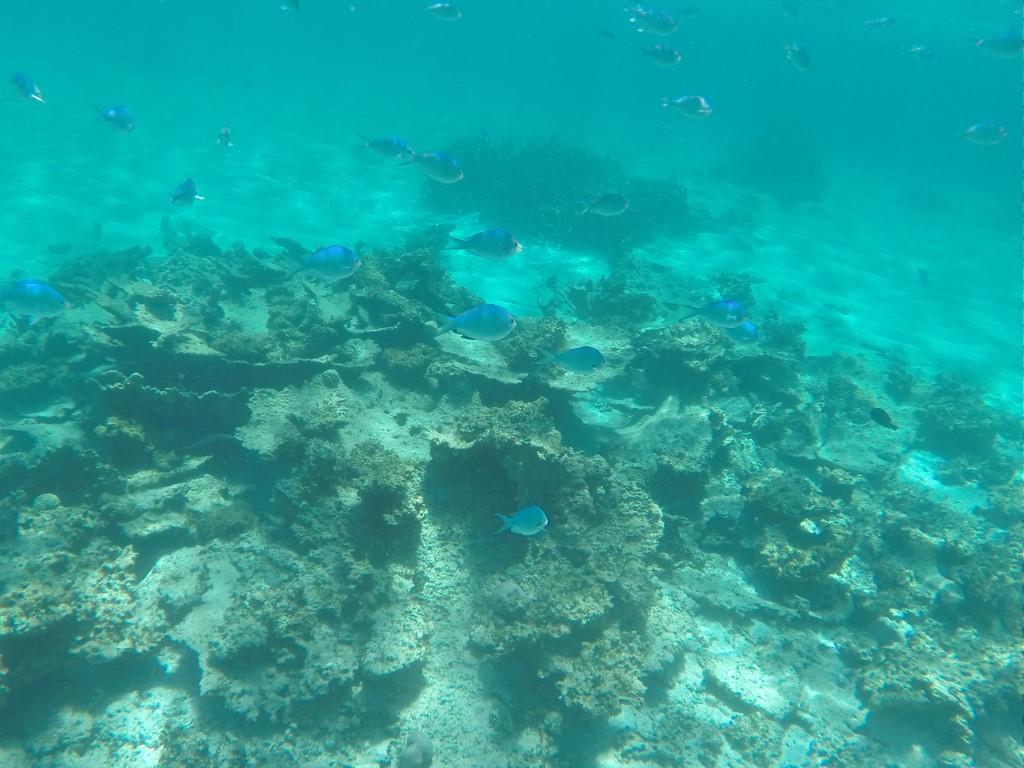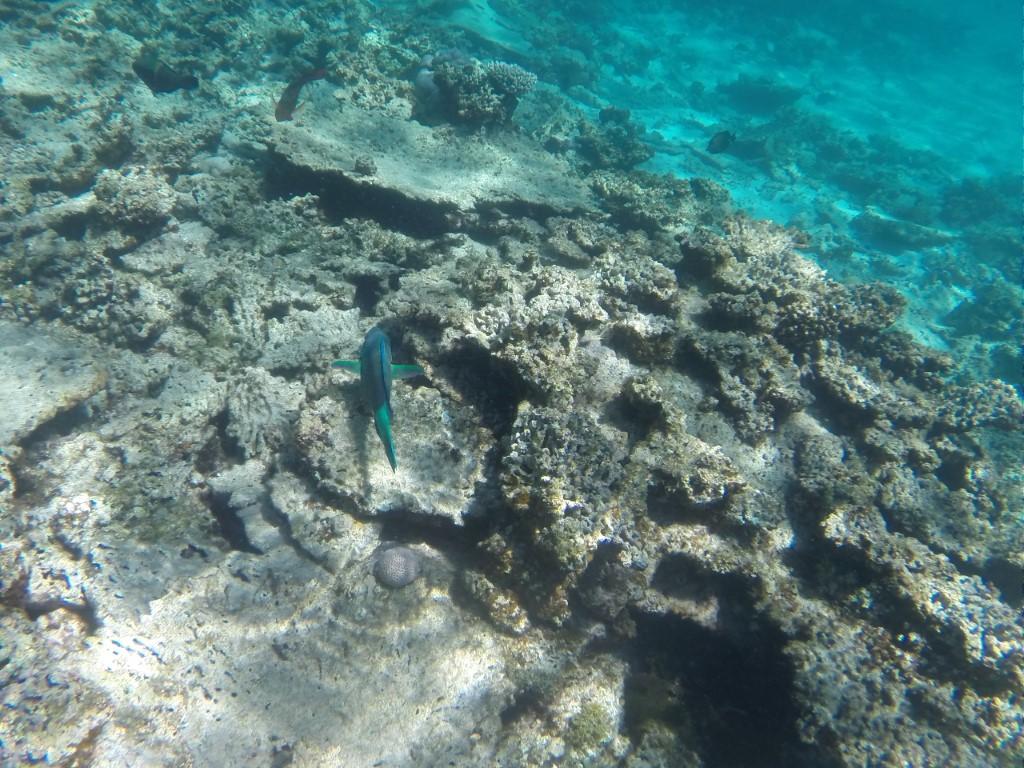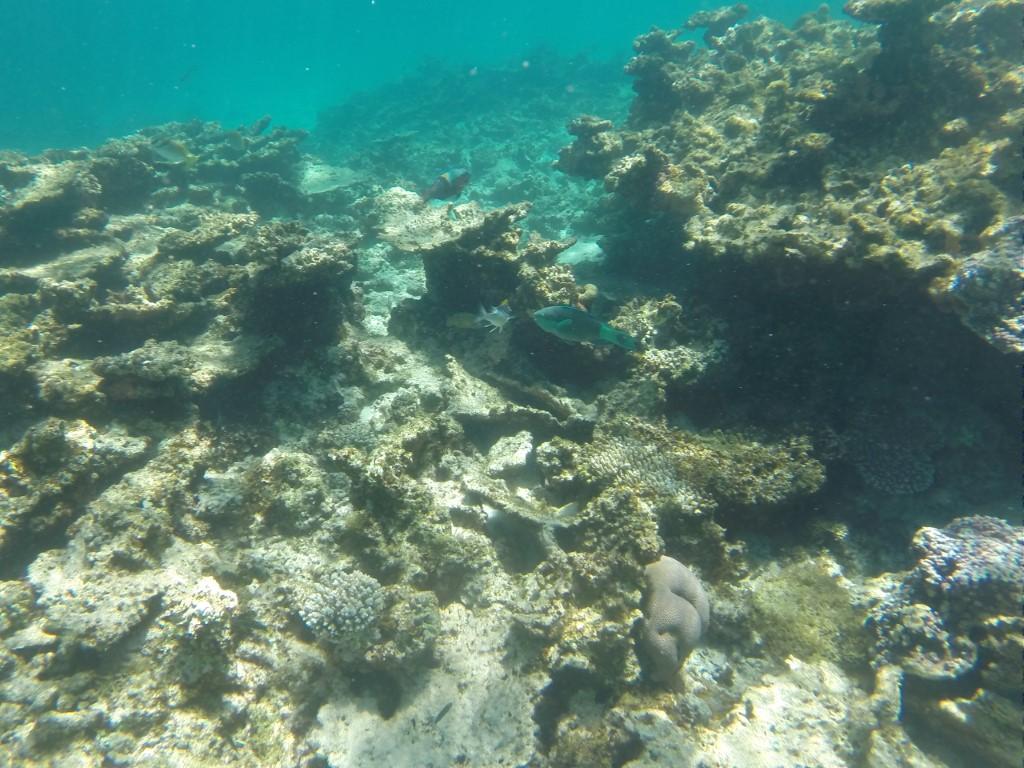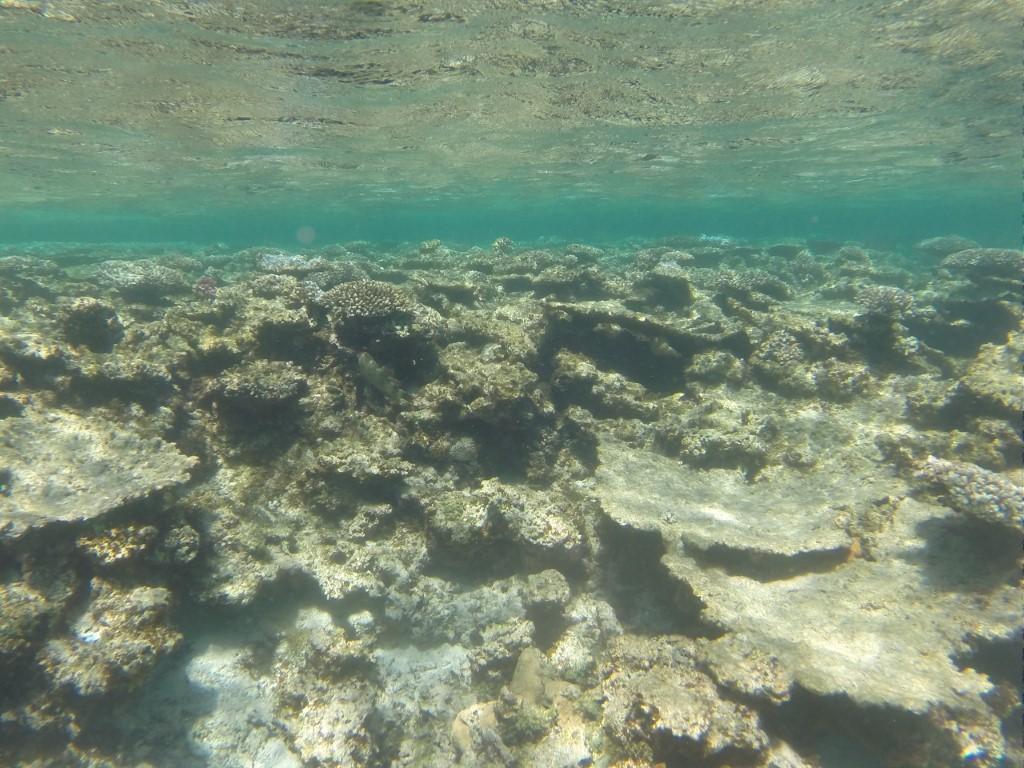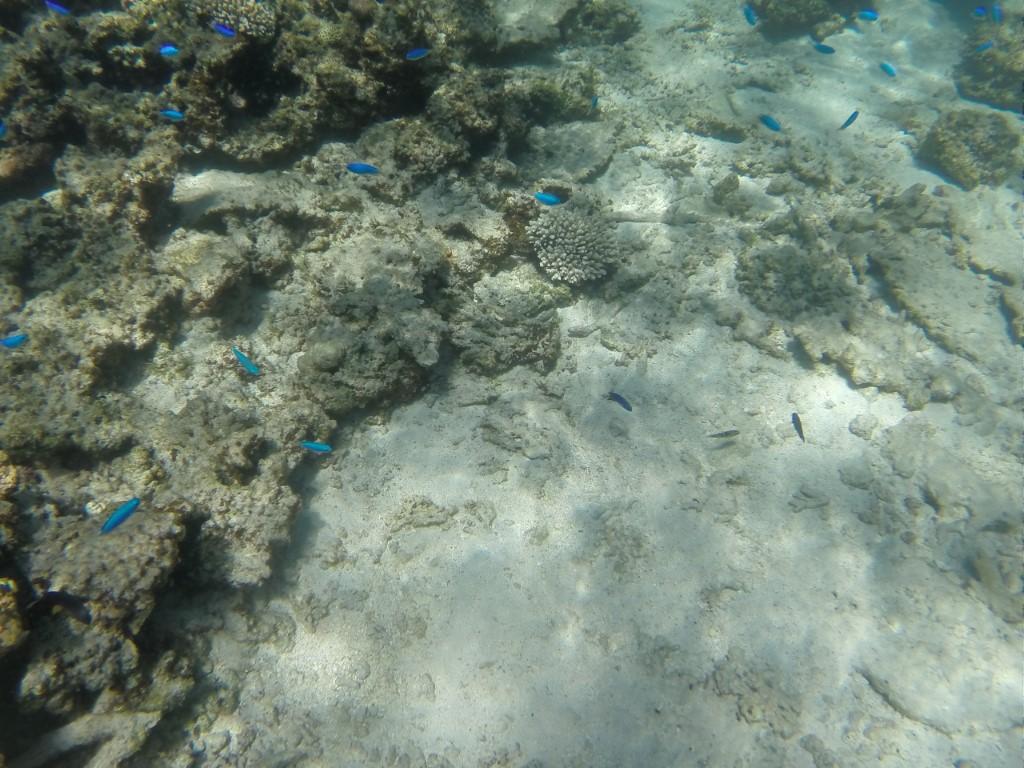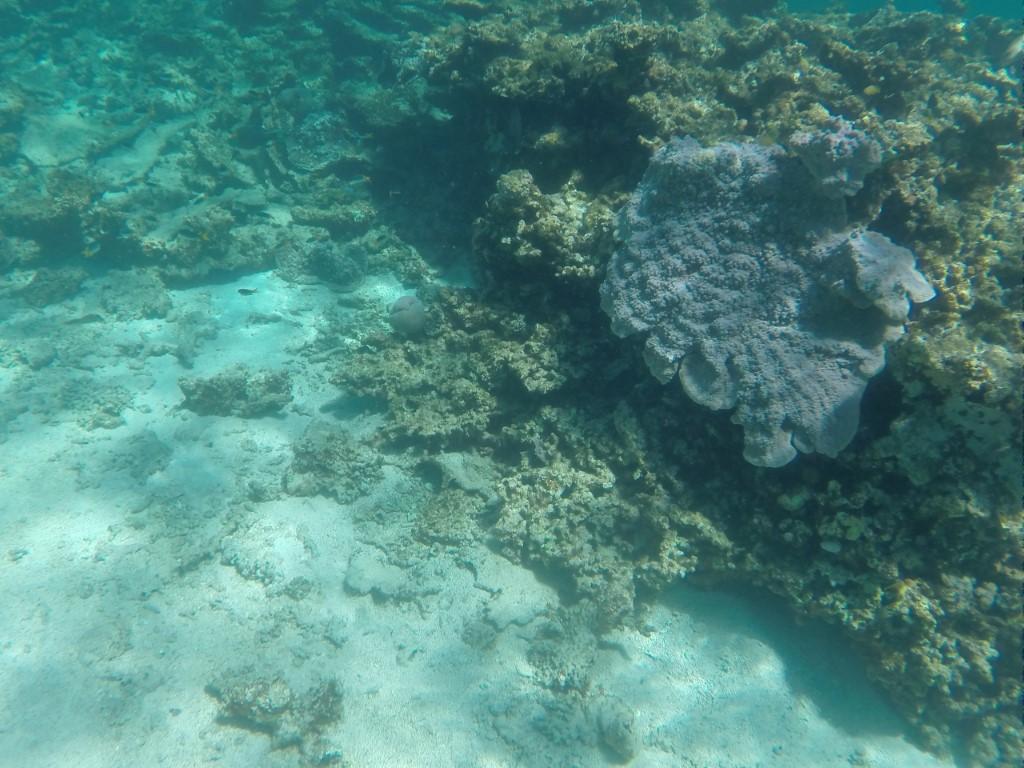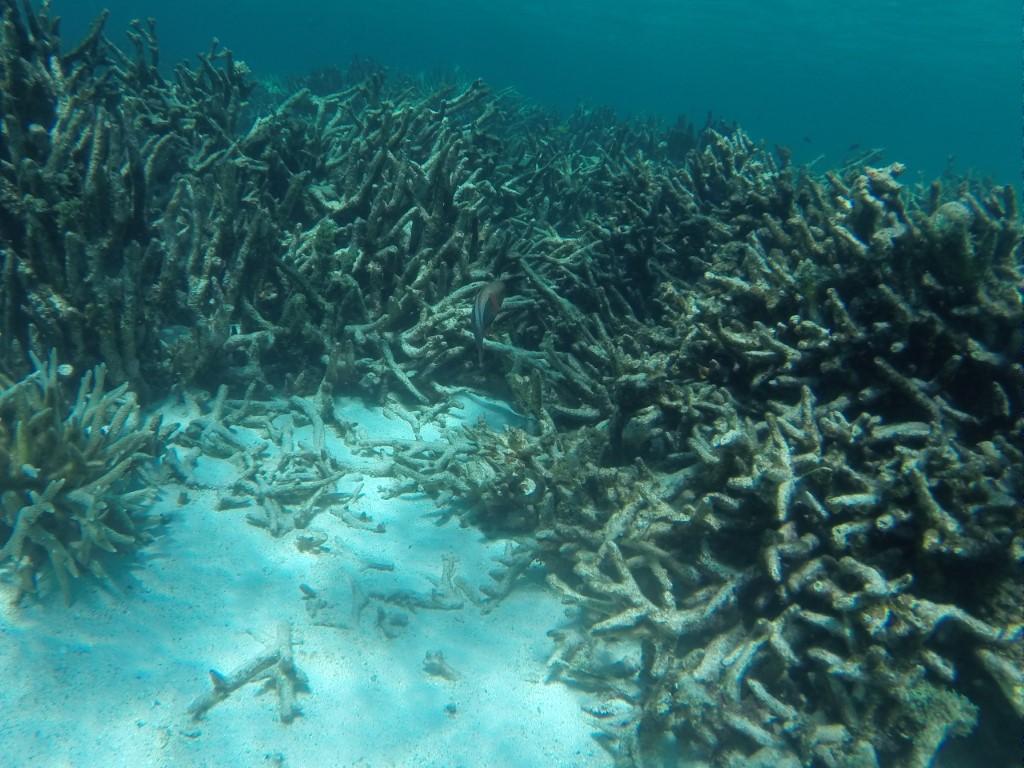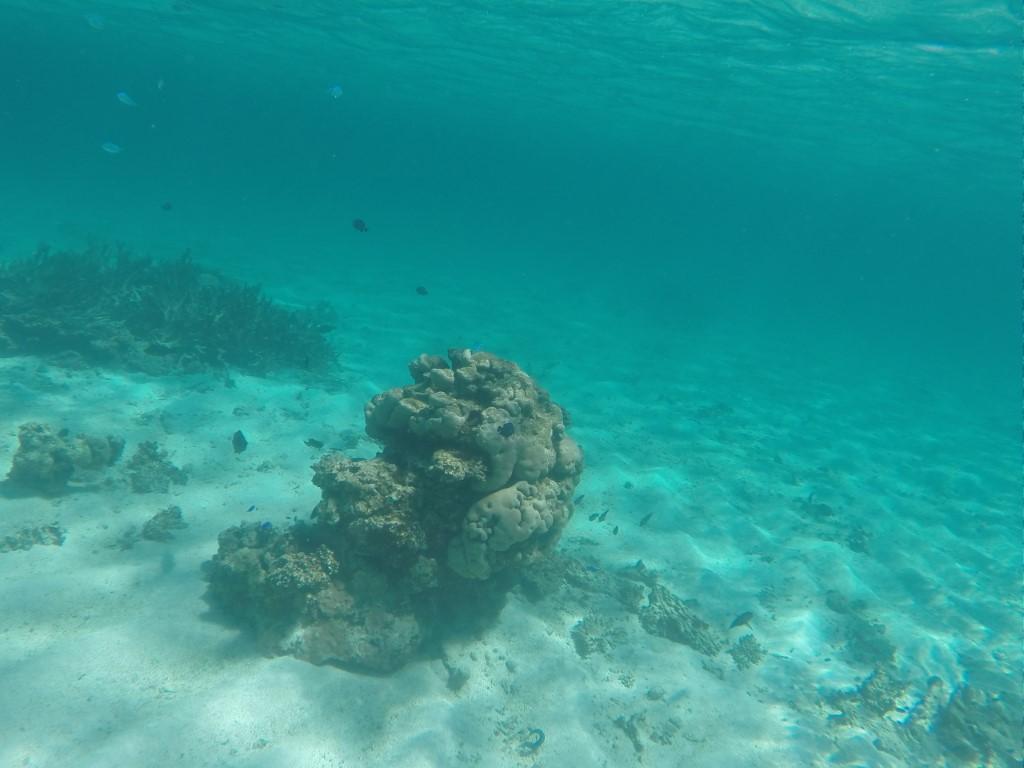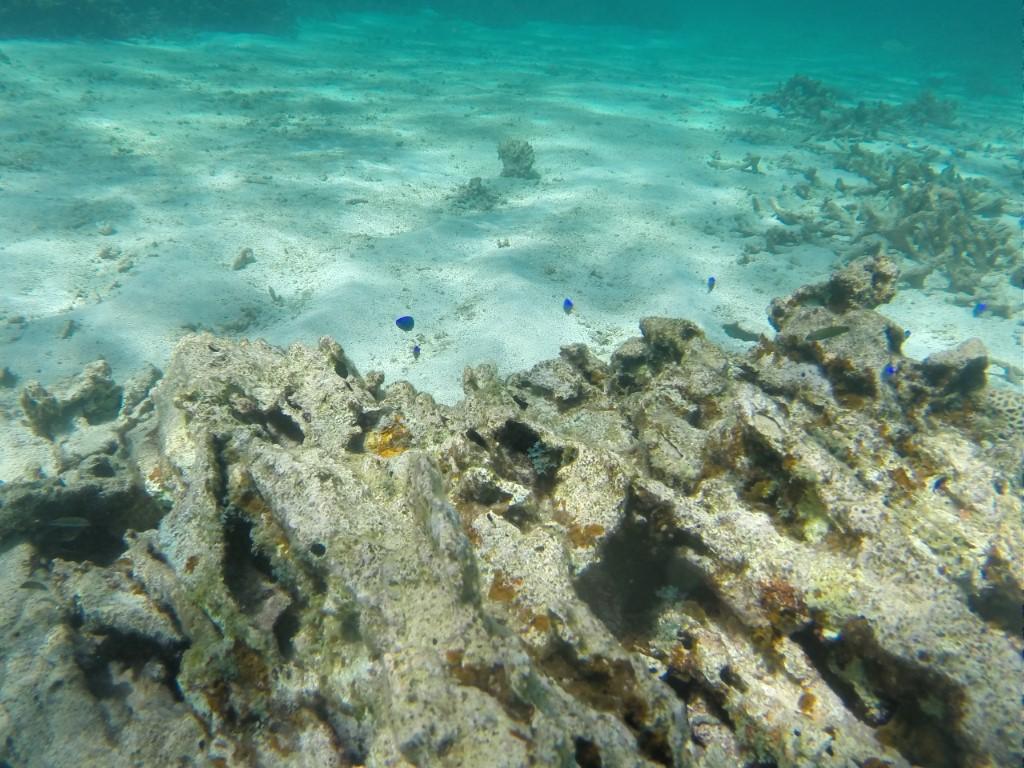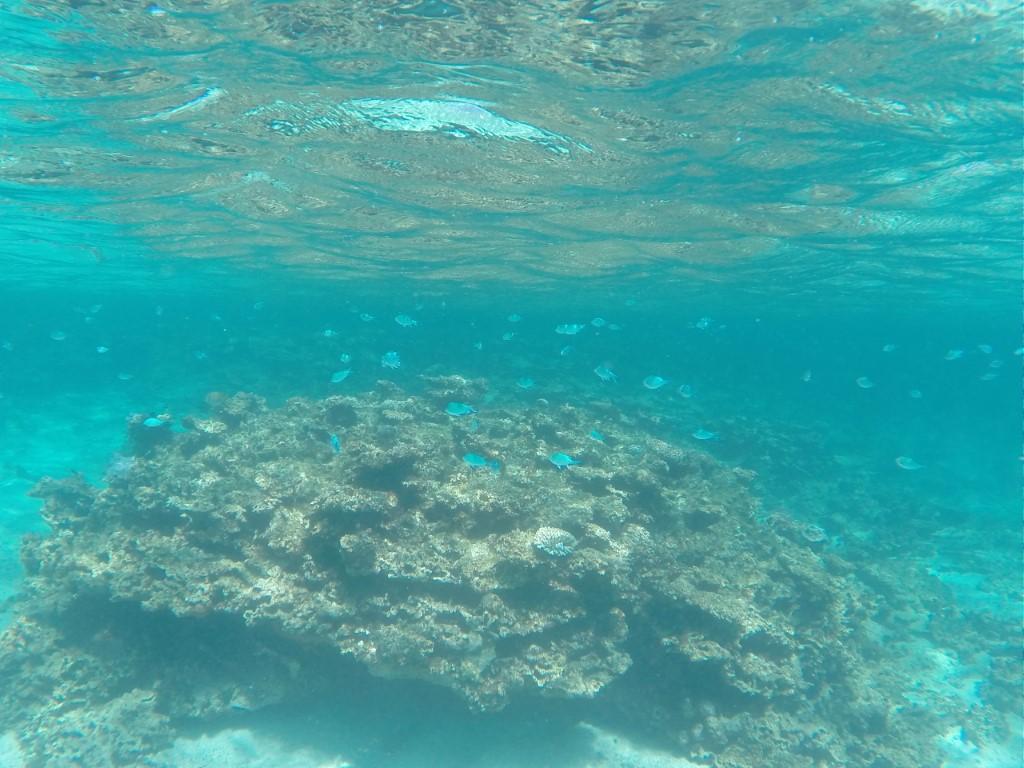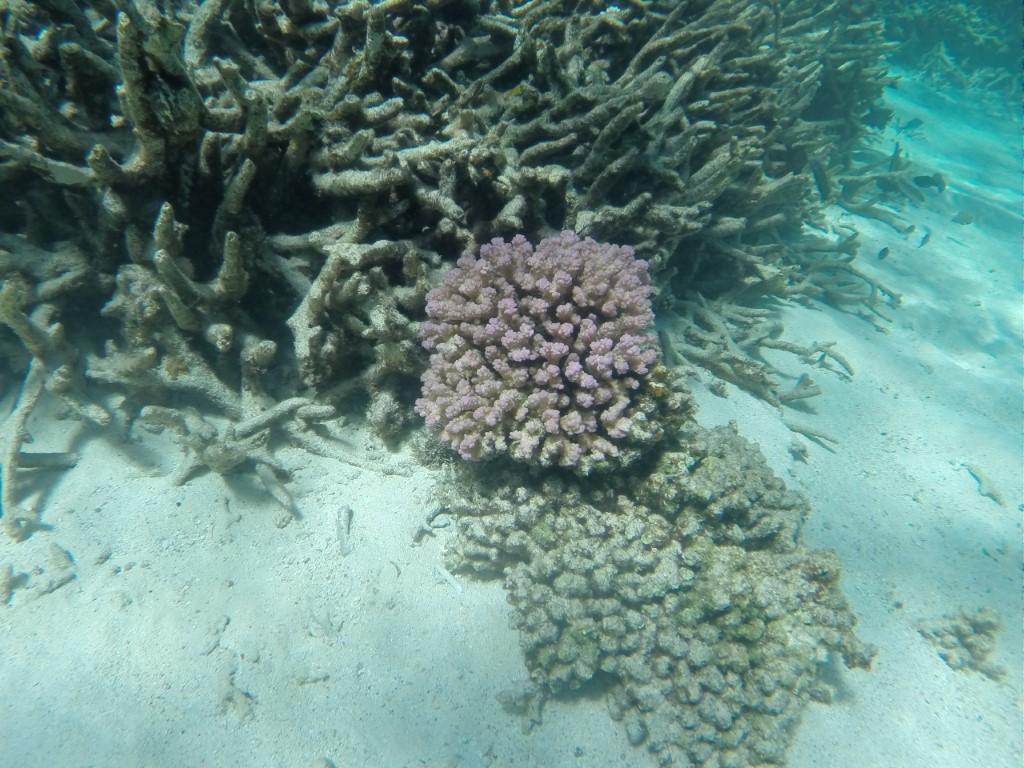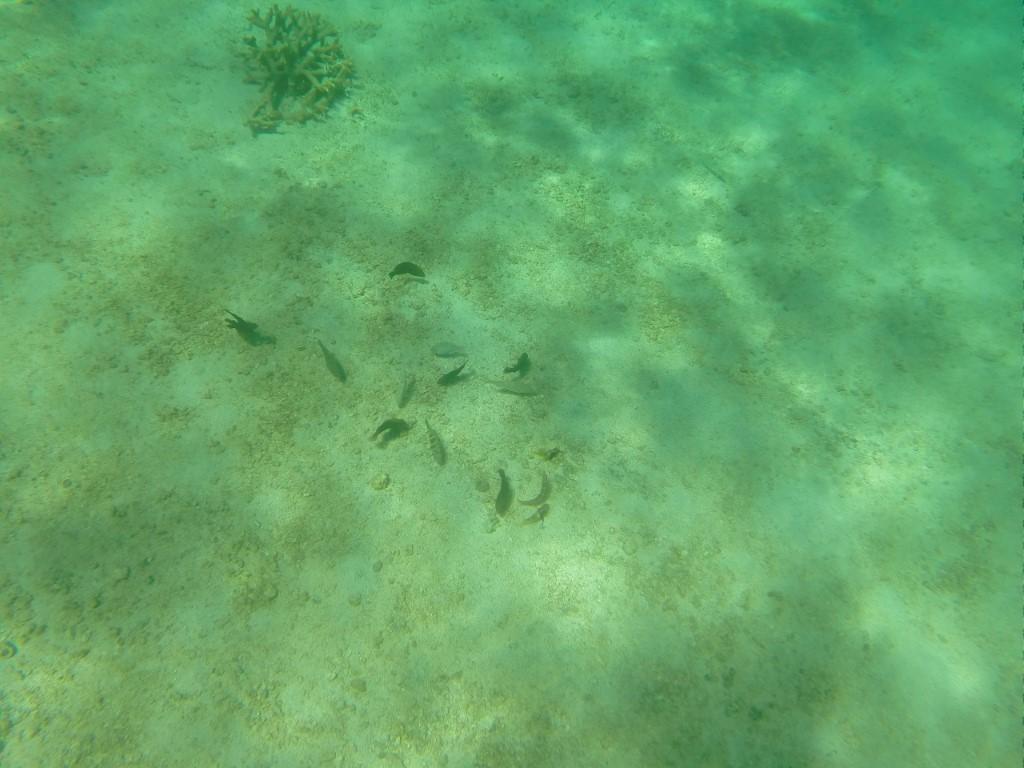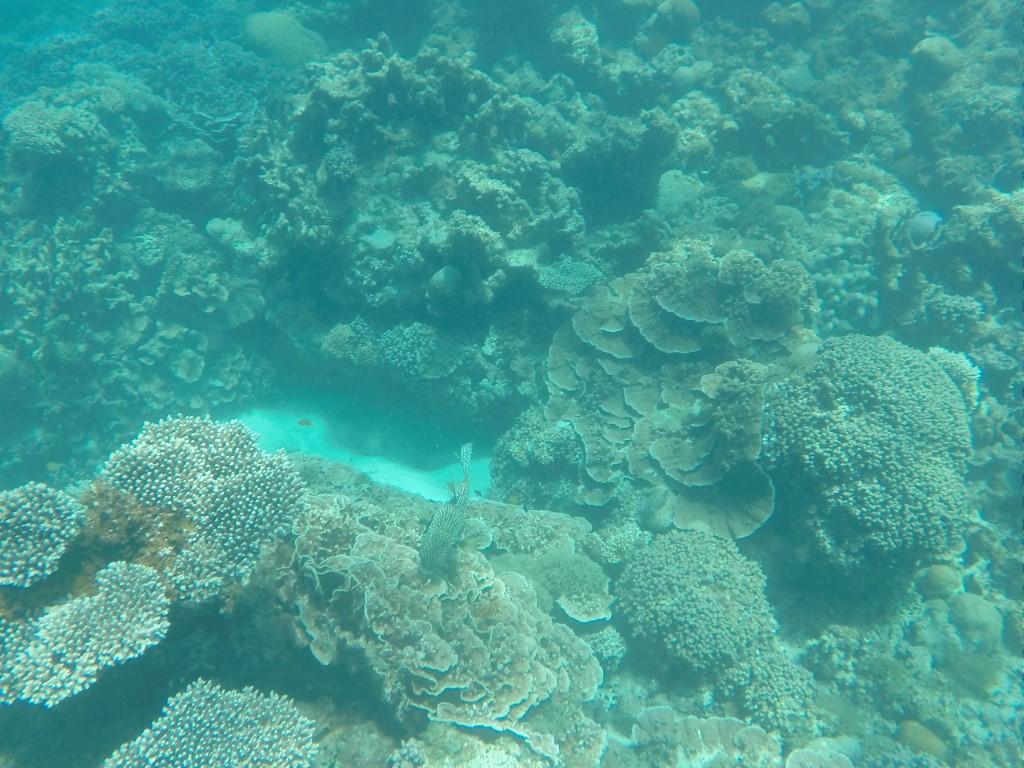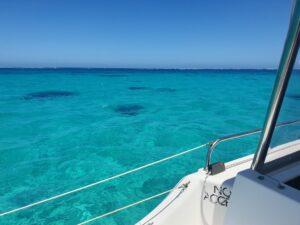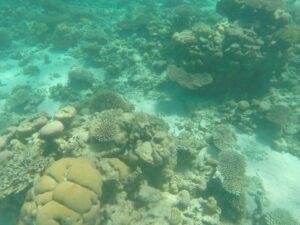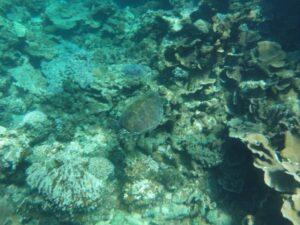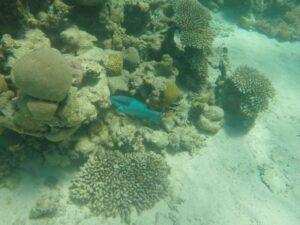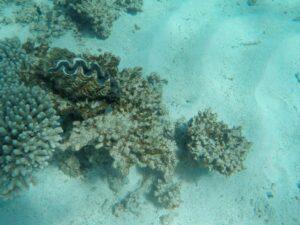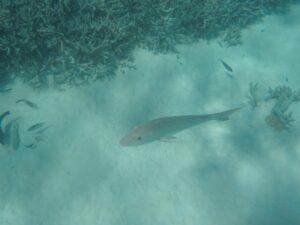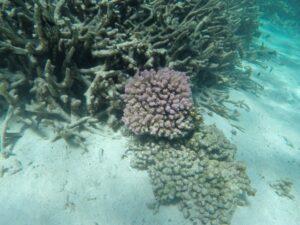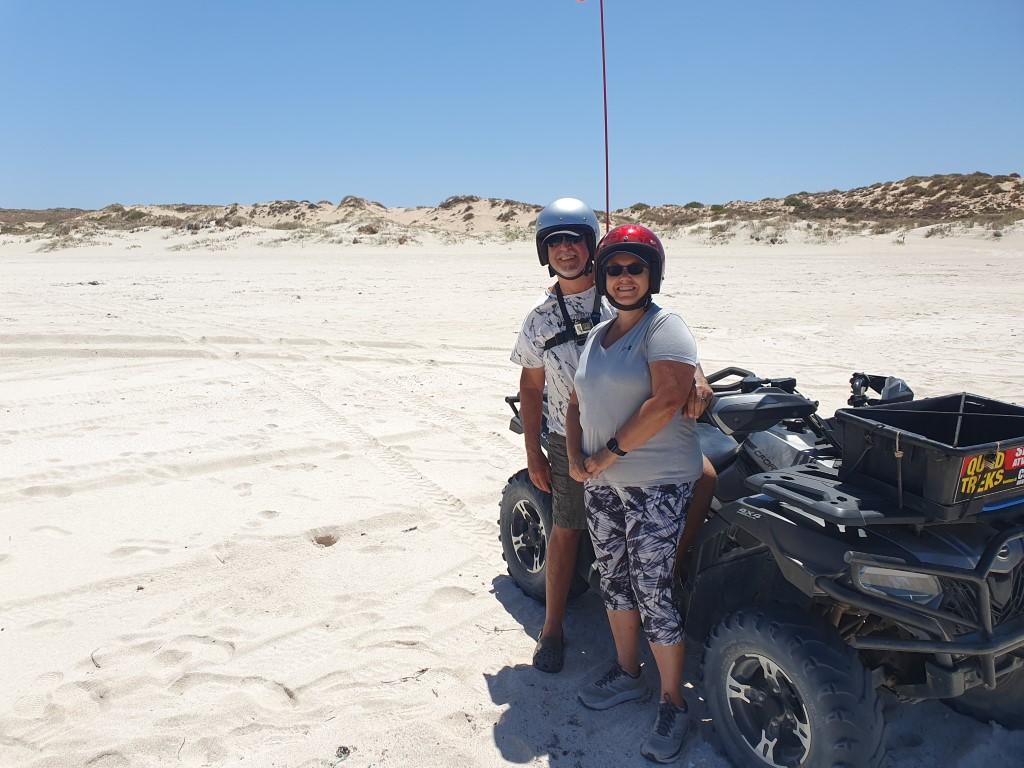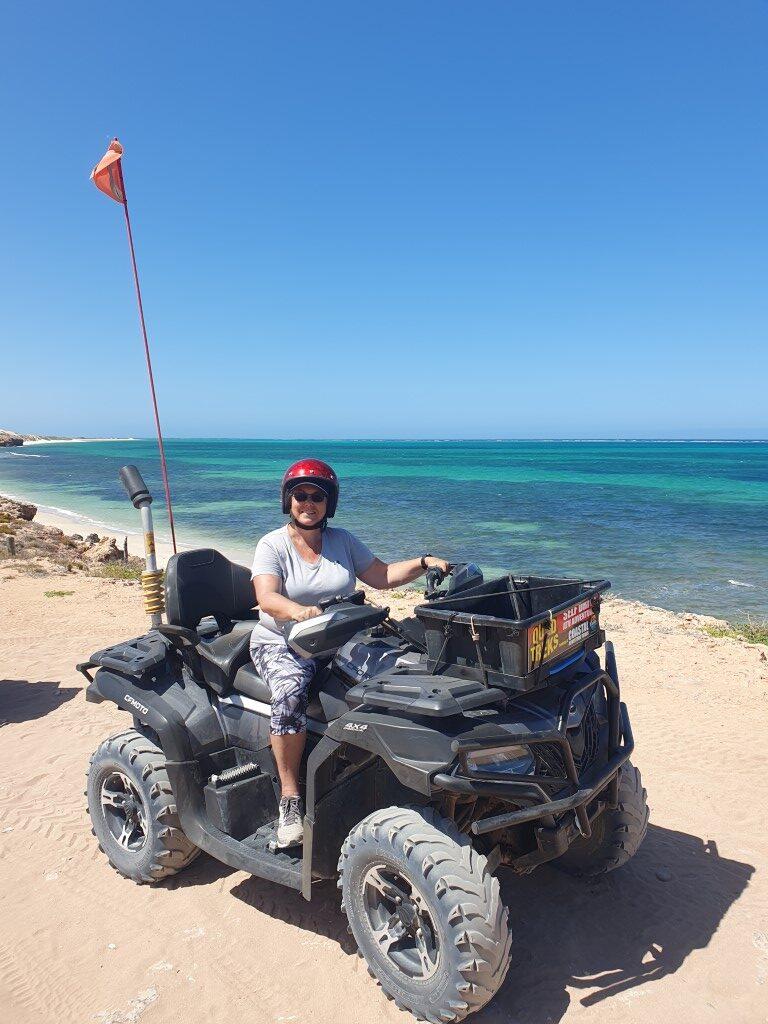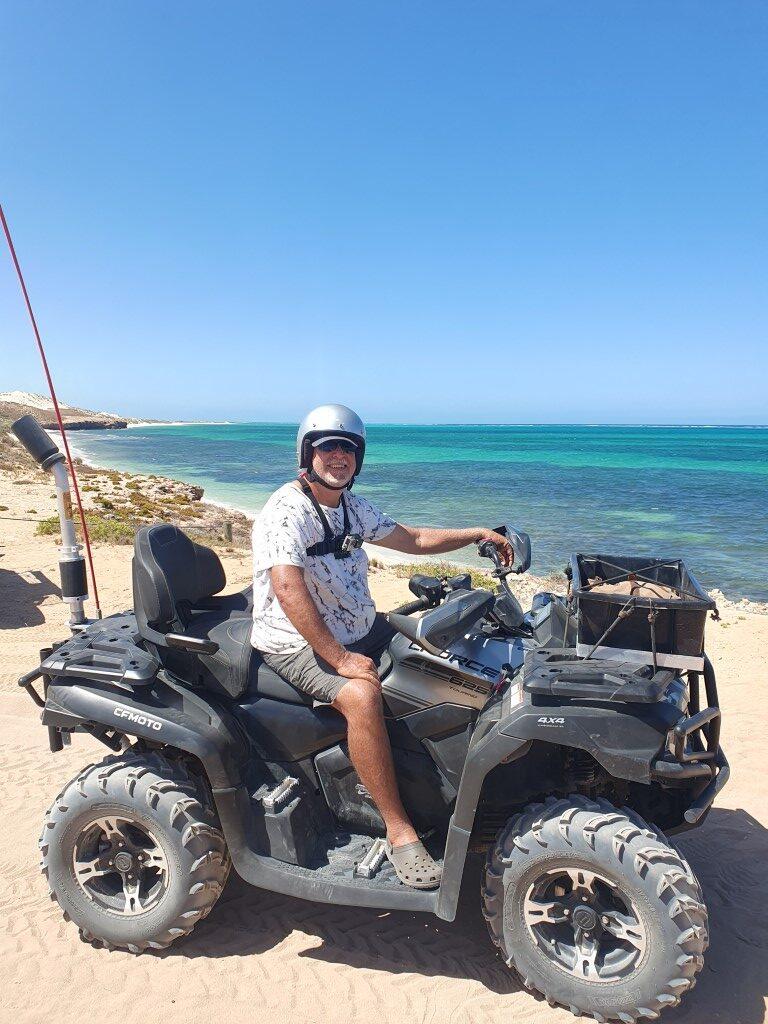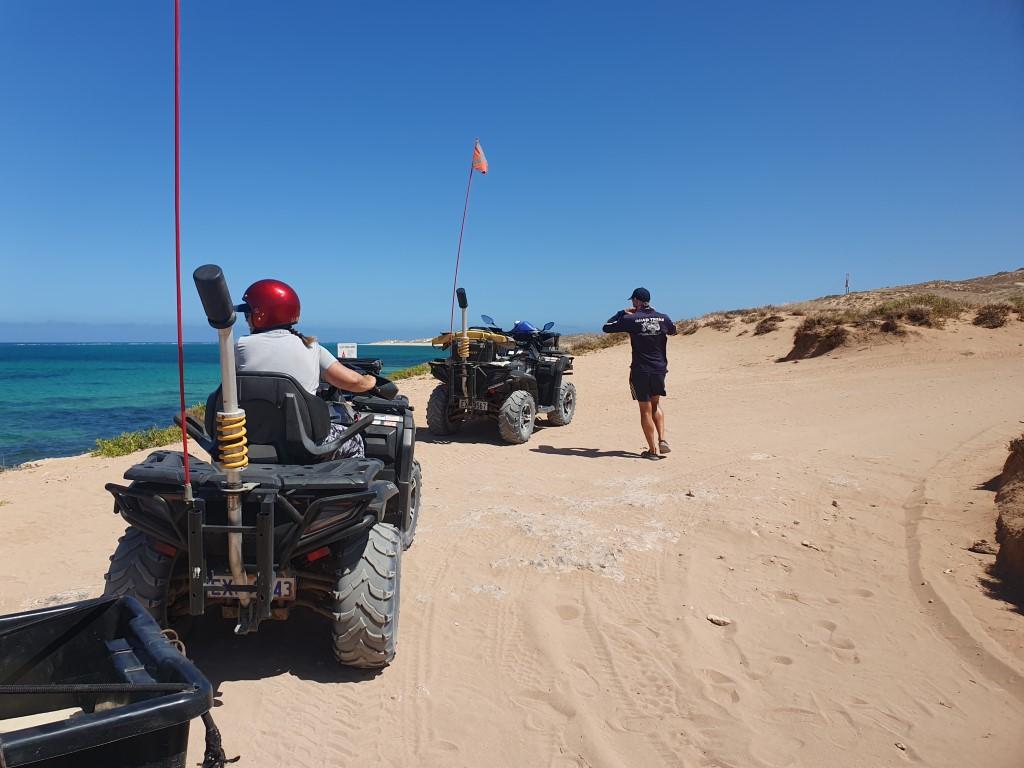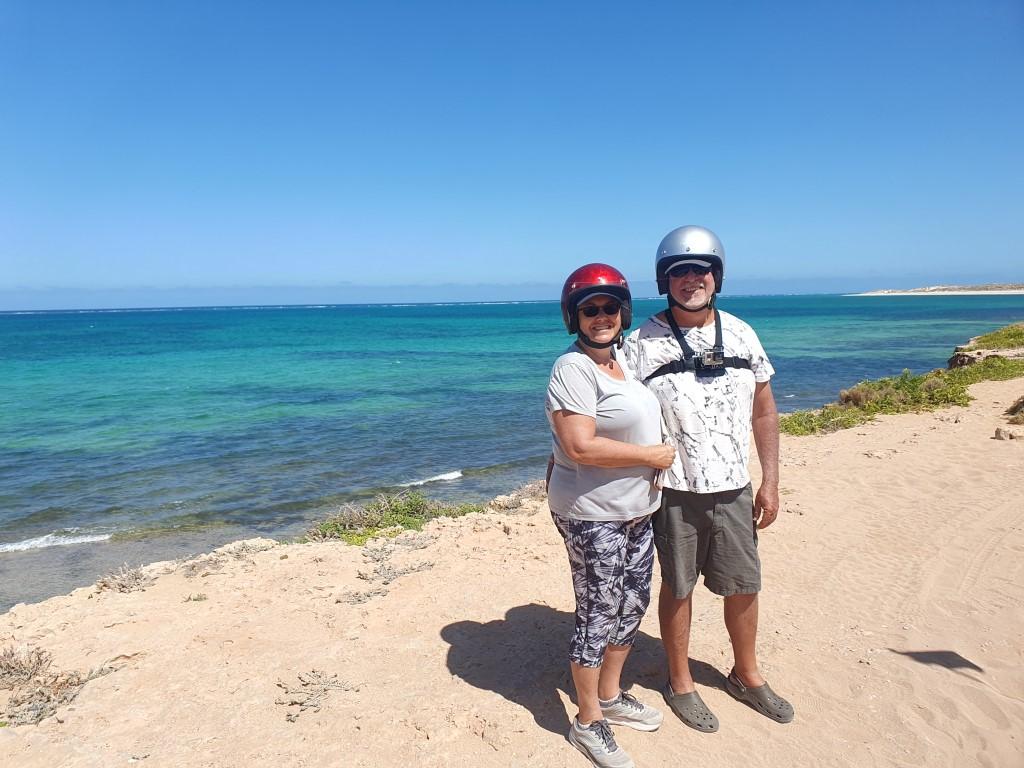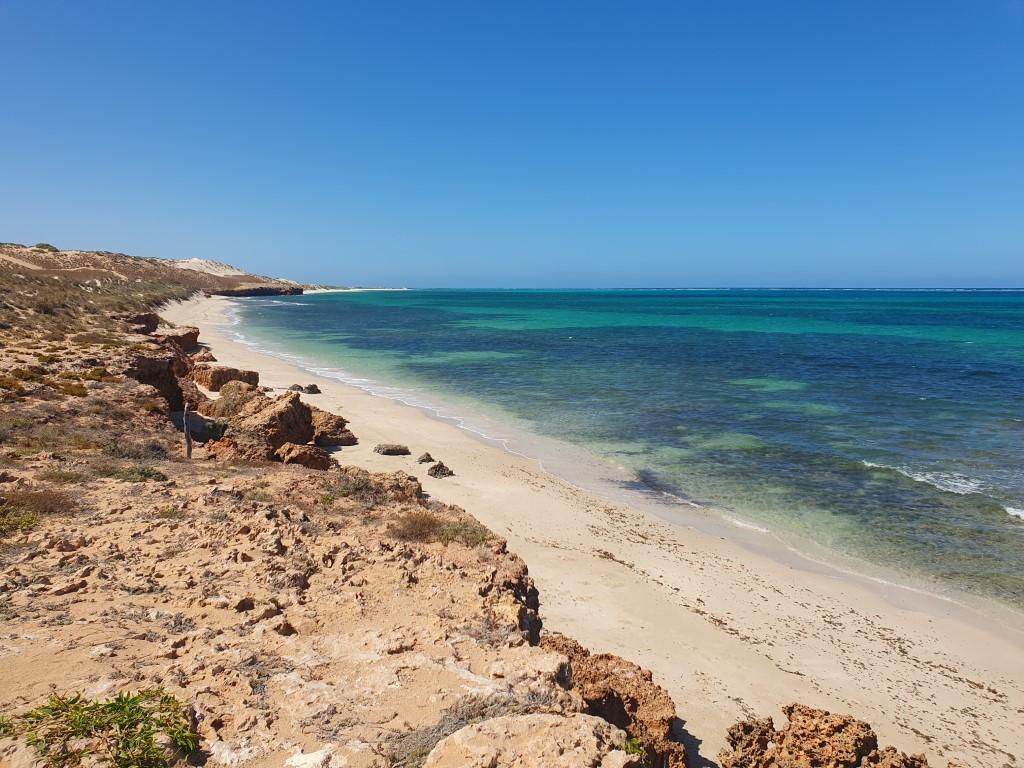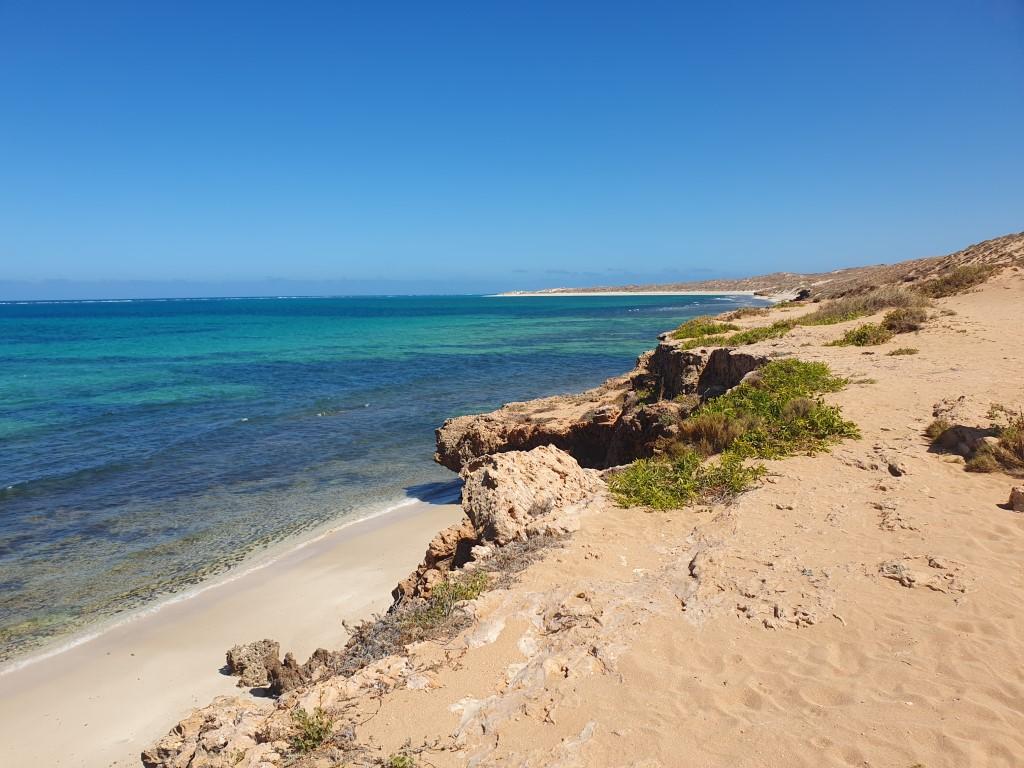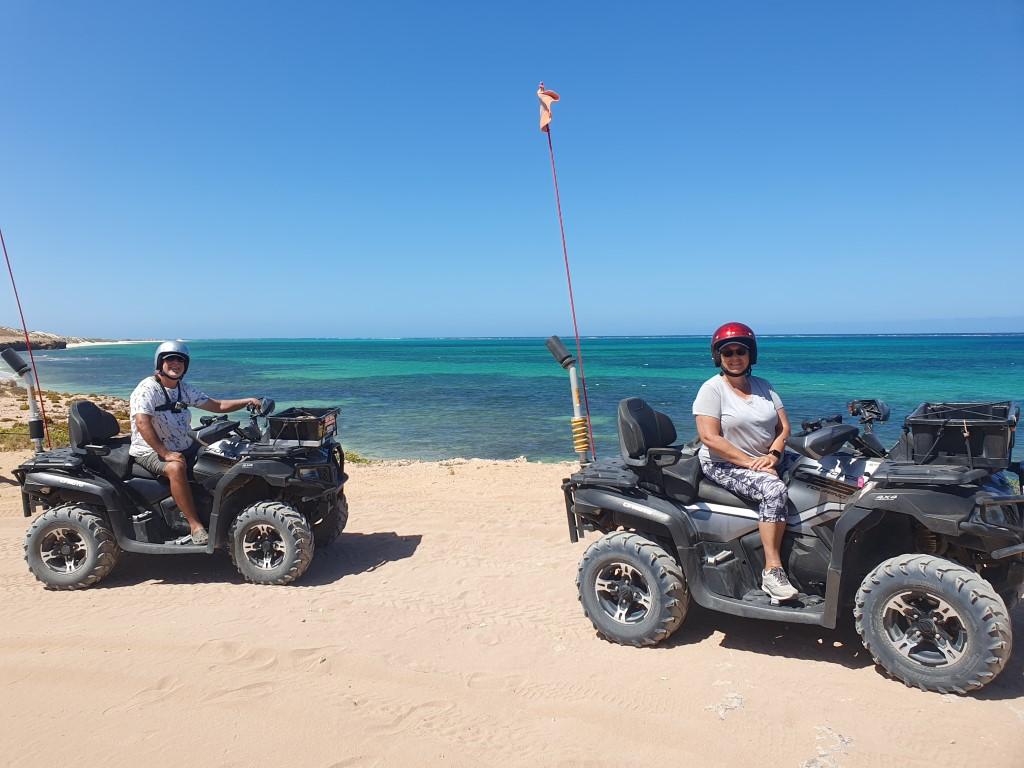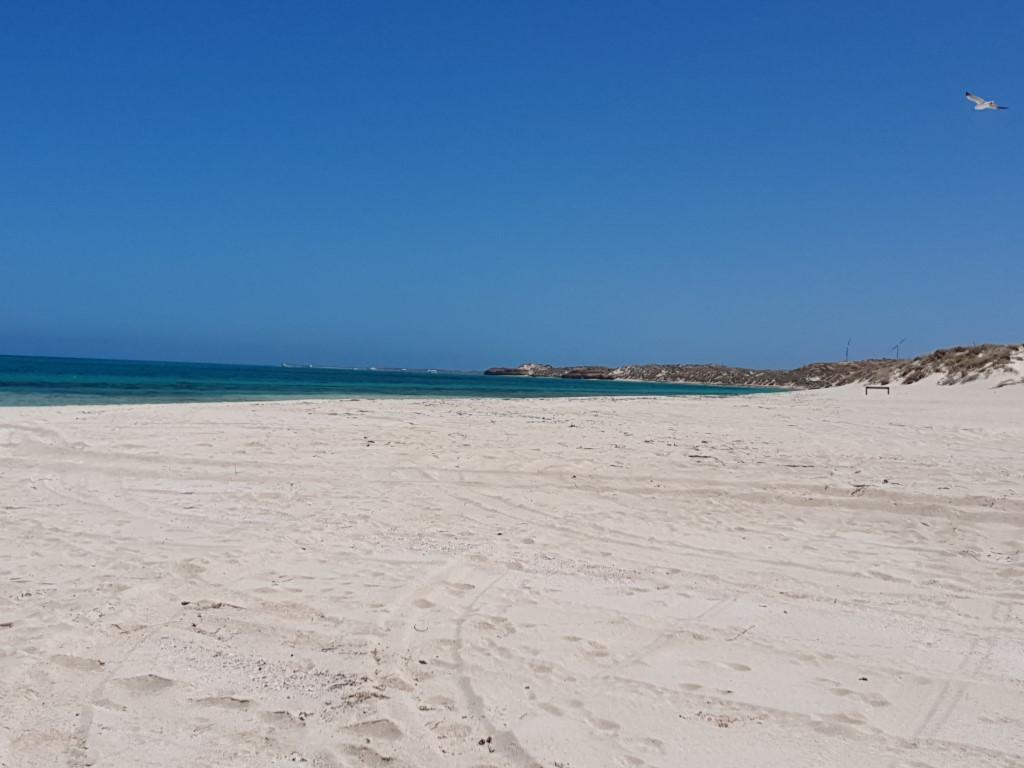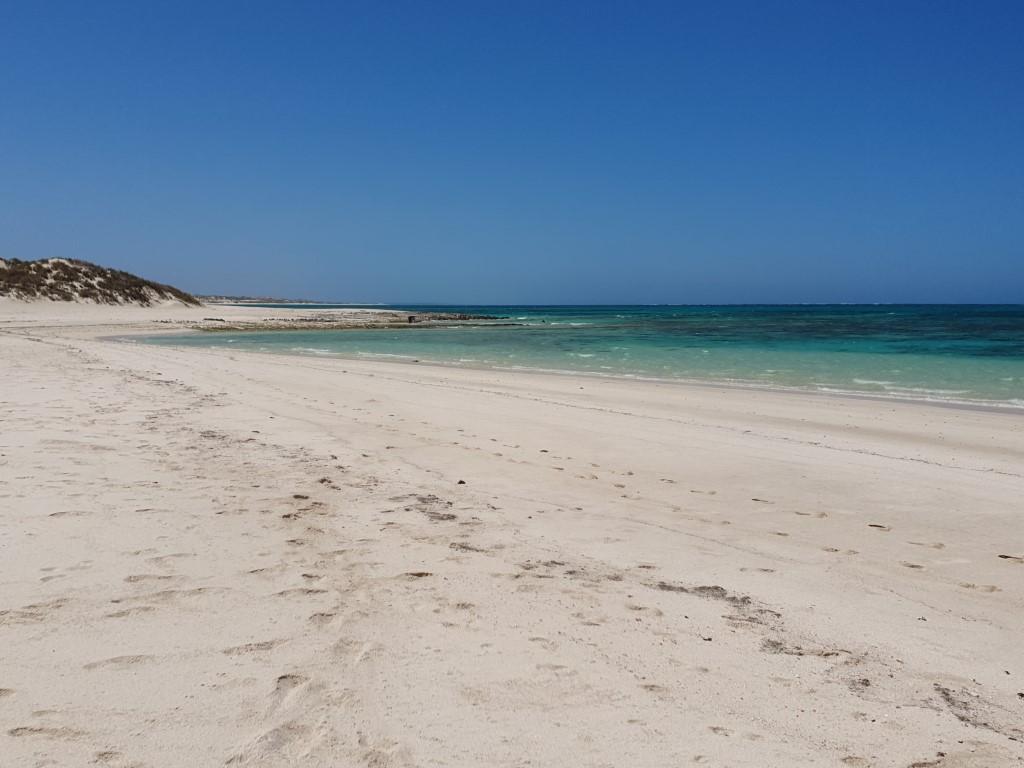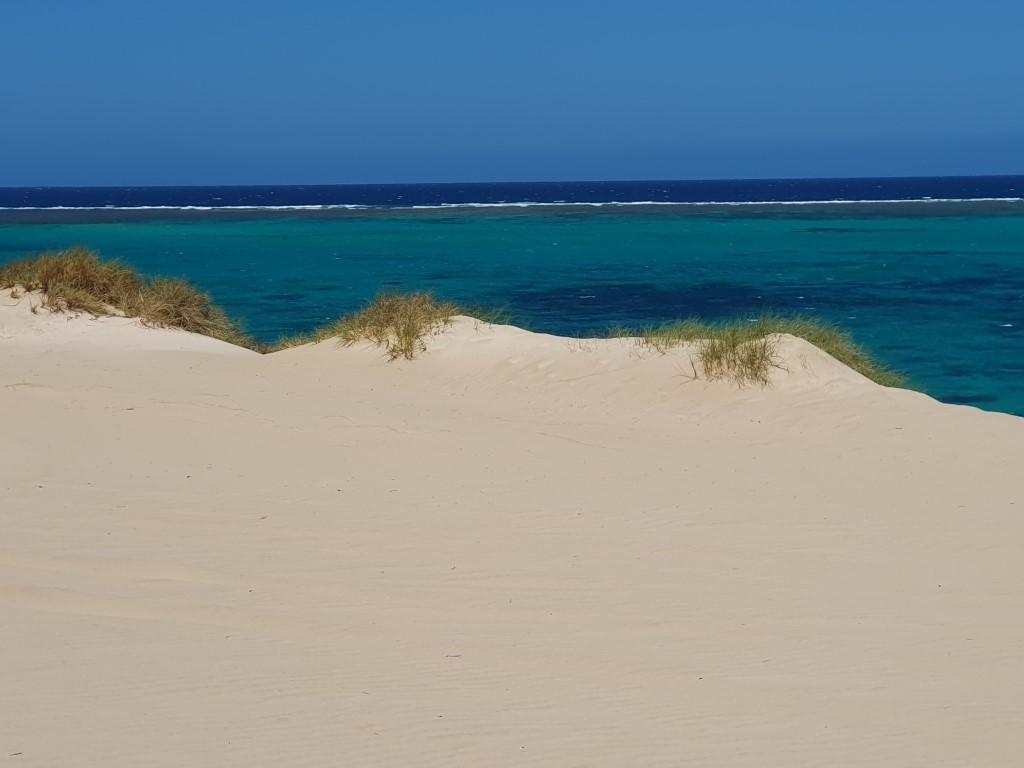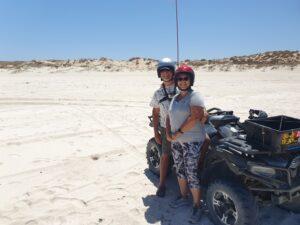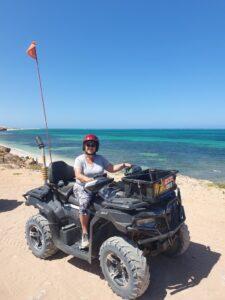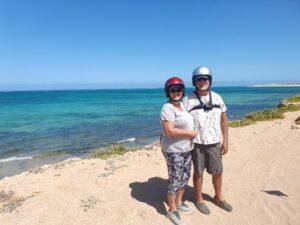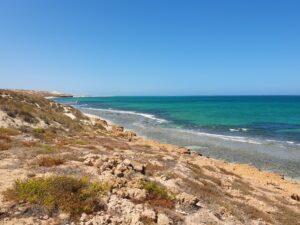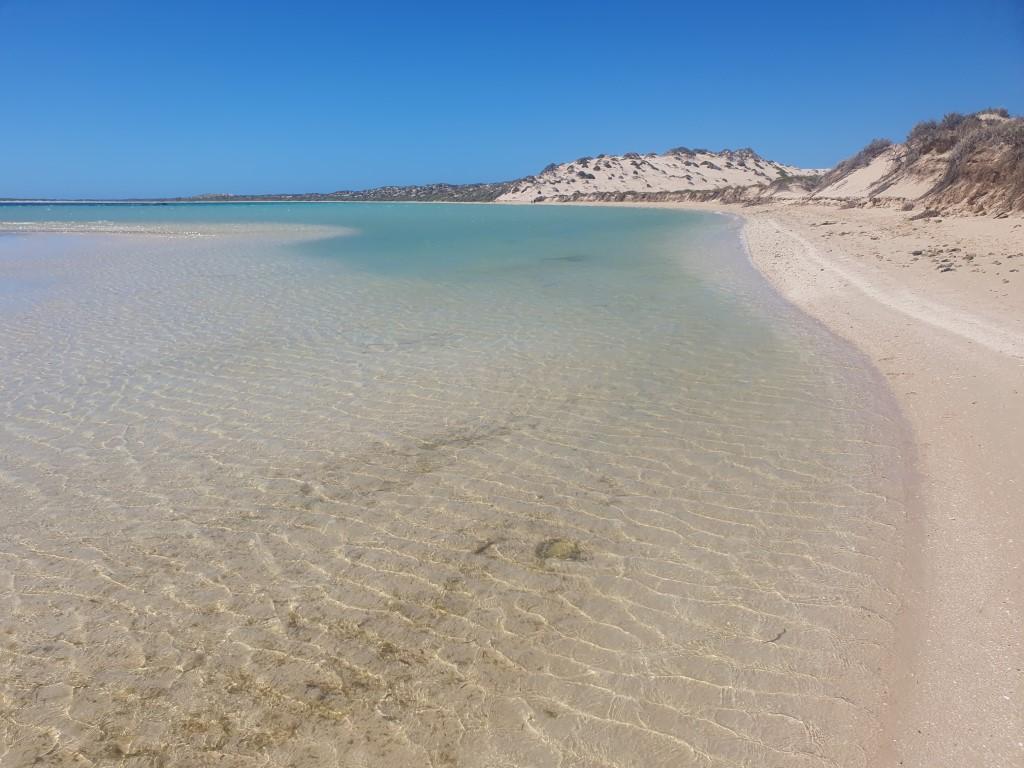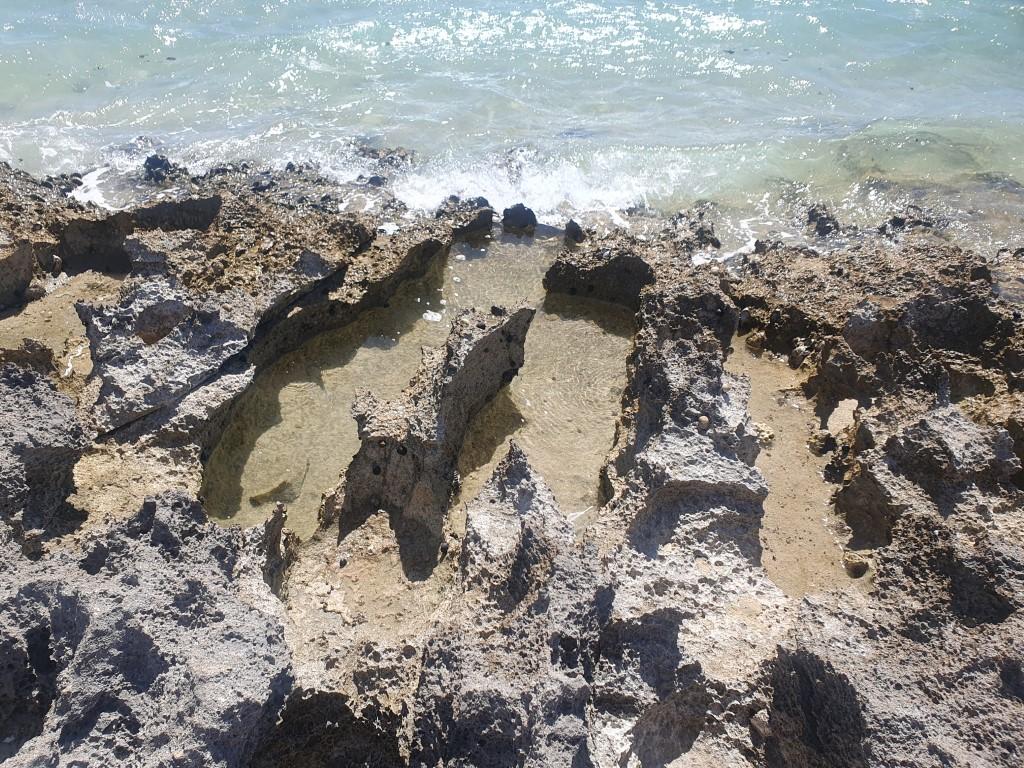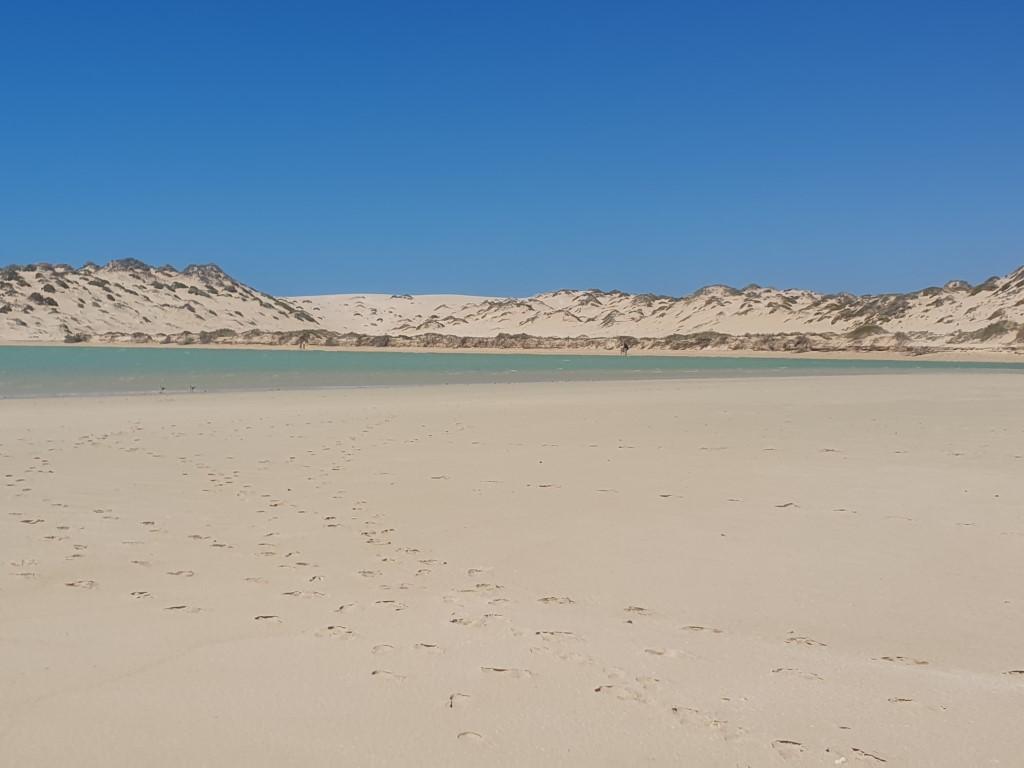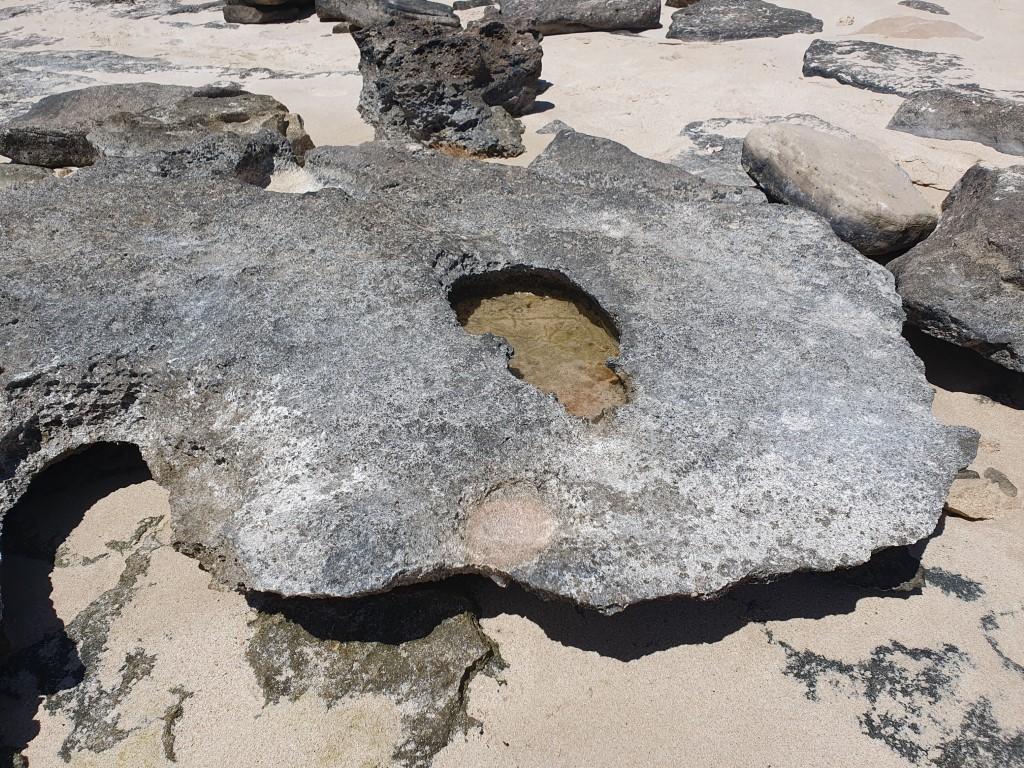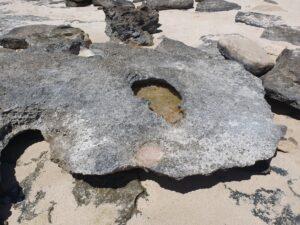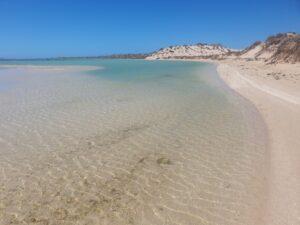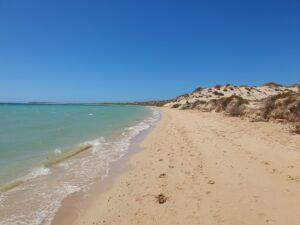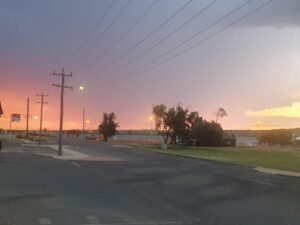
So after the delights of Denham and our overnighter at Meadow and the Billabong Caravan Park we finally pulled into the fabulous Kalbarri. We didn’t know that it was fabulous at the time but our stay there proved to be one of the best stays of our trip and has left memories that will last a lifetime.

The first thing about Kalbarri is that it is still rather remote being off the major highway some 50km or so. But even so… it is not that far from Geraldton, which being a fairly large town heralds the fact that you are starting to leave the remote north of Western Australia. The landscape driving in is still the dry, arid scrub of the north but you can start to see glimmers of a changing landscape as you head south.
The Murchison River has it’s mouth in Kalbarri as it winds it’s way along the coastal cliff and finally breaks through to the ocean with a spectacular rocky channel that we passed through twice with Kalbarri Rock Lobster Tours & Charters on a couple of cruises.
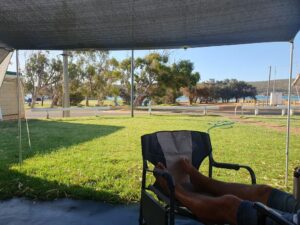
As usual, the Seagulls were already there a couple of days before us and had collared us a site beside theirs in the corner of the park directly opposite the river and the jetty. Absolute premium campsites at the Kalbarri Anchorage Caravan Park. This was promising to be a good stay especially with Yuletide approaching and a bottleshop about 20m away next door.
As it turned out… we invented a new cocktail whilst we were there. Jo had a bottle of Kahlua and Sandy had a bottle of Aperol that they were happily enjoying. Rob suggested combining equal parts of Kahlua and Aperol and thus came into existence the ‘Kalbarri Jaffa’… and it was pretty devastating judging by the effects!!!
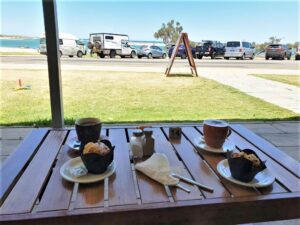
The main street of Kalbarri follows the river with parks and grass on the river side and shops and houses along the other. We stopped in for coffee and a muffin one morning and grabbed the best spot, which was a comfy sofa overlooking the river under the verandah roof. The coffee and warm pumpkin and bacon muffins were pretty good too!
For a small coastal town, Kalbarri well and truly punches above its weight. It has some light industry on top of its obvious tourism appeal. The lobster and fishing industry is huge and very strict with quotas and limits to ensure sustainability.
The only downside to Kalbarri is the visible damage that can still be seen from Tropical Cyclone Seroja in 2021. Most places showing damage are still waiting for materials and tradies, which are difficult to get hold of particularly after COVID.
For a place that we knew very little about other than the name, Kalbarri won a place in our hearts very quickly. It was a special NOT-Christmas Yuletide spent with the Seagulls and enjoying everything there is to do and see in Kalbarri.
Lobster Pot Pull Cruise
So before we arrived in Kalbarri the Seagulls had sussed out Kalbarri Rock Lobster Tours & Charters, which happened to have their boat moored about 150m from our caravan sites. They asked if we were interested in the Lobster Pot Pull cruise and of course we said yes.
This turned out to be the highlight of our stay in Kalbarri. The lobster pot pull cruise was $75 per head (with Senior’s discount) and they take you out along the bluffs and coastline where they have a asmall string of crayfish pots.
Then they start pulling the pots up and extracting the lobsters (crayfish) in them. They measure them and throw back any undersize crays and females with eggs. Then, legally, they have to snip a ‘V’ in the tails of the keepers because they are operating a ‘recreational license’, which means they cannot sell any of the lobsters that they keep (massive penalties apply). They then re-bait the pots to be dropped back in for the next day’s cruise.
At the end of the cruise they keep some of the lobsters for cruise snacks and the rest they divide up amoungst us passengers. We ended up with a dozen crayfish between us, three each!!! Best value cruise EVER!!!
We’re using the words lobster and crayfish interchangably here because they’re generically referred to as Western Australian Lobsters but they are ,in fact, actually crayfish (see the difference between crayfish and lobsters).
The cruise itself was magnificent travelling south past Red Bluff, Pot Alley, Mushroom Rock, Island Rock and Eagle Gorge. The coast is magnificent and the Indian Ocean crashes in on it relentlessly with magnificent plumes of sea spray.
We also got to learn an after-story from the wreck of the Batavia on the Abrolhos Islands, west of Kalbarri, and all the ensuing murder and debauchery that occurred there. It seems that two of the mutineers (Wouter Loos and Jan Pelgrgom De Bye) who confessed were not executed but were instead marooned on the beach at Wittecarra Creek. They unwittingly became the first known European inhabitants of Australia. Their fate is unknown.
Kalbarri has the most amazing river mouth channel. Where the Murchison River meets the ocean there are two opposing rock ledges on either side that form a channel. To get into the Murchison River you need to approach the channel from the northern end and then turn into the channel which is transverse to the waves. You then need to run the channel in a southerly direction until you reach then end and then do a full 180° U-turn around the opposite rock ledge to turn into the river.
We did this channel entry twice with the Kalbarri Rock Lobster Pot Pull and Sunset Cruise and it’s a truly amazing piece of boating. The Lobster boat has a really gutsy turn of speed and the skipper completely floors it through the channel as the waves are a bit crazy due to the shape and direction of the channel.
The video below shows us going through the channel and also includes a pleasure boat coming through the channel from a land view perspective. It’s quite a thrilling and unique natural harbour entry.
Sunset Cruise
We enjoyed the lobster pot pull cruise so much that we decided to go back the next evening for a sunset cruise. Kalbarri Rock Lobster do an evening cruise along the coast (no pot pull) that takes in the magnificent coastline as the sun goes down and the light changes over the red rocky cliffs and bluffs.
Kalbarri Rock Lobster do a fantastic job of this even down to the music playlist, which was upbeat but chill and the perfect to our BYO beers and bubbles and took it all in. The operators are full of good stories and interesting facts and after having done two trips with them we felt like they were old friends. They have an enviable lifestyle…
There’s a spot just south of Kalbarri called Jakes Point (Jakes Corner) where a rock ledge juts out into the ocean. This ledge causes the incoming waves to bend around the corner creating a very attractive break that attracts surfers. They can leap in of the ledge and barely have to paddle out to meet the oncoming waves (about the 1½ minute mark in the video below).
We absolutely loved our cruises with Kalbarri Rock Lobster Tours & Charters. At $125 for two cruises with 3 lobsters each from the pot pull how could you be disappointed…
So… with Christmas approaching and being away from home and family, Jo agreed to celebrate a NOT-Christmas with Rob. THe Seagulls, having no religious inclinations, were also happy to celebrate Yuletide instead of Christmas.
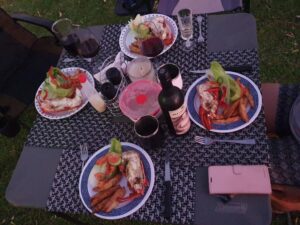
It was actually very relaxing and stress-free preparing a Yuletide feast away from the trappings and customs of Christmas. Rob and Gary had previously cooked the lobsters from the pot pull cruise, to be flash BBQ’d for lunch and served with wedges and salad. Gary even went to the effort of making trifle for dessert.
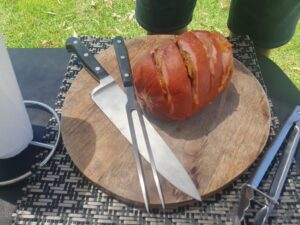
The evening meal was a small BBQ’d ham with broccolini and roasted vege’s from the air fryer. Of course, most of the time before during and after meals was taken up with drinking as well as a well contested games of Finska (also known as Möllky). A close-fought battle amongst all contestants with Gary taking honours on the day…
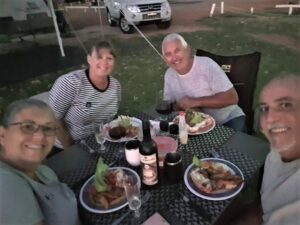
As enjoyable as family Christmases are… it was truly wonderful to do a NOT-Christmas and celebrate Yuletide with our good friends, the Seagulls (Sandy and Gary), on the road.
Driving south along the coast from Kalbarri provided us with a land-side view of the rugged coastline that we had previously seen from our sunset cruise…
Natural Bridge & Island Rock
Our first stop for the day was Natural Bridge and Island Rock. The sandstone cliffs are comprised of a type of sandstone called ‘tumblagooda‘ that features red and white striped layers. These layers weather away to create stunningly beautiful cliffs with numerous inlets and features not disimilar to the apostles on the Great Ocean Road in Victoria.
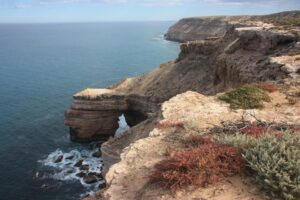
The two major features here are the Natural Bridge and Island Rock. Natural Bridge is a magnificent rock arch similar that we could see from the lookout above jutting into the ocean. It’s sad to think that the roof will one day collapse into the sea but that will of course end up in creating a new sea stack as we were to soon see at Island Rock near by.
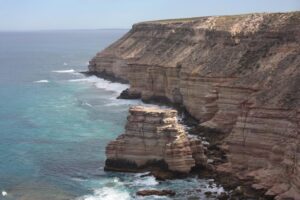
Island Rock is a massive sea stack that would once have been a natural arch. It is now a flat top column separated from the cliffs beside it. The layered rock is very apparent giving the column the appearance of a stack of pancakes or a round tower stacking puzzle.
Eagle Gorge & Pot Alley
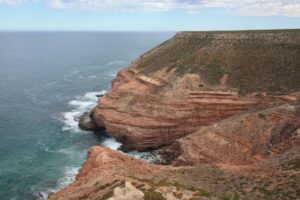
Driving back towards Kalbarri is Eagle Gorge, which towers above Pot Alley, a small beach inlet in the cliffs. The cliffs at Eagle Gorge are over 100m high and provide and are a good place for whale watching during the migration season. We were content to watch a few pods of dolphins hunting along the rock shelfs below. Occasionally one or two would leap above the water and you could tell that they were chasing fish.
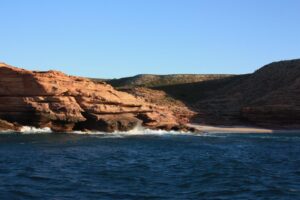
Tucked in from Eagle Gorge is Pot Alley, so named by the local cray fisherman by the number of lost cray pots that end up being washed up on the small beach there. We learnt this from the skipper of our Kalbarri Rock Lobster Pot Pull Cruise. No doubt they’ve lost a few to there as well.
Mushroom Rock & Red Bluff
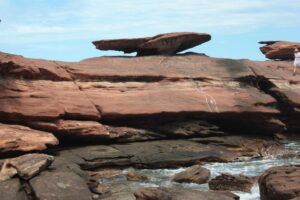
Closer to Kalbarri is Mushroom Rock and Red Bluff. Mushroom Rock is, as you would expect, a large flat balancing rock situated on ledge a few metres above the water. It’s really impressive in terms of it’s size and how much area the roof covers compared to the base.
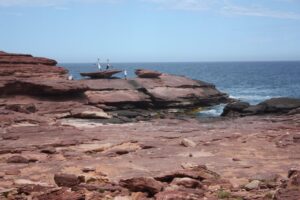
The walk down to Mushroom Rock was quite long and steep with a few rock scrambles and a tricky ledge above the water. Once again we we lucky to have it to ourselves. A few others had made the trek and were doing handstands on the top for instagram posts… However they were kind enough to move on after we arrived and let us do our own exploring and snapping.

After Mushroom Rock we headed on to Red Bluff, which towers out of the sea before Wittecarra Creek, where the two Batavia mutineers were exiled and marooned. Red Bluff was the site of yet another Dutch shipwreck, the ‘Zuytdorp‘. Almost a century after the murderous Batavia shipwreck, also en route to Batavia (Jakarta), the Zuytdorp ran aground off Red Bluff in 1711. It is unknown what happened to the survivors but artefacts were found atop Red Bluff suggesting that some made it ashore and climbed the cliffs.
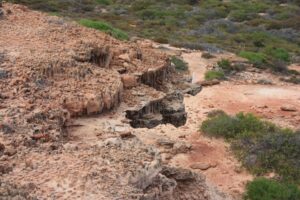
There are theories that some must have survived and joined with local indigenous people based on blonde haired aboriginal people and some genetic record of specific European diseases in some indigenous people. It is not conclusively proved though.
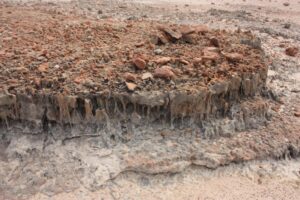
None the less, Red Bluff is a beautiful place to look out on the ocean and imagine the tall masted Dutch East India Company (VOC) ships plying their routes to Batavia for the highly lucrative spice trade. Australia (New Holland) was well known to Europe long before Cook’s voyage and it is quite amazing that the Dutch largely ignored Australia thinking that it was a barren and useless place.
Z Bend
Kalbarri National Park is home to some pretty spectacular scenery. Lesser known that the Kalbarri Skywalk and Natures Window is the Z Bend, a beautiful part of the Murchison Gorge that takes its name from a sharp turn in the river and gorge. This was our first stop for the day.
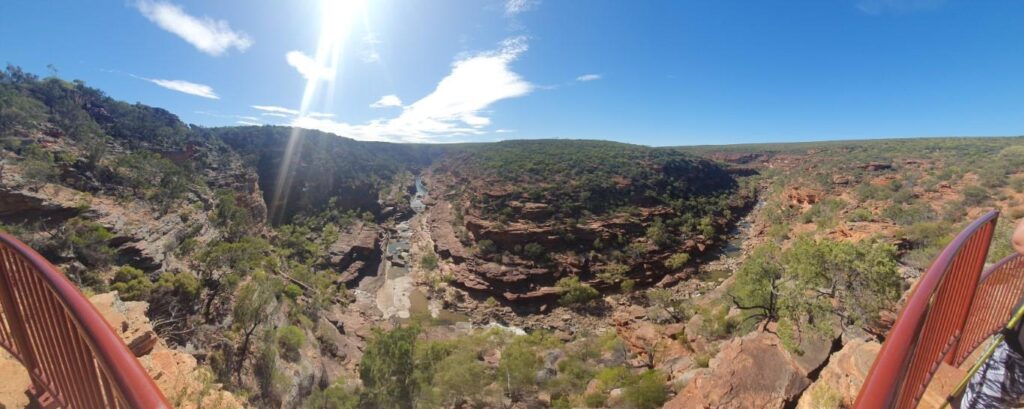
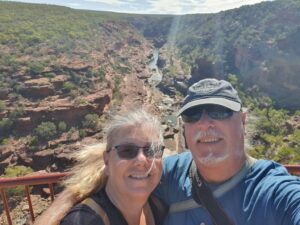
Given the heat that day and the need to conserve time and energy for the other sights we elected to do the 600m walk down to the lookout instead of the 6km return trip all the way down to the river. The short hike wasn’t overly strenuous but well worth the effort to take in the glorious scenery beneath the deep blue sky. Having taken in a few eyefulls from the Z Bend lookout we trapsed back to the car and drove on to the…
Kalbarri Skywalk

The Kalbarri Skywalk is one of the major spots to visit near Kalbrri. The massive twin U-shaped steel platforms jut straight out from the cliffs edge over the Murchison Gorge providing spectacular views of the Kalbarri Skywalk.
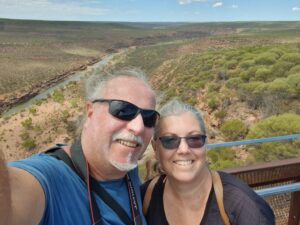
With both of us being terrified of heights it was only natural that we both forced ourselves out onto both platforms to take in the sweeping and majestic panoramas. In truth, the platforms weren’t as scary as we thought they would be but they still brouhgt back memories of a similar glass floored walkway that we did on the Icefields Parkway in Canada back in 2016.
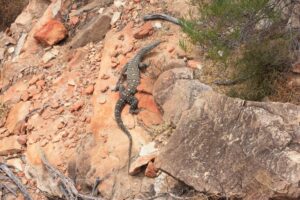
We were also lucky enough, after a tip-off from a ranger to see a juvenile perentie sunning itself on the rocks close to the edge of one of the platforms. He was a stunningly handsome fellow who just sat there posing for us while he did nothing in particular, as monitor lizards do…
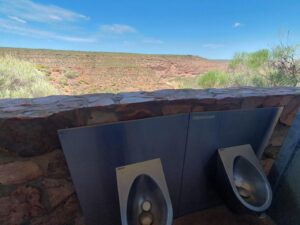
One of the quirkier features at the Kalbarri Skywalk are their loos with a view. The Men’s urinals are built on the edge of the cliff and look out over the gorge so that you can still enjoy a viewing experience whilst emptying your bladder. A very unique and satisfying experience in more ways than one.
The skywalk is brilliant piece of engineering and a perfect way to view the gorge, which has that very typical arid scrub landscape cut through by the stunningly blue Kalbarri Skywalk. It’s probably the jewel in Kalbarri’s crown… and then you drive on to Natures Window…
Natures Window

Only a short drive from the Kalbarri Skywalk is Natures Window. It’s an amazing ‘hole in a rock’ that has been eroded by wind over a long time. The surrounding is a beautifully stratified red-brown colour that contrasts nicely with the very blue Murchison River and green scrub down below.
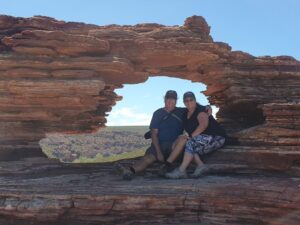
The hole itself looks quite precarious but provides a magnificent frame to look out over the Murchison Gorge and also provide the ‘happy snap’ that everyone wants to take. This was one of the few places thus far that we had a reasonable crowd of people with us but everybody seemed pretty considerate of each other and waited their turn to photos.
The walk out to Natures Window wasn’t overly strenuous but did require a short scramble around one side on a narrow track that was easily negotiated but could still have catastrophic results if you weren’t careful.
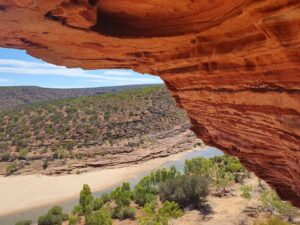
On the way you pass a magnificent overhang that is actually as beautiful as the window itself. The banded ochre-red colour is simply beautiful and a little bit awsome with the steeply raked wall looming over the top of you.
Natures Window is one of the natural features that proves once again that nature is a powerful and potent force capable of the most amazing artwork…

